Heidelberg! Such a cool little town in southwestern Germany on the Neckar River. It is mostly famous as a university town. Heidelberg University was founded in the 14th century and the place, unsurprisingly, has a real student hangout kinda vibe. Lots of cafés, a bit of street art, and I understand they have amazing Christmas markets here. There is also a Literature Festival happening here at the moment, which is adding to the student ambiance – lots of people sitting in cafes reading a book of all things! The red-sandstone ruins of Heidelberg Castle, a noted example of Renaissance architecture, stands on Königstuhl hill and we plan on checking that out if time allows.
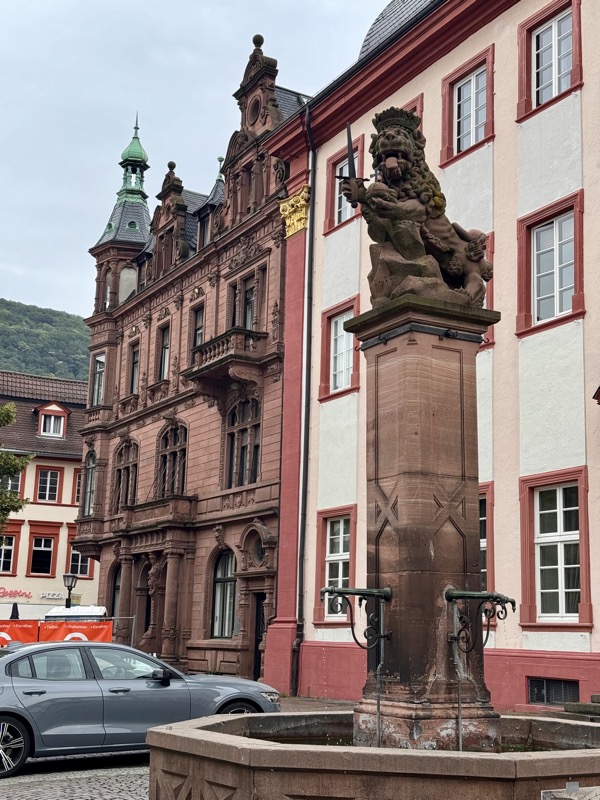
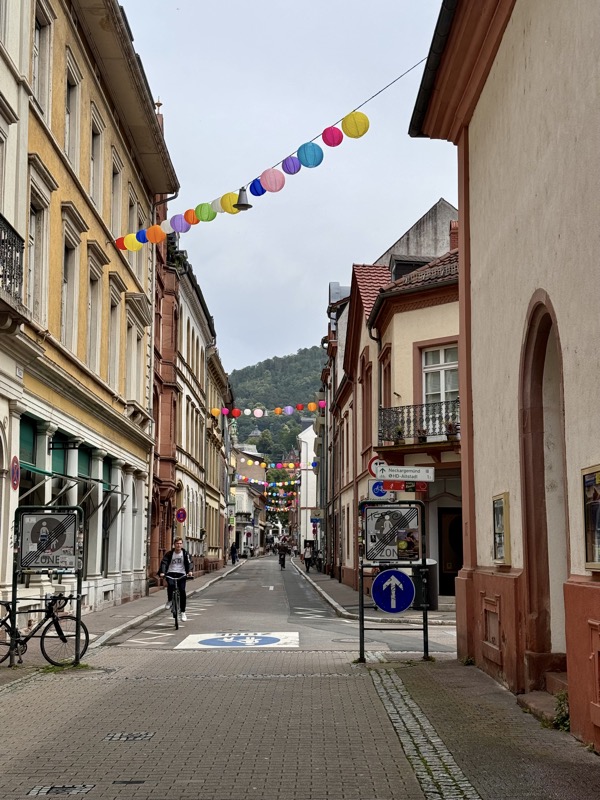
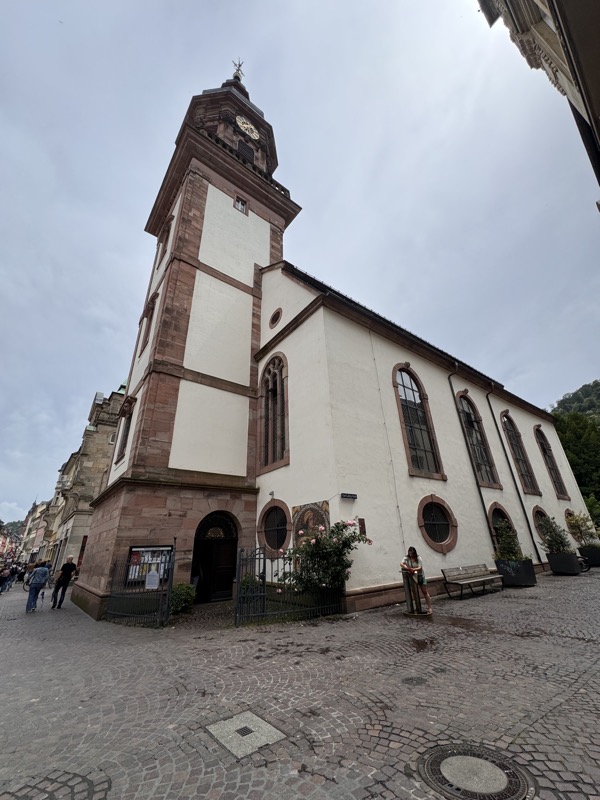
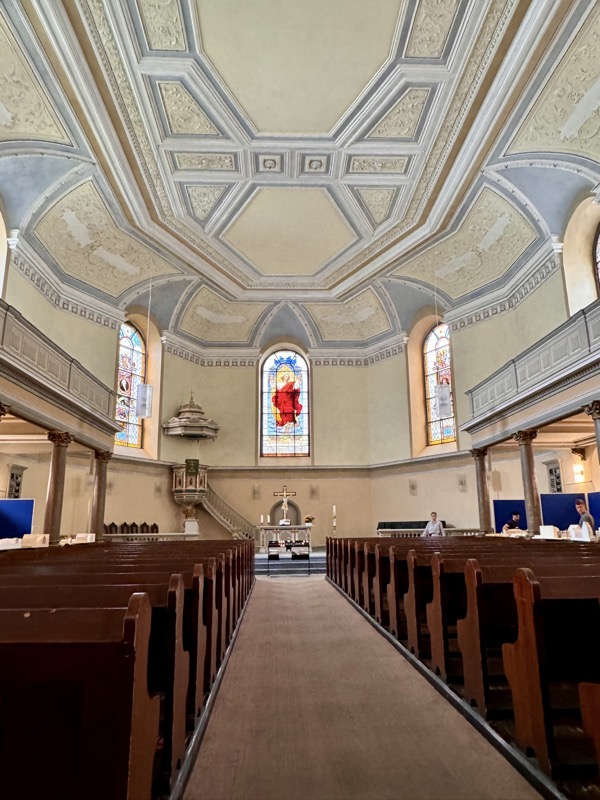
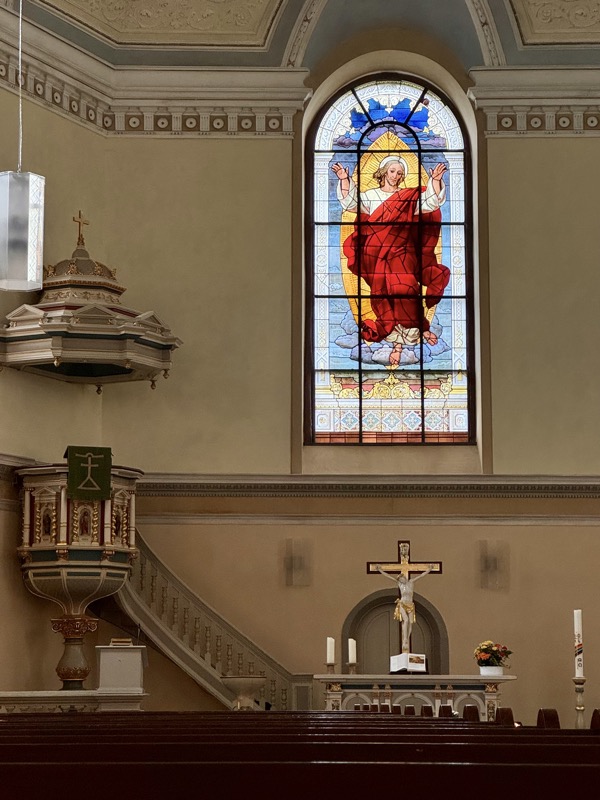
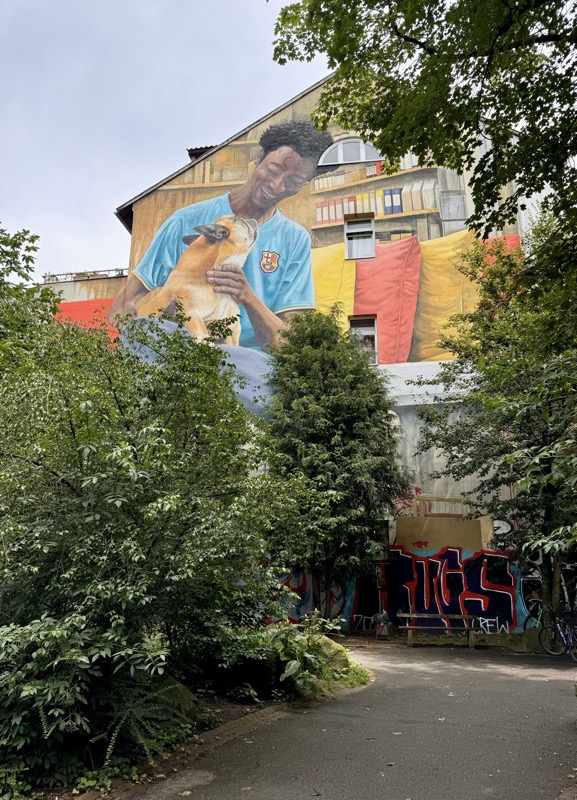
The European Cup is on at the moment and everywhere is football mad. There are bus loads of football tourists everywhere. It’s largely the reason why we are in Germany for this trip – where there is sporting events, there is event transport requirements, which is huge part of what we are doing with our US clients for the FIFA World Cup and the Olympics – study tour ahoy. The Fan Zones are really interesting study in the logistical management of inebriated patrons!

Anyway, Saturday, so sightseeing at the Heidelberger Schloss.
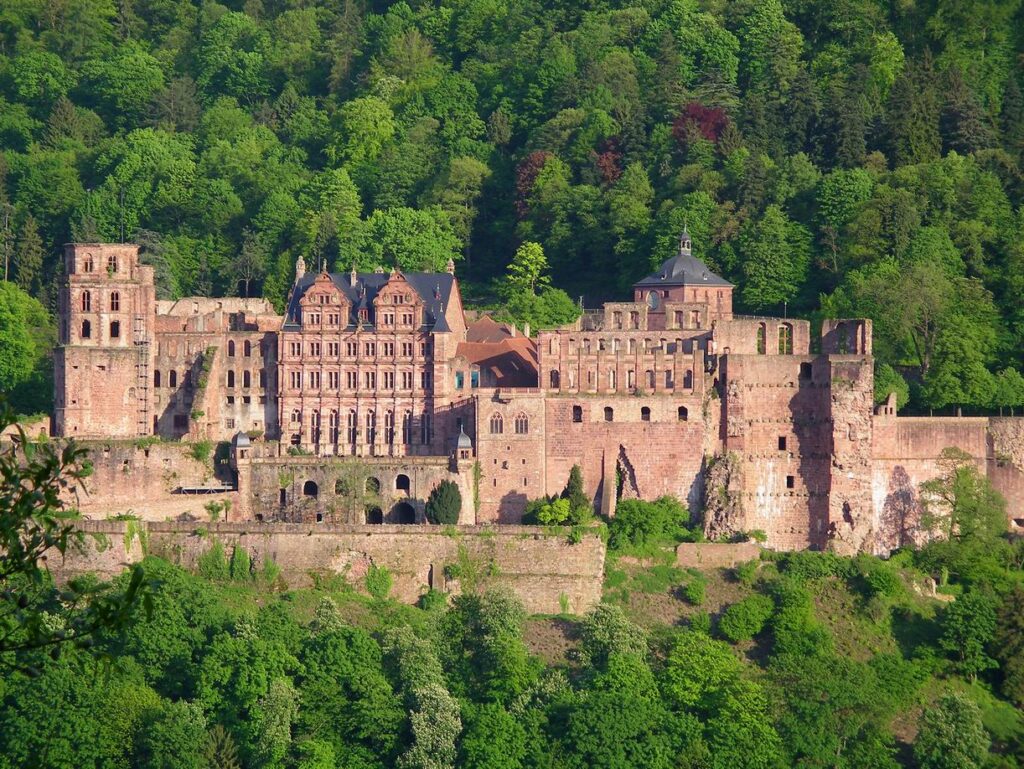
The ruins of Heidelberg Castle dominate the skyline over the town. It has only been partially rebuilt since it’s near total demolition in the 17thC and 18thC. It is about 80m up the northern face of the Königstuhl mountainside and you can’t miss it from the Altstadt.
The earliest part of the castle construction was started back in 1214 and was later expanded into two large castles to hold an ever expanding court in 1294. In 1537 however, a lightning bolt destroyed the upper castle (photos of the split tower of the upper castle are below), and the present structures were then expanded from that time until 1650. The castle copped more damage from the Palapatine Wars and other fire incidents, and would you believe it? Another lightening bolt struck the caste in 1764, this time hitting a gun powder store, which utterly obliterated much of the rebuilt sections.
All of which is to say, that the castle is in various parts, ruins, and a hodge-podge of architectural styles from the different periods through which it was originally built, and then rebuilt after destructive events.
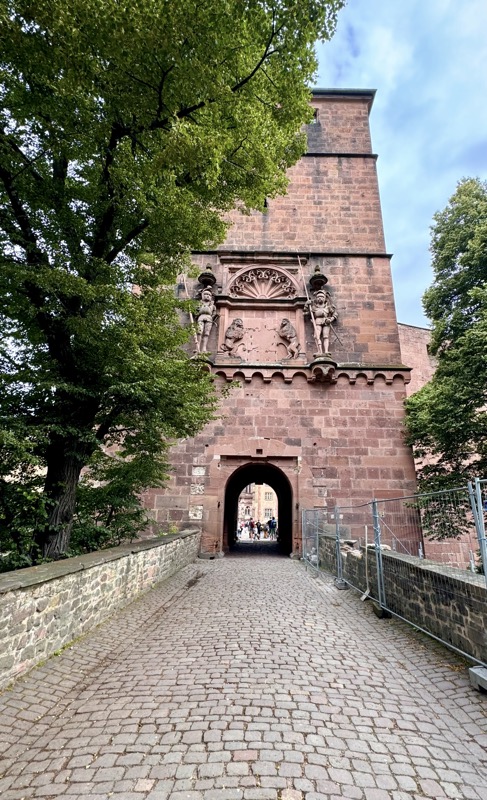
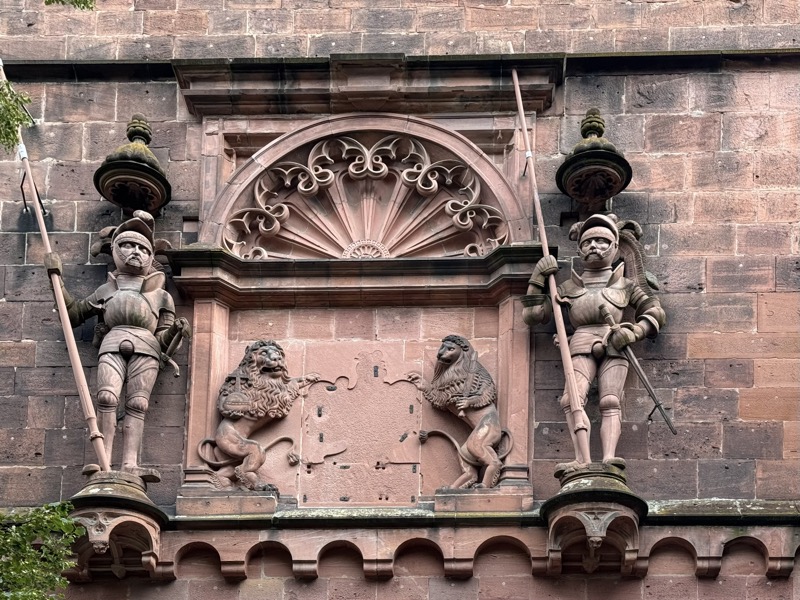
I love these big old fortification doors – with the itty bitty door to let people in and out without opening the whole thing.
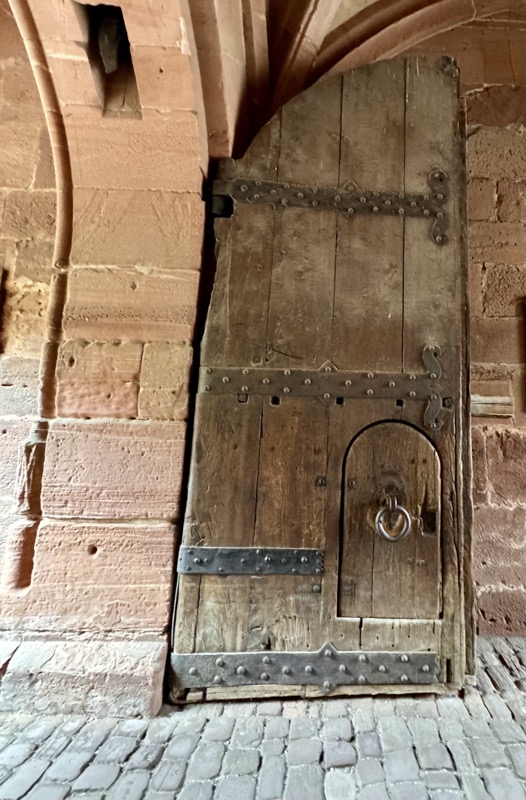
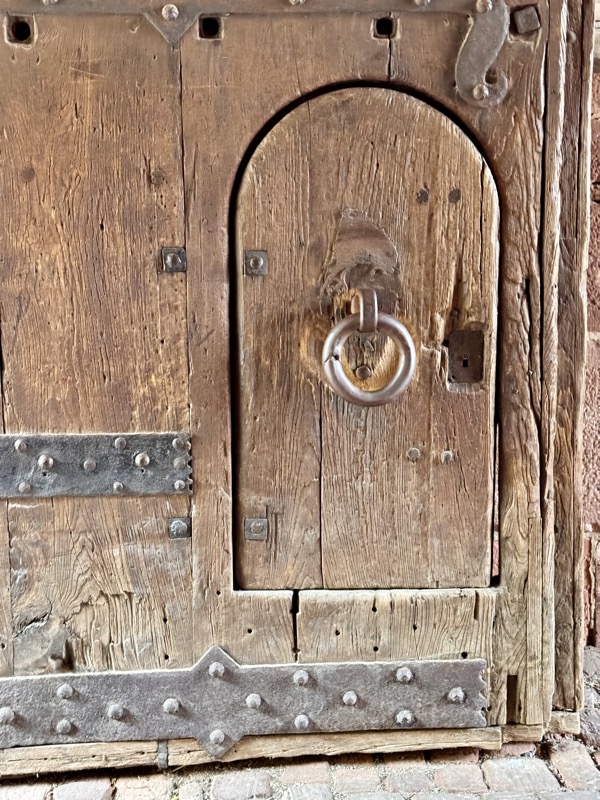
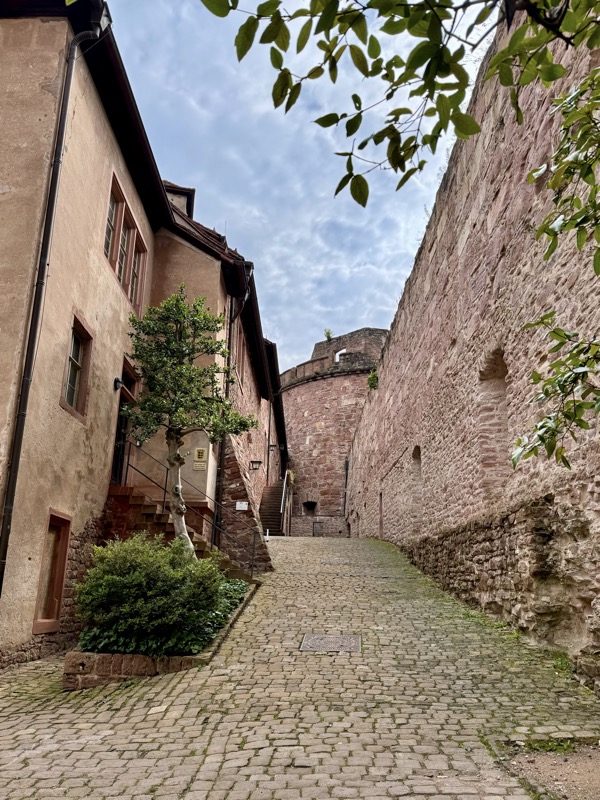
Above: an obviously older part of the original castle.
Below: the later period Ottheinrichsbau courtyard…
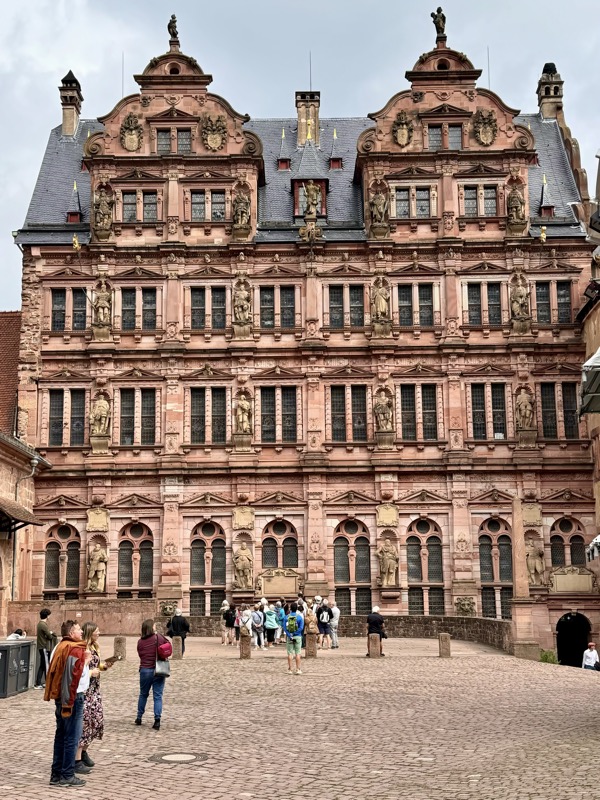
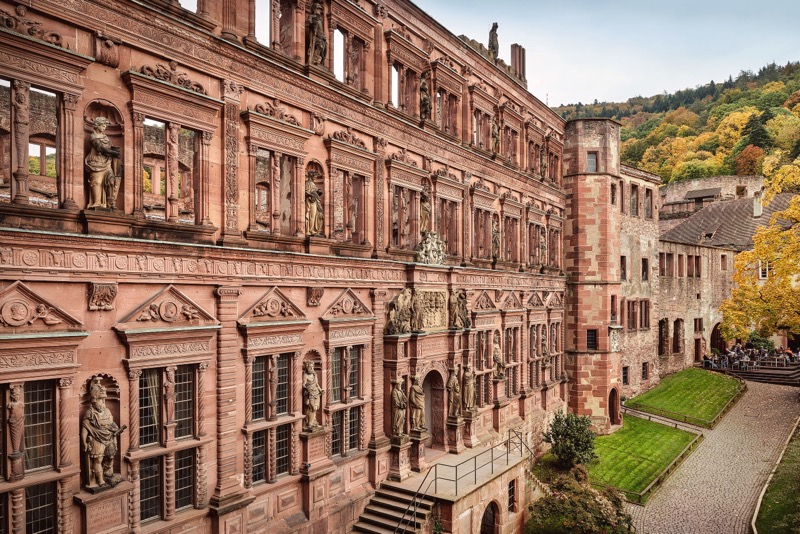
Also inside Heidelberger Schloss is the Deutsche Apotheken Museum – a historical examination of the apothecary’s trade, place of work and products. It follows chronologically through from, traditional medicinal treatments to including a small glimpse at modern pharmacology. At the entrance is a showcase of this beautiful baroque pharmacy interior from the former Benedictine Abbey of Schwarzach (from Rheinmünster in nearby Baden). Beautifully preserved.

As someone with obsessive traits, I absolutely greatly appreciate and adore the orderliness of the apothecary’s store. Everything has its place and it is neatly labelled in delightfully matching jars!
Oooh… *shudder*.
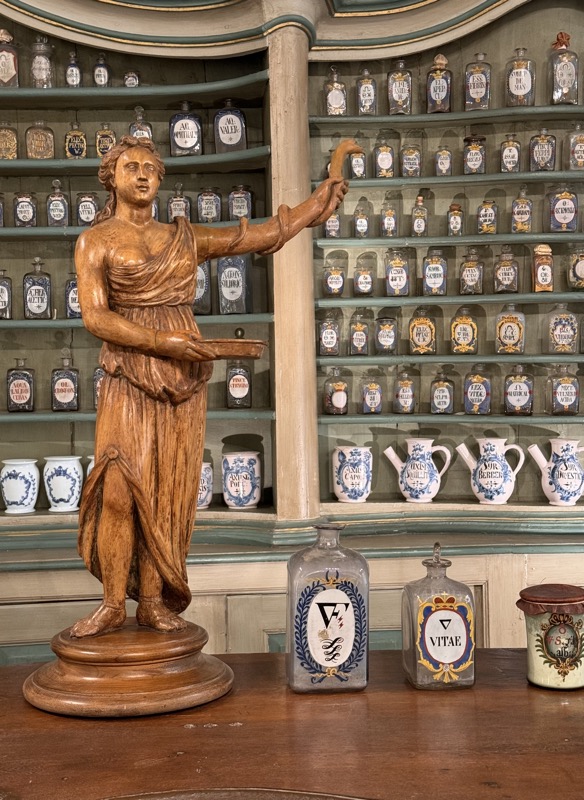
The second elegant pharmacy set up was from the Kronen-Apotheke in Ulm and was built around 1820. The pharmacy owner at the time, Christoph Jacob Faulhaber (1772-1842) had a fondness for fine timber and very precise labels too – bless his cotton socks.
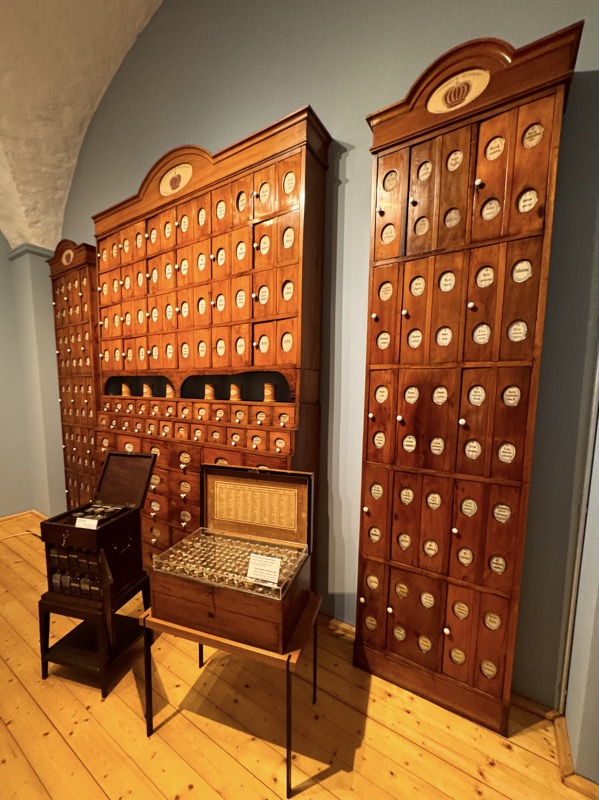
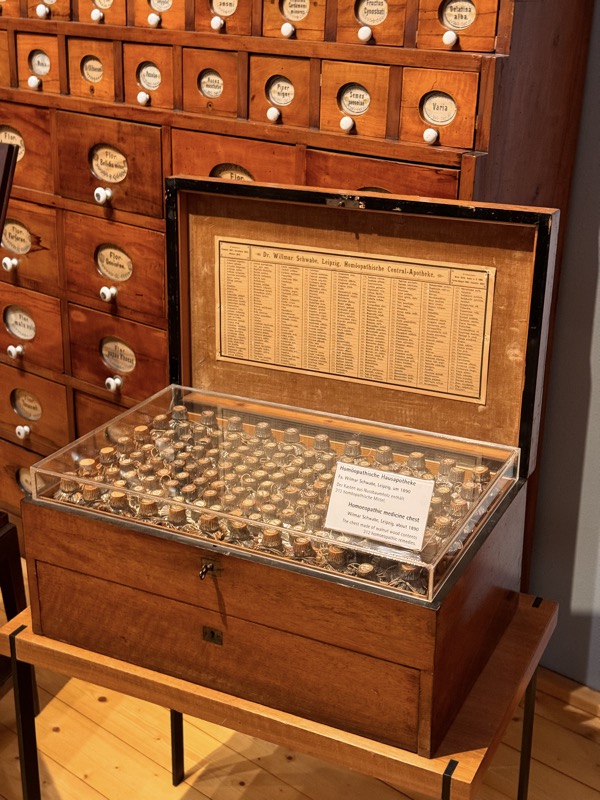
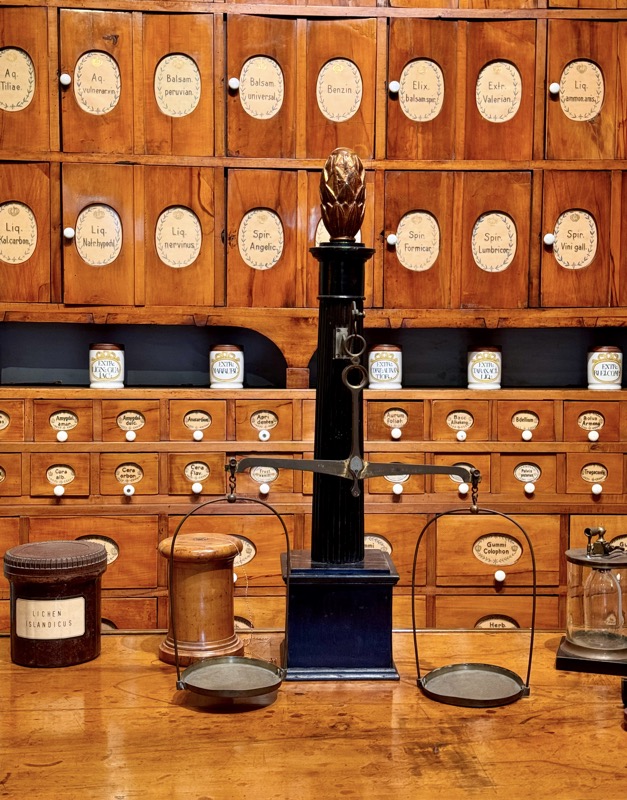
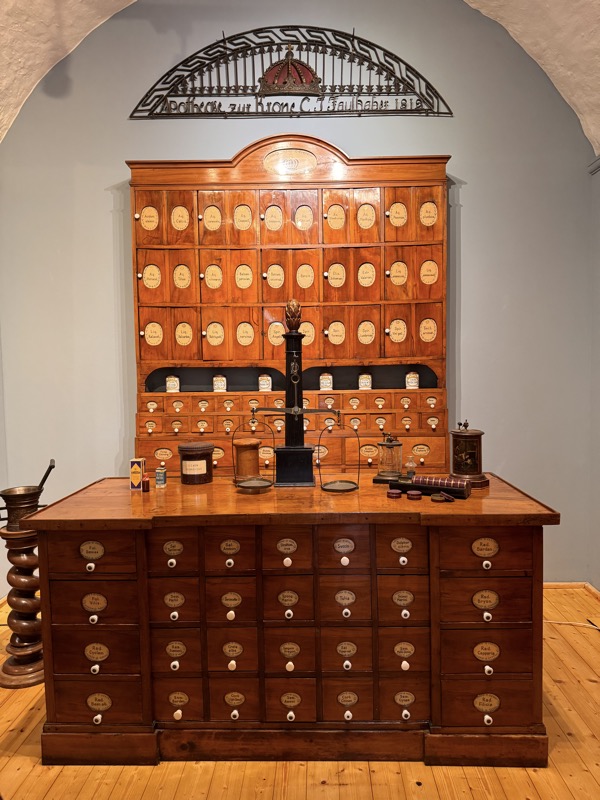
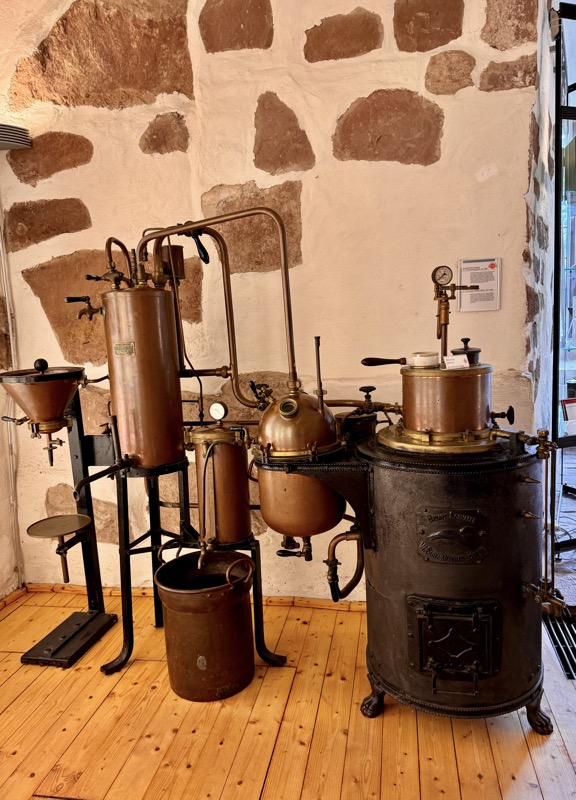
Around the corner from this is a Renaissance room with beautiful support columns that has the Germany Pharmacy Museum (a sort of museum within the museum) that houses an impressive drug collection full of drugs and botanicals. The walls are covered in large display cases that were made in the 1950s, and this part of the museum shares a history of the animal and plant extracts, roots, leaves, herbs and tinctures that were used to treat various ailments throughout history. Every cabinet is stuffed full of secret herbs, mysterious tonics or even poisons!
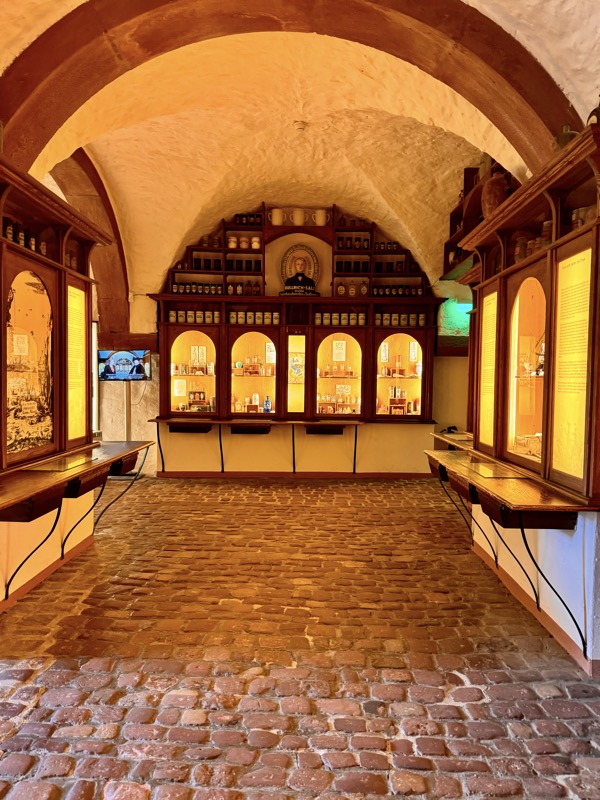
It was very interesting to look through all these old ‘medicines’ and see just how many of them were substances that we 100% now know to be utterly toxic to humans.
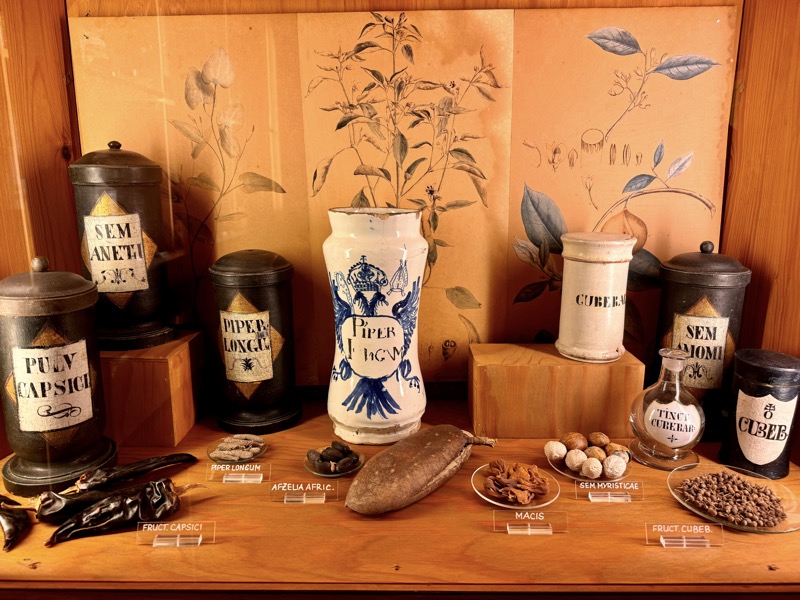
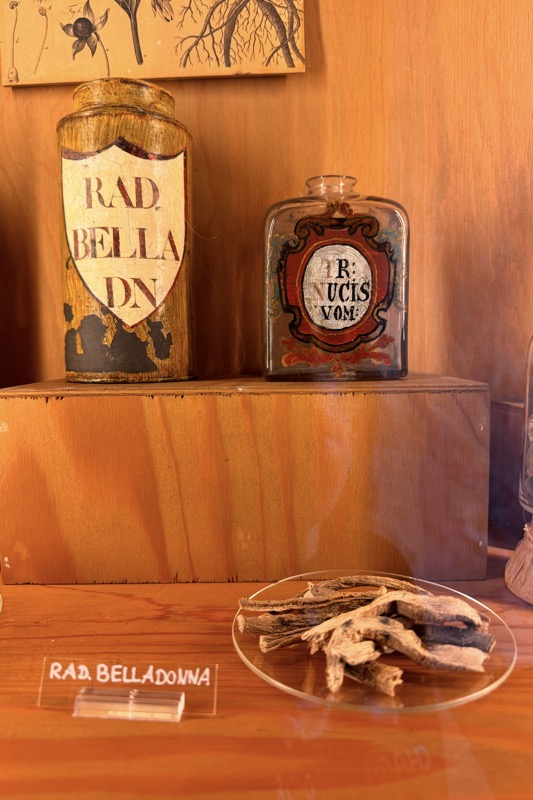
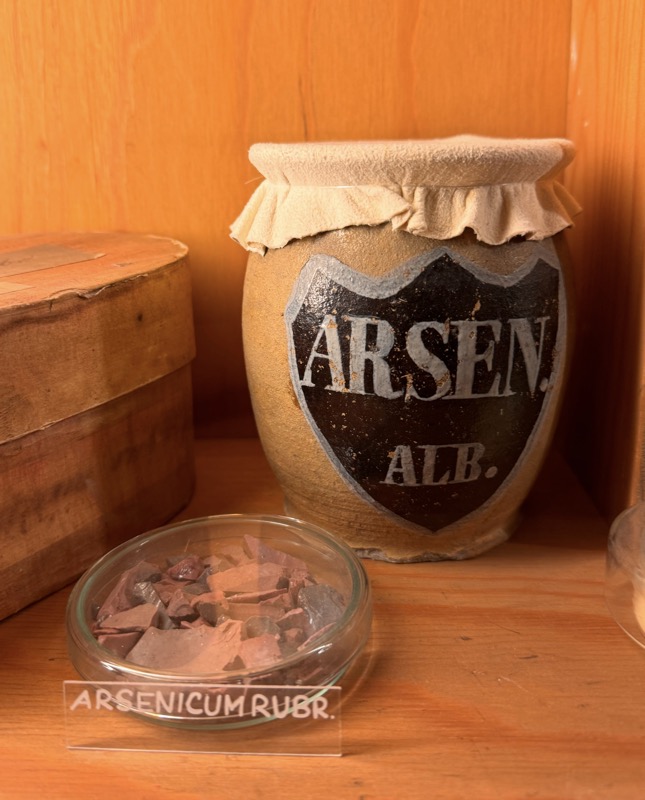
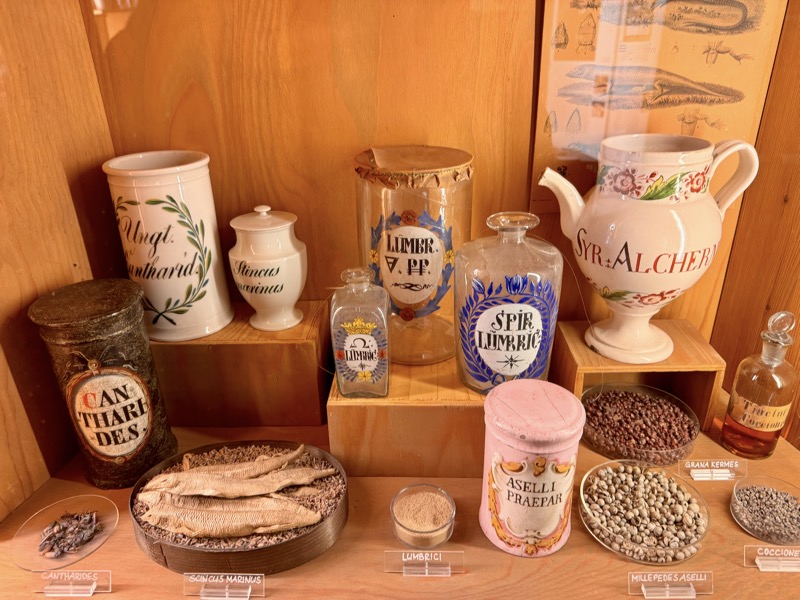
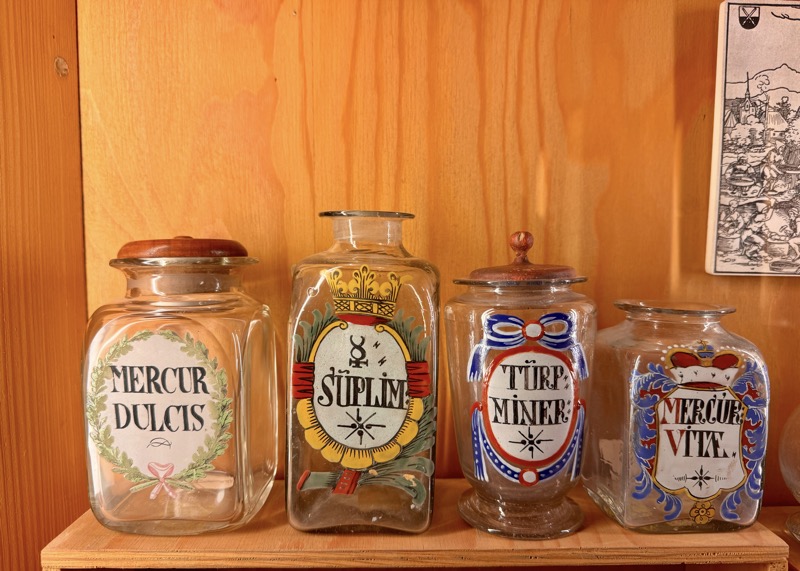
Part of the Drug Museum, had some rather more later period objects – most thanks to the German Bayer pharmaceutical company. Including some early penicillin etc.
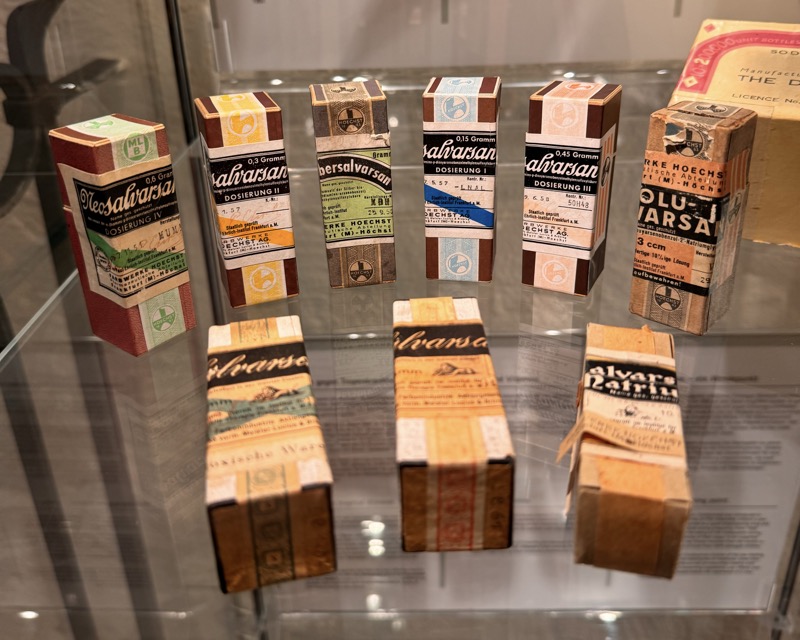
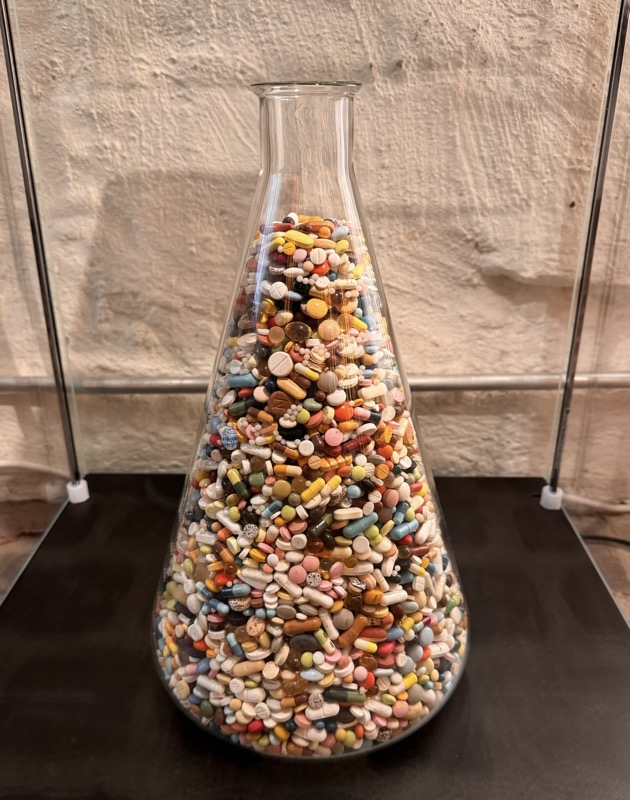
The pharmacy below came from the Ursuline Monastery in Klagenfurt (modern day in south-west Austria). It was from 1730 and is an excellent example the extremely popular gold-framed baroque aesthetic of the time. The shelves are full of typical pharmacy vessels, all very colourfully decorated and coming from all different regions – faience and majolica pieces are everywhere. There are also pewter hot water bottles, and a wide variety of pharmacy equipment: scales, horn spoons, spatulas, mortars and weight sets etc. So orderly!
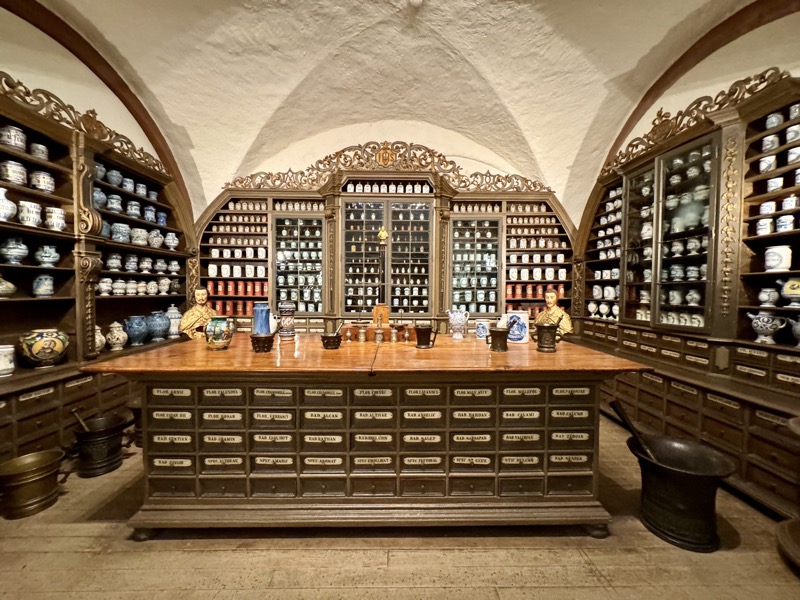
The canisters are beautiful!
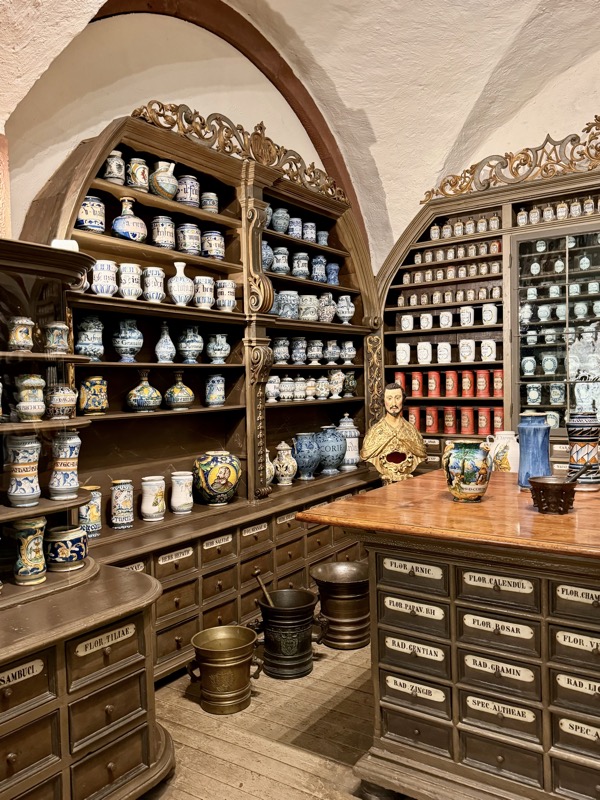
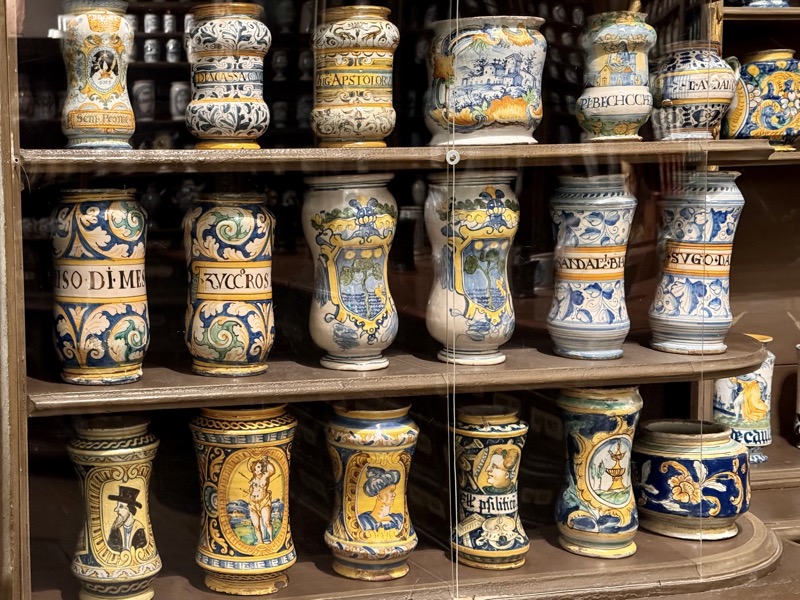

The Herbist’s workshop/Herbarium.
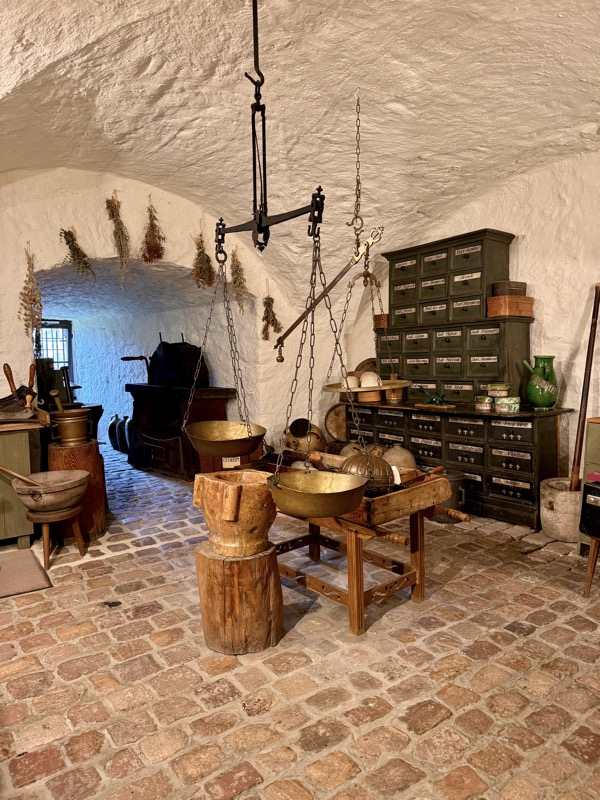
Below is a pharmacist’s workshop, which is well fitted out with equipment and vessels. This installation is an example of an 18thC pharmacy, but this style was used well into the 20thC. The table in the centre of the workshop has a slot in the top, which money can be put into enabling drawers to be opened – which somewhat implies that it was potentially ‘self-serve’ in part? Or perhaps that workers were not trusted to openly access all medicines at any time, maybe?
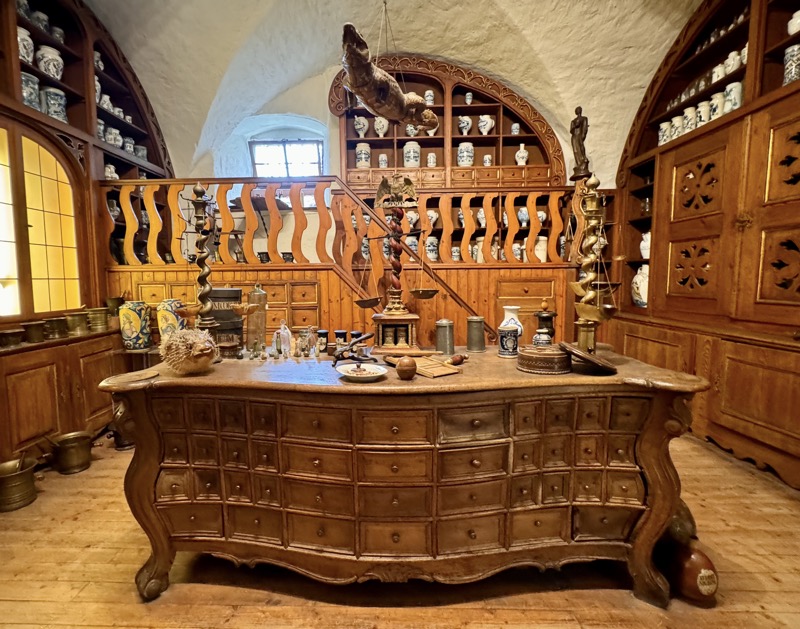
I particularly noted the narwhal tusk (which must have been over 6’ tall/long) and was presumably kept as a novelty of natural history – and hopefully wasn’t used as a medicine?
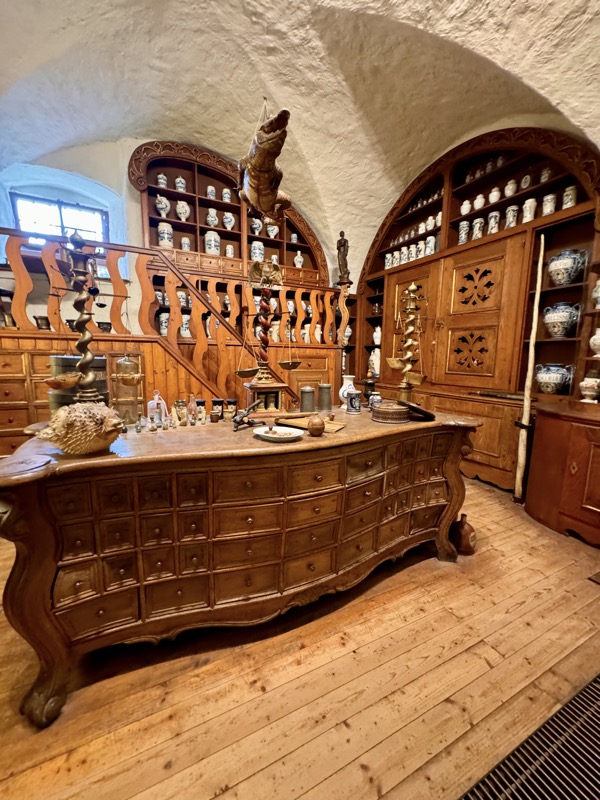
Who doesn’t like a good taxidermied (or maybe more correctly, it’s tanned?) puffer fish. Which started a wee debate about how cool puffer fish are (FUGU!) and Angus had to educate me on the intricacies and ‘how amazeballs’ a puffer fish skeleton is. You learn something new everyday!
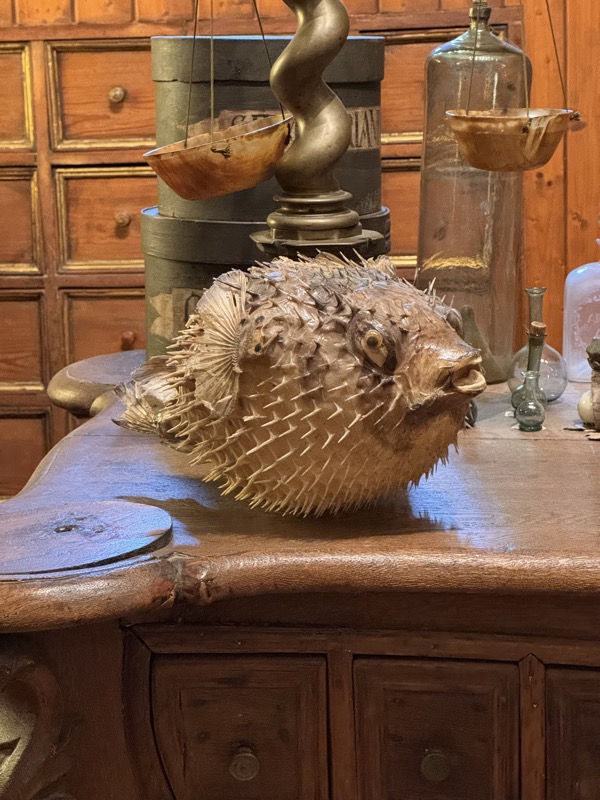

Below is a homeopathic pocket pharmacy from 1836… homeopathy fucking with allogenic medicine for that long – who knew? I always thought it was a recent hippy dippy, ‘I don’t believe in vaccinations’, kinda thing.
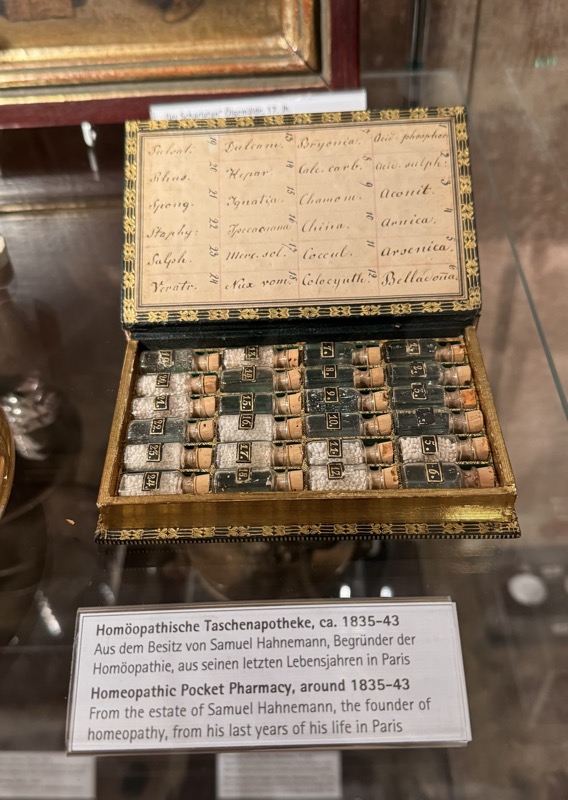
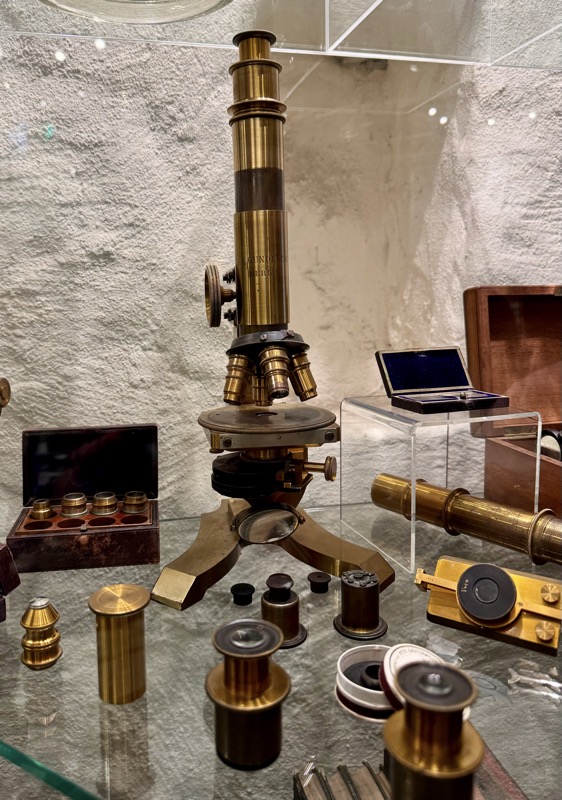
Above: a German microscope c.1869 and various lenses in a kit.
Below: early microscope slides with specimens
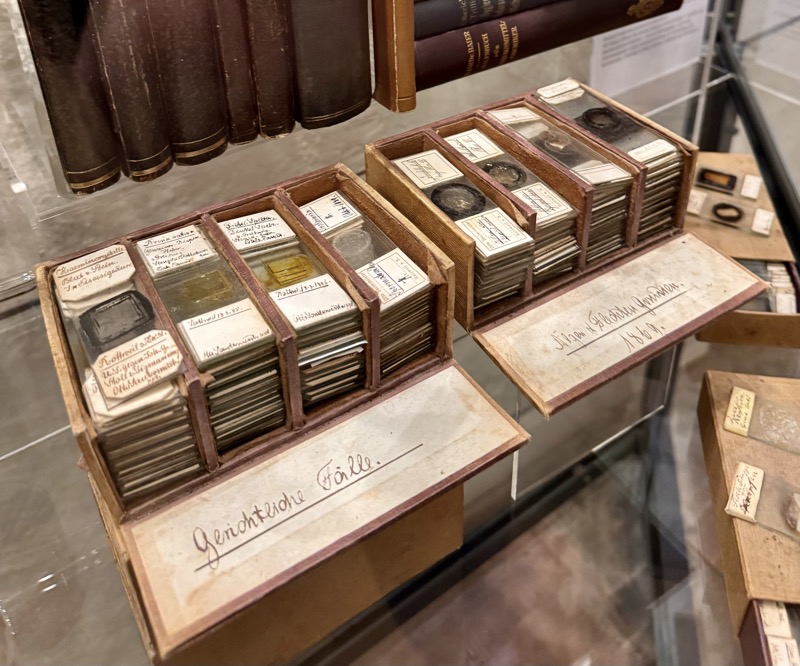
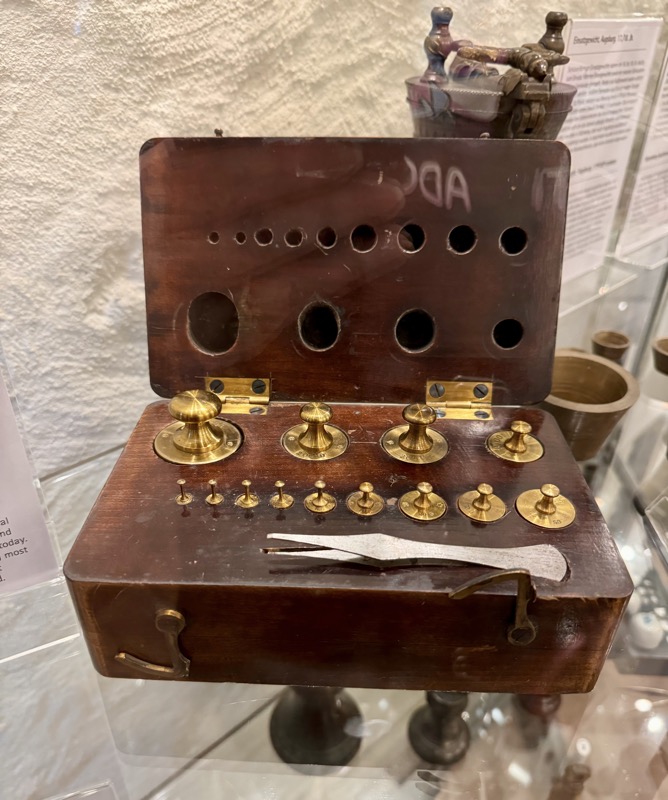
Benzin petroleum as a medicine… from what I could make out, it was used to clean wounds and cuts, and was also good at removing ‘fatty tissue’ >.> which is a bit vague. Additionally, it was good for cleaning out wounds that had had maggots in them… Yeuck!!
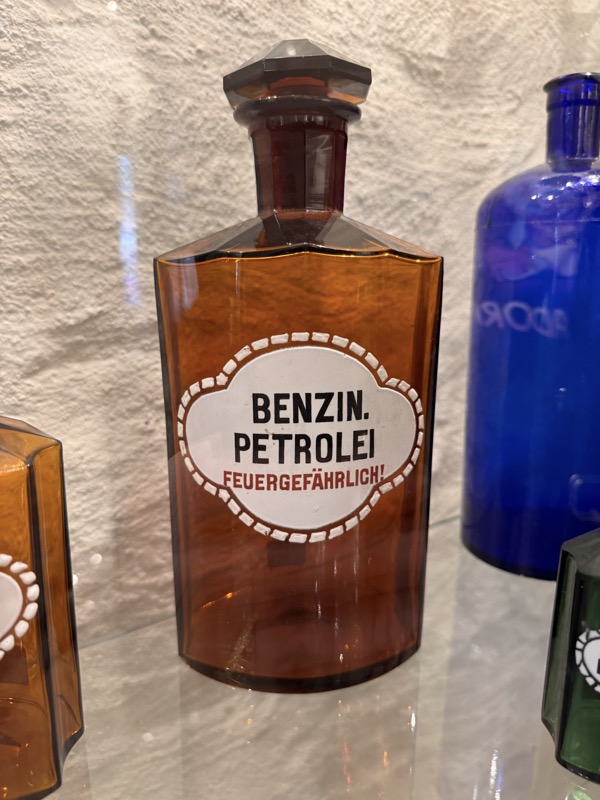
Below is the Augsburg travelling first aid kit that first belonged to a 17thC general. It is made from Ebony and fitted with finely crafted silver furniture, and filled with glass and silver vessels all containing various treatments.
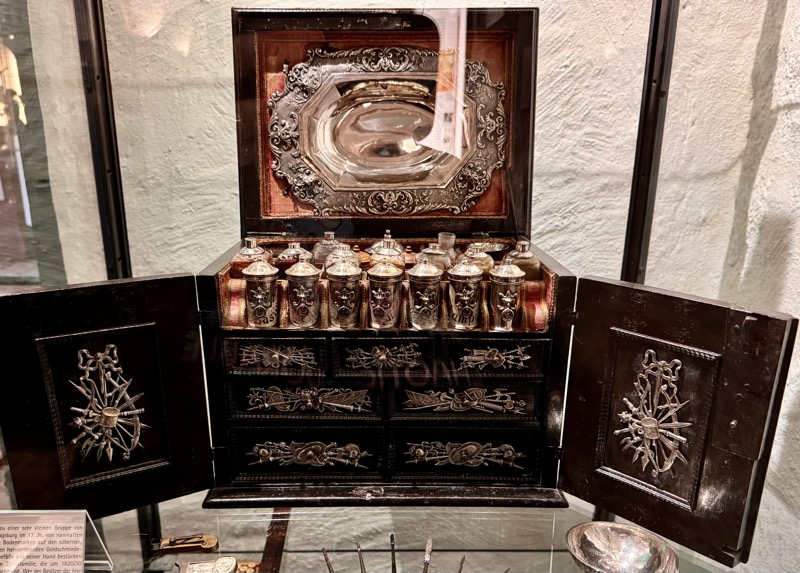
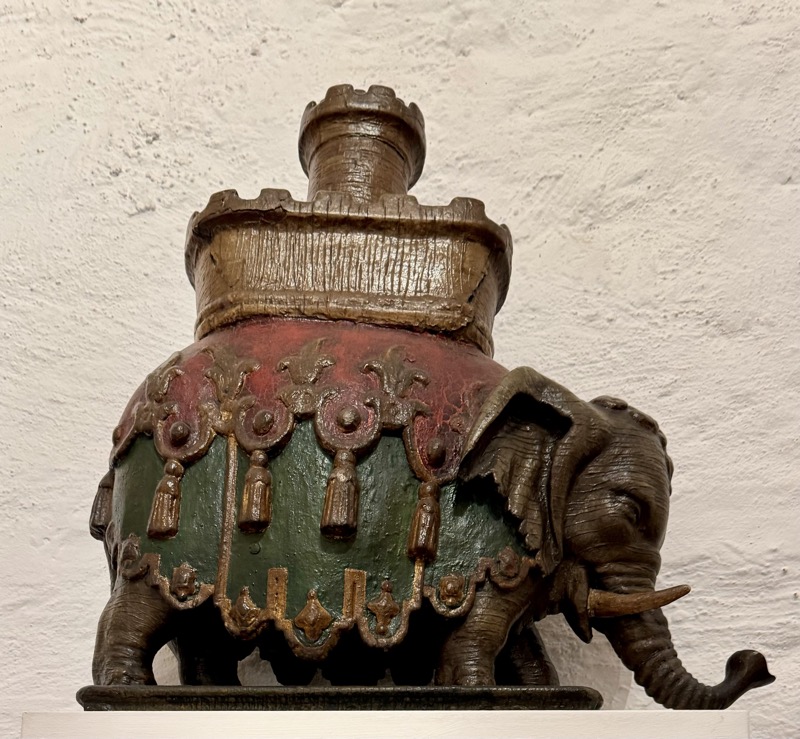
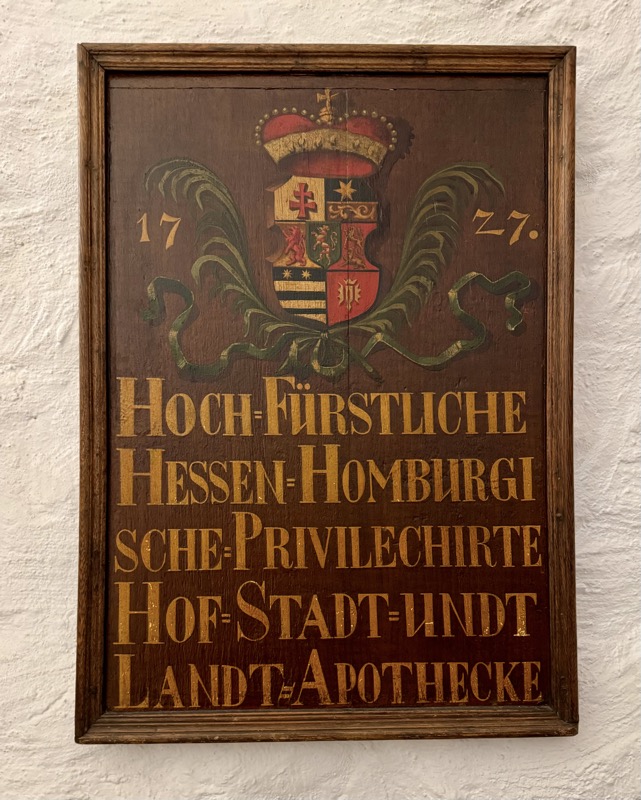
The courtyard of the Schloss.
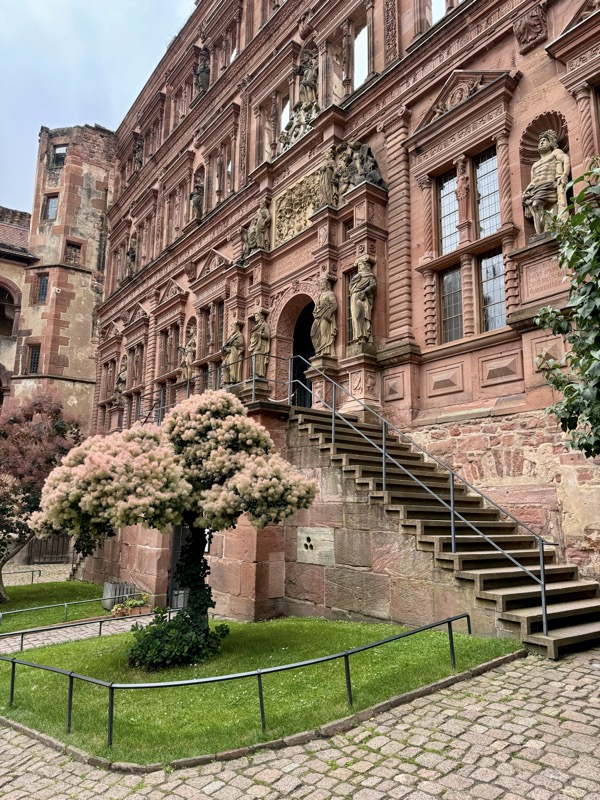
After exhausting ourselves inside the caste, we took a walk around the gardens and ramparts, getting to see first hand where the destructive lightning strikes had destroyed one of the caste’s towers.
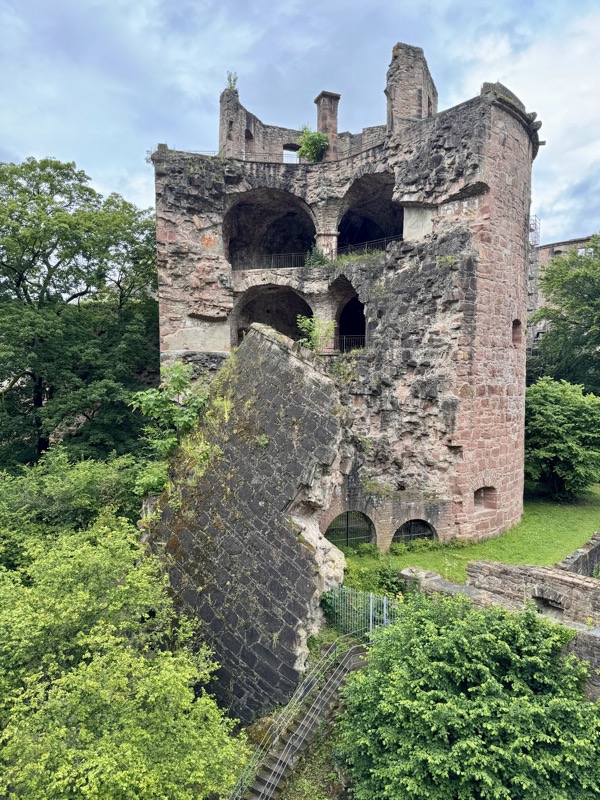
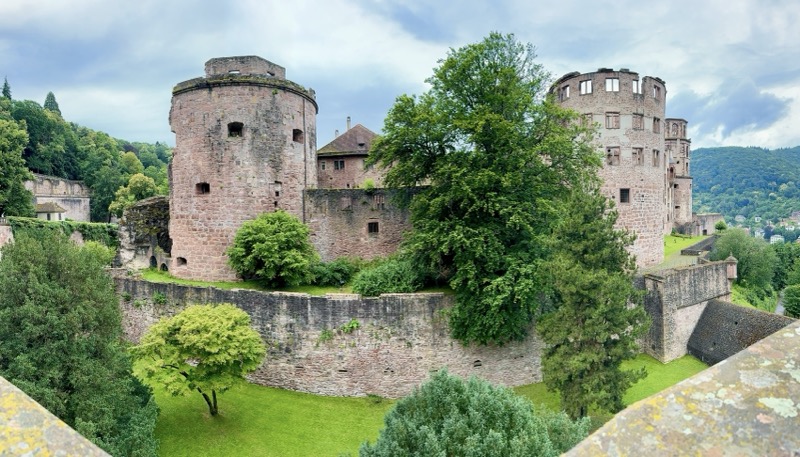
The view back over the modern town of Heidelberg.
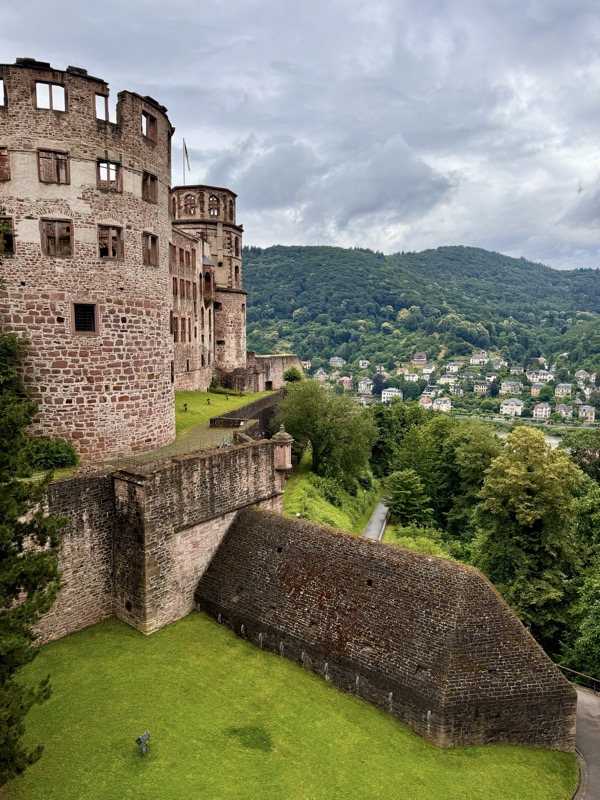
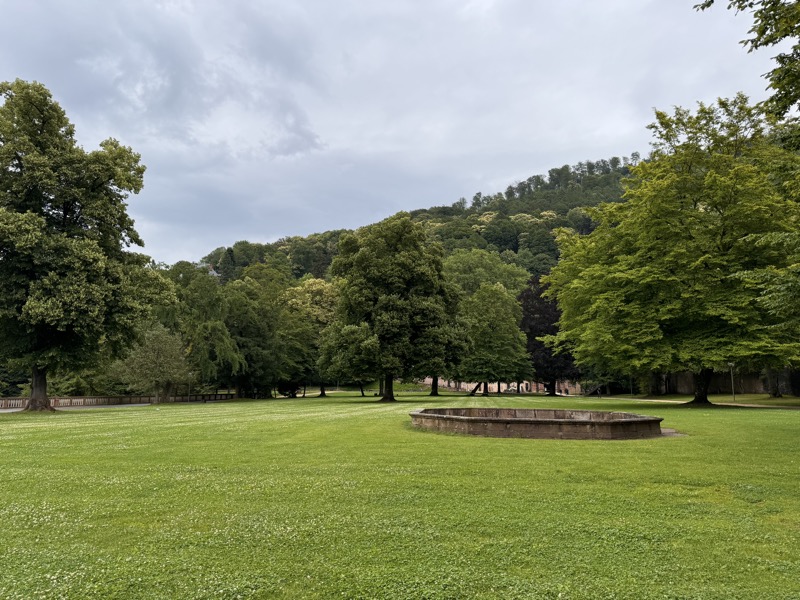
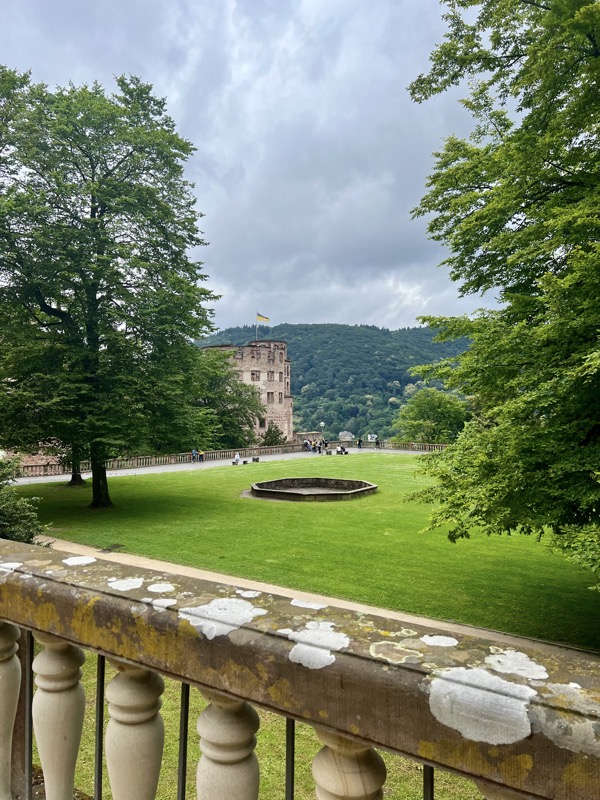
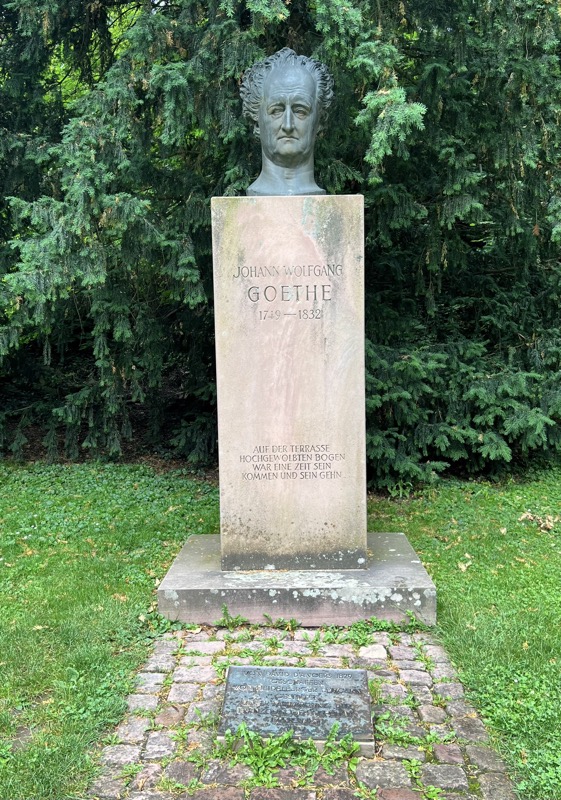
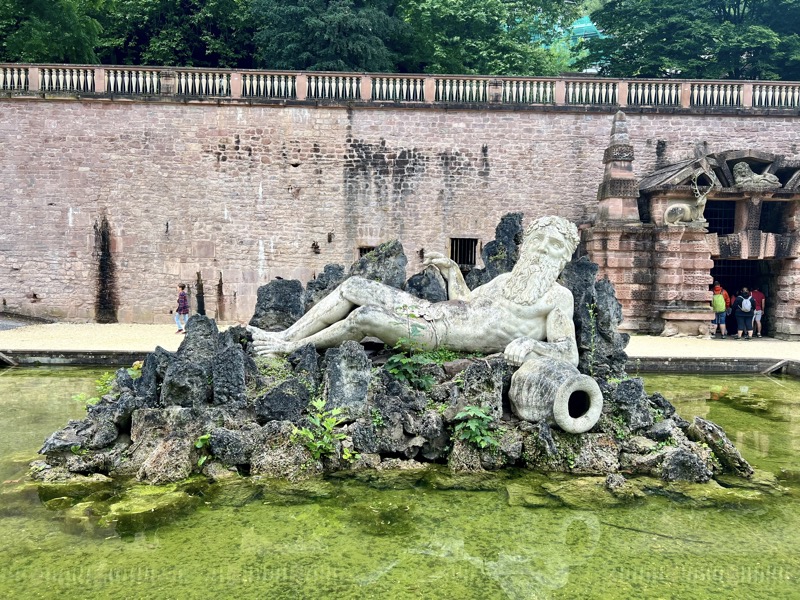
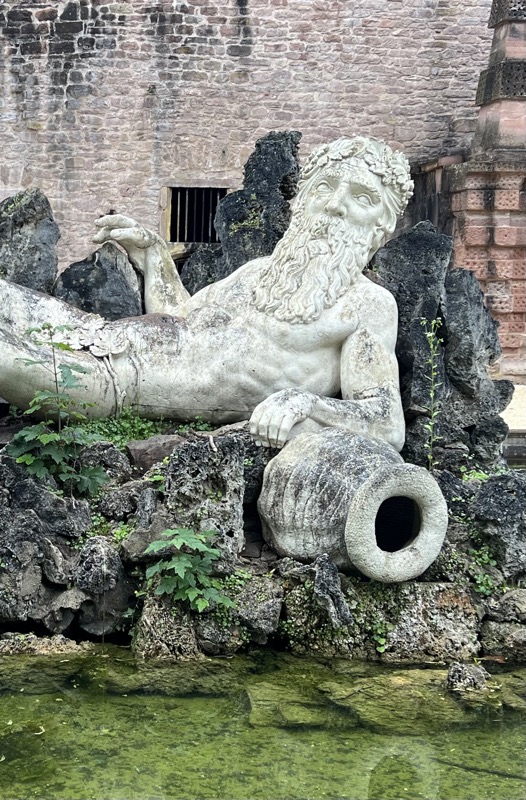
Back in the town centre, trying to decipher the civic art. Yep, I had nothing.
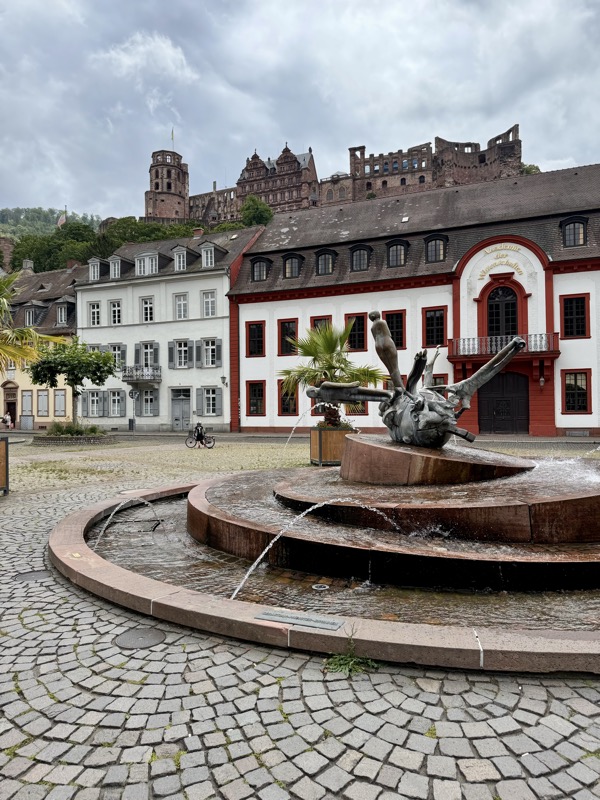
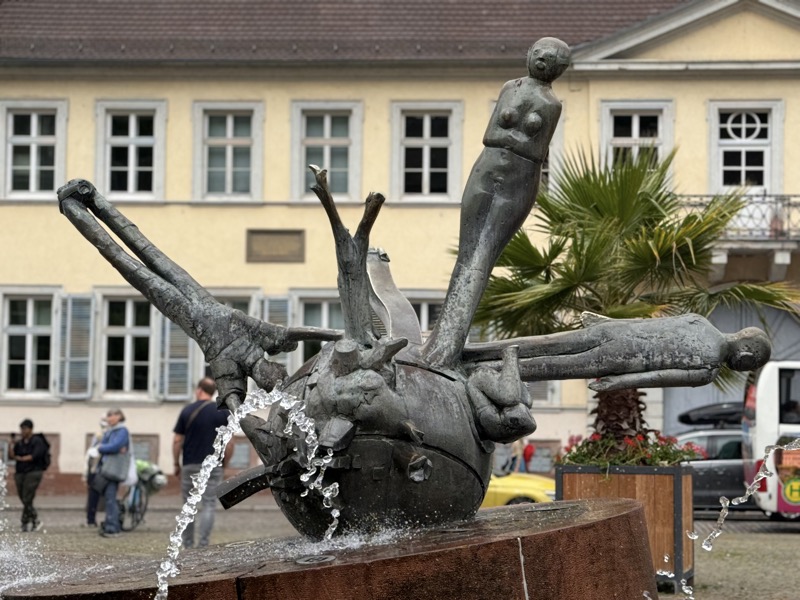
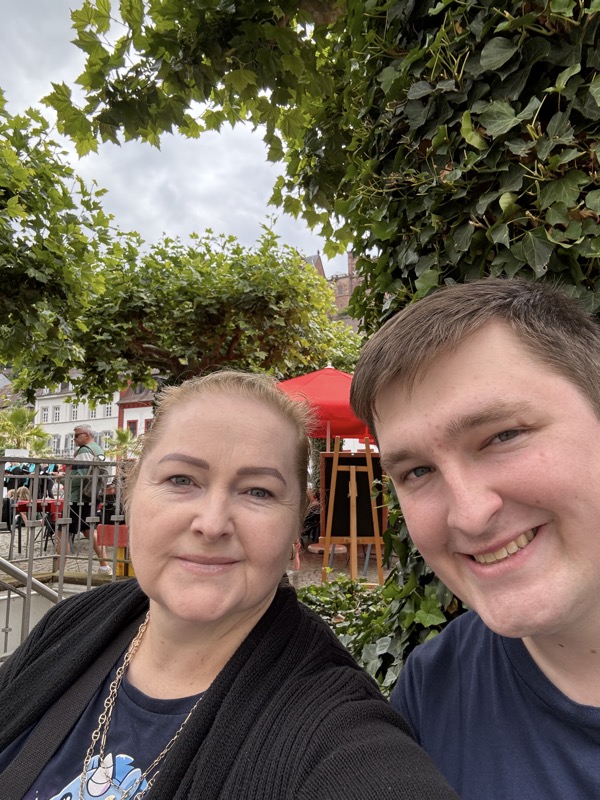
Dinner! How surprising to find schnitzel on the menu… I have a feeling this will be the first of many jagerschnitzel dinners this trip.
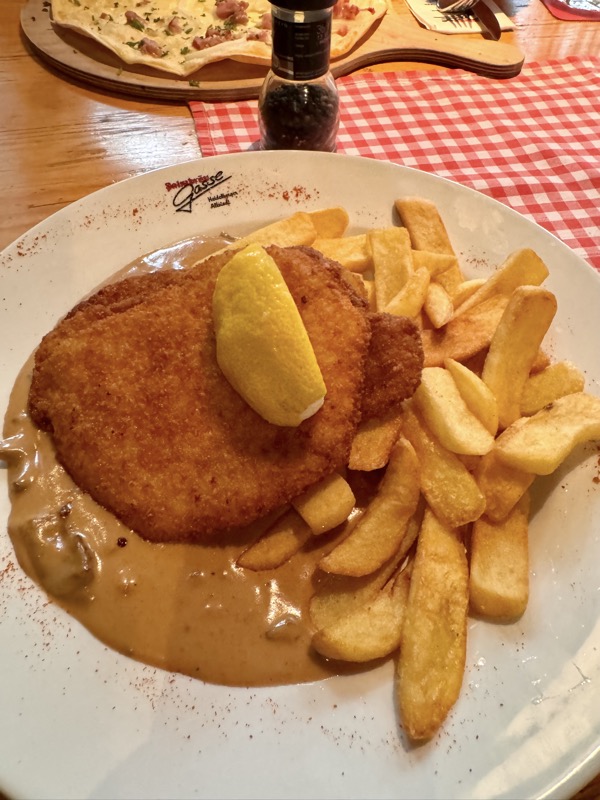
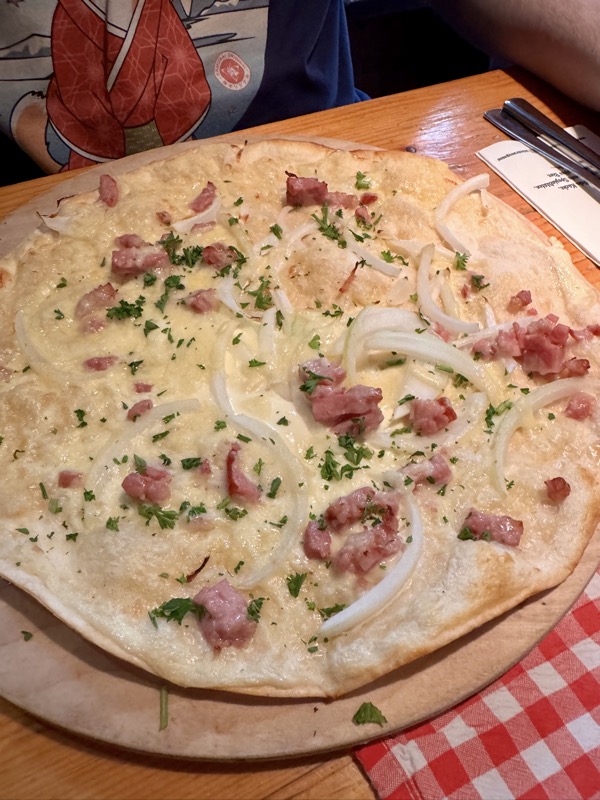
At the centre of the Altstadt is the enormous Gothic, Heiliggeistkirche (Church of the Holy Spirit). It stands some 41m tall and towers over the cafe-lined Marktplatz. The belfry is so tall, and the buildings of the square are built so close that it is impossible to get back far enough to take a photograph of the main facade… though photographic composition was probably not a huge consideration when the build was started in 1398 and finished in 1515.
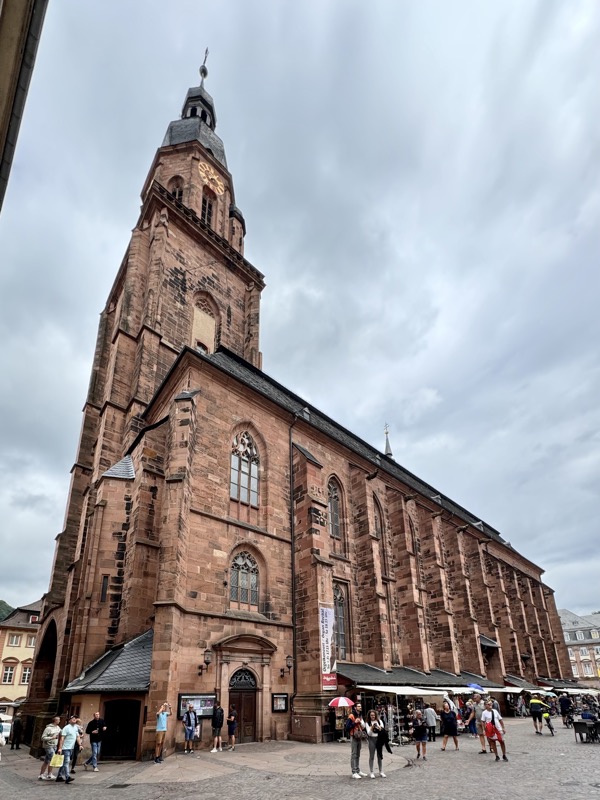
Inside is a beautiful, but somewhat austere interior. It was originally built as a burial place for the Electors (princes) of the Palatinate, and as a primary place of worship for the residents of the Palatinate city. The various Princes’ graves were devastated during various Wars of Palatinate Succession, so now, only the grave of the builder of the church’s choir remains in the church – Rupert I, who was a German King in charge at the time the choir was built or something? Info can be hard to come by when there are language barriers. The most interesting thing about this place was that from 1706 to 1936, it was divided into two by a dividing wall… the nave was used for Protestant services, and the choir end was used for Catholic services. Fancy that!? Protestants and Catholics sharing like proper neighbours for 200 years! Since 1936, the whole church has belonged to the Evangelical Church of Baden.
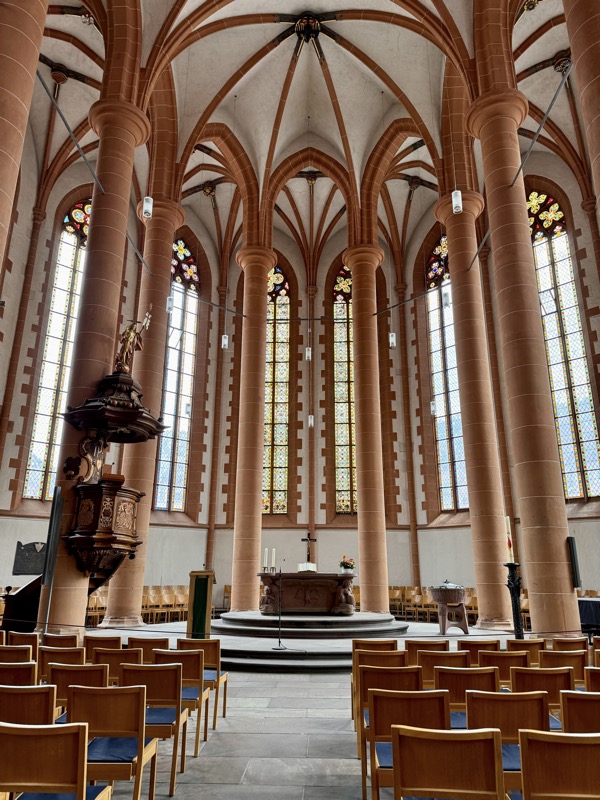
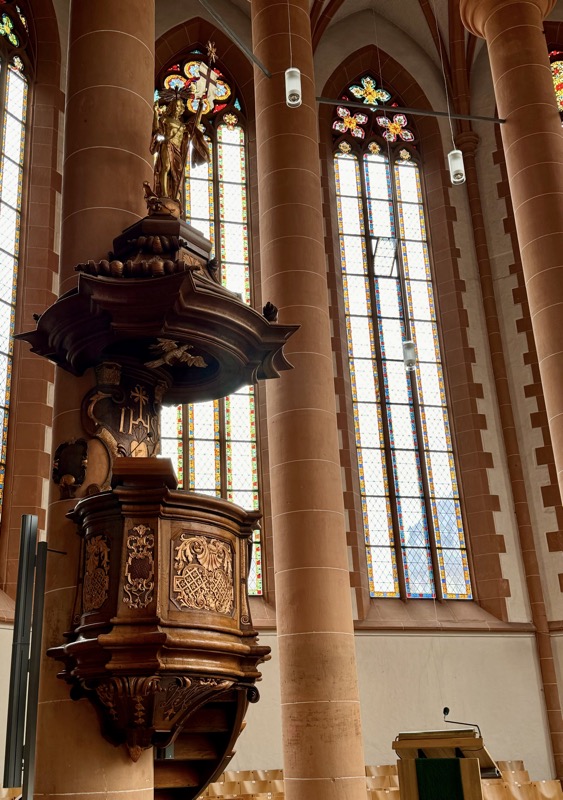
The Catholic end…
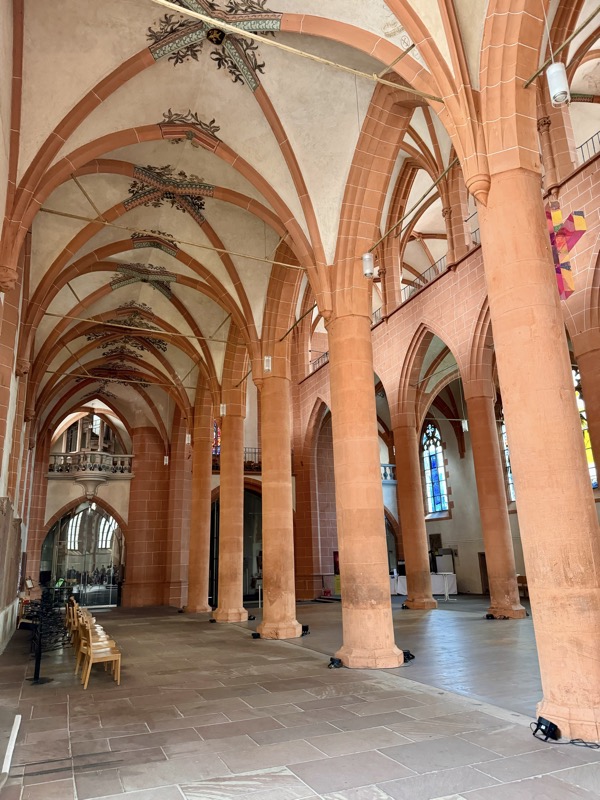
I saw this striking armoury of heraldry, presumably belonging to notable local families. A little investigation relevance that they belonged to, wait for it… “The Society With The Donkey!” Yeah, I didn’t make that up. It was also called the ‘The Donkey’, ‘Zum Esel’, ‘Ober-Esel’, ‘Turniergesllschaft zum Esel’ and ‘Nieder-Esel’ – because every Donkey Society needs a bunch of secret handshake nomenclature. I’m just totally WTF’ing at this, in case you haven’t noticed. The Donkey Society dates back to 1387 and was like a knights’ association – it actually reads a bit like a union or guild (more that than a chivalric order), and it included members of the high nobility who were important during the reign of King Rupert (1400-1410). This frieze was only discovered in 1936 when the church reverted back to Evangelical ownership. How BIZARRE!
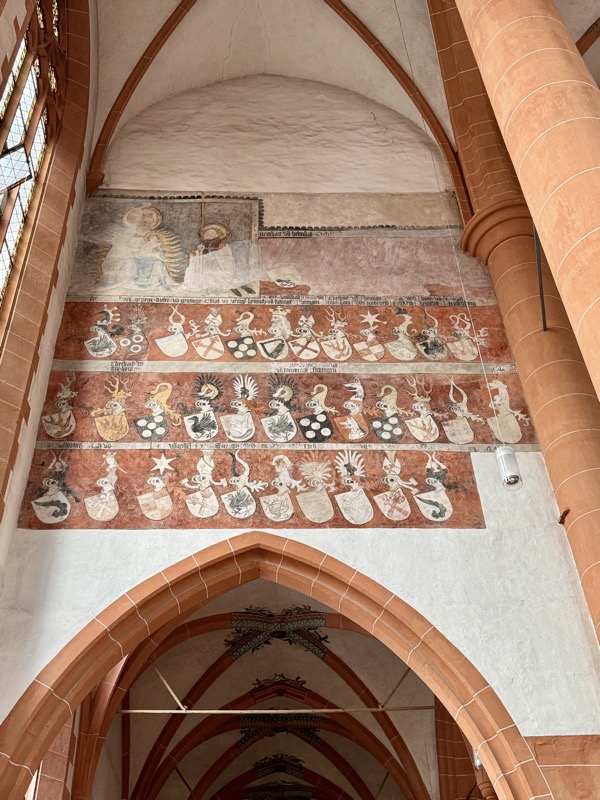
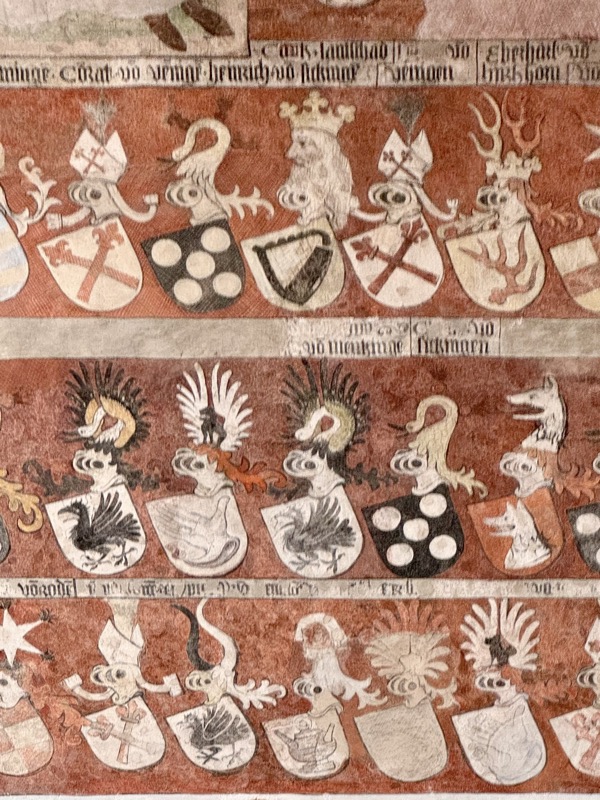
Top left is St George and the Virgin, which are a little hard to make out.
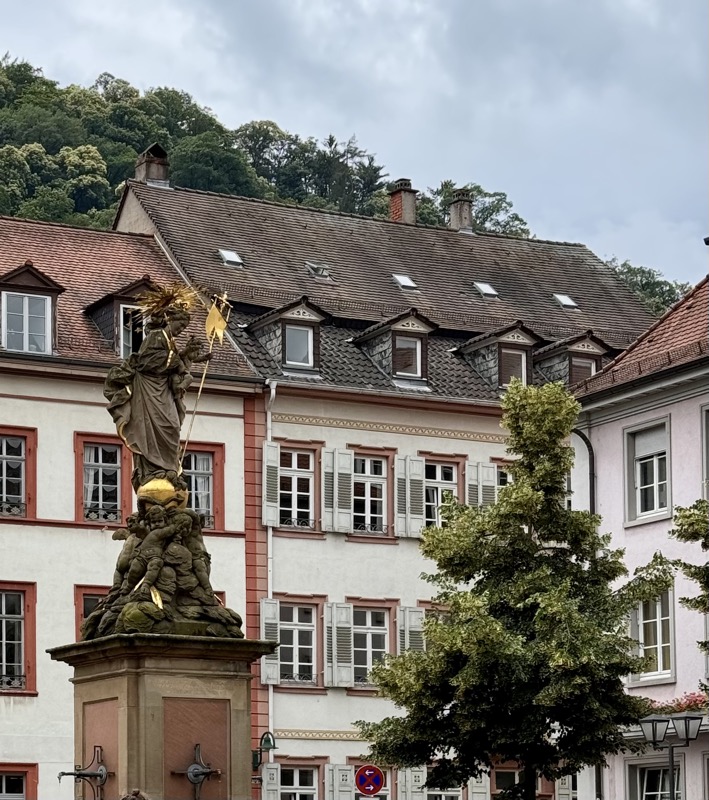
There are lots of cute little squares dotted throughout the Altstadt which no doubt were used as market spaces initially, and house public water fountains etc.
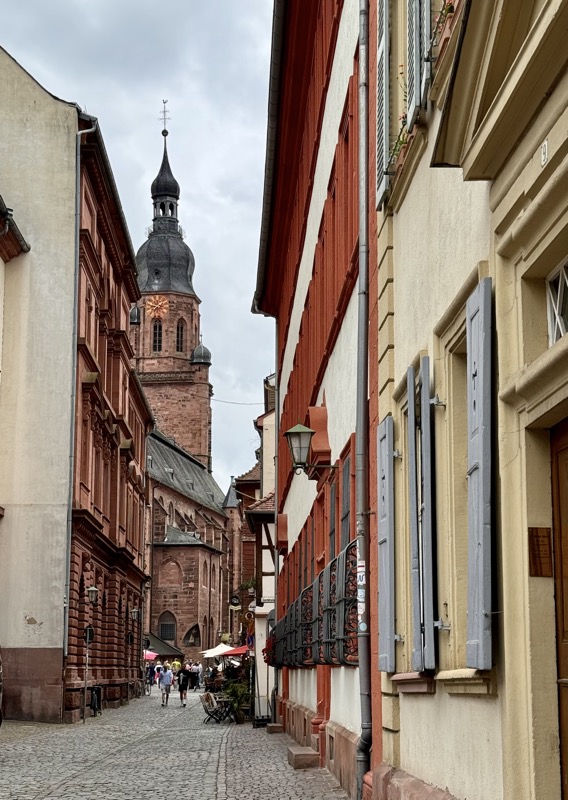
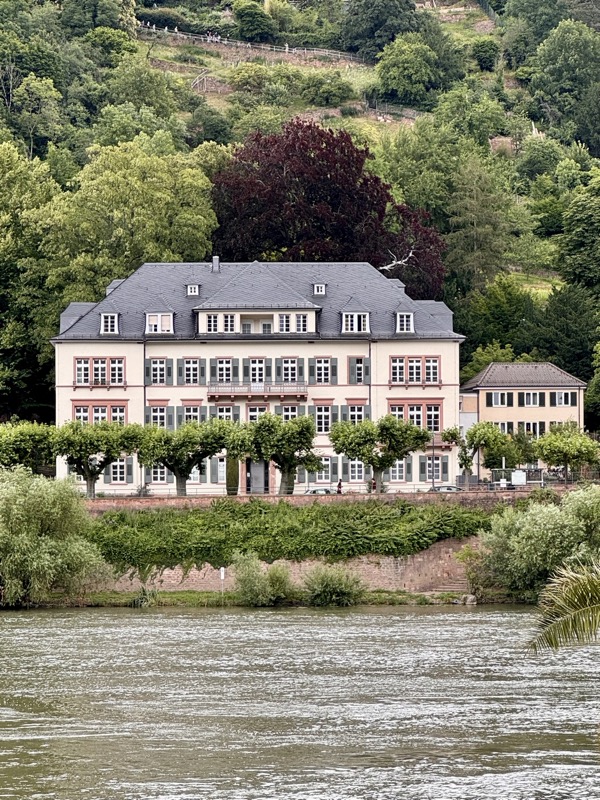
There are loads of huge and gorgeous waterfront properties on the Neckar River, just alongside the famous Heidelberg Bridge. I wouldn’t even want to hazard a guess as to real estate values just here.
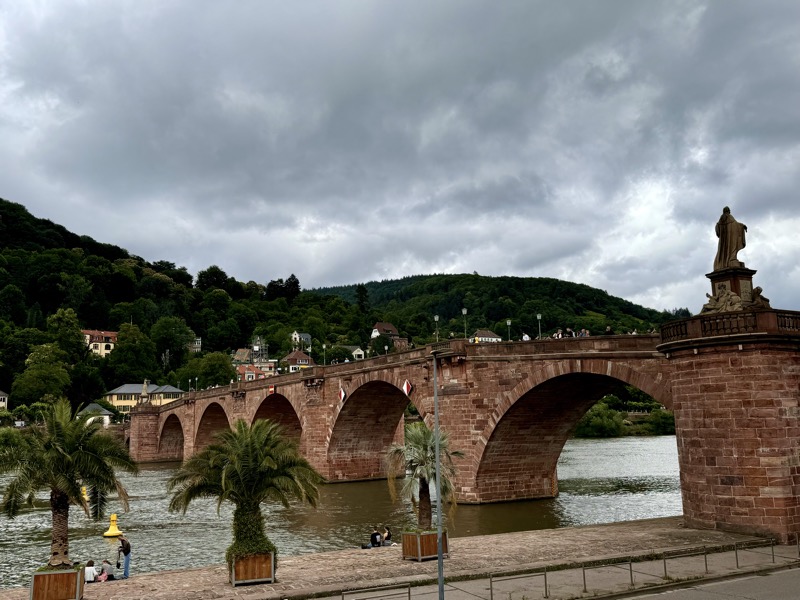
Near the Old Heidelberg Bridge is the legendary Heidelberg Monkey – according to the myth, the monkey is meant to remain people who cross it from other side to look over their shoulder at where they have come from. Whether a person is coming from within the city or living outside the city, it was supposed to remind everyone that all were equal and no one is better than their inner city/outer city dwelling counterparts. Sounds much like a ‘Northside/Southside of Brisbane’ thing to me; so I’m sure the monkey had it’s work cut out for it because, as we all know, Southsiders are far better! Represent!
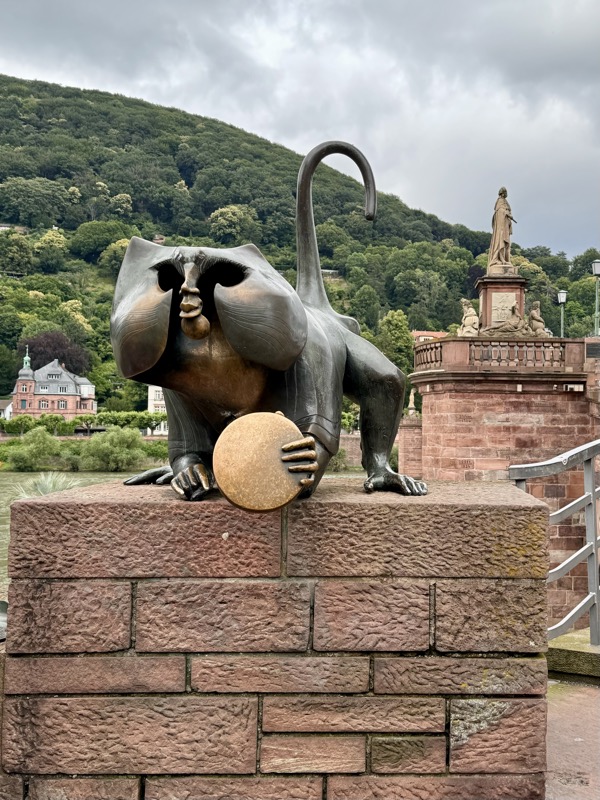
This current statue – depicts a monkey holding up a mirror to passersby, and was only placed here in 1979, but apparently there has been a monkey statue at this spot documented back to the 15thC… the original one was said to have been clutching it’s butt at people, but it sadly disappeared around the Palatinate War of Succession (1689-1693). You can stand under the head of this monkey and have your photo taken with your eyes showing out from above his huge cheeks… which seems to be something every man and their dog is trying to do; it’s quite the feat to snap a pic without some random tourist standing under the monkey’s face.
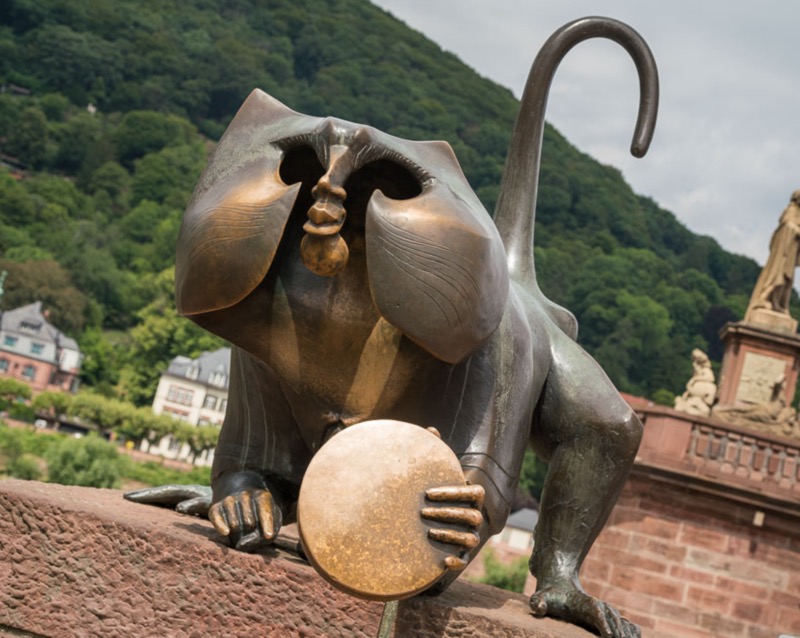
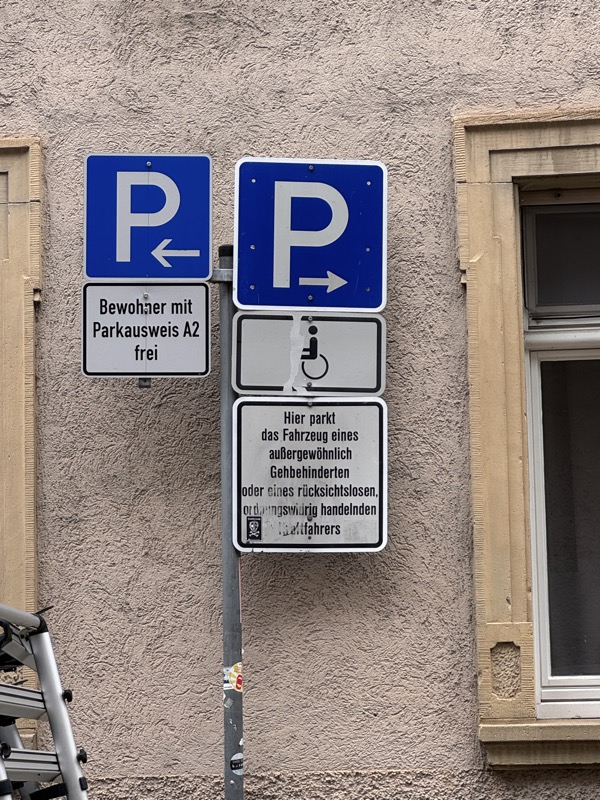
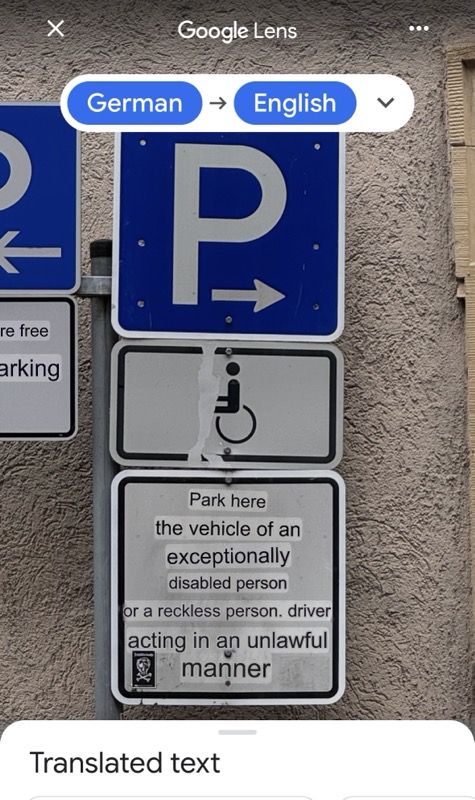
Reckless and Unlawful people – watch out!
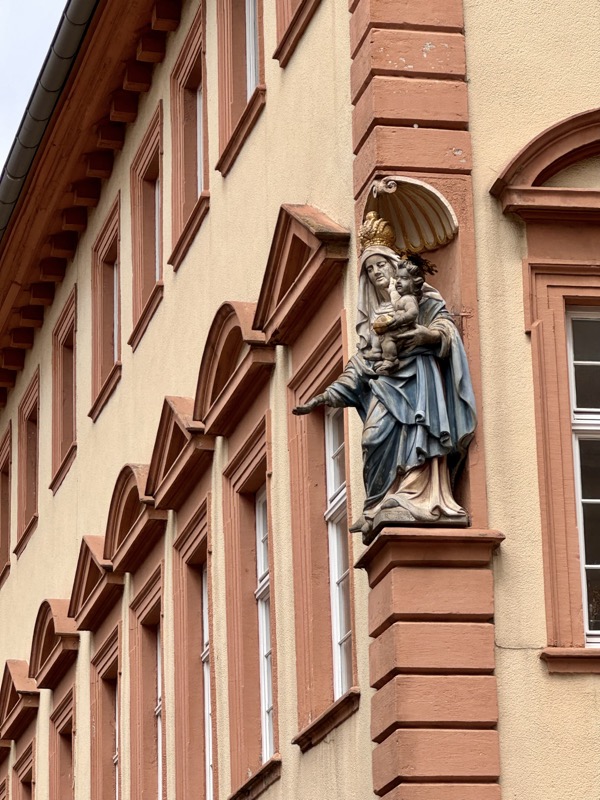
Loved Heidelberg… didn’t realise until it was too late, that I missed the Tun by a bee’s dick! Next time.

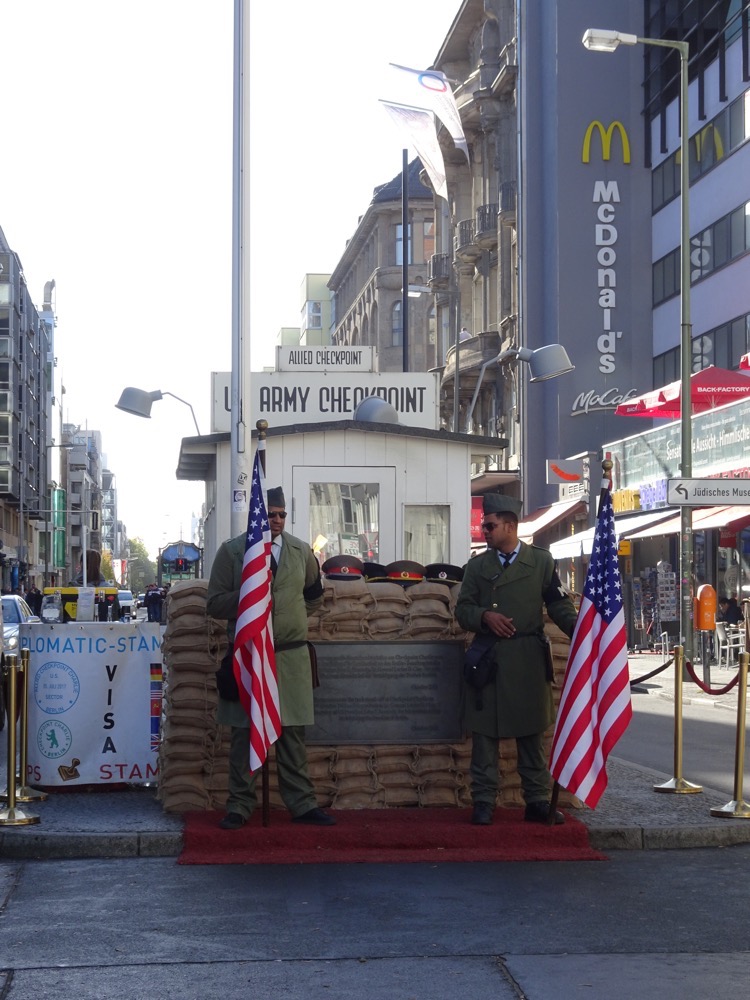
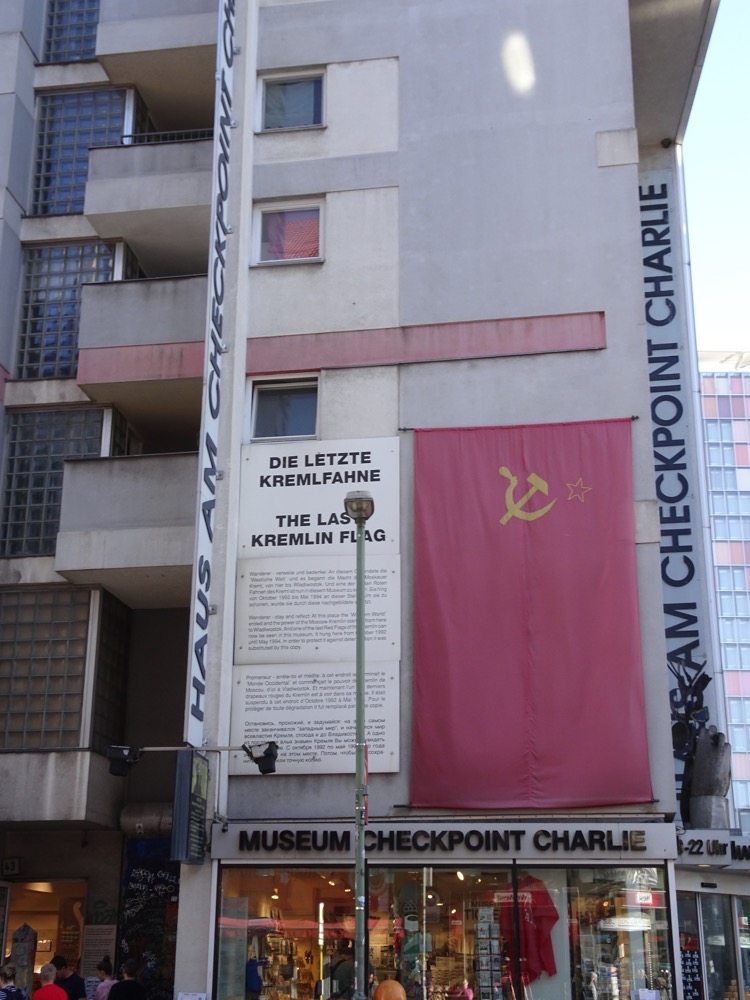 Train stations in Berlin are nowhere near as deep as London, New York or Kyiv and definitely not as pretty as Moscow or St Petersburg – but some of them make a striking statement. At the Checkpoint Charlie end:
Train stations in Berlin are nowhere near as deep as London, New York or Kyiv and definitely not as pretty as Moscow or St Petersburg – but some of them make a striking statement. At the Checkpoint Charlie end: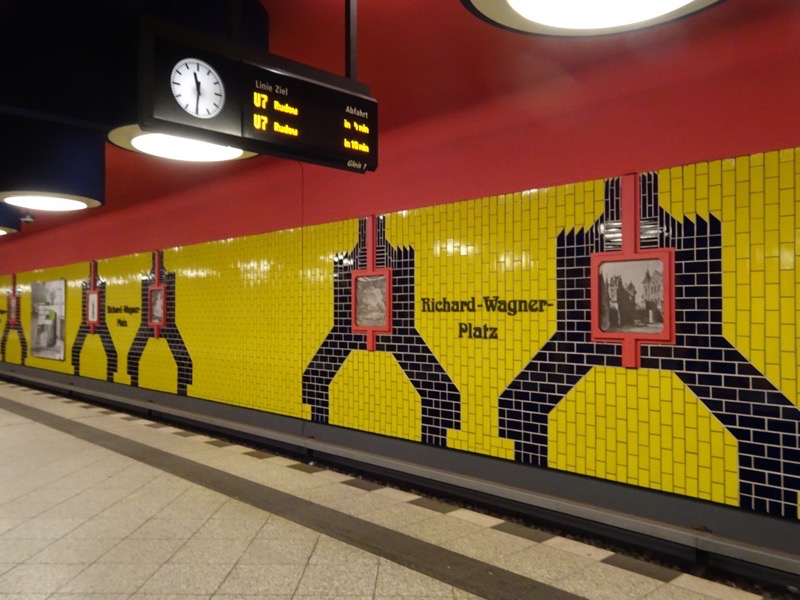 And copies of golden mosaics representing historical rulers of Saxony, Prussia and who knows where else, at the other end.
And copies of golden mosaics representing historical rulers of Saxony, Prussia and who knows where else, at the other end.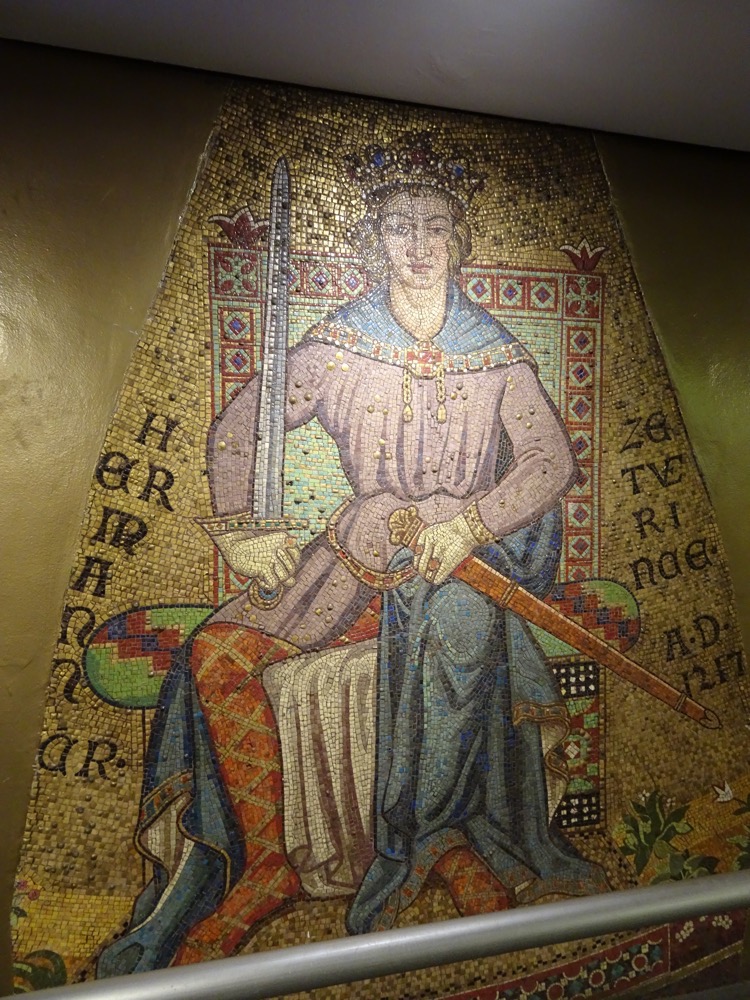
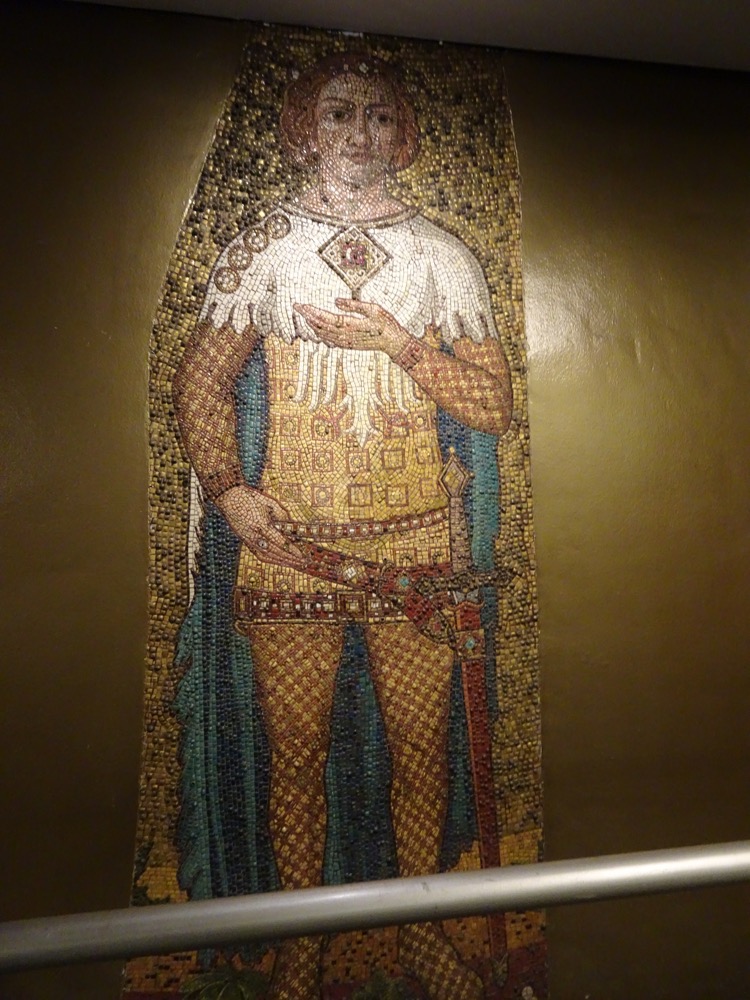 I haven’t managed to photograph many Berlin Bears – whenever we see them, there are usually annoying tourist standing with them for ten minutes or more trying to get that elusive perfect selfie, so we have mostly just passed by them.
I haven’t managed to photograph many Berlin Bears – whenever we see them, there are usually annoying tourist standing with them for ten minutes or more trying to get that elusive perfect selfie, so we have mostly just passed by them.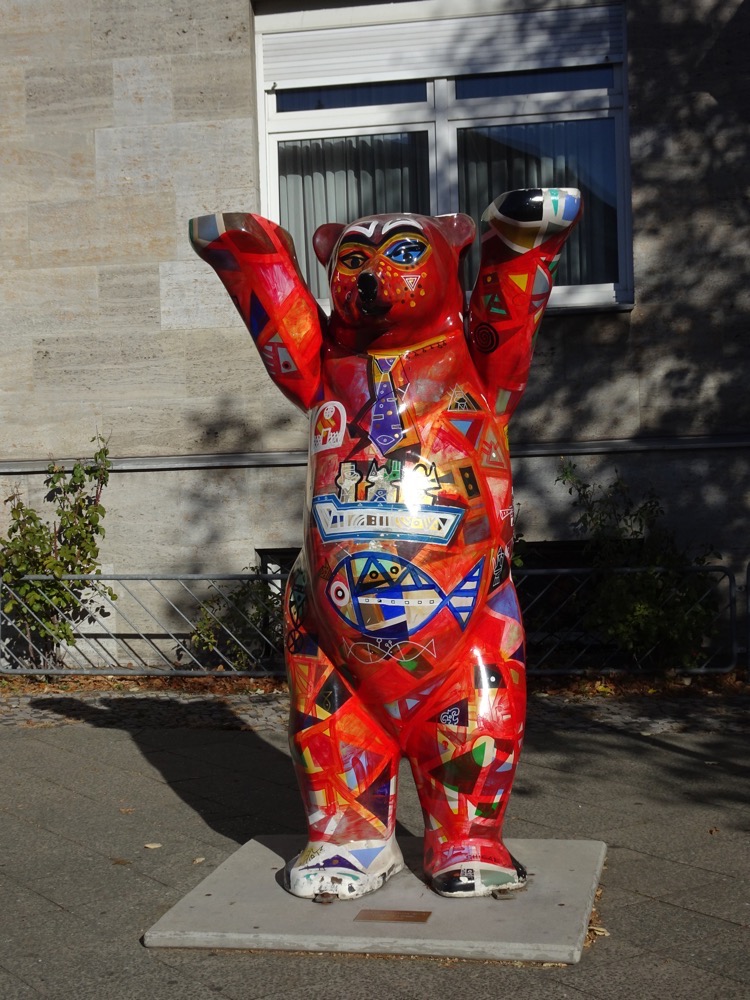 Charlottenburg Palace was originally built at the end of the 17th century, and then expanded upon enormously following century. It is done in extravagant baroque and rococo styles as of course was fitting for the woman who commissioned it, Sophie Charlotte, the wife of Friedrich I who was Elector of Brandenburg at the time.
Charlottenburg Palace was originally built at the end of the 17th century, and then expanded upon enormously following century. It is done in extravagant baroque and rococo styles as of course was fitting for the woman who commissioned it, Sophie Charlotte, the wife of Friedrich I who was Elector of Brandenburg at the time.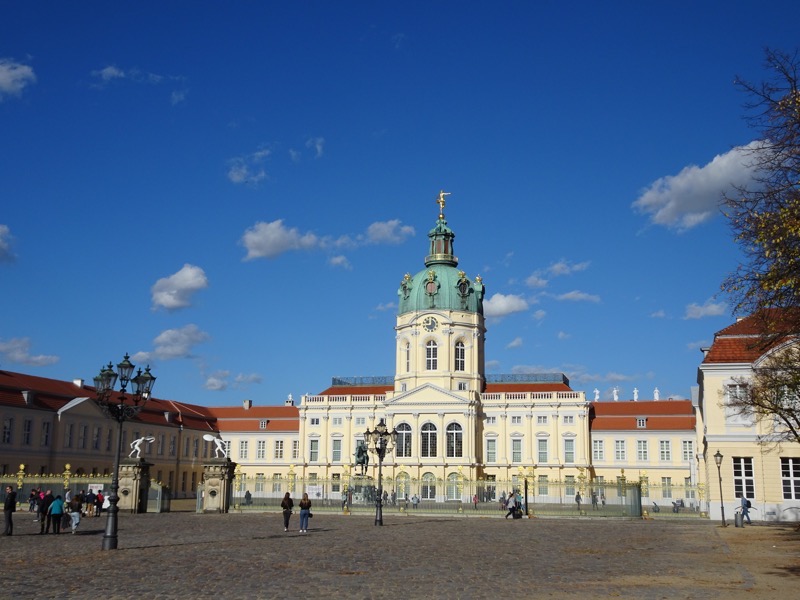 Friedrich crowned himself as King Friedrich I in Prussia in 1701 having two years earlier appointed Johann Friedrich von Eosander to be his royal architect on the extension project. Von Eosander spent a great deal of time in Italy and France studying places like Versailles, and I think that influence is fairly evident. When the royal architect returned in 1702 he put into place his plans to extend the palace to have two large wings and a courtyard in the front, and to also extend the entire length of the main building as well. Poor Sophie Charlotte died in 1705, long before it was finished and Friedrich named the palace, ‘Charlottenburg’ in her memory. Mind you, that’s him up there on that horse right out front of the place… not her.
Friedrich crowned himself as King Friedrich I in Prussia in 1701 having two years earlier appointed Johann Friedrich von Eosander to be his royal architect on the extension project. Von Eosander spent a great deal of time in Italy and France studying places like Versailles, and I think that influence is fairly evident. When the royal architect returned in 1702 he put into place his plans to extend the palace to have two large wings and a courtyard in the front, and to also extend the entire length of the main building as well. Poor Sophie Charlotte died in 1705, long before it was finished and Friedrich named the palace, ‘Charlottenburg’ in her memory. Mind you, that’s him up there on that horse right out front of the place… not her.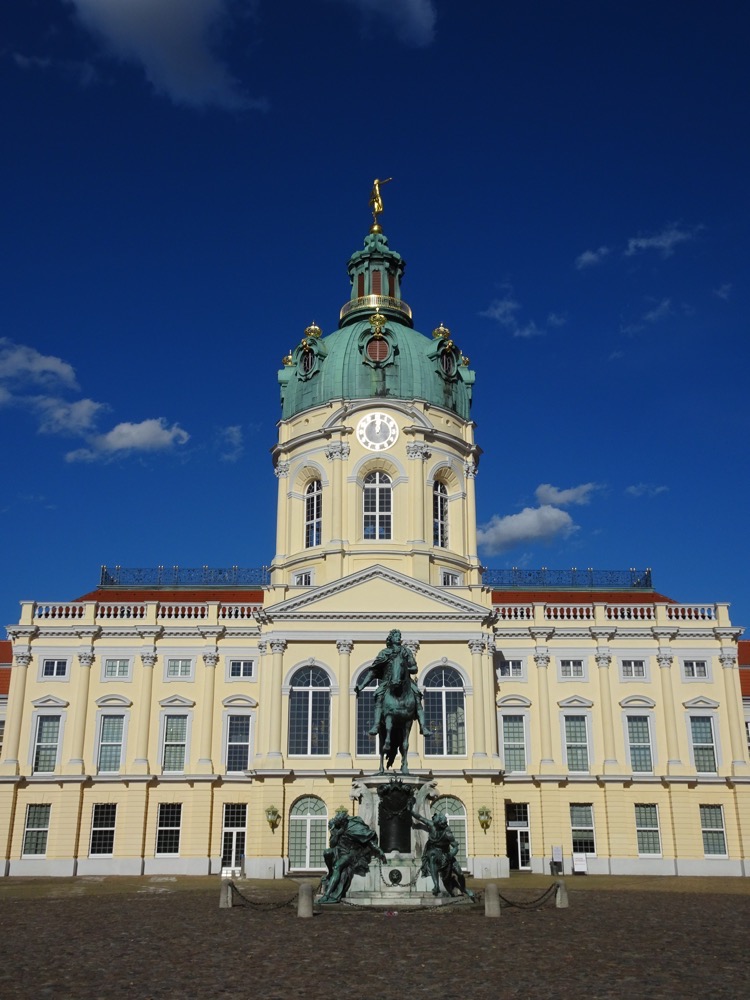 The Orangerie off to the left side of the palace.
The Orangerie off to the left side of the palace.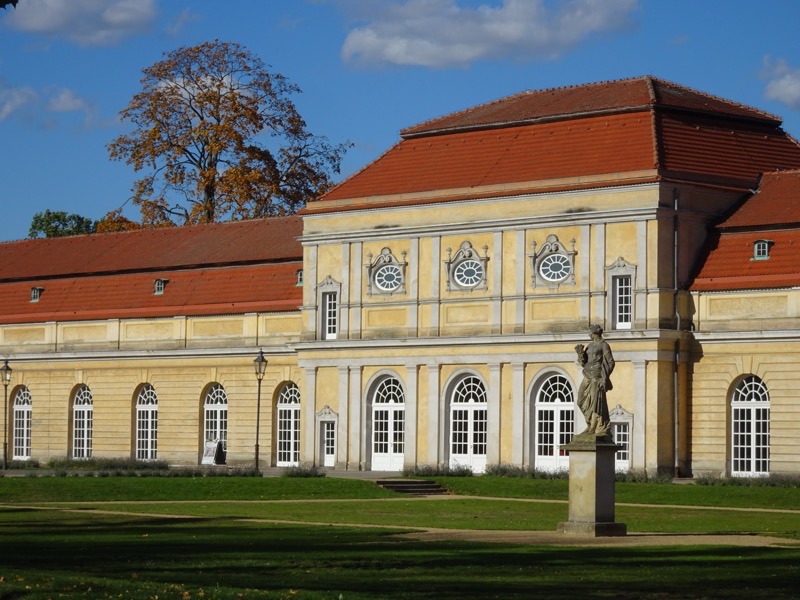 The dressing room to the ‘Mecklenburg Apartment’ which comprises of three rooms that were used to receive relatives from the House of Mecklenburg. The relief images above the doors are all original as are the parquetry floors, the fireplace and wooden panelling.
The dressing room to the ‘Mecklenburg Apartment’ which comprises of three rooms that were used to receive relatives from the House of Mecklenburg. The relief images above the doors are all original as are the parquetry floors, the fireplace and wooden panelling.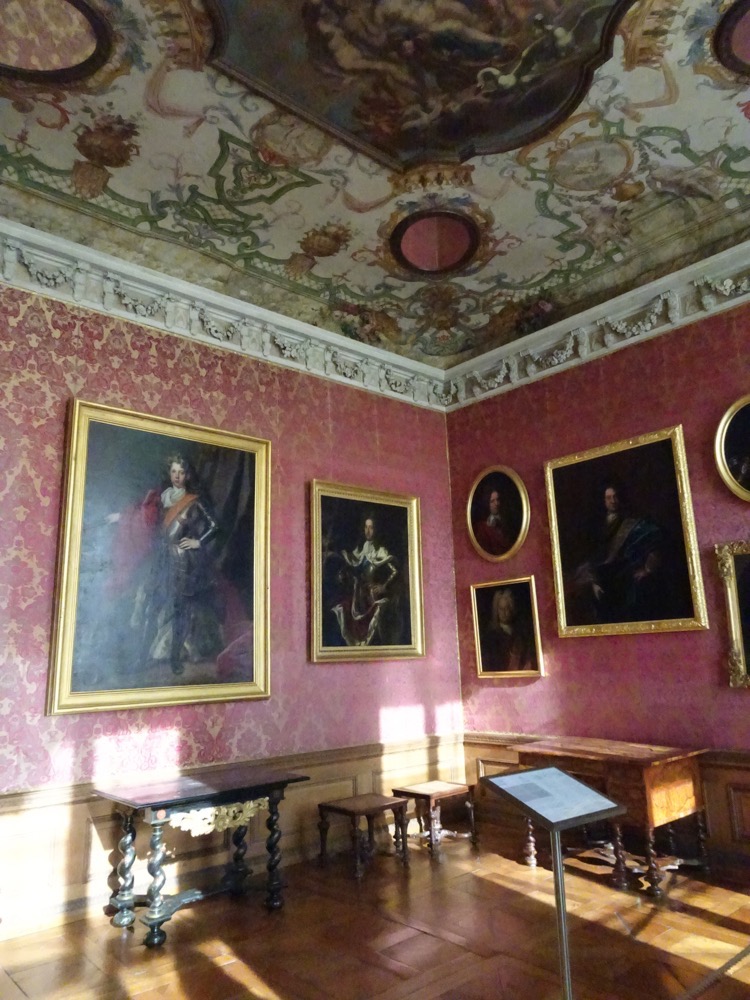
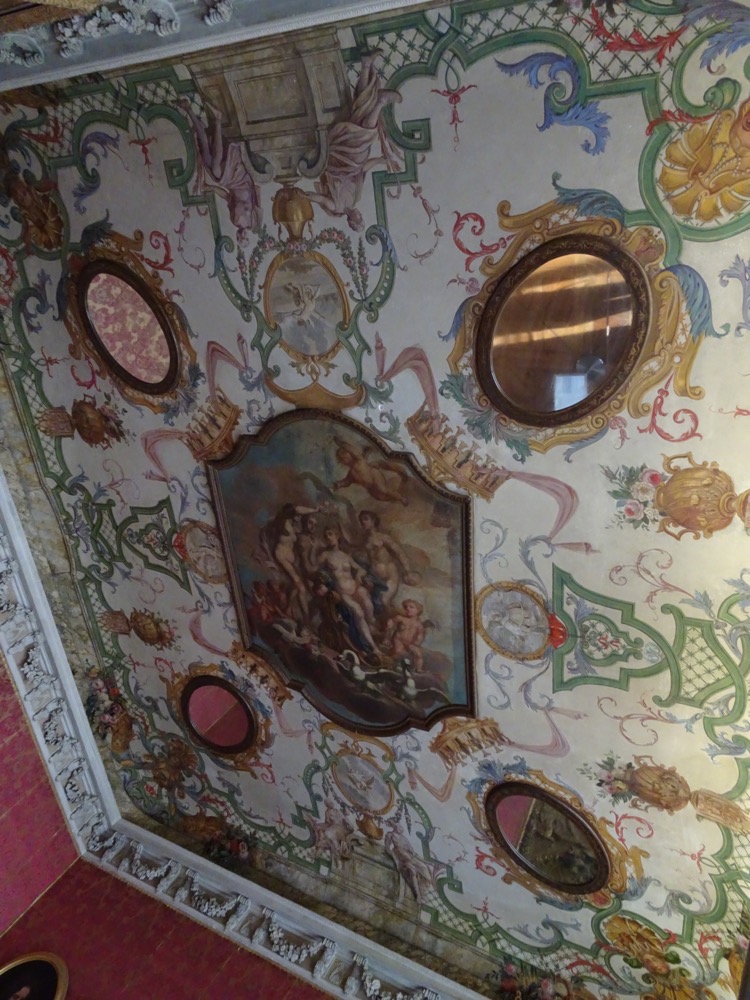
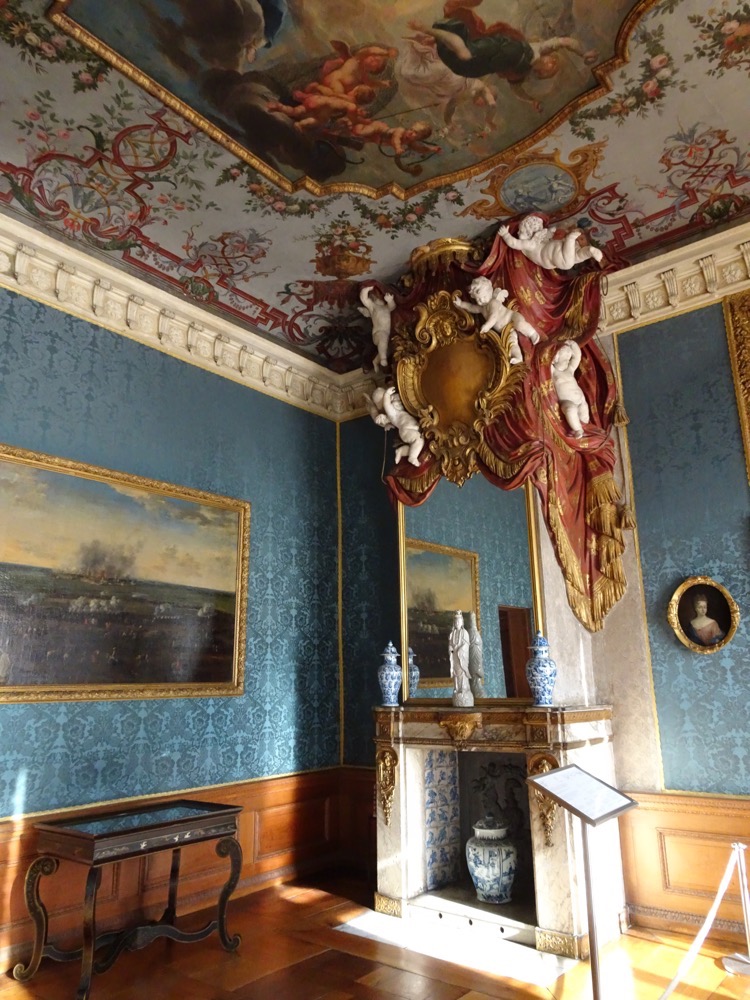
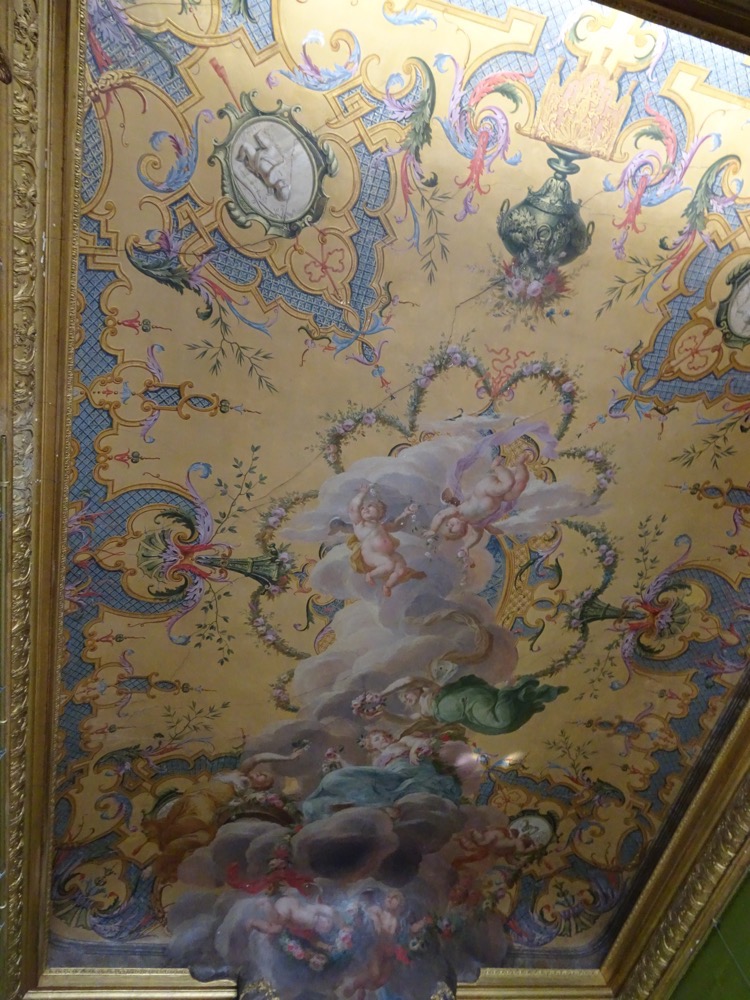
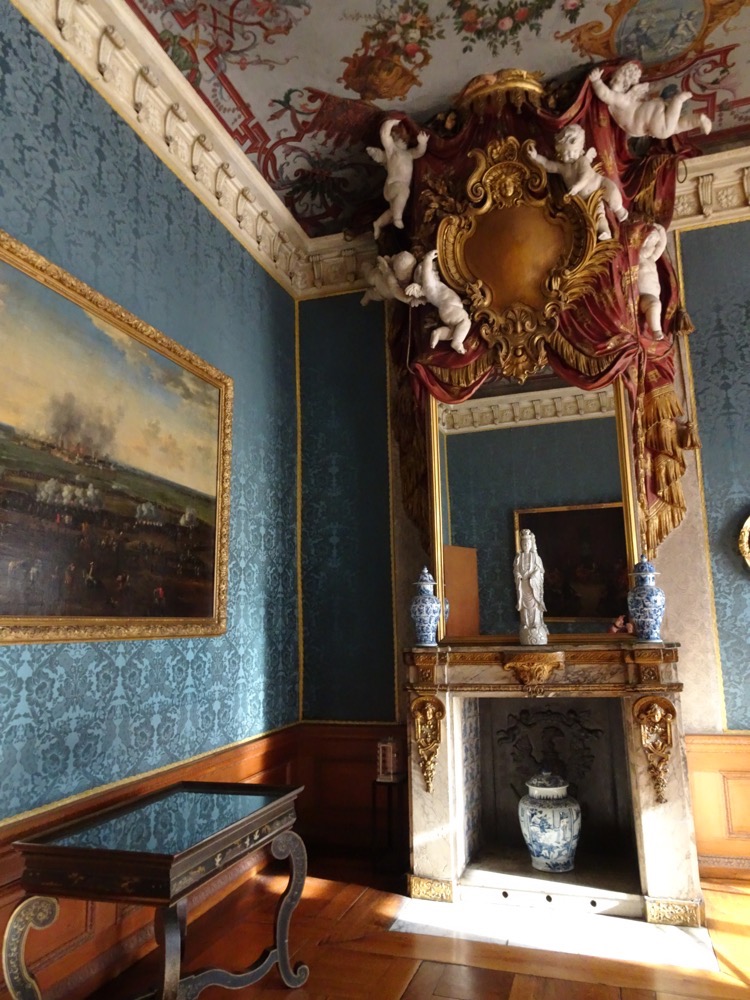 The Old Gallery – this was damaged considerably in 1943, so the oak panelling and the paintings are all copies.
The Old Gallery – this was damaged considerably in 1943, so the oak panelling and the paintings are all copies.  There is a pair of these candlesticks, but they are in vitrines so far apart that it’s nearly impossible to photograph the pair together. They were made for King Frederick William I from the Silver Buffet at the Berlin Palace. The candlesticks were entirely cast in solid silver and are the last items remaining of the Prussian royal palaces’ silver setting. Friedrich apparently placed extensive commissions with the south German master goldsmiths of Auber (more than any other German Prince) and his orders for just three years from 1730 to 1733 included 85 silver objects with a total weight of over 8 tonnes. Only six works have survived including these two (of ten) candlesticks. All the other works were melted down in the mid 1700s and early 1800s. They’re enormous – all monograms and Prussian eagles.
There is a pair of these candlesticks, but they are in vitrines so far apart that it’s nearly impossible to photograph the pair together. They were made for King Frederick William I from the Silver Buffet at the Berlin Palace. The candlesticks were entirely cast in solid silver and are the last items remaining of the Prussian royal palaces’ silver setting. Friedrich apparently placed extensive commissions with the south German master goldsmiths of Auber (more than any other German Prince) and his orders for just three years from 1730 to 1733 included 85 silver objects with a total weight of over 8 tonnes. Only six works have survived including these two (of ten) candlesticks. All the other works were melted down in the mid 1700s and early 1800s. They’re enormous – all monograms and Prussian eagles.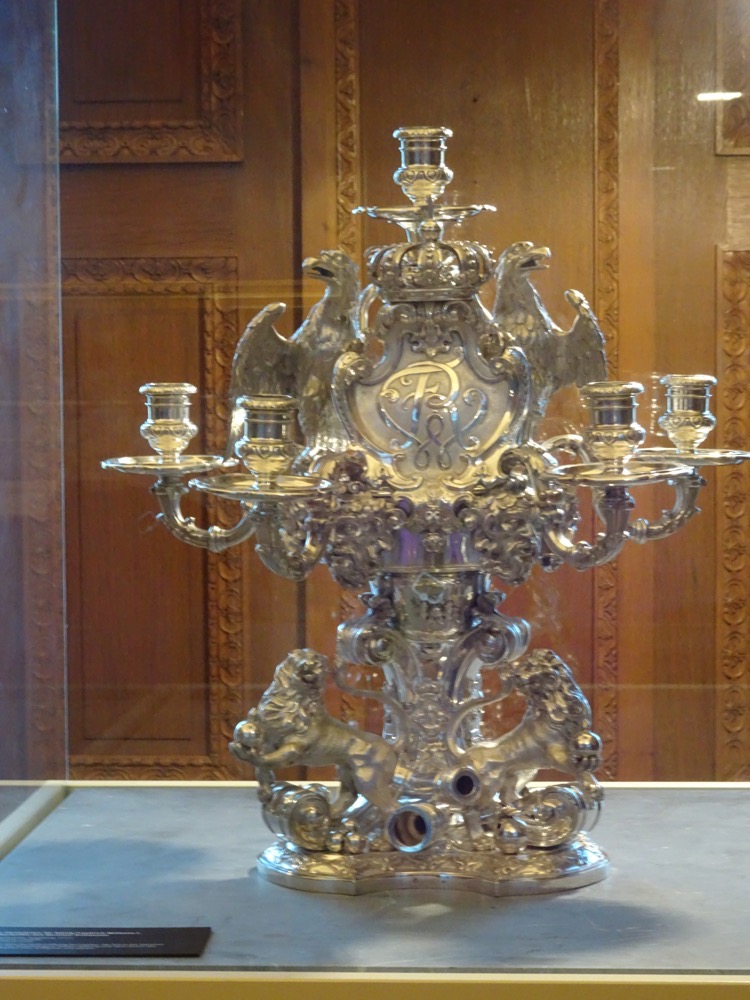
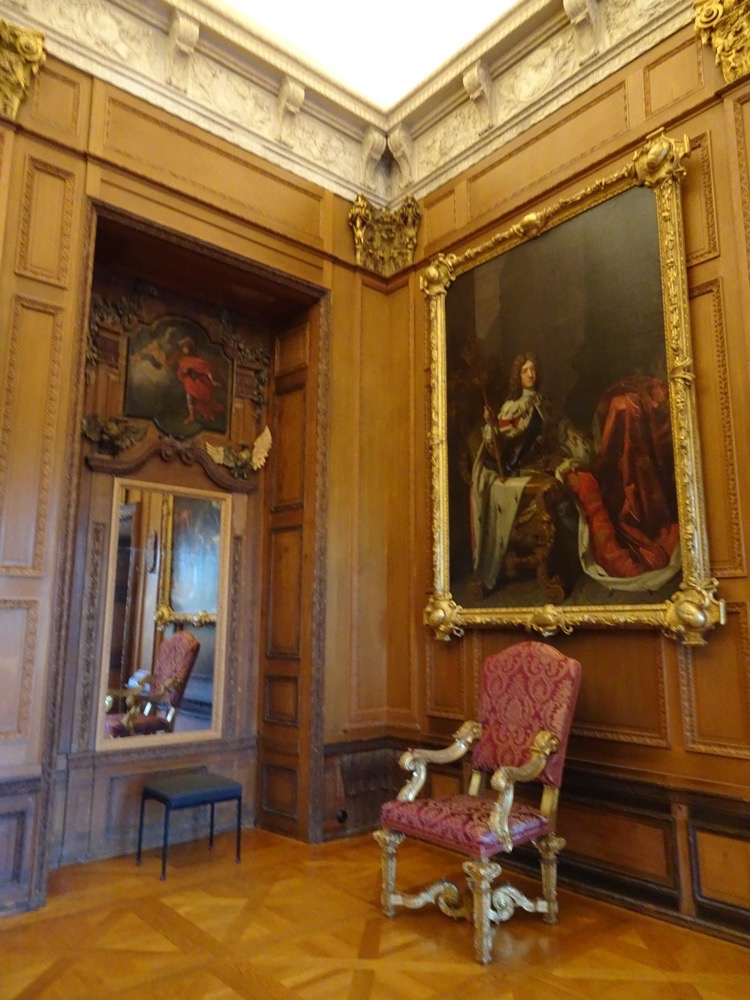 The aptly named, Mirror Panelled Bed Chamber was part of Sophie’s original five room apartments. The mirrors were to reflect the lavish gardens outside.
The aptly named, Mirror Panelled Bed Chamber was part of Sophie’s original five room apartments. The mirrors were to reflect the lavish gardens outside.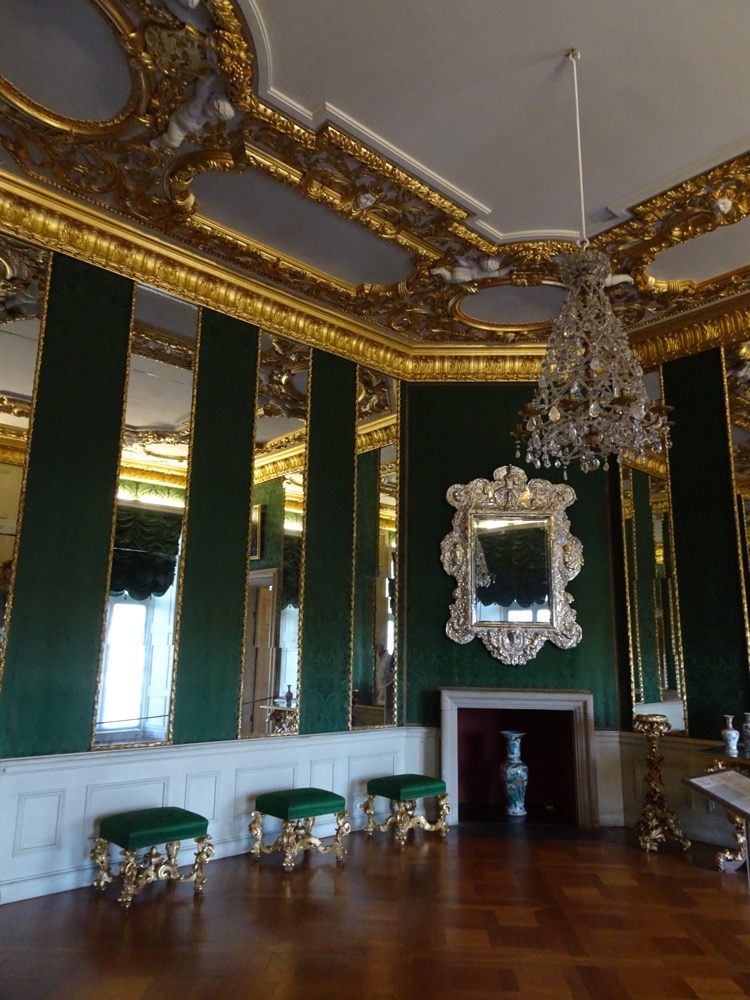 This section of the Palace too, was badly damanged in WWII and has been recreated to be a fair approximation of what was here earlier.
This section of the Palace too, was badly damanged in WWII and has been recreated to be a fair approximation of what was here earlier.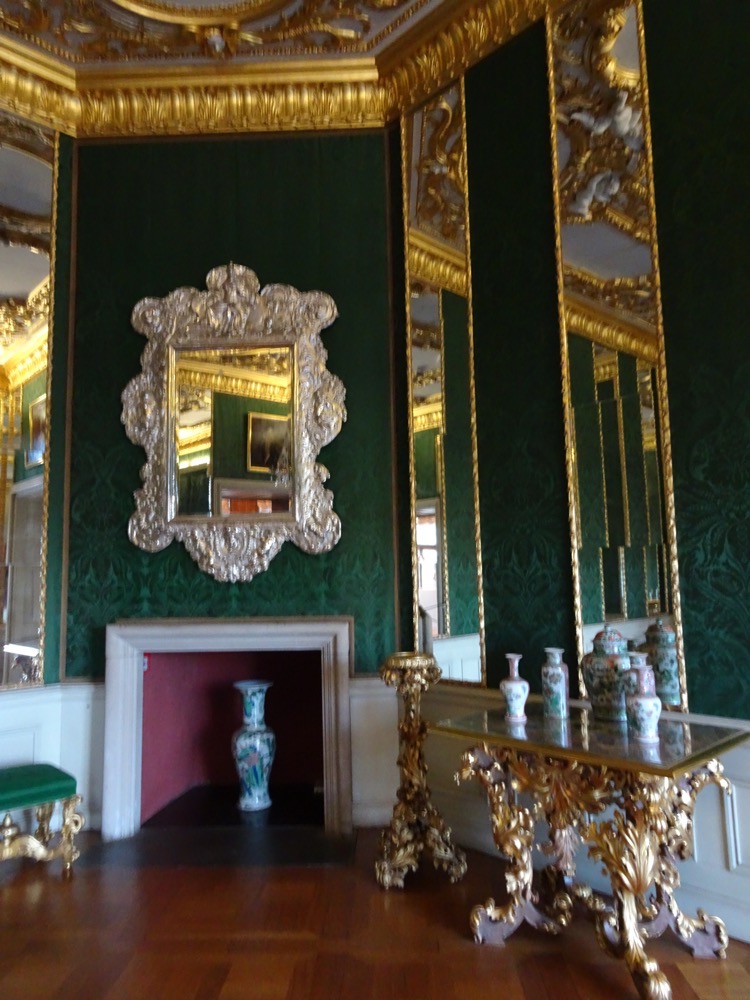
 One of Sophie’s antechambers.
One of Sophie’s antechambers.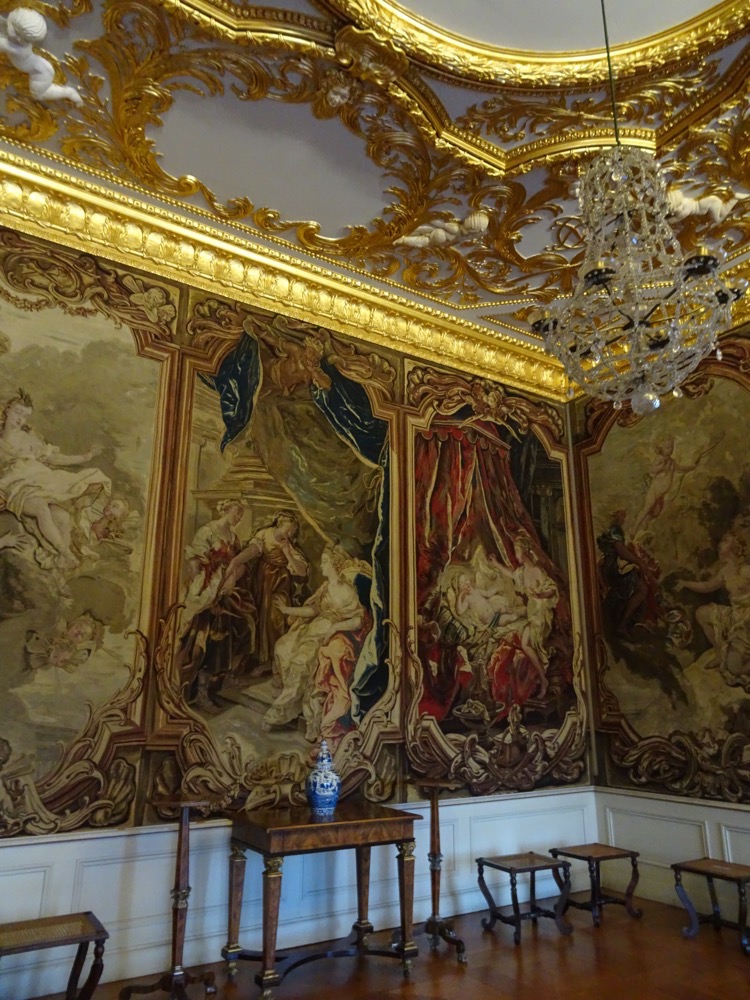
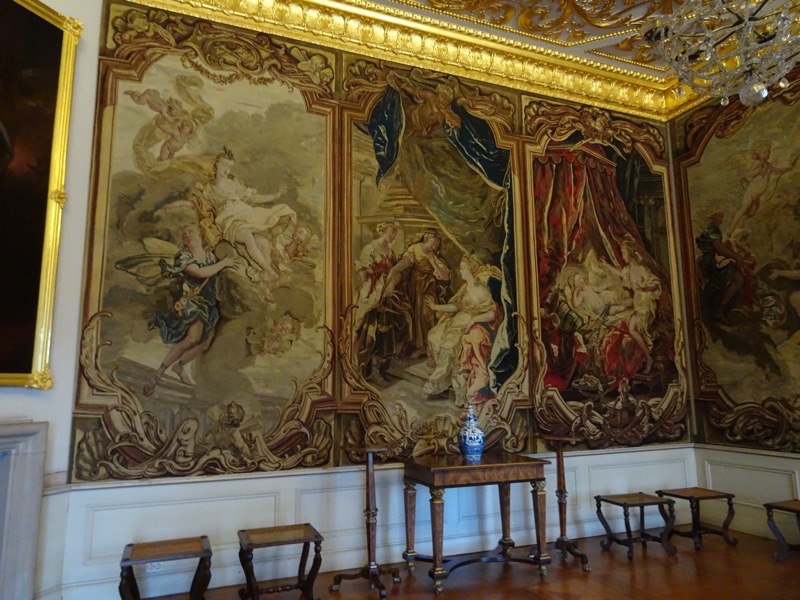 Cupid and Psyche are kinda evident everywhere.
Cupid and Psyche are kinda evident everywhere.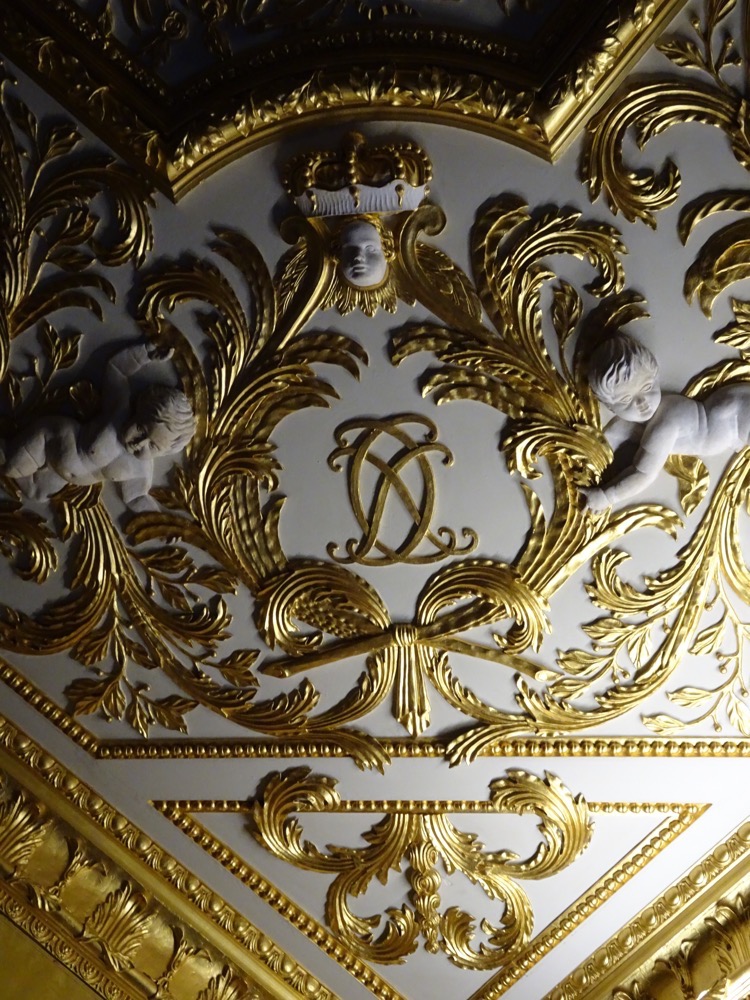 The Long Oval Hall was an entrance and recption area before the palace was extended, after which it became one of Sophie’s private rooms, it has exceptional views out to the gardens. But again was severly damaged in WWII so has also been recreated.
The Long Oval Hall was an entrance and recption area before the palace was extended, after which it became one of Sophie’s private rooms, it has exceptional views out to the gardens. But again was severly damaged in WWII so has also been recreated.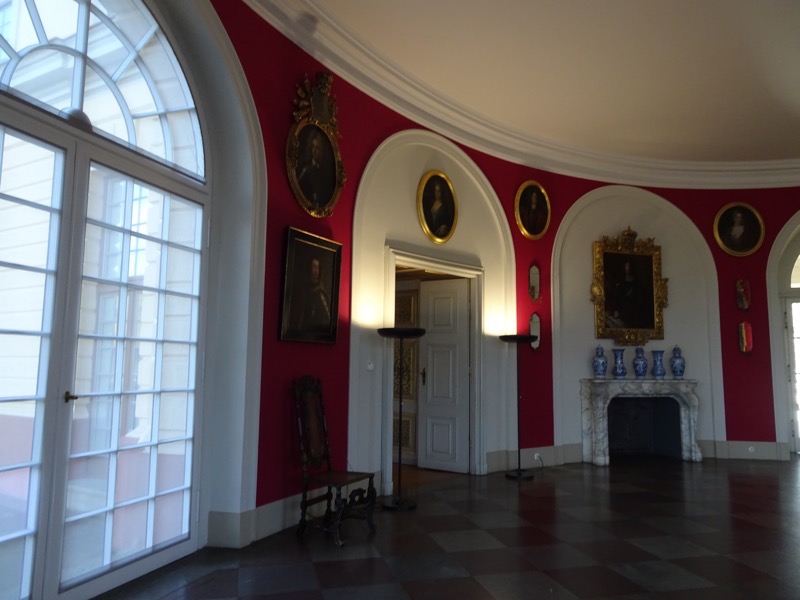 As we moved through the Palace we noticed quite a few chinoiserie ceramics. There seemed to be quite a lot of them for a palace of this style/age… little did we know.
As we moved through the Palace we noticed quite a few chinoiserie ceramics. There seemed to be quite a lot of them for a palace of this style/age… little did we know.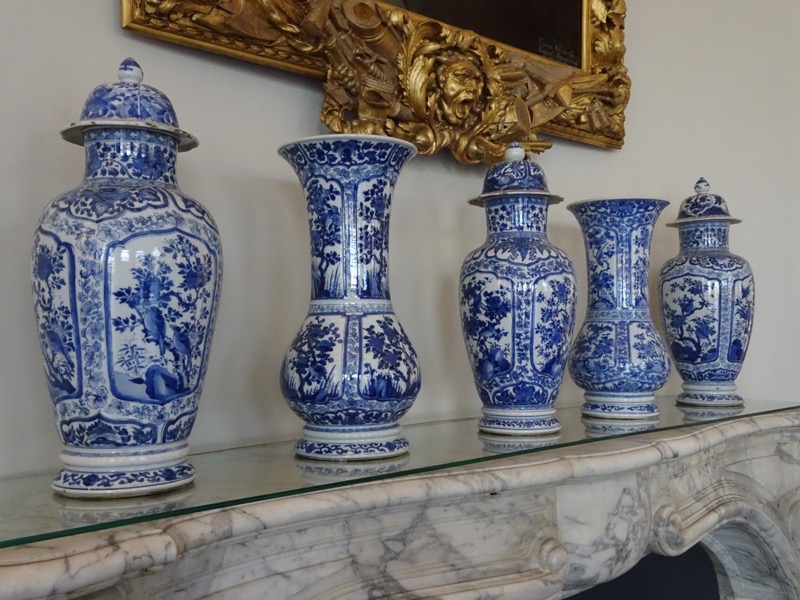 The Long Oval overlooked the formal gardens.
The Long Oval overlooked the formal gardens.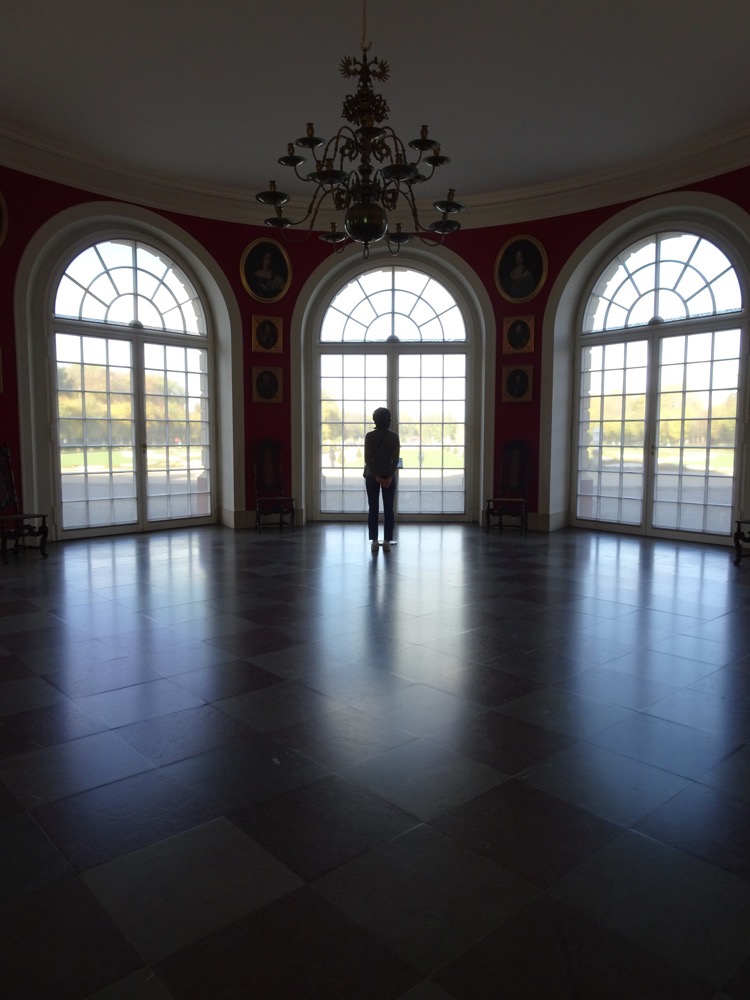
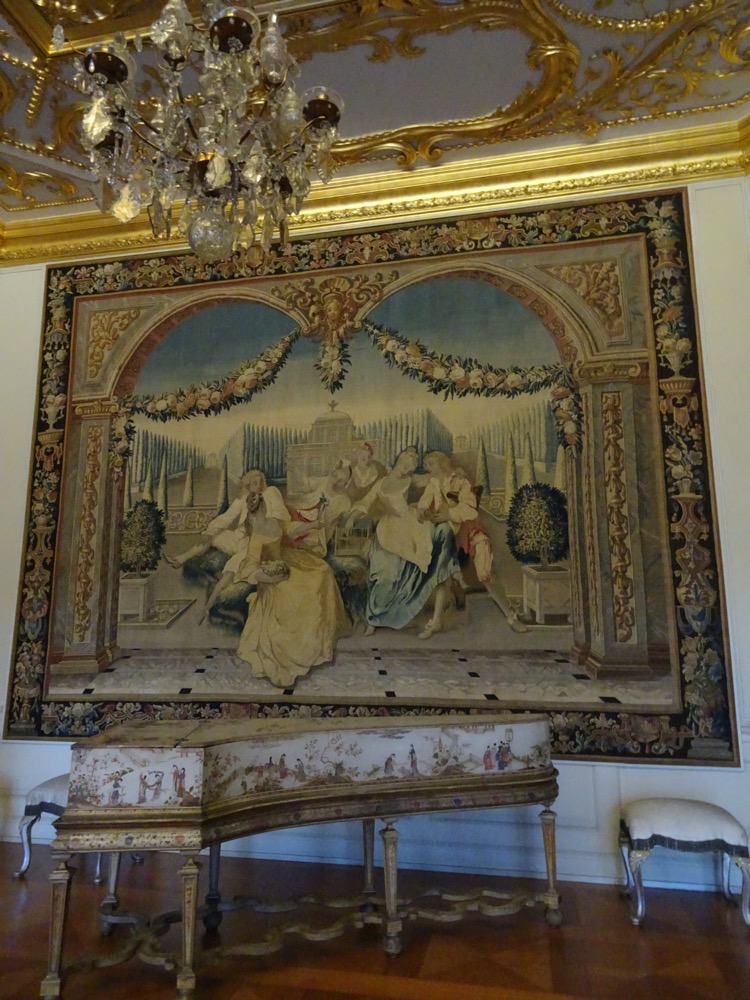 After Sophie’s death, Frederick used her second antechamber as a small audience chamber. The tapestries were added in 1740 by his grandson, however, all in here was also damaged so is copied or reconstructed. One of the placards I read in here said all the fireplaces had been deliberately built to have consoles for displaying porcelain.
After Sophie’s death, Frederick used her second antechamber as a small audience chamber. The tapestries were added in 1740 by his grandson, however, all in here was also damaged so is copied or reconstructed. One of the placards I read in here said all the fireplaces had been deliberately built to have consoles for displaying porcelain.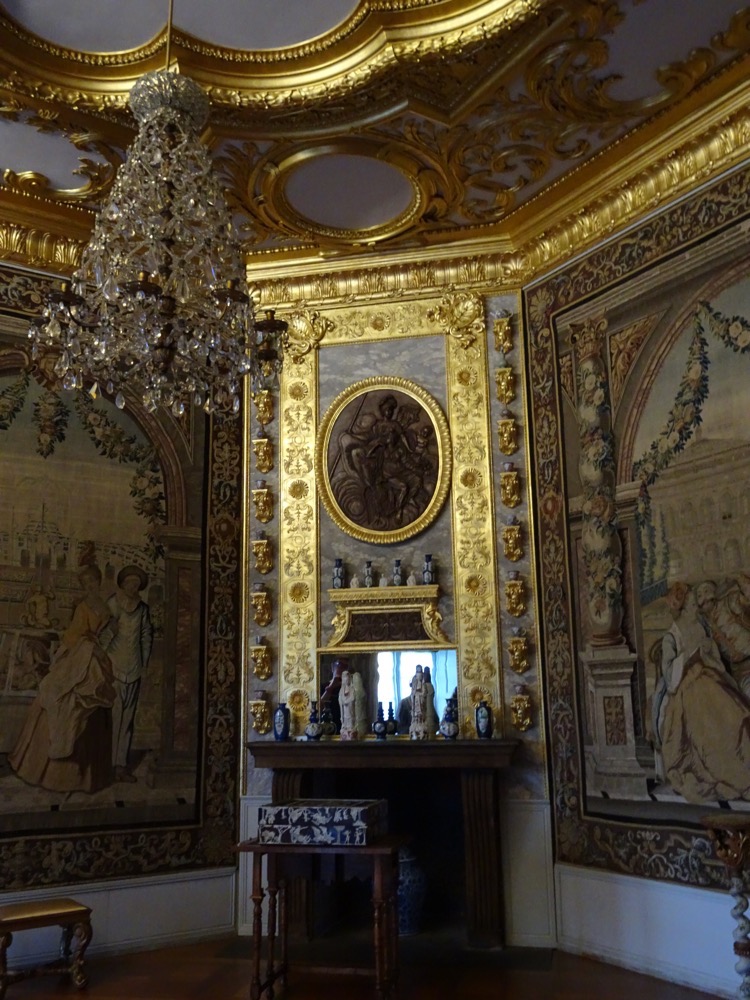
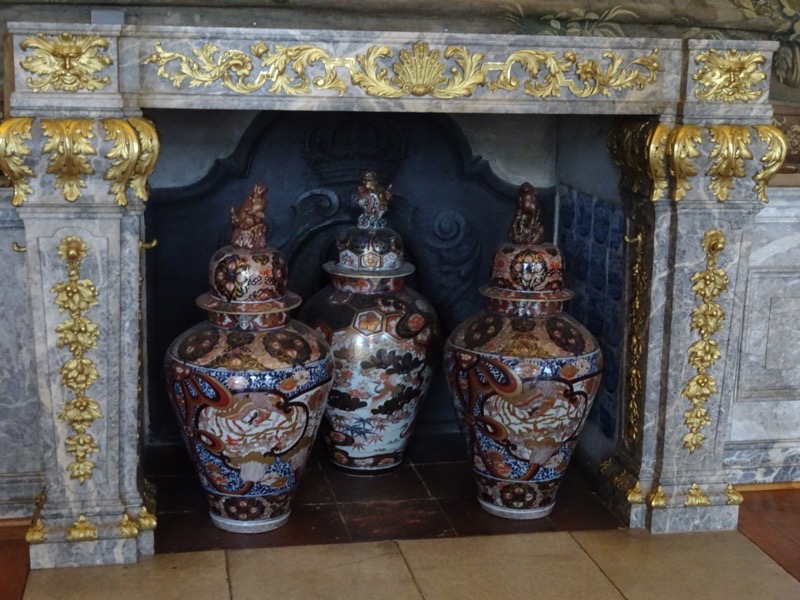
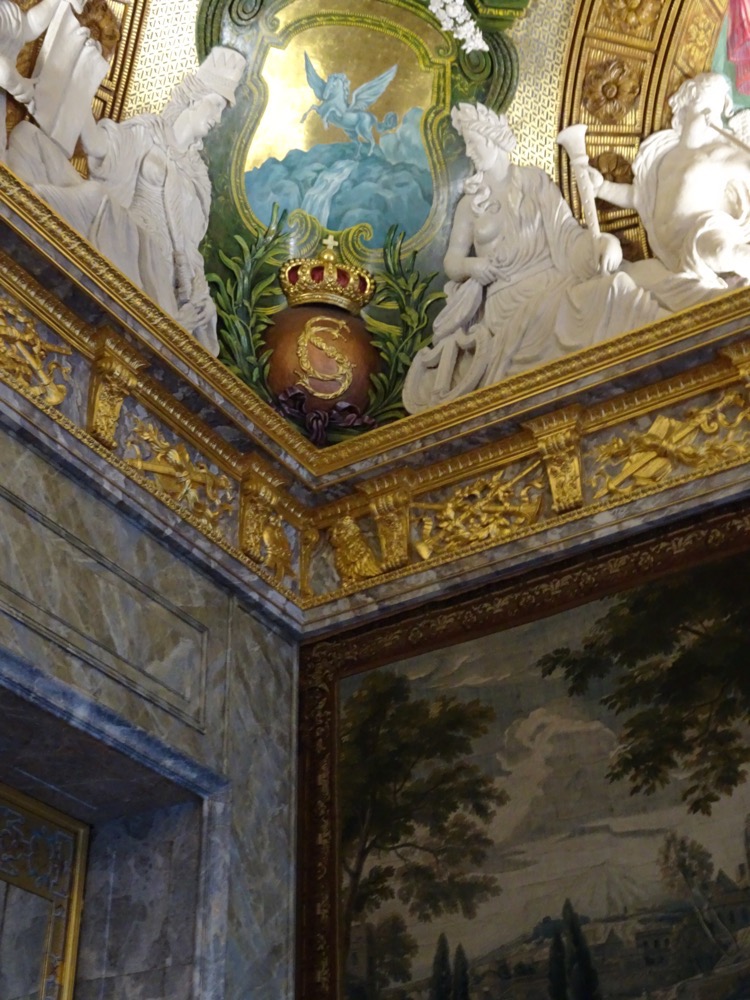 Another audience chamber, also demonstrating their particular fondness for ceramics.
Another audience chamber, also demonstrating their particular fondness for ceramics.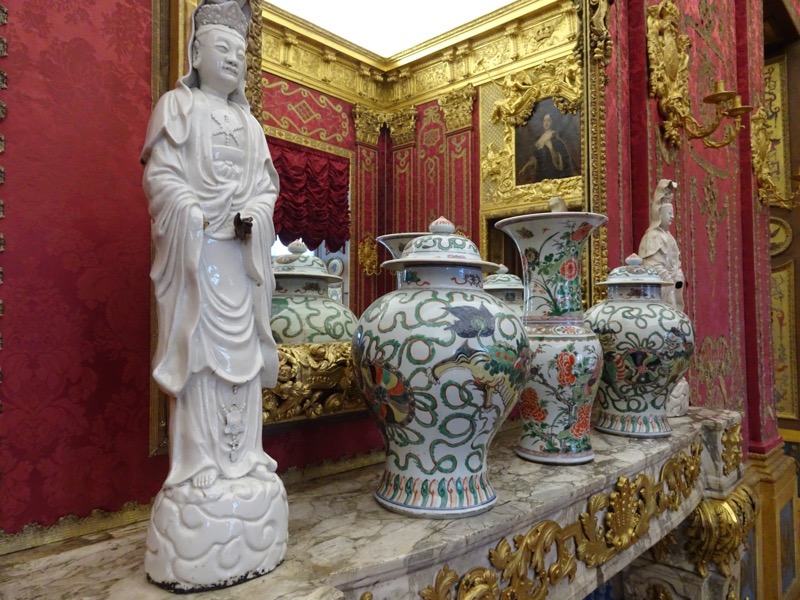
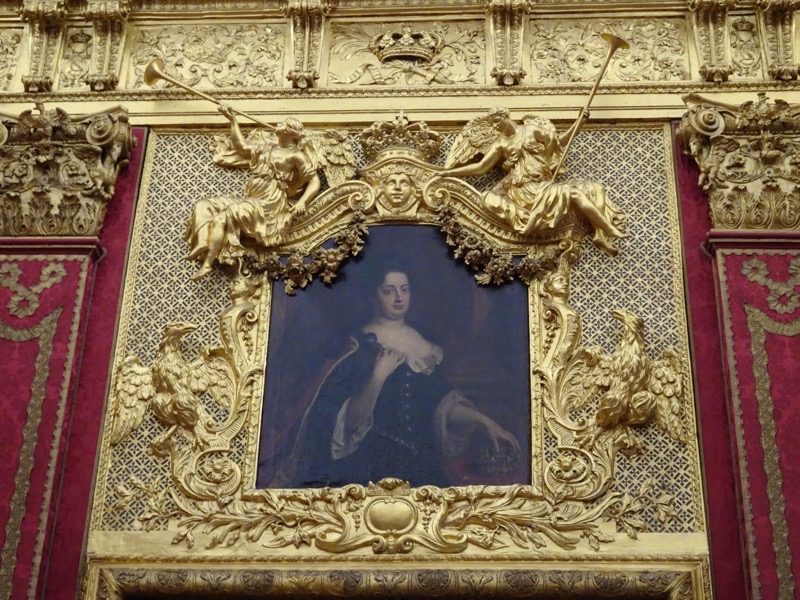 And a third audience chamber… there was little to indicate whether all these audience chambers served different purposes or were for people of varying levels of acquaintance (well nothing I saw in English anyway). However, this room indicated that it was for private audiences with intimate members of the family and the King and his guest would have chairs of equal size. It also had the most amazing ceiling that is painted on canvas and survived the war, so it is the original art.
And a third audience chamber… there was little to indicate whether all these audience chambers served different purposes or were for people of varying levels of acquaintance (well nothing I saw in English anyway). However, this room indicated that it was for private audiences with intimate members of the family and the King and his guest would have chairs of equal size. It also had the most amazing ceiling that is painted on canvas and survived the war, so it is the original art.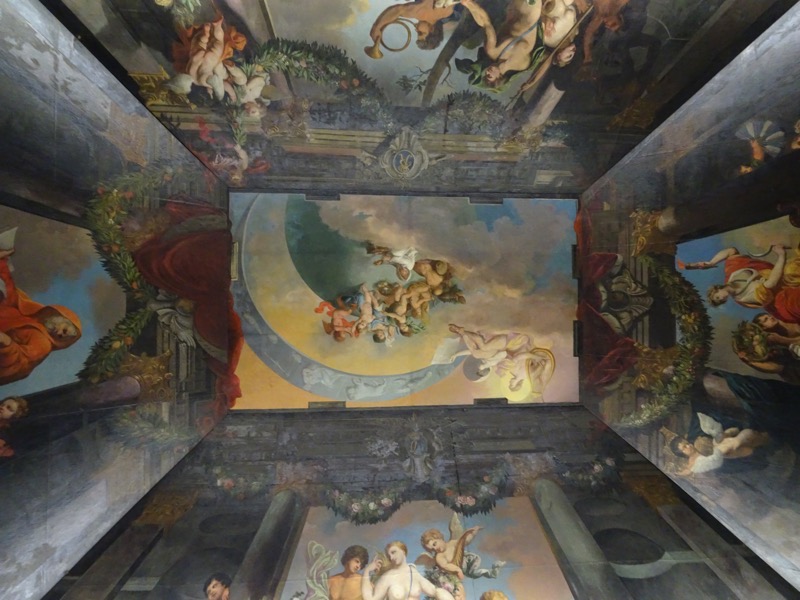 and more porcelain of course.
and more porcelain of course.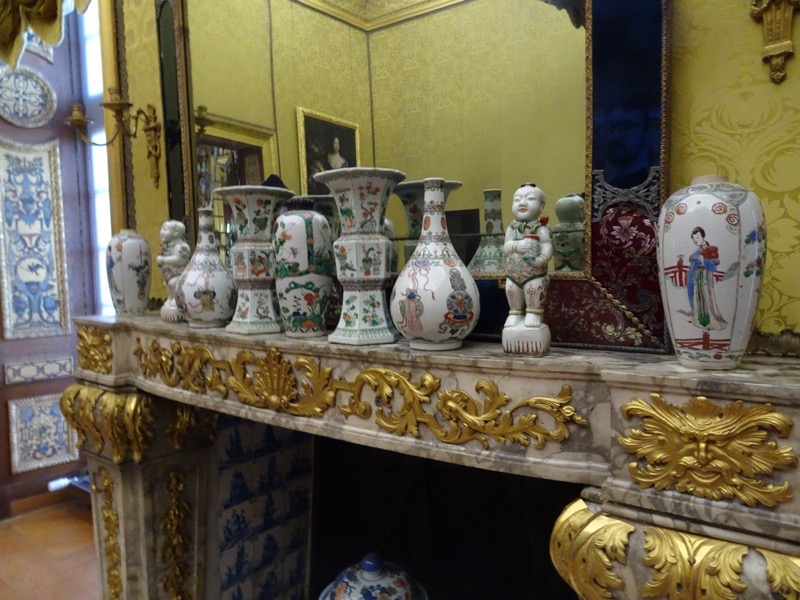
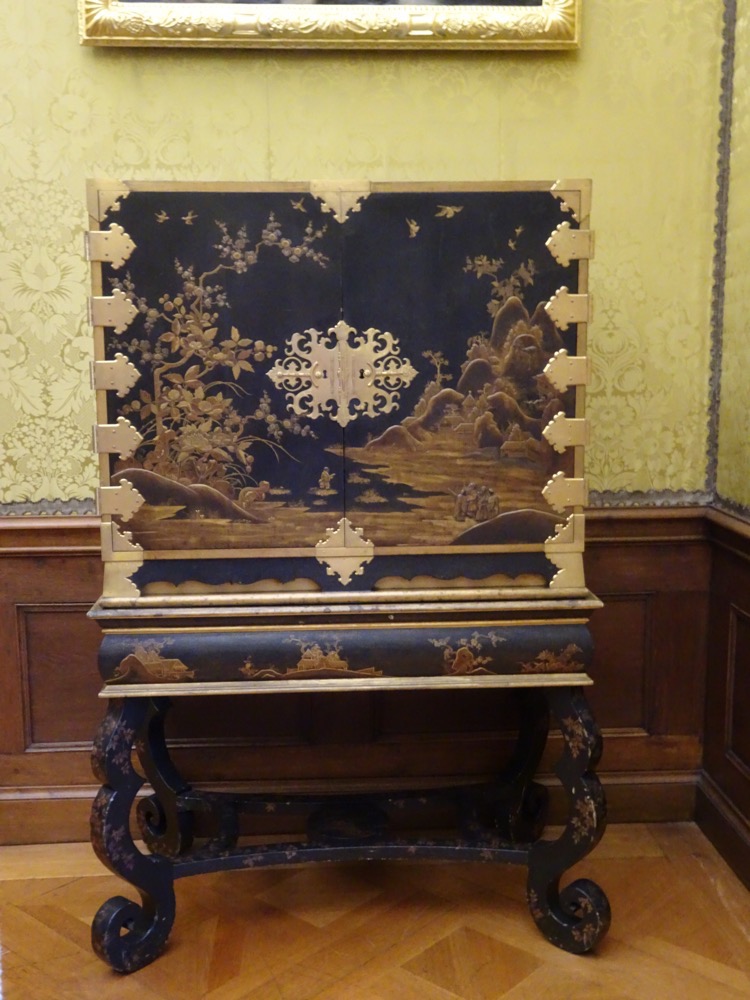 Which then led into ‘the Porcelain Cabinet’
Which then led into ‘the Porcelain Cabinet’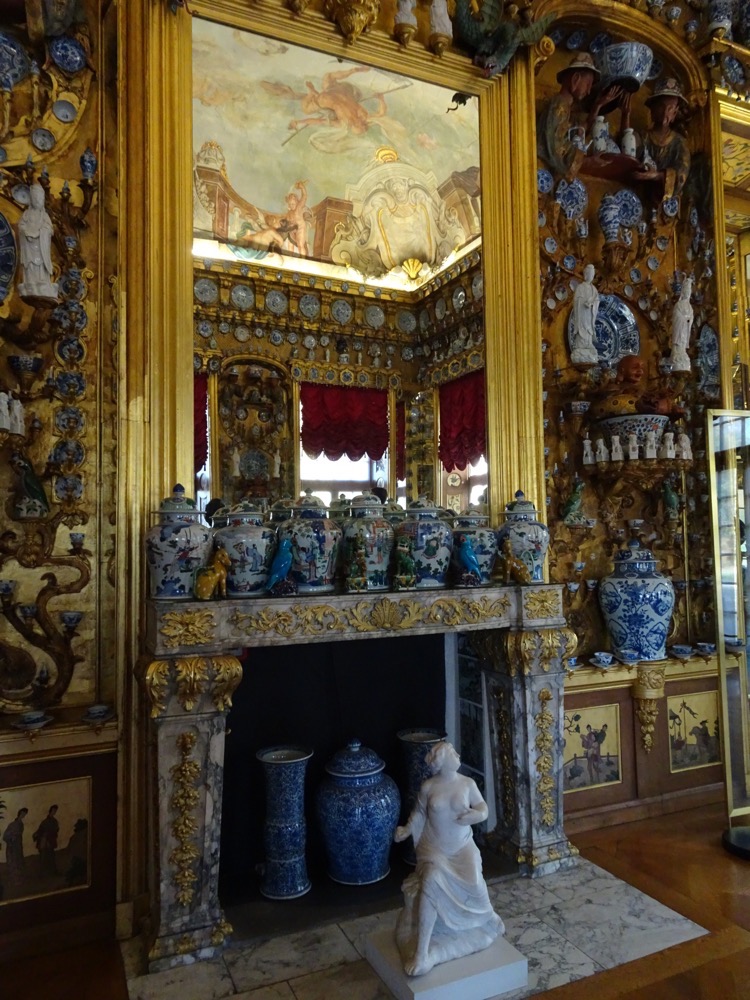 “The Porcelain Cabinet is the magnificent highlight of the 140m long flight of rooms on the palace’s garden side. However, when Sophie Charlotte died in 1705, the construction works were by no means finished and were not in fact completed until 1706. The walls have been designed in a way that shows the porcelain and figural motifs off to their best advantage. The ceiling murals painted in 1706 by Anthonie Coxie, are allegorical images glorifying the rise of the Prussian royal dynasty. The Cabinet was heavily damaged in 1943 and restored in 1967.”
“The Porcelain Cabinet is the magnificent highlight of the 140m long flight of rooms on the palace’s garden side. However, when Sophie Charlotte died in 1705, the construction works were by no means finished and were not in fact completed until 1706. The walls have been designed in a way that shows the porcelain and figural motifs off to their best advantage. The ceiling murals painted in 1706 by Anthonie Coxie, are allegorical images glorifying the rise of the Prussian royal dynasty. The Cabinet was heavily damaged in 1943 and restored in 1967.”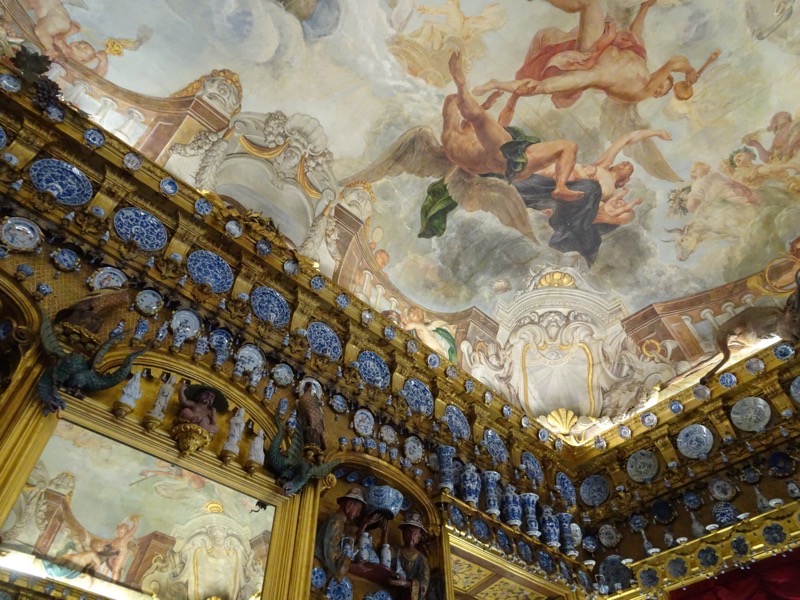 My how our sensibilities of what is ‘beautiful’ has changed.
My how our sensibilities of what is ‘beautiful’ has changed.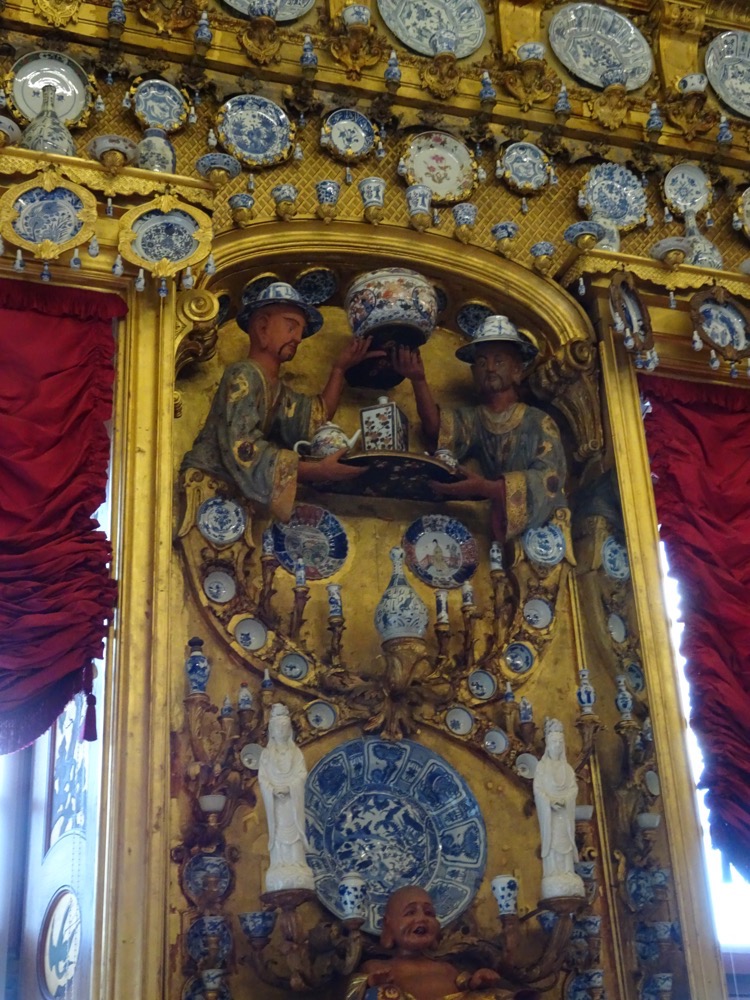
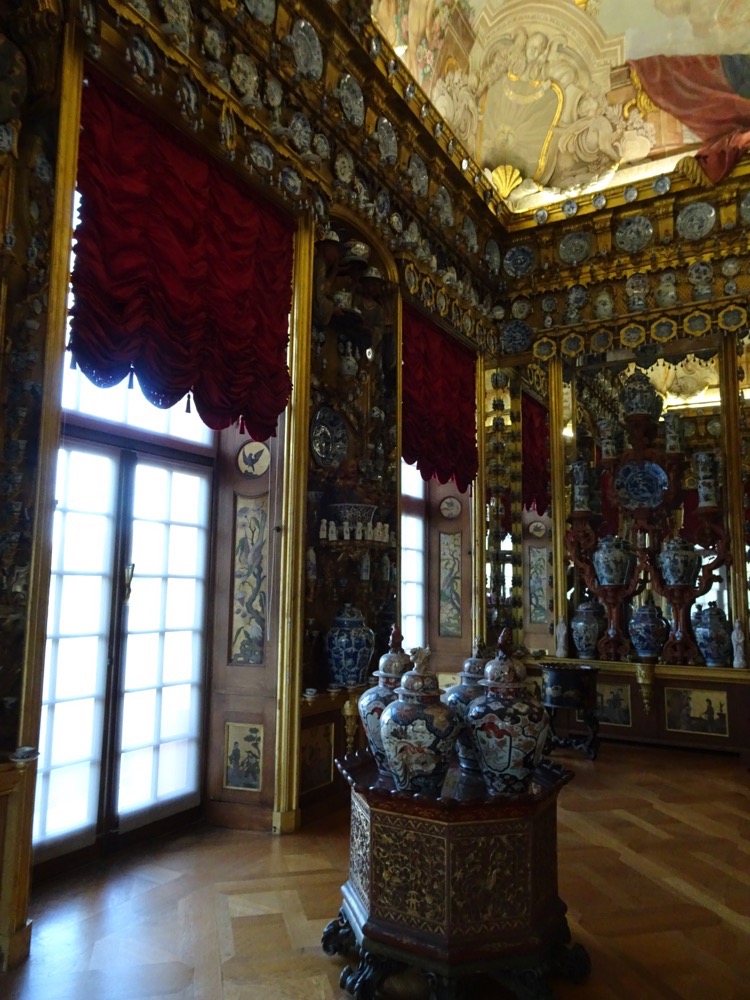 Next to the Porcelain Cabinet is the Royal Chapel – lavishly gilded and heavily ornamented.
Next to the Porcelain Cabinet is the Royal Chapel – lavishly gilded and heavily ornamented.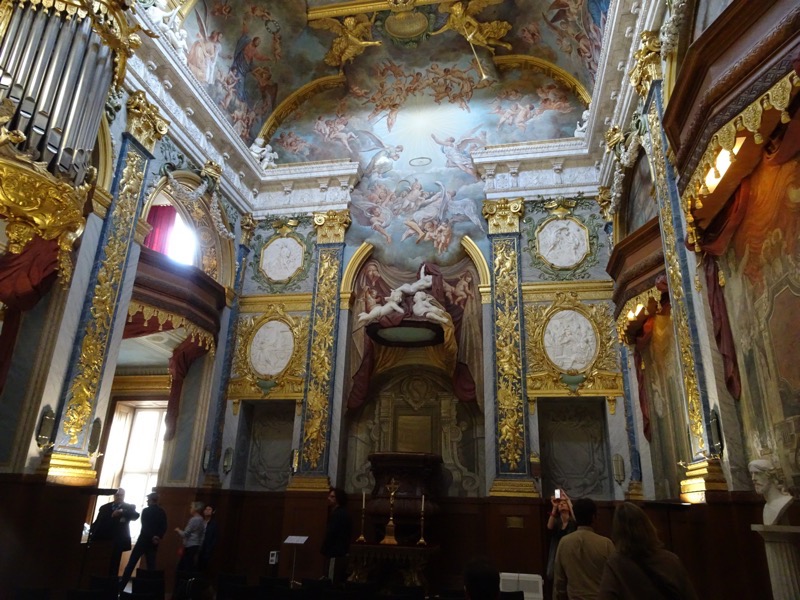
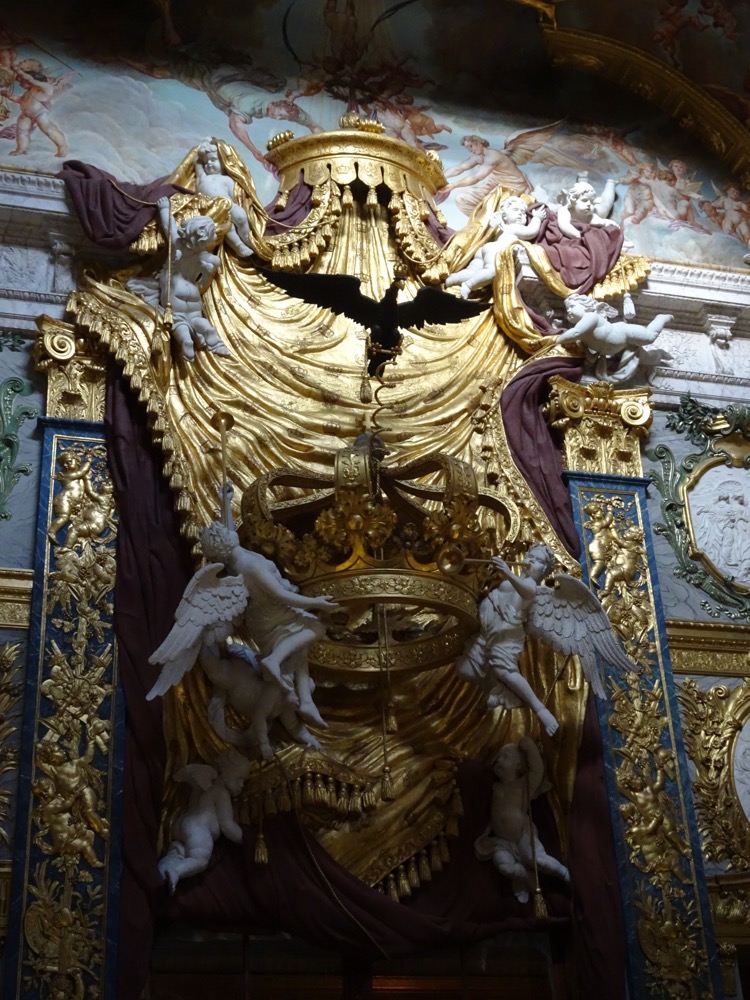
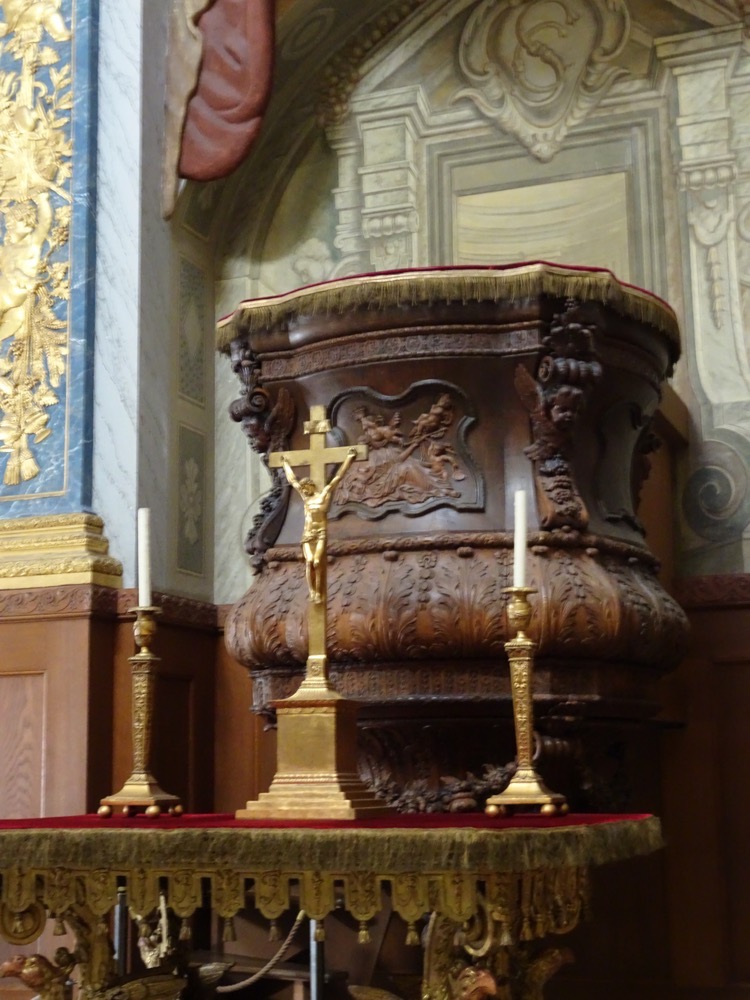 With its own miniature pipe organ.
With its own miniature pipe organ.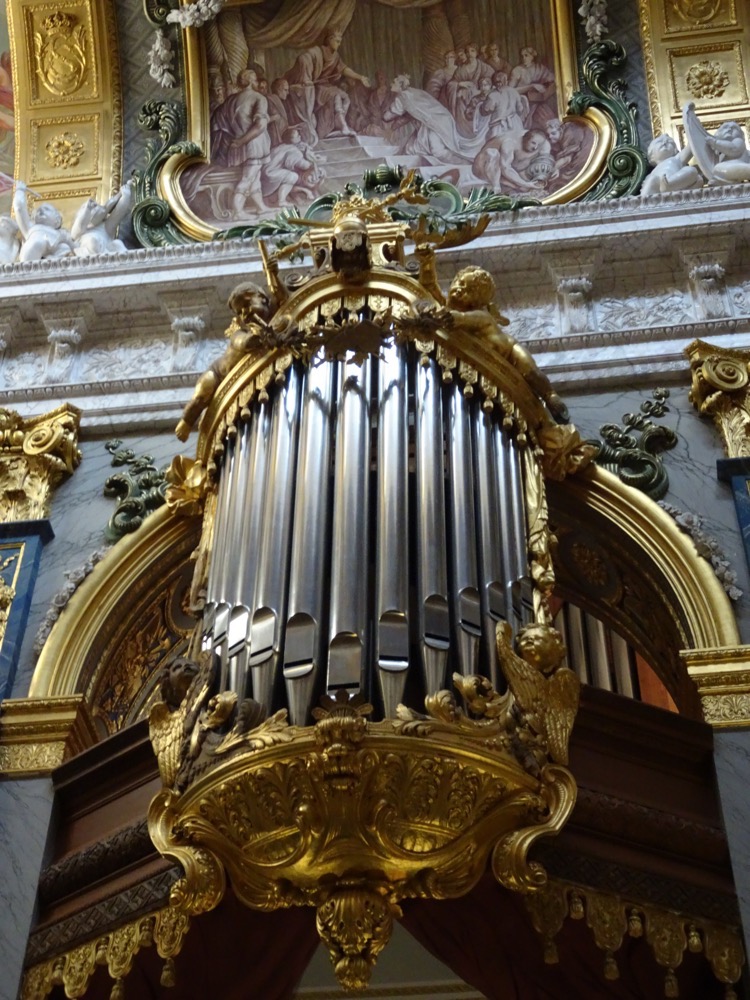 Portrait gallery on the way out.
Portrait gallery on the way out.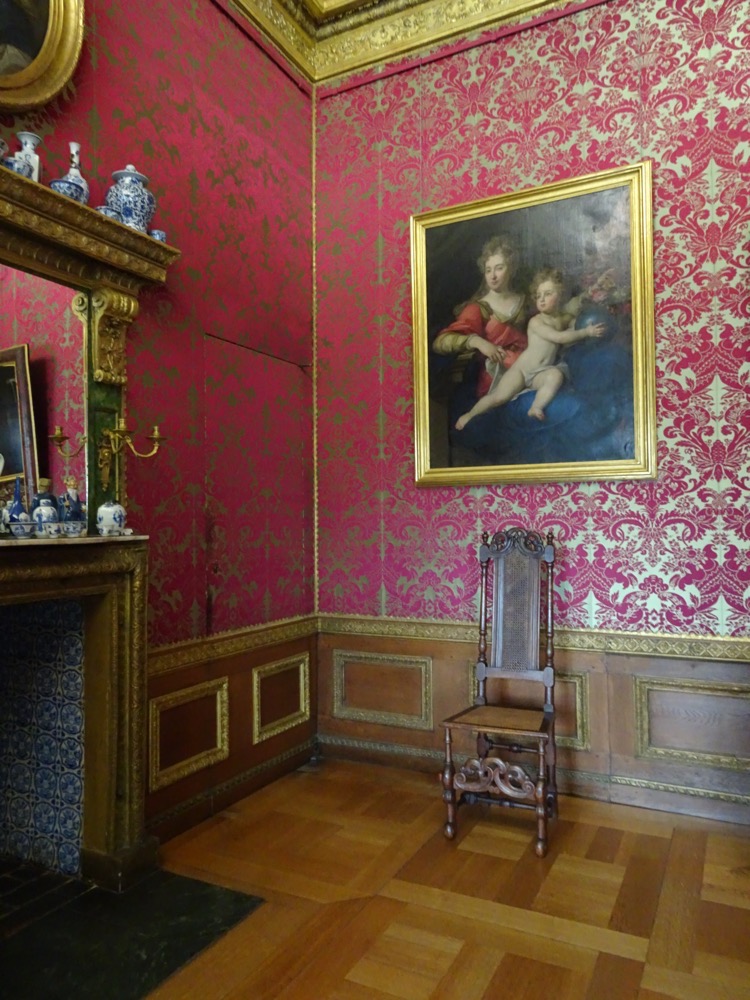

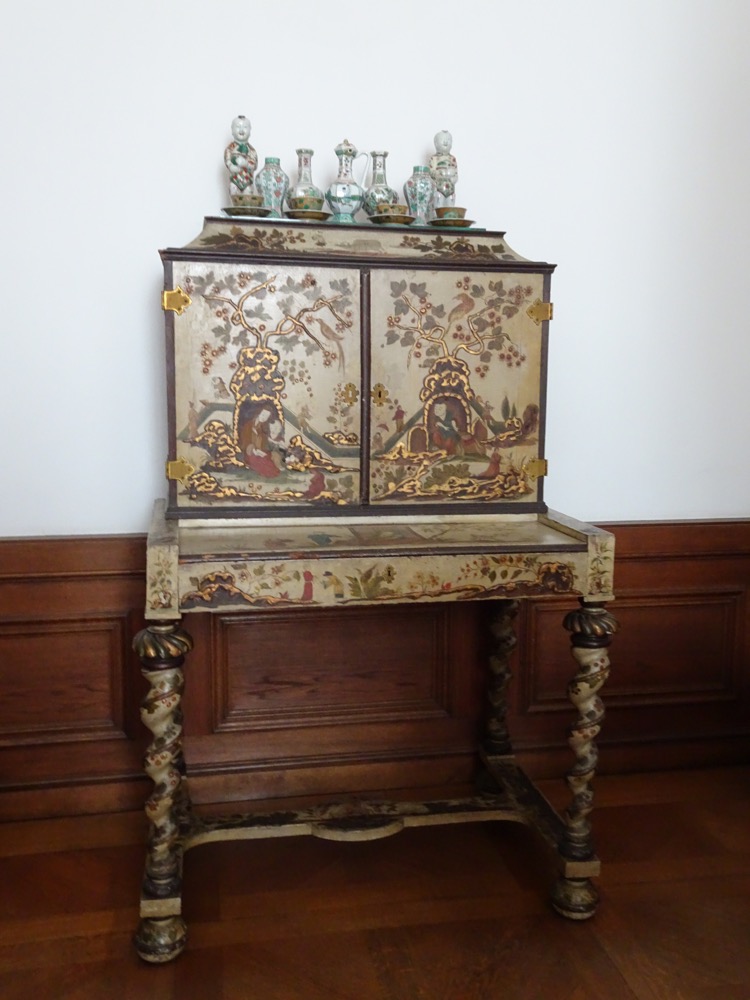 You exit through a servants entrance cleverly hidden under the stairs. The tour is supposed to continue on through the upper apartments, but there is a rope telling us it is closed. This is most likely due to the fact that it is October and they don’t want to staff the entire Palace for the winter, so we missed out on another 140m of lavish apartments upstairs.
You exit through a servants entrance cleverly hidden under the stairs. The tour is supposed to continue on through the upper apartments, but there is a rope telling us it is closed. This is most likely due to the fact that it is October and they don’t want to staff the entire Palace for the winter, so we missed out on another 140m of lavish apartments upstairs.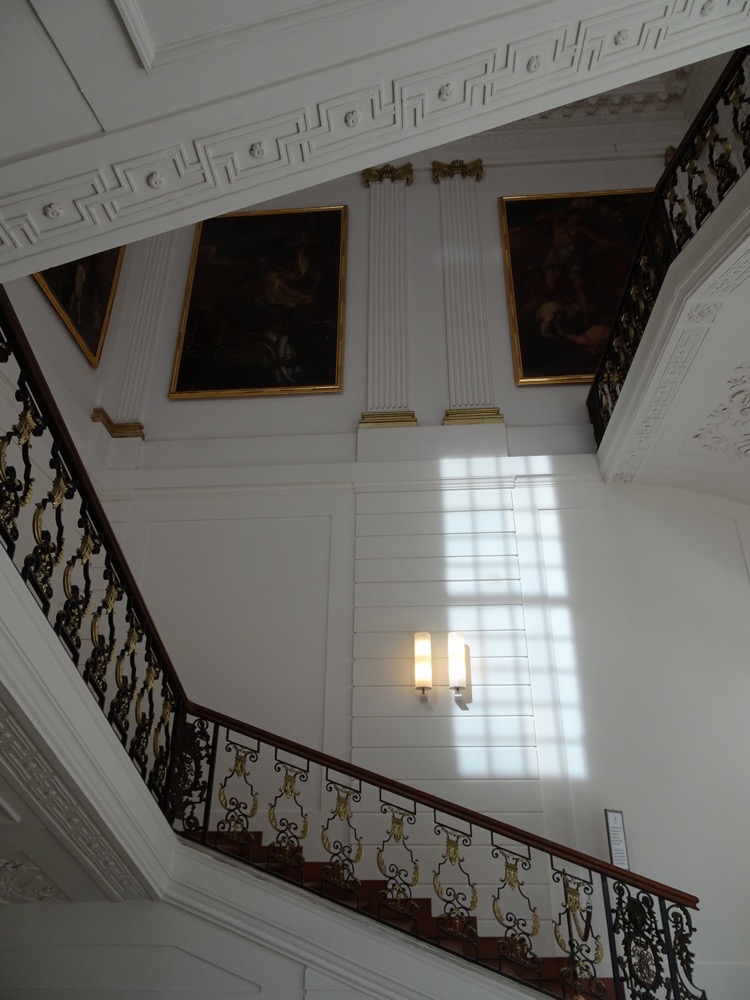 The weather had turned ‘moody’ while we were inside.
The weather had turned ‘moody’ while we were inside.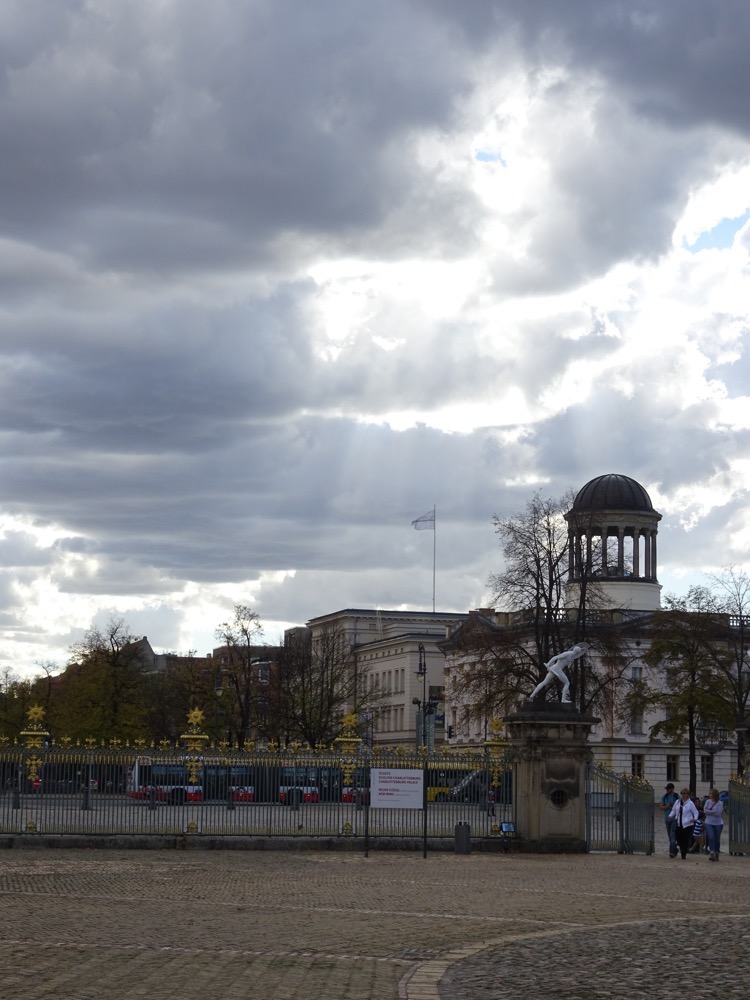
 One for Leofric that I saw in the gift shop. 🙂
One for Leofric that I saw in the gift shop. 🙂 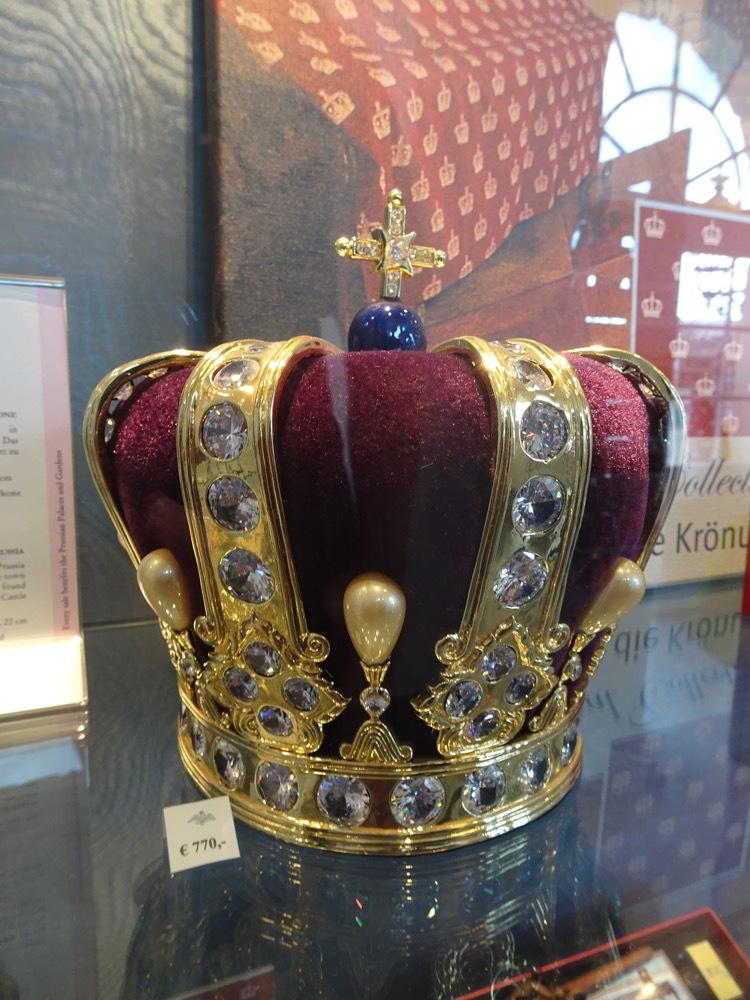 We walked around the back of the palace to see the formal gardens, but without an elevated viewpoint – it’s difficult to see the impressive design.
We walked around the back of the palace to see the formal gardens, but without an elevated viewpoint – it’s difficult to see the impressive design.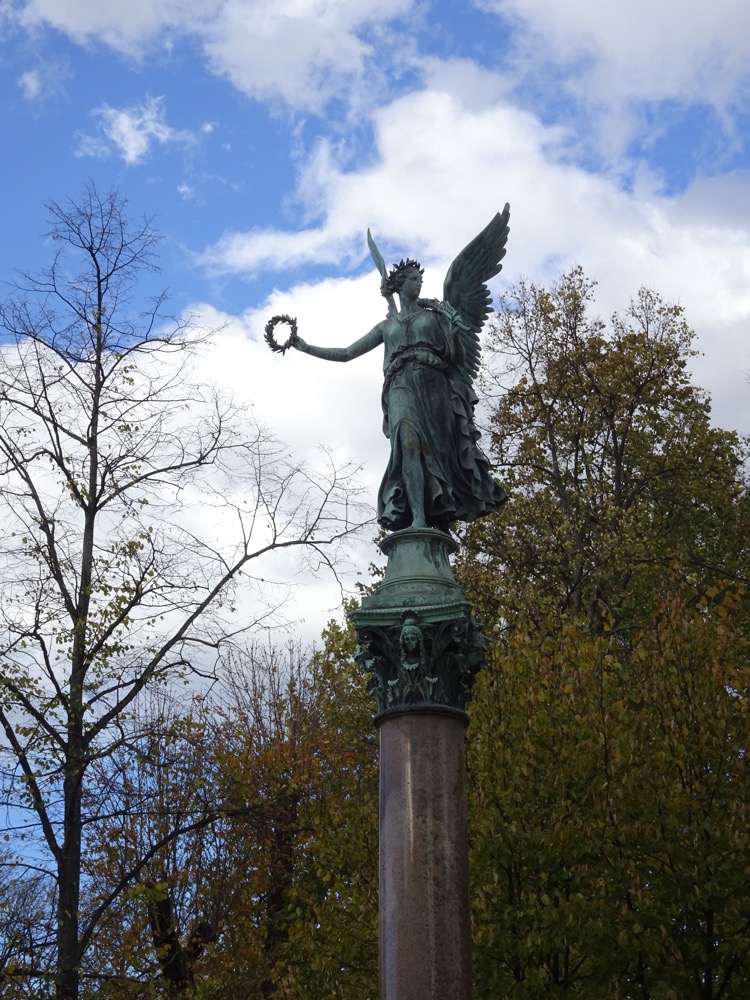
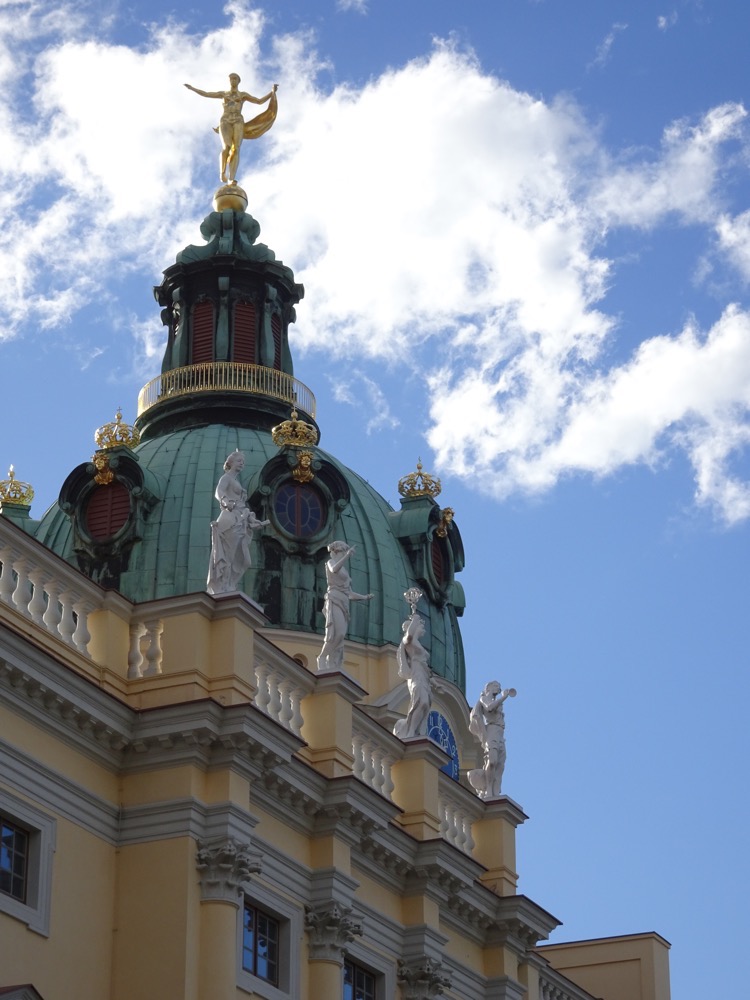
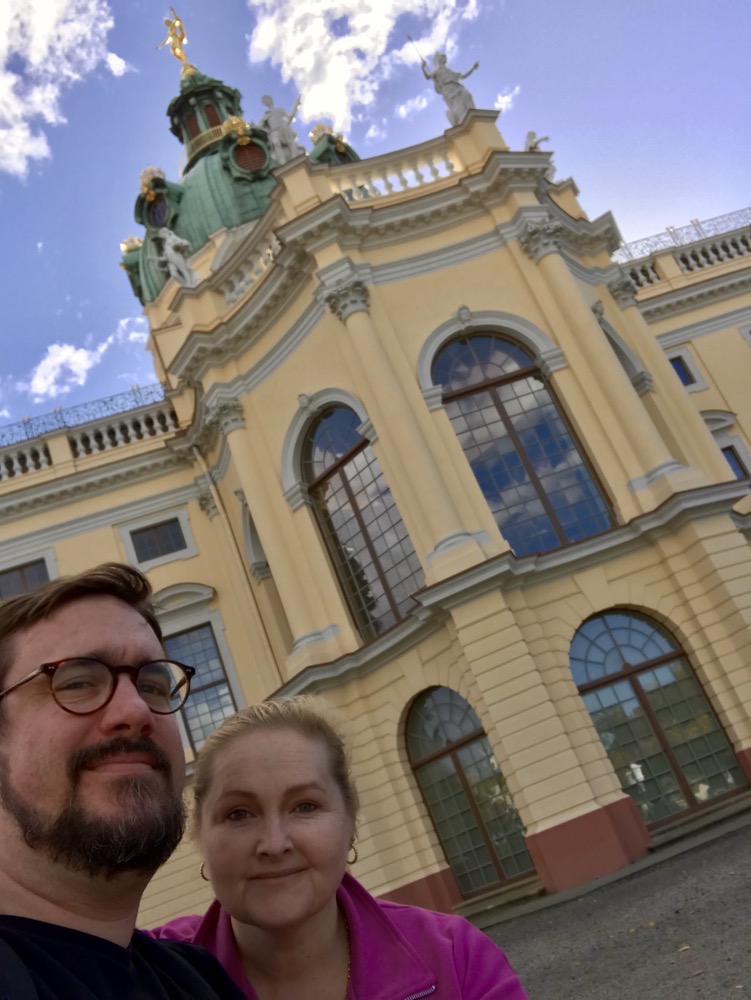

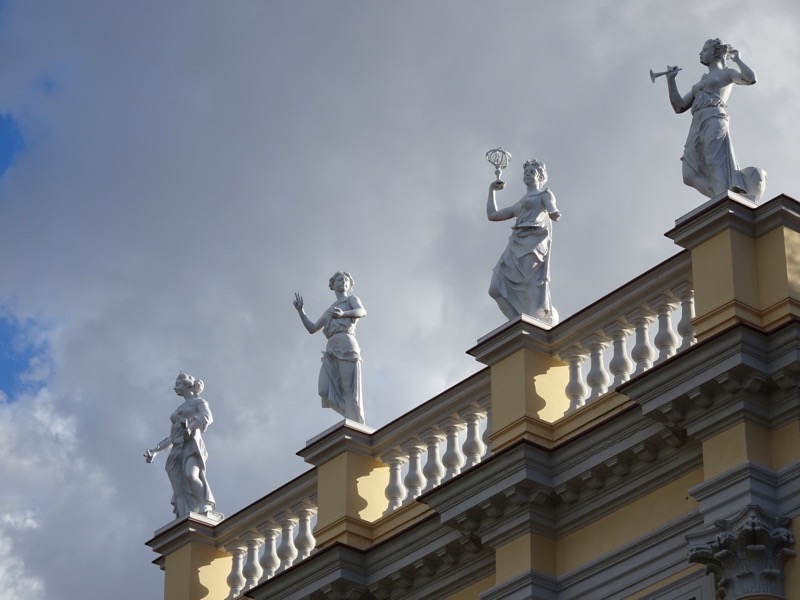
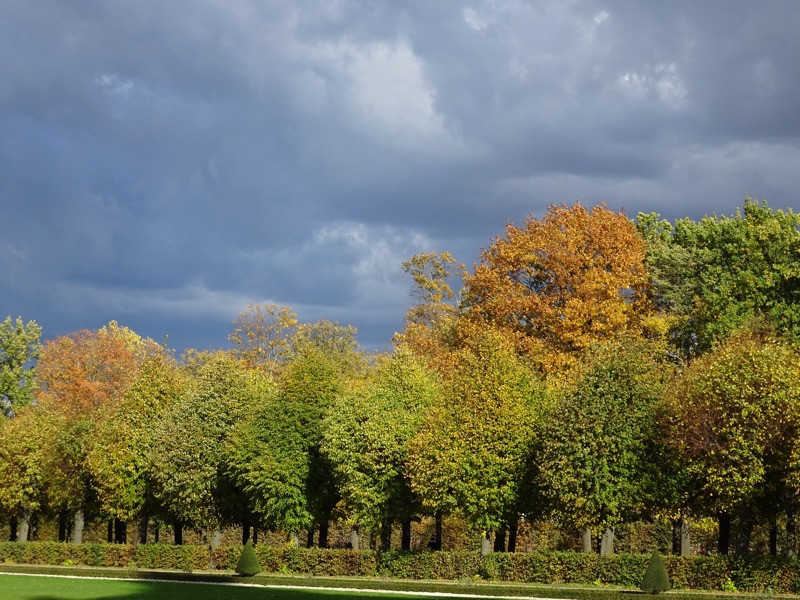
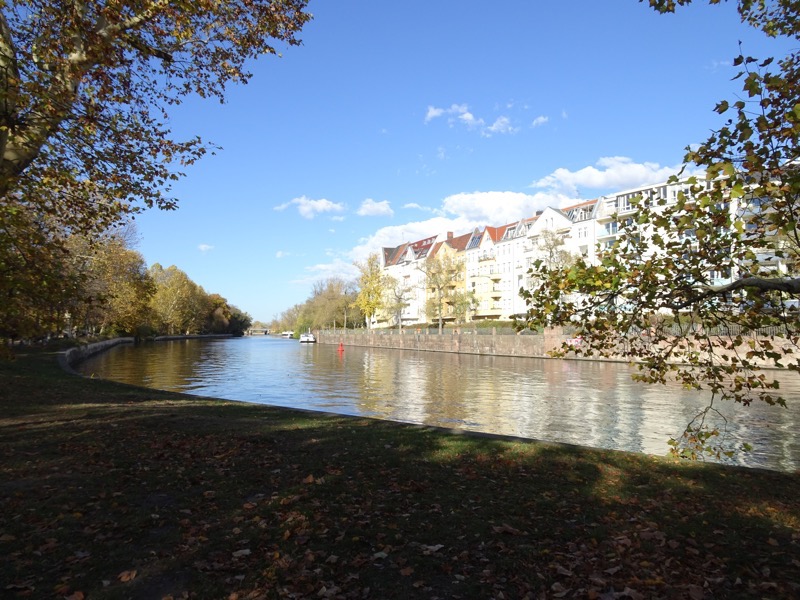
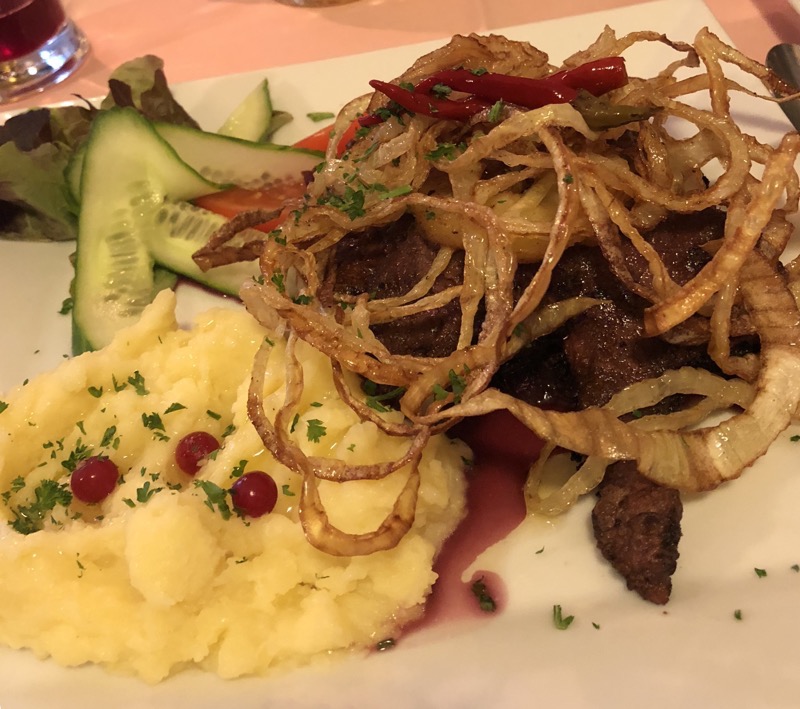 Wild boar sausage with pierogi :
Wild boar sausage with pierogi :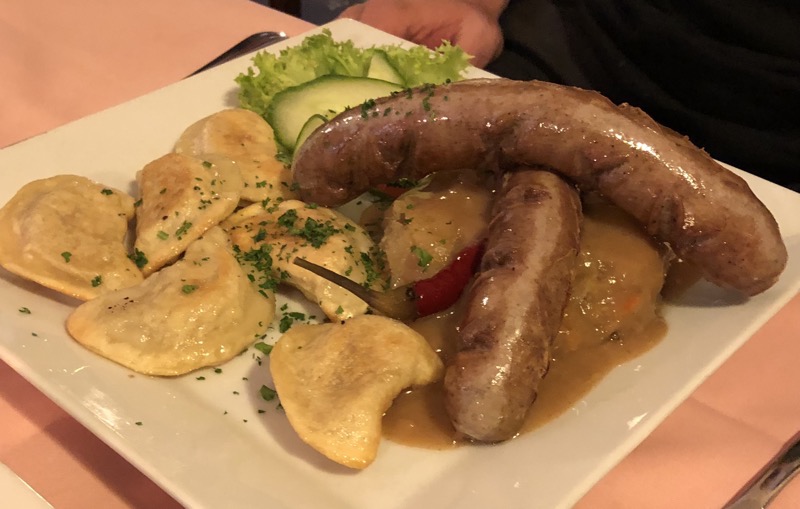 Last Russian honey cake until we go back to Russia or maybe do trans-Siberianan rail trip. 😛
Last Russian honey cake until we go back to Russia or maybe do trans-Siberianan rail trip. 😛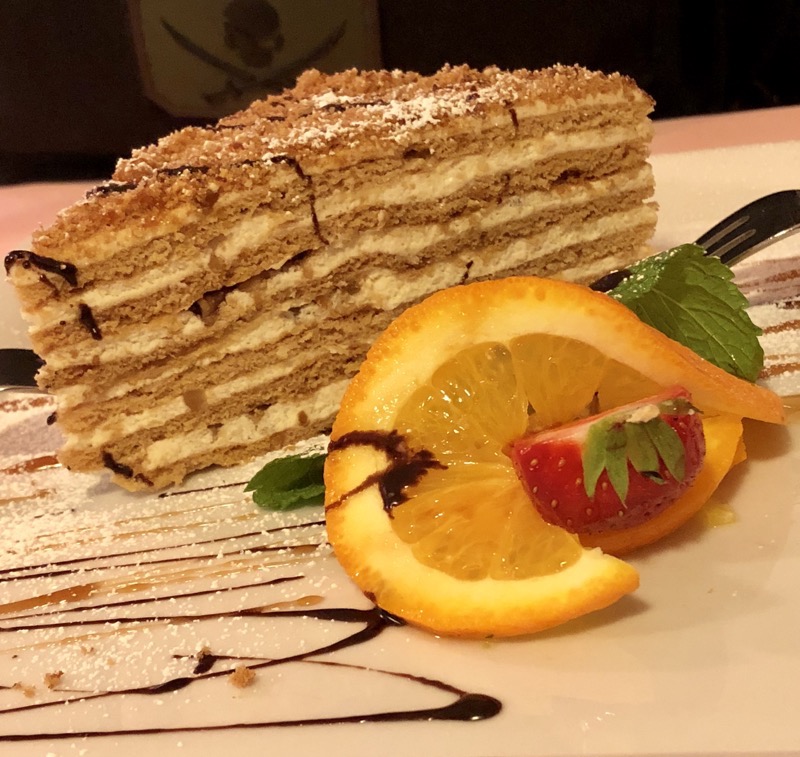 After lunch, we did some masterful navigating of Berlin’s bus and train systems to go see the East Side Gallery. The East Side Gallery is an open-air art gallery which consists of a series of large murals that have been painted directly onto a remnant of the Berlin Wall.
After lunch, we did some masterful navigating of Berlin’s bus and train systems to go see the East Side Gallery. The East Side Gallery is an open-air art gallery which consists of a series of large murals that have been painted directly onto a remnant of the Berlin Wall. 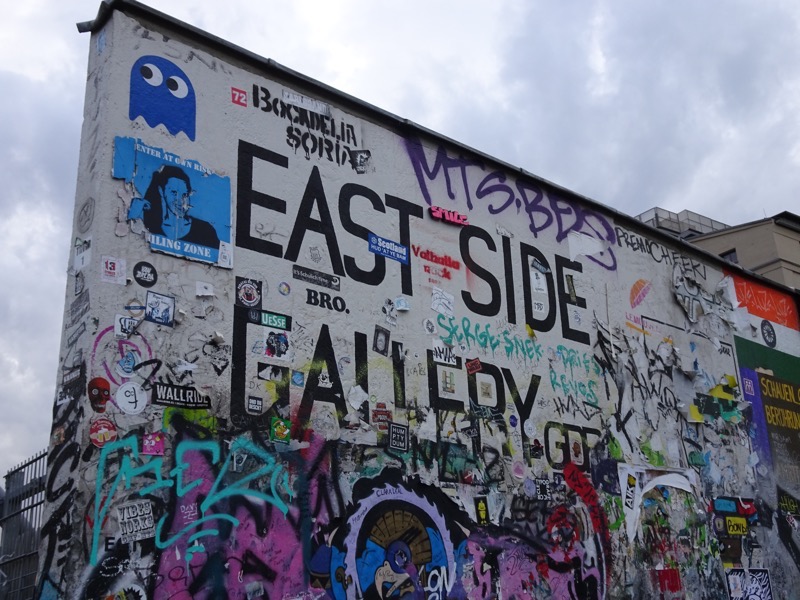
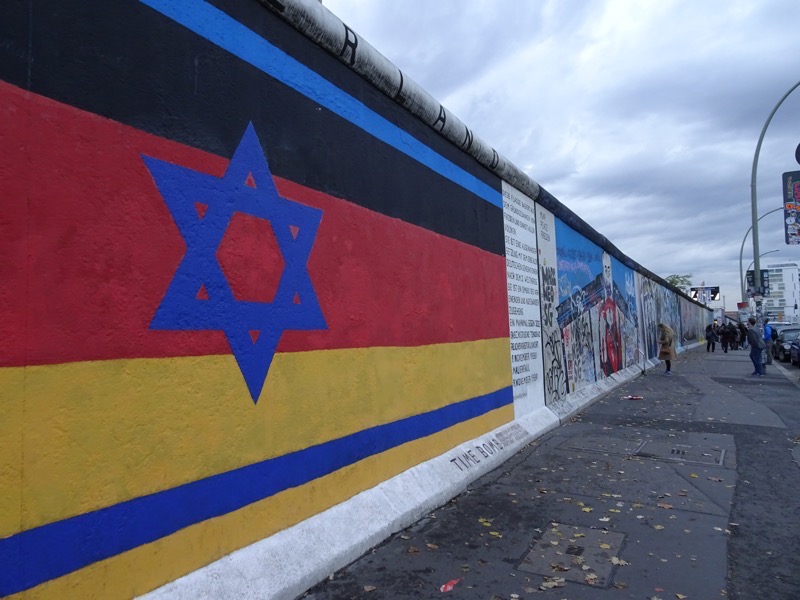 The paintings on Mühlenstraße started in 1990 and is over 1.3kms long making it the largest open-air art gallery in the world. There has been a lot of grafitti put on the artworks over the years, and some piece have been restored, but there is controversy over this with many artists refusing to re-do their artworks.
The paintings on Mühlenstraße started in 1990 and is over 1.3kms long making it the largest open-air art gallery in the world. There has been a lot of grafitti put on the artworks over the years, and some piece have been restored, but there is controversy over this with many artists refusing to re-do their artworks.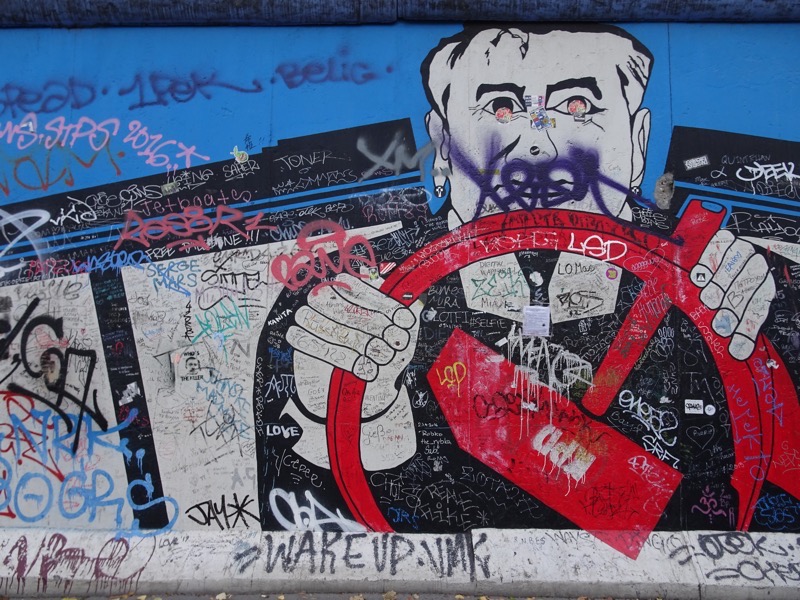
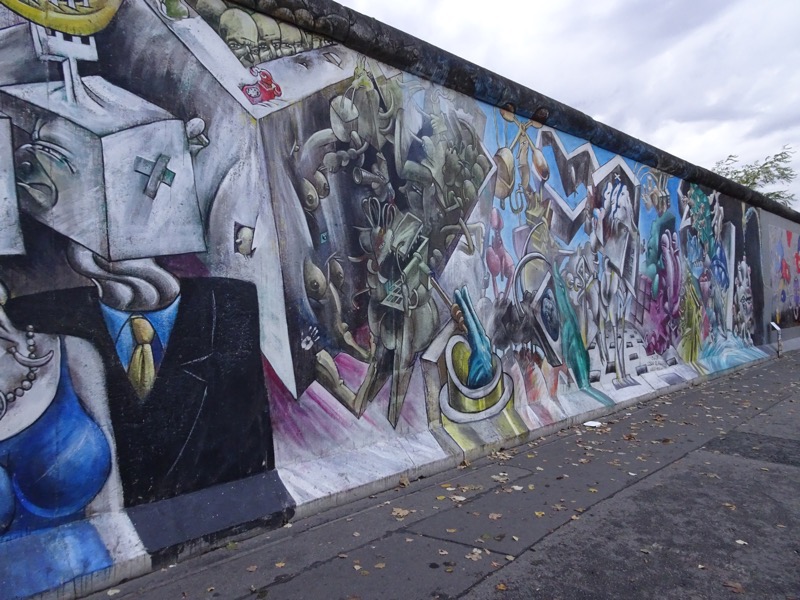 Today, it seems most of the art works are being left alone and not being grafitted, but there are areas of the wall where it seems grafitti is encouraged, as this is a living used space.
Today, it seems most of the art works are being left alone and not being grafitted, but there are areas of the wall where it seems grafitti is encouraged, as this is a living used space.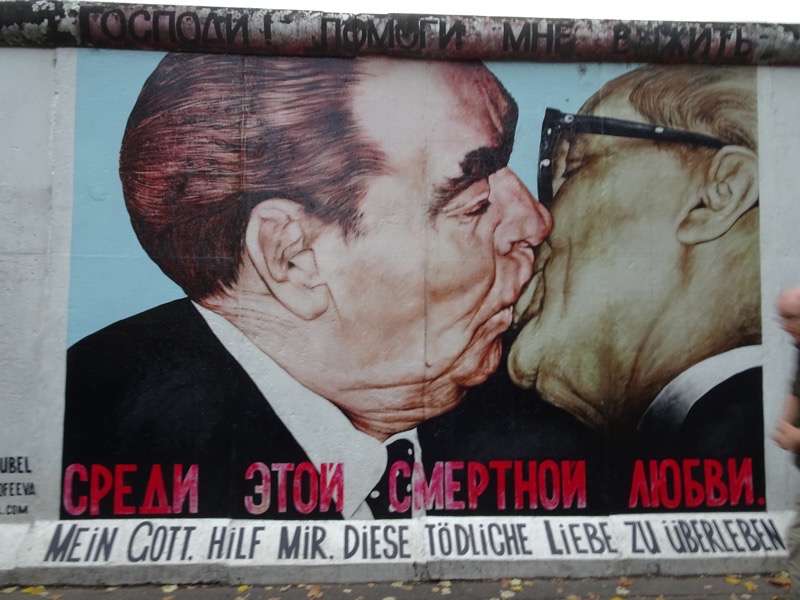 I love this: Moscow…walls; China… walls; Everywhere… no walls (with kangaroo!);, Berlin… walls.
I love this: Moscow…walls; China… walls; Everywhere… no walls (with kangaroo!);, Berlin… walls.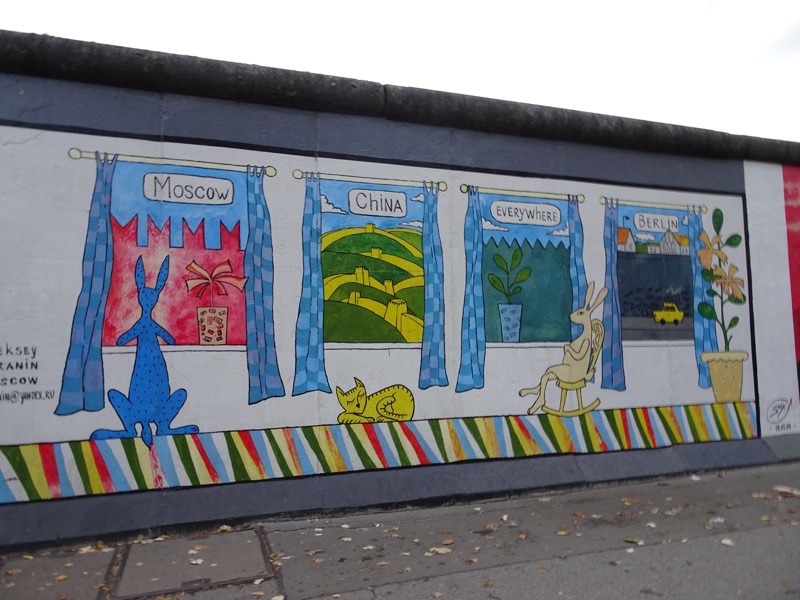 This section of wall is all grafitti… the big stenciled work is not an official piece.
This section of wall is all grafitti… the big stenciled work is not an official piece.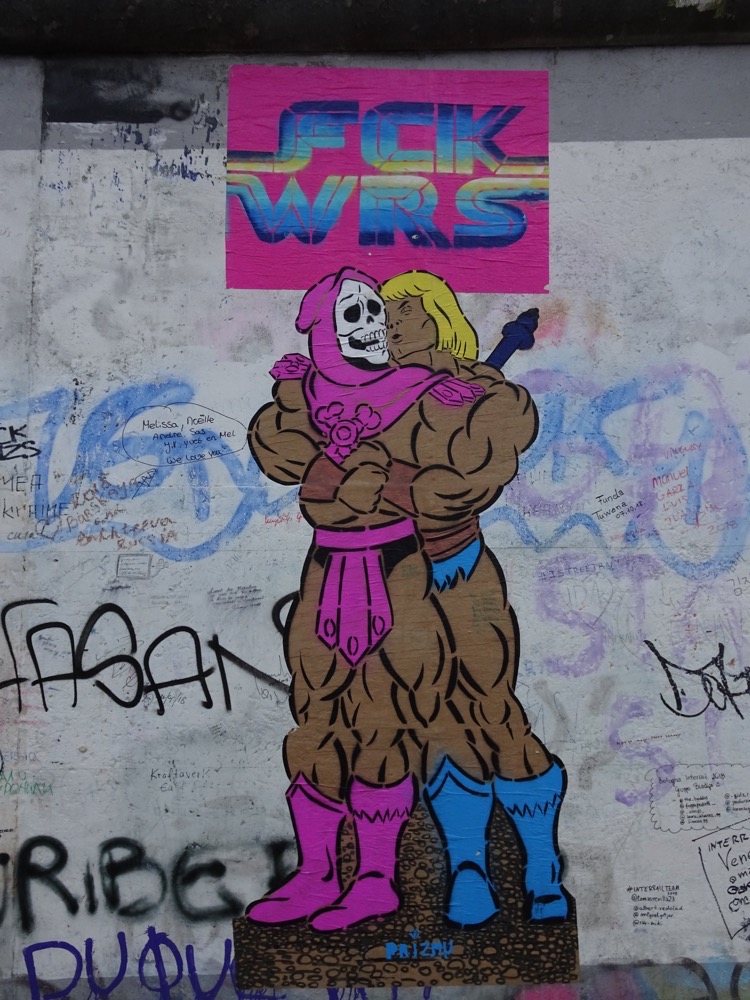 So we thought this was a good place to leave a small mark.
So we thought this was a good place to leave a small mark.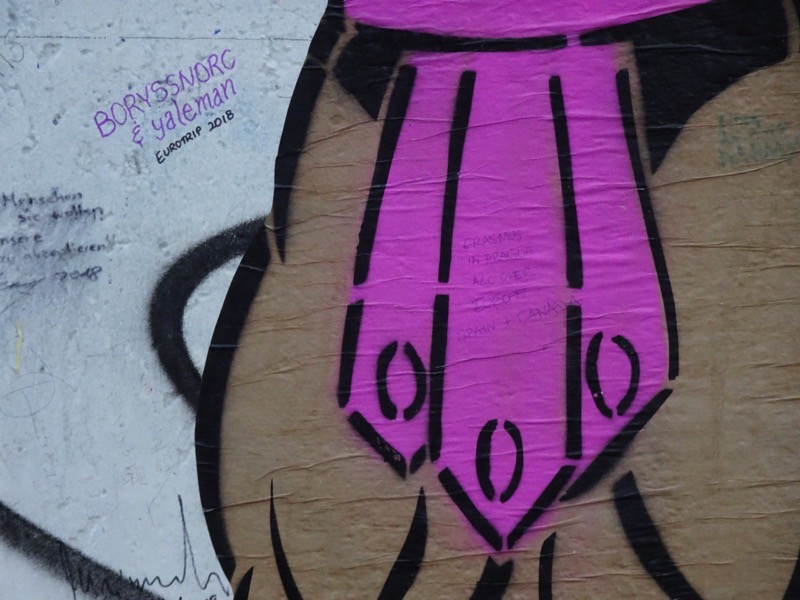
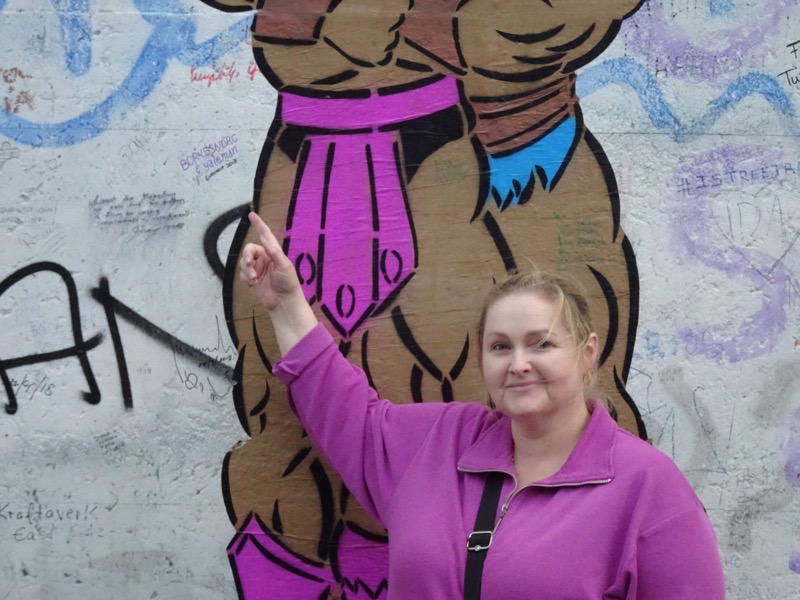
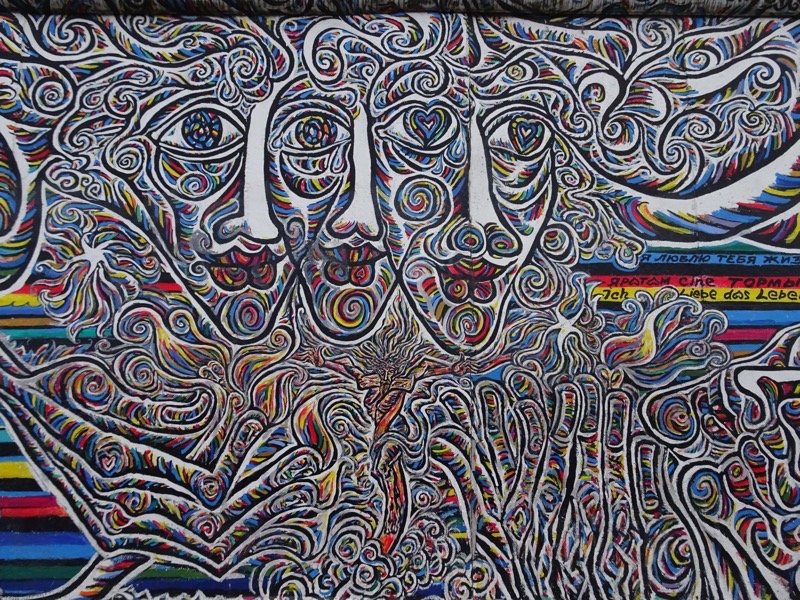
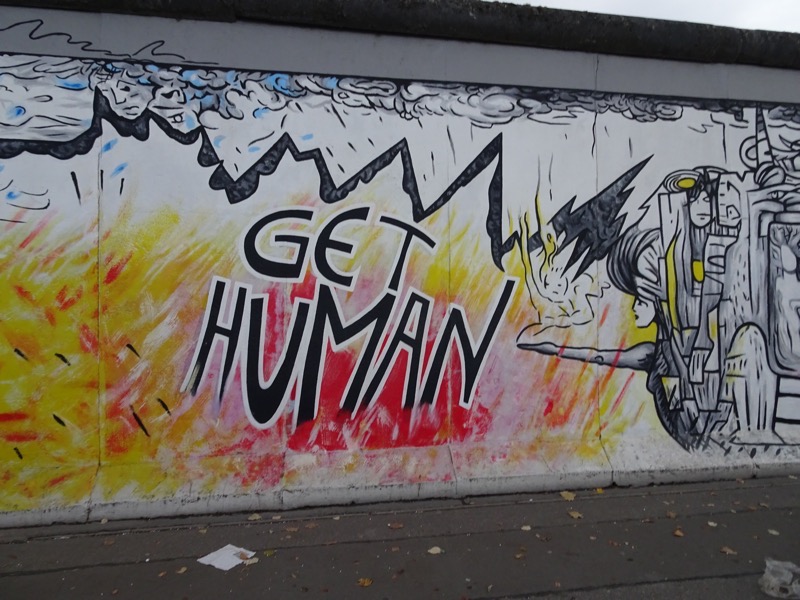
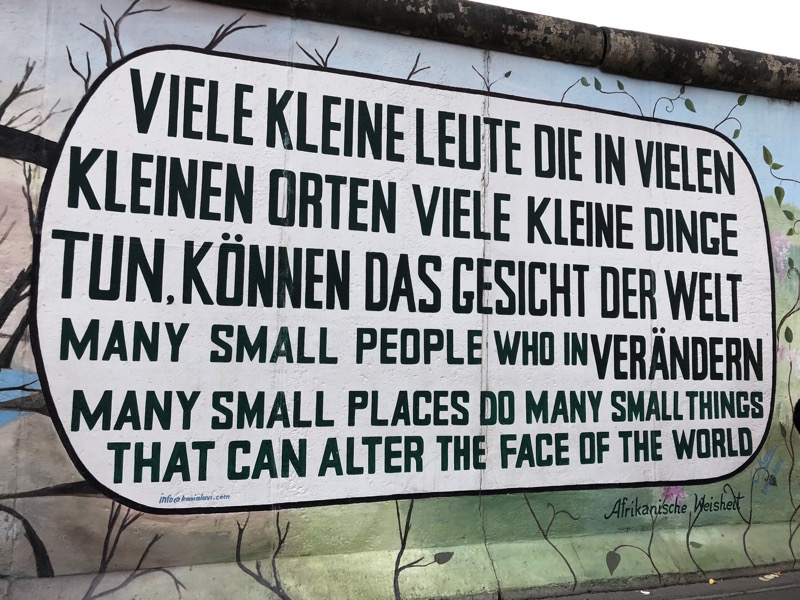
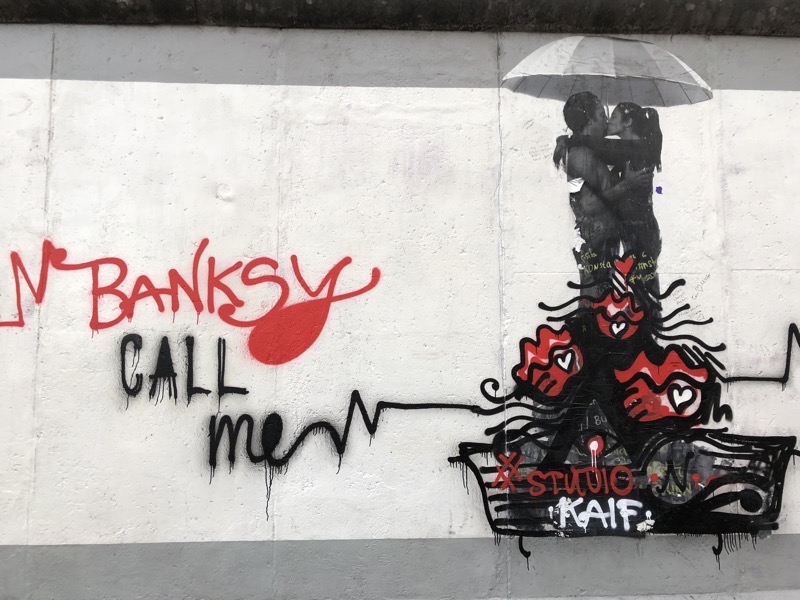
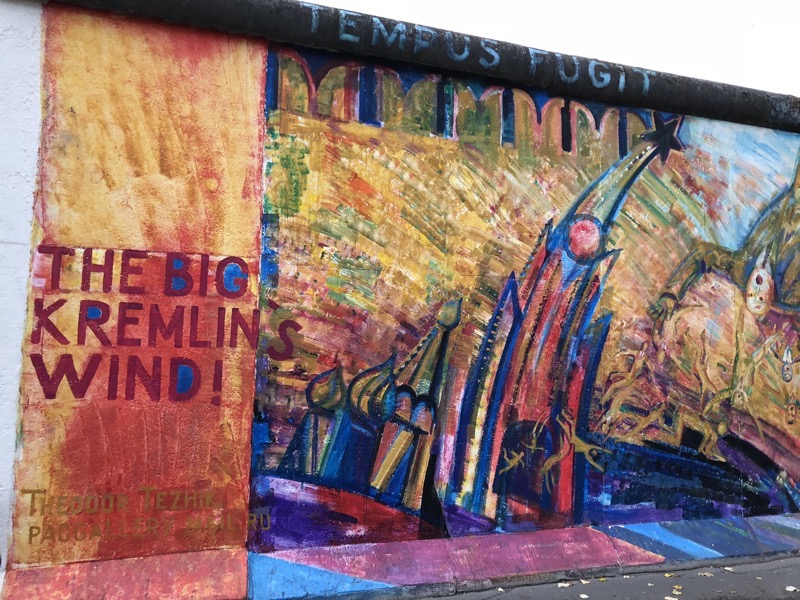 I know my photos make it look all peaceful and orderly – but of course, it wasn’t.
I know my photos make it look all peaceful and orderly – but of course, it wasn’t.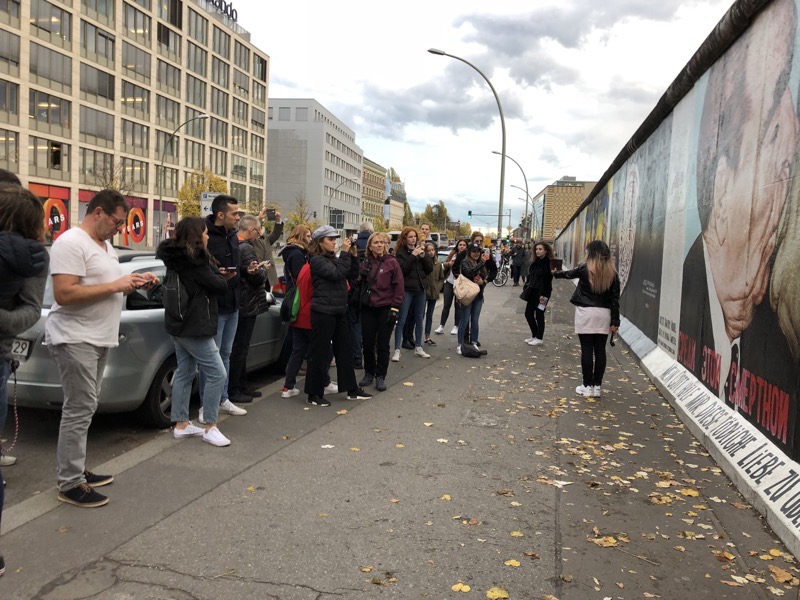
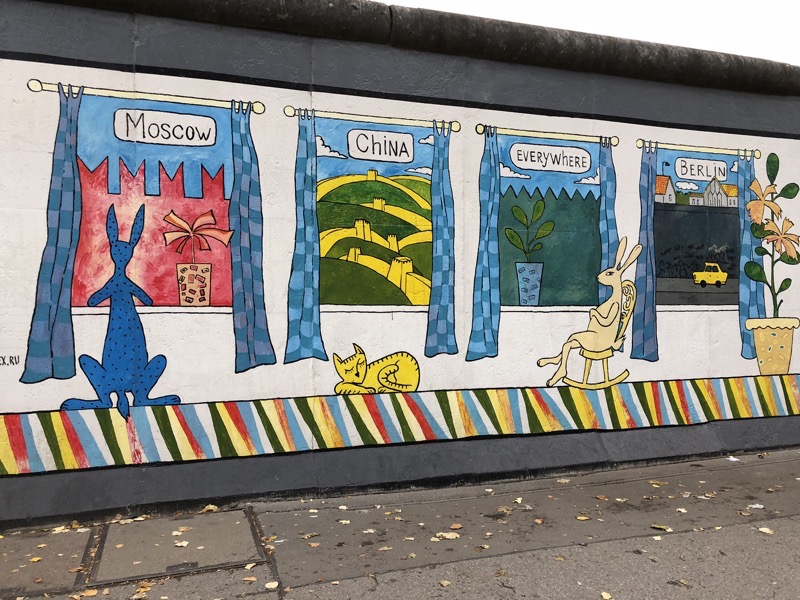
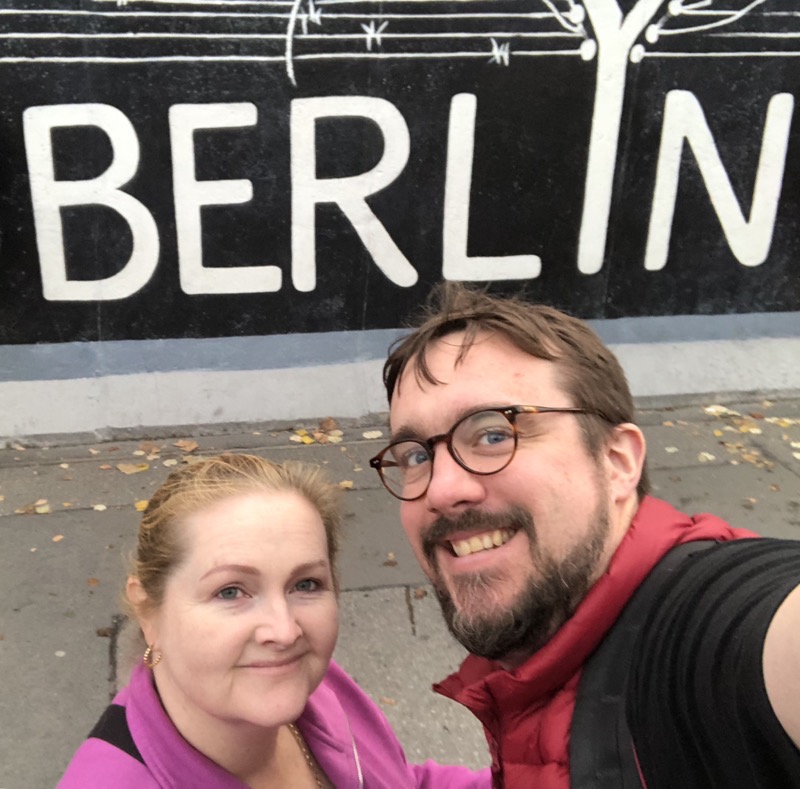
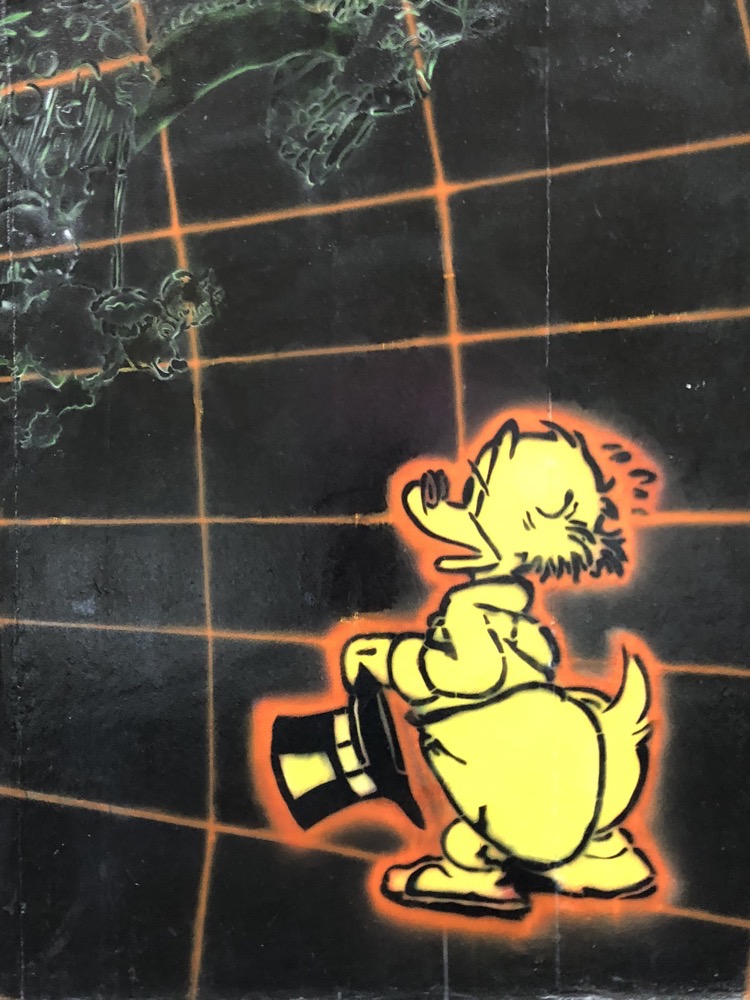
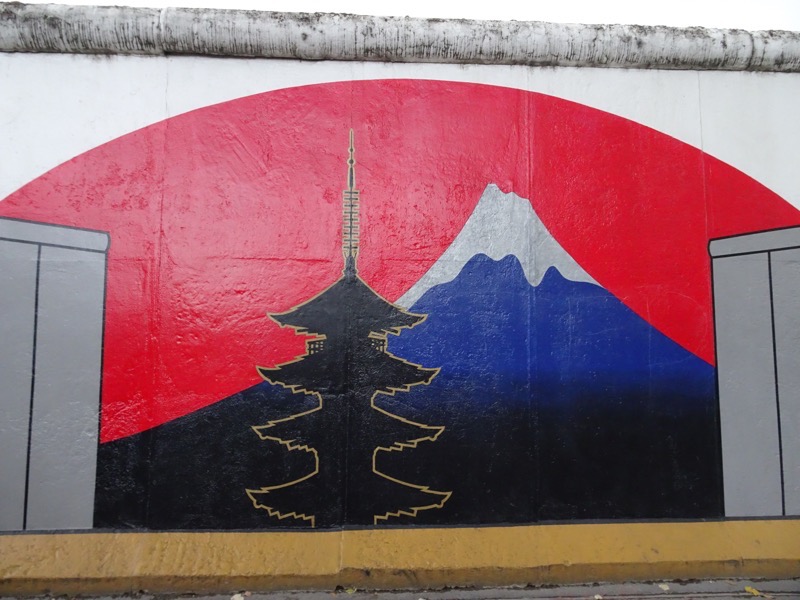 And it was about this time that our beautiful day with it’s 17C higher in temp then yesterday started to literally rain on our parade. So we hightailed it to the nearest train station and head back to the hotel.
And it was about this time that our beautiful day with it’s 17C higher in temp then yesterday started to literally rain on our parade. So we hightailed it to the nearest train station and head back to the hotel.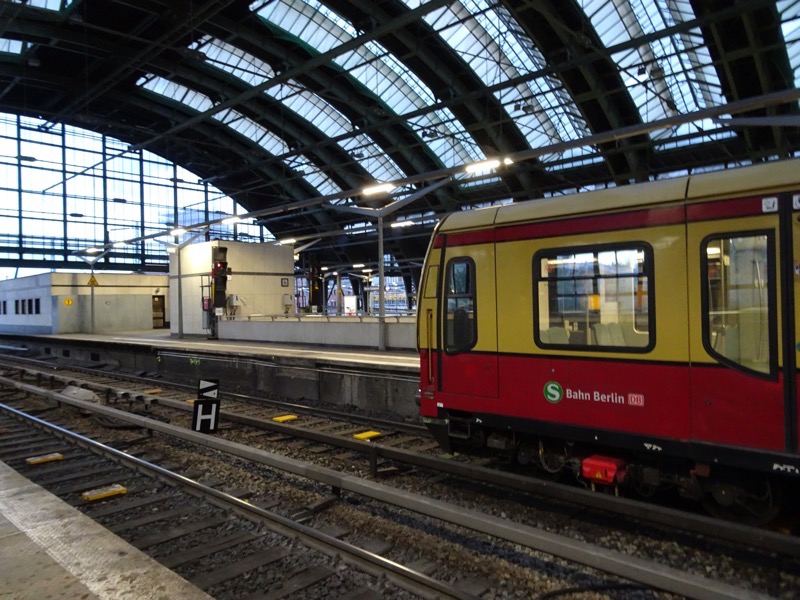
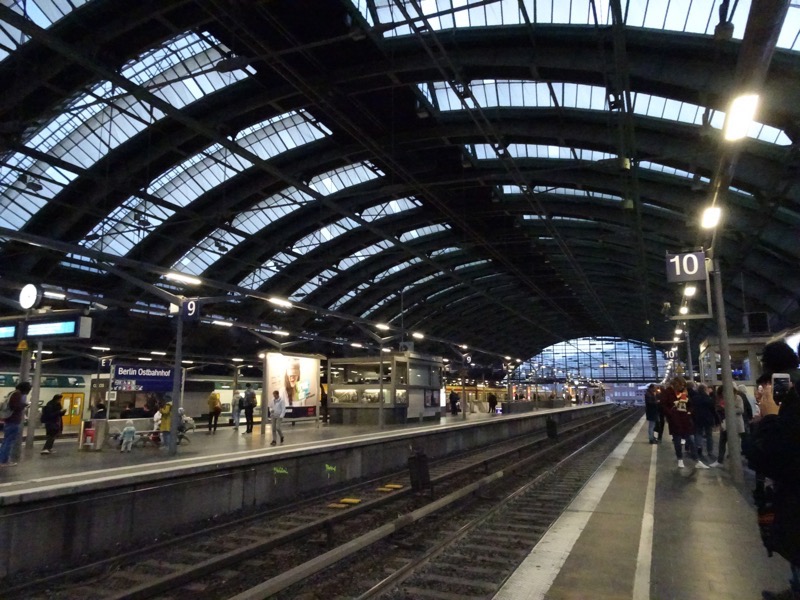
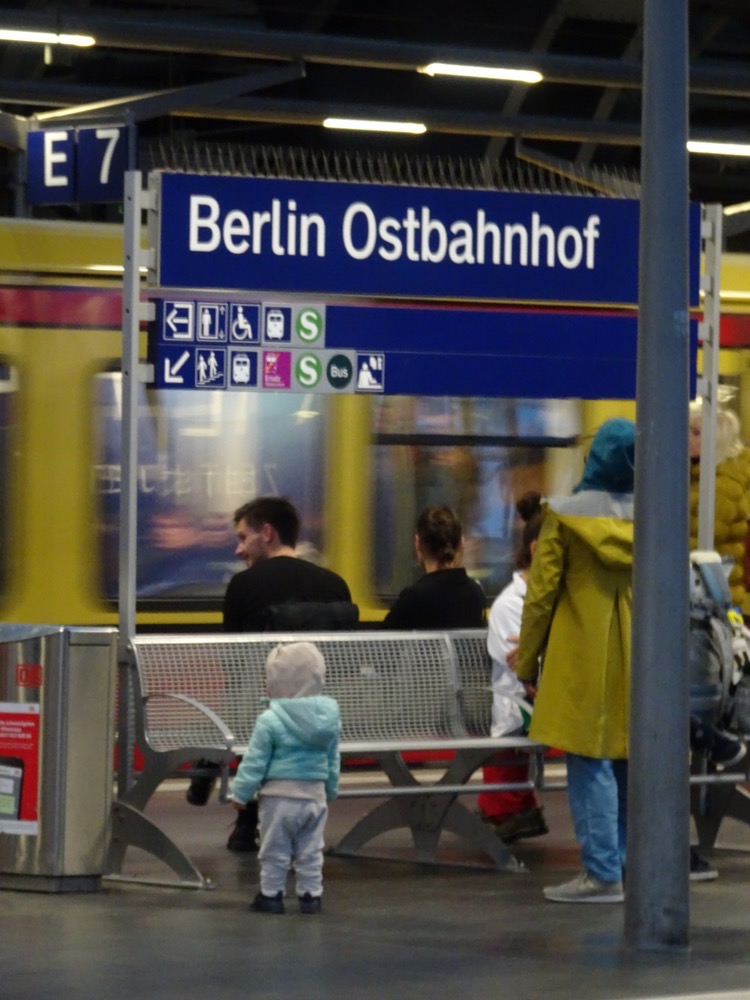 And so ends our last day in Europe… for tomorrow we fly from Berlin to London to Singapore to Brisbane and all things going to plan, we arrive two days from now.
And so ends our last day in Europe… for tomorrow we fly from Berlin to London to Singapore to Brisbane and all things going to plan, we arrive two days from now.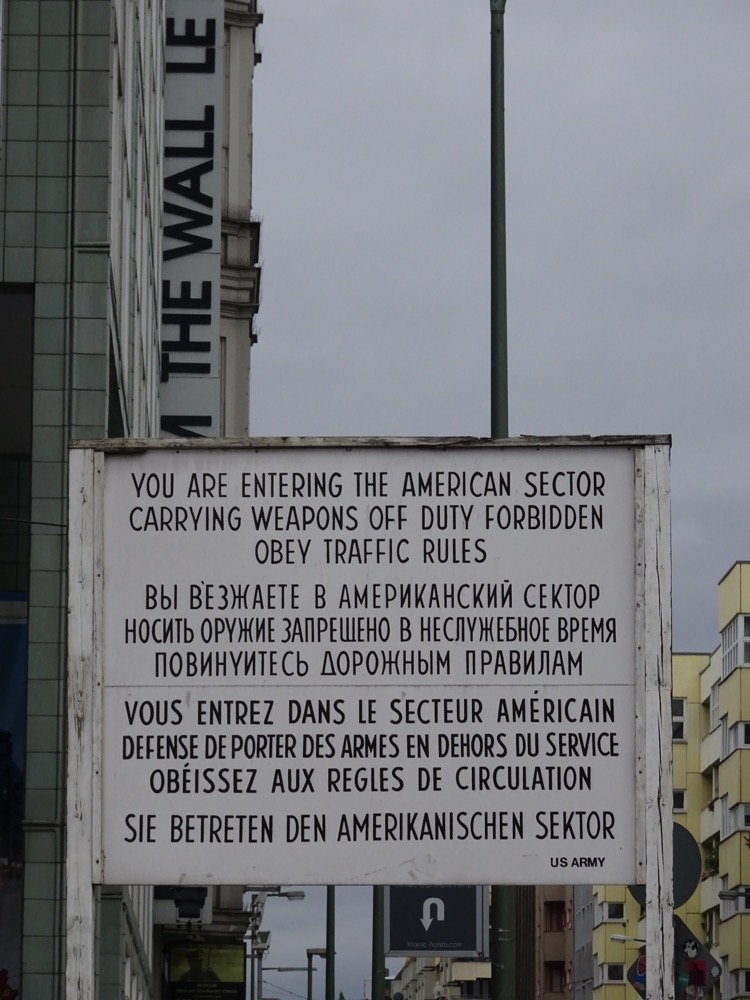 Checkpoint Charlie or what was really just, “Checkpoint C”, was what the Western Allies took to calling the most well known Berlin Wall crossing between East and West Berlin throughout the entire period of the Cold War (1947–1991). For any young whipper-snappers who can’t remember why the Berlin Wall existed here’s a TL;DR didn’t study history version:
Checkpoint Charlie or what was really just, “Checkpoint C”, was what the Western Allies took to calling the most well known Berlin Wall crossing between East and West Berlin throughout the entire period of the Cold War (1947–1991). For any young whipper-snappers who can’t remember why the Berlin Wall existed here’s a TL;DR didn’t study history version: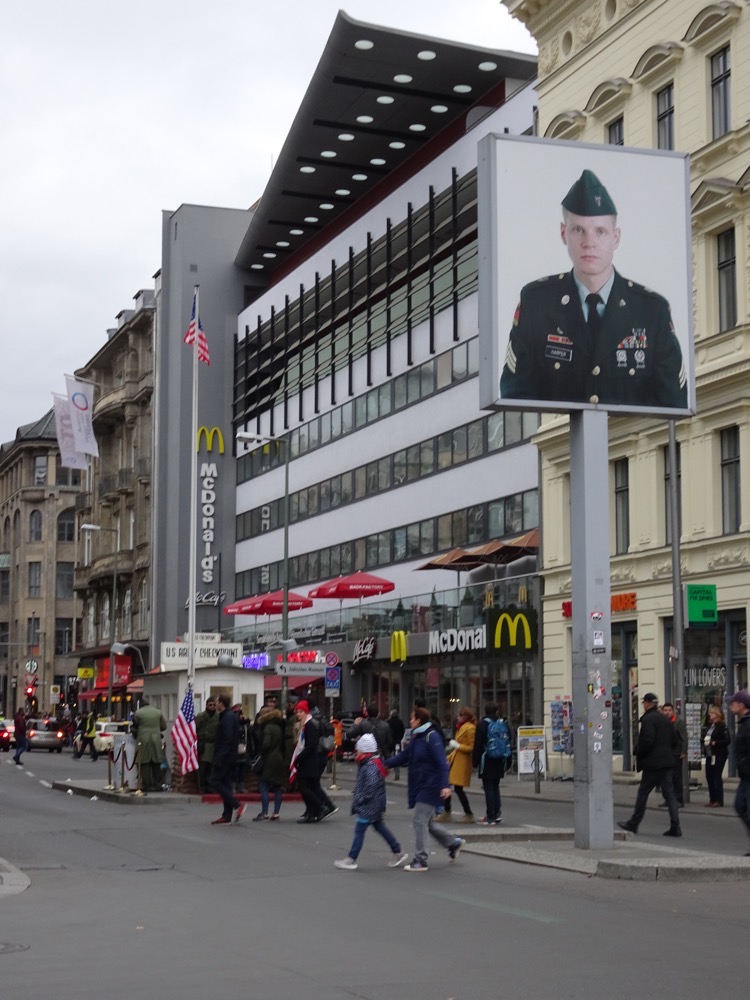
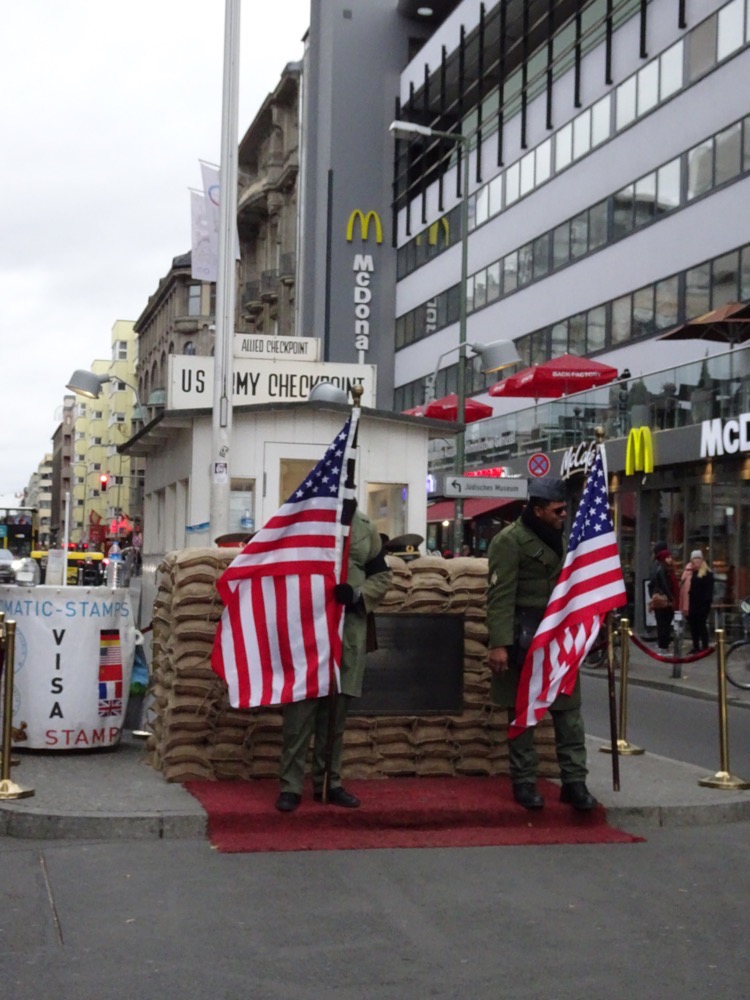
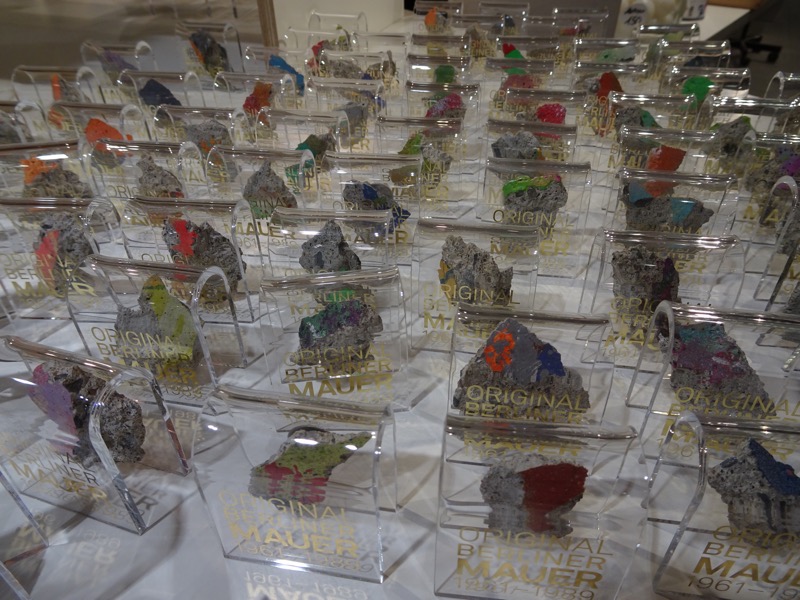
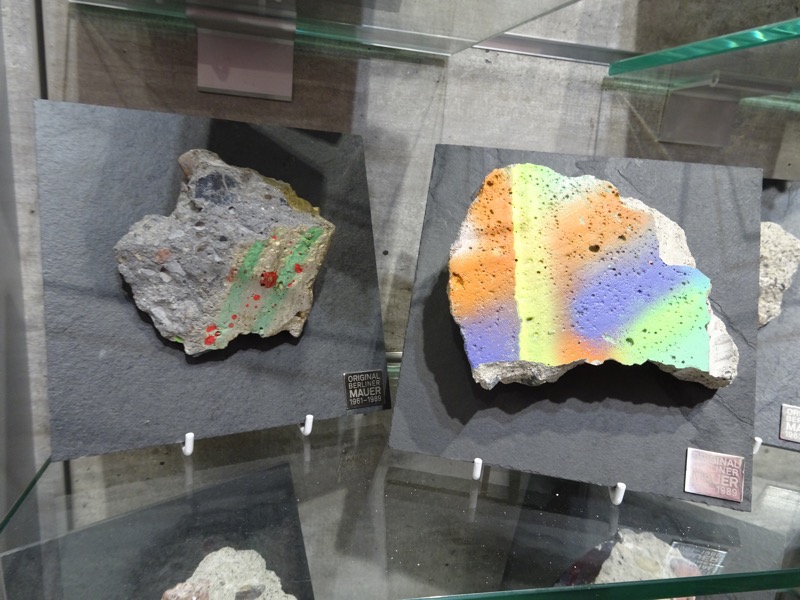
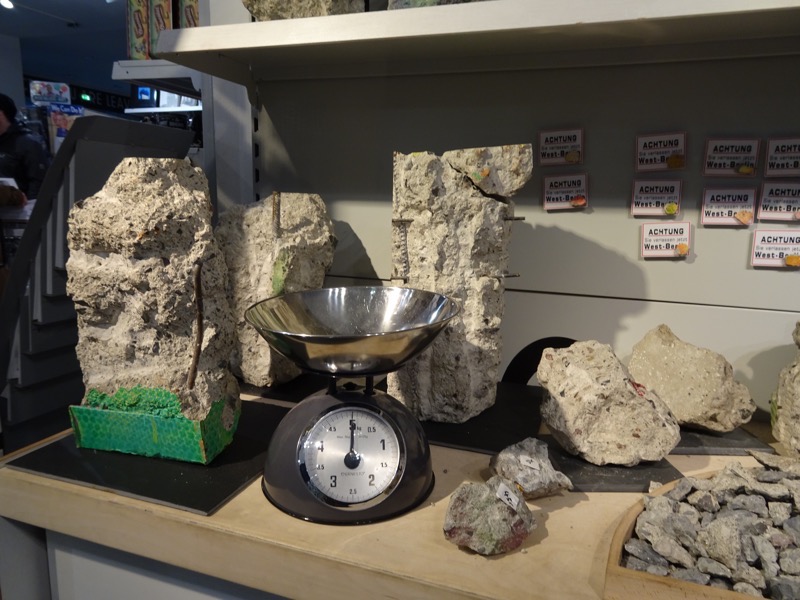
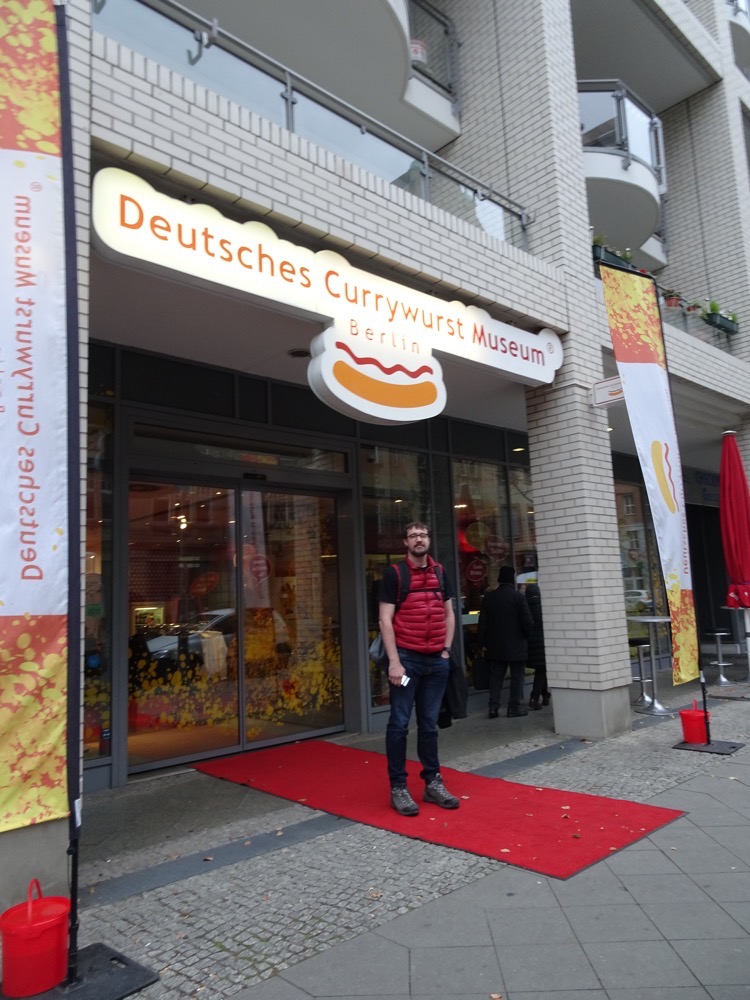 By now, we could access the hotel and went back and went splat. We have a huge room with a separate powder room, two TVs and a living room, which means I obviously booked something way more swish than intended. You never can tell by the photos online. So be it. Slept like a dead thing and had a great breakfast at the hotel before heading out via the underground towards Alexanderplatz to start some serious touristing for the day… the only downside to our plan: it’s fucking MONDAY and nothing in Europe opens on MONDAY.
By now, we could access the hotel and went back and went splat. We have a huge room with a separate powder room, two TVs and a living room, which means I obviously booked something way more swish than intended. You never can tell by the photos online. So be it. Slept like a dead thing and had a great breakfast at the hotel before heading out via the underground towards Alexanderplatz to start some serious touristing for the day… the only downside to our plan: it’s fucking MONDAY and nothing in Europe opens on MONDAY.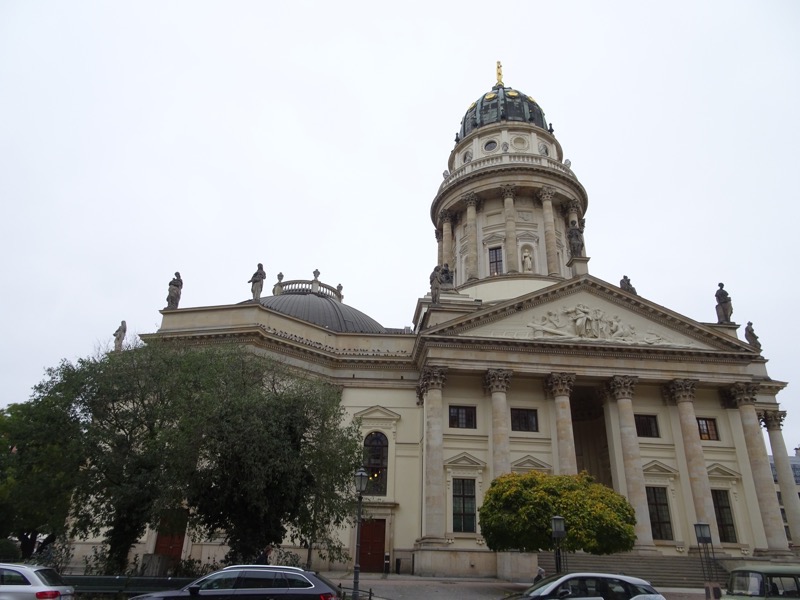 Below is the Volksbühne which means, the “People’s Theatre” which was built in the early 1900s and was designed to promote accessible theatrical productions at prices that were affordable to the everyday worker – it is now considered to be Berlin’s most iconic theatre, complete with its integrated Franz Metzner sculpture out front. Like most of Berlin it was heavily damaged during WWII, but as far as I can find out – it never burned down, which is quite unusual around here.
Below is the Volksbühne which means, the “People’s Theatre” which was built in the early 1900s and was designed to promote accessible theatrical productions at prices that were affordable to the everyday worker – it is now considered to be Berlin’s most iconic theatre, complete with its integrated Franz Metzner sculpture out front. Like most of Berlin it was heavily damaged during WWII, but as far as I can find out – it never burned down, which is quite unusual around here.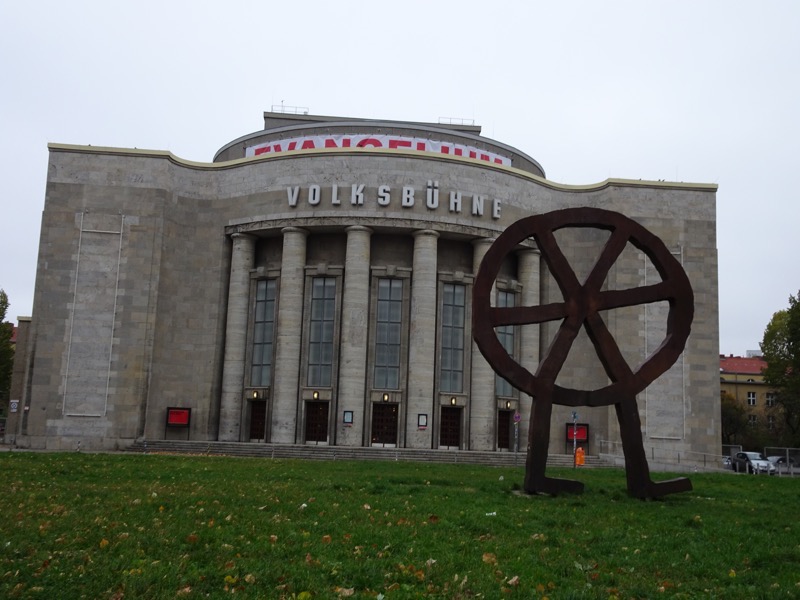 Close to Alexanderplatz is the Fernsehturm Berlin television tower. It was built in 1965-69 by the German Democratic Republic (GDR) government and was meant to be a symbol of Communist power in Berlin. Today it has mainly become just an iconic symbol of the city (much like the Eiffel Tower is of Paris) and it can be seen from nearly everywhere in the central city. The ‘Toothpick’ or ‘Telespargel’ (TV-asparagus) as people often call it, is 368m making it the tallest structure in Germany.
Close to Alexanderplatz is the Fernsehturm Berlin television tower. It was built in 1965-69 by the German Democratic Republic (GDR) government and was meant to be a symbol of Communist power in Berlin. Today it has mainly become just an iconic symbol of the city (much like the Eiffel Tower is of Paris) and it can be seen from nearly everywhere in the central city. The ‘Toothpick’ or ‘Telespargel’ (TV-asparagus) as people often call it, is 368m making it the tallest structure in Germany.
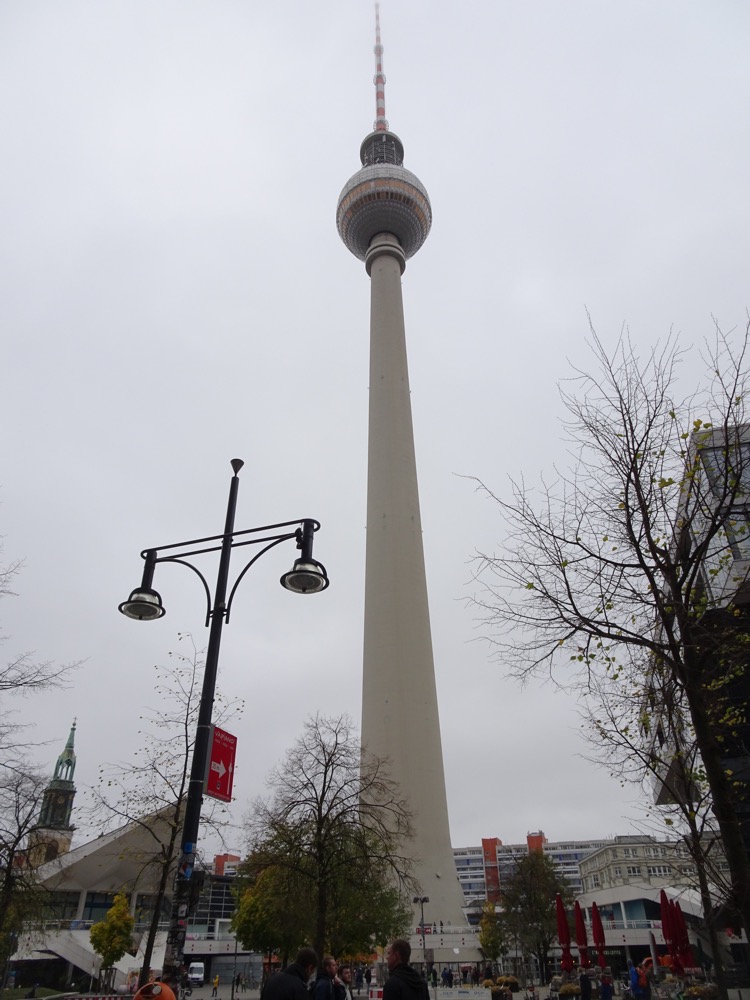 Alexanderplatz is a large public square and transport hub and is mostly known for locating movies in Berlin – ie: you wouldn’t know that Jason Bourne or James Bond is actually in Berlin if they didn’t end up here at some point. Interesting factoid – it was originally a cattle market outside the old Berlin city fortifications and was named Alexanderplatz because the Russian Emperor Alexander I visited here in 1805.
Alexanderplatz is a large public square and transport hub and is mostly known for locating movies in Berlin – ie: you wouldn’t know that Jason Bourne or James Bond is actually in Berlin if they didn’t end up here at some point. Interesting factoid – it was originally a cattle market outside the old Berlin city fortifications and was named Alexanderplatz because the Russian Emperor Alexander I visited here in 1805.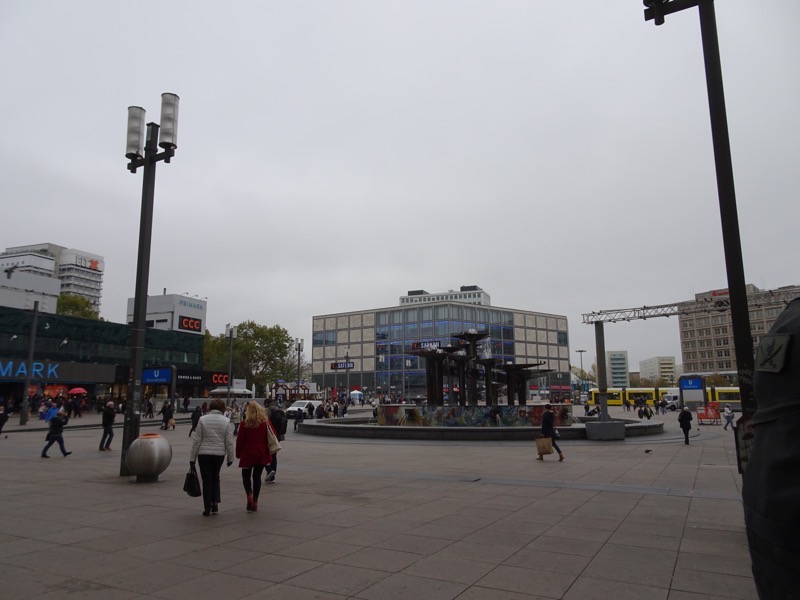 Very Berlinesque fountain…
Very Berlinesque fountain…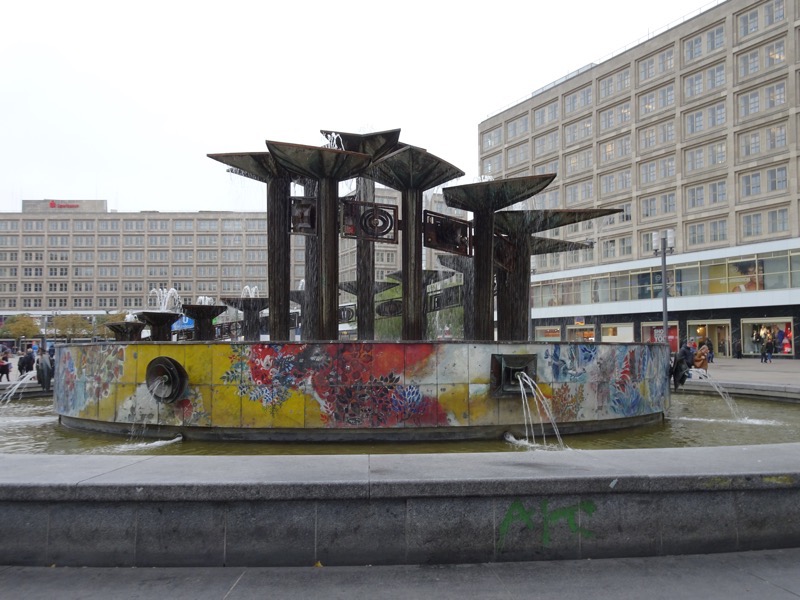
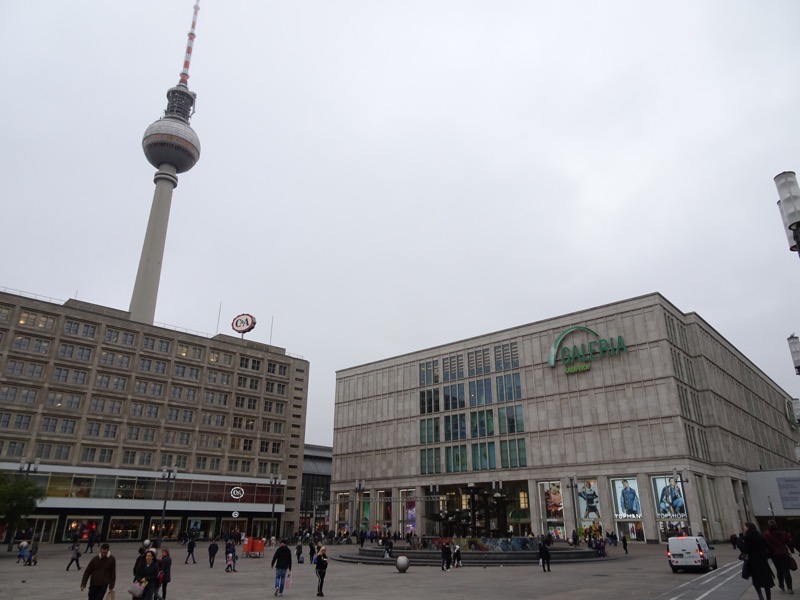 This mosaic (below) is Europe’s largest work of art (by area) and wraps around the entire
This mosaic (below) is Europe’s largest work of art (by area) and wraps around the entire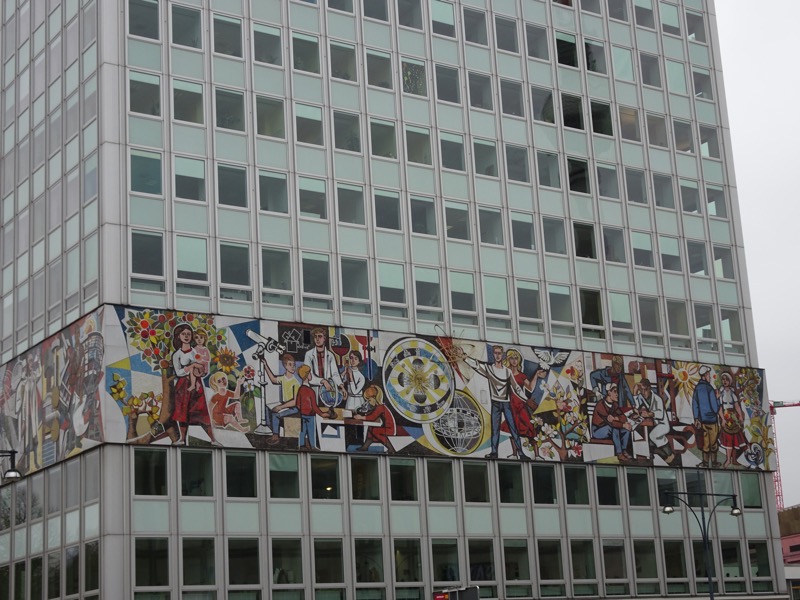 Naturally, being created under the Soviet government in the ’60s, the design is total propaganda, it is supposed to depict the ideal image of a peaceful, modern socialist state.
Naturally, being created under the Soviet government in the ’60s, the design is total propaganda, it is supposed to depict the ideal image of a peaceful, modern socialist state. Nearby is one of Berlin’s most photographed pieces of political street art on the currently empty former Haus der Statistik (House of Statistics) is painted in letters three-stories high, “STOP WARS”. Very simple, yet effective.
Nearby is one of Berlin’s most photographed pieces of political street art on the currently empty former Haus der Statistik (House of Statistics) is painted in letters three-stories high, “STOP WARS”. Very simple, yet effective.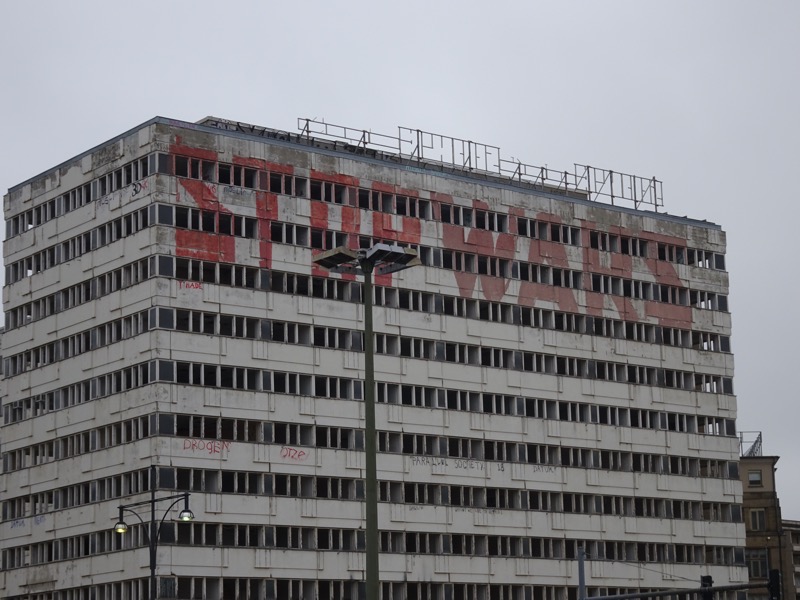 The 16 tonnes of Urania World Clock is also located Alexanderplatz (Jason Bourne was here too!) Built in 1969, the Urania World Clock tells time in 148 major world cities.
The 16 tonnes of Urania World Clock is also located Alexanderplatz (Jason Bourne was here too!) Built in 1969, the Urania World Clock tells time in 148 major world cities.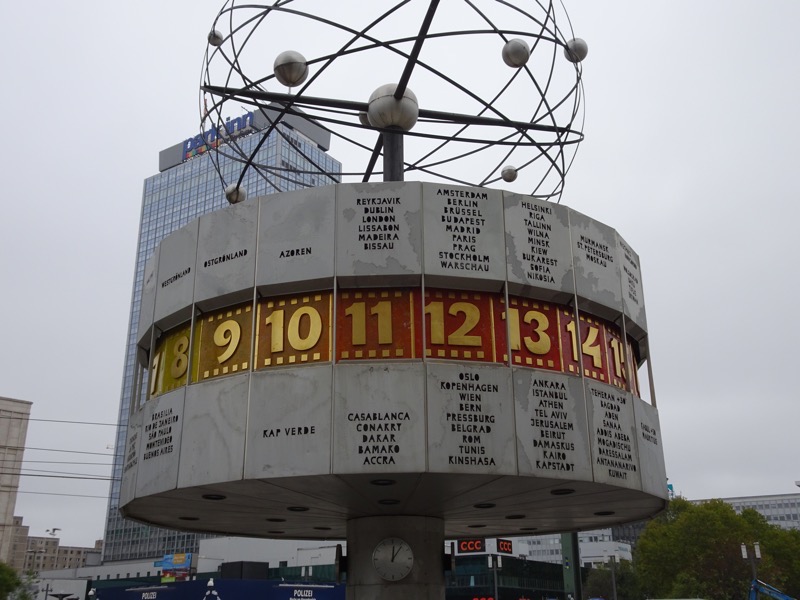

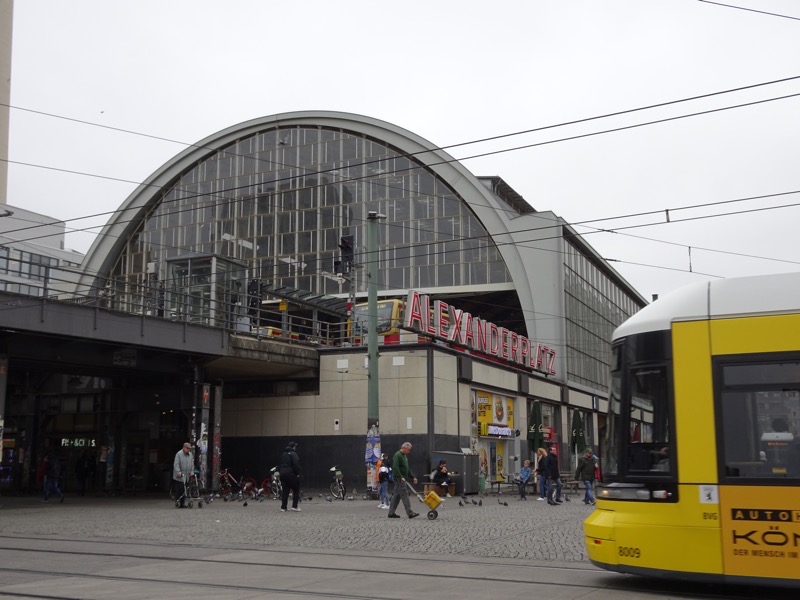 We then walked not far to the Rotes Rathaus, which is the Red City Hall building, where the governing mayor and the Senate of Berlin are located. It’s quite the landmark with its red clinker bricks and relief sculputres.
We then walked not far to the Rotes Rathaus, which is the Red City Hall building, where the governing mayor and the Senate of Berlin are located. It’s quite the landmark with its red clinker bricks and relief sculputres.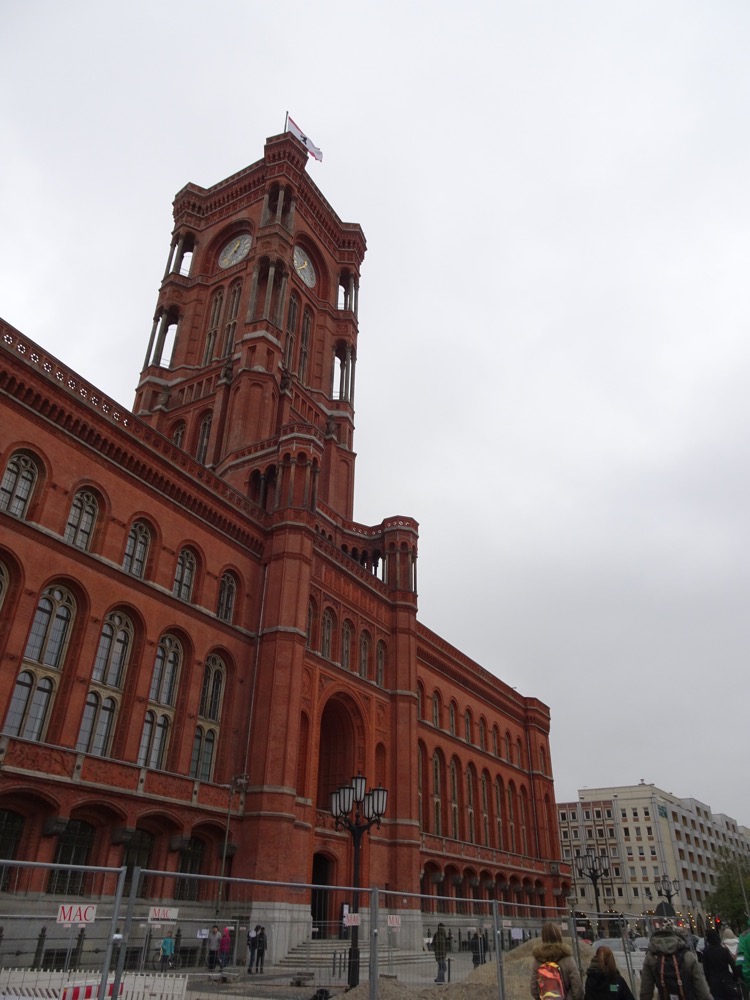
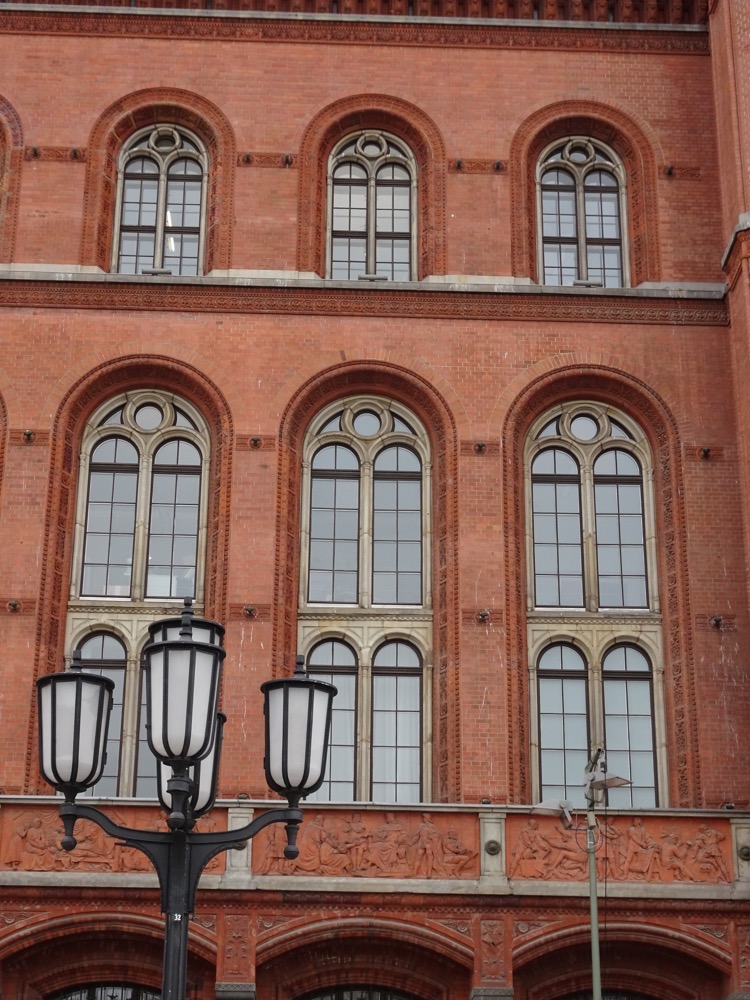

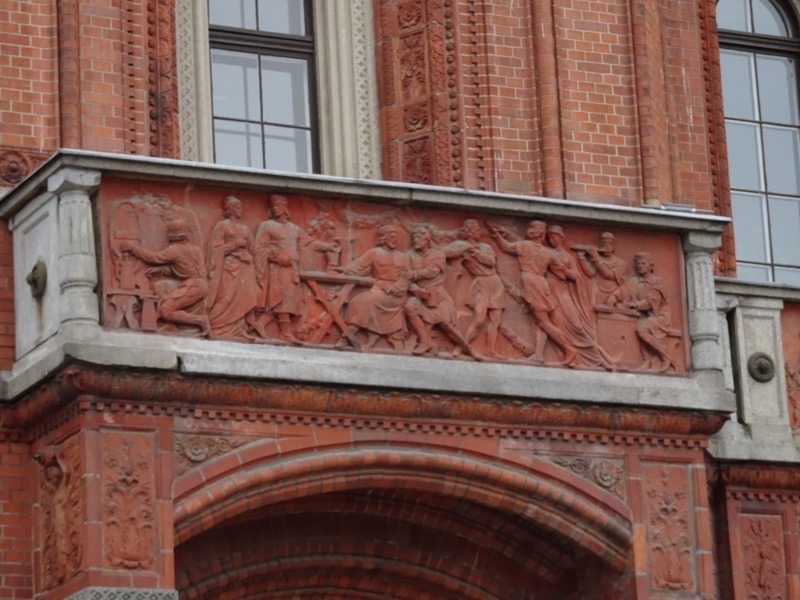 Across the road from the Rathaus is Berlin’s Neptune Fountain (seems to be a thing). This one was built in 1891, designed by Reinhold Begas. The statue depicts the God, Neptune surrounded by four women who represent the four main rivers of Prussia at the time: the Elbe River (the figure holding fruits and ears of corn), the Rhine River (figure with fishnet and grapes), the Vistula (figure holding wooden blocks, symbols of forestry), and Oder River (represented by the figure with the goats and animal skins).
Across the road from the Rathaus is Berlin’s Neptune Fountain (seems to be a thing). This one was built in 1891, designed by Reinhold Begas. The statue depicts the God, Neptune surrounded by four women who represent the four main rivers of Prussia at the time: the Elbe River (the figure holding fruits and ears of corn), the Rhine River (figure with fishnet and grapes), the Vistula (figure holding wooden blocks, symbols of forestry), and Oder River (represented by the figure with the goats and animal skins). 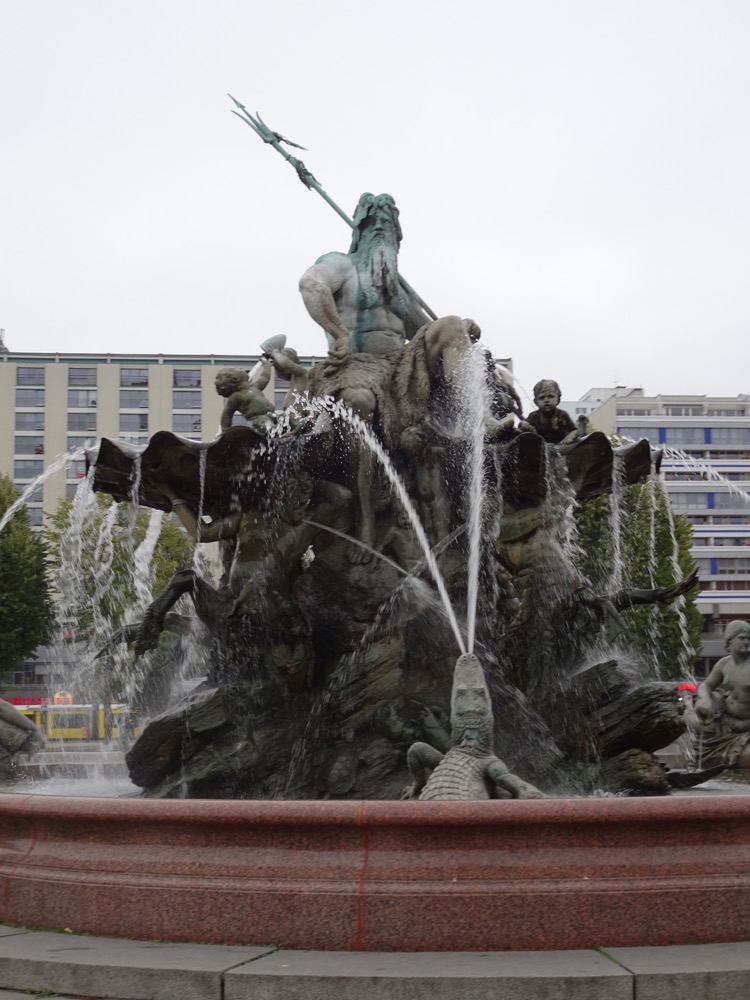
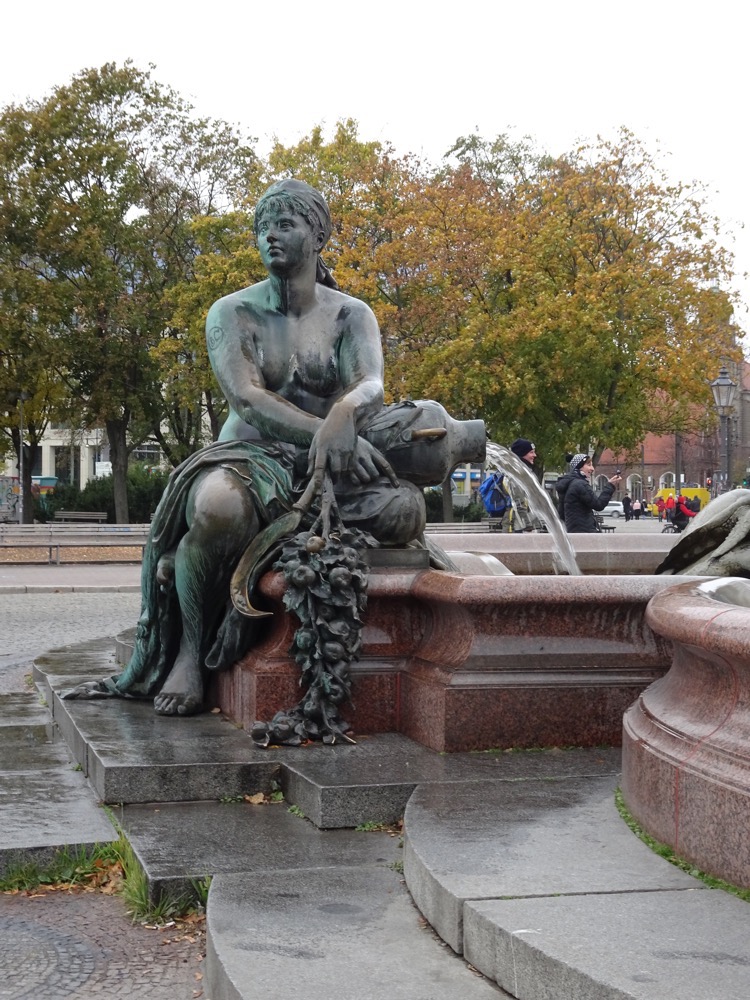 There is lots of alligators and turtles and lobsters in among the fountain, yale found it very impressive, but I thought it was nothing compared to My Fountain in Rome. 😉
There is lots of alligators and turtles and lobsters in among the fountain, yale found it very impressive, but I thought it was nothing compared to My Fountain in Rome. 😉 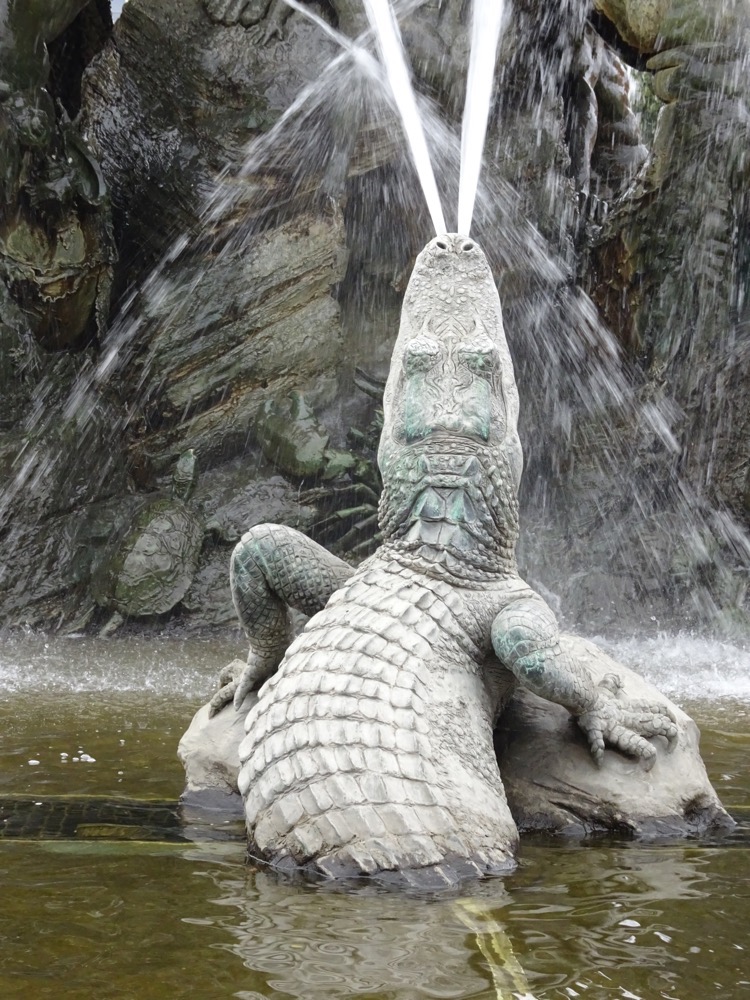
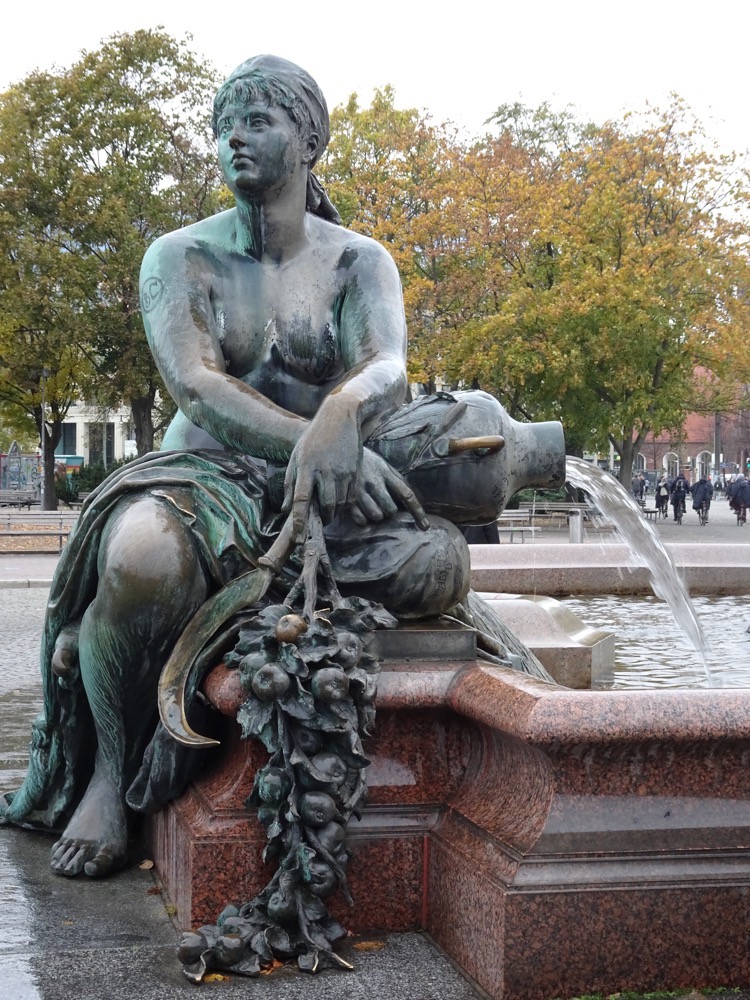
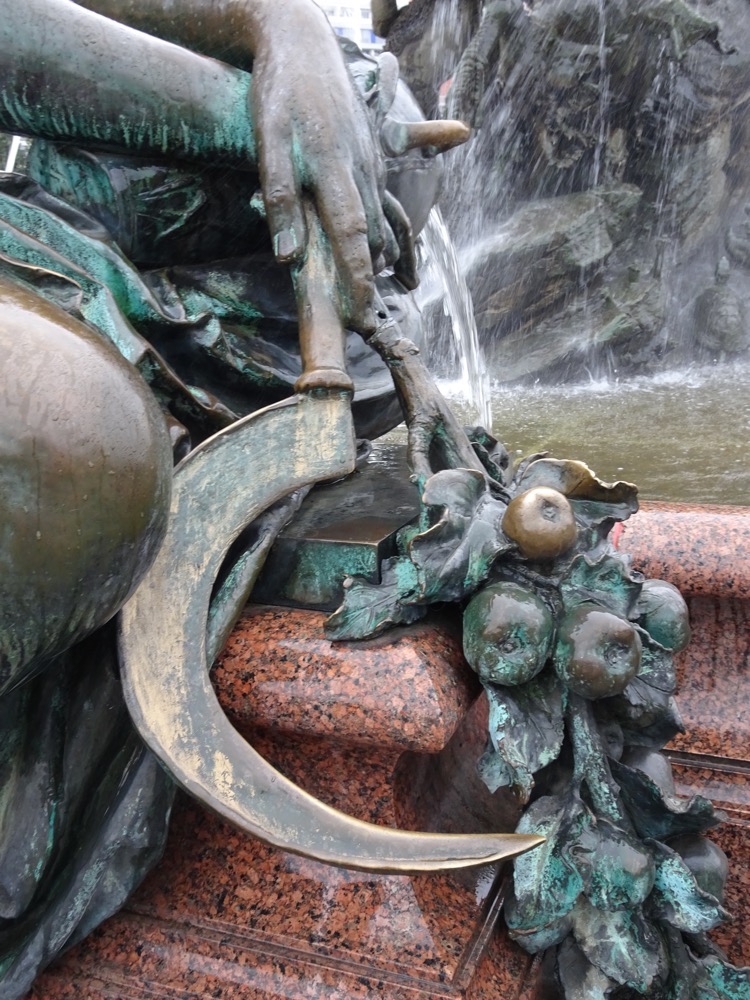
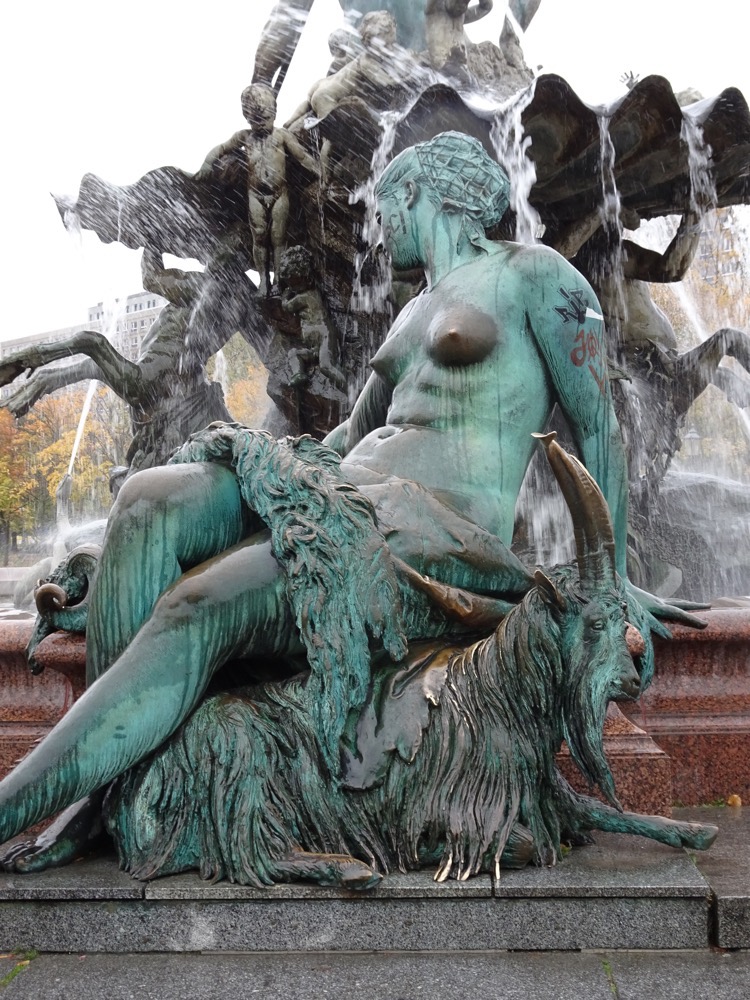
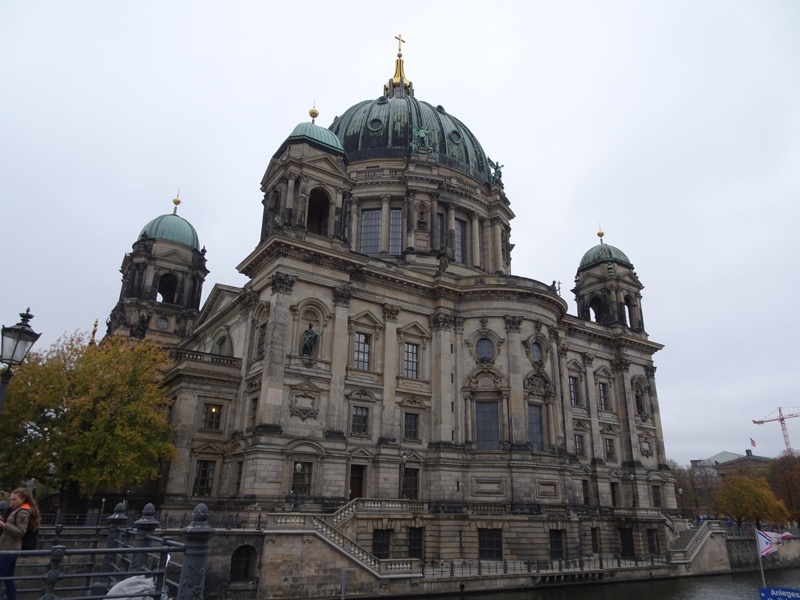 The Berlin Cathedral has never been a ‘proper’ cathedral as it was never the seat of a bishop… sure looks like a cathedral though.
The Berlin Cathedral has never been a ‘proper’ cathedral as it was never the seat of a bishop… sure looks like a cathedral though.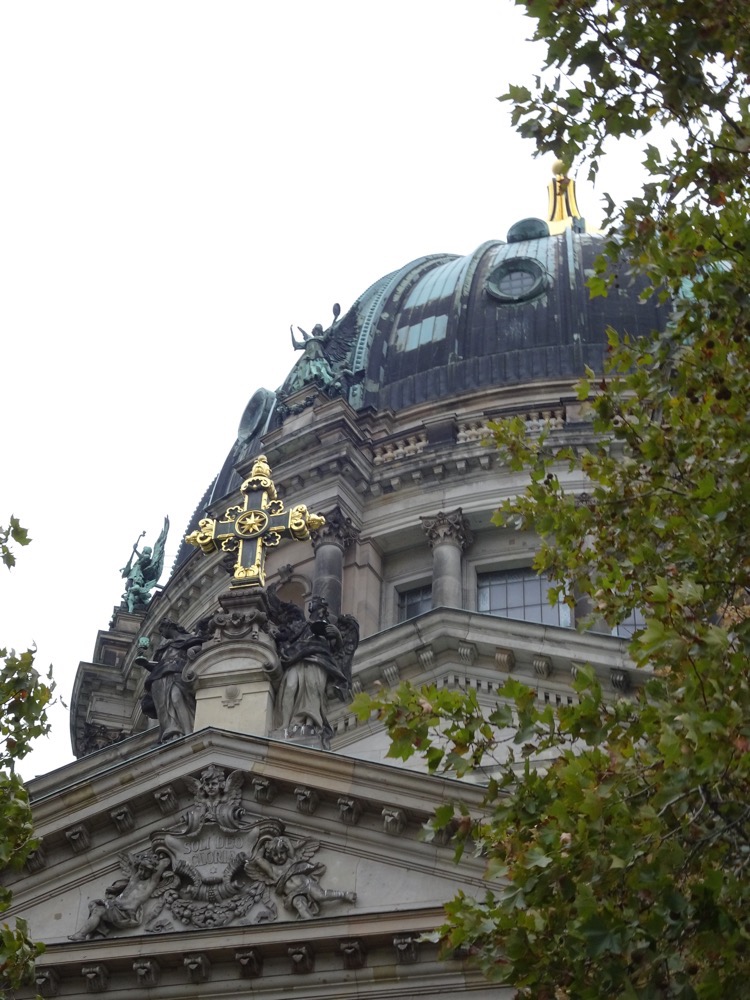
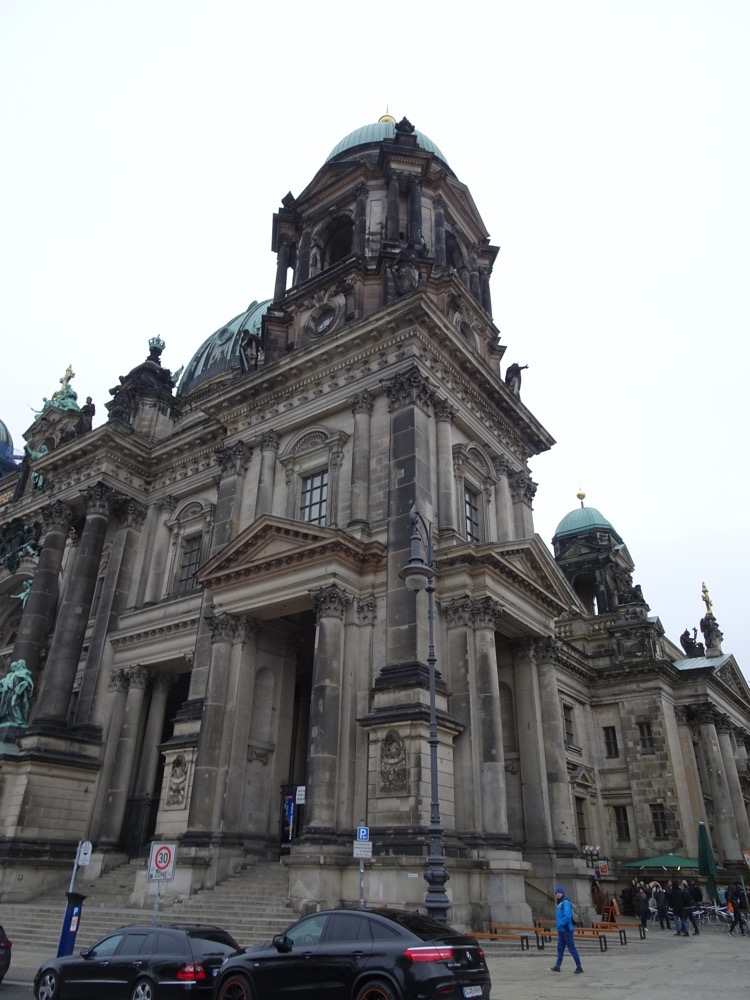 The inside is remarkable, my photographs do not capture how lavish it is with all its gilded carving, intricate mosaics and shiny marble.
The inside is remarkable, my photographs do not capture how lavish it is with all its gilded carving, intricate mosaics and shiny marble.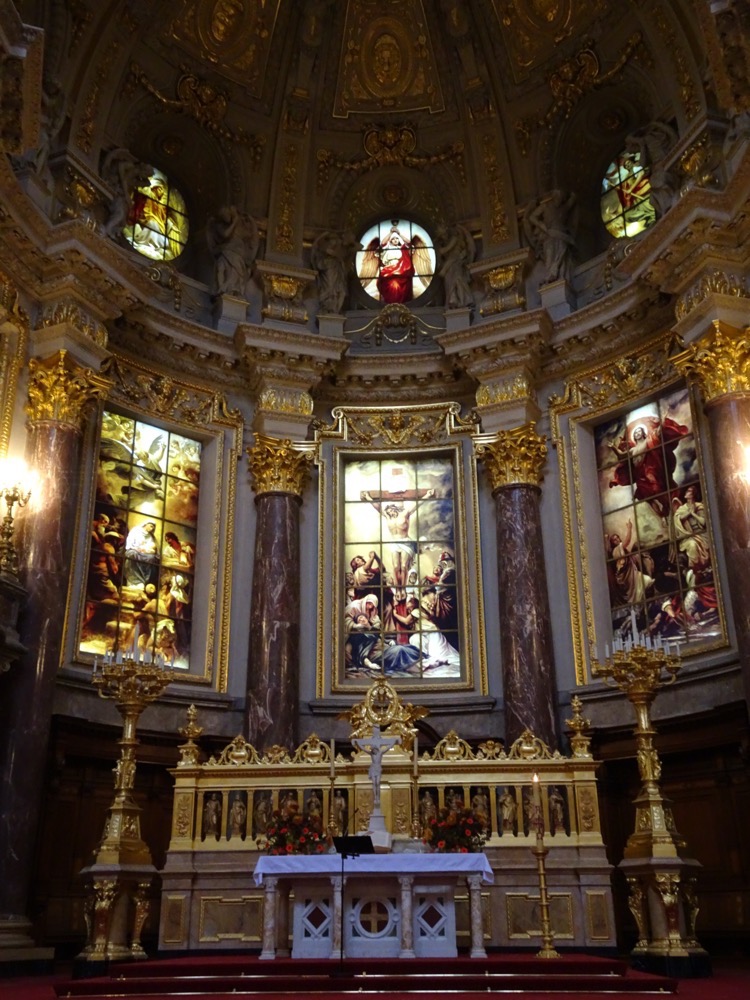 The church on this site has a long history dating back to the mid 15th century. But at the time this version of the church was built, there was no separation between the Protestant church and state of Prussia, so Wilhelm II (who was in charge) also acted as the Supreme Governor of the Evangelical State Church of Prussia, and dictated that the state would pay for the entire construction cost of around 11,5 million Marks. With the building being 114m long, 73m wide and a whopping 116m tall, it was much larger than any of the earlier church buildings and was attempting to be a Protestant version of St. Peter’s Basilica at the Vatican.
The church on this site has a long history dating back to the mid 15th century. But at the time this version of the church was built, there was no separation between the Protestant church and state of Prussia, so Wilhelm II (who was in charge) also acted as the Supreme Governor of the Evangelical State Church of Prussia, and dictated that the state would pay for the entire construction cost of around 11,5 million Marks. With the building being 114m long, 73m wide and a whopping 116m tall, it was much larger than any of the earlier church buildings and was attempting to be a Protestant version of St. Peter’s Basilica at the Vatican.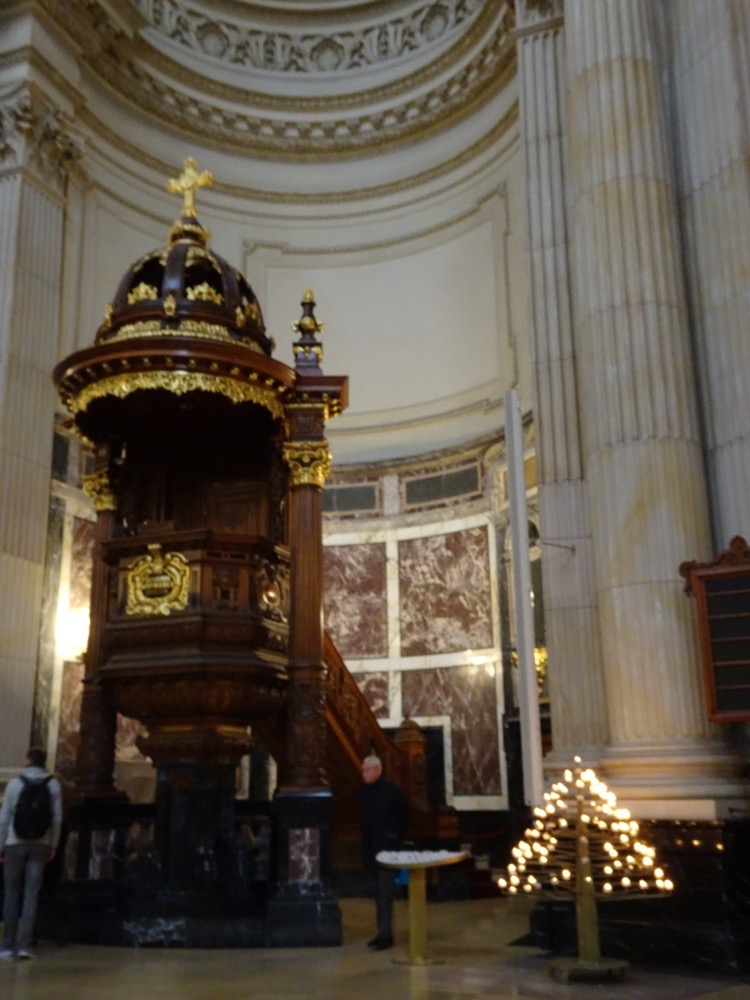
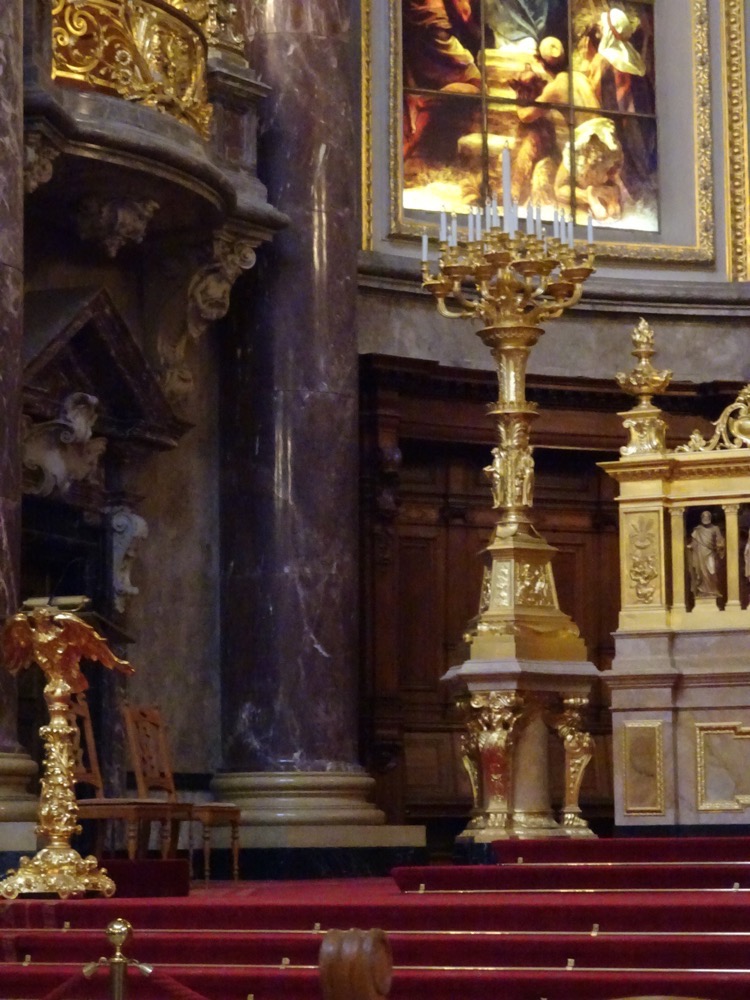 The pipe organ, built by Wilhelm Sauer, has over 7000 pipes was fully restored during 1970s reconstruction.
The pipe organ, built by Wilhelm Sauer, has over 7000 pipes was fully restored during 1970s reconstruction.
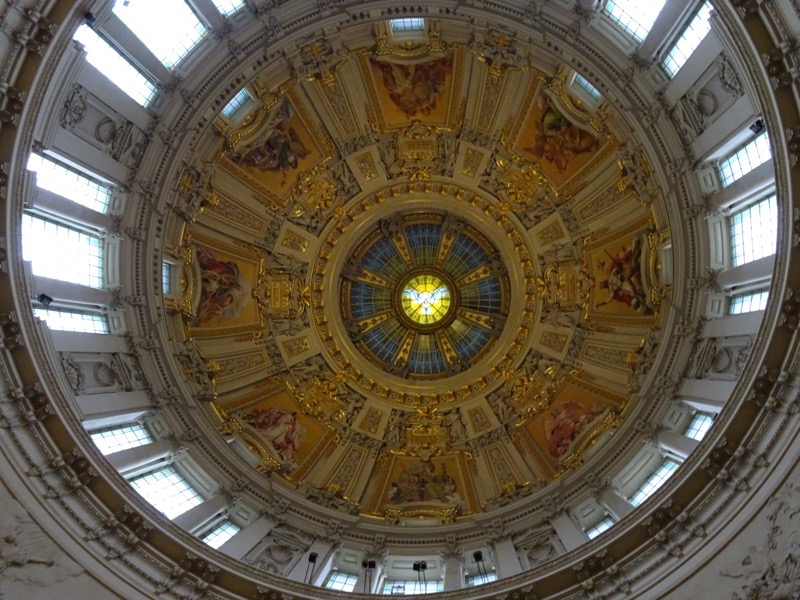
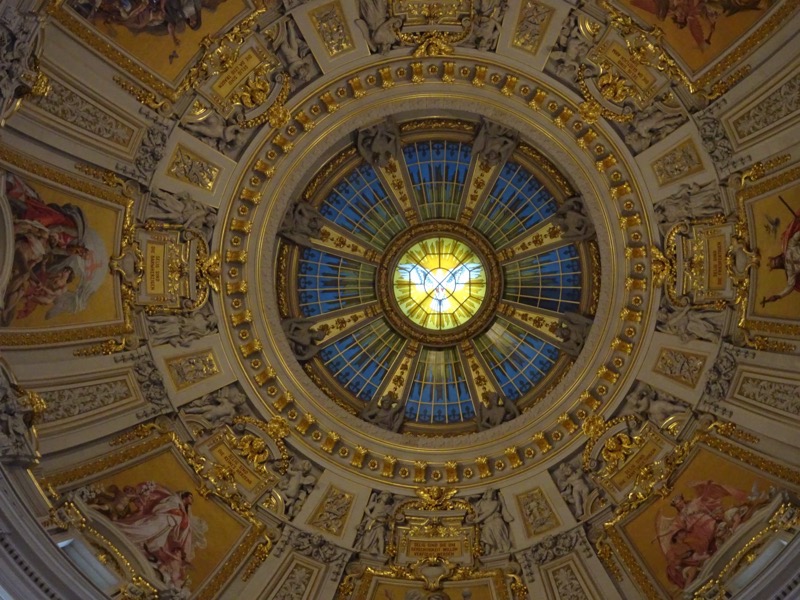 Like most things here, it was seriously damaged during WWII and restoration works didn’t start seriously until about 1975. The Soviet government decided to simplify the building’s original design and in doing so they wanted to demolish the entire northern wing, the section called the ‘Denkmalskirche’, or the Memorial Church. Many compared this chapel to the Medici Chapel, and it had somehow managed to survive the bombings during the war completely intact – however, the Soviet communist government wanted it gone for ideological reasons by the communist government given it was effectively a hall of honour for the Hohenzollern dynasty. So the sneaky bastards put the whole church under scaffolding for the restoration and then literally used detonation charges to destroy this undamaged chapel at the church’s rear. The communist government also removal of many of the iconic crosses as they could during the restoration process. So the restoration was only set to cost about 50,000 marks, but because the government decided to demolish a huge part of the church, the cost of the demolition works was way more than the actual restoration and it ended up costing closer to 800,000 marks.
Like most things here, it was seriously damaged during WWII and restoration works didn’t start seriously until about 1975. The Soviet government decided to simplify the building’s original design and in doing so they wanted to demolish the entire northern wing, the section called the ‘Denkmalskirche’, or the Memorial Church. Many compared this chapel to the Medici Chapel, and it had somehow managed to survive the bombings during the war completely intact – however, the Soviet communist government wanted it gone for ideological reasons by the communist government given it was effectively a hall of honour for the Hohenzollern dynasty. So the sneaky bastards put the whole church under scaffolding for the restoration and then literally used detonation charges to destroy this undamaged chapel at the church’s rear. The communist government also removal of many of the iconic crosses as they could during the restoration process. So the restoration was only set to cost about 50,000 marks, but because the government decided to demolish a huge part of the church, the cost of the demolition works was way more than the actual restoration and it ended up costing closer to 800,000 marks.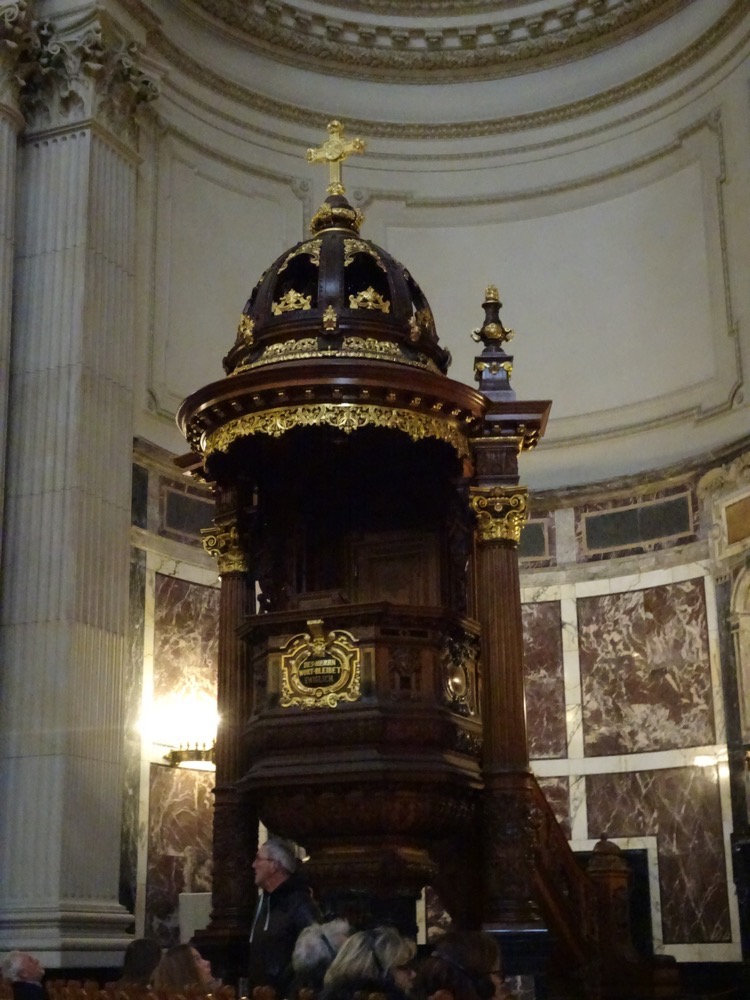 Royal tombs…
Royal tombs…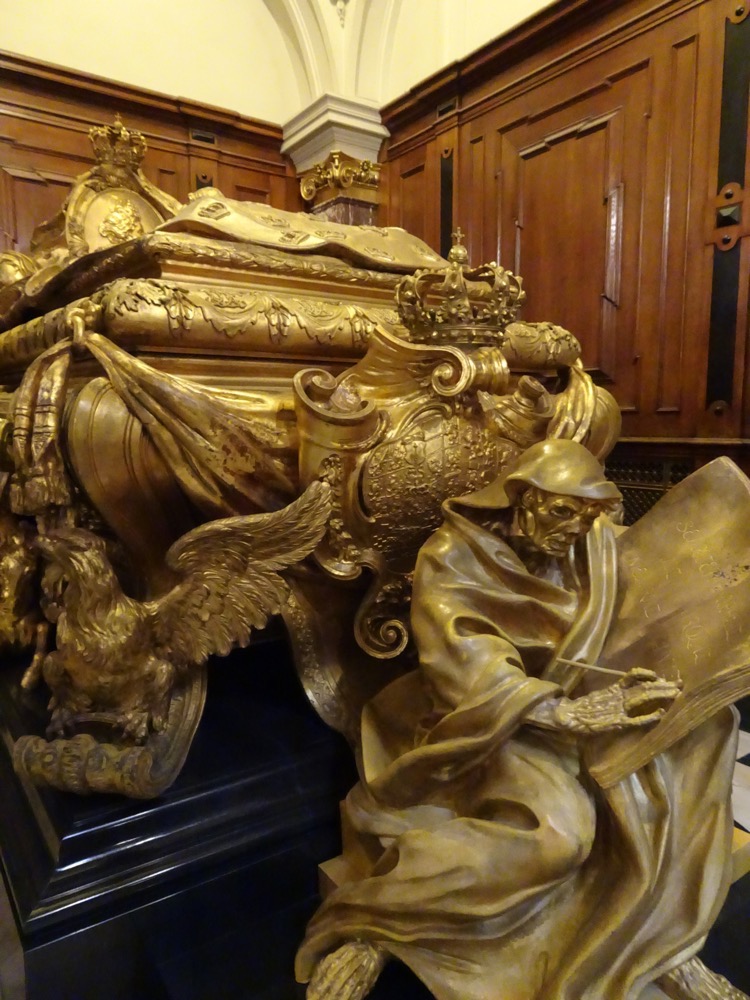
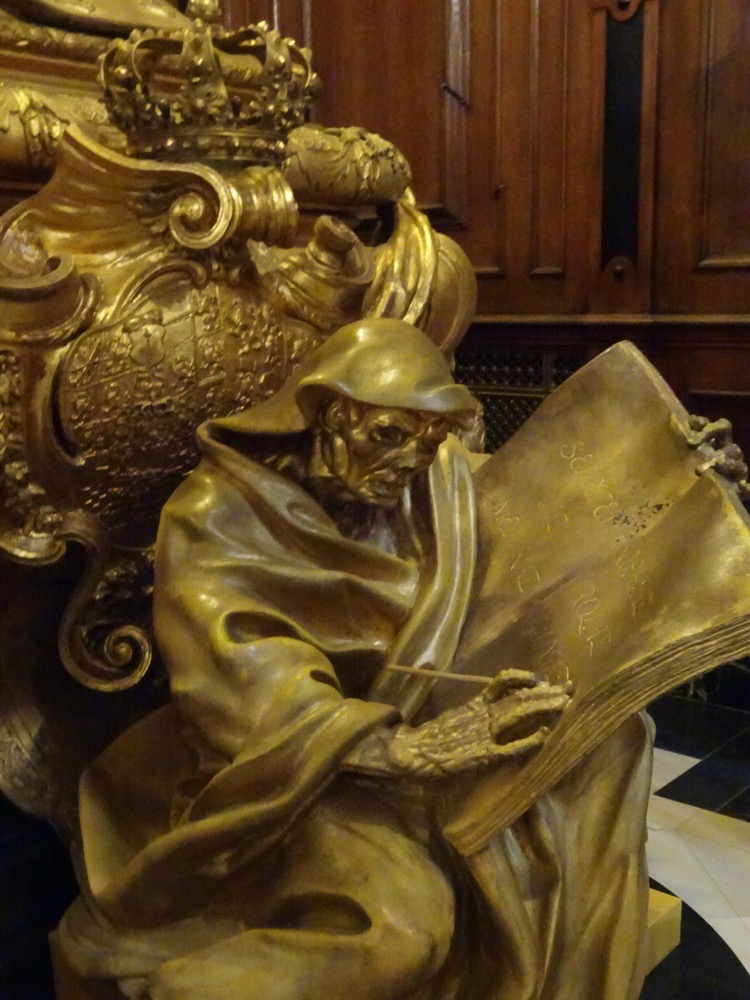
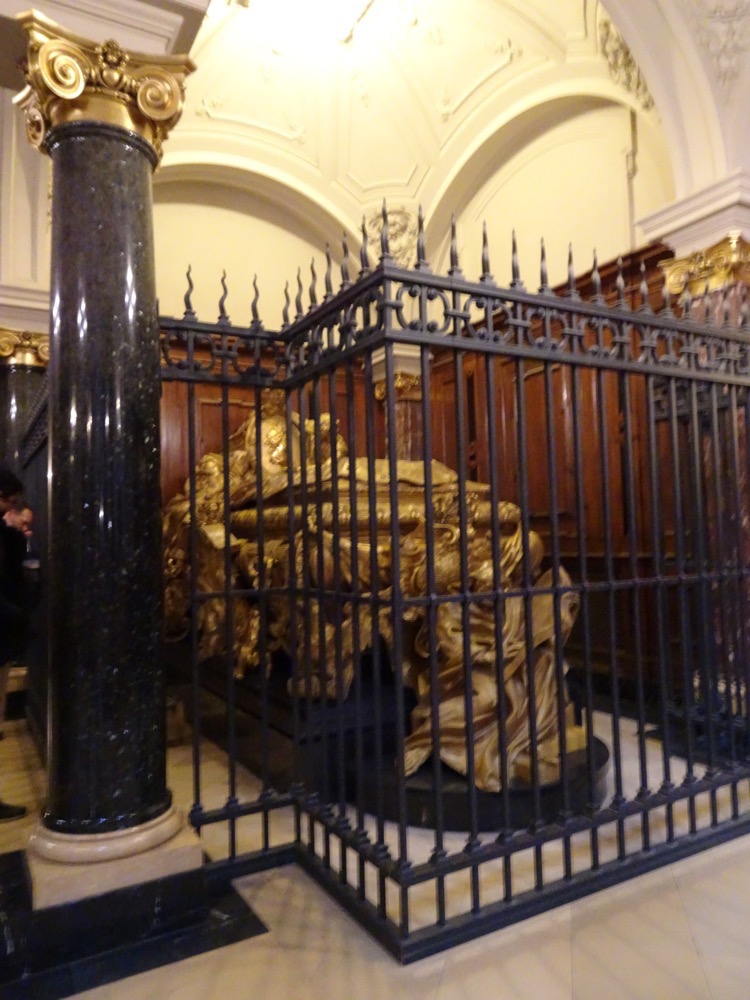
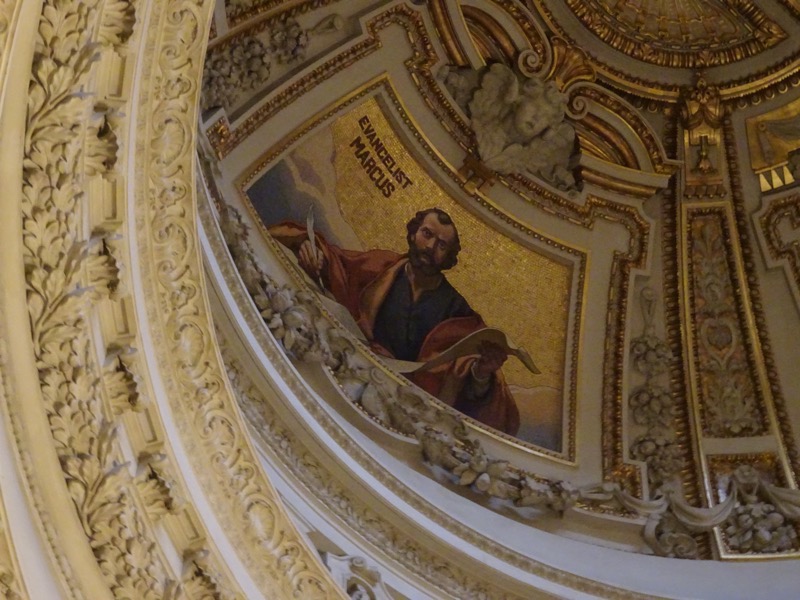 There is a small museum full of models, sketches and pieces of the original mosaics etc.
There is a small museum full of models, sketches and pieces of the original mosaics etc.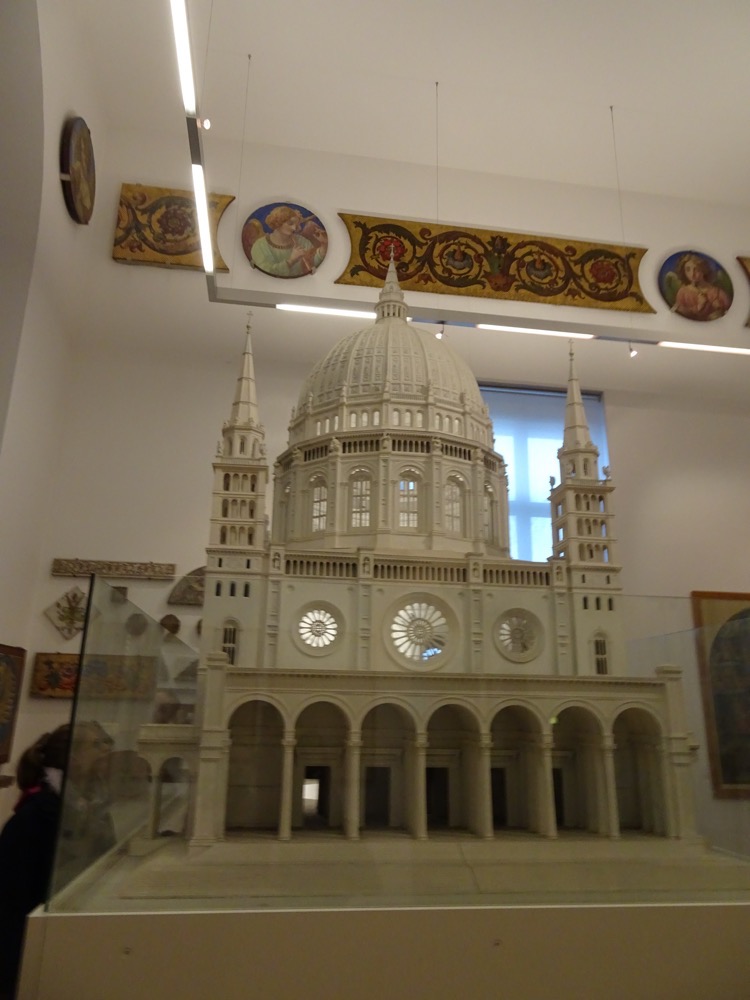
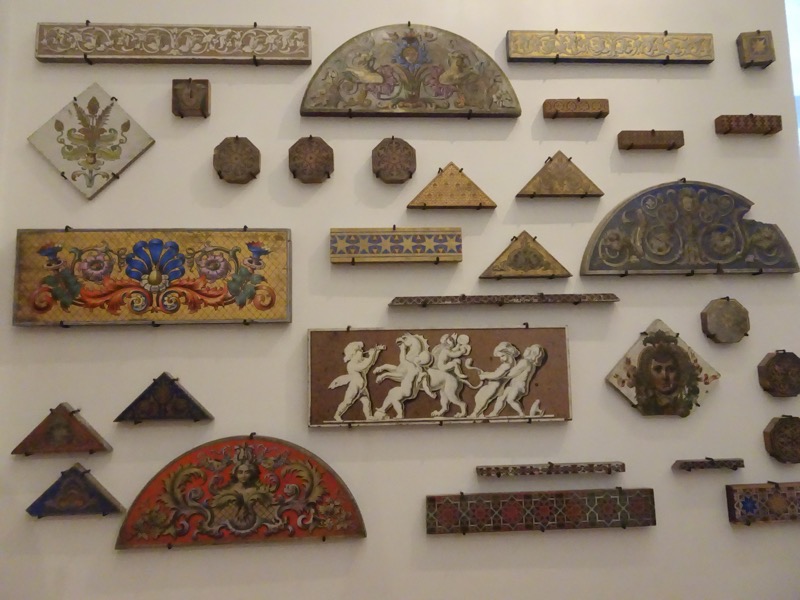
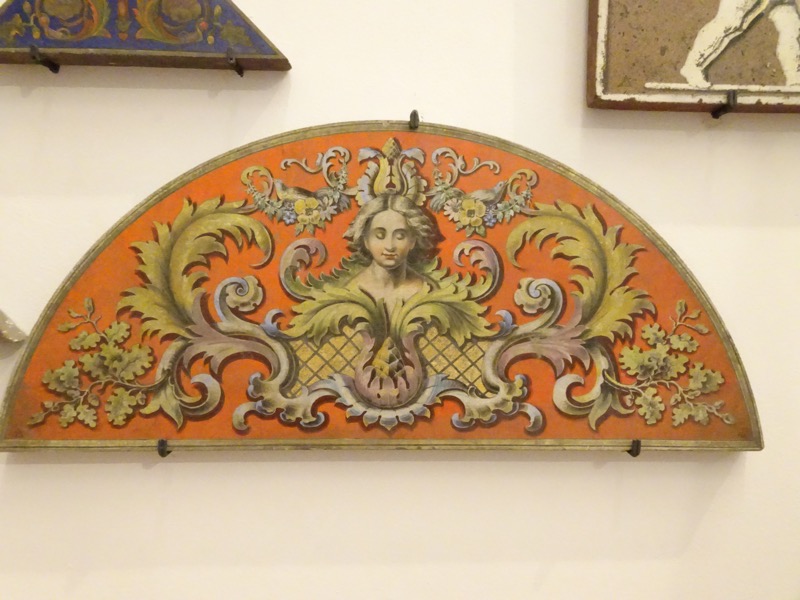
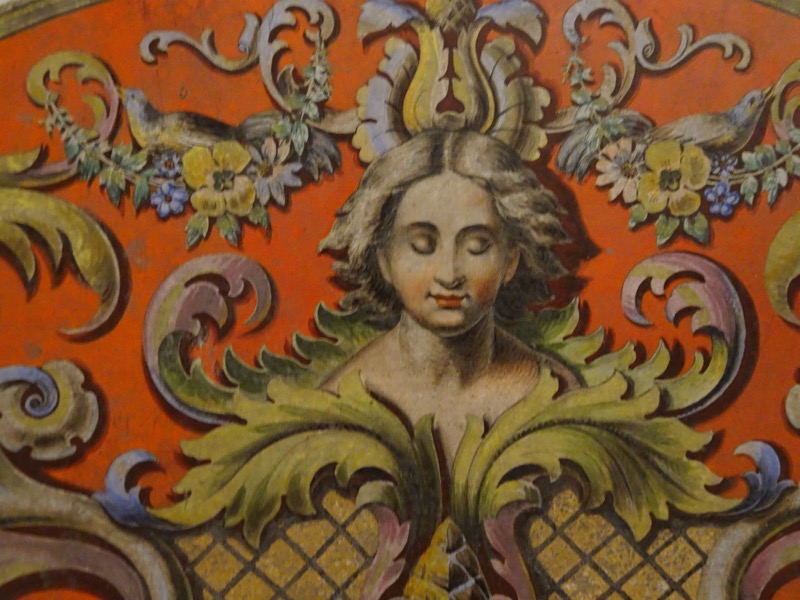 yale for scale by a piece of a column…
yale for scale by a piece of a column… 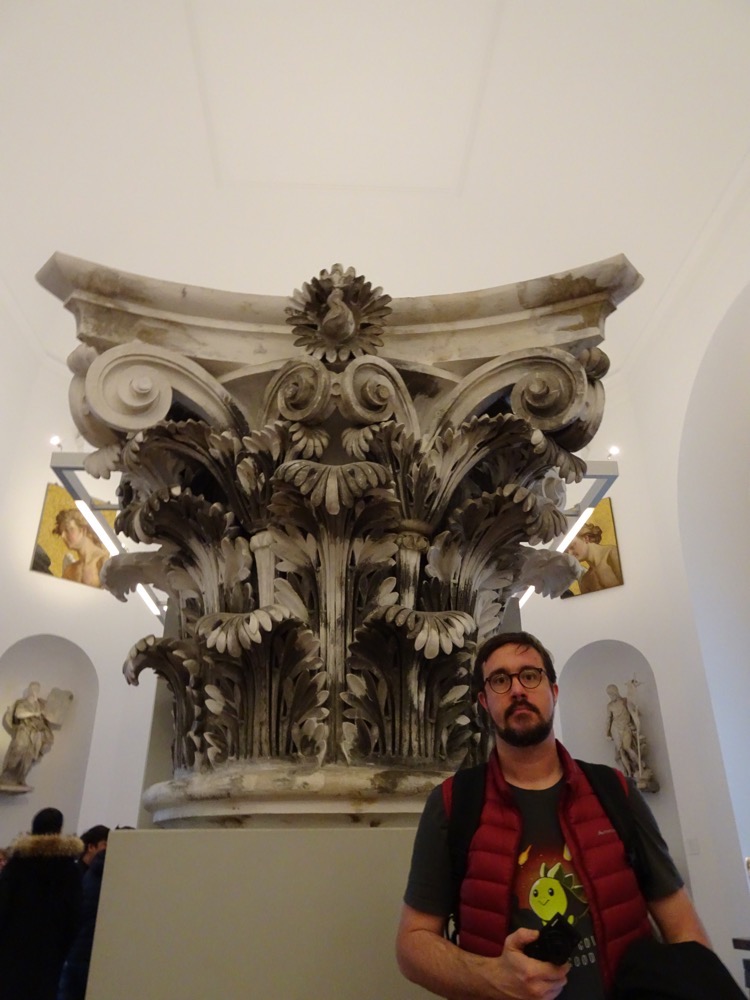 The crypts beneath the church.
The crypts beneath the church.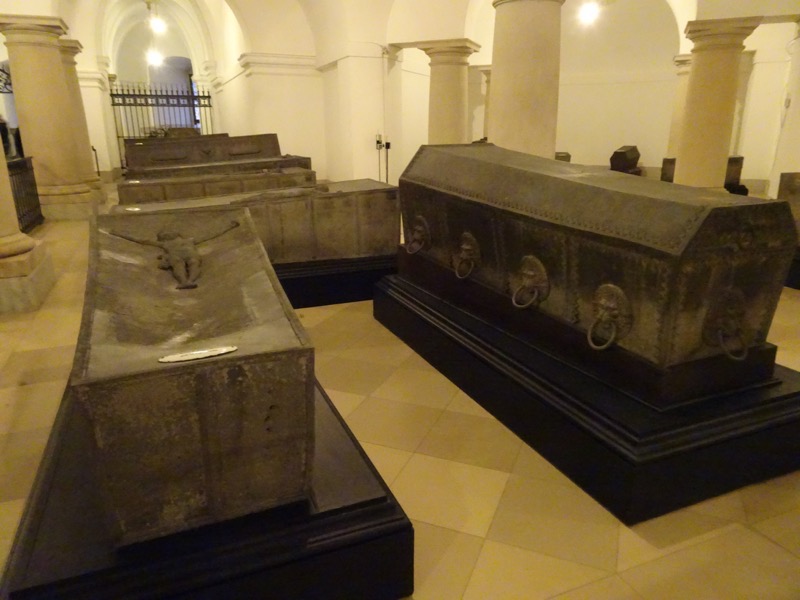
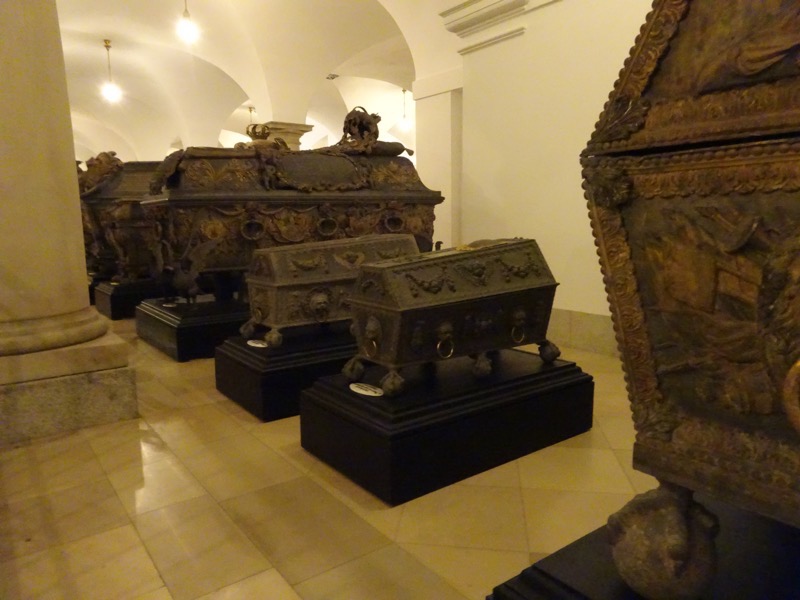
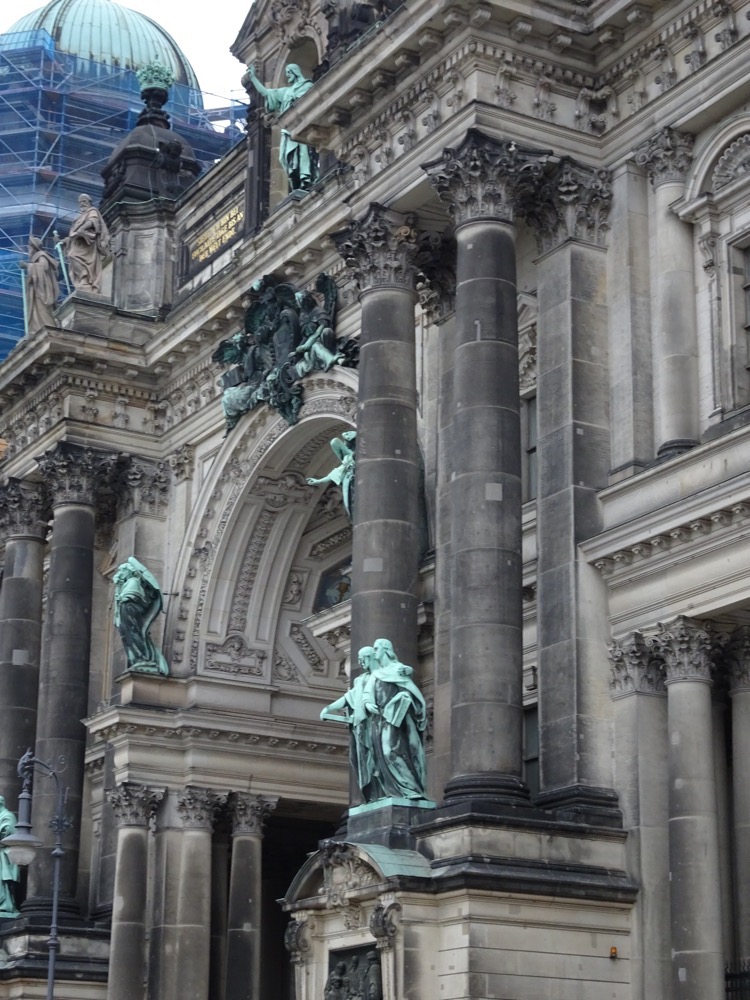
 Across the river from the Church is the Altes Museum or Old Museum which is a great name for an archaeological museum – it was built on Museum Island in Berlin and only recently restored in 2010/11. It has cool stuff in it like Greek urns, helms and paintings from old masters and all sorts of shit… but MONDAY!
Across the river from the Church is the Altes Museum or Old Museum which is a great name for an archaeological museum – it was built on Museum Island in Berlin and only recently restored in 2010/11. It has cool stuff in it like Greek urns, helms and paintings from old masters and all sorts of shit… but MONDAY!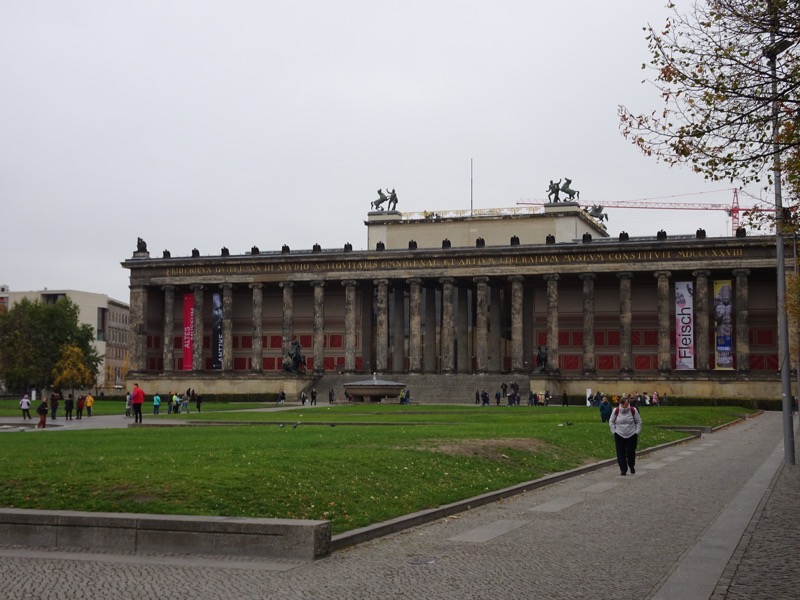
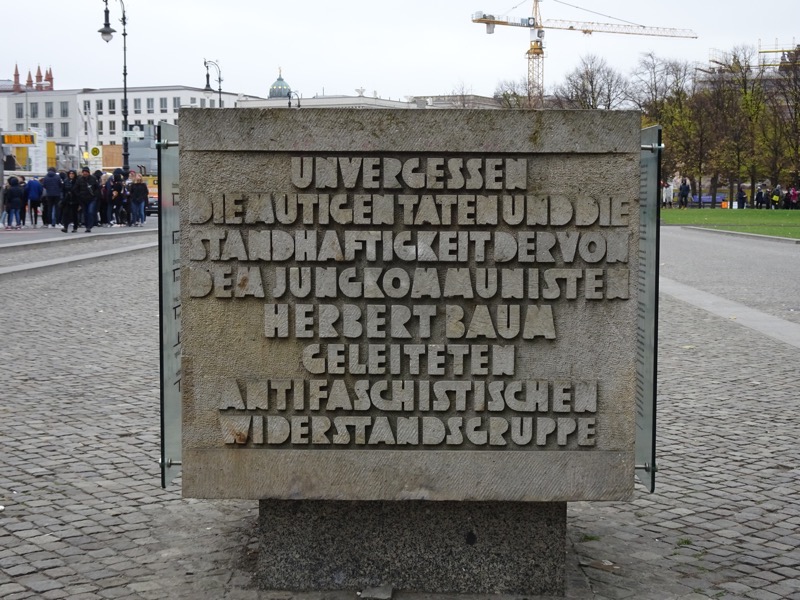 Some sculptures on the Schloss Bridge near Museum Island.
Some sculptures on the Schloss Bridge near Museum Island.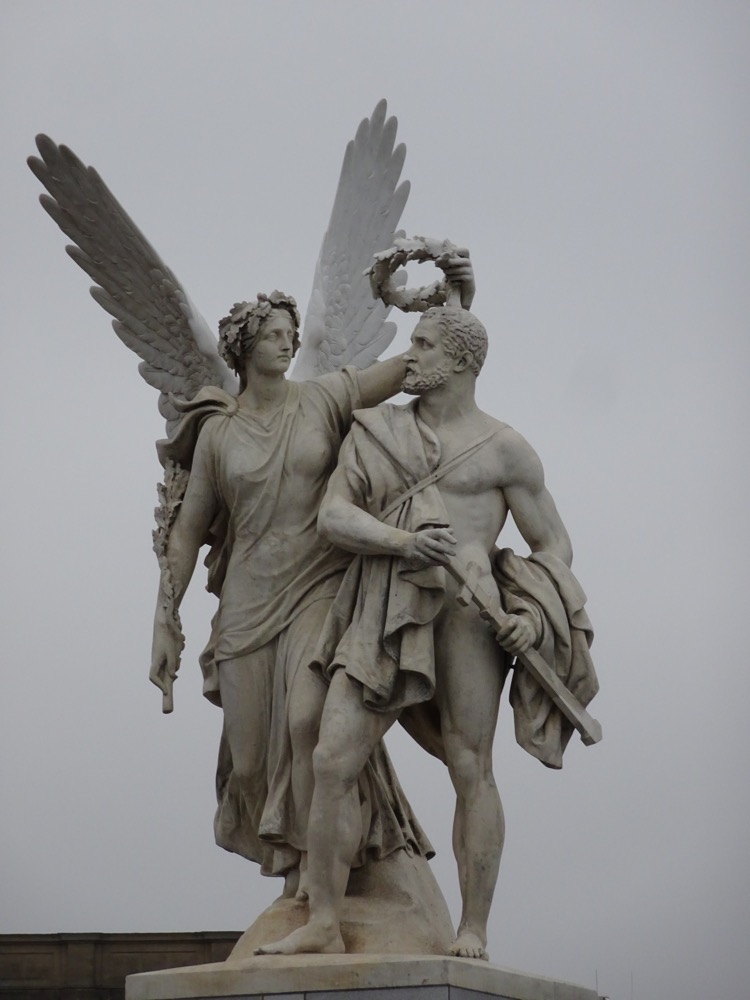
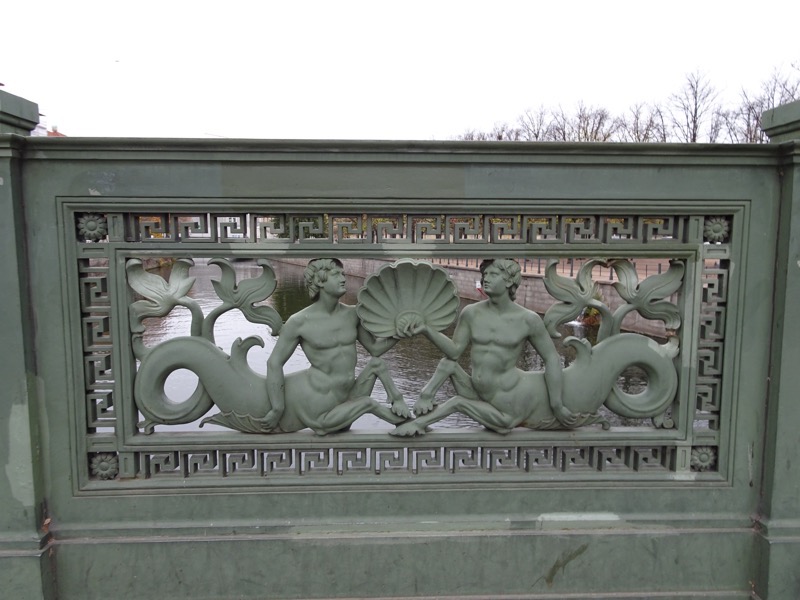
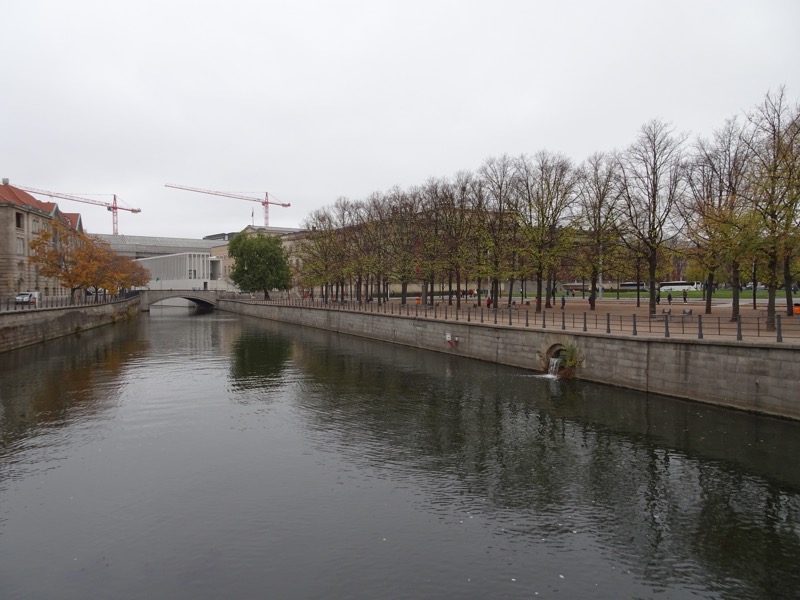 A little further down the Bundesstraße 2 which goes straight through the middle of the city is the Neue Wache, or
A little further down the Bundesstraße 2 which goes straight through the middle of the city is the Neue Wache, or 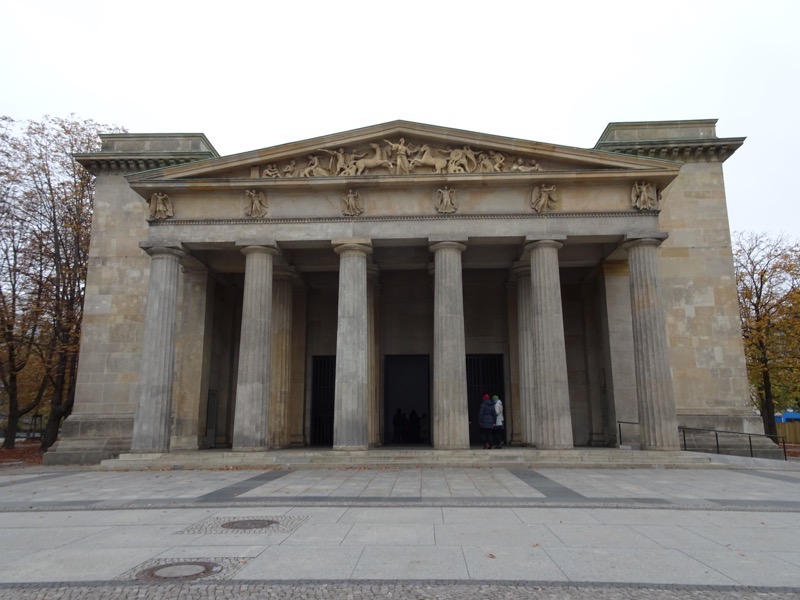 The Käthe Kollwitz sculpture, Mother with her Dead Son, sculpture is the only thing housed inside as a monument to Unknown Soldiers.
The Käthe Kollwitz sculpture, Mother with her Dead Son, sculpture is the only thing housed inside as a monument to Unknown Soldiers.
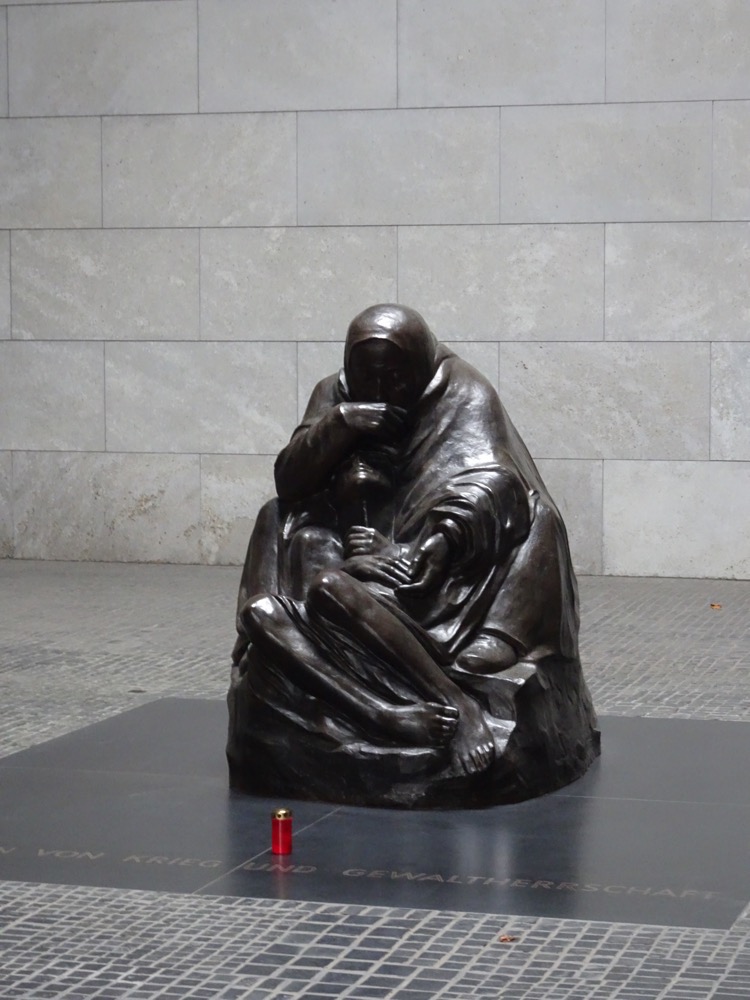 Next stop was the Berlin State Opera or the ‘Staatsoper Unter den Linden’, presumably the same opera house which, inconveniently located, caused the tank standoff at Checkpoint Charlie given that from 1949 to 1990 it housed the state opera of East Germany. It is the permanent home of the ‘Staatsoper Unter den Linden’ opera company.
Next stop was the Berlin State Opera or the ‘Staatsoper Unter den Linden’, presumably the same opera house which, inconveniently located, caused the tank standoff at Checkpoint Charlie given that from 1949 to 1990 it housed the state opera of East Germany. It is the permanent home of the ‘Staatsoper Unter den Linden’ opera company.  Humboldt University…
Humboldt University…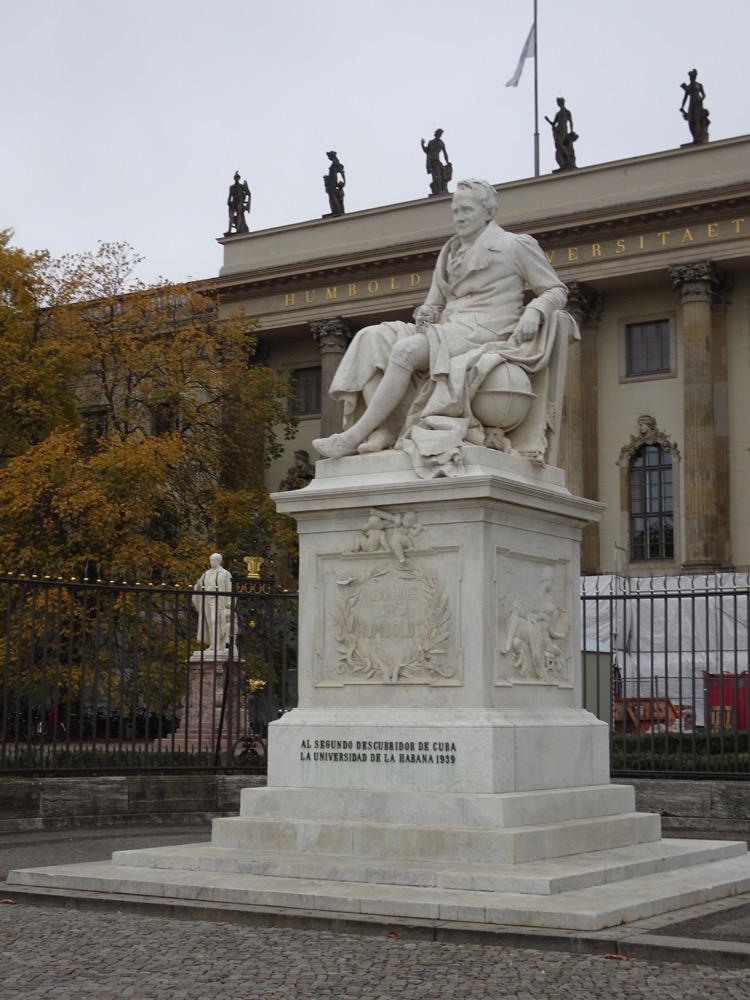 Beside the opera house is the Bebelplatz public square which is bound by the Opera House, the Humboldt University, and St Hedwig’s Catholic Cathedral. Today, the Bebelplatz is most famous for it being the site of the Nazi book burnings that occurred here on the 10th May 1933. The burnings were initiated and hosted by the nationalist German Student Association… seriously, the students were burning the books. They started collecting books on the 6th Mary and dragged the contents of the Institut für Sexualwissenschaft library into the square before they invited Propaganda Minister Joseph Goebbels to come and give a speech before setting fire to the books. Also in attendance were members of the Nazi Students’ League, the Sturmabteilung (“brownshirts”), the SS, and members of Hitler Youth groups. They burned around 20,000 books. 🙁
Beside the opera house is the Bebelplatz public square which is bound by the Opera House, the Humboldt University, and St Hedwig’s Catholic Cathedral. Today, the Bebelplatz is most famous for it being the site of the Nazi book burnings that occurred here on the 10th May 1933. The burnings were initiated and hosted by the nationalist German Student Association… seriously, the students were burning the books. They started collecting books on the 6th Mary and dragged the contents of the Institut für Sexualwissenschaft library into the square before they invited Propaganda Minister Joseph Goebbels to come and give a speech before setting fire to the books. Also in attendance were members of the Nazi Students’ League, the Sturmabteilung (“brownshirts”), the SS, and members of Hitler Youth groups. They burned around 20,000 books. 🙁 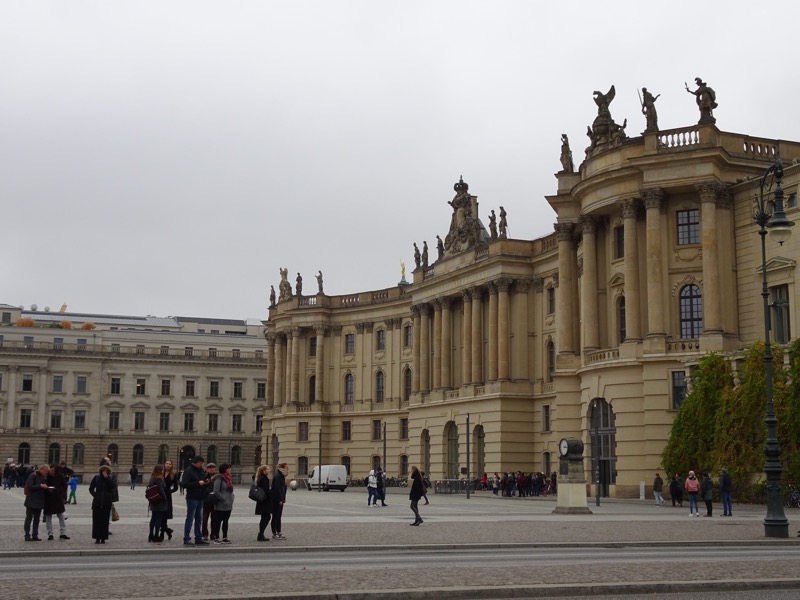 Monument to Reiterstandbild König Friedrich II von Preußen, or Fredrick the Great.
Monument to Reiterstandbild König Friedrich II von Preußen, or Fredrick the Great.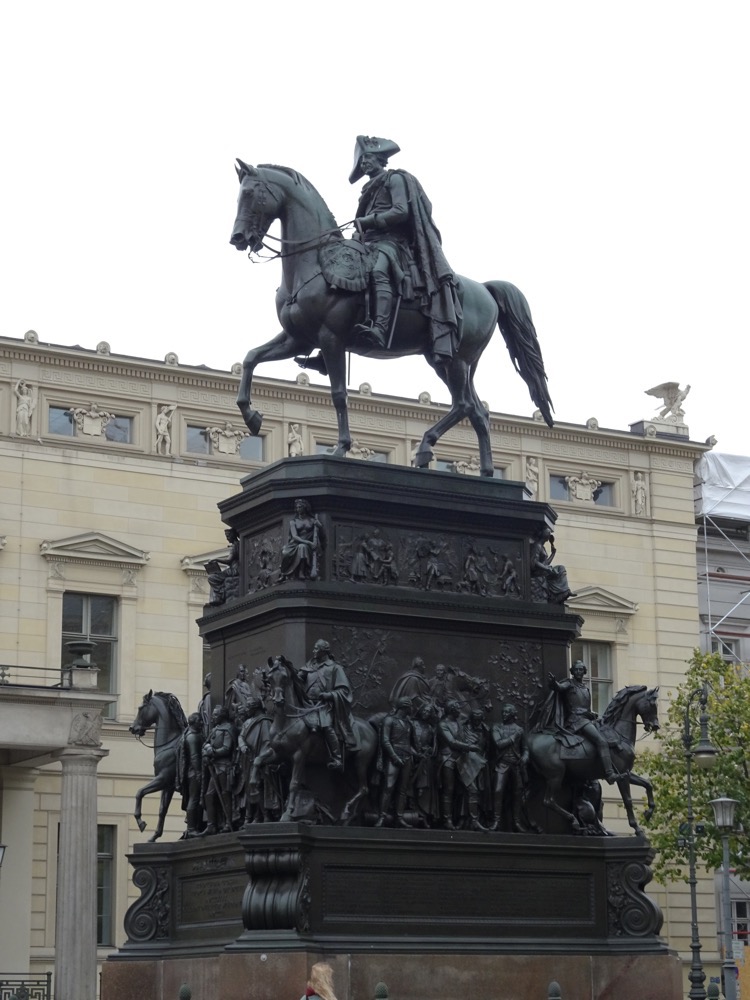
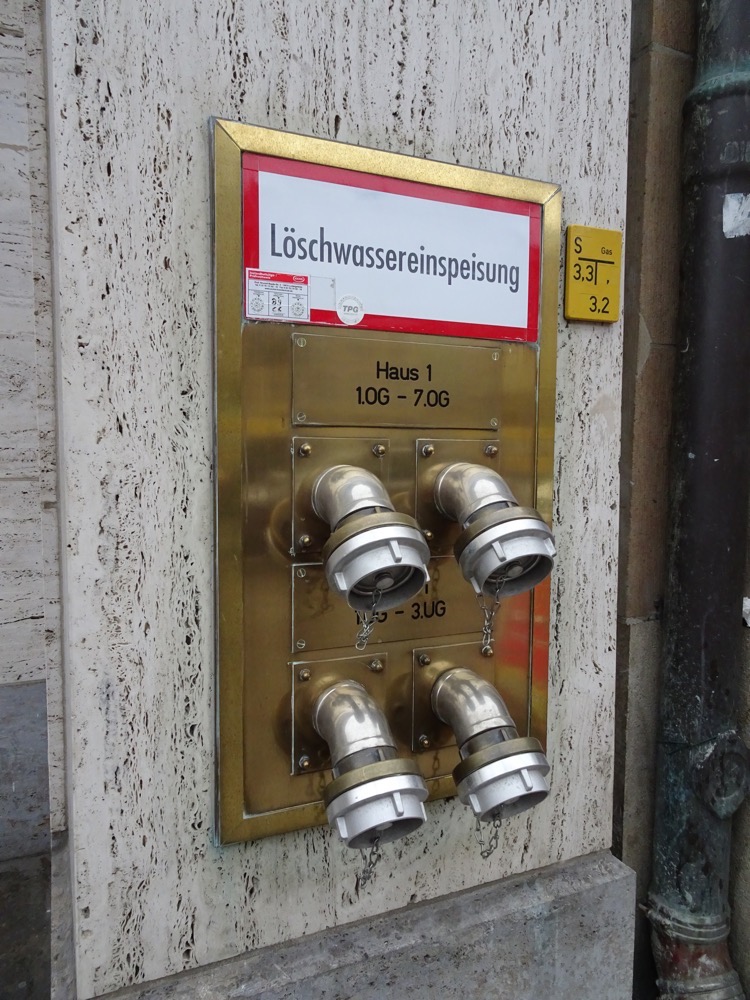 Berlin’s Microsoft offices.
Berlin’s Microsoft offices.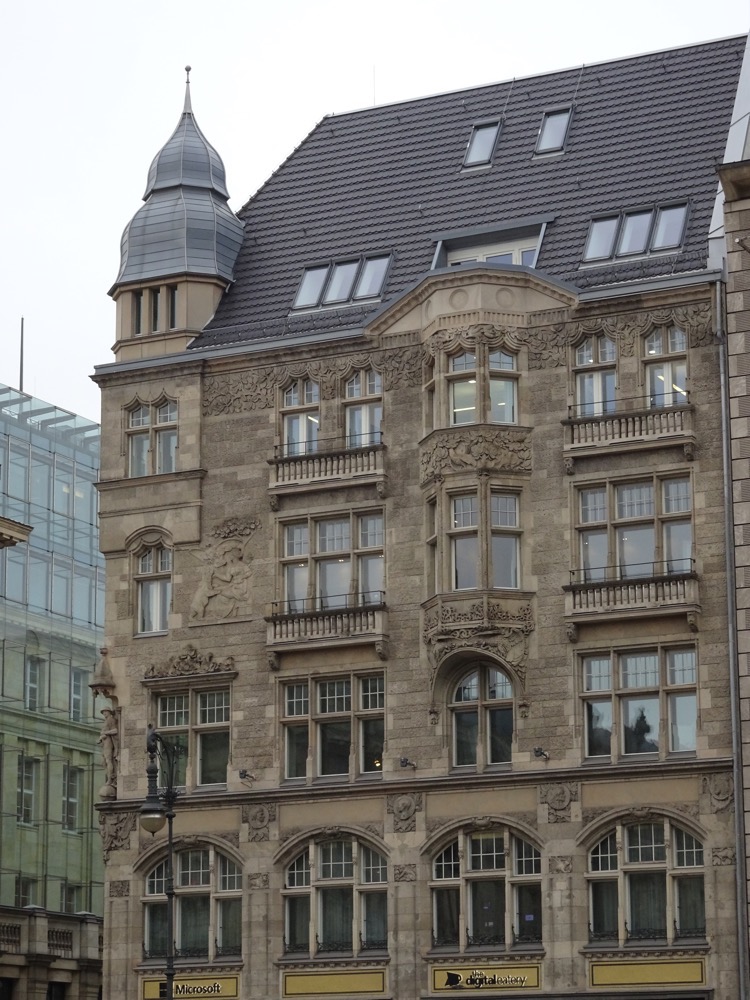 In the foyer of Mercedes Benz in Berlin… a tiny mirror-balled Smart Car. No idea why.
In the foyer of Mercedes Benz in Berlin… a tiny mirror-balled Smart Car. No idea why.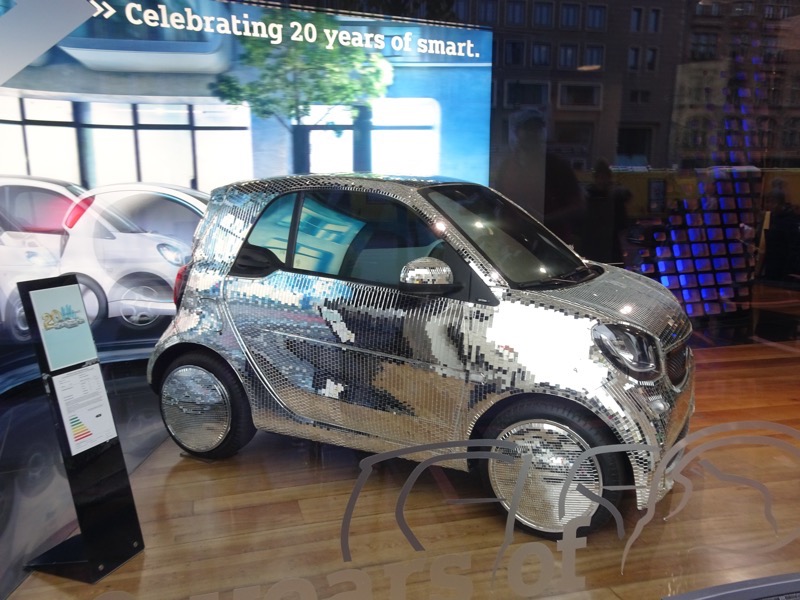
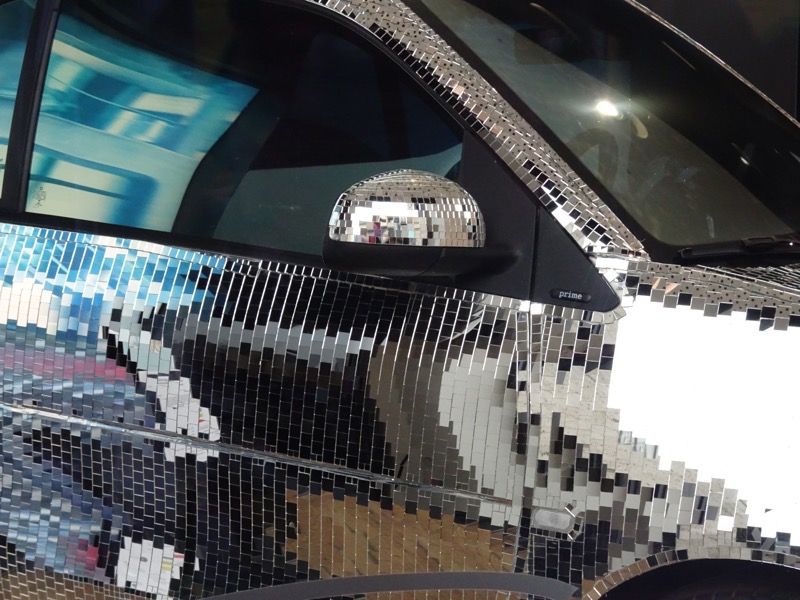 Saw this ad for an internet plan and nearly cried… #fraudband #nbn #auspol
Saw this ad for an internet plan and nearly cried… #fraudband #nbn #auspol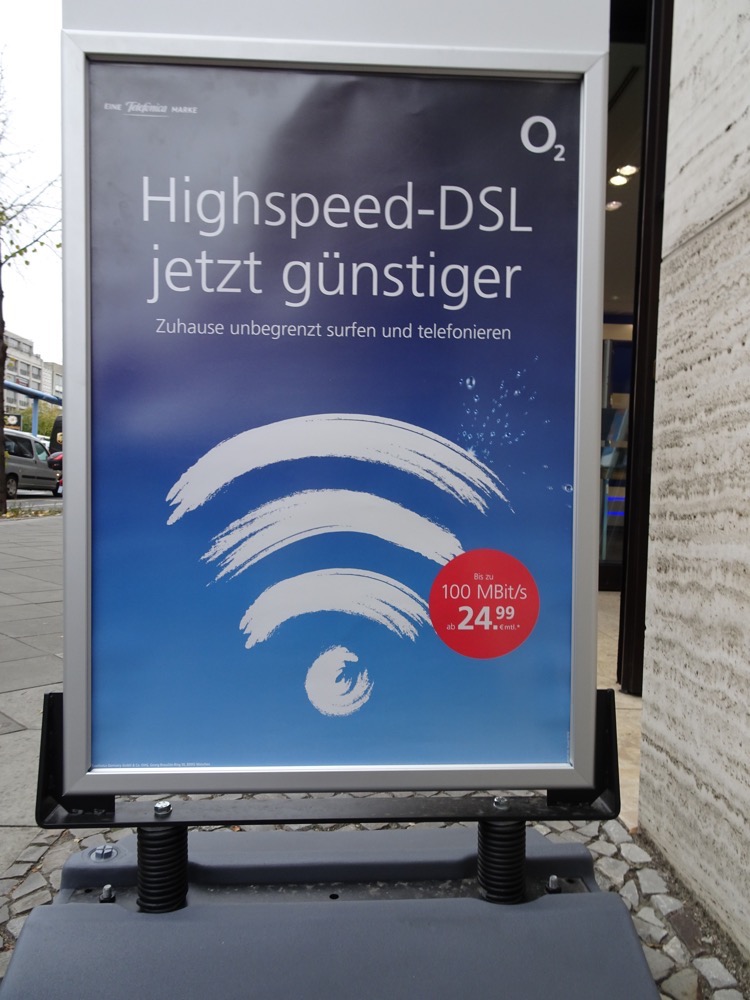 We stopped and had some lunch at a great cafe called, Nante-Eck for some typical stodgy German fare – there was soup and sausages and mustards, flammkuchen and yale sized beer!
We stopped and had some lunch at a great cafe called, Nante-Eck for some typical stodgy German fare – there was soup and sausages and mustards, flammkuchen and yale sized beer!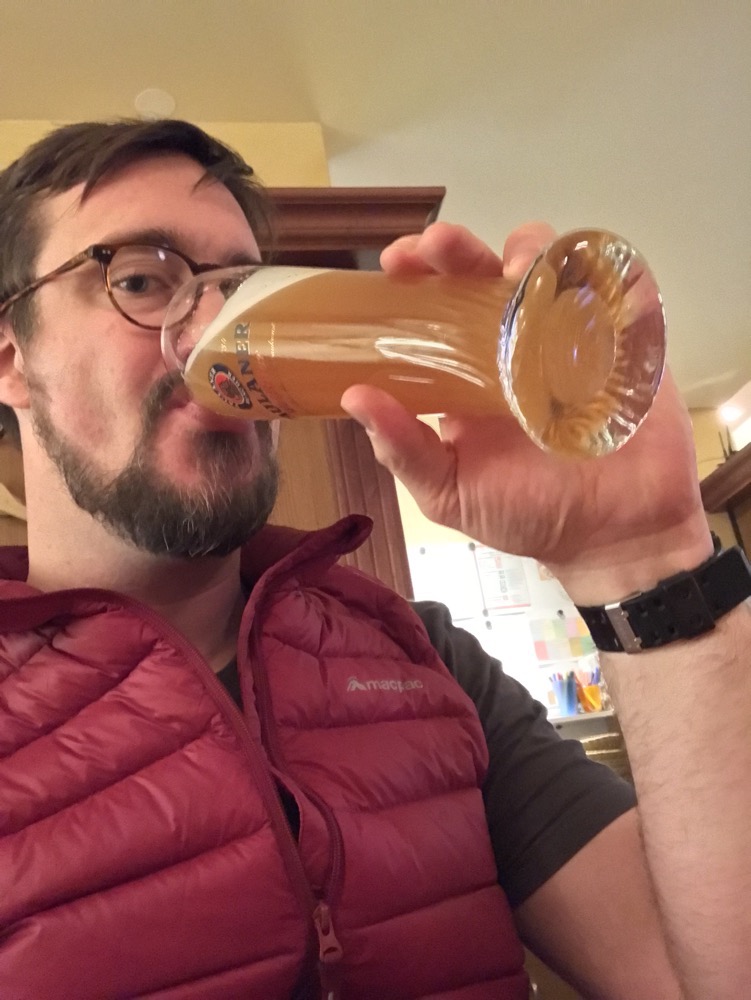 Crayfish bisque for me
Crayfish bisque for me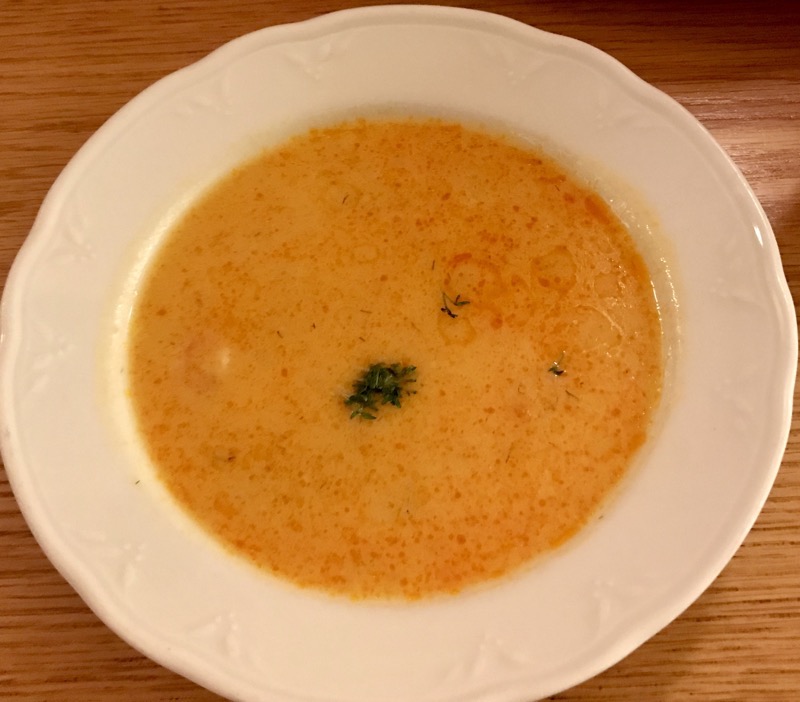 Charlottenburg mixed sausage platter for yale.
Charlottenburg mixed sausage platter for yale.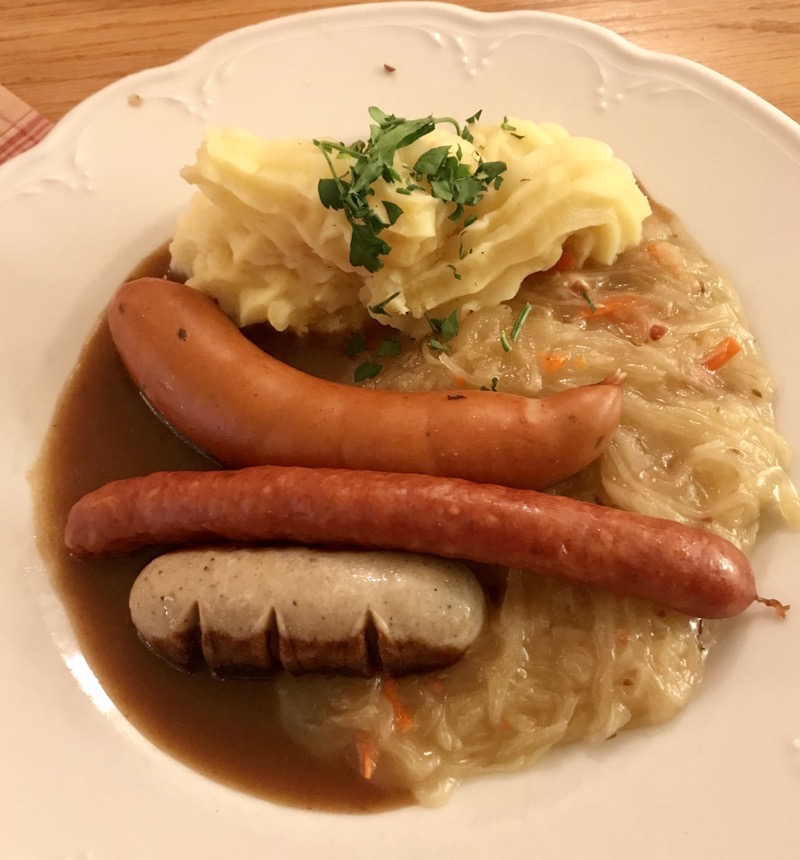 And some creme fraice, onion and bacon flammkuchen to share. Delicious.
And some creme fraice, onion and bacon flammkuchen to share. Delicious.
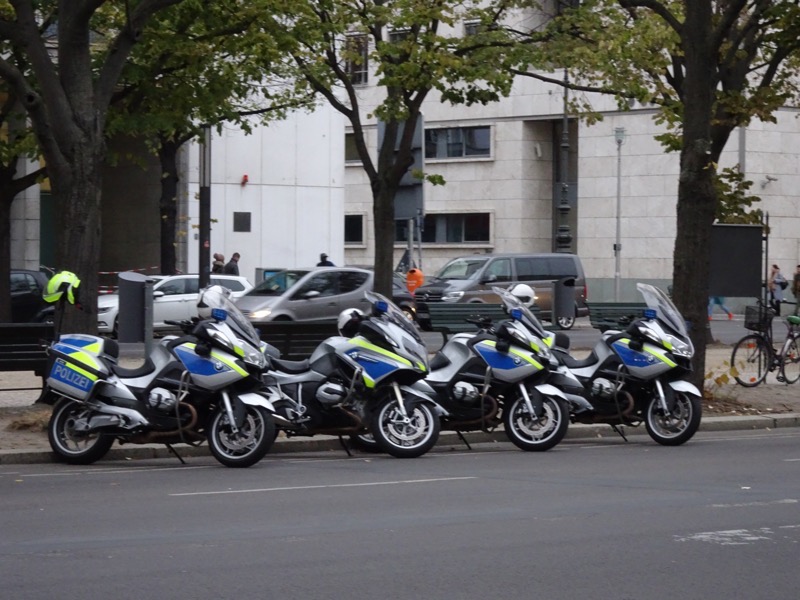
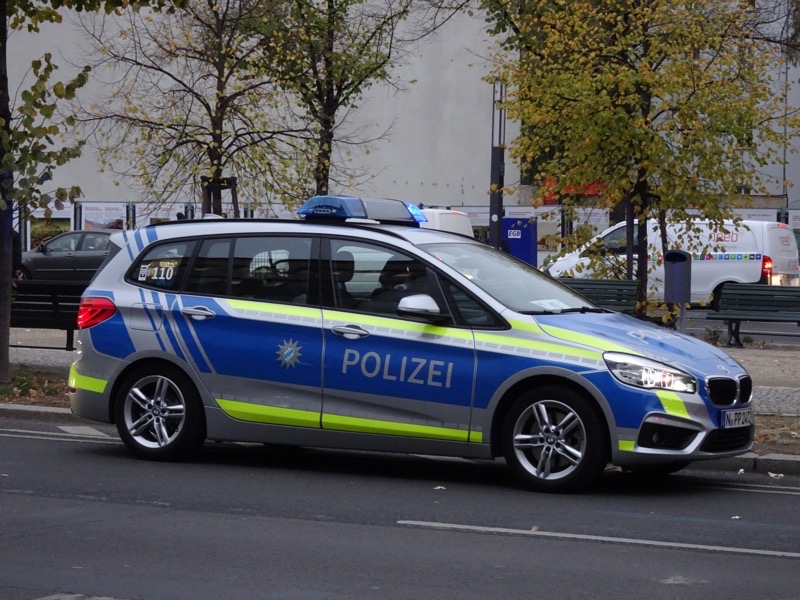
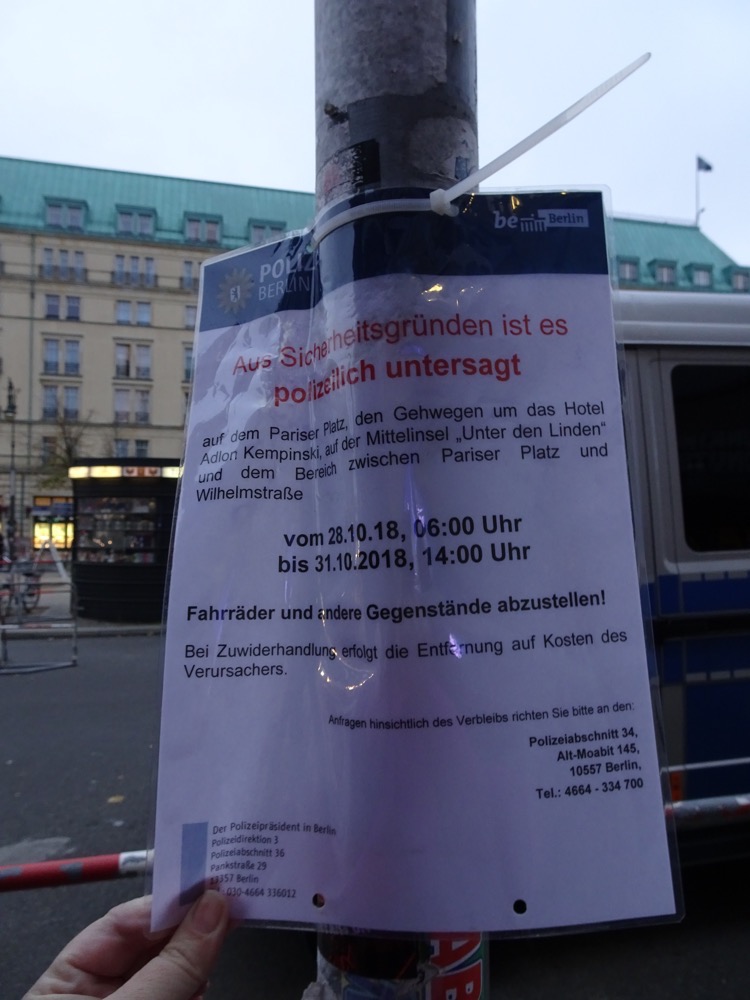
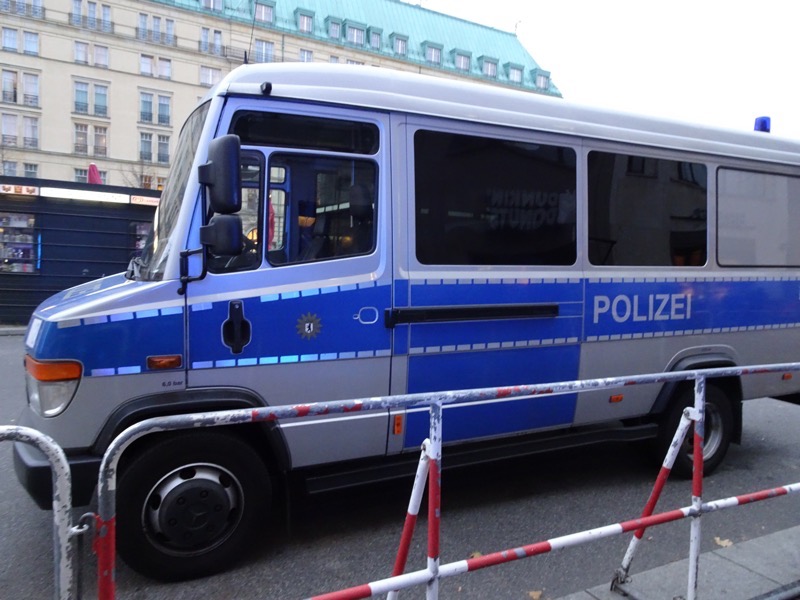 The Brandenburg Gate is an 18th-century neoclassical monument built by the Prussian king Frederick William II after the (somewhat temporary) successful restoration of state order during the early Batavian Revolution. Victory gates for the win! Build ’em while you can.
The Brandenburg Gate is an 18th-century neoclassical monument built by the Prussian king Frederick William II after the (somewhat temporary) successful restoration of state order during the early Batavian Revolution. Victory gates for the win! Build ’em while you can.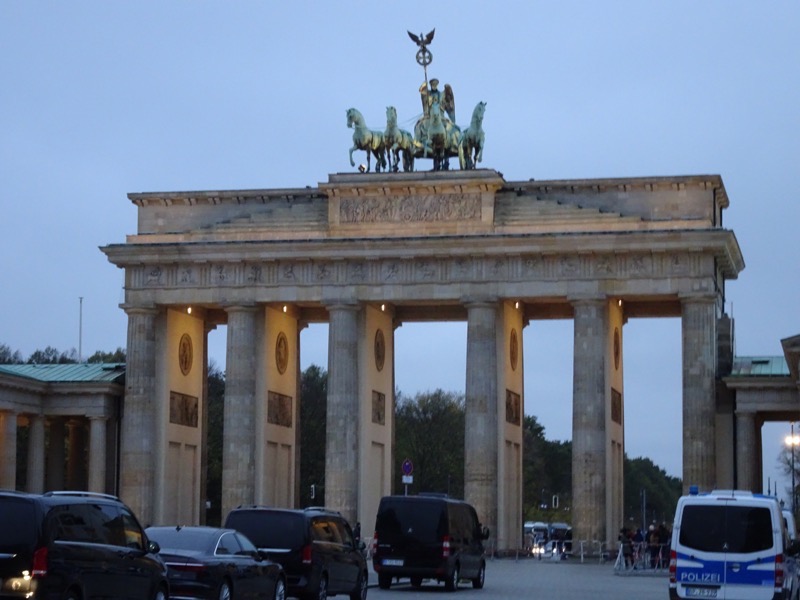 After the 1806 Prussian defeat at the Battle of Jena-Auerstedt, Napoleon used the Brandenburg Gate for an enormous chest beating triumphal procession, and apparently, he took the Quadriga (the four horse statue) from the top of the gates and sent them to Paris. After Napoleon’s defeat in 1814 and the Prussian occupation of Paris by General Ernst von Pfuel, the Quadriga was returned to Berlin (probably with very poor grace) and it was redesigned by Karl Friedrich Schinkel who added the goddess, Victoria, and gave her a Prussian eagle and an Iron Cross on her lance within a wreath of oak leaves.
After the 1806 Prussian defeat at the Battle of Jena-Auerstedt, Napoleon used the Brandenburg Gate for an enormous chest beating triumphal procession, and apparently, he took the Quadriga (the four horse statue) from the top of the gates and sent them to Paris. After Napoleon’s defeat in 1814 and the Prussian occupation of Paris by General Ernst von Pfuel, the Quadriga was returned to Berlin (probably with very poor grace) and it was redesigned by Karl Friedrich Schinkel who added the goddess, Victoria, and gave her a Prussian eagle and an Iron Cross on her lance within a wreath of oak leaves.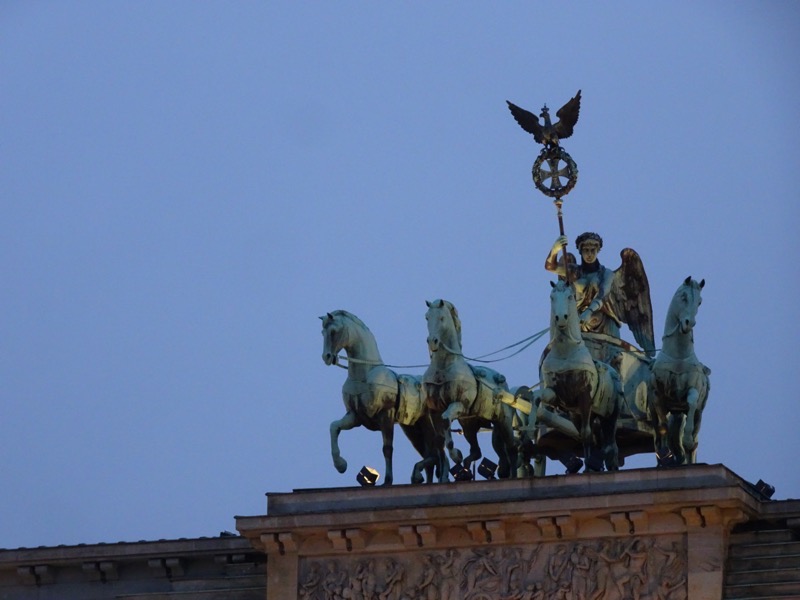 When the Nazis ascended to power, they too used the gate as a symbol of party power. Following Germany’s surrender and the end of the war, the governments of East and West Berlin restored it in a joint effort. The bullet holes were patched but were still visible. Today, the space leading up to the gate is used for public gatherings and even concerts (somewhat like the Washington Mall) as it can fit up to a million people. The gates looked really impressive but was hard to get a photo without the police presence in the way.
When the Nazis ascended to power, they too used the gate as a symbol of party power. Following Germany’s surrender and the end of the war, the governments of East and West Berlin restored it in a joint effort. The bullet holes were patched but were still visible. Today, the space leading up to the gate is used for public gatherings and even concerts (somewhat like the Washington Mall) as it can fit up to a million people. The gates looked really impressive but was hard to get a photo without the police presence in the way.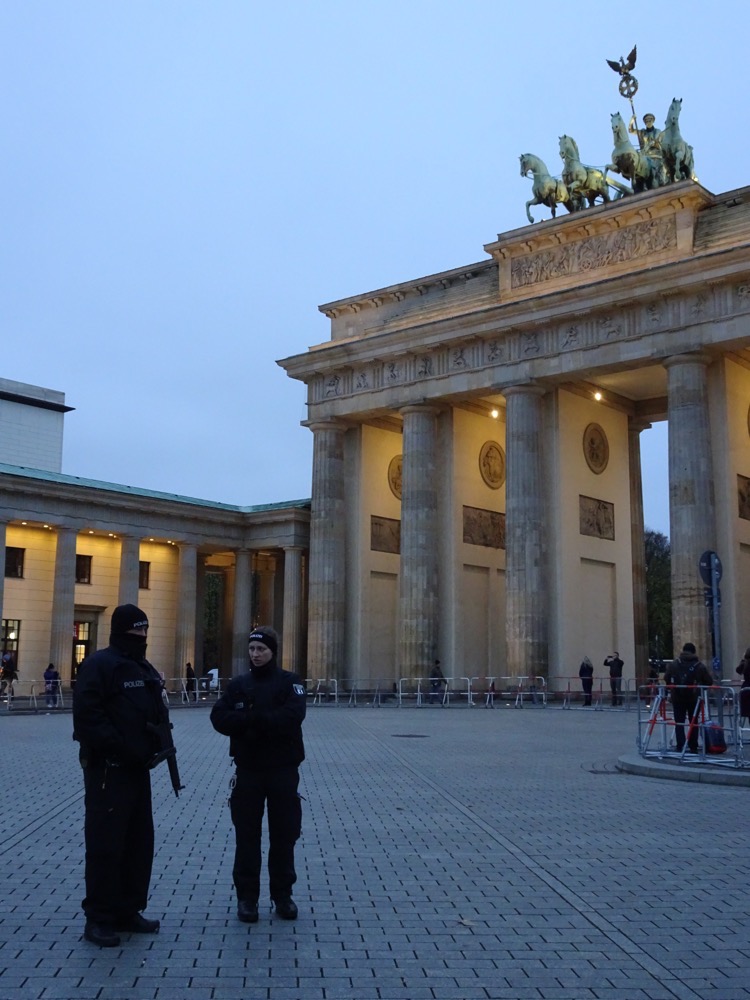

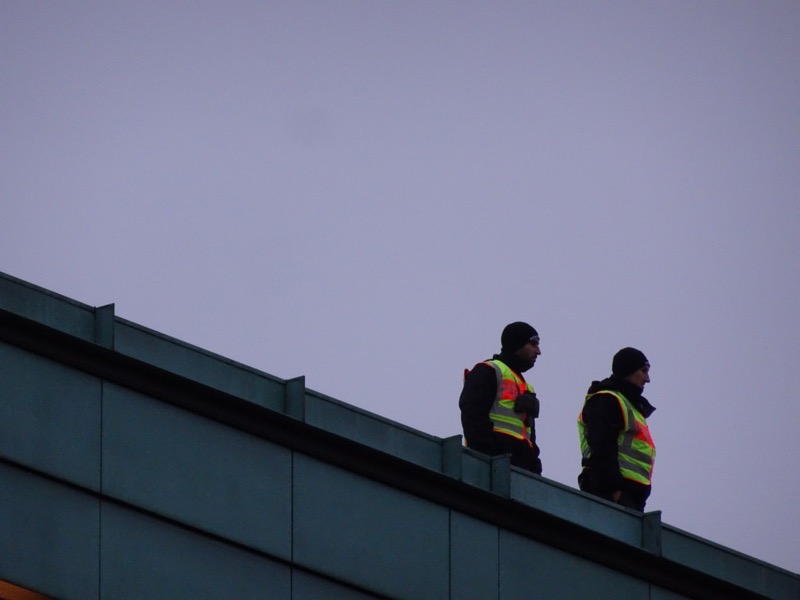 The other side of the gate – minus cops.
The other side of the gate – minus cops.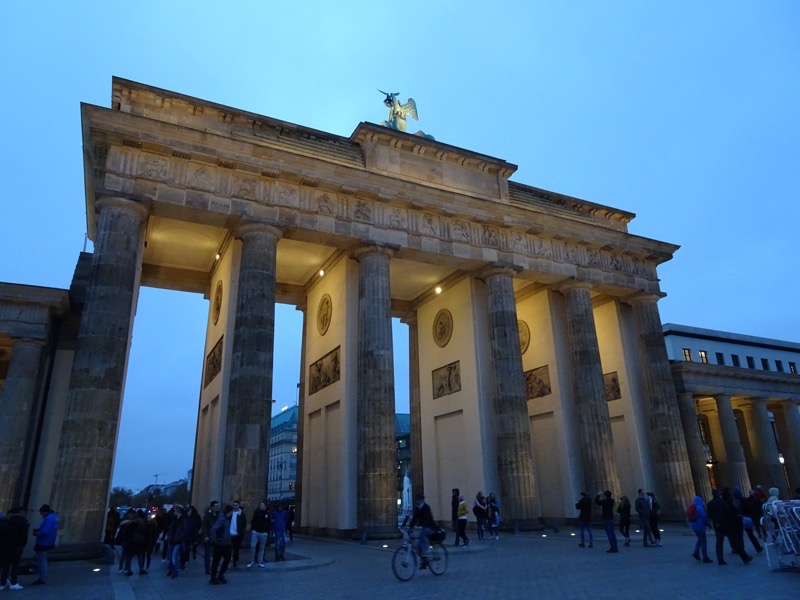
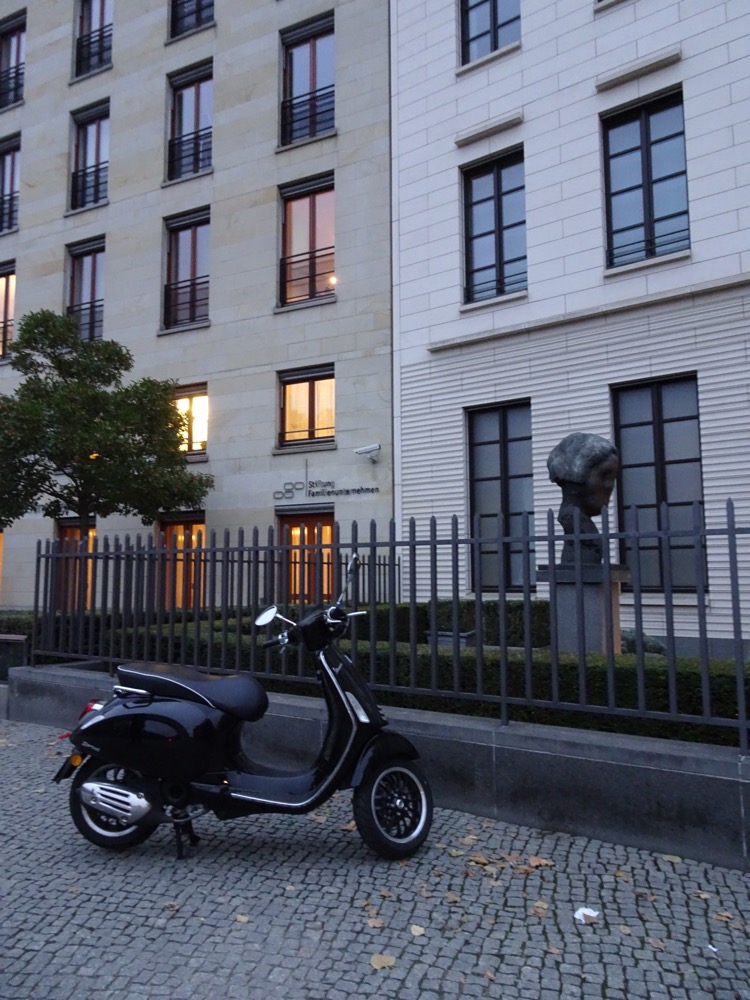 Not far from the Brandenburg Gates is the famous Reichstag Building, which was constructed to house the ‘Imperial Diet of the German Empire’ – which is an interesting way to describe the houses of parliament. It was opened in 1894 and parliament was housed there until 1933 when it was severely damaged during an arson attack. After WWII the building fell into disrepair.
Not far from the Brandenburg Gates is the famous Reichstag Building, which was constructed to house the ‘Imperial Diet of the German Empire’ – which is an interesting way to describe the houses of parliament. It was opened in 1894 and parliament was housed there until 1933 when it was severely damaged during an arson attack. After WWII the building fell into disrepair.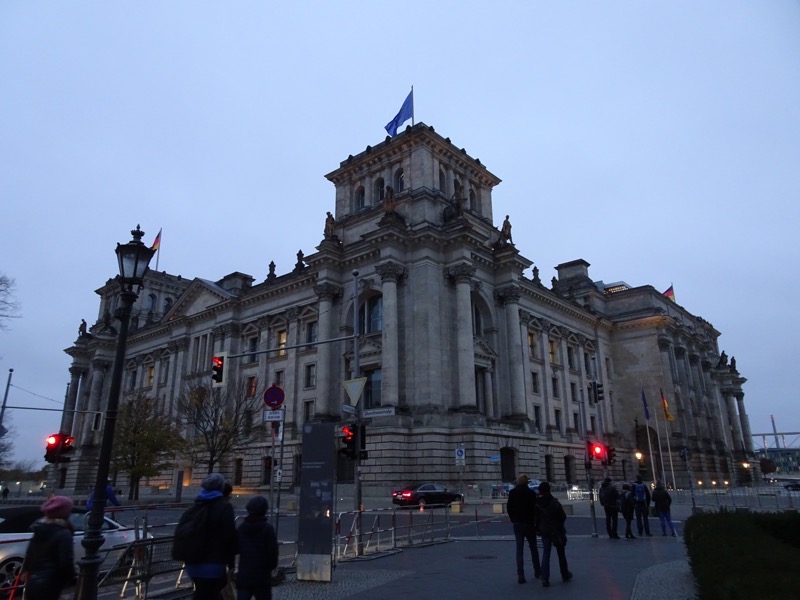
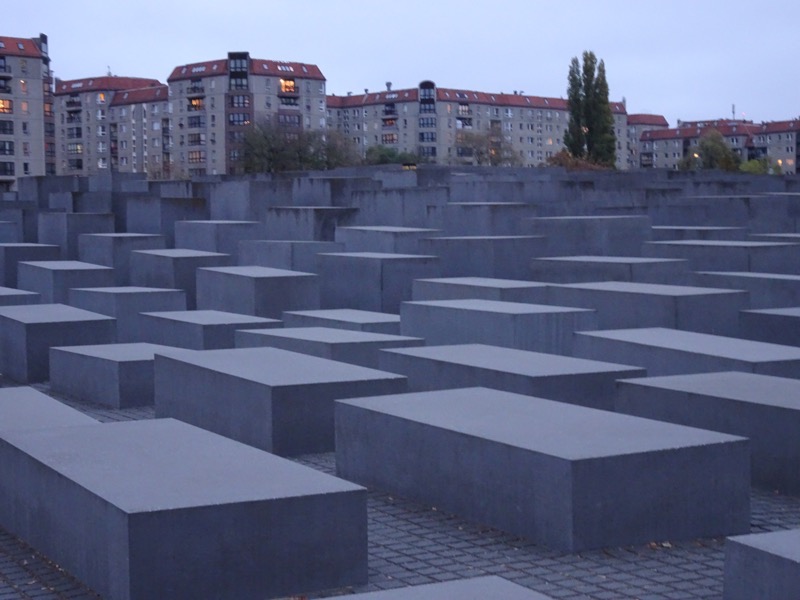 According to Eisenman’s project text, the stelae are designed to produce an uneasy, confusing atmosphere, and the whole sculpture aims to represent a supposedly ordered system that has lost touch with human reason. Some people interpret the memorial to resemble a graveyard, though the creators say that was not the main aim.
According to Eisenman’s project text, the stelae are designed to produce an uneasy, confusing atmosphere, and the whole sculpture aims to represent a supposedly ordered system that has lost touch with human reason. Some people interpret the memorial to resemble a graveyard, though the creators say that was not the main aim.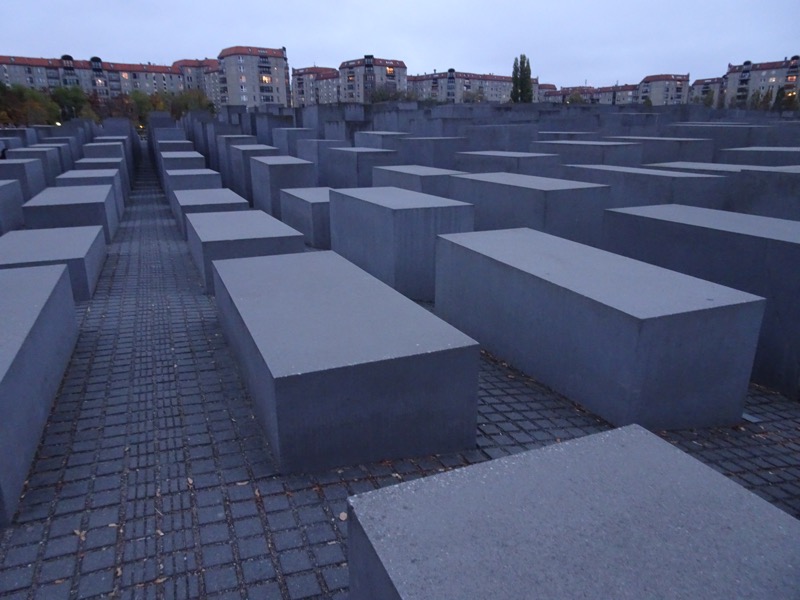 The deeper you descend into the memorial, the more you lose visual contact with the outside world. You start to feel hidden from other people, you walk quietly alone, the stelae are smooth and cold and sound echoes through the stones. You will occasionally catch glimpses of people moving through the stelae in the distance but you feel ostracised and separate from them. It is easy to lose your fellow travellers as you wander deeper into the memorial, and it is apparently designed to evoke a sense of loss and separation as you can no longer see your companions – a feeling that would have been so desperate among the Jewish community during the Holocaust.
The deeper you descend into the memorial, the more you lose visual contact with the outside world. You start to feel hidden from other people, you walk quietly alone, the stelae are smooth and cold and sound echoes through the stones. You will occasionally catch glimpses of people moving through the stelae in the distance but you feel ostracised and separate from them. It is easy to lose your fellow travellers as you wander deeper into the memorial, and it is apparently designed to evoke a sense of loss and separation as you can no longer see your companions – a feeling that would have been so desperate among the Jewish community during the Holocaust.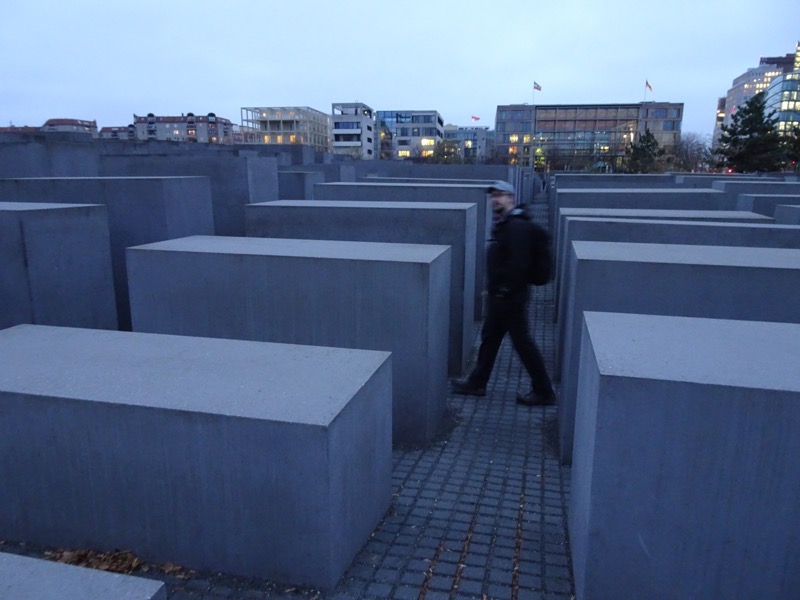
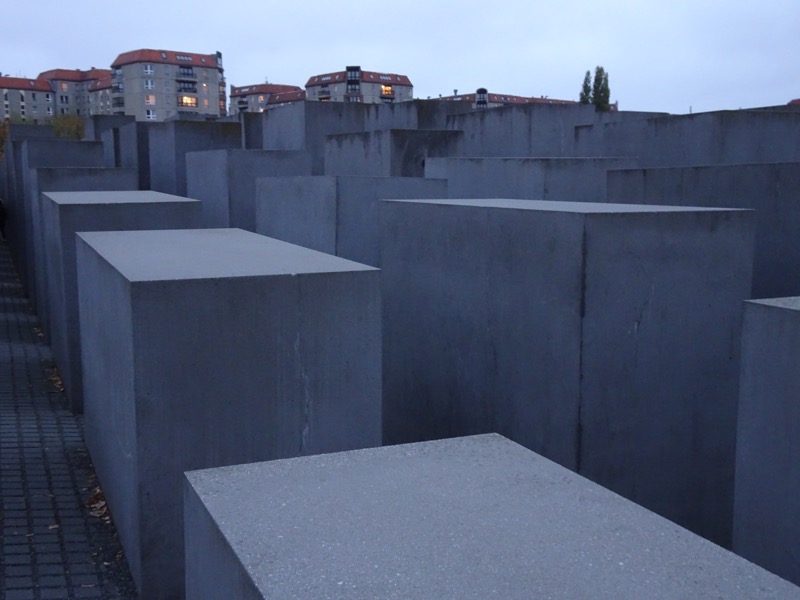
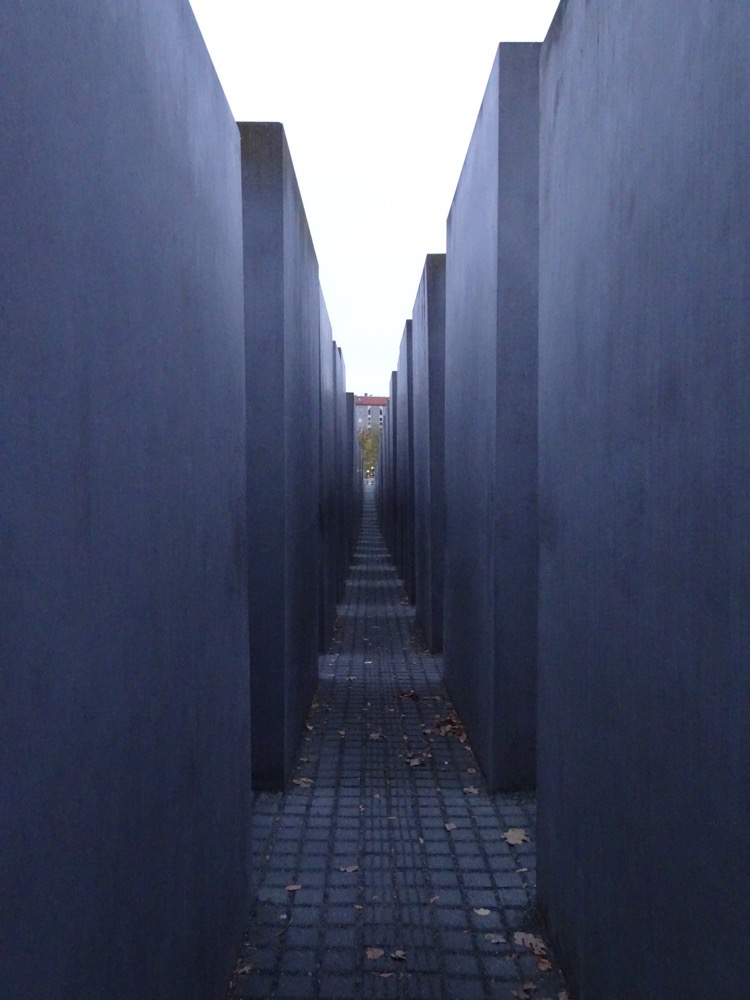
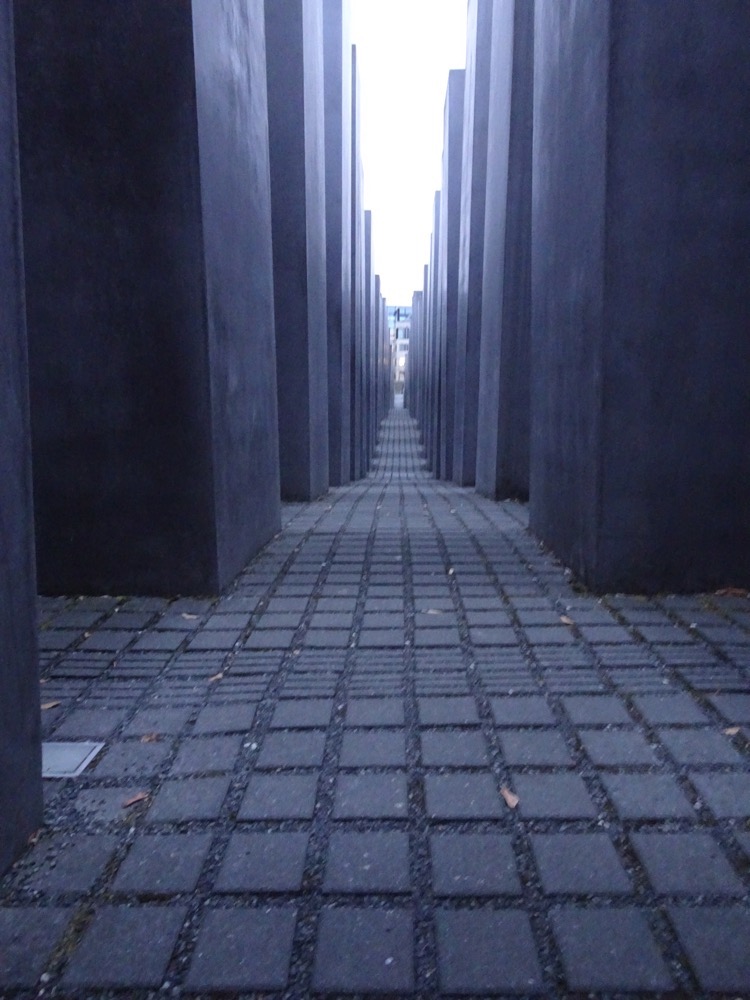

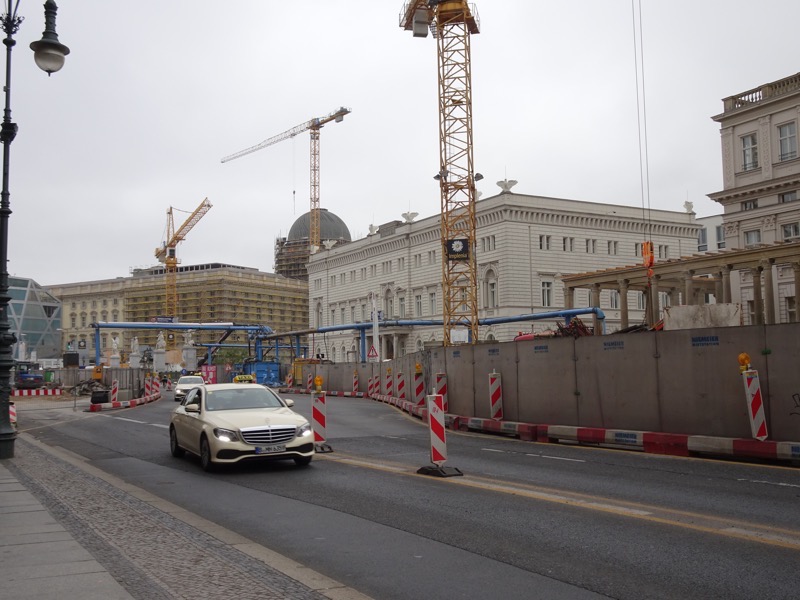
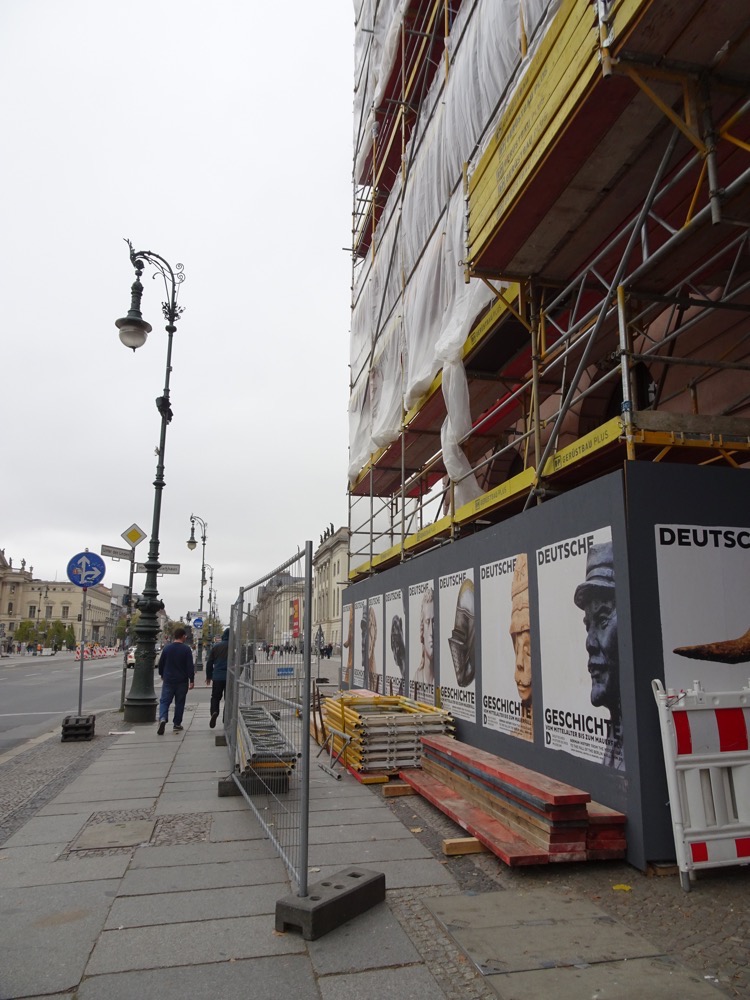
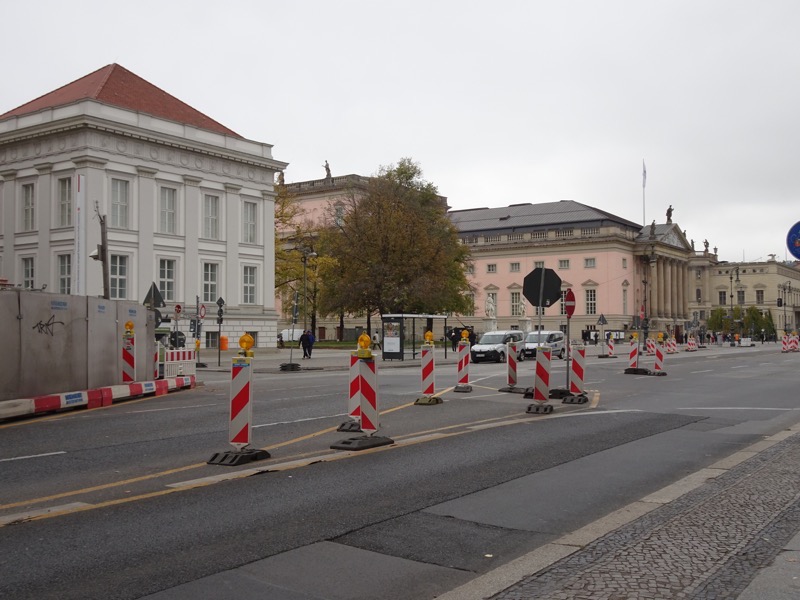
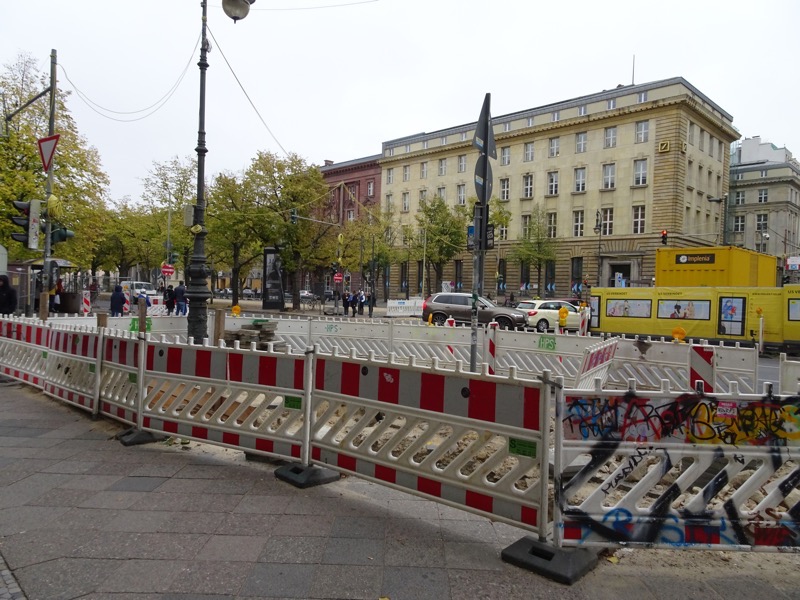
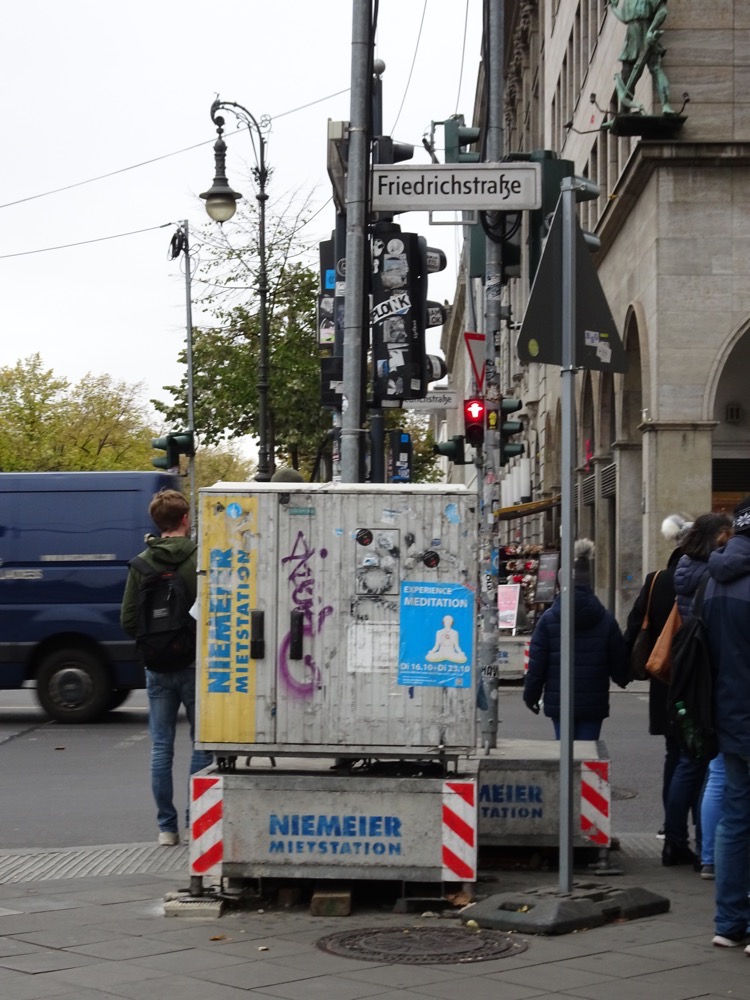
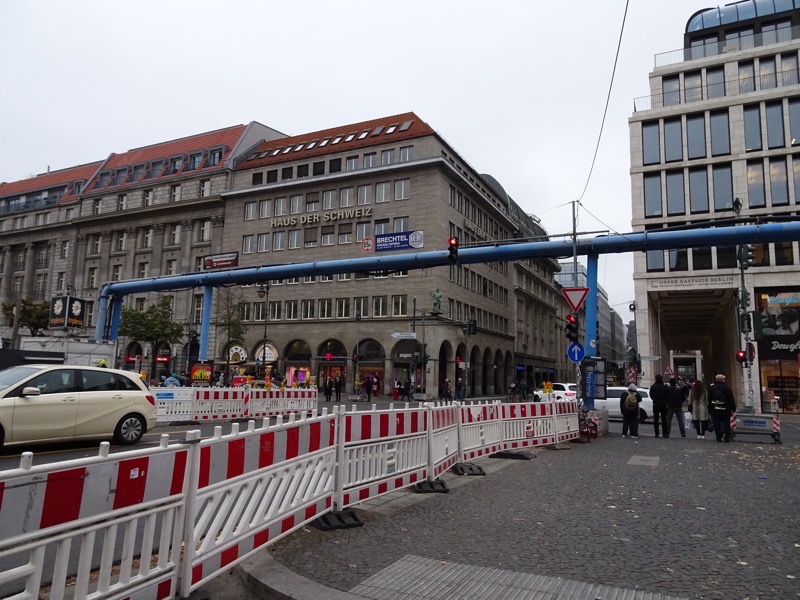
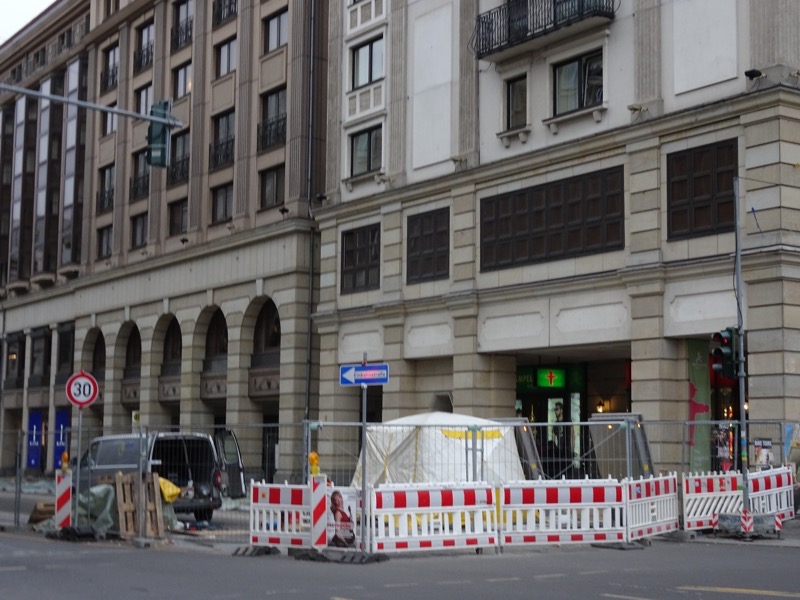
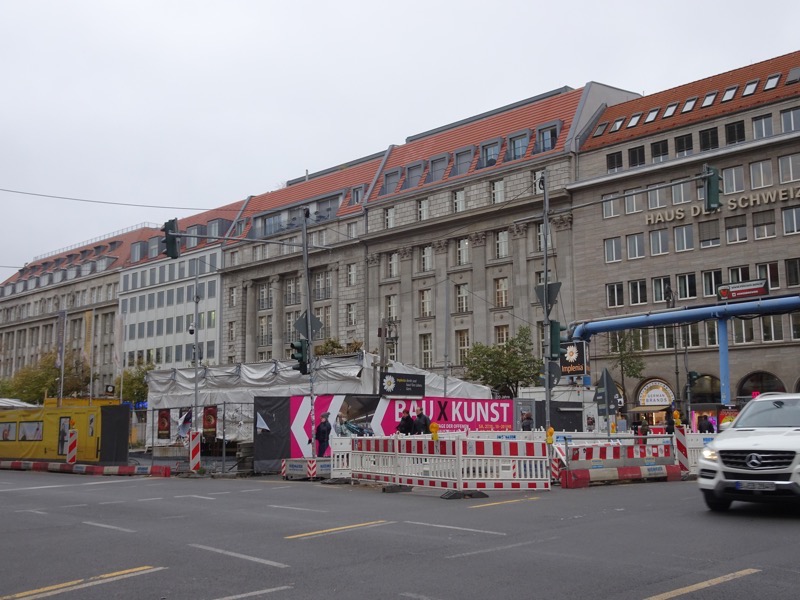
 The Long Market was established in about the 13th century as a merchant road that led to a large marketplace away from the river, and it became the city’s main thoroughfare. It also became known as the Royal Route in the 15th to 16th centuries because it served as the precessional road for visiting Polish royalty – the monarchs would visit the city and be entertained in the tenement houses along the road, and during the various feasts the city council have fireworks displays here. The most prominent and of course, wealthy, citizens of the Royal City of Gdańsk lived along this route.
The Long Market was established in about the 13th century as a merchant road that led to a large marketplace away from the river, and it became the city’s main thoroughfare. It also became known as the Royal Route in the 15th to 16th centuries because it served as the precessional road for visiting Polish royalty – the monarchs would visit the city and be entertained in the tenement houses along the road, and during the various feasts the city council have fireworks displays here. The most prominent and of course, wealthy, citizens of the Royal City of Gdańsk lived along this route.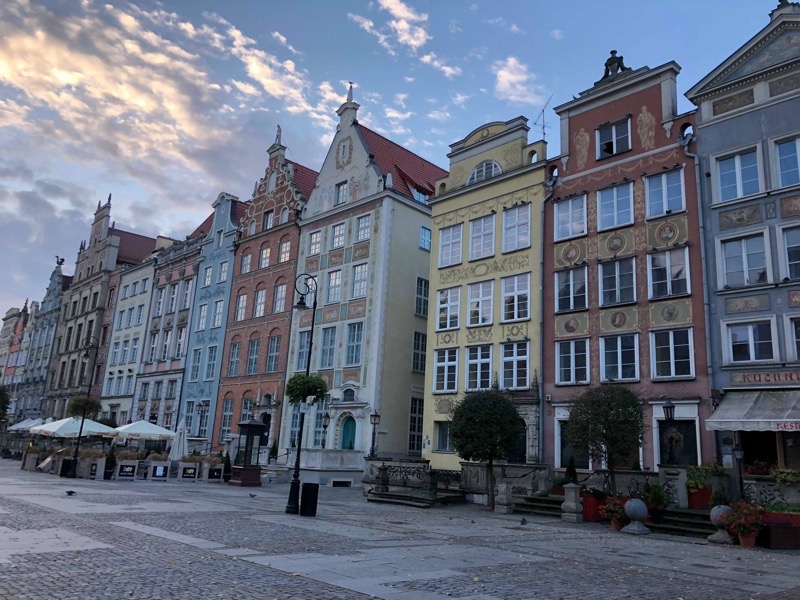
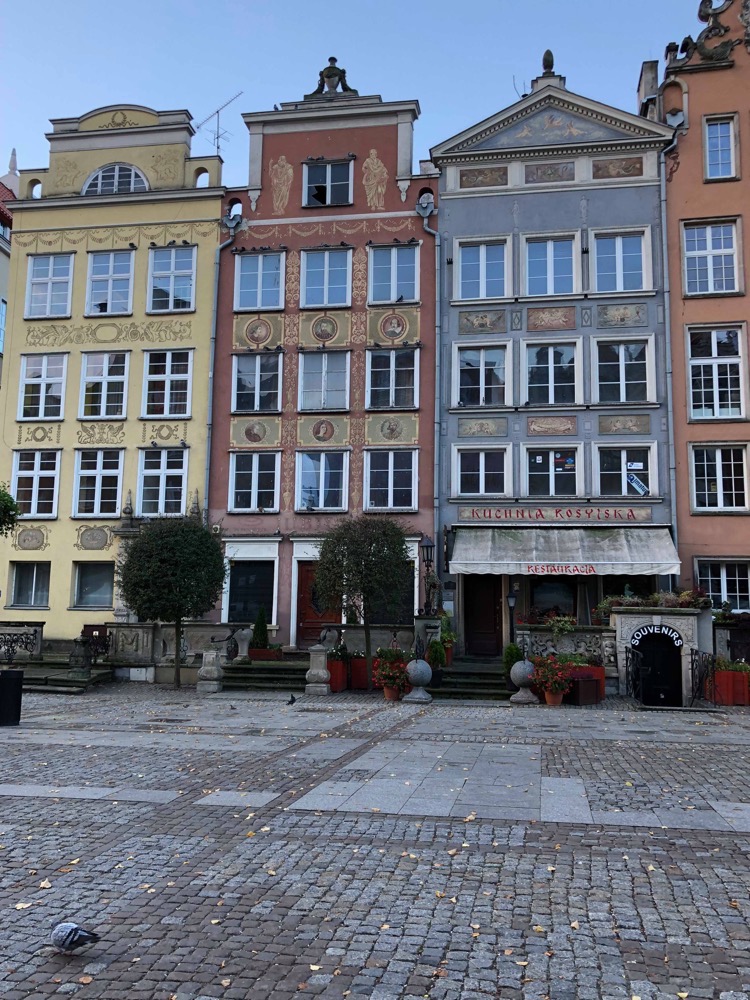
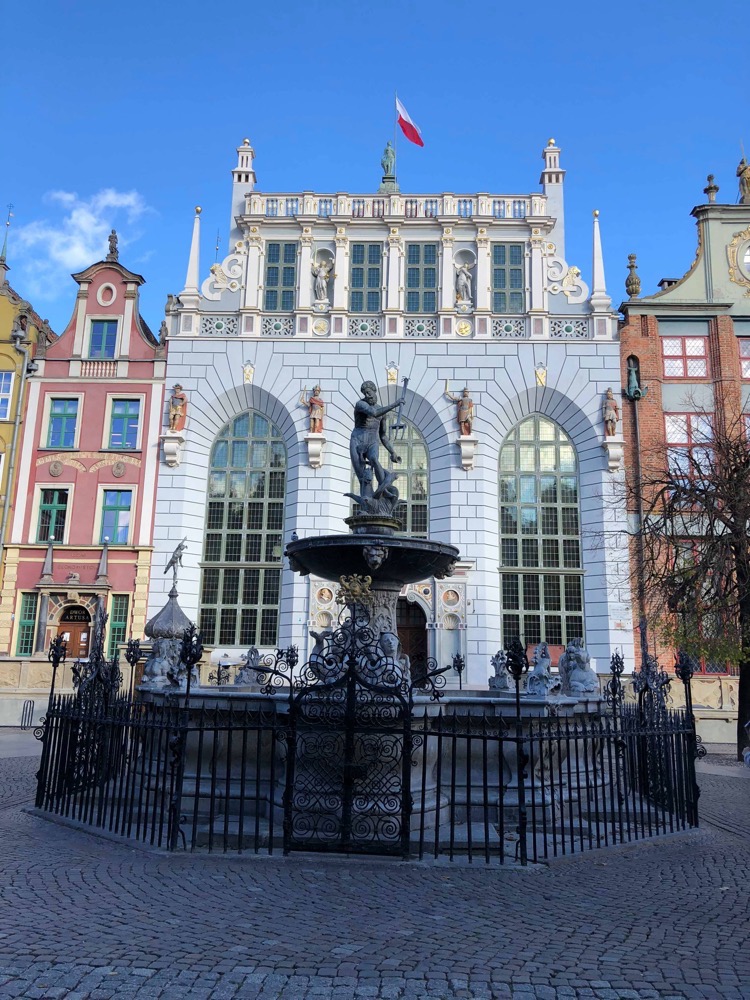
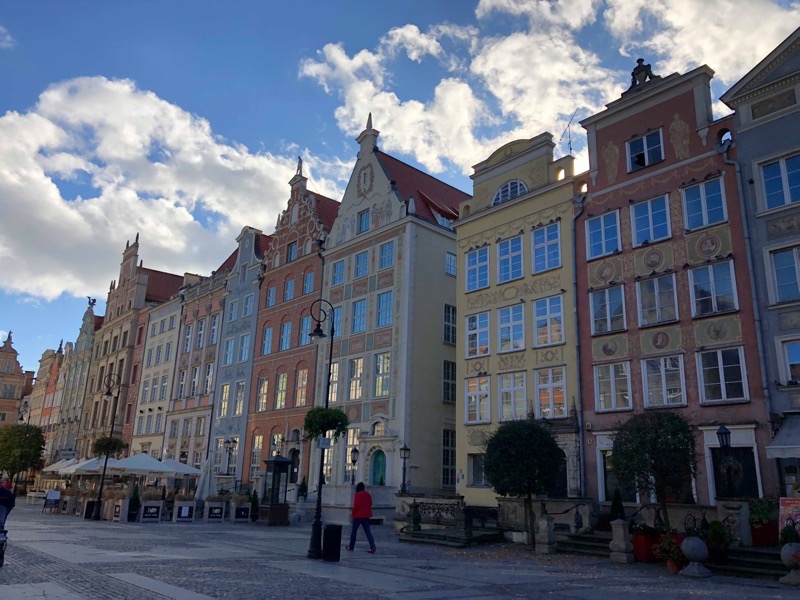 After breakfast, we struck out to explore properly. Refreshingly most of the Old Town is laid out in a grid so instead of winding through confusing little streets, you could stroll down nice straight cobblestoned streets that would also allow you to (mostly) get far enough back to photograph the architectural gates that seemed to be at the end of most roads in the area.
After breakfast, we struck out to explore properly. Refreshingly most of the Old Town is laid out in a grid so instead of winding through confusing little streets, you could stroll down nice straight cobblestoned streets that would also allow you to (mostly) get far enough back to photograph the architectural gates that seemed to be at the end of most roads in the area.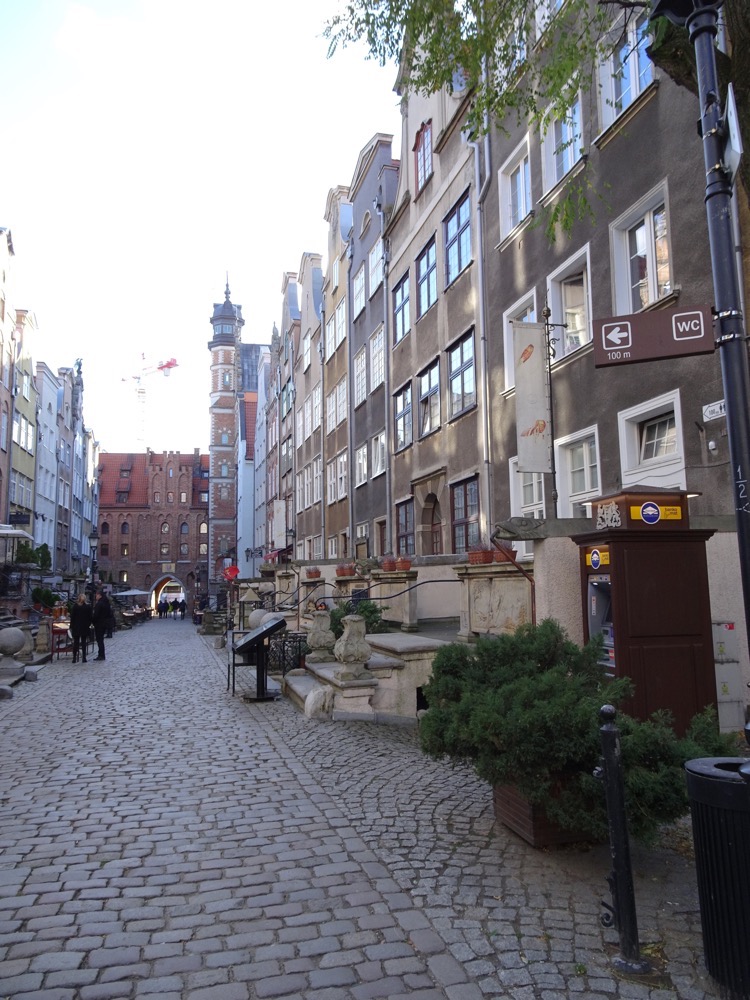 All the drainage down pipes have these fantastical stone dragons and gargoyles spitting water into the street – and for a short arse like me, most of them are at shoulder or head height, so they seem like they’d be a bit hazardous in really wet weather!
All the drainage down pipes have these fantastical stone dragons and gargoyles spitting water into the street – and for a short arse like me, most of them are at shoulder or head height, so they seem like they’d be a bit hazardous in really wet weather!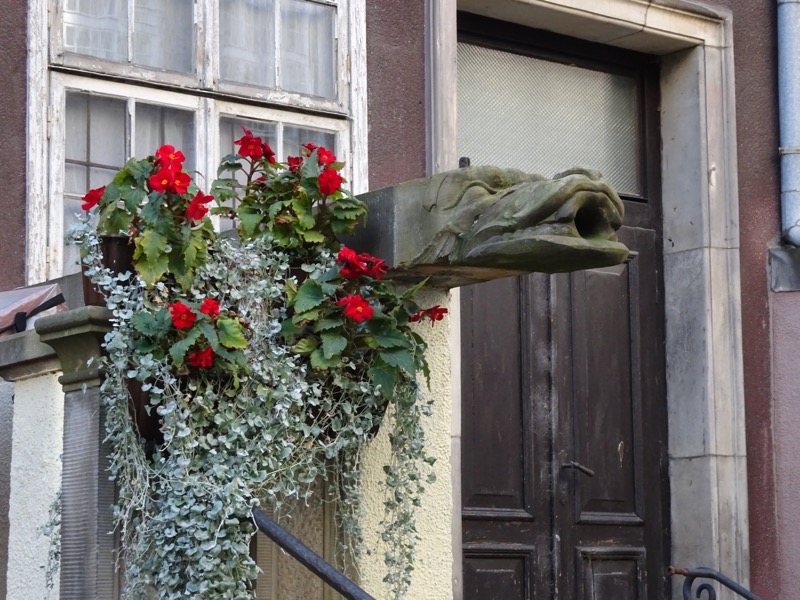 The decorative details on all the buildings is just overwhelming, everywhere you look is something new and interesting whether it some stonework, wrought ironwork, frescos, tiles or sculpture… it’s a veritable feast for the eyes.
The decorative details on all the buildings is just overwhelming, everywhere you look is something new and interesting whether it some stonework, wrought ironwork, frescos, tiles or sculpture… it’s a veritable feast for the eyes.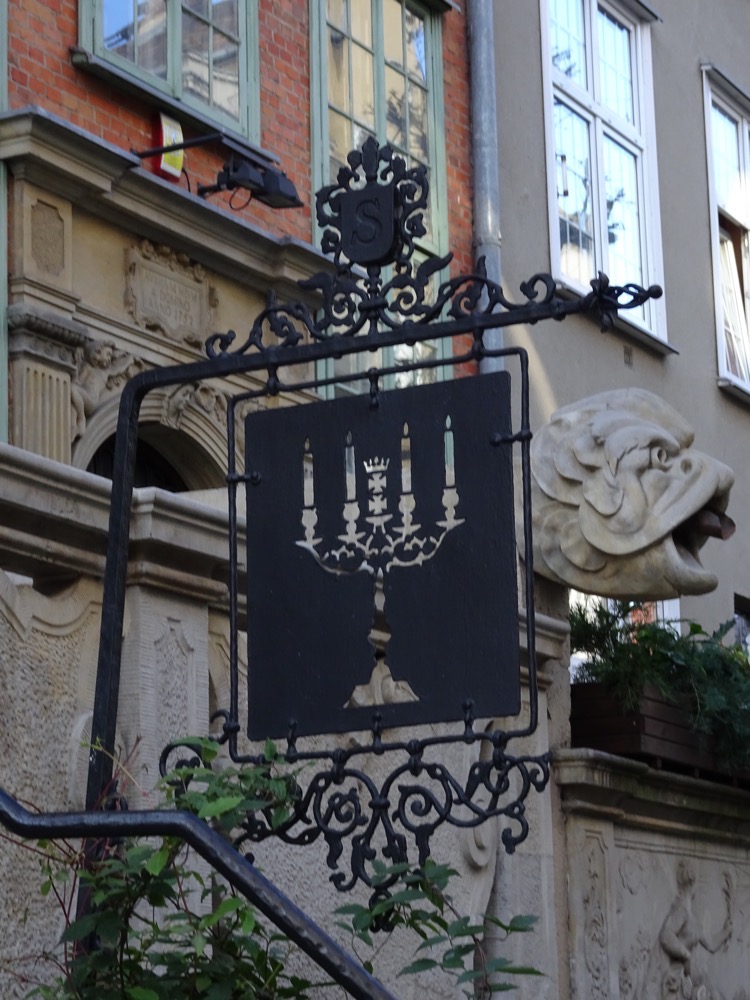
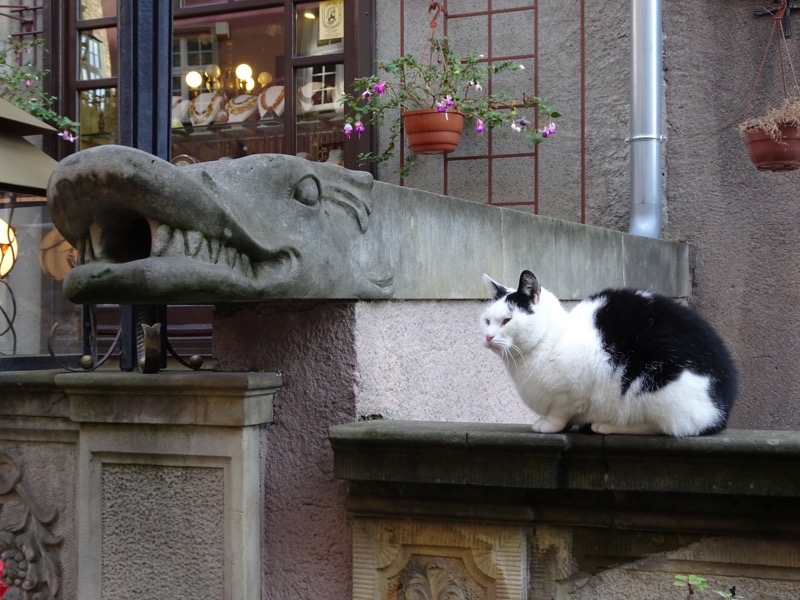 This is known to be the oldest surviving original building in Gdańsk, knowing as Gotyk House which was built in 1453.
This is known to be the oldest surviving original building in Gdańsk, knowing as Gotyk House which was built in 1453.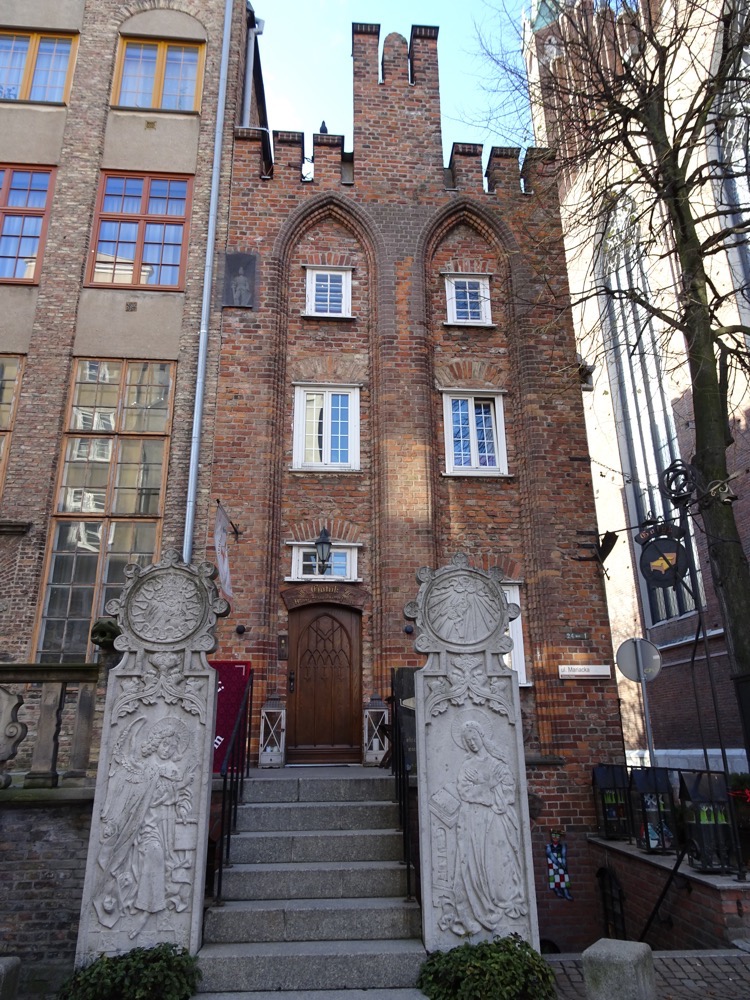 The tennement houses are lovely…
The tennement houses are lovely…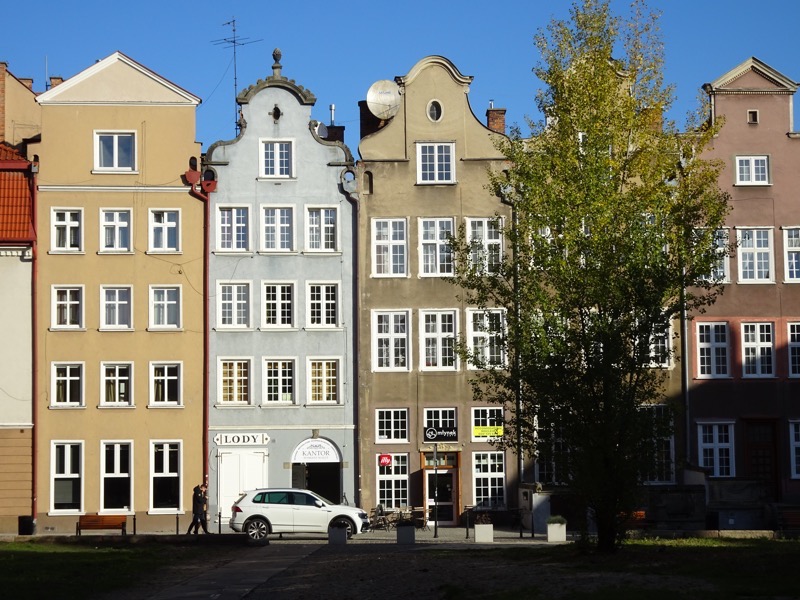 … I want one! Red please. 🙂
… I want one! Red please. 🙂 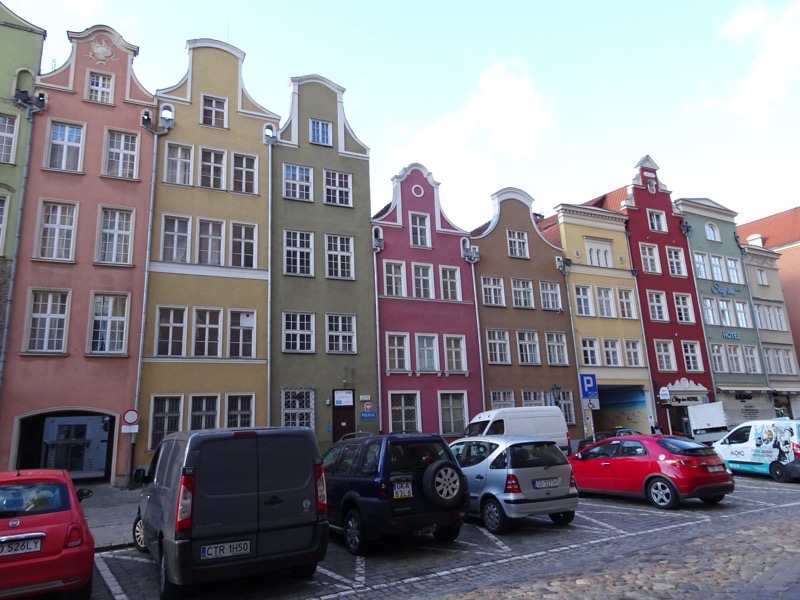
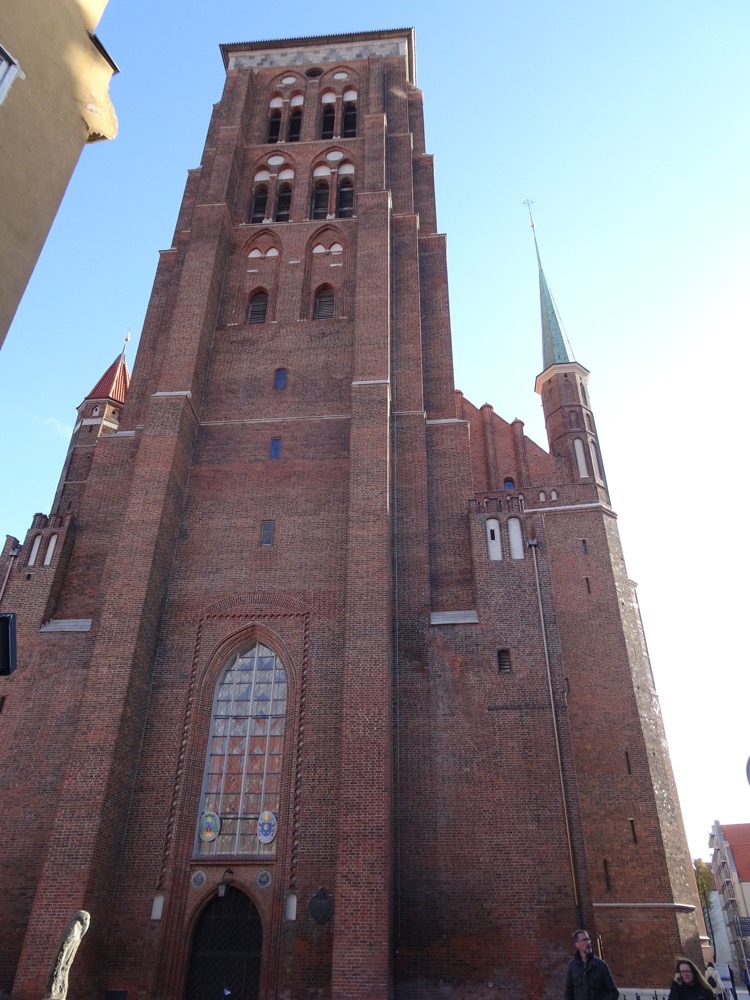
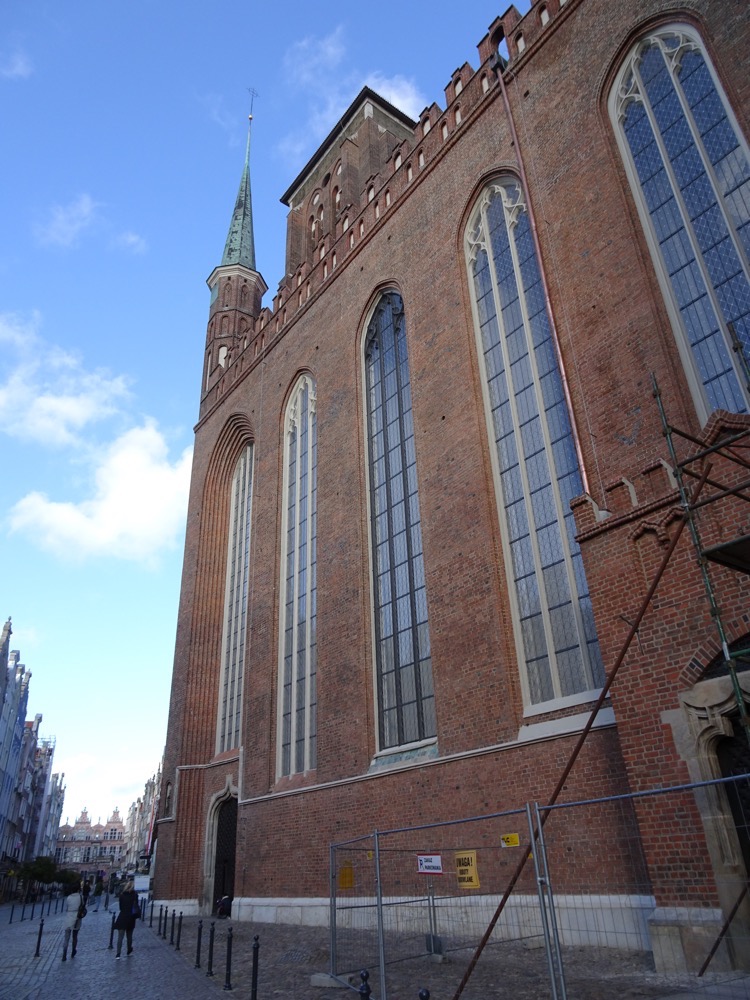
 Inside the church is surprisingly stark (like the Frauenkirche in Munich), which was confusing when I first walked in and said to yale, ‘I thought this was a catholic church but it looks kinda Lutheran in here.’, and was again confused when I saw a confessional a bit later… but the dual denomination situation described above kinda explains that I guess.
Inside the church is surprisingly stark (like the Frauenkirche in Munich), which was confusing when I first walked in and said to yale, ‘I thought this was a catholic church but it looks kinda Lutheran in here.’, and was again confused when I saw a confessional a bit later… but the dual denomination situation described above kinda explains that I guess.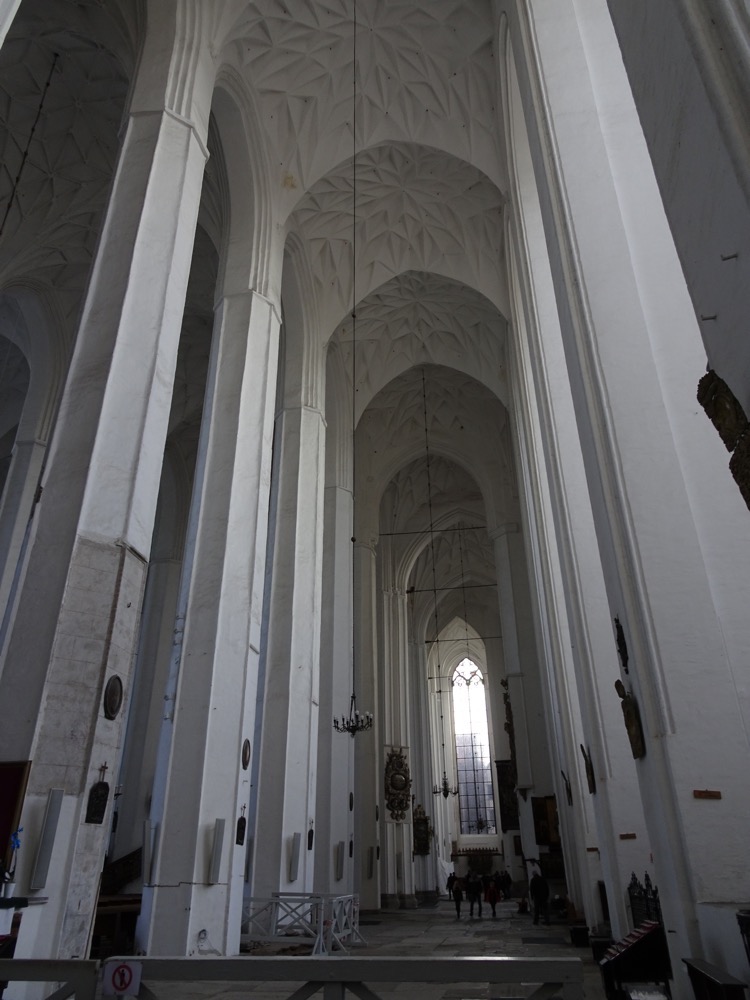
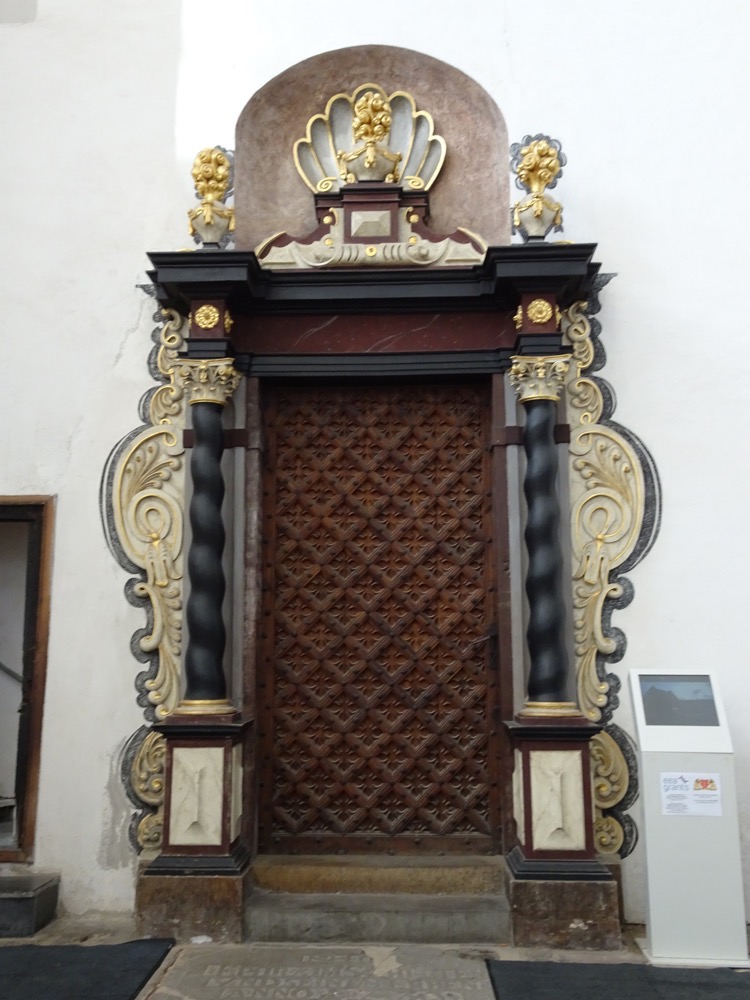 The enormous baptismal font is unusually placed almost right inside the door – about 50m from the nave.
The enormous baptismal font is unusually placed almost right inside the door – about 50m from the nave.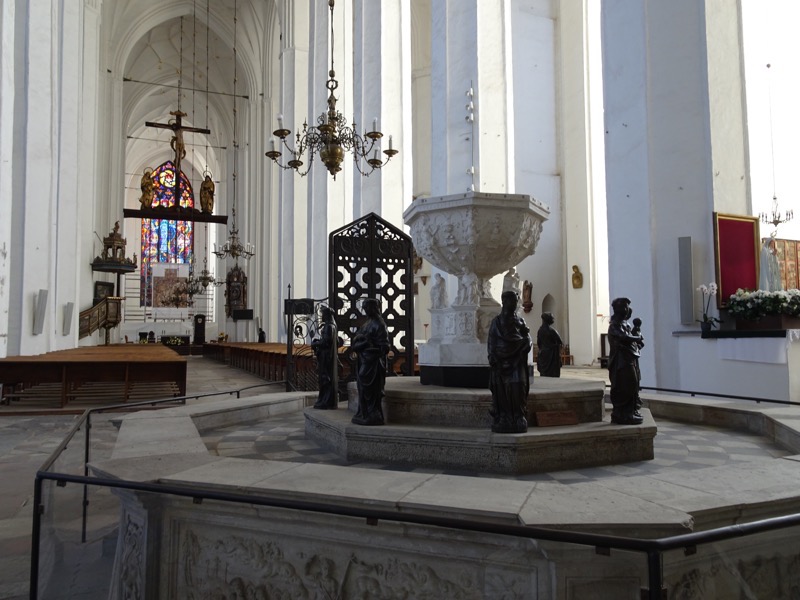 We saw this fancy commercial votive candle system – copyrighted in Ireland… sometimes I think we forget that big churches are more run as big business these days.
We saw this fancy commercial votive candle system – copyrighted in Ireland… sometimes I think we forget that big churches are more run as big business these days.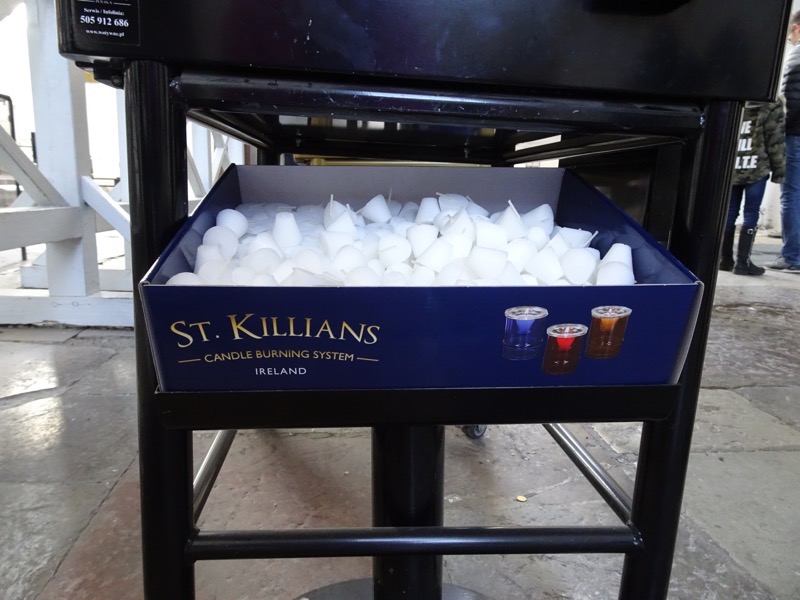
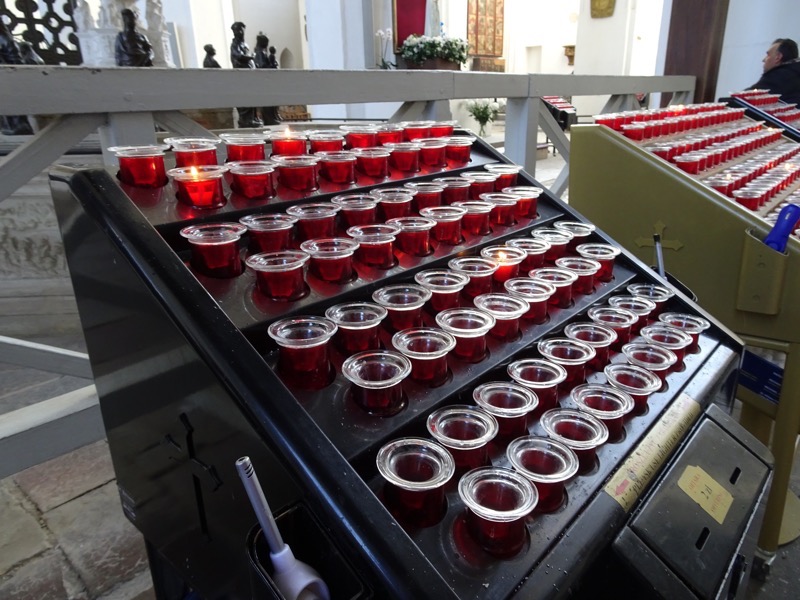 Anyway, St. Mary’s is a triple-aisled hall church with a triple-aisled transept – which basically means that the main nave and the two adjacent transepts are of roughly similar length, height and width. The building is an excellent example of late Gothic architecture. In the late 1500s to early 1600s the church was rebuilt and enlarged somewhat with the final footprint of the church not being achieved until over 150 years since the initial construction had started.
Anyway, St. Mary’s is a triple-aisled hall church with a triple-aisled transept – which basically means that the main nave and the two adjacent transepts are of roughly similar length, height and width. The building is an excellent example of late Gothic architecture. In the late 1500s to early 1600s the church was rebuilt and enlarged somewhat with the final footprint of the church not being achieved until over 150 years since the initial construction had started.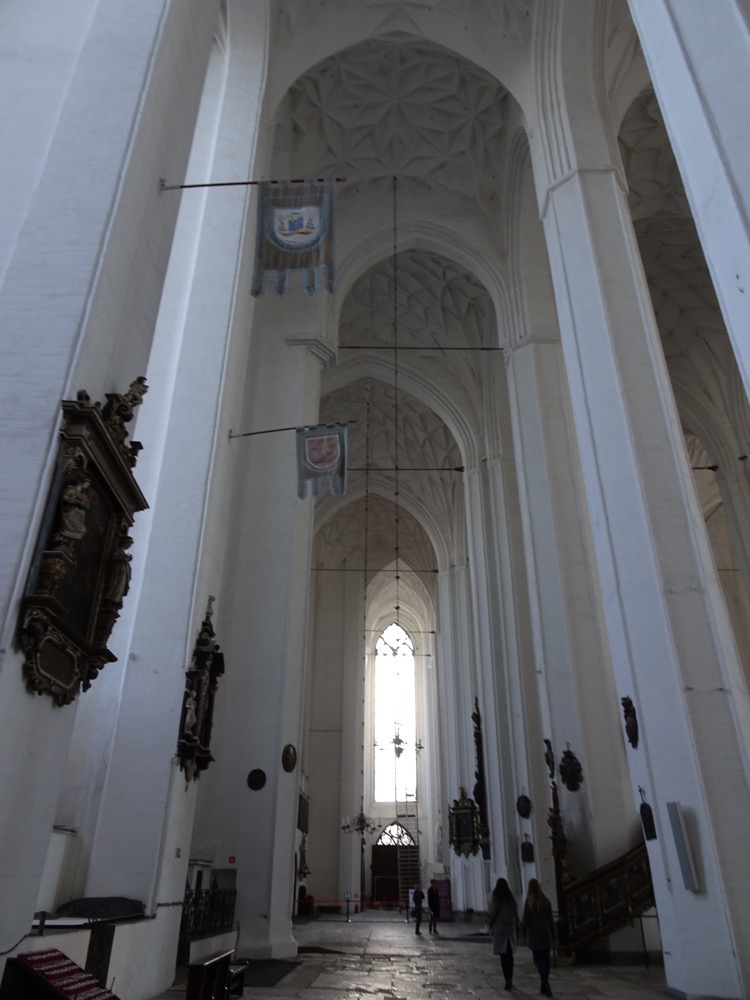 There are so many different donation boxes in this church – all different sizes, and marked to all different causes/saints/purposes.
There are so many different donation boxes in this church – all different sizes, and marked to all different causes/saints/purposes.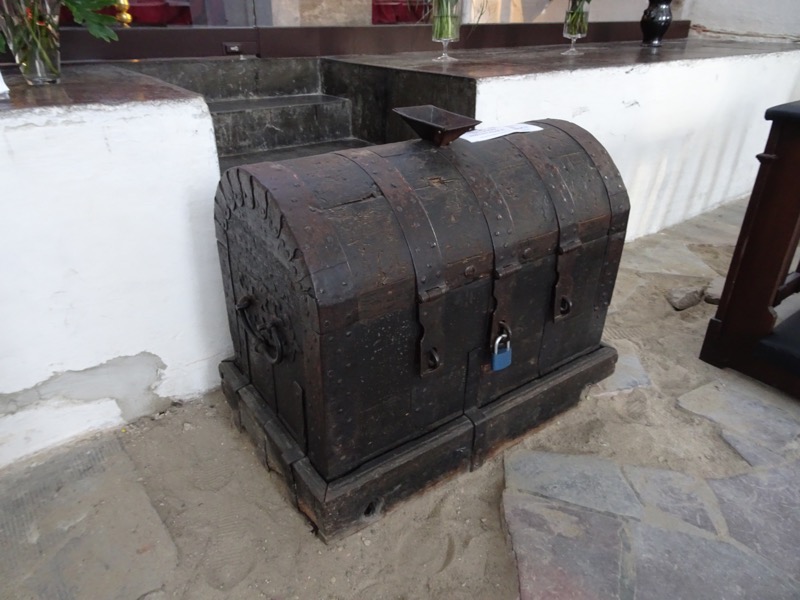
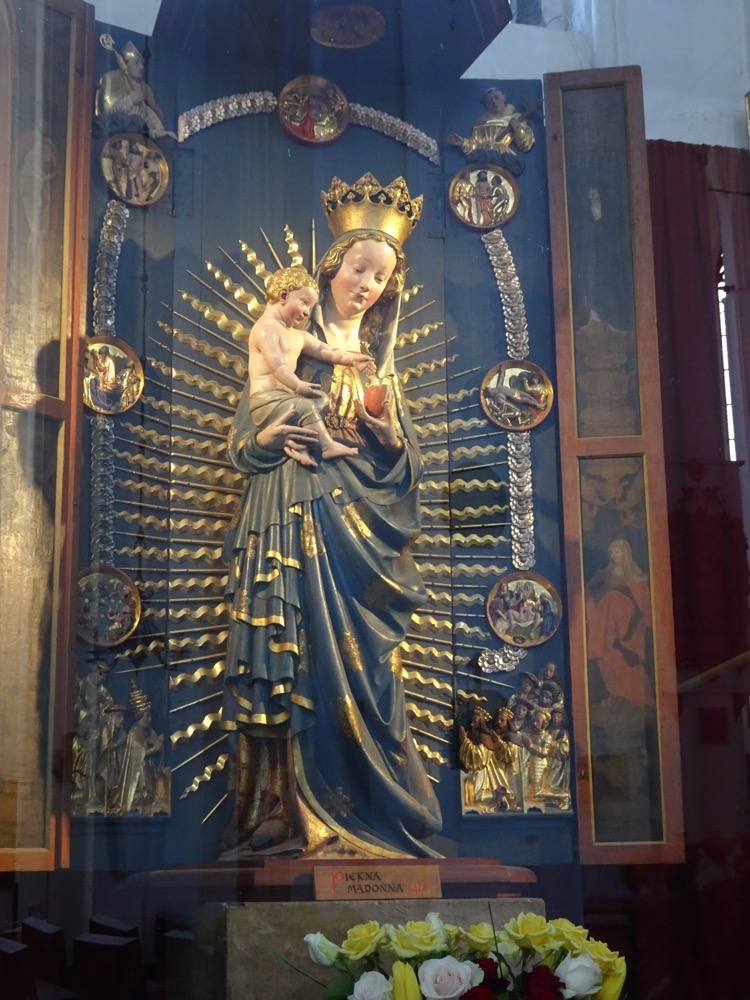 Embroidered banner: ‘God, Honour and Homeland’. No idea what period, but I want to say, late 19th or 20th centuries, just because this place isn’t climate controlled and the goldwork isn’t that tarnished.
Embroidered banner: ‘God, Honour and Homeland’. No idea what period, but I want to say, late 19th or 20th centuries, just because this place isn’t climate controlled and the goldwork isn’t that tarnished.
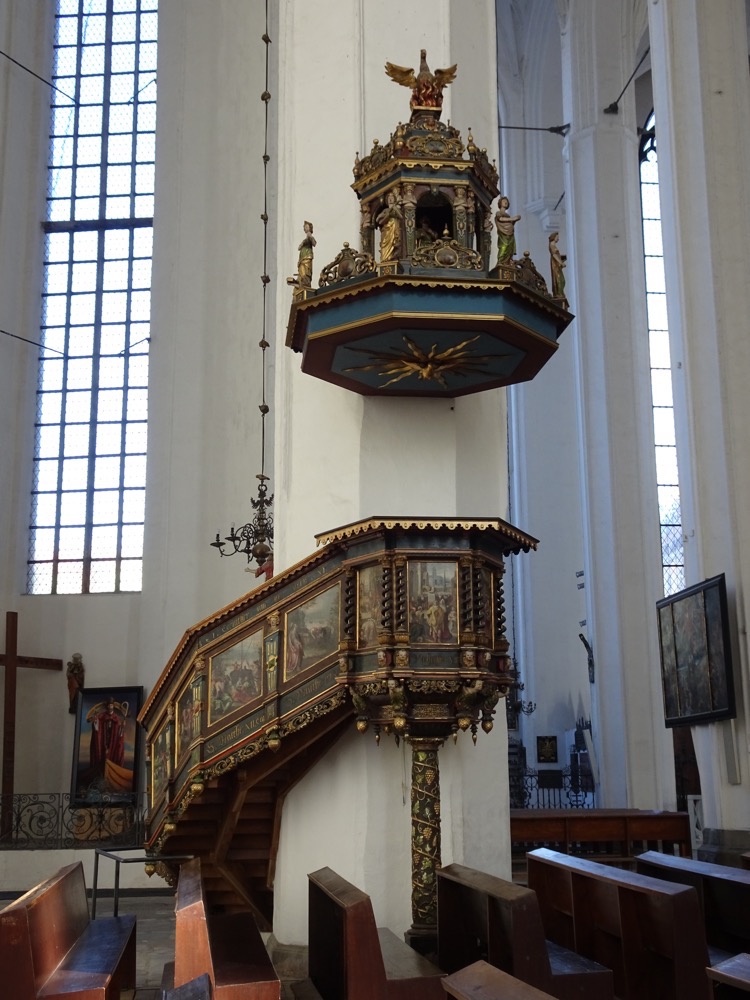

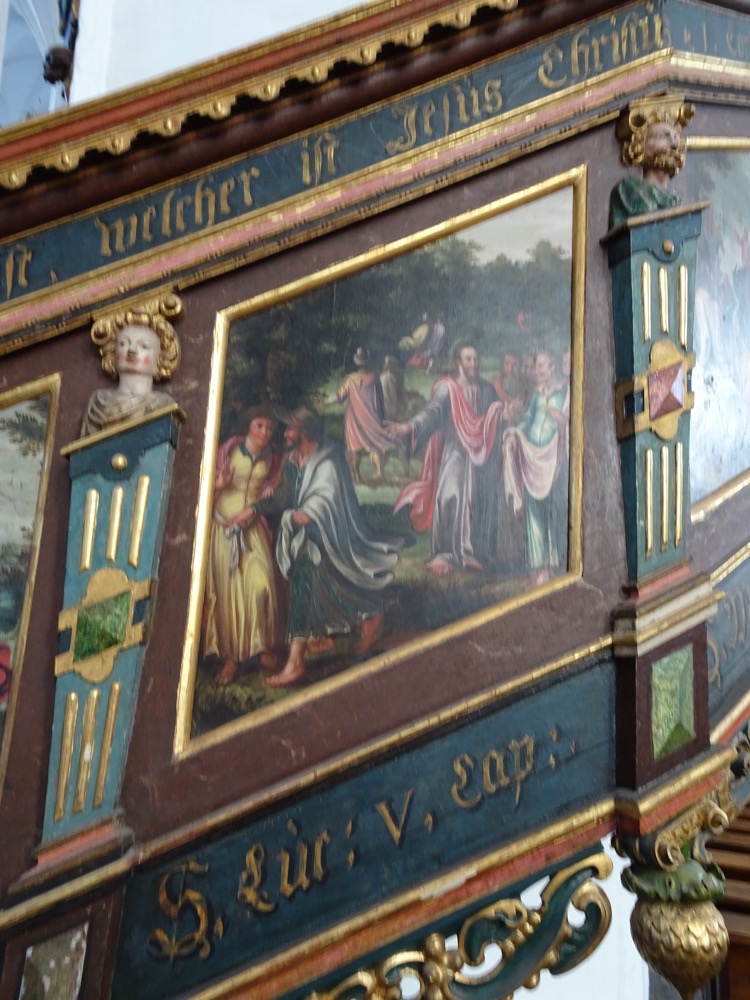
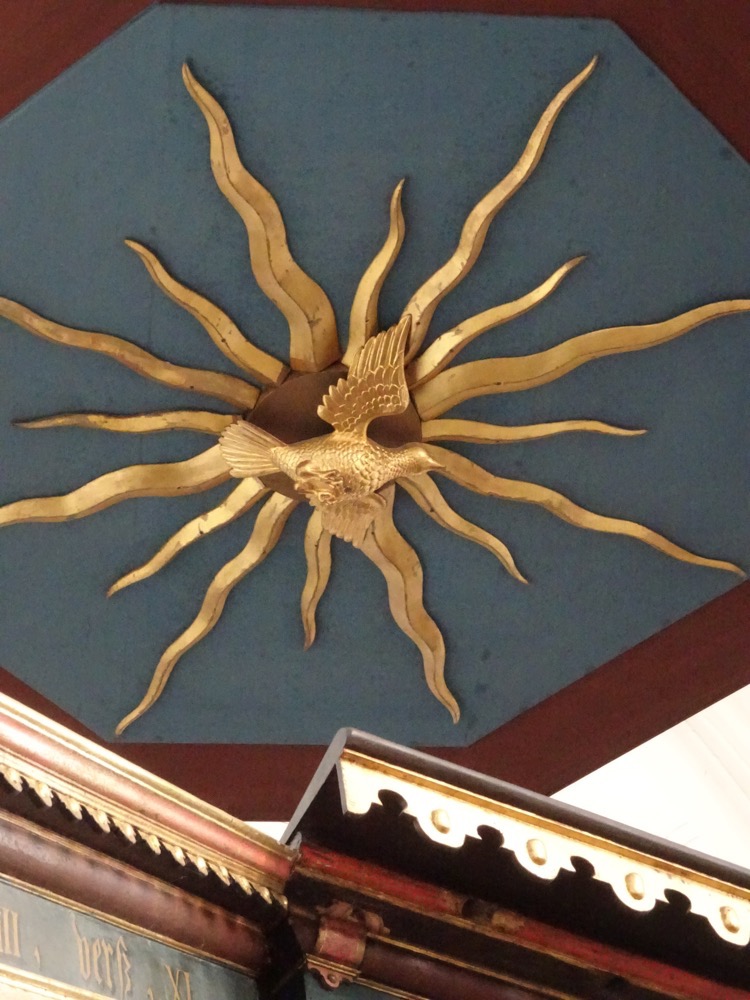
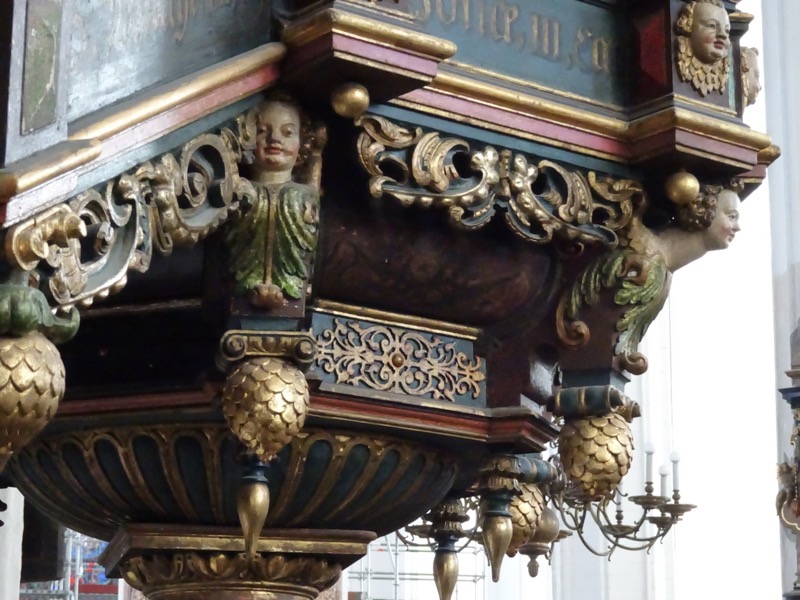
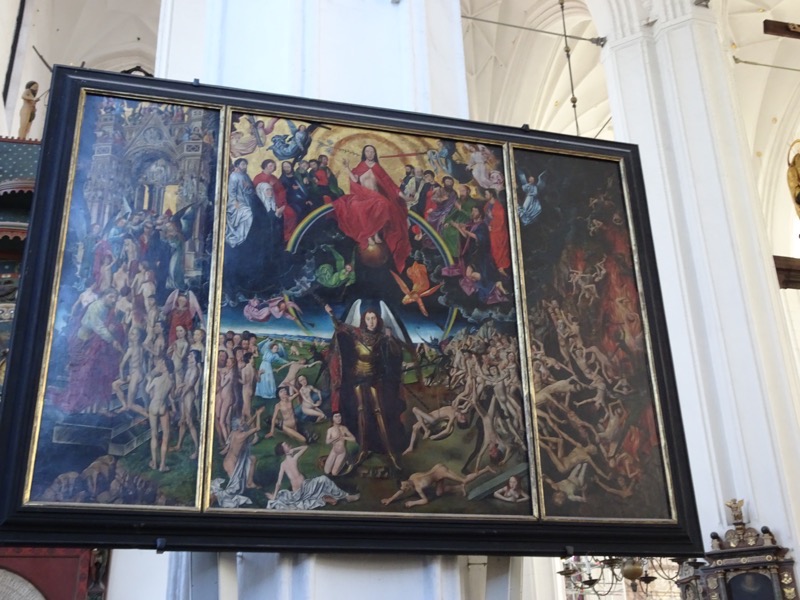 The central panel shows Jesus sitting in judgment, while St Michael is weighing souls and sending the damned to Hell, while the saved are being guided to heaven by St Peter and angels.
The central panel shows Jesus sitting in judgment, while St Michael is weighing souls and sending the damned to Hell, while the saved are being guided to heaven by St Peter and angels.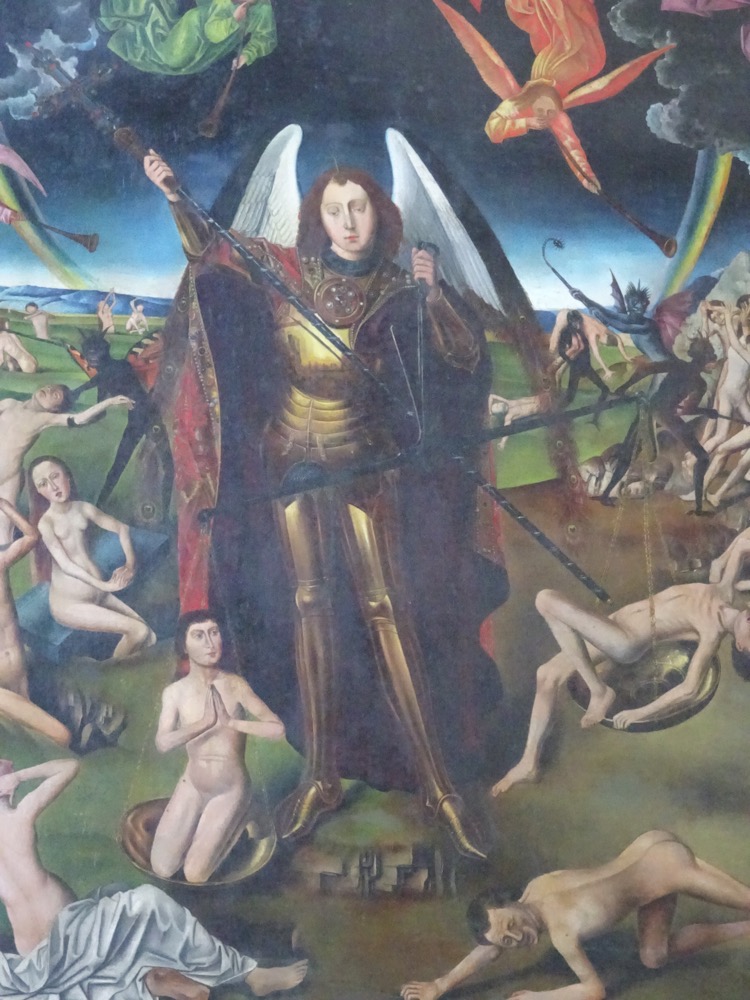
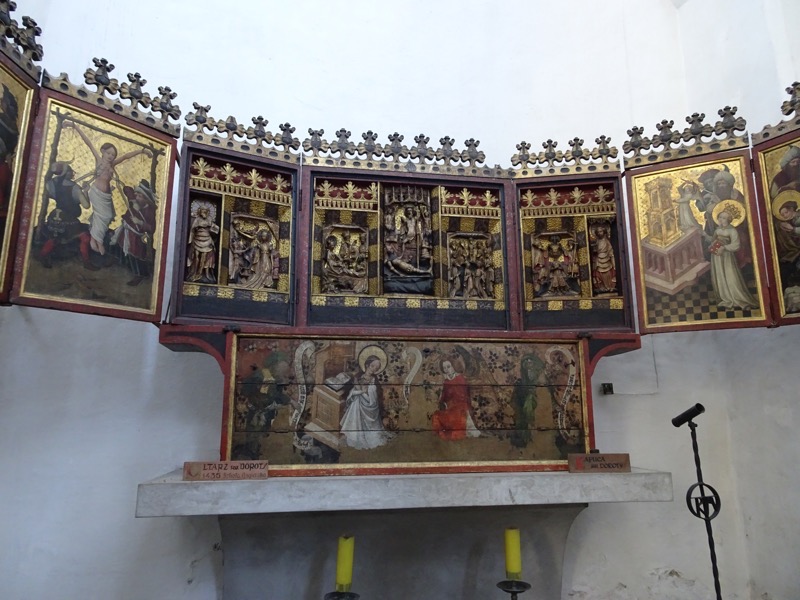
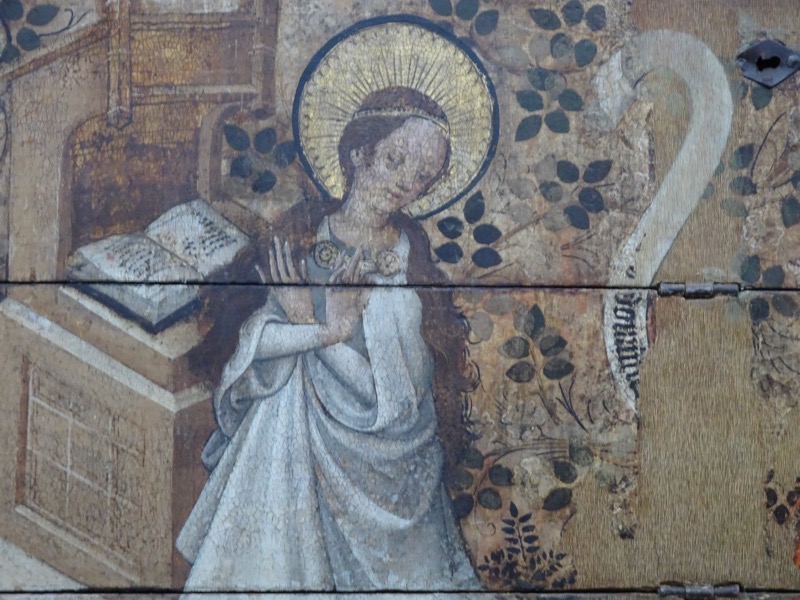 but here is your little bit o’ medieval weirdness for the day:
but here is your little bit o’ medieval weirdness for the day: This rather incongruous memorial was to remember the 96 victims of a plane crash in Smolensk on 10th April 2011. Lech Kaczyński, the fourth President of the Republic of Poland, was on the Polish Air Force Tu-154 when it crashed outside of Smolensk, as was his wife, First Lady and Economic Minister for Poland at the time.
This rather incongruous memorial was to remember the 96 victims of a plane crash in Smolensk on 10th April 2011. Lech Kaczyński, the fourth President of the Republic of Poland, was on the Polish Air Force Tu-154 when it crashed outside of Smolensk, as was his wife, First Lady and Economic Minister for Poland at the time.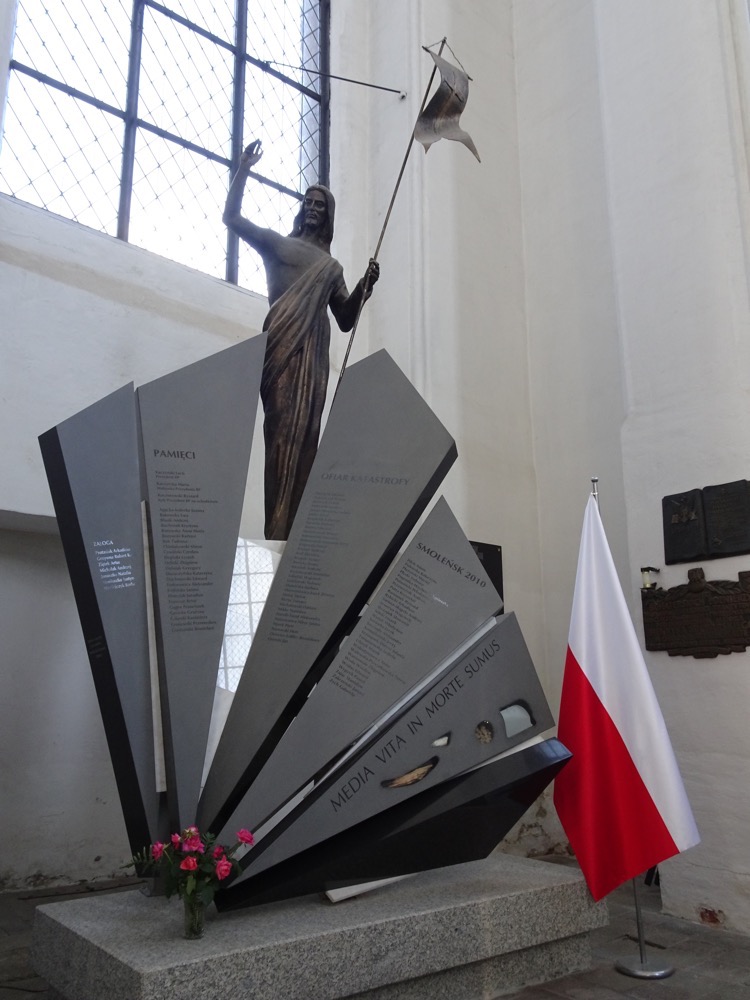 Directly opposite this very modern memorial is an enormous medieval astronomical clock. Standing 14m tall, it is said to have been constructed by Hans Düringer between 1464 and 1470. Like every other monumental medeival astronomical clock, it is said that Düringer had his eyes put out after he made it so he could not make another – which begs the question: why would a medieval master clockmaker accept such a commission if ultimately he was going to be blinded to stop him from replicating his work?! Dunno… urban myths alive and well in the middle ages.
Directly opposite this very modern memorial is an enormous medieval astronomical clock. Standing 14m tall, it is said to have been constructed by Hans Düringer between 1464 and 1470. Like every other monumental medeival astronomical clock, it is said that Düringer had his eyes put out after he made it so he could not make another – which begs the question: why would a medieval master clockmaker accept such a commission if ultimately he was going to be blinded to stop him from replicating his work?! Dunno… urban myths alive and well in the middle ages.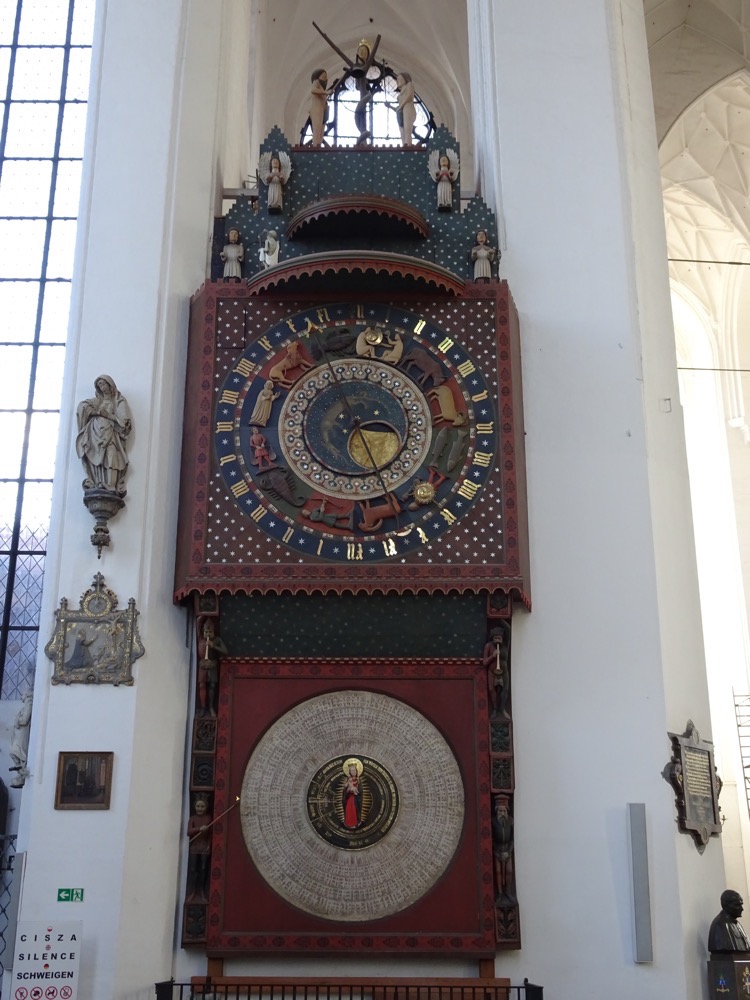 The clock has some pretty complex dials that show time, date, phases of the moon, the position of the moon and sun in relation to the zodiac signs, and the calendar of saints.
The clock has some pretty complex dials that show time, date, phases of the moon, the position of the moon and sun in relation to the zodiac signs, and the calendar of saints. 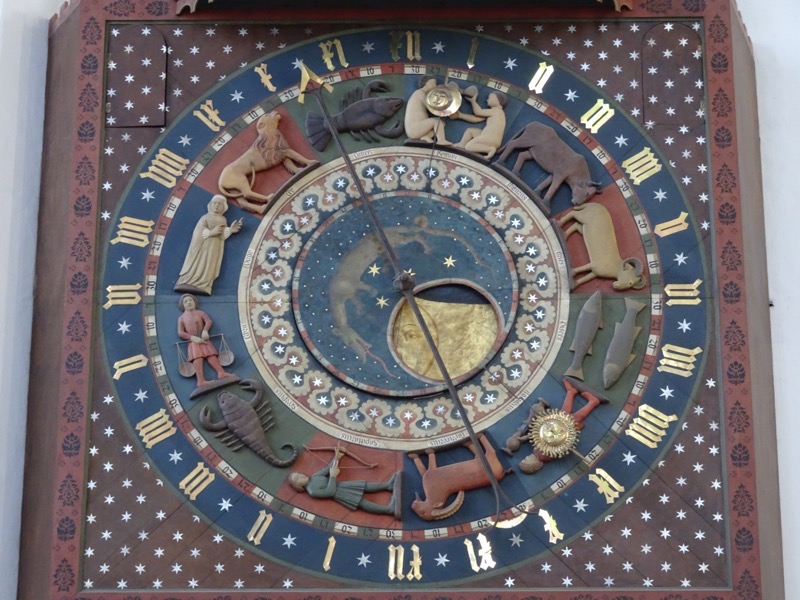
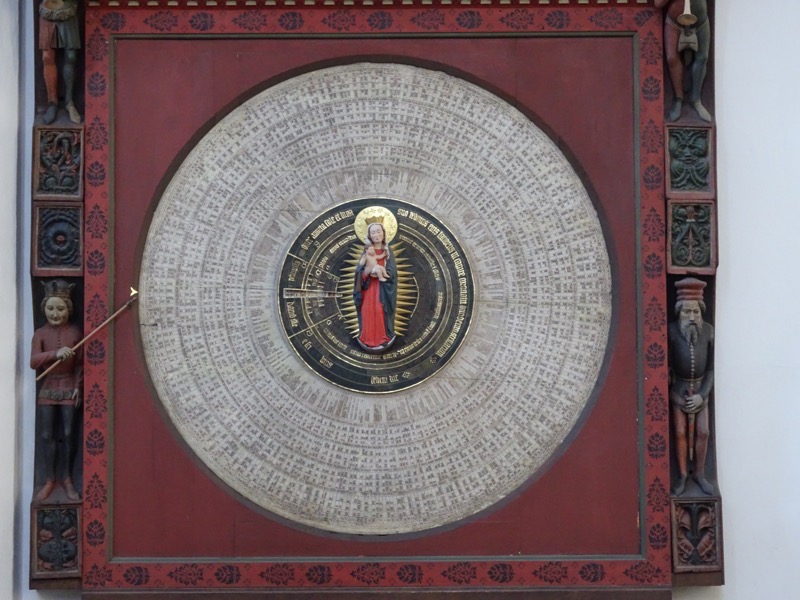
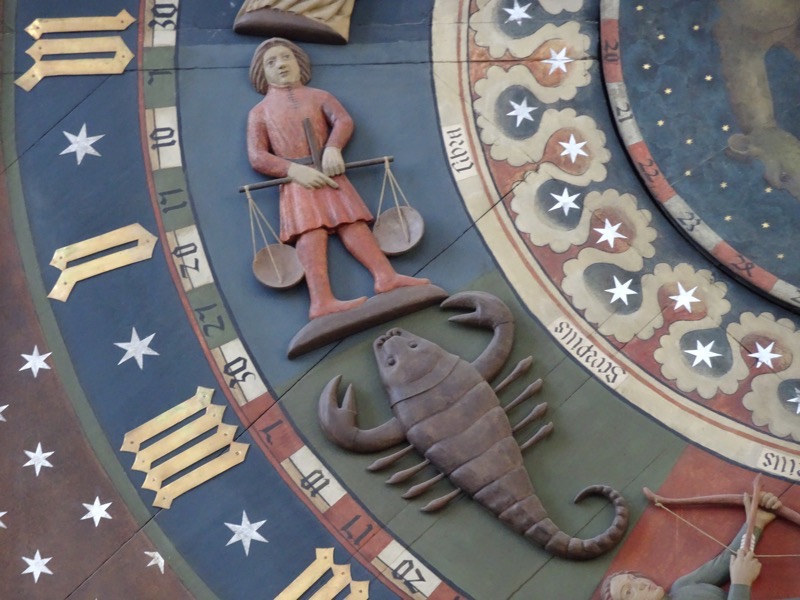
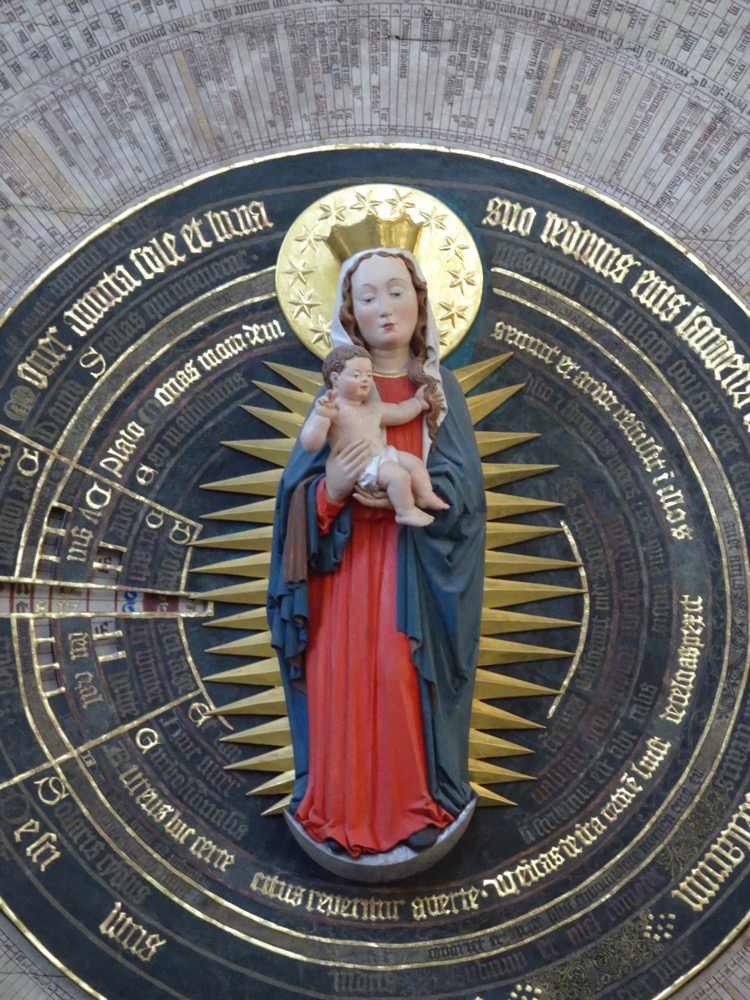 Another unlabelled, anonymous fresco/sculpture.
Another unlabelled, anonymous fresco/sculpture.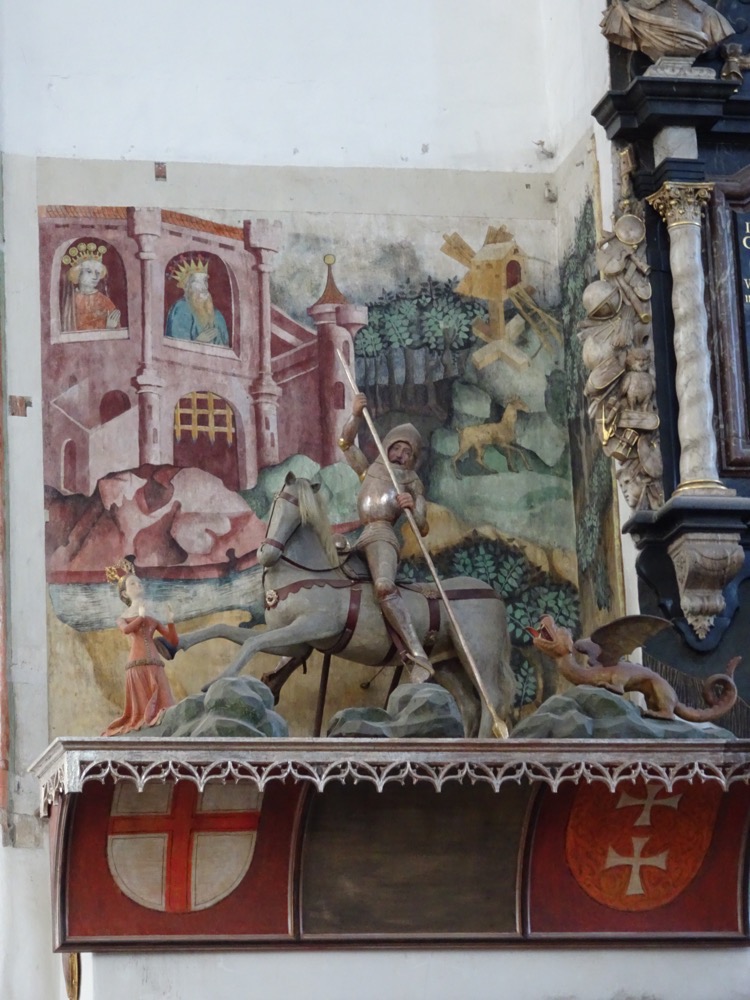
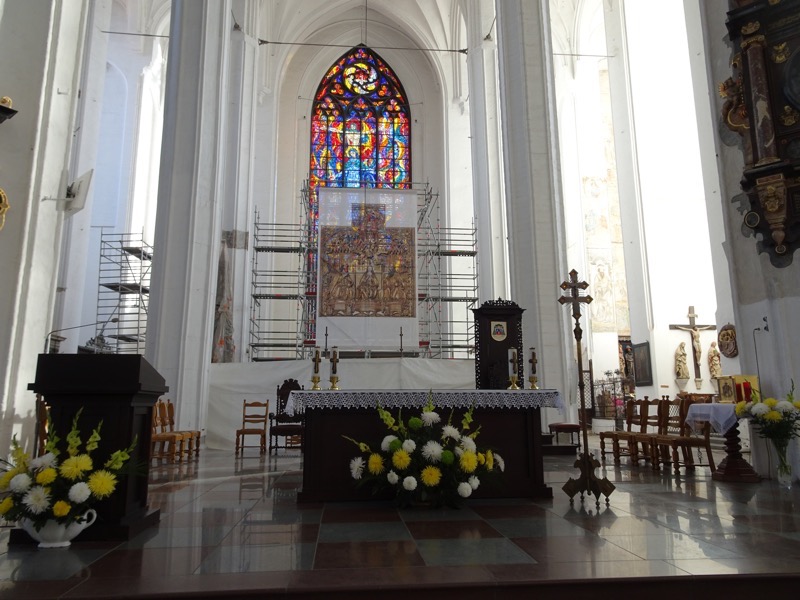 You can see the altar all pulled apart, and restorers were working on it while we were visiting.
You can see the altar all pulled apart, and restorers were working on it while we were visiting.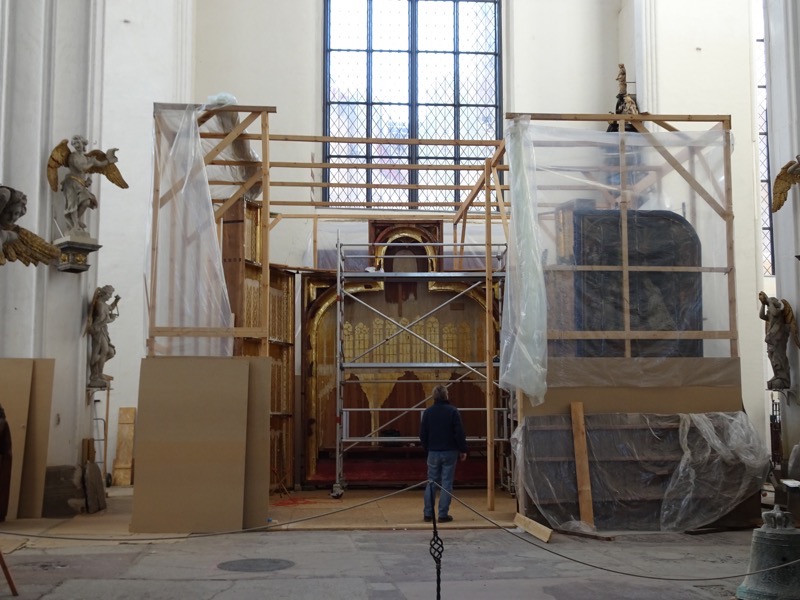
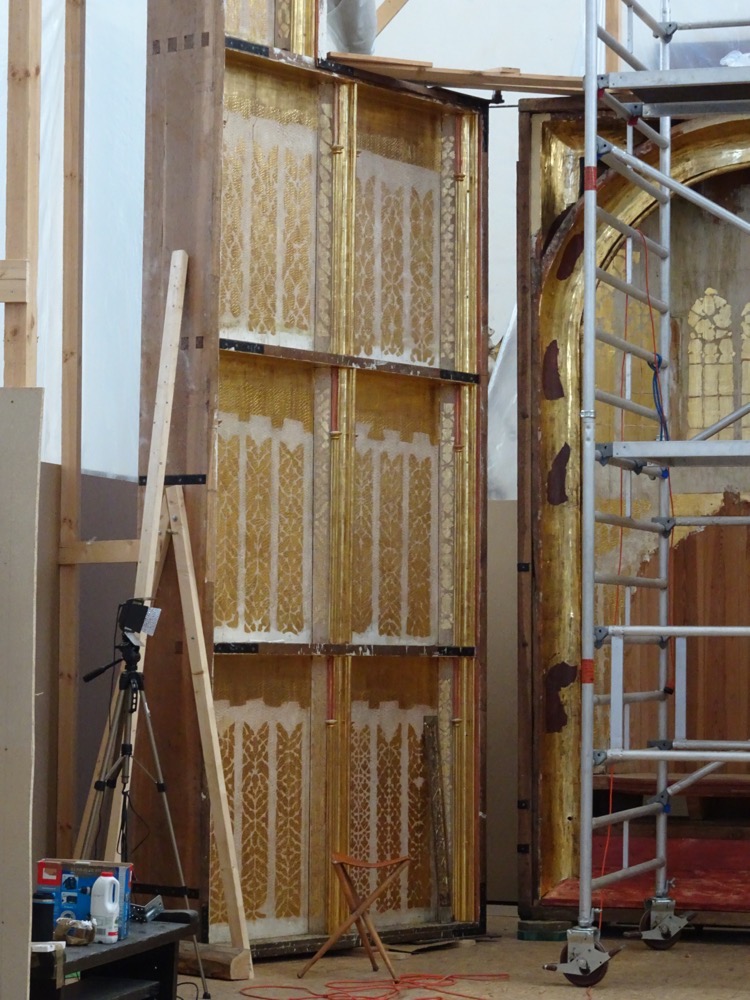
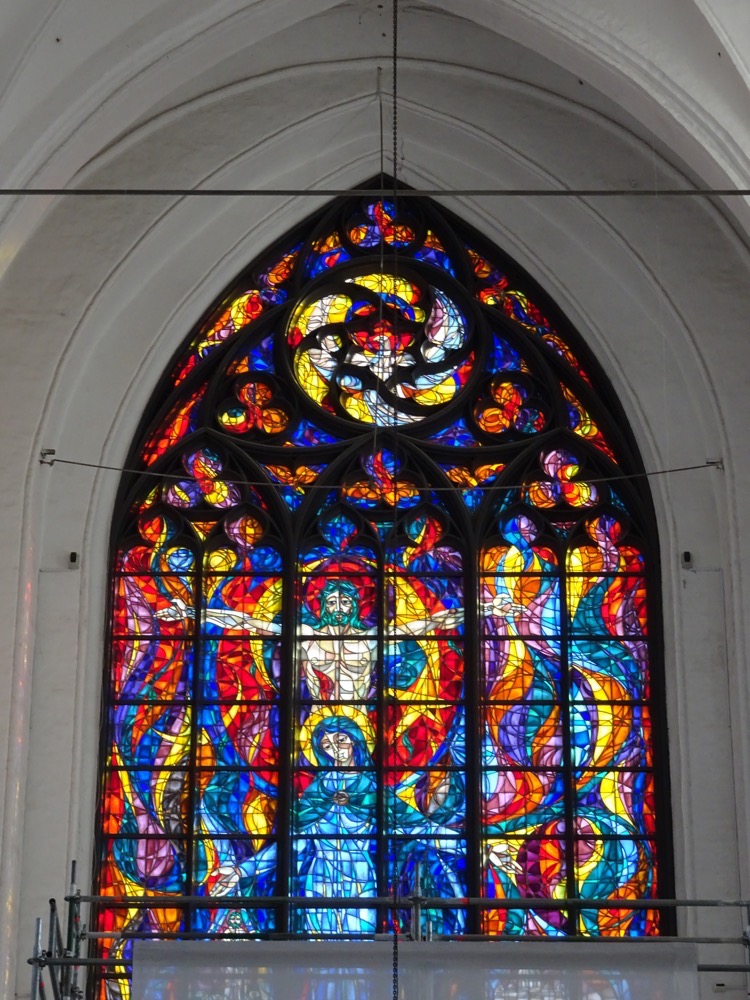 From the altar looking back down the nave – it really is an enromous church.
From the altar looking back down the nave – it really is an enromous church.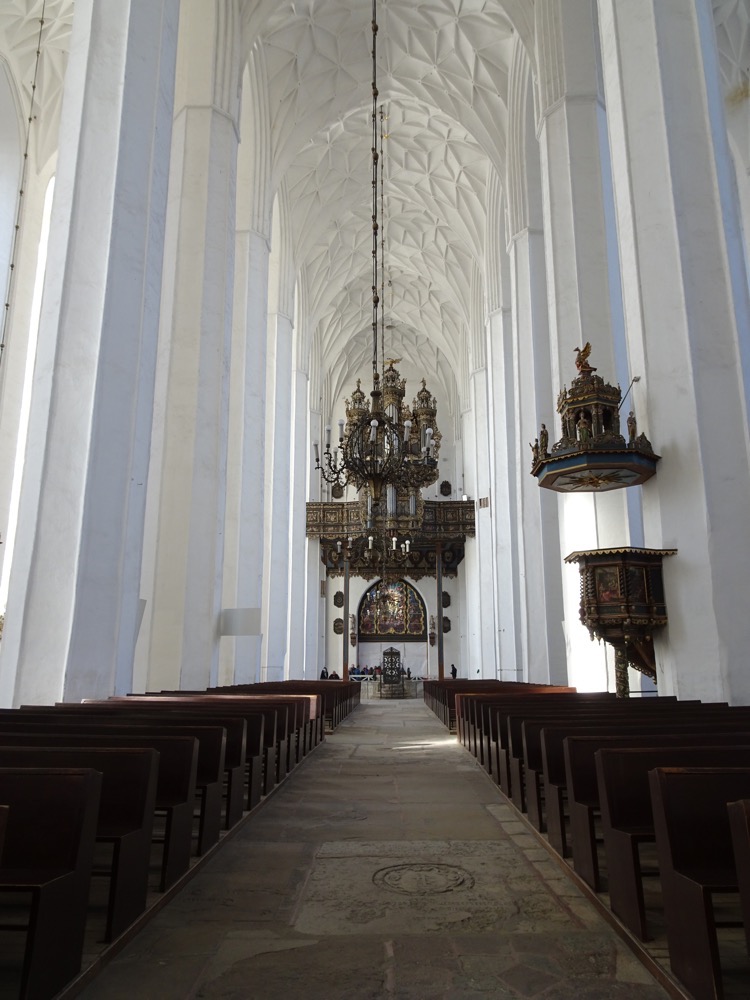 I think this is a representation of the ten commandments from 1485… there is supposed to be a piece here of that nature, though the artist is unknown.
I think this is a representation of the ten commandments from 1485… there is supposed to be a piece here of that nature, though the artist is unknown.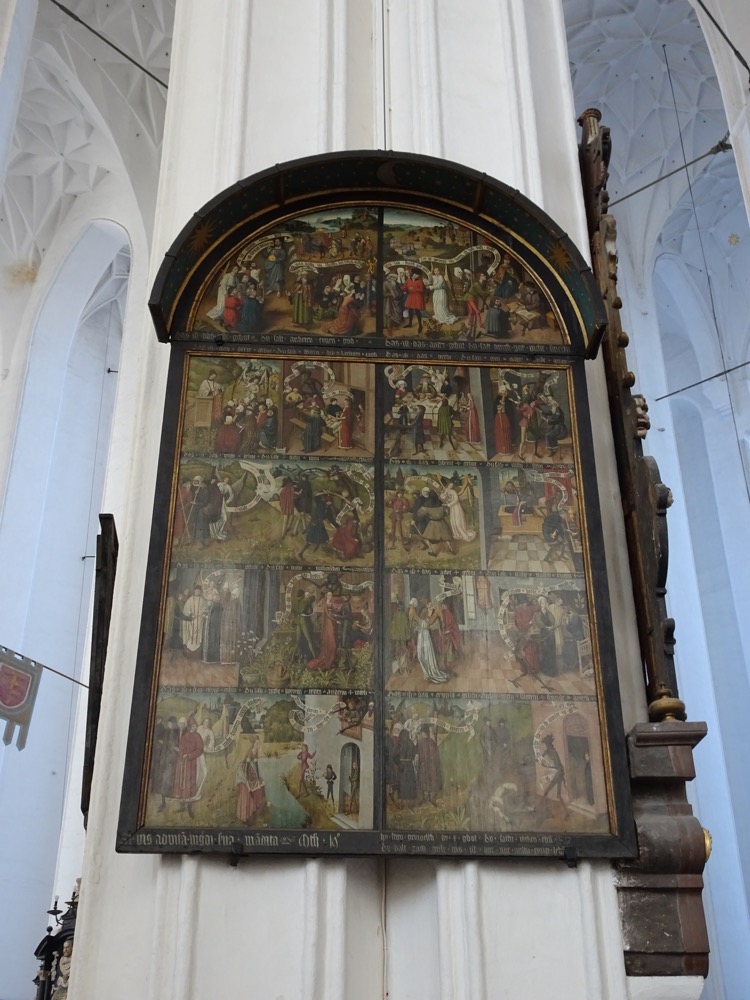
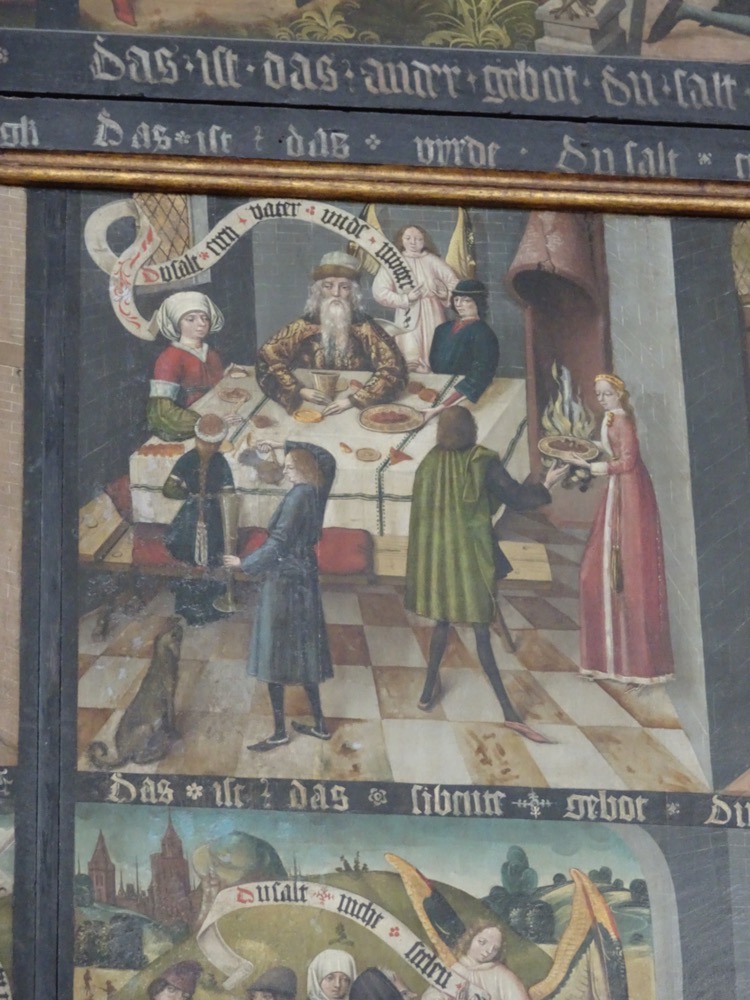
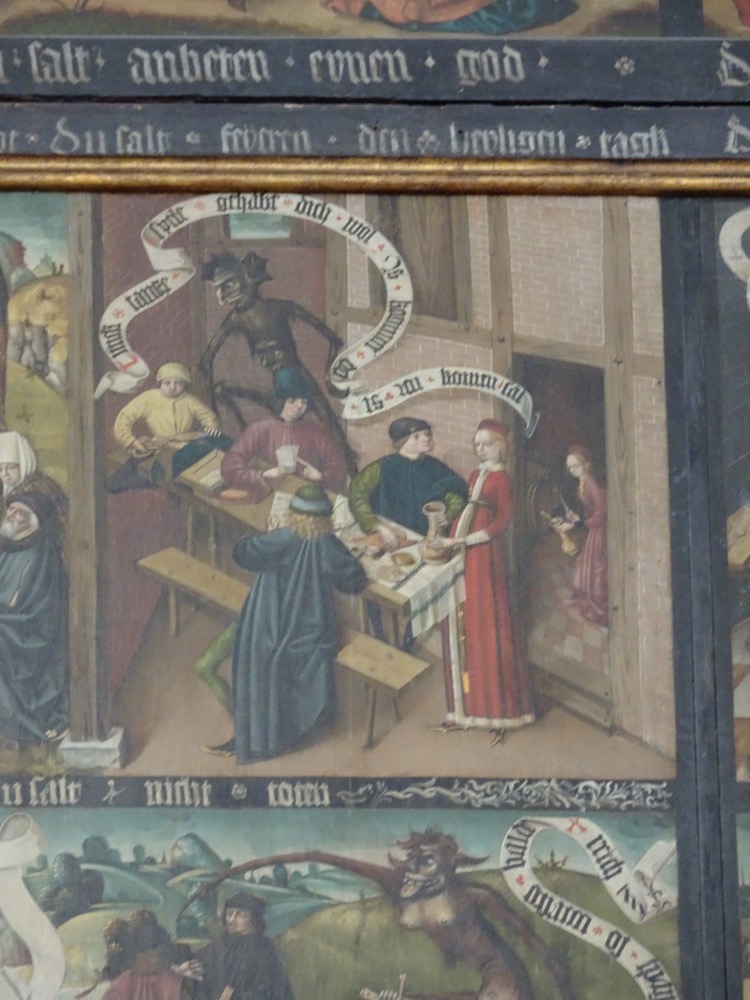
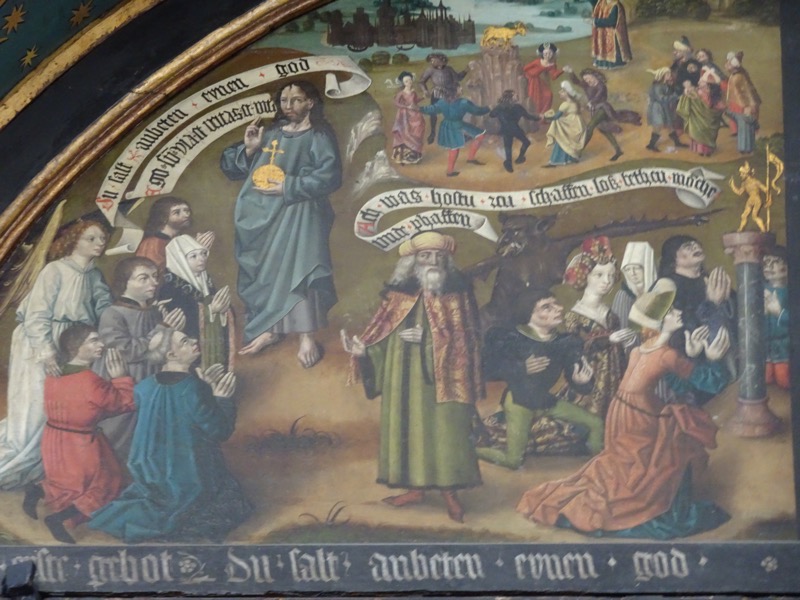 Organ – no real church is complete without one.
Organ – no real church is complete without one.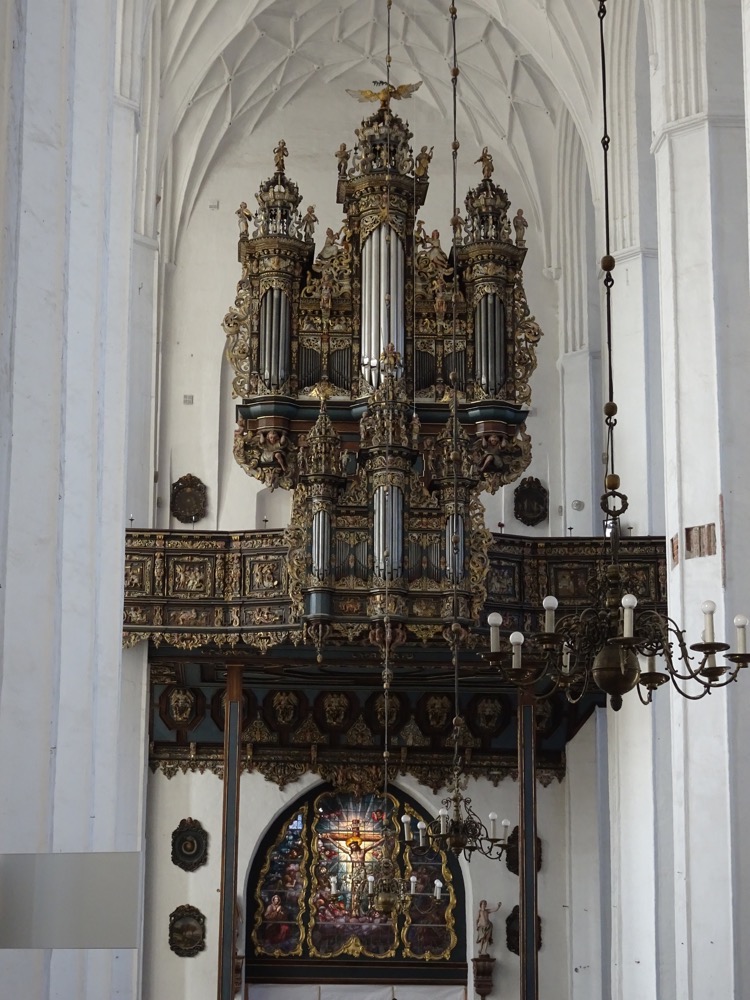
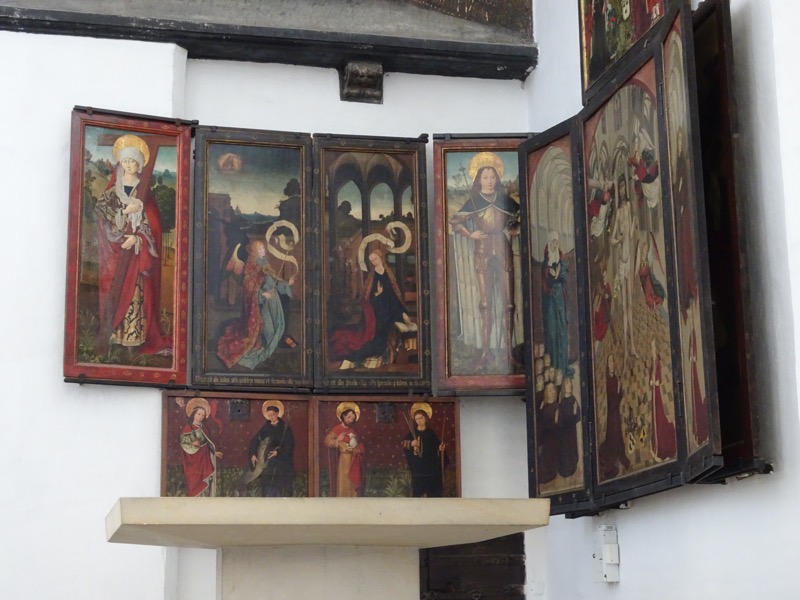 More medieval paintings with no information or attribution 🙁
More medieval paintings with no information or attribution 🙁 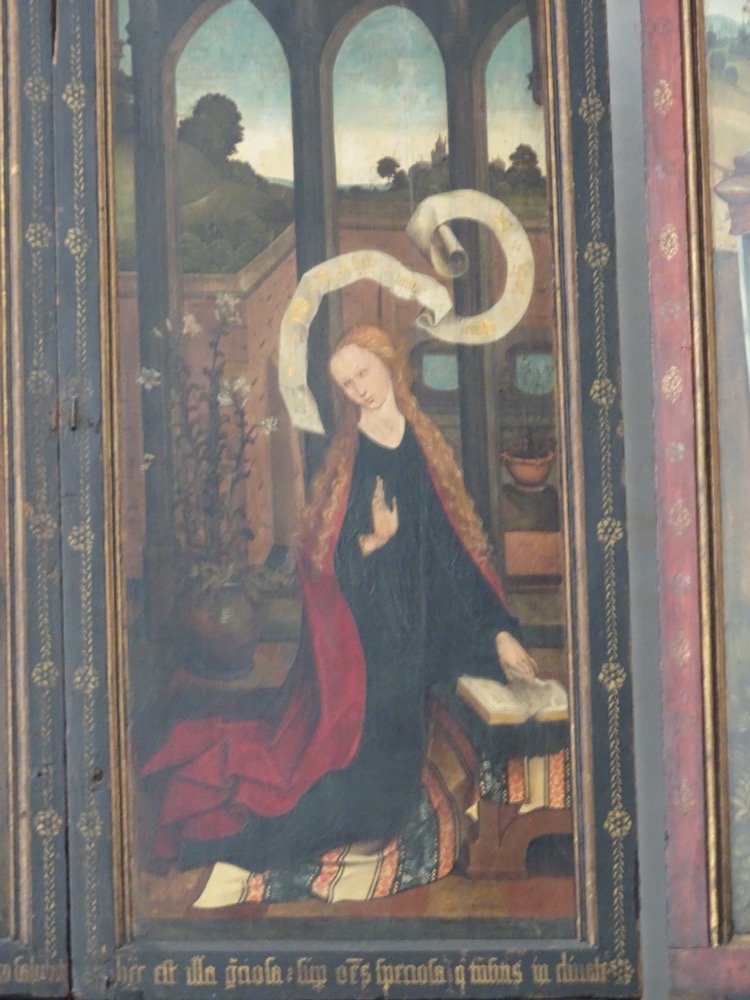
 Photographing these paintings in this evironment is worse than in a musuem under glass – the camera just can’t handle the brightness ration from the stark white walls and the glare forming from them on the surface of the canvasses is almost impossible to avoid.
Photographing these paintings in this evironment is worse than in a musuem under glass – the camera just can’t handle the brightness ration from the stark white walls and the glare forming from them on the surface of the canvasses is almost impossible to avoid.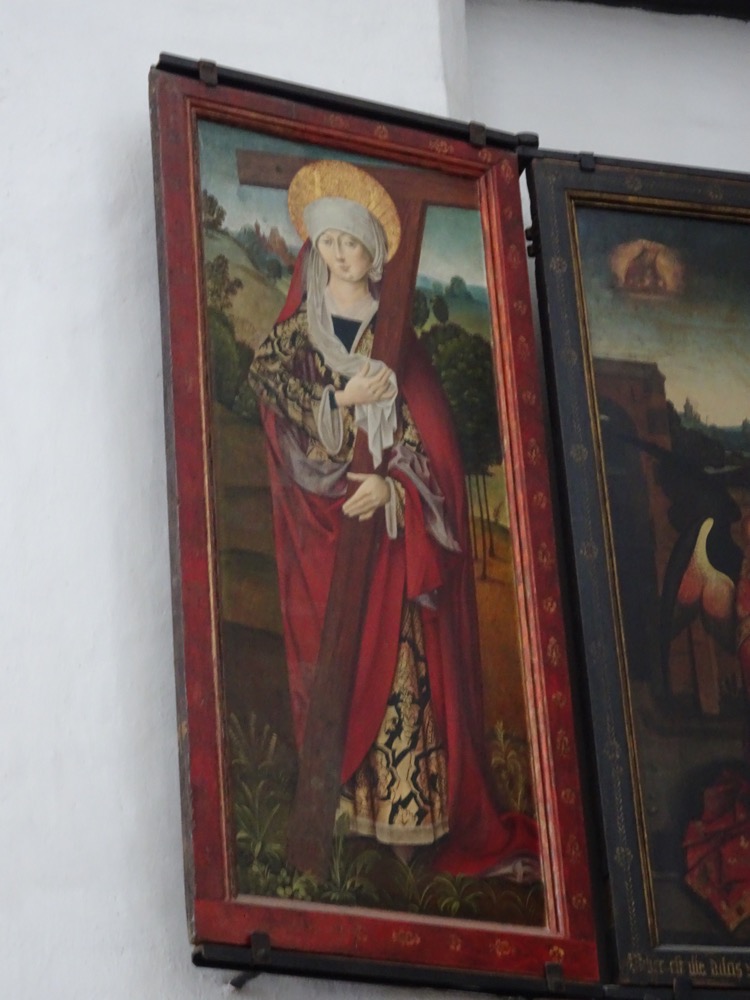
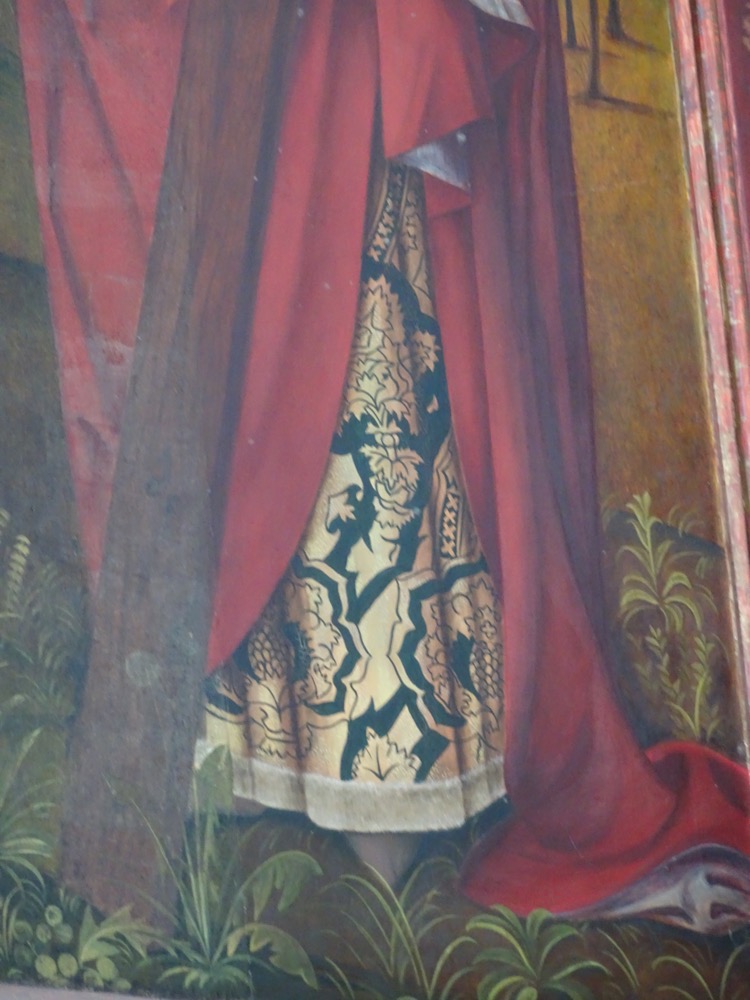
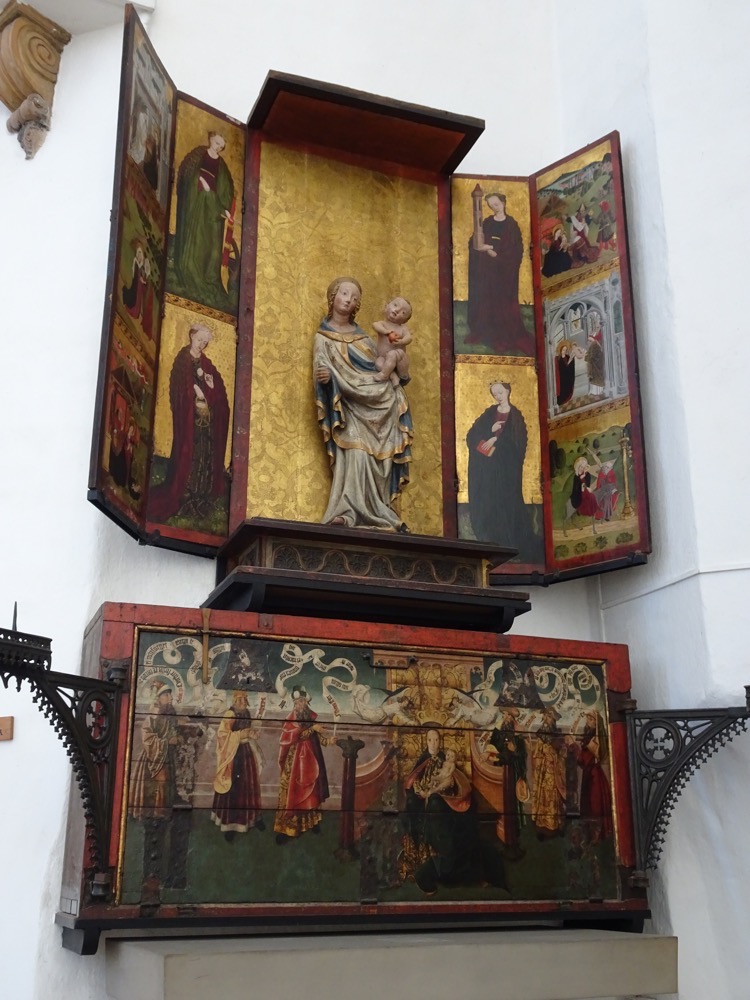
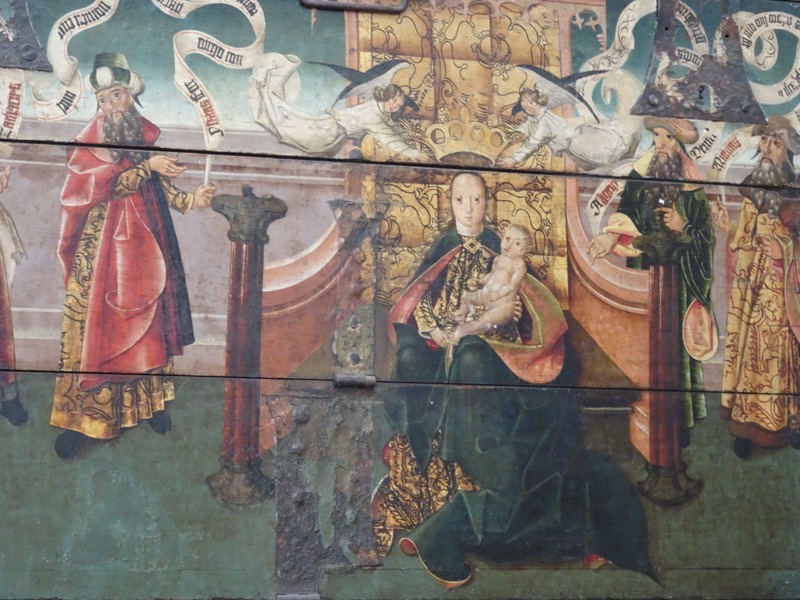
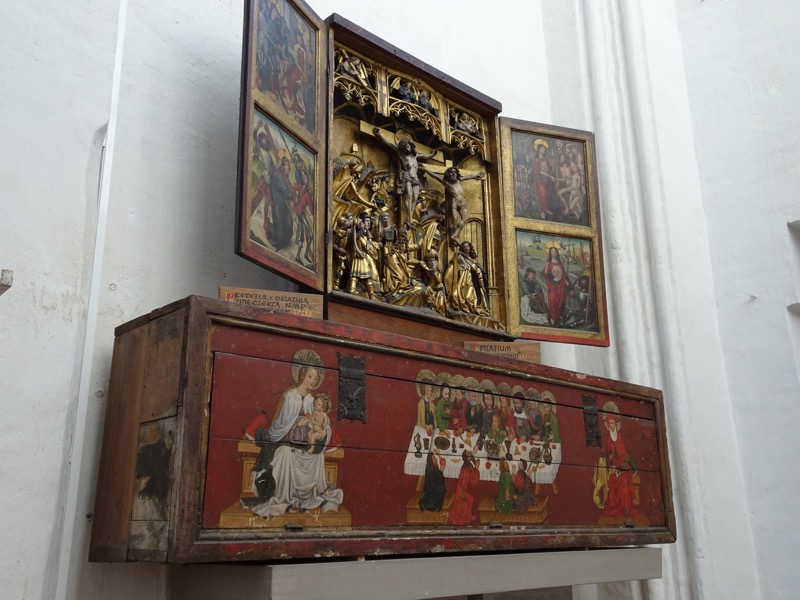
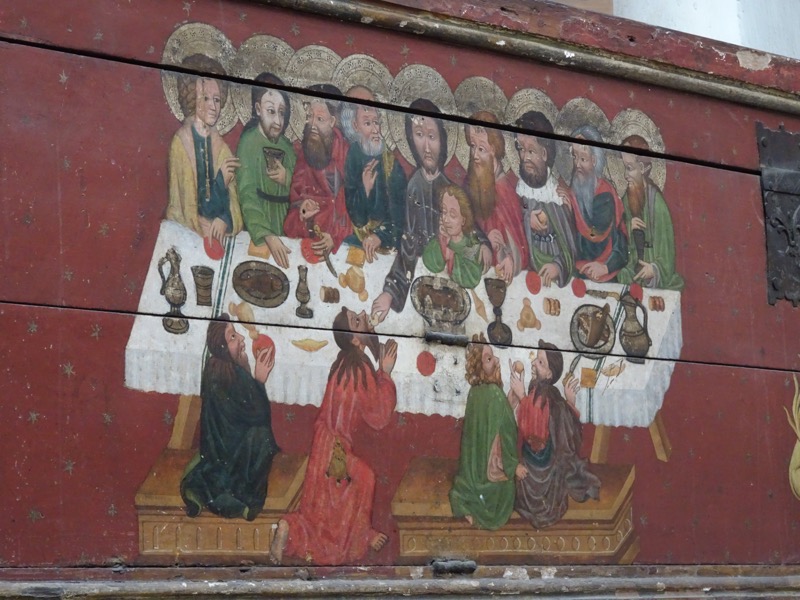
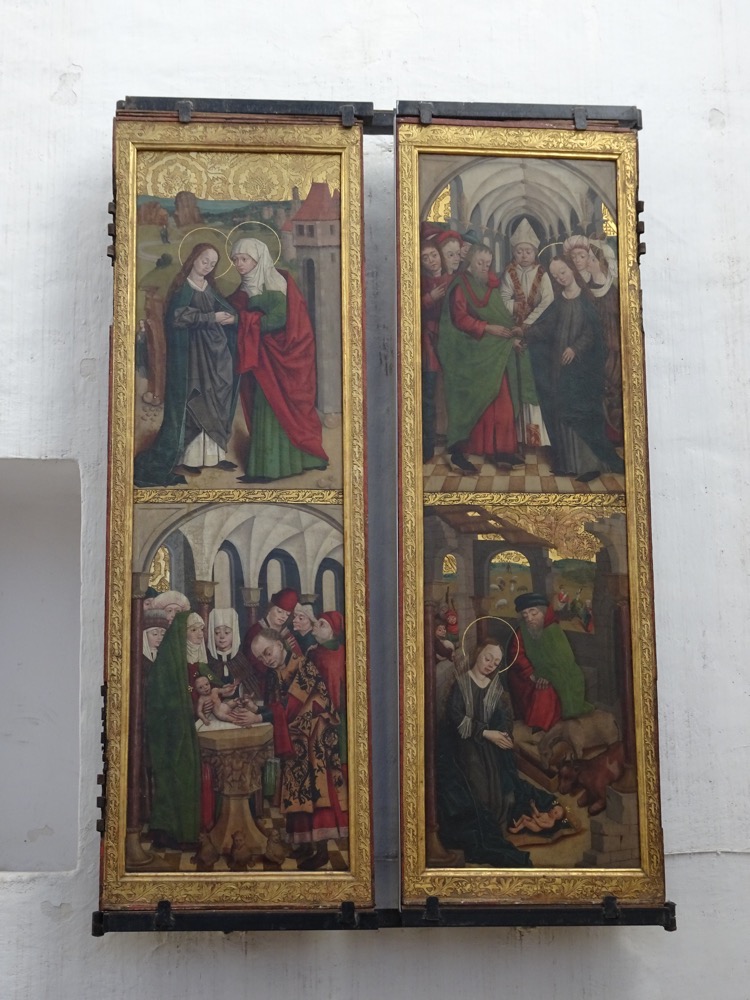
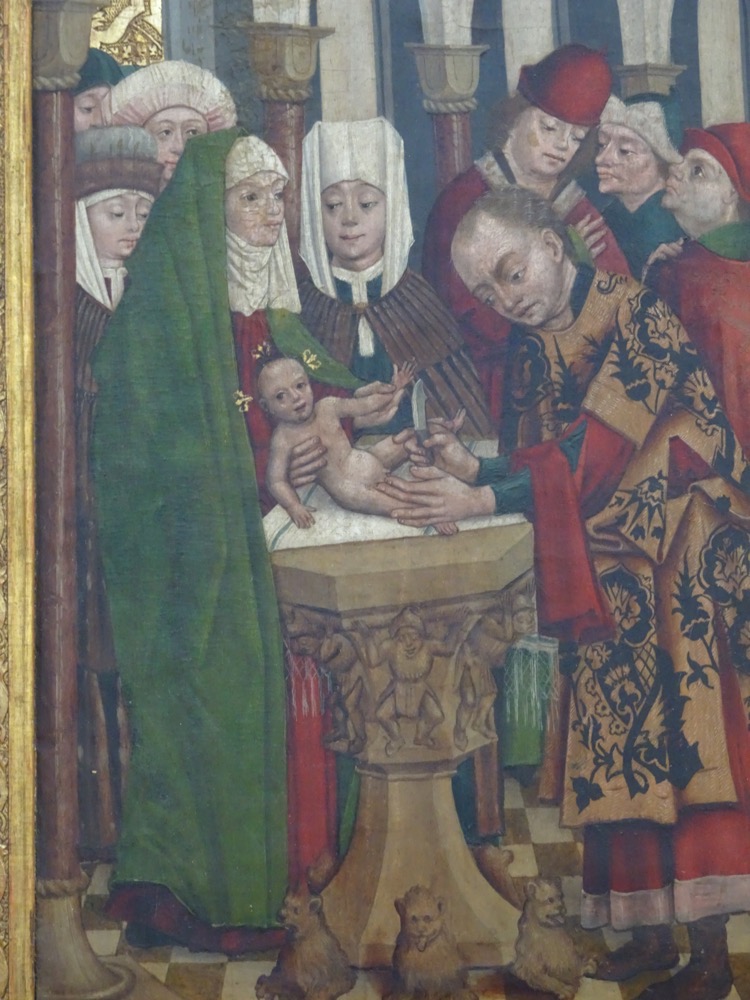
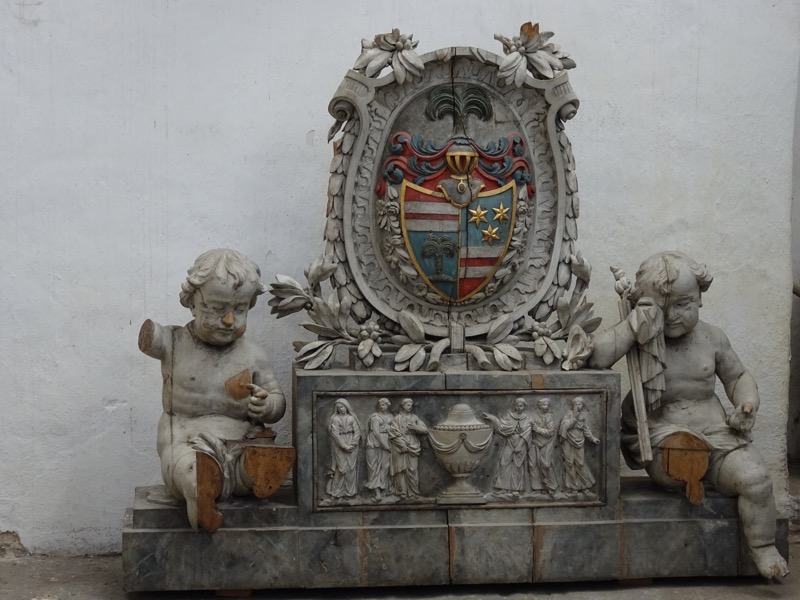 This is me… looking at all these cool paintings and then not being able to find any information on them whatsoever.
This is me… looking at all these cool paintings and then not being able to find any information on them whatsoever.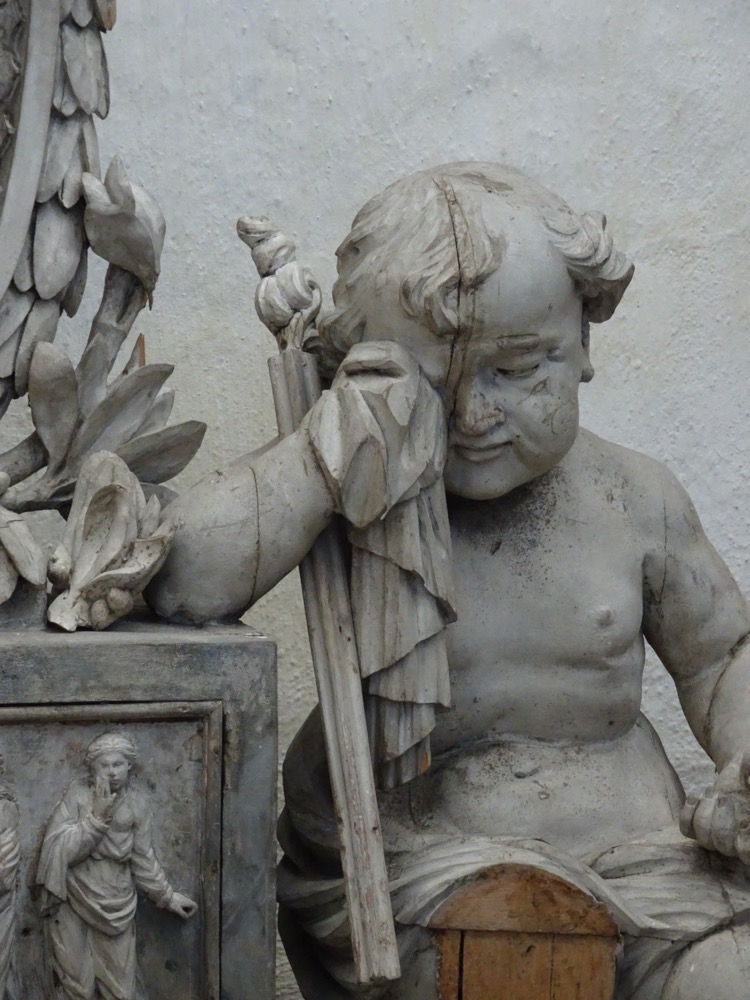
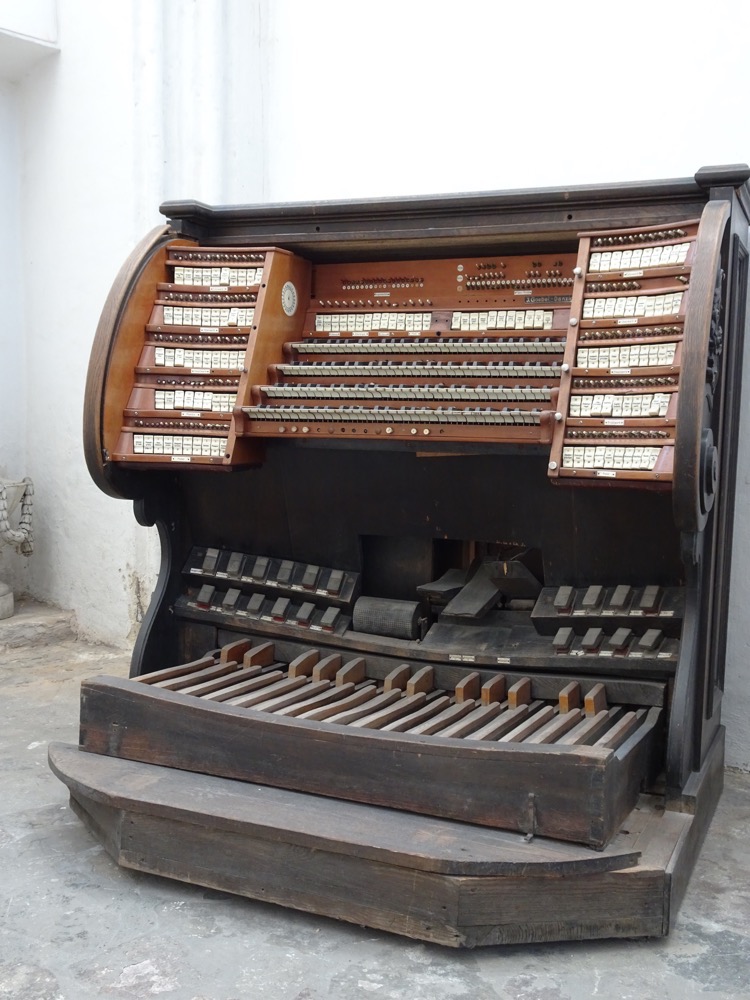
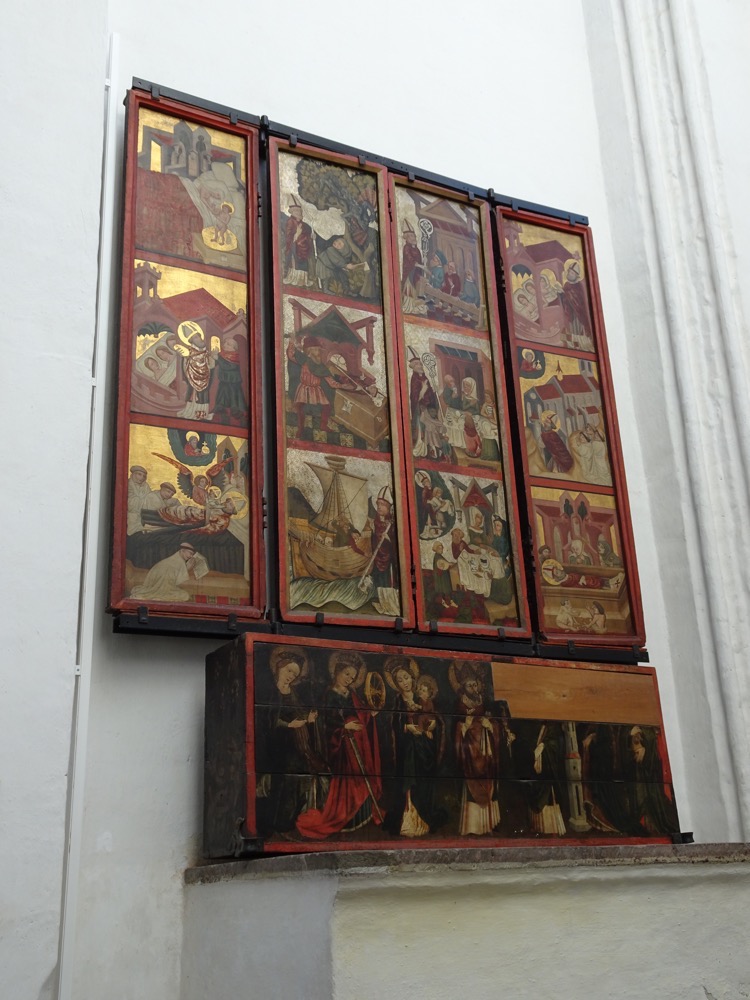
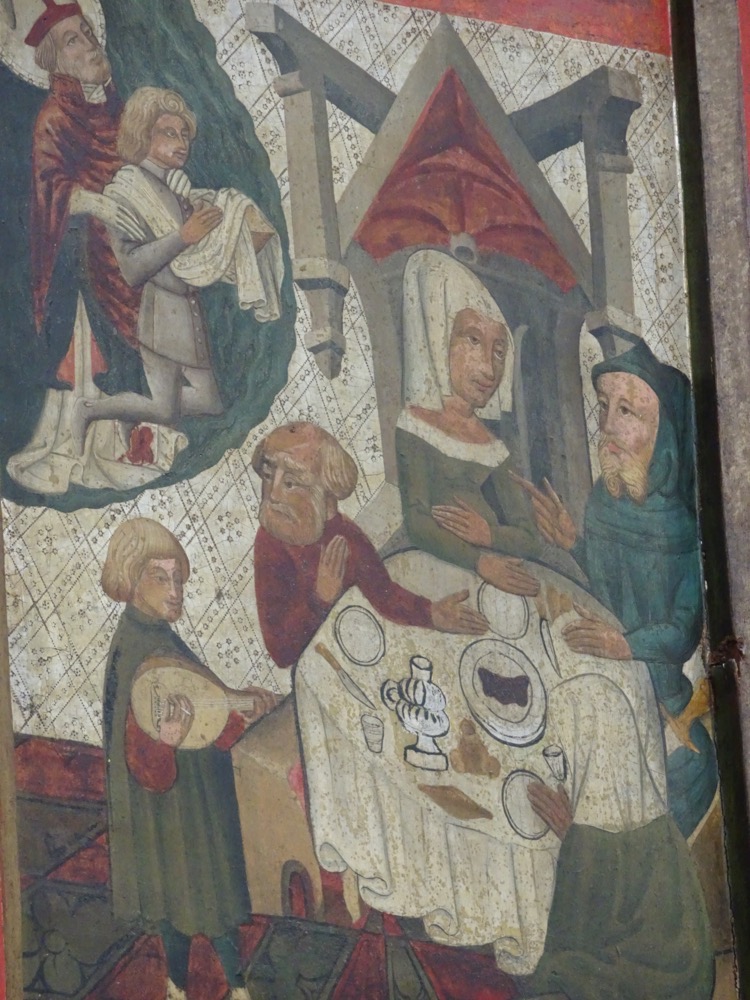
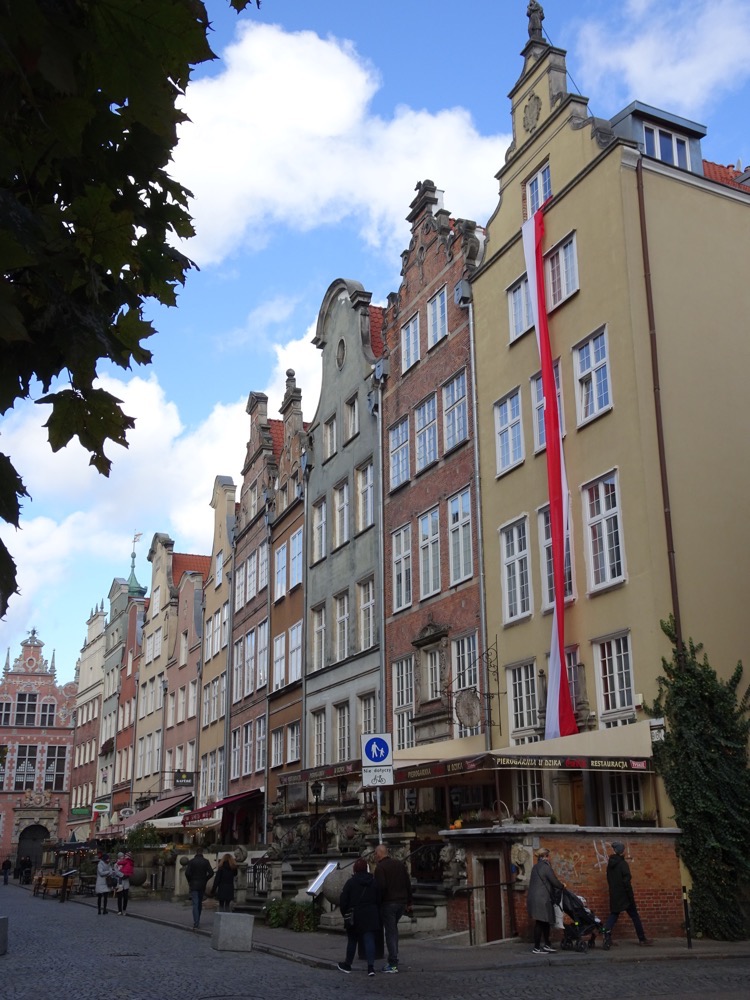
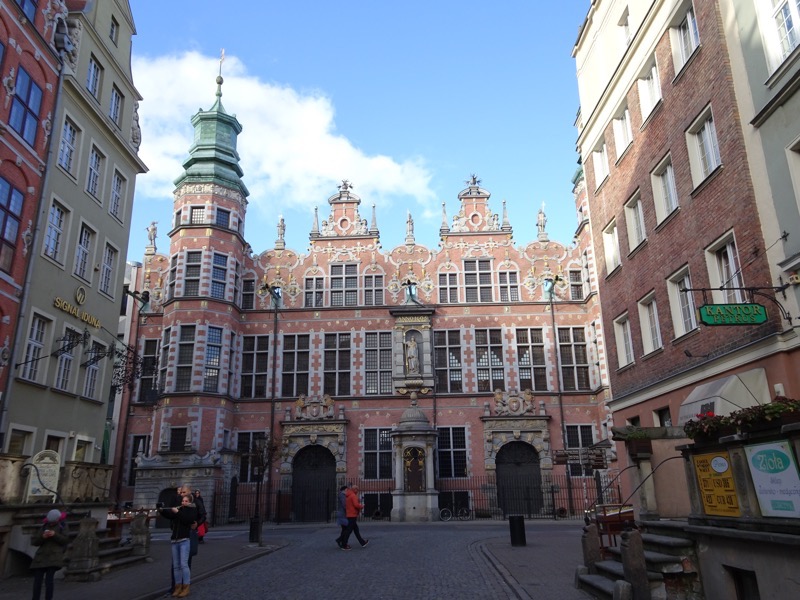
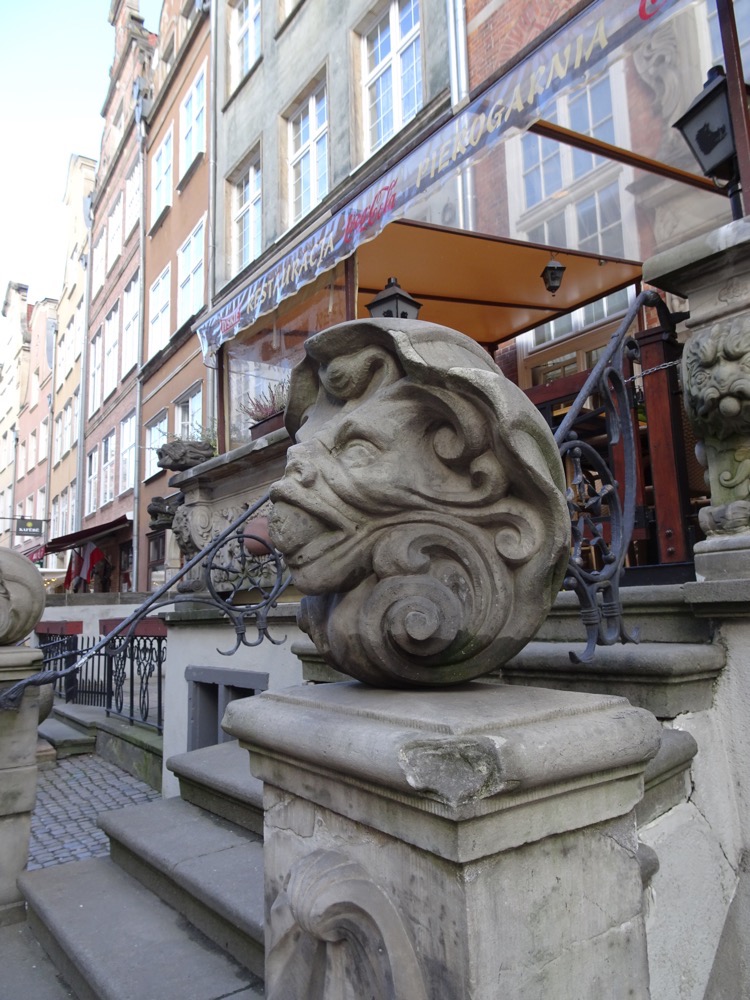 Directly outside the armoury, the entire street is largely taken over by amber shops and by souvenir shops. You can face in any direction in this town and see amber for sale.
Directly outside the armoury, the entire street is largely taken over by amber shops and by souvenir shops. You can face in any direction in this town and see amber for sale.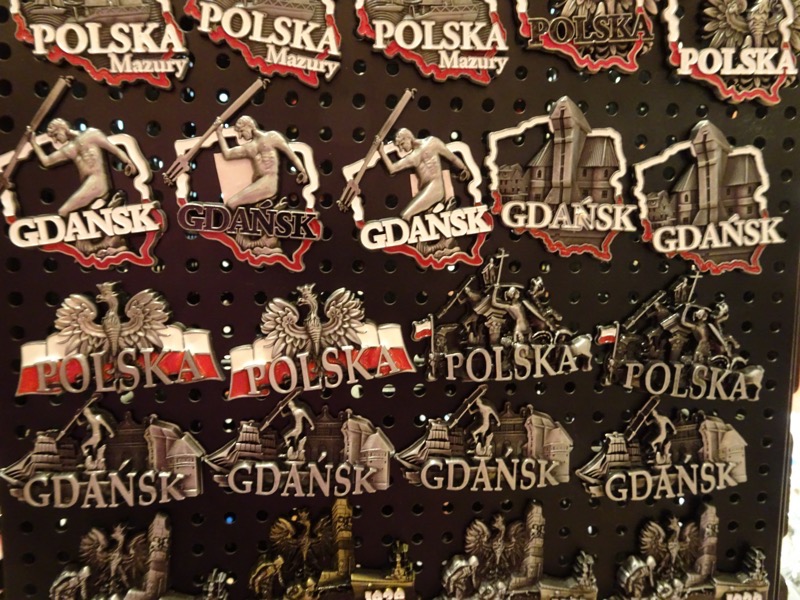
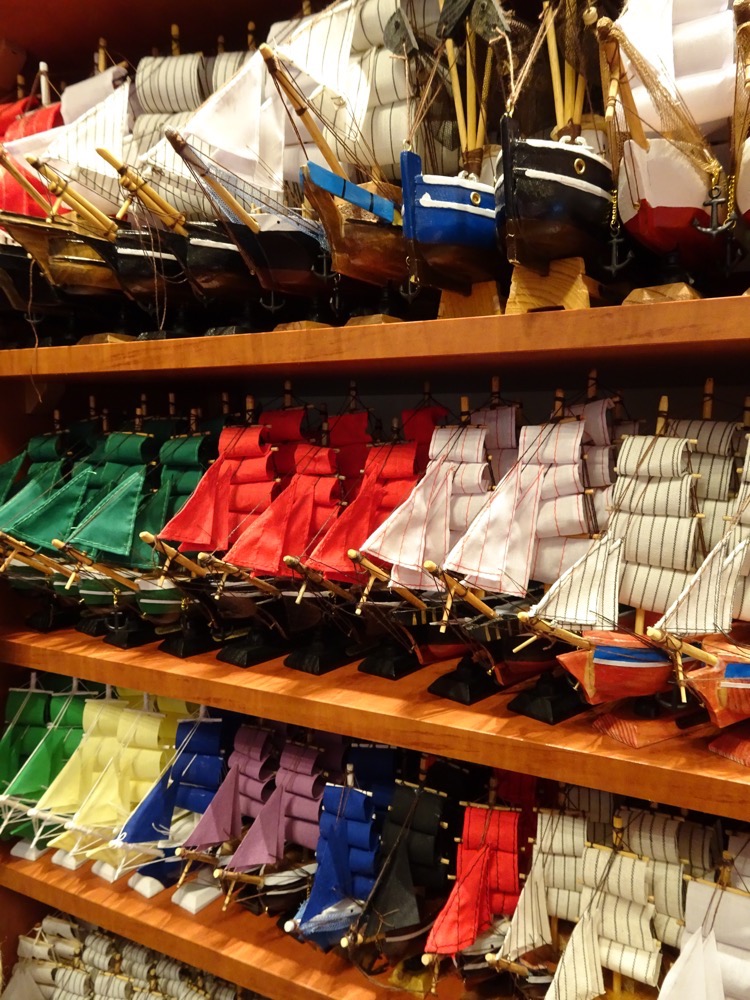
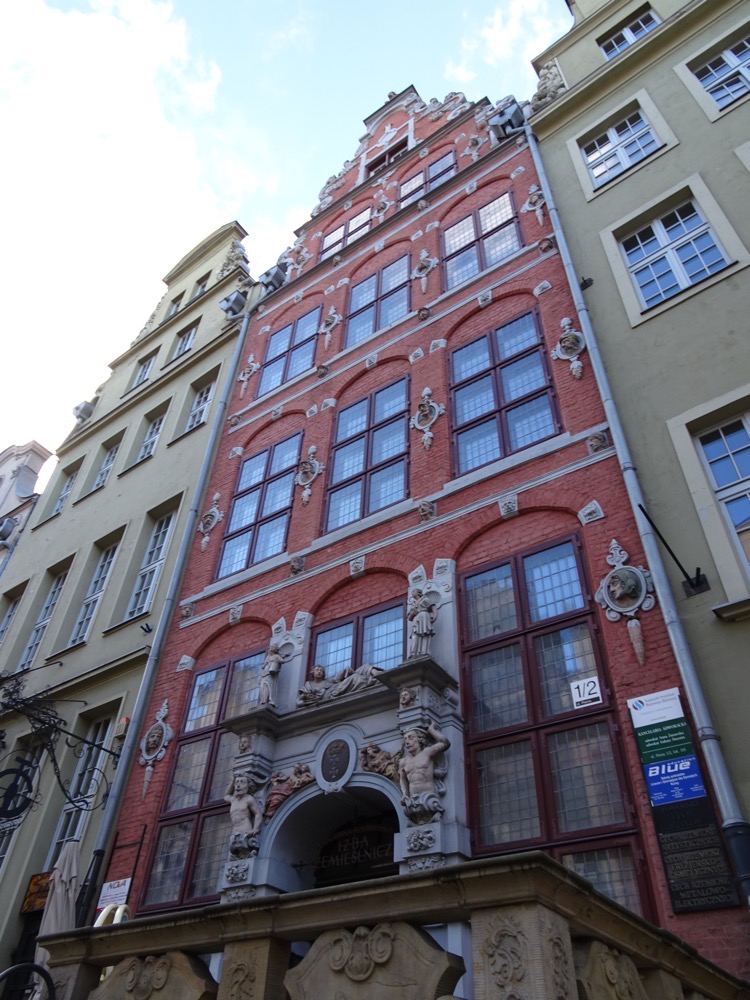
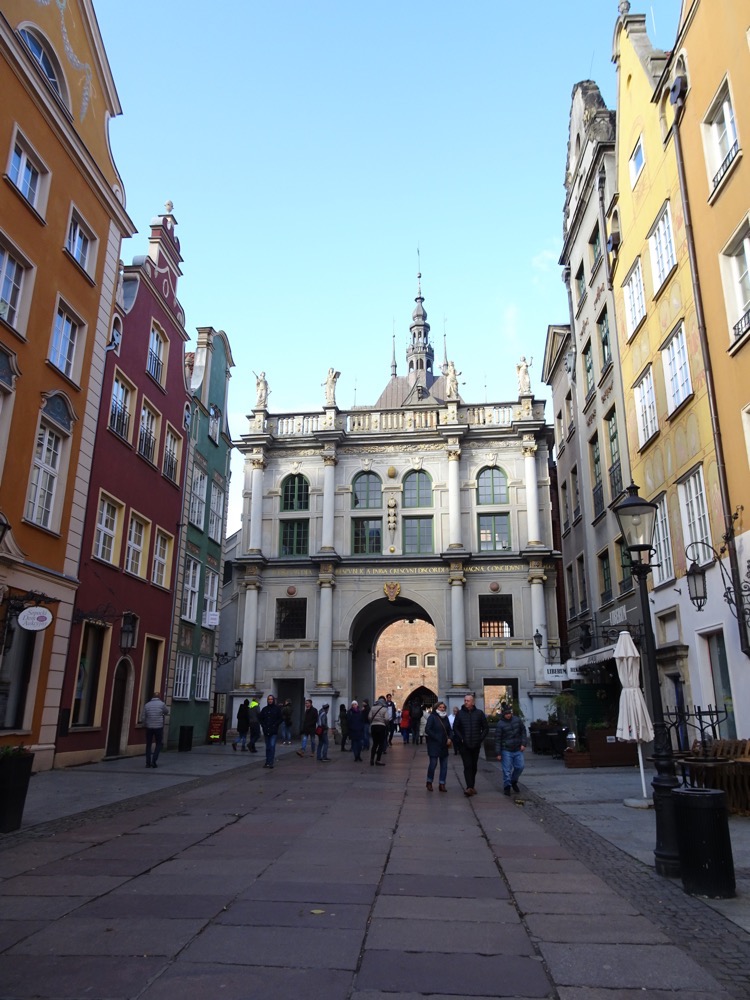
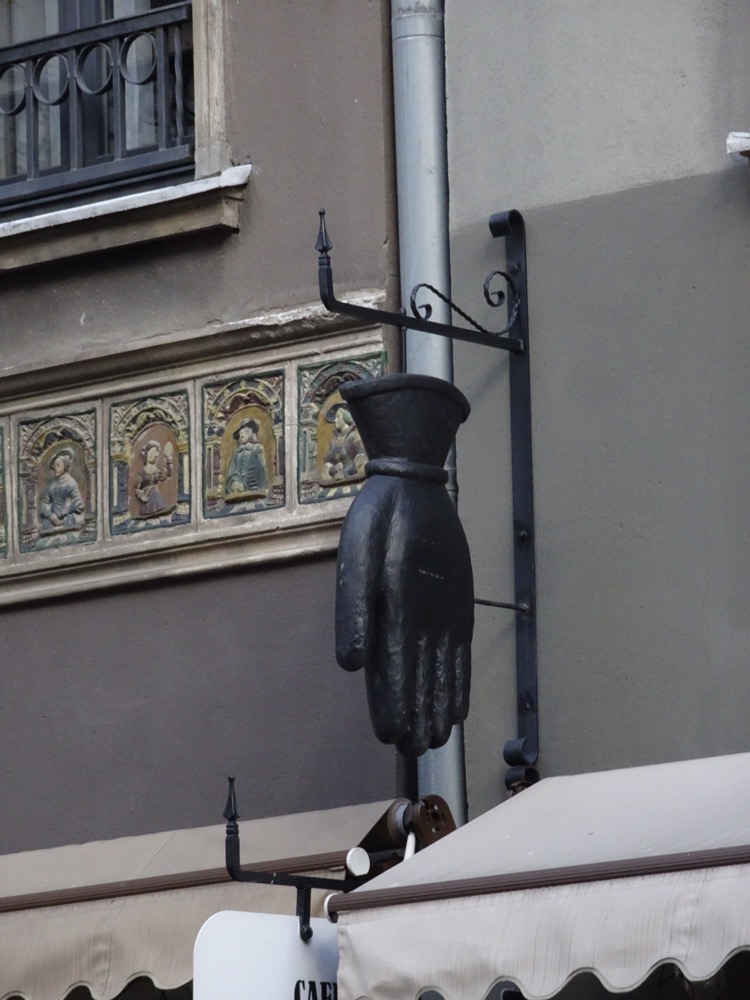 There are just too many very fancy and impressive buildings in the Long Market. I can’t describe them all, but have included many photographs to show how stunning this town is.
There are just too many very fancy and impressive buildings in the Long Market. I can’t describe them all, but have included many photographs to show how stunning this town is.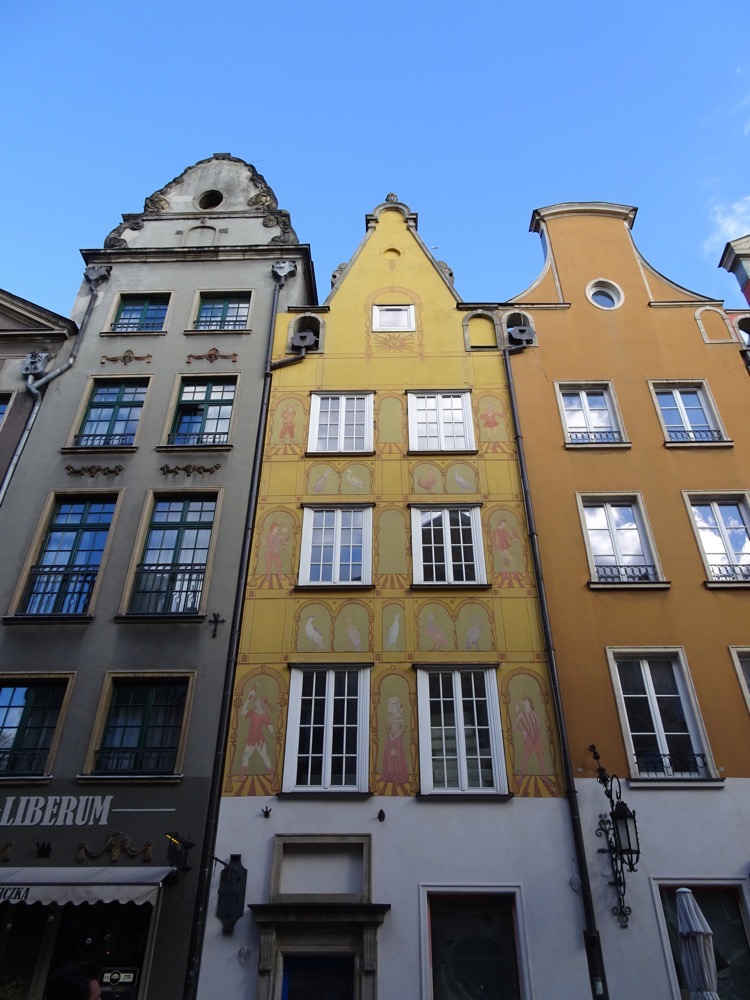
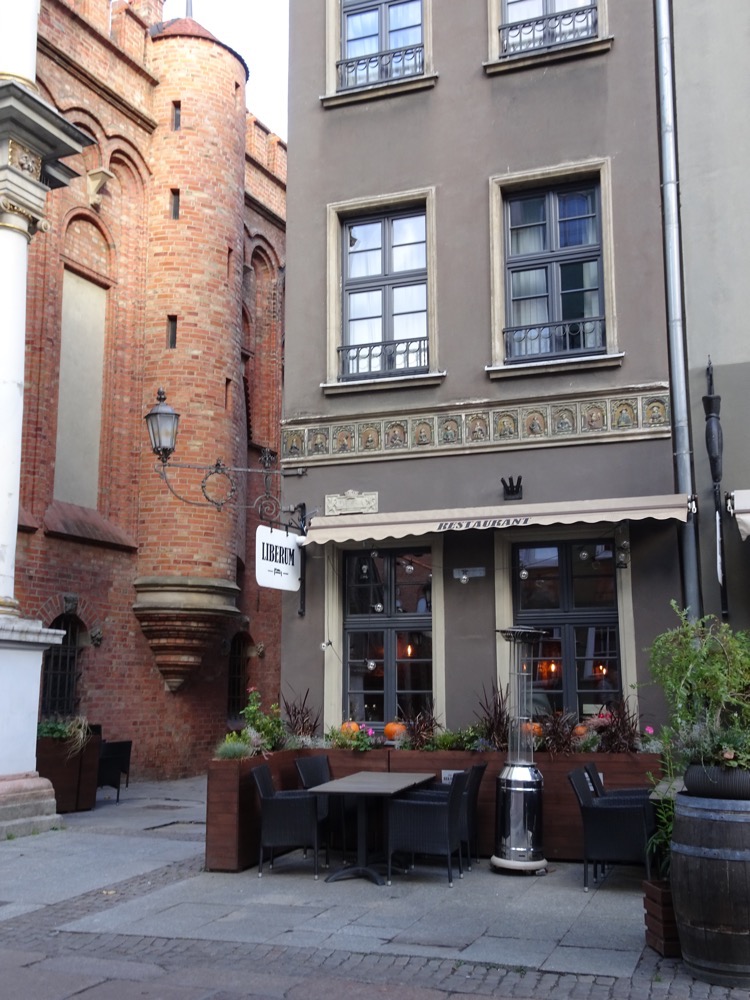
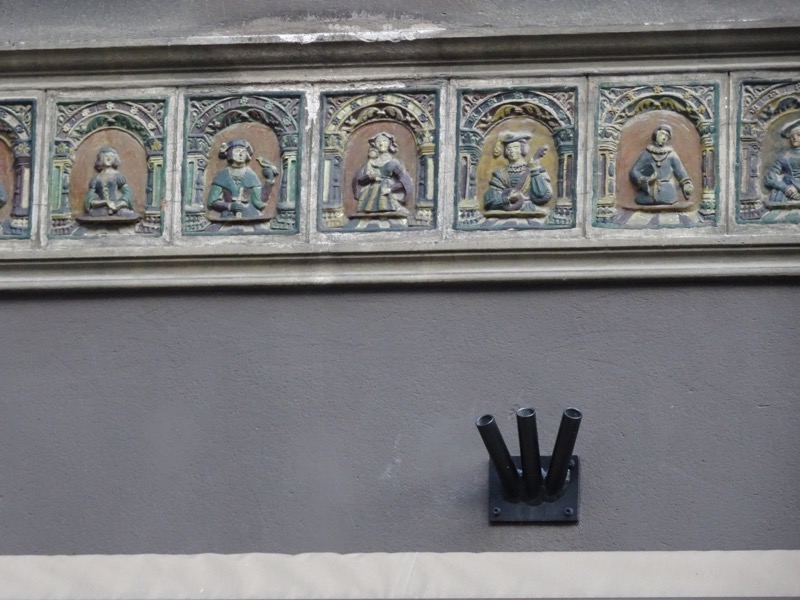 The older High Gate which is attached to the Golden Gate is a Renaissance city gate now at the main vehicular entrance to the Old Town.
The older High Gate which is attached to the Golden Gate is a Renaissance city gate now at the main vehicular entrance to the Old Town. 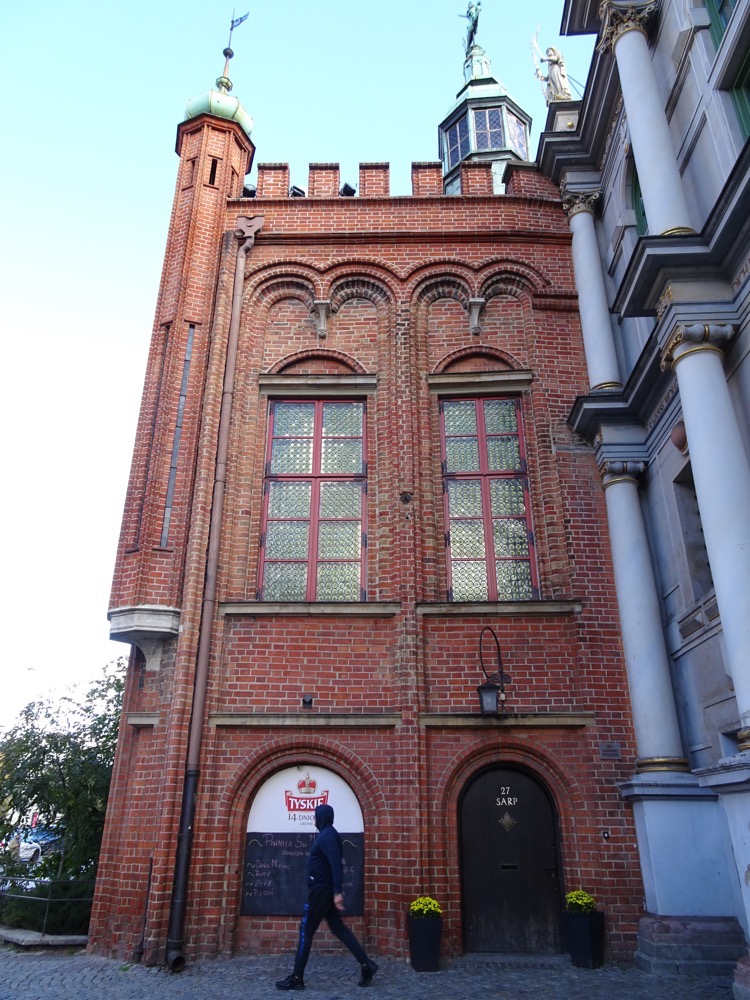
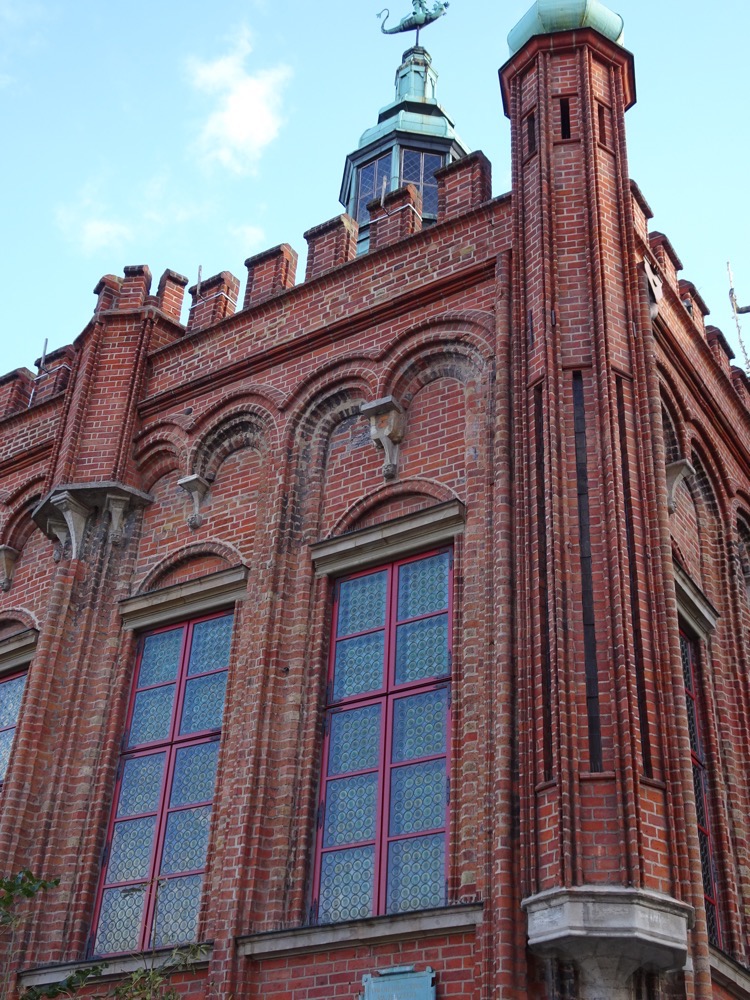
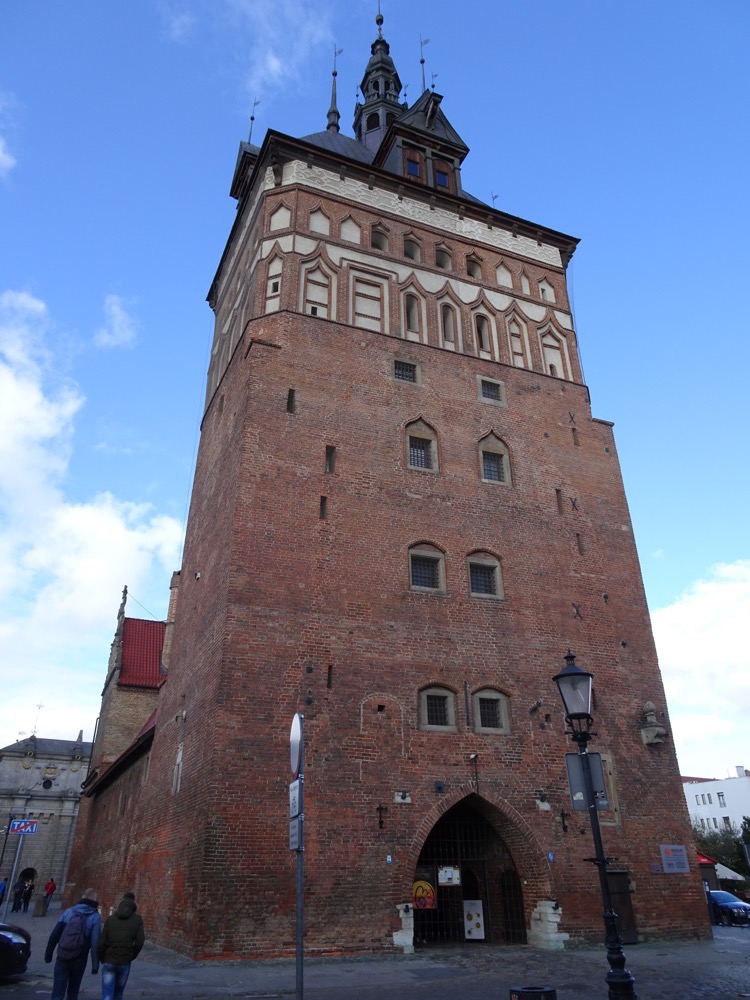 For over two centuries, from 1604 to 1858, this was the largest prison in Europe. Records show no known successful escape attempts, so we can guess it was a pretty effective one at that. Also located in the Prison Tower were Torture Chambers and the hangman’s headquarters which look like a small renaissance palace.
For over two centuries, from 1604 to 1858, this was the largest prison in Europe. Records show no known successful escape attempts, so we can guess it was a pretty effective one at that. Also located in the Prison Tower were Torture Chambers and the hangman’s headquarters which look like a small renaissance palace.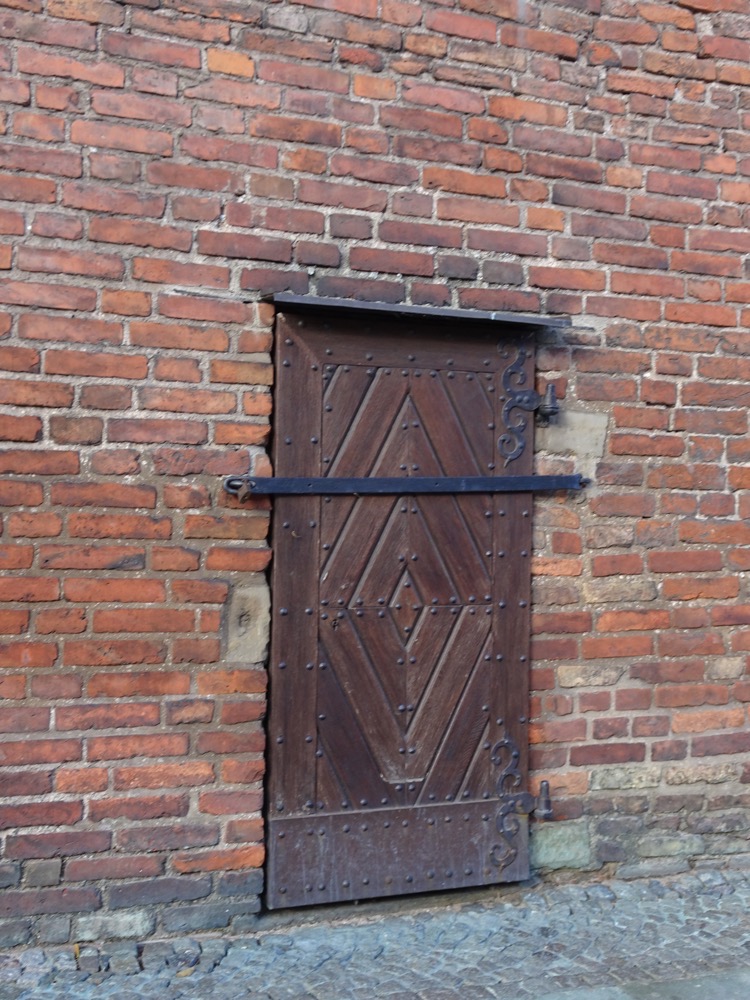
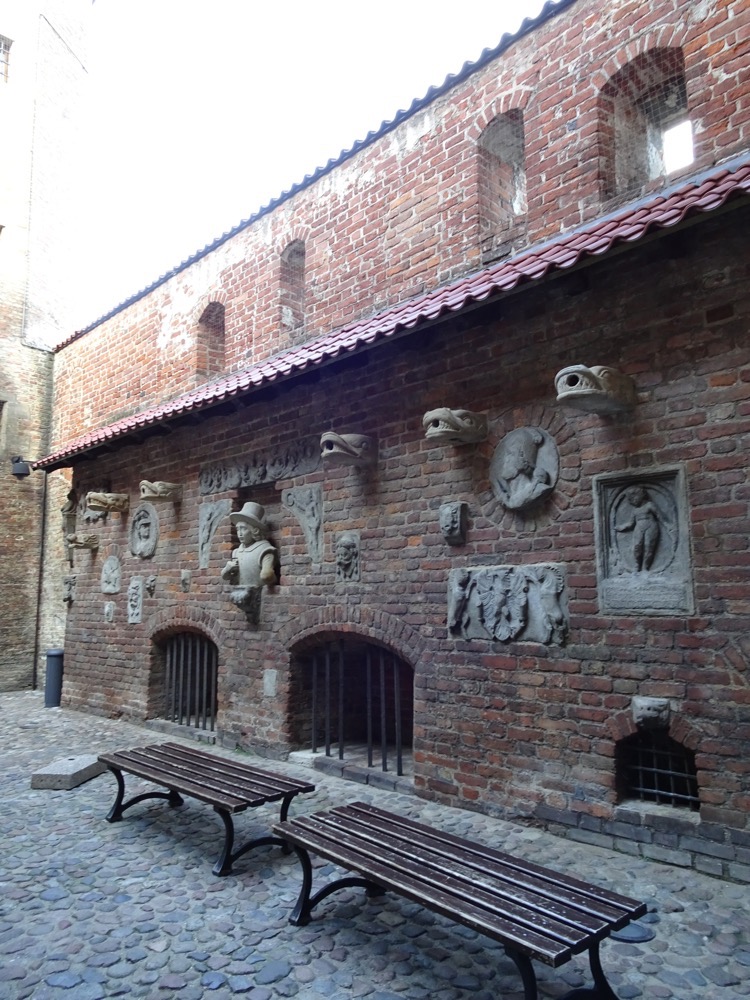
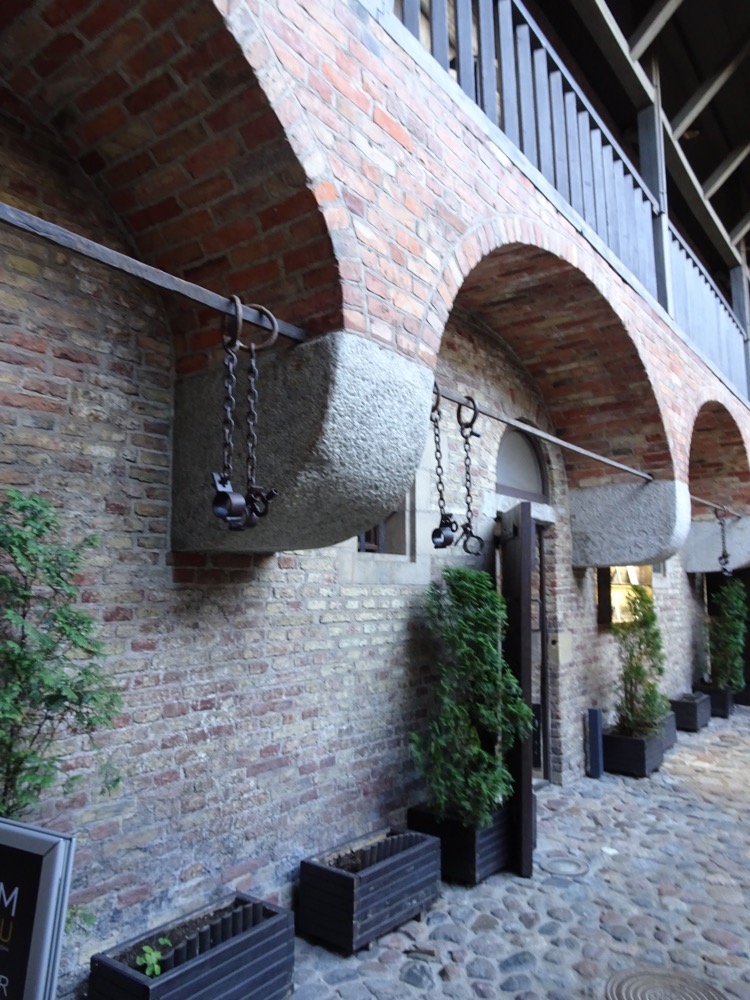
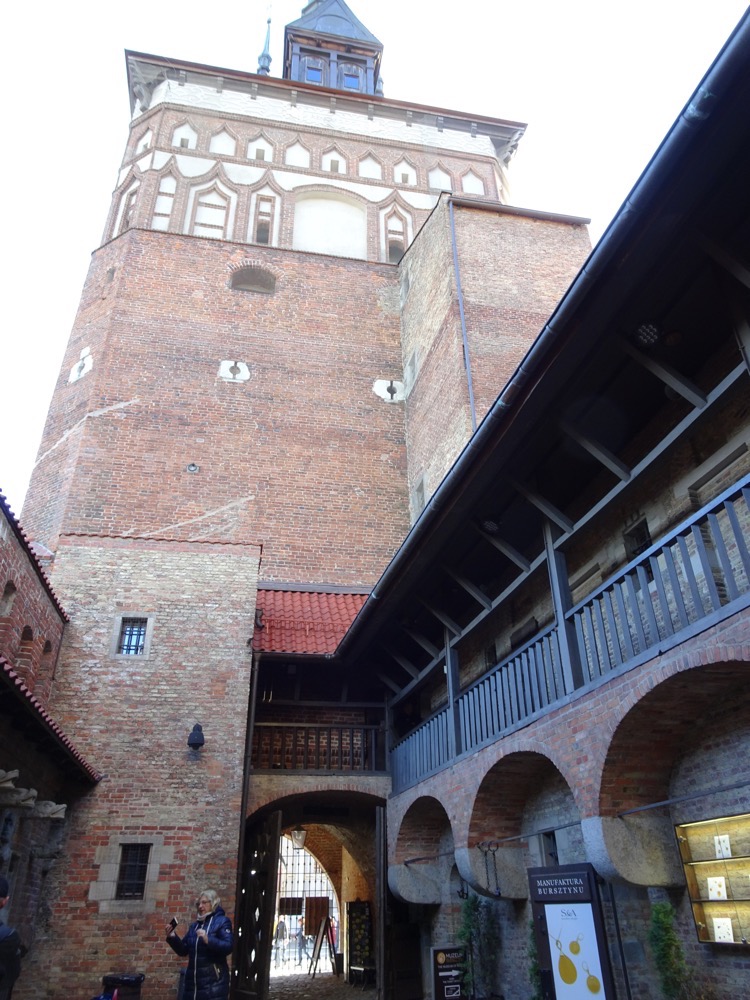

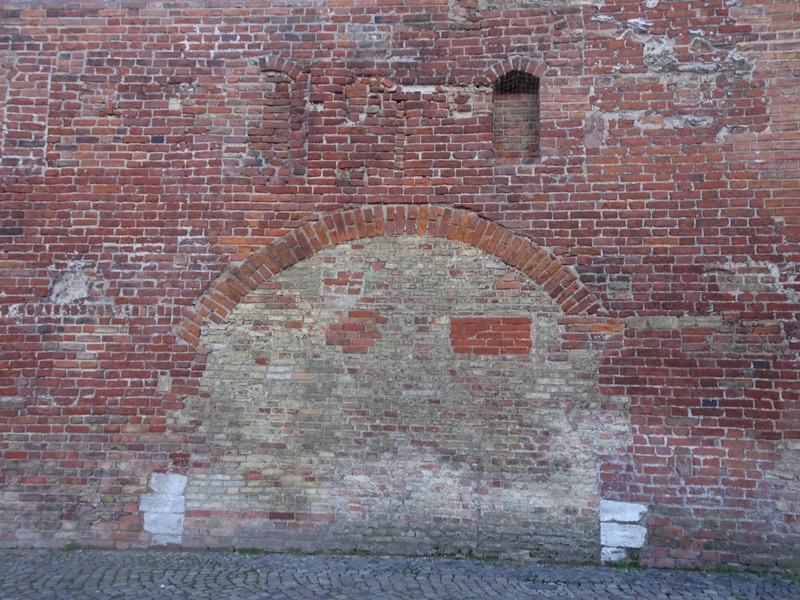
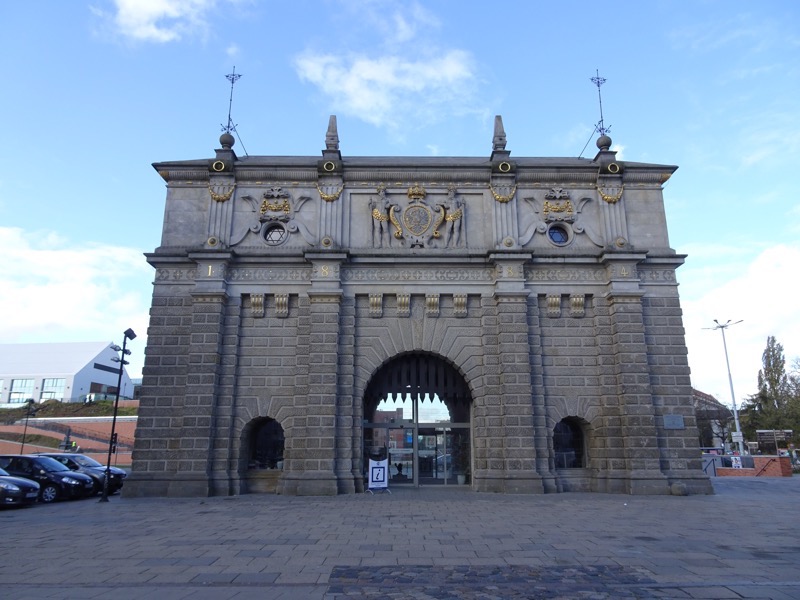 After this we went through the Golden Gate and back into the Long Market to marvel at the beautiful tennement buildings.
After this we went through the Golden Gate and back into the Long Market to marvel at the beautiful tennement buildings.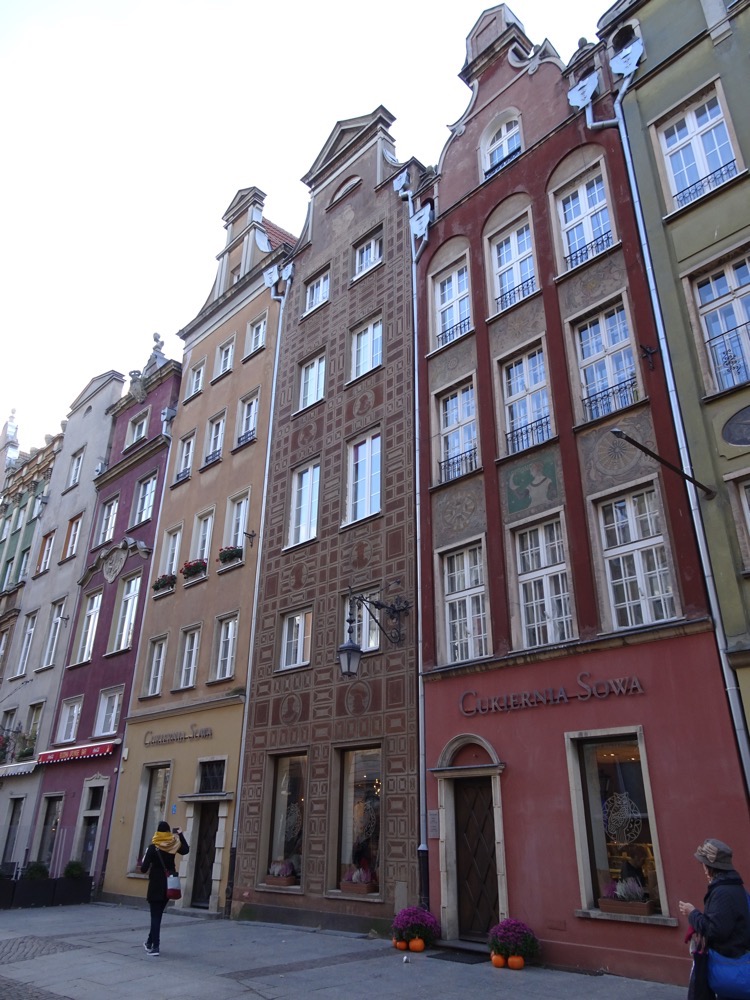 The Gdańsk Main Town Hall is a historic building located in the middle of the Long Market and it is considered to be one of the best the Gothic-Renaissance style historic buildings in the city. It is built at the intersection of the Long Lane and Long Market, and currently houses the History Museum of the City of Gdańsk and a weird modern art exhibition of Kazakhstani photographers?!
The Gdańsk Main Town Hall is a historic building located in the middle of the Long Market and it is considered to be one of the best the Gothic-Renaissance style historic buildings in the city. It is built at the intersection of the Long Lane and Long Market, and currently houses the History Museum of the City of Gdańsk and a weird modern art exhibition of Kazakhstani photographers?! 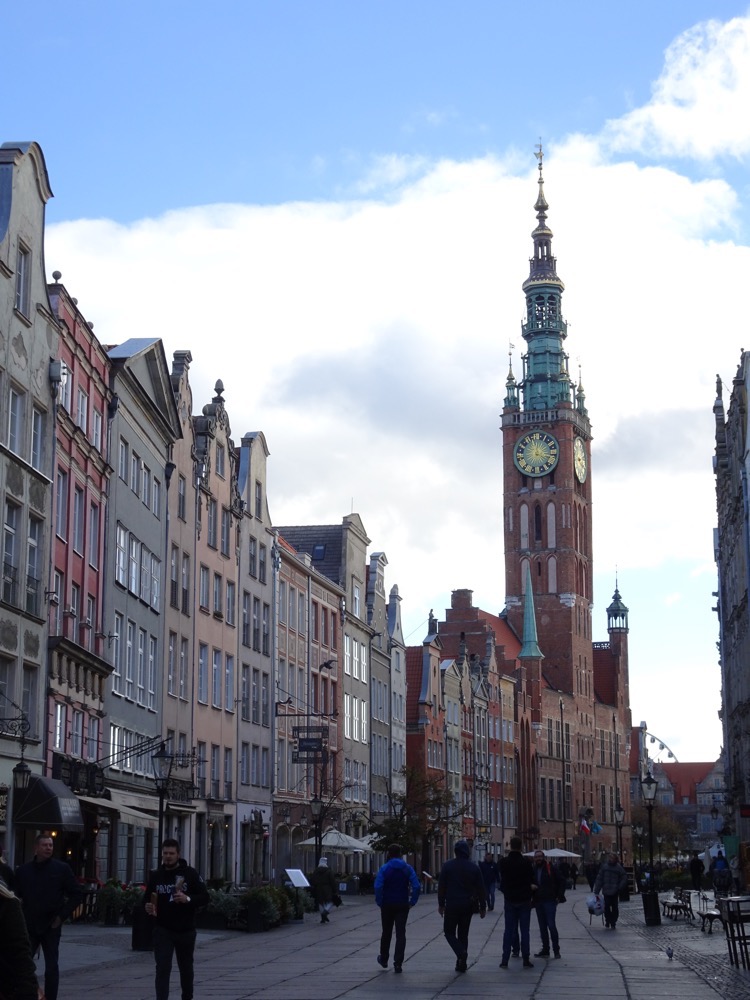
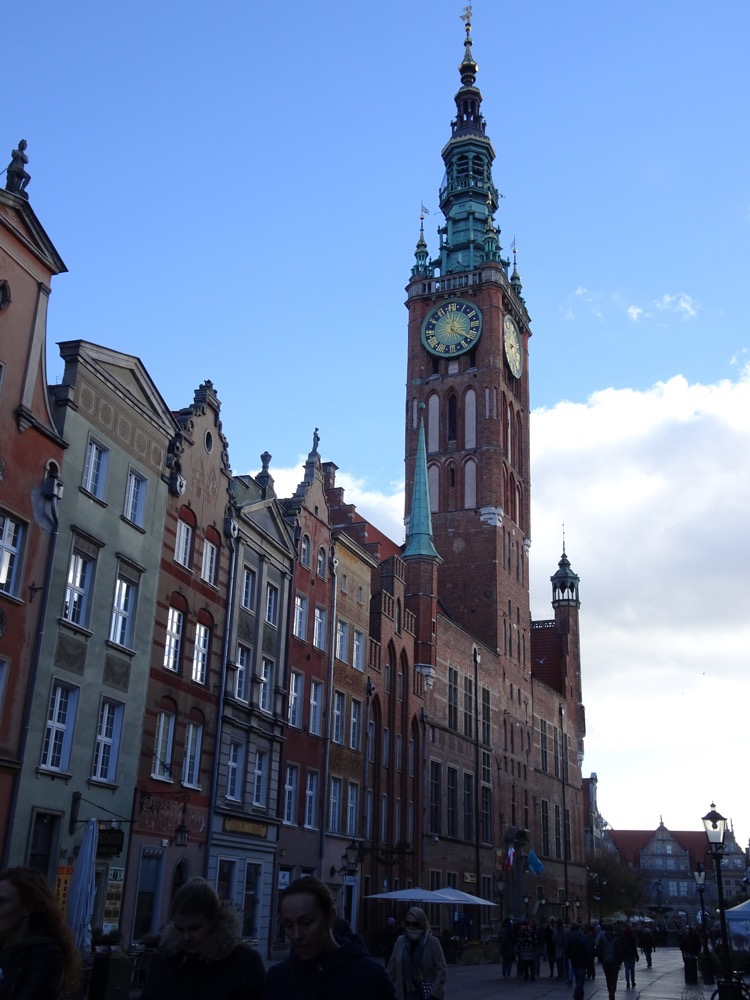
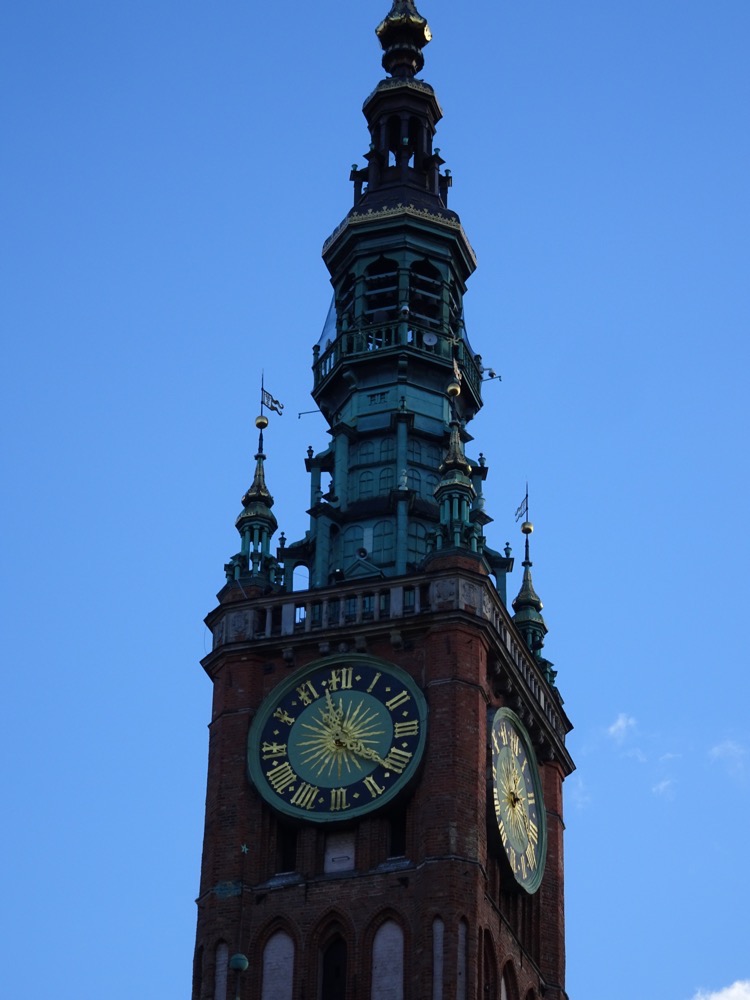 So many of these beautiful tenement houses have a long and distinguished history all of their own – for example, this red building below is called, the Schumann House. It was designed and built for a man named, Hans Conert the Younger, by an unknown architect in around 1560. The building was known as the King’s House as the top of the house has a sculpture of Zeus. Now, it houses a Tourist Information Centre… but my point is, every one of these buildings has a history.
So many of these beautiful tenement houses have a long and distinguished history all of their own – for example, this red building below is called, the Schumann House. It was designed and built for a man named, Hans Conert the Younger, by an unknown architect in around 1560. The building was known as the King’s House as the top of the house has a sculpture of Zeus. Now, it houses a Tourist Information Centre… but my point is, every one of these buildings has a history.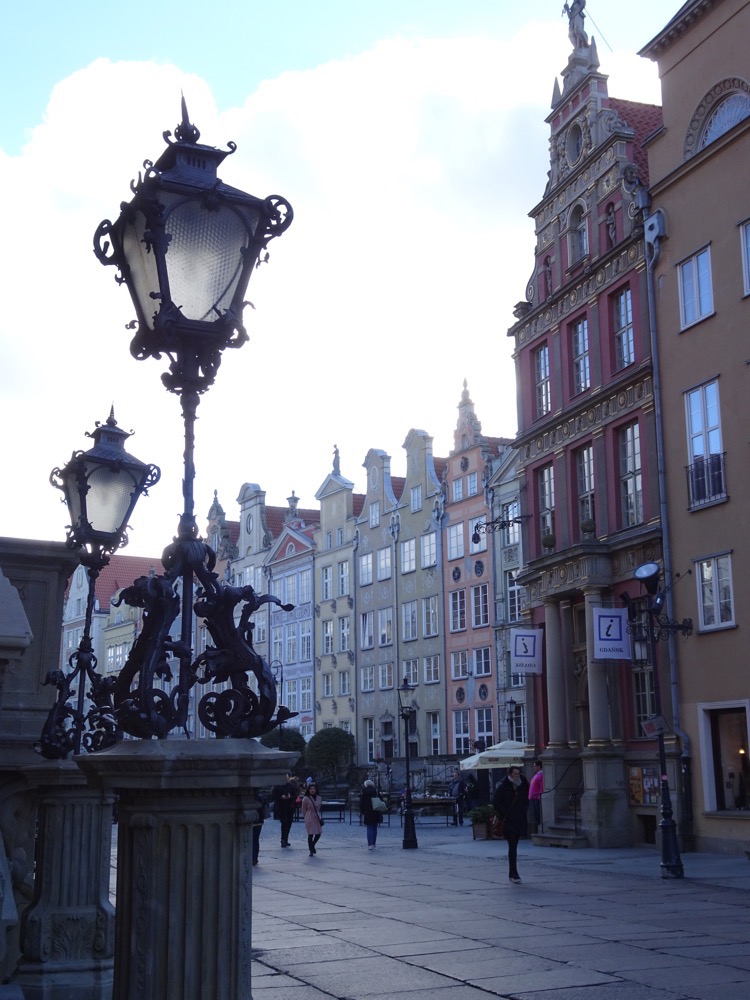 It’s nearly midday and the tourists are finally up and about – I am very glad I came out earlier and took some photos of the empty streets.
It’s nearly midday and the tourists are finally up and about – I am very glad I came out earlier and took some photos of the empty streets.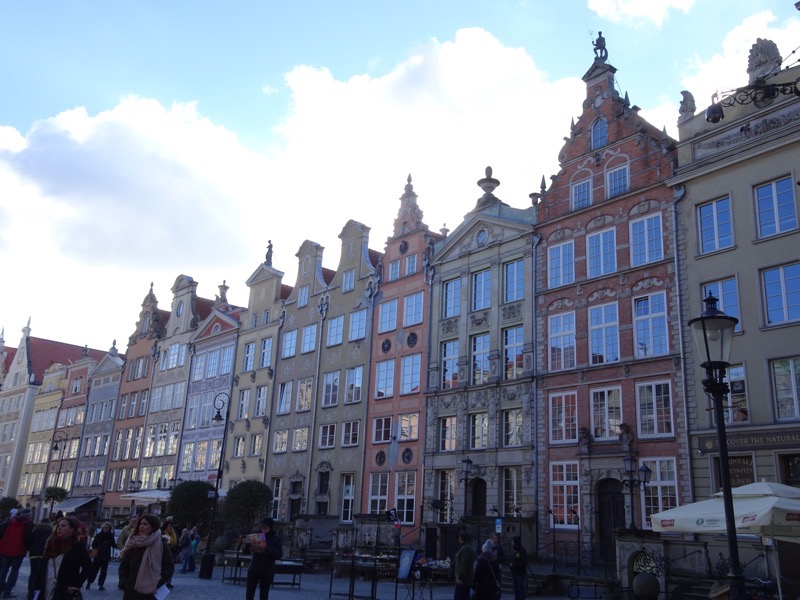
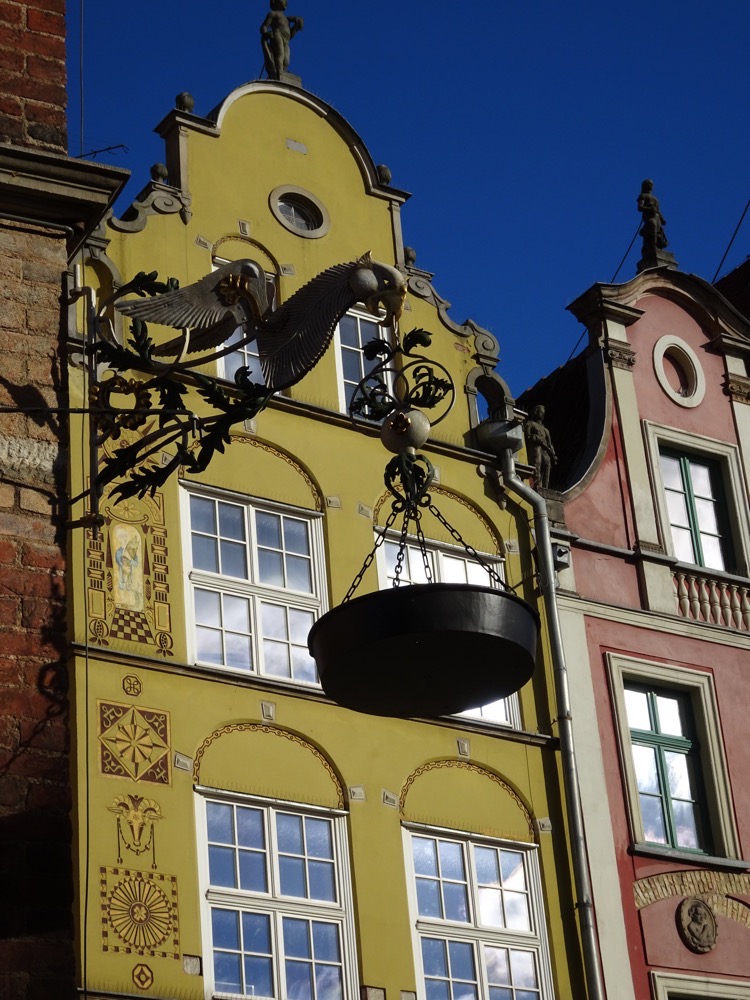
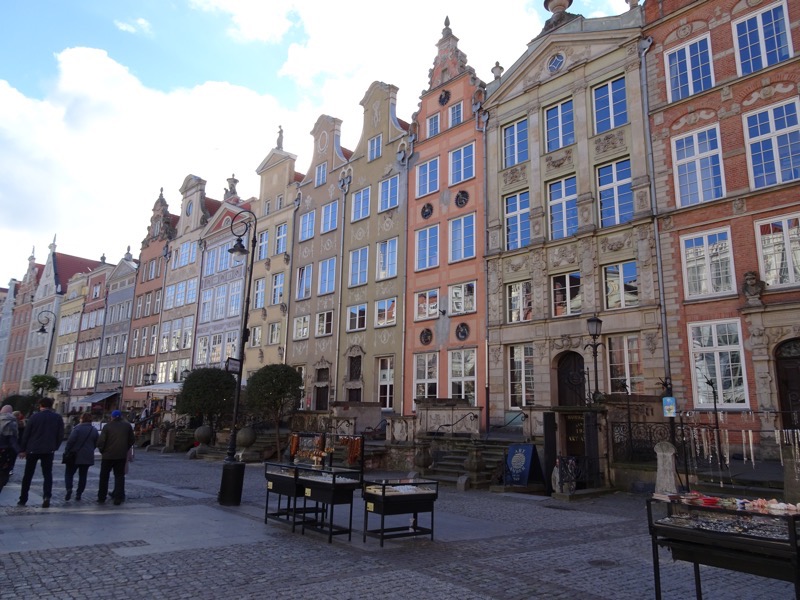
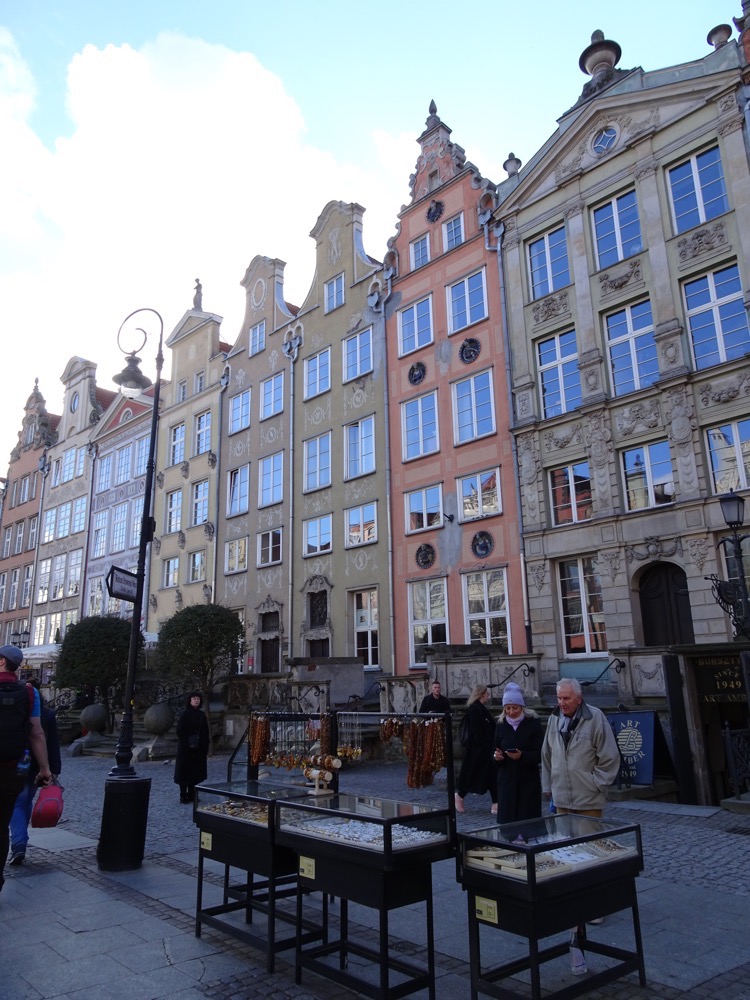
 Neptune’s Fountain – is an iconic fountain of Gdańsk. It was constructed by a local Mayor, Bartłomiej Schachmann in 1549 and is located outside a building called Artus Court because there was a natural well here. The fountain was proposed and approved in 1549 but didn’t ‘open’ until 1633 due to a series of construction delays – the Artus Court building was being renovated, there were problems with the water system, and then the terribly inconvenient Thirty Years’ War.
Neptune’s Fountain – is an iconic fountain of Gdańsk. It was constructed by a local Mayor, Bartłomiej Schachmann in 1549 and is located outside a building called Artus Court because there was a natural well here. The fountain was proposed and approved in 1549 but didn’t ‘open’ until 1633 due to a series of construction delays – the Artus Court building was being renovated, there were problems with the water system, and then the terribly inconvenient Thirty Years’ War. 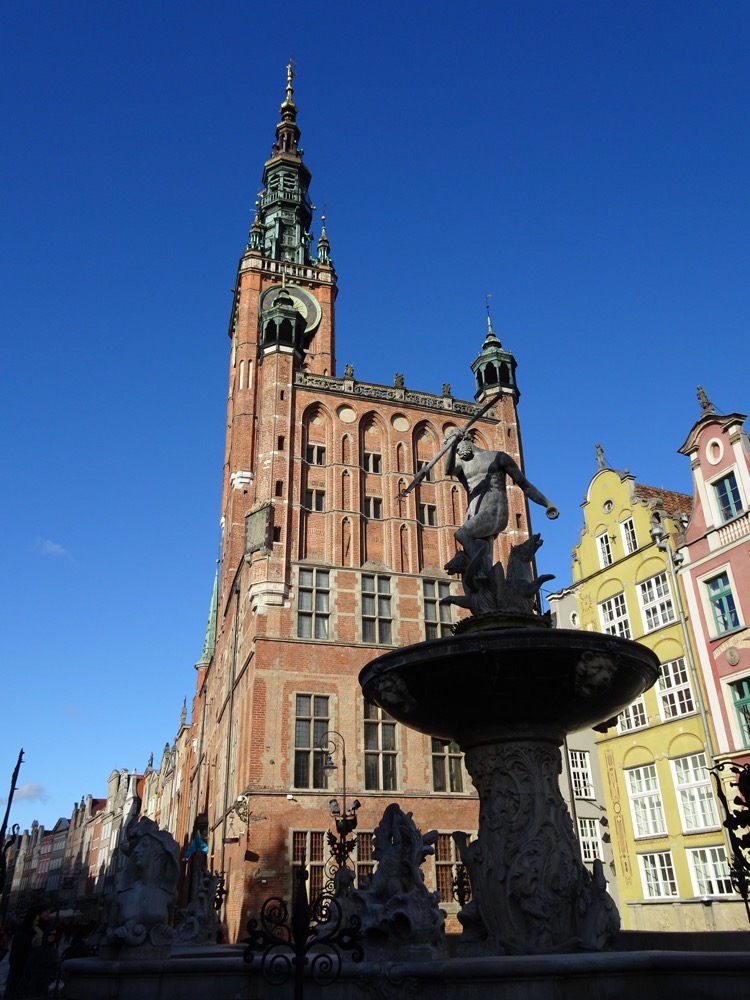
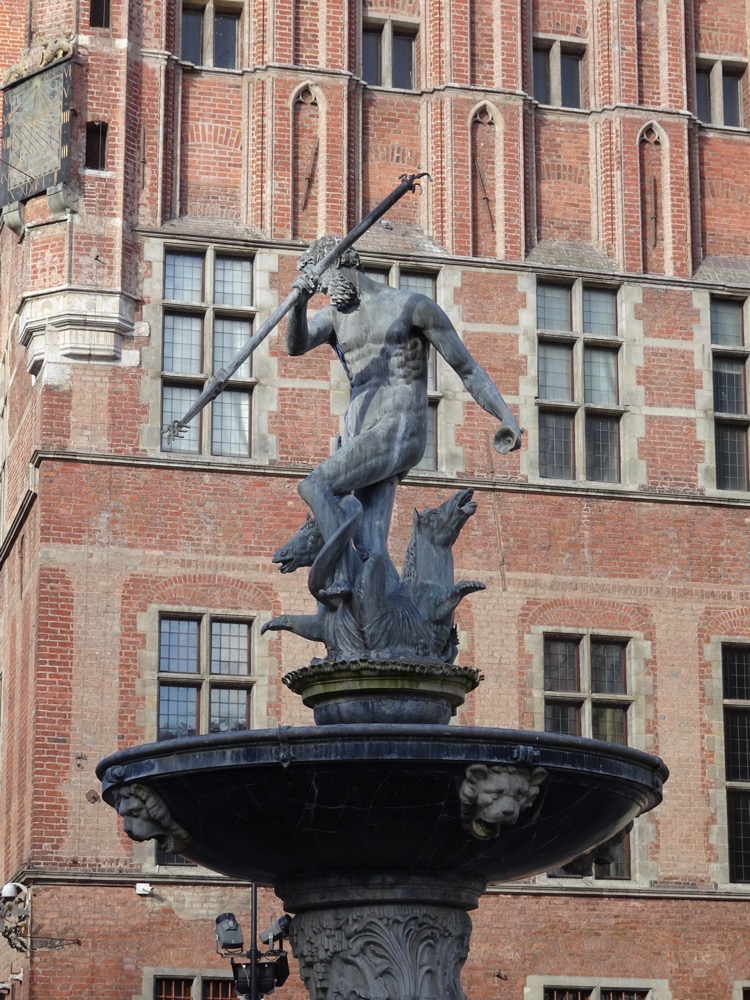
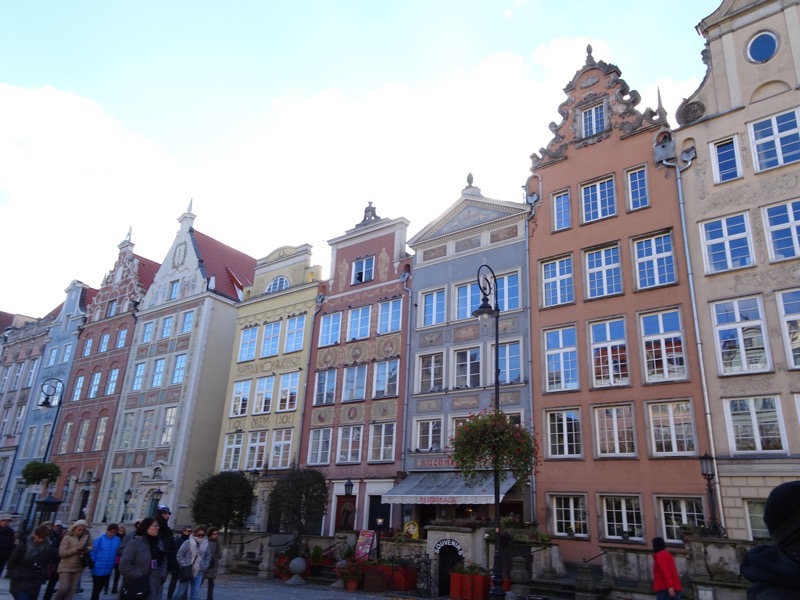 At the other end of the Long Market – the back of the Green Gate.
At the other end of the Long Market – the back of the Green Gate.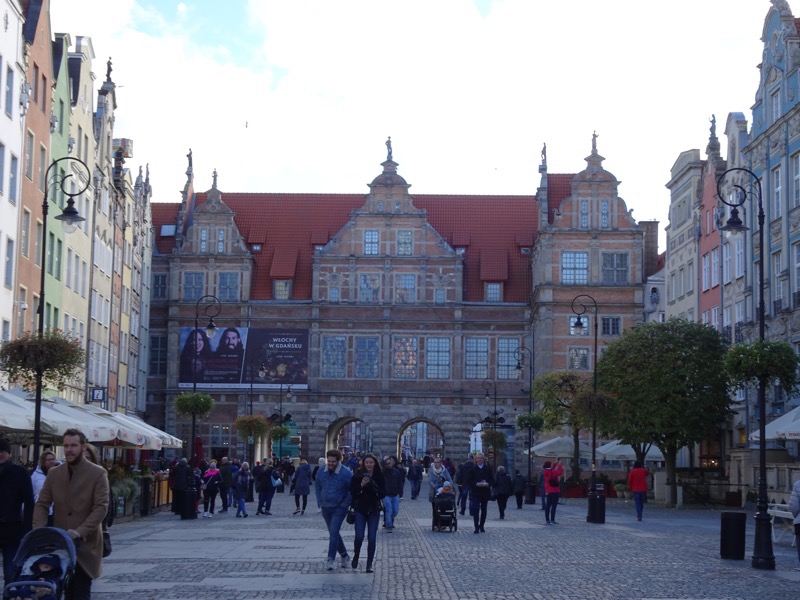
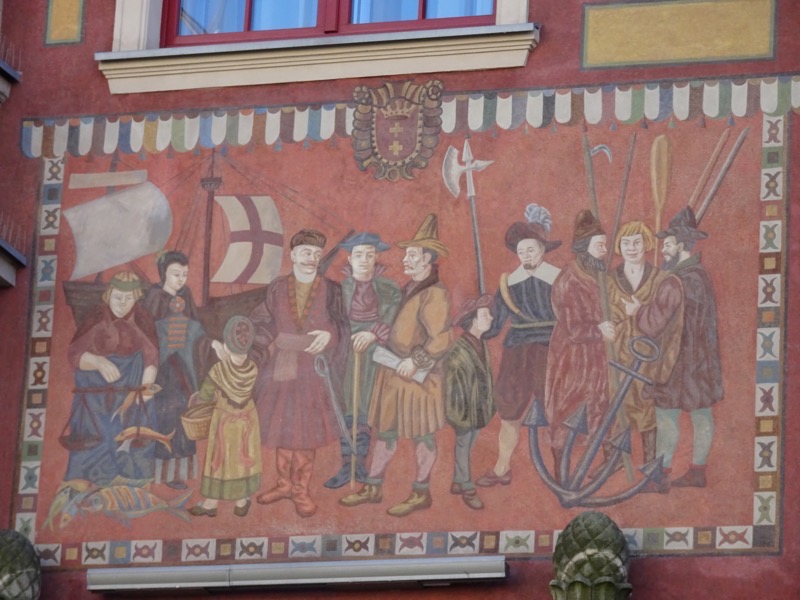 So many beautiful buildings! It’s simply overwhelming… so many beautiful facades to look at and so many wonderfully detailed frontages.
So many beautiful buildings! It’s simply overwhelming… so many beautiful facades to look at and so many wonderfully detailed frontages.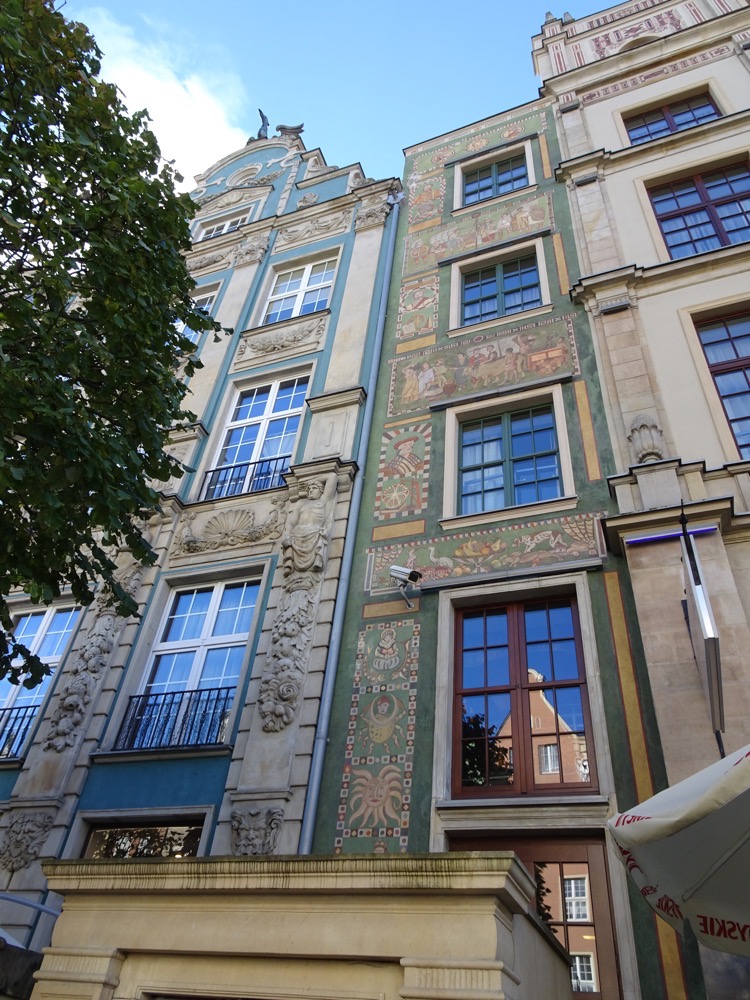
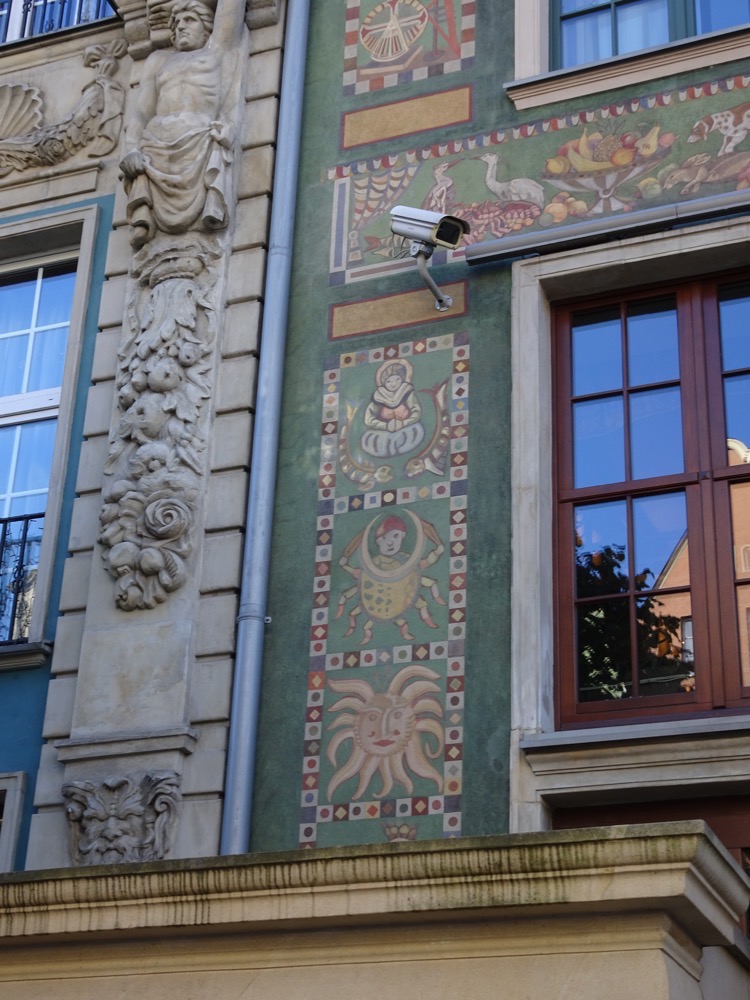
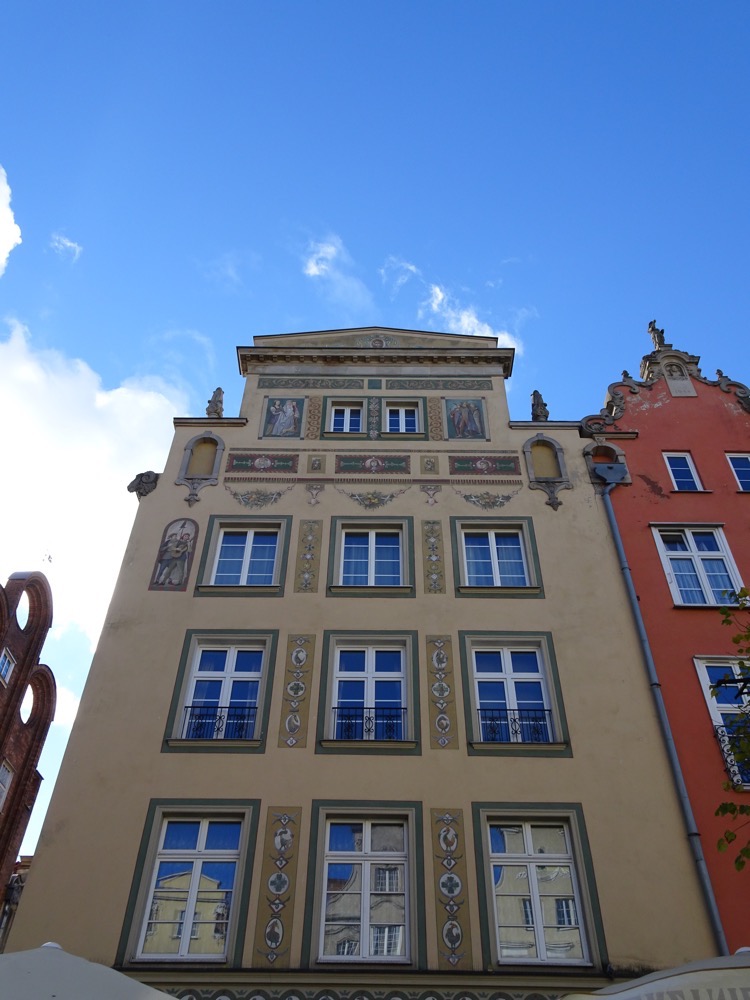
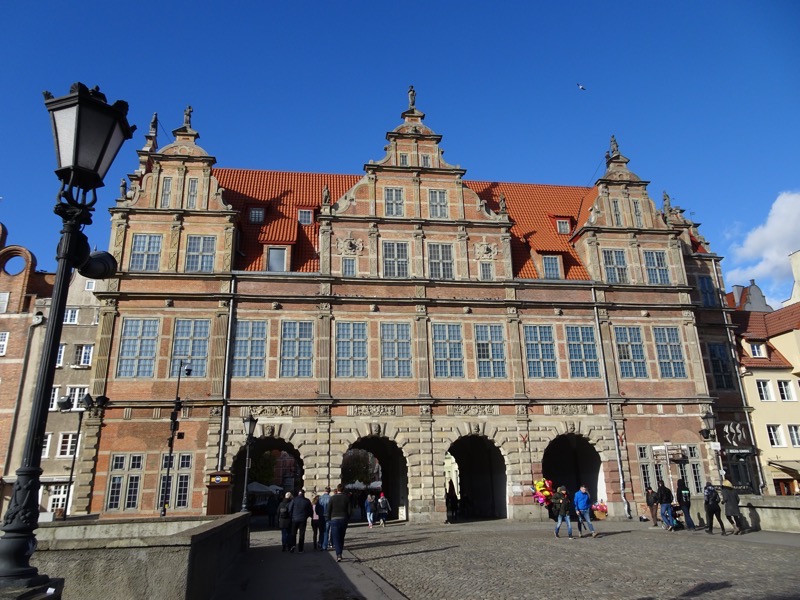
 More tenement buildings lining the river to either side of the Green Gate.
More tenement buildings lining the river to either side of the Green Gate. Across the river is Granary Island – we popped over there very briefly, but it seemed full of modern hotels, a ferris wheel (called the Amber Sky of course) and several bars that appeared to largely cater to American tourists (Jack Lives Here).
Across the river is Granary Island – we popped over there very briefly, but it seemed full of modern hotels, a ferris wheel (called the Amber Sky of course) and several bars that appeared to largely cater to American tourists (Jack Lives Here).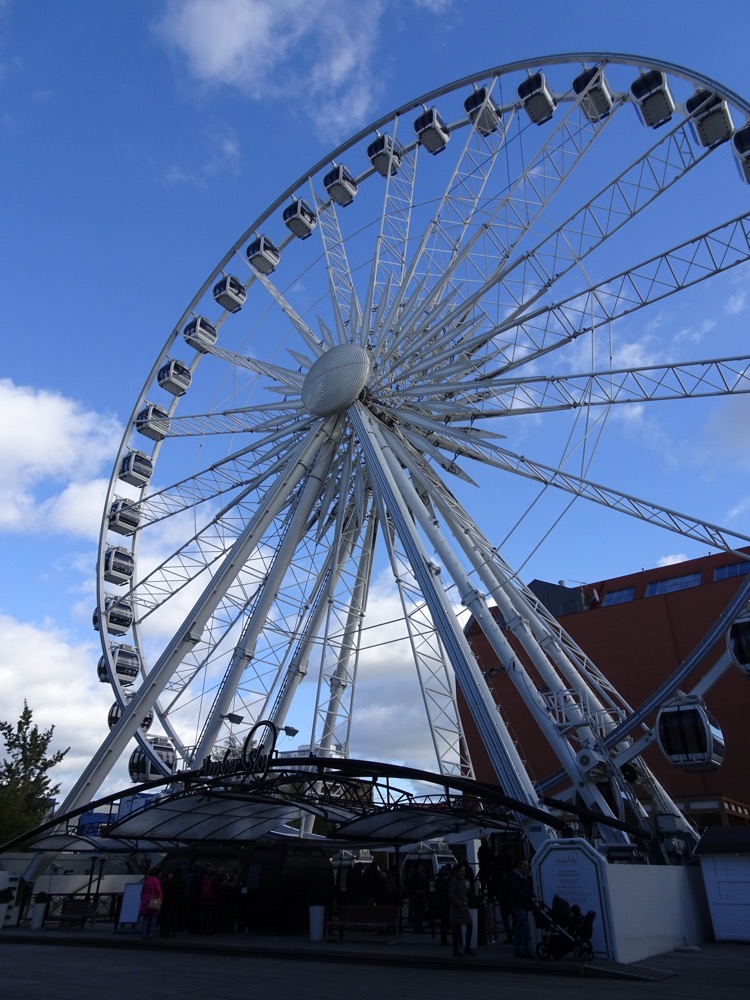
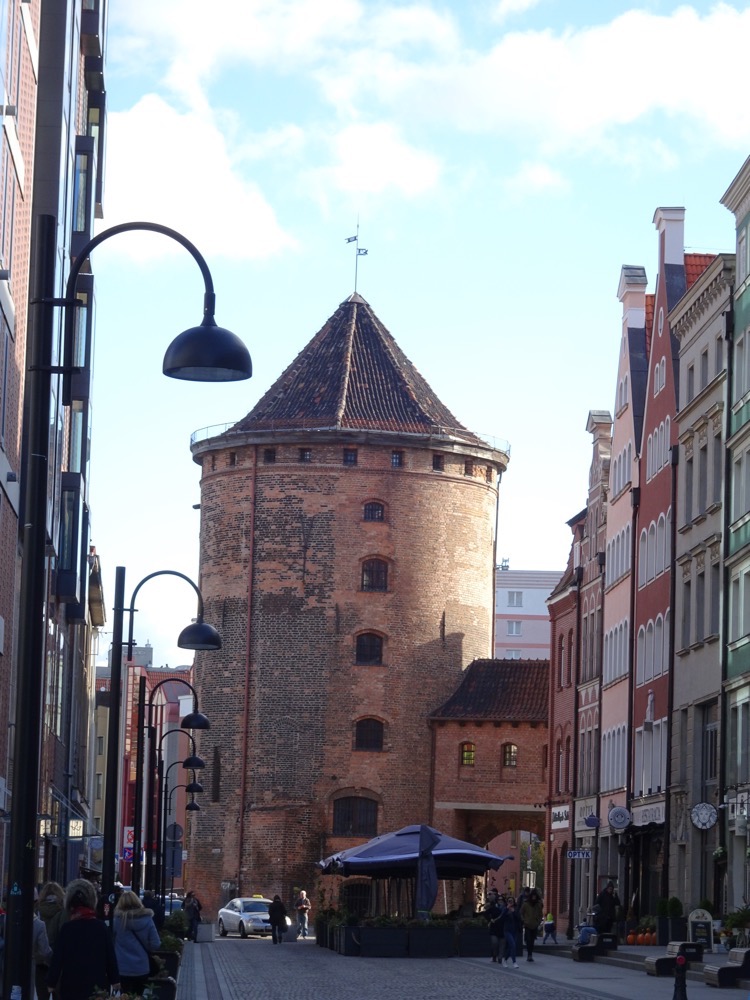 So we made our way along the waterfront and back into the Old Town to meander through more back streets.
So we made our way along the waterfront and back into the Old Town to meander through more back streets.

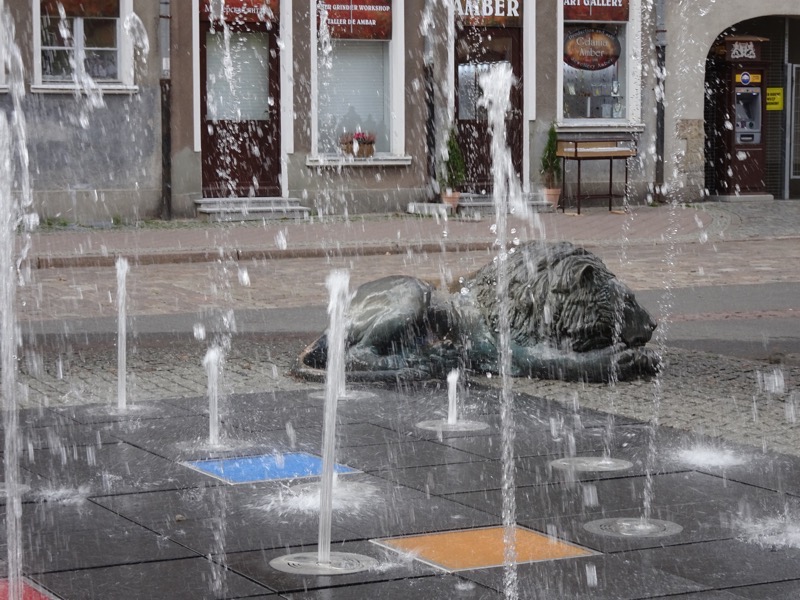 The seemingly modest, Royal Chapel.
The seemingly modest, Royal Chapel.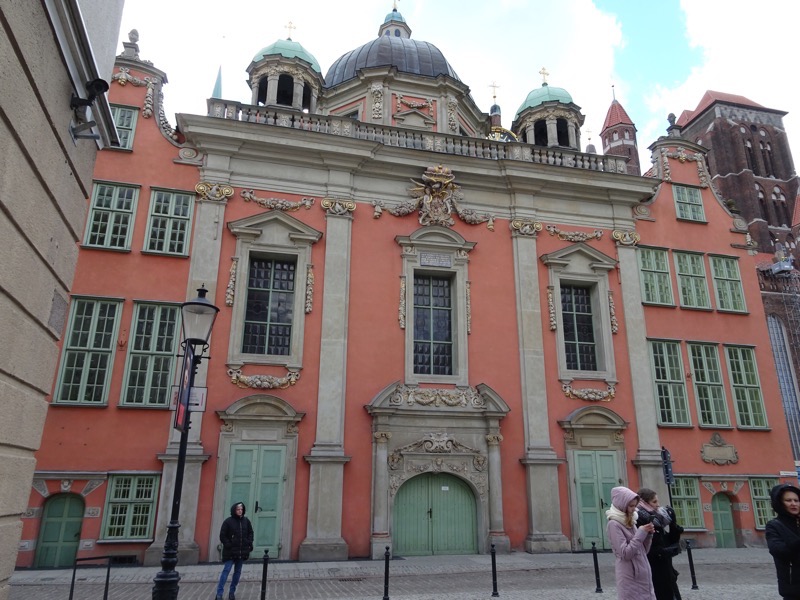 The famous Gdansk treadwheel crane – originally built in 1366, the crane was operated by men in the treadwheel to hoist heavy weights onto ships.
The famous Gdansk treadwheel crane – originally built in 1366, the crane was operated by men in the treadwheel to hoist heavy weights onto ships.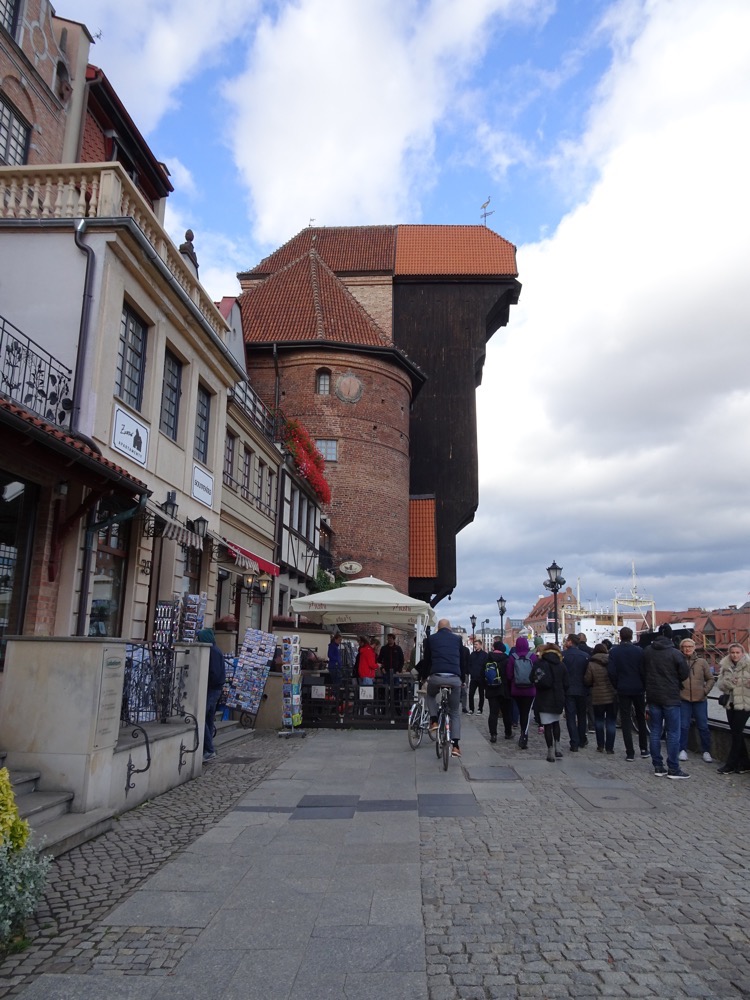
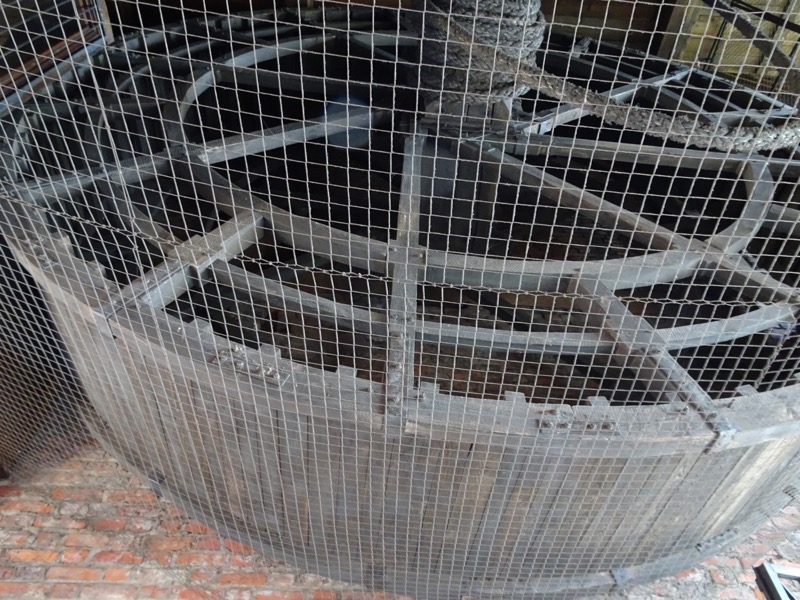
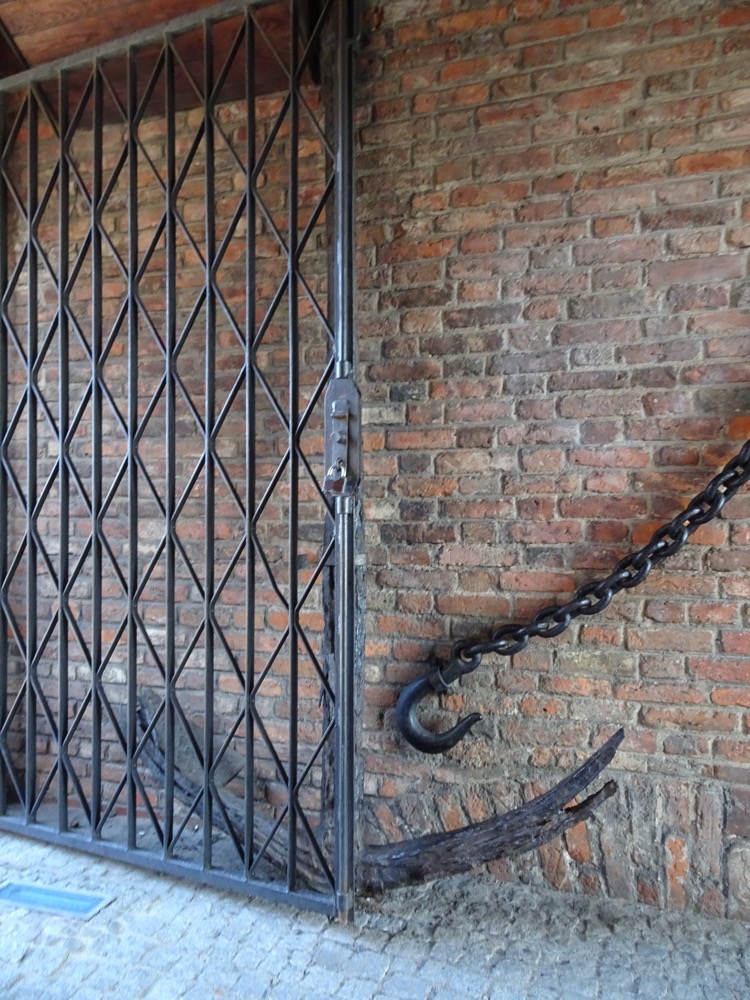
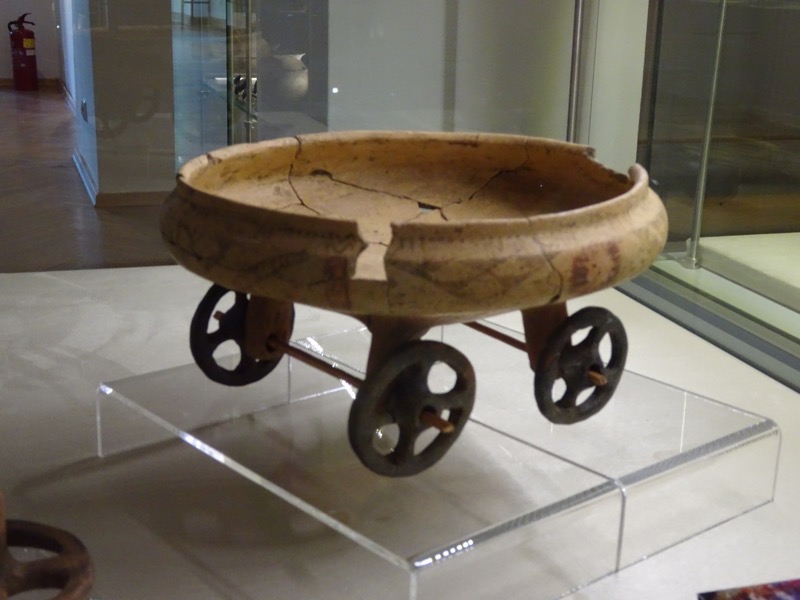
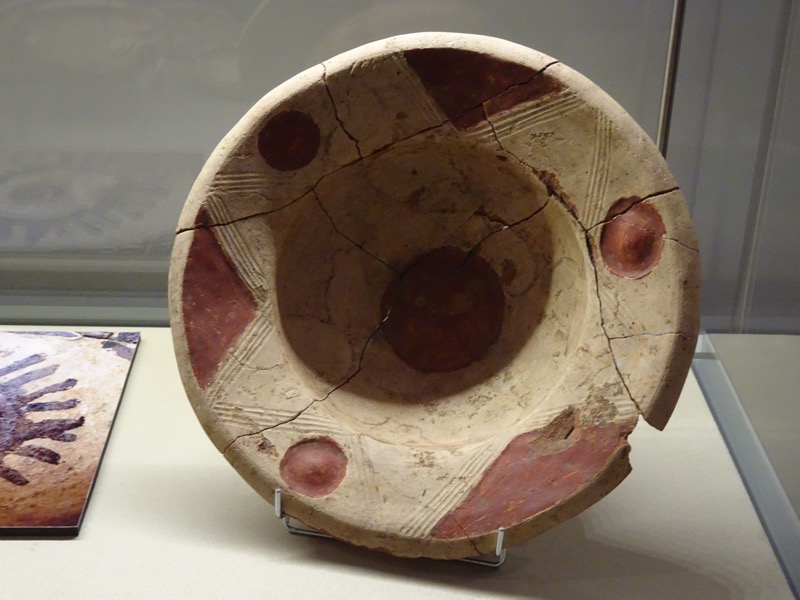
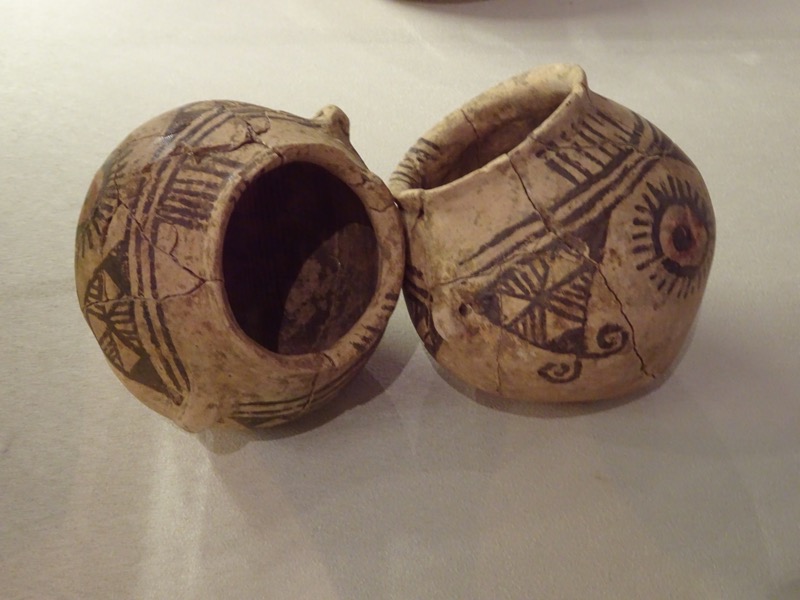
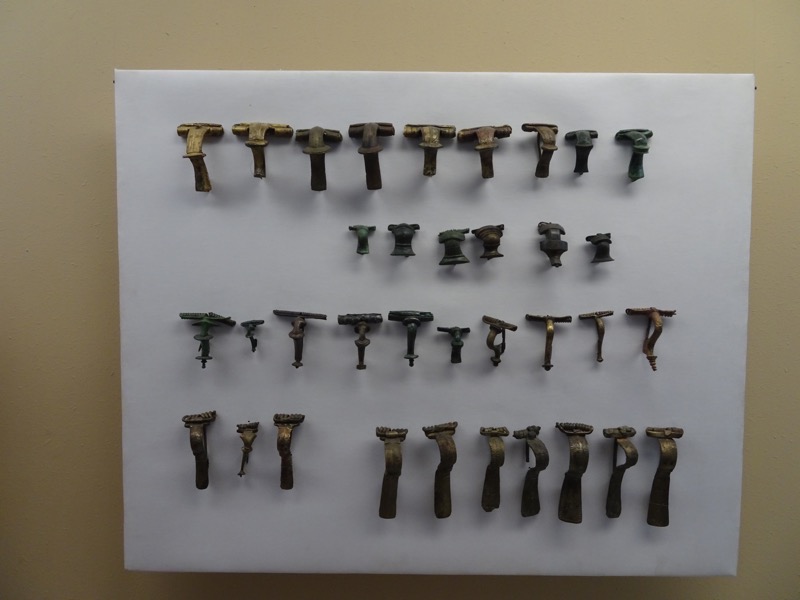
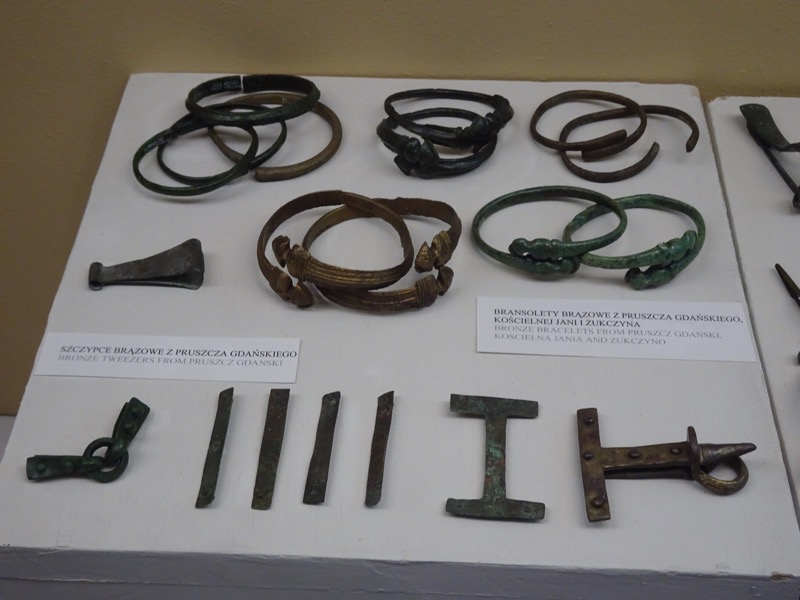
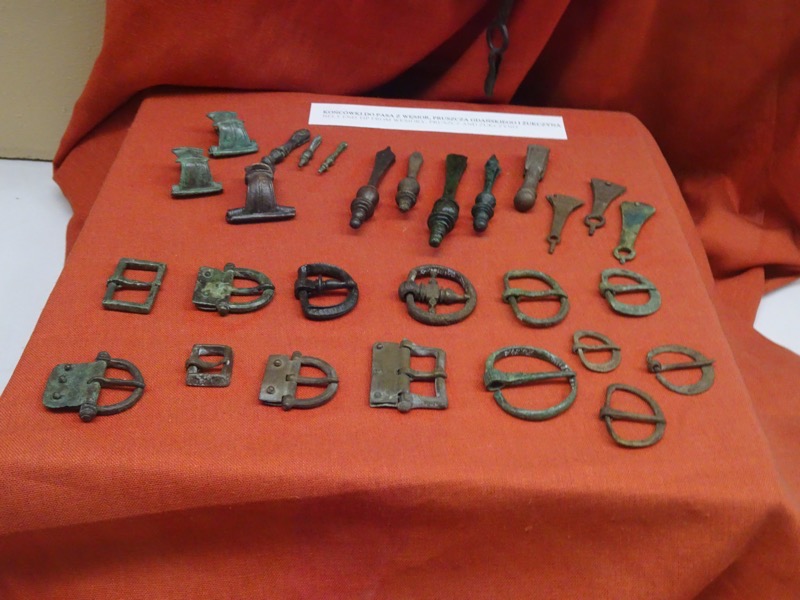
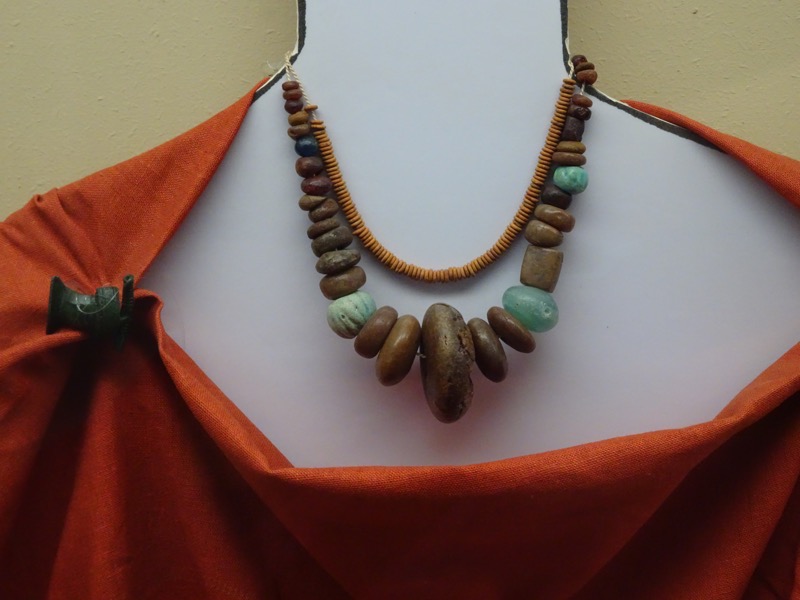
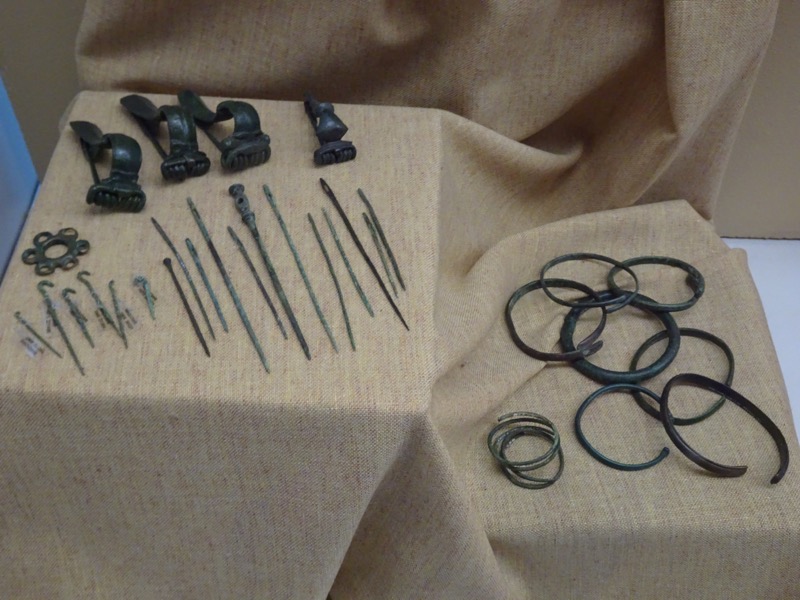
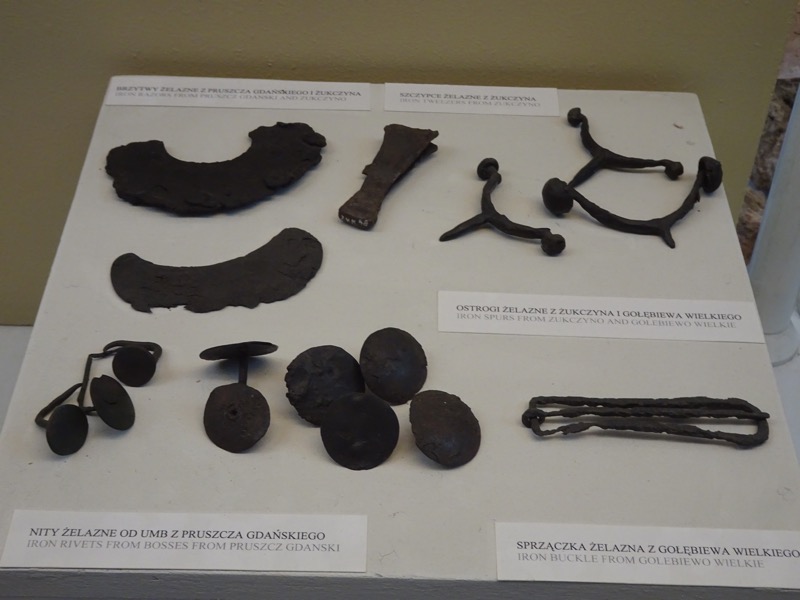
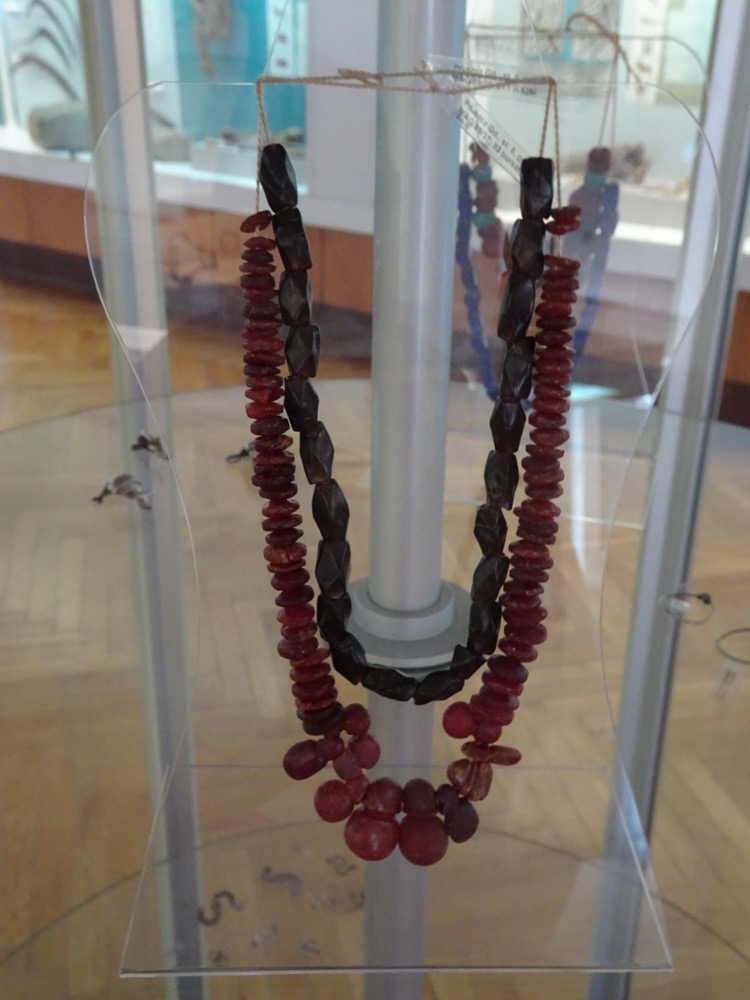
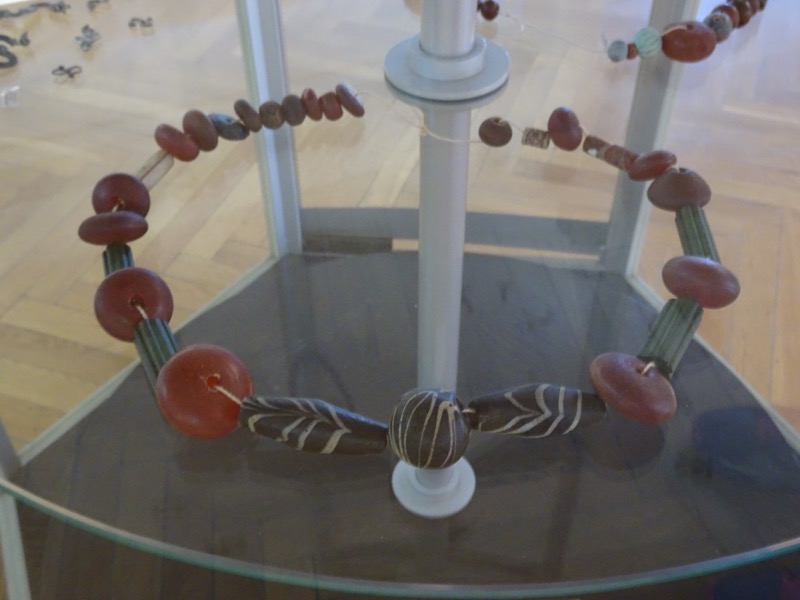
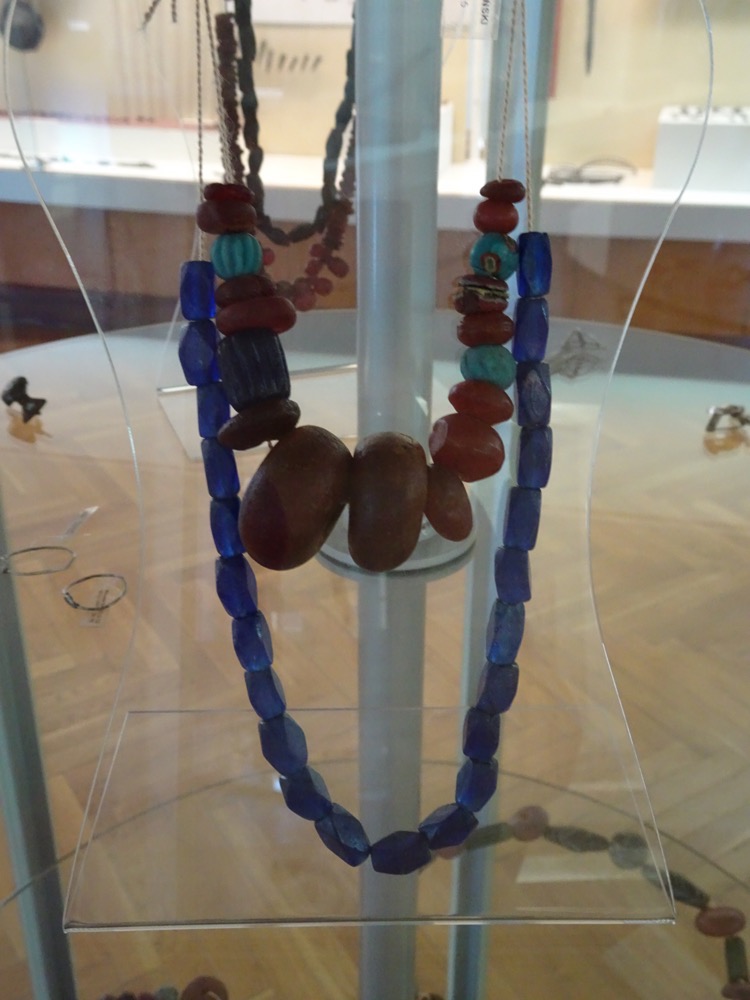
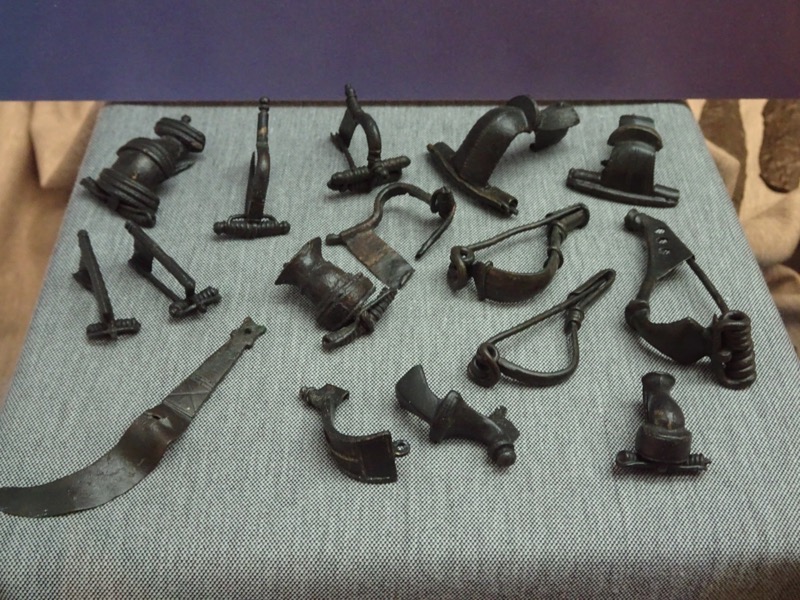


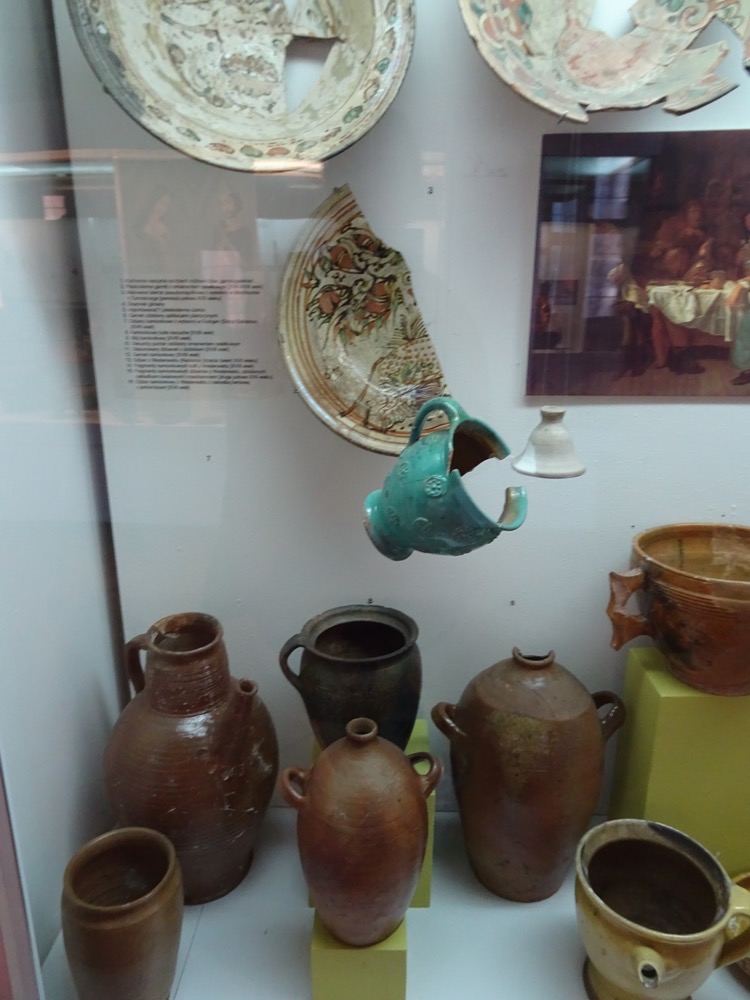
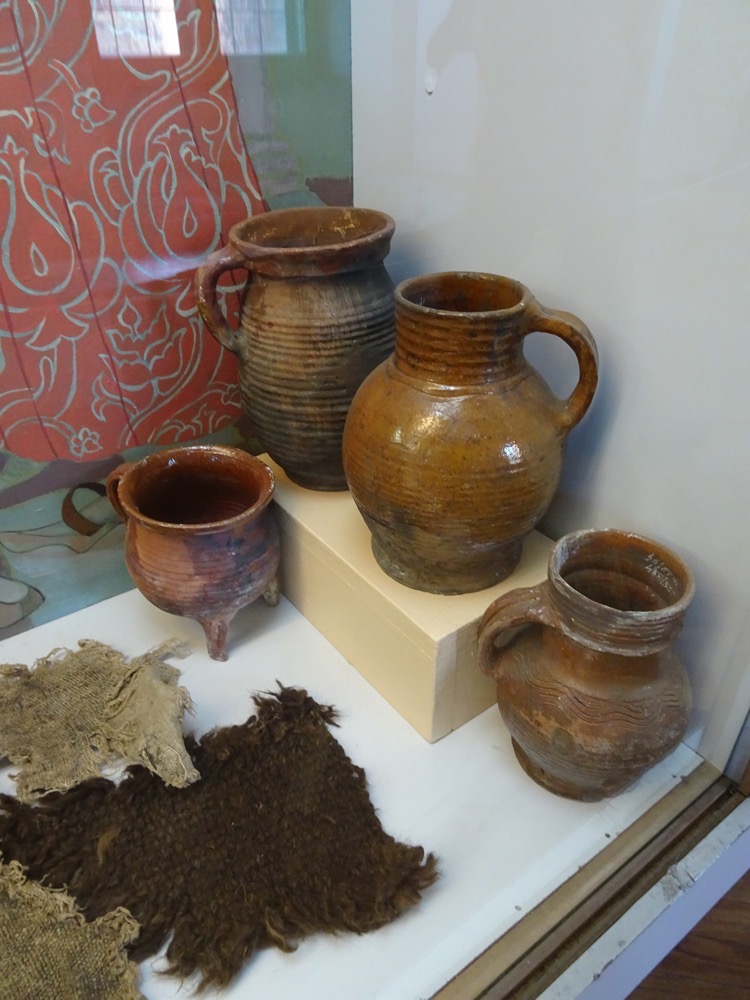
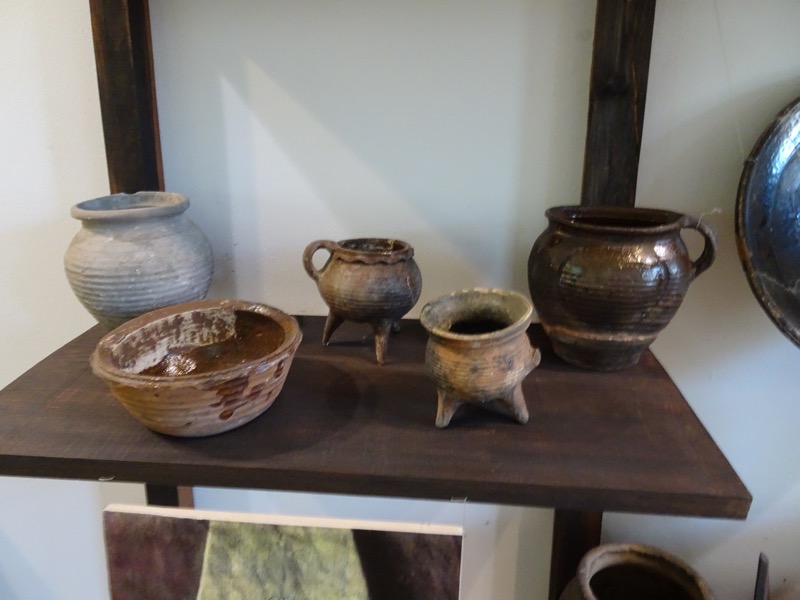
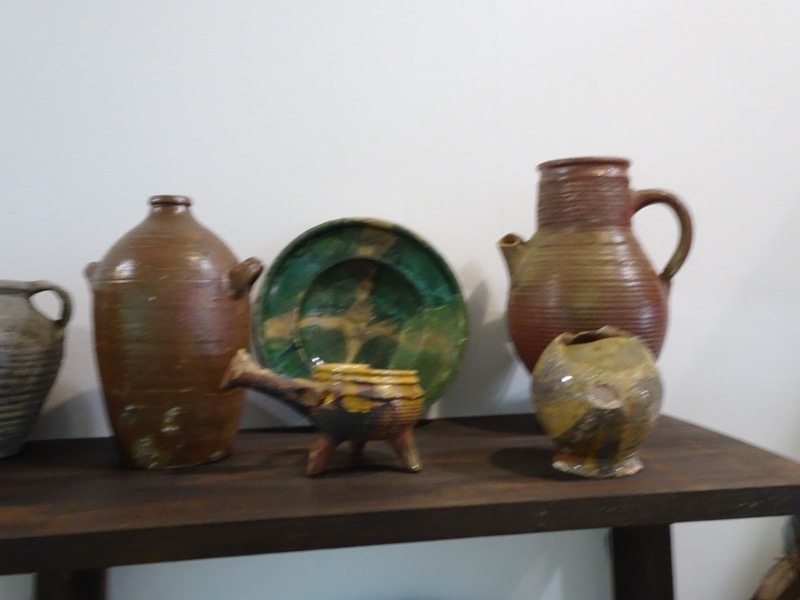

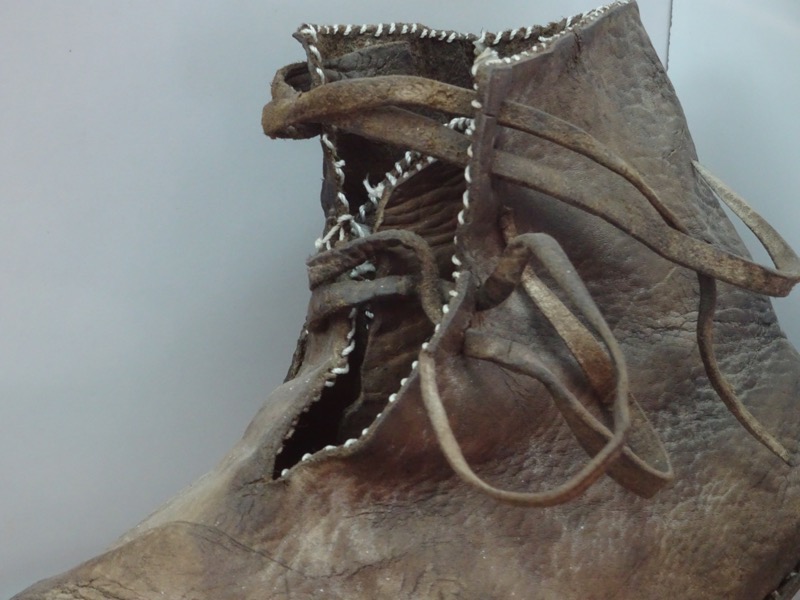
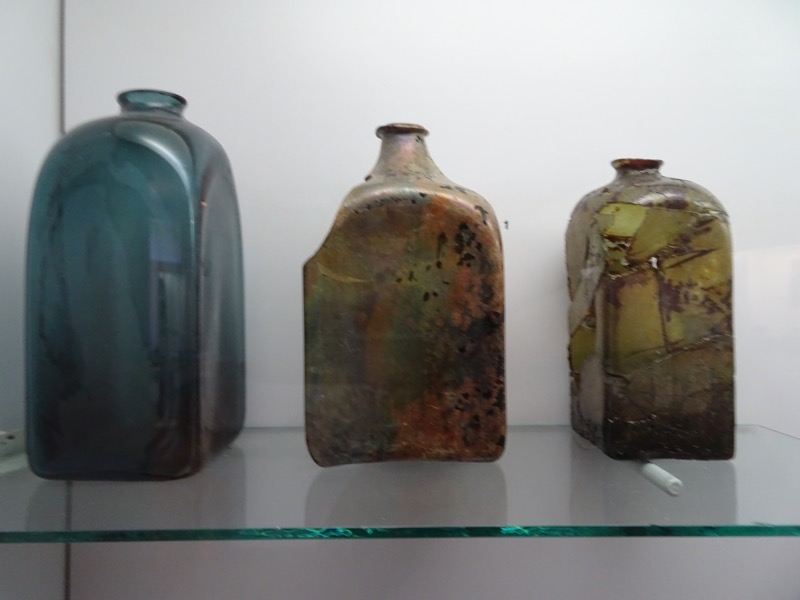 This was marked – it’s a 10th century viking longboat most likely used for trading and not so much for the war and the pillaging bit.
This was marked – it’s a 10th century viking longboat most likely used for trading and not so much for the war and the pillaging bit.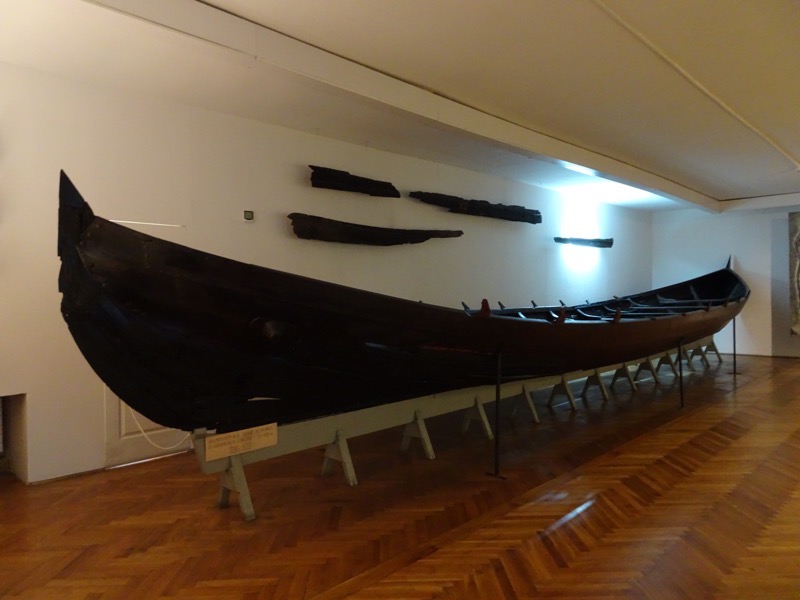
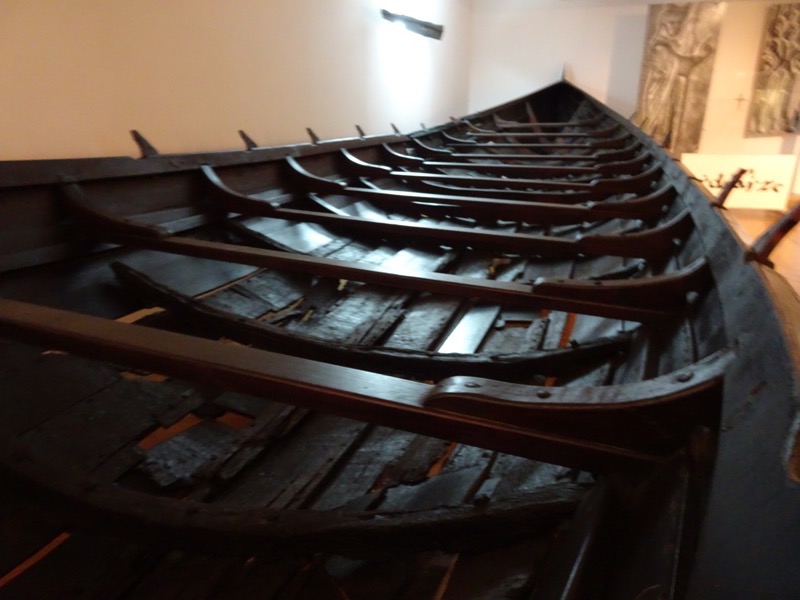
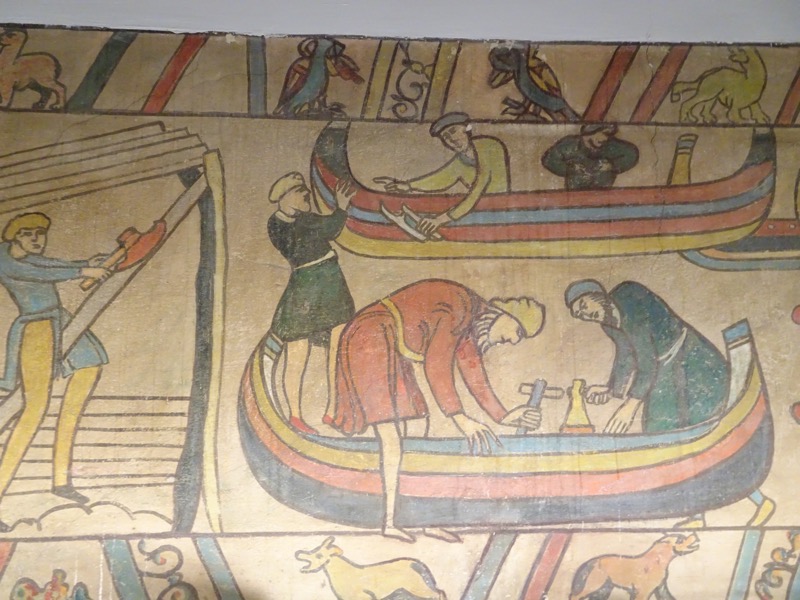
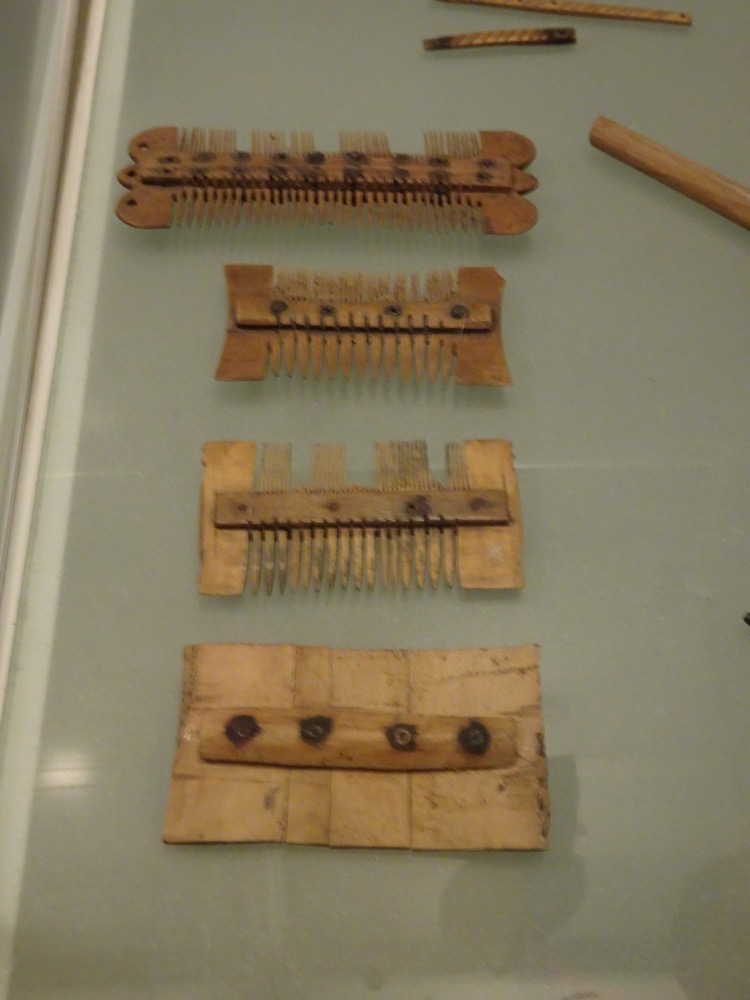
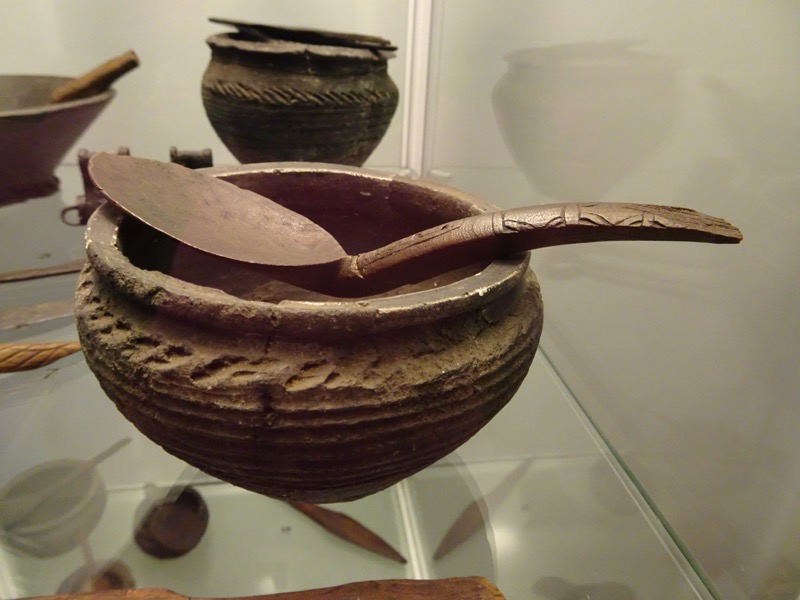
 The most noteable thing about the Gdansk Archeological Museum is how much of their collection was so completely lost during World War II. The Museum apparently had a remarkable collection of artefacts and now it is a hodge podge of what remains.
The most noteable thing about the Gdansk Archeological Museum is how much of their collection was so completely lost during World War II. The Museum apparently had a remarkable collection of artefacts and now it is a hodge podge of what remains.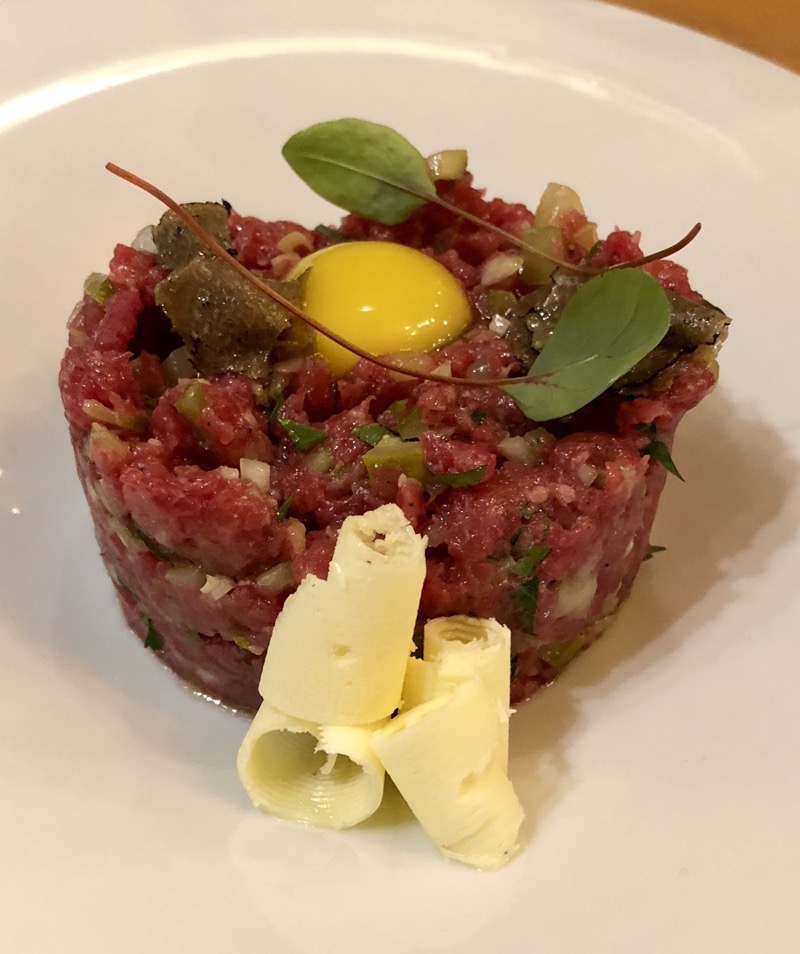 yale splashed out and ordered the Fried Foie Gras which was served with a beetroot sponge and truffle mousse – the sponge was light and fluffy as to be souffle-like, and the foie gras was rich and in a really meaty flavoursome sauce.
yale splashed out and ordered the Fried Foie Gras which was served with a beetroot sponge and truffle mousse – the sponge was light and fluffy as to be souffle-like, and the foie gras was rich and in a really meaty flavoursome sauce.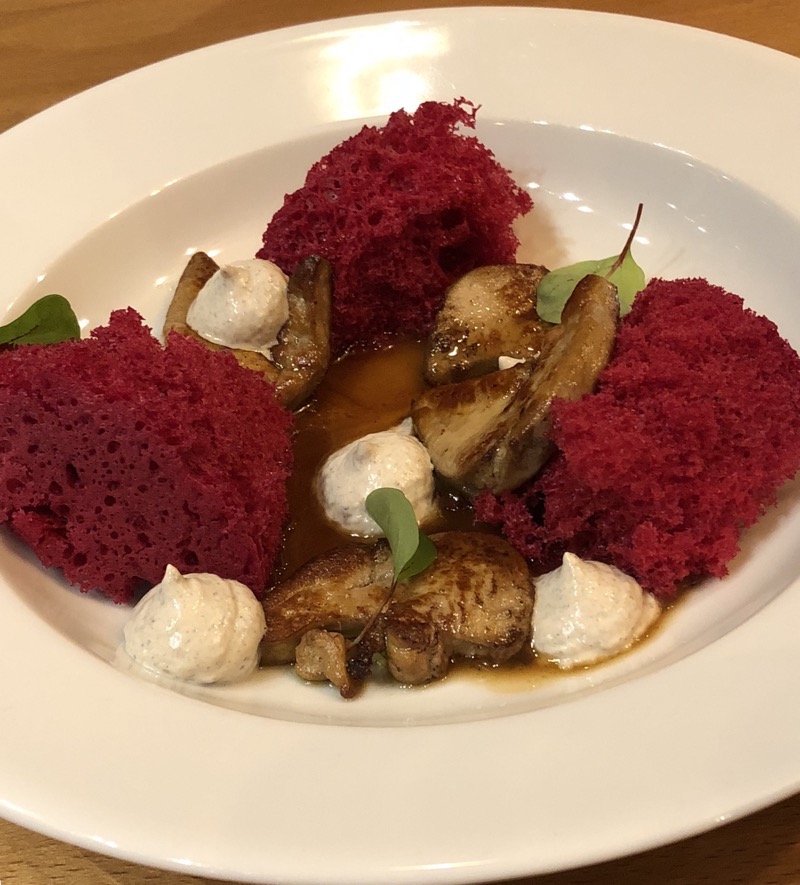 For a main, I ordered the Pork Tenderloin that came wrapped in bacon was served with pearl buckwheat and caramelised red onion jam. Fabulous!
For a main, I ordered the Pork Tenderloin that came wrapped in bacon was served with pearl buckwheat and caramelised red onion jam. Fabulous!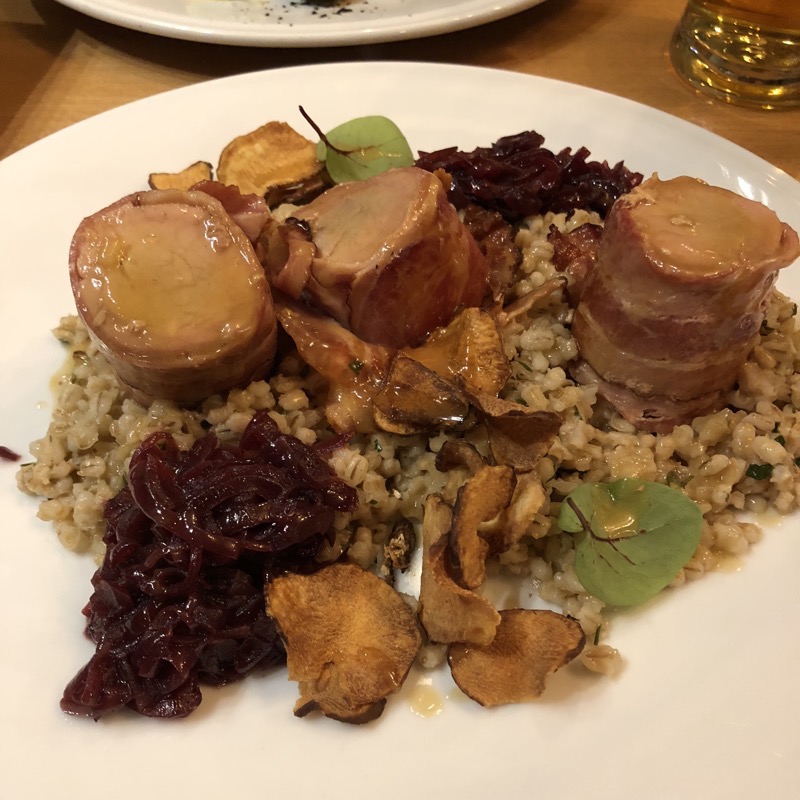 And becaue yale is a bottomless pit, he ordered two mains, Greased “Russian” dumplings with curd cheese filling served with bacon sprinkles and sour cream (the Polish love their sour cream!). These were very tasty also but a bit stodgy for my liking.
And becaue yale is a bottomless pit, he ordered two mains, Greased “Russian” dumplings with curd cheese filling served with bacon sprinkles and sour cream (the Polish love their sour cream!). These were very tasty also but a bit stodgy for my liking.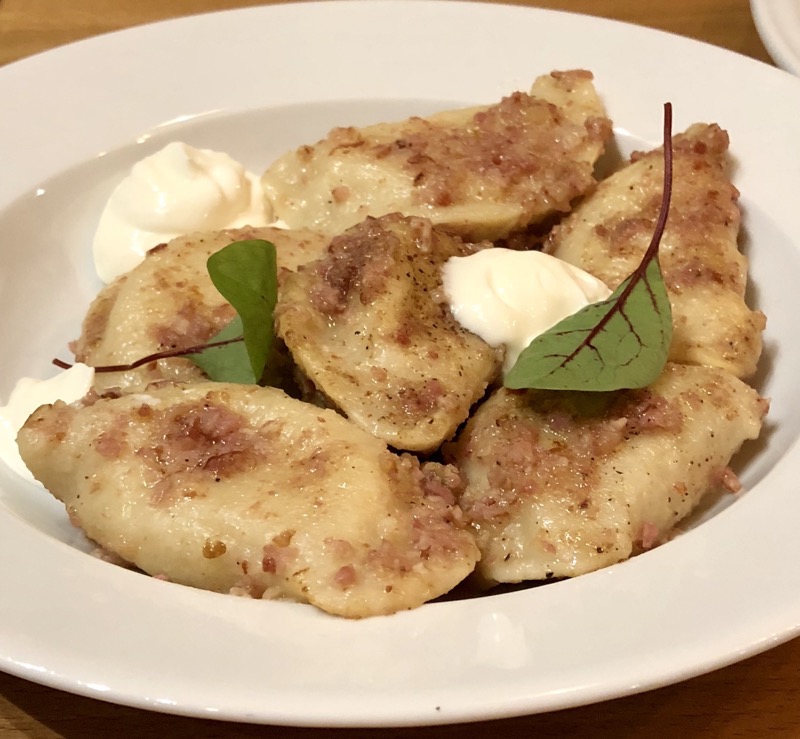 And he also had the Guinea Fowl breast served with truffle potatoes and a vegetable ratatouille… which was also really really good.
And he also had the Guinea Fowl breast served with truffle potatoes and a vegetable ratatouille… which was also really really good.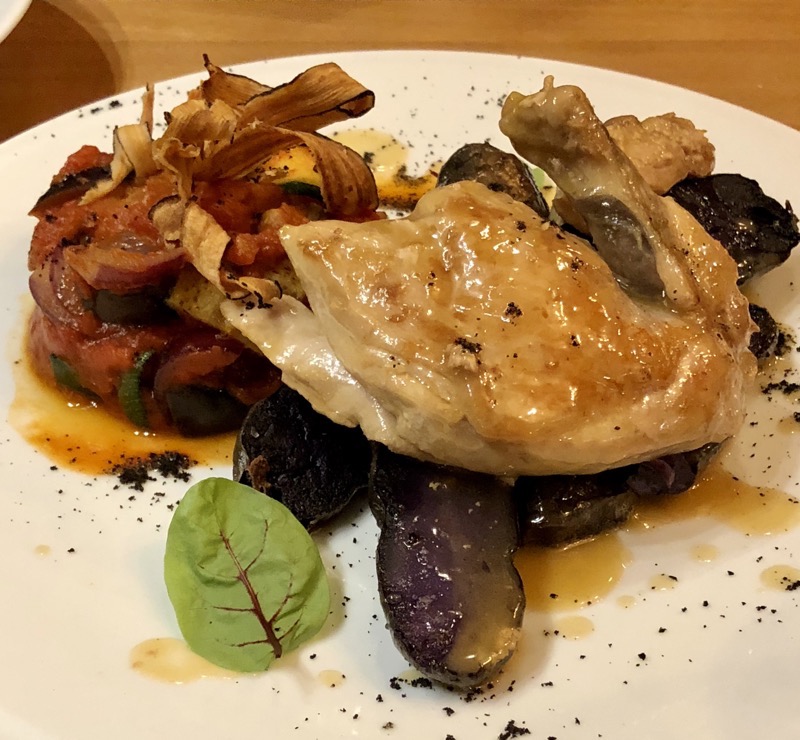 After this, we had to decline dessert – as the portions were much larger than you normally encounter in high-end restaurants. But our waiter was having none of that, said we can’t end our meal there and he brought us some complimentary freezing cold, cherry vodka liqueurs to try.
After this, we had to decline dessert – as the portions were much larger than you normally encounter in high-end restaurants. But our waiter was having none of that, said we can’t end our meal there and he brought us some complimentary freezing cold, cherry vodka liqueurs to try.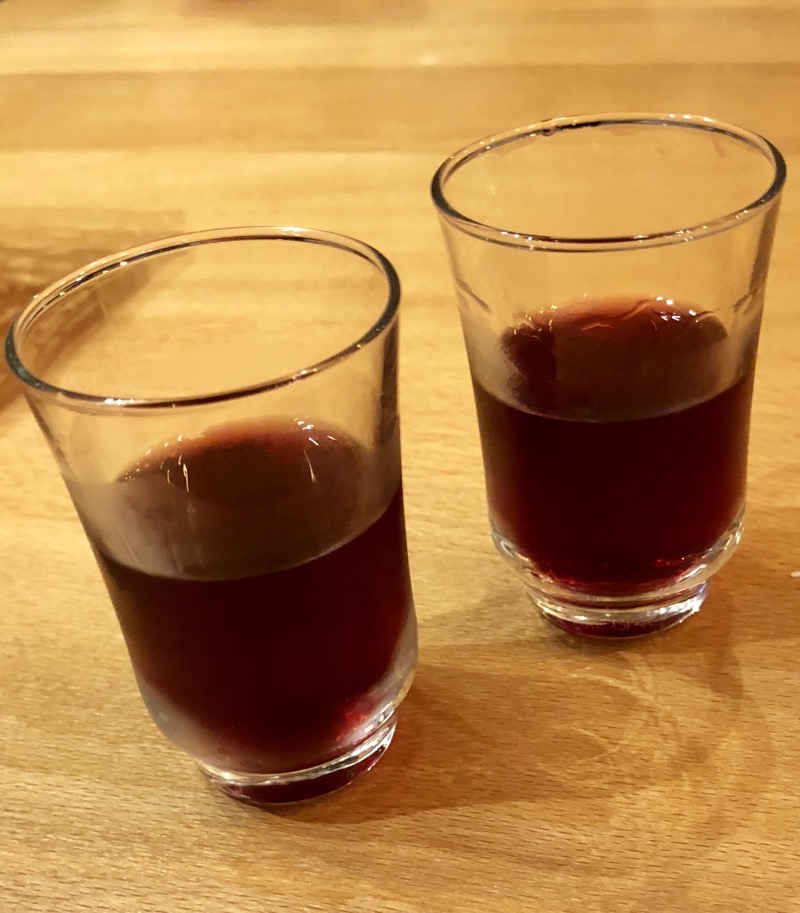 This stuff is amazing -Lubelska Wisniowka Cherry Vodka – I’m not normally one for cherry flavoured anything, but served freezing cold, it certainly warmed the cockles quicker than anything I’ve ever tried. Only 30% alcohol, I could have had two more.
This stuff is amazing -Lubelska Wisniowka Cherry Vodka – I’m not normally one for cherry flavoured anything, but served freezing cold, it certainly warmed the cockles quicker than anything I’ve ever tried. Only 30% alcohol, I could have had two more.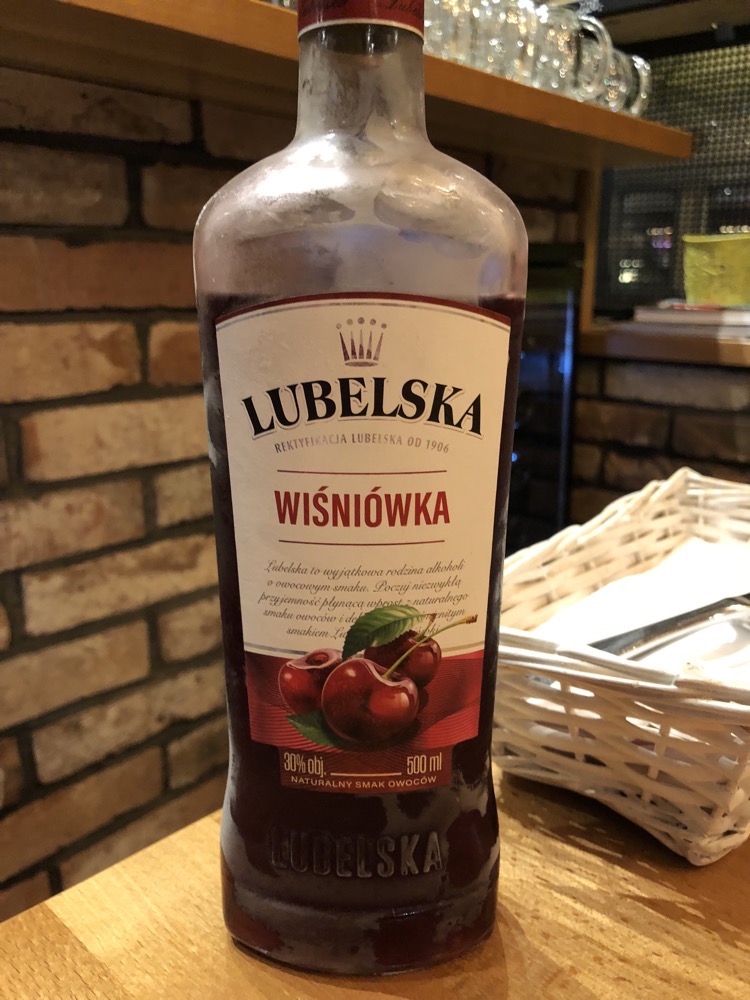
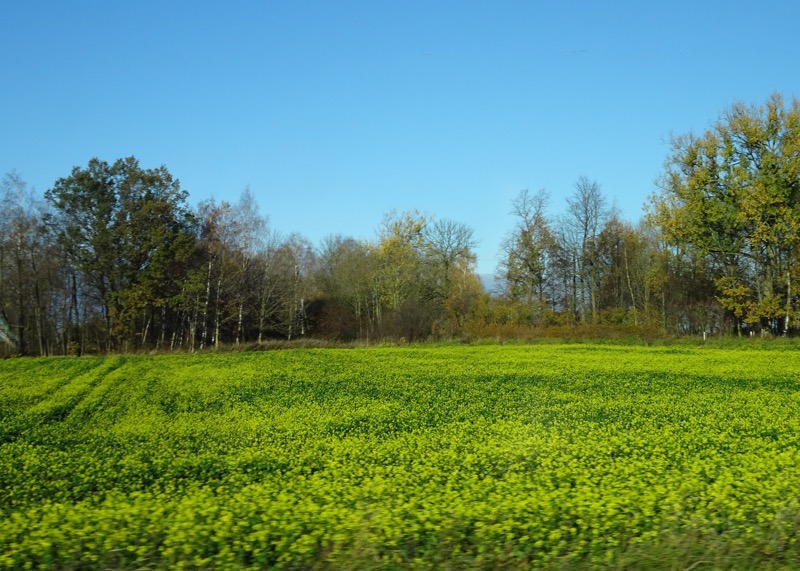
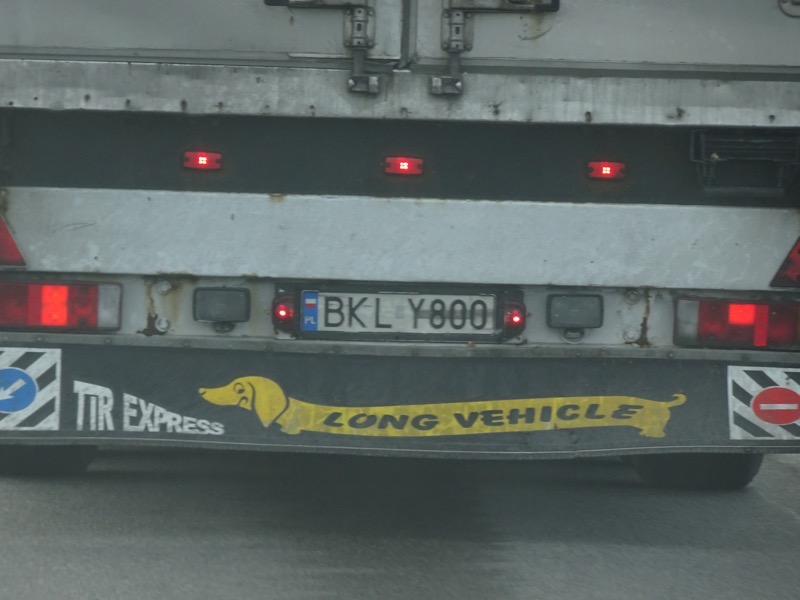
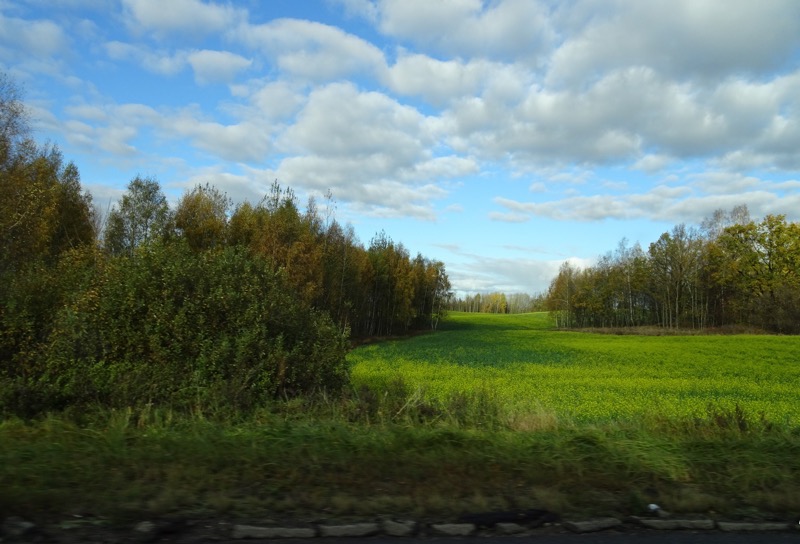 I think I blinked and missed the Latvia border… Oh, well. Goodbye Lithuania and welcome to Poland! Here, have a disused border building, some indecipherable signage and an immediately discernible downgrade in road quality.
I think I blinked and missed the Latvia border… Oh, well. Goodbye Lithuania and welcome to Poland! Here, have a disused border building, some indecipherable signage and an immediately discernible downgrade in road quality. 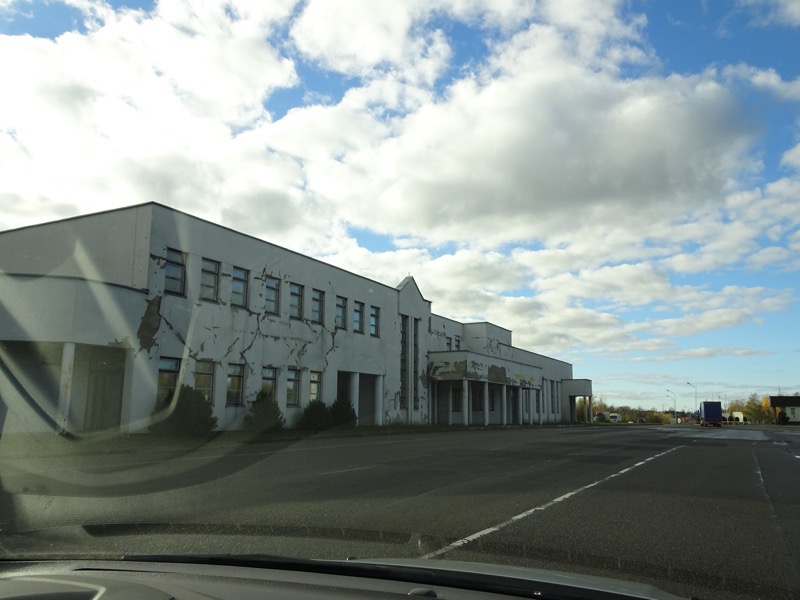
 Thankfully, we got to keep the pretty landscapes.
Thankfully, we got to keep the pretty landscapes.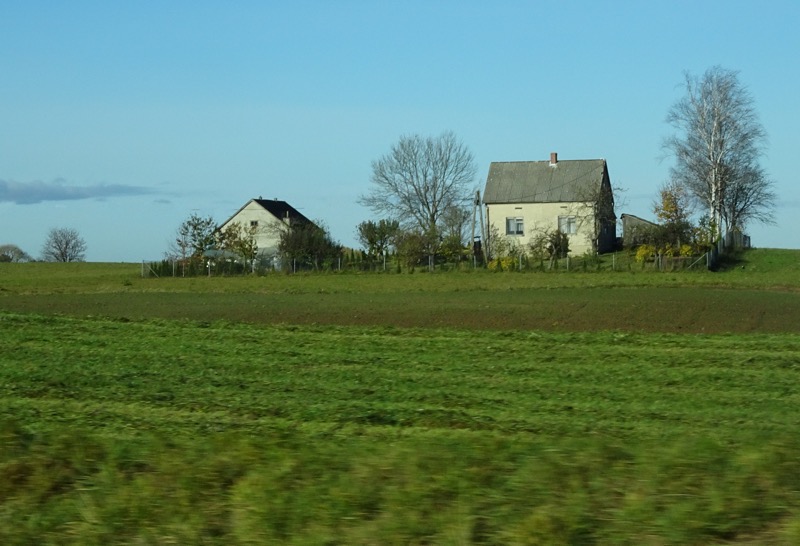
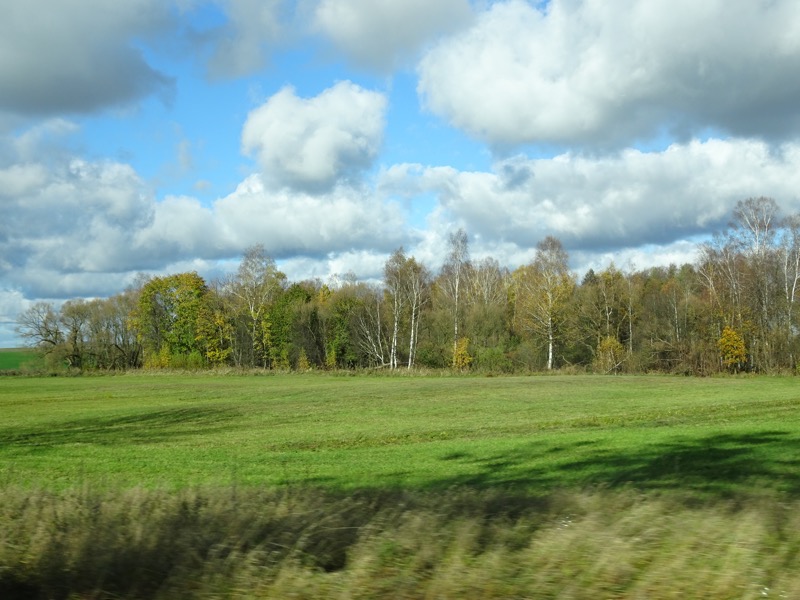
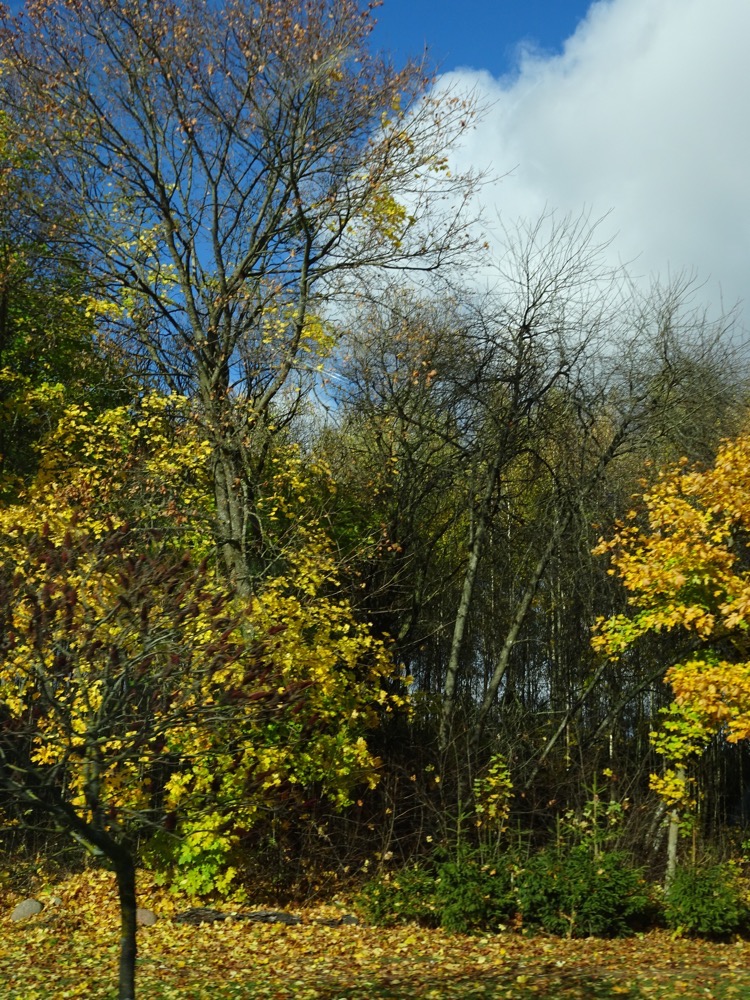

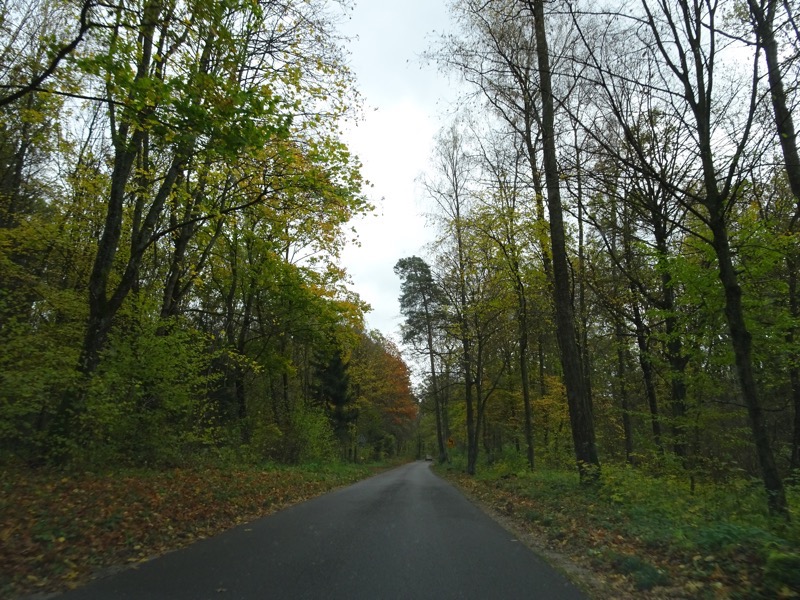 Hitler’s Wolf’s Lair complex is enormous – at roughly 6.5 km2 it was built by June 1941 to house the nearly 2,000 people who would come to live and work in the compound. Among the workers were twenty women who were
Hitler’s Wolf’s Lair complex is enormous – at roughly 6.5 km2 it was built by June 1941 to house the nearly 2,000 people who would come to live and work in the compound. Among the workers were twenty women who were 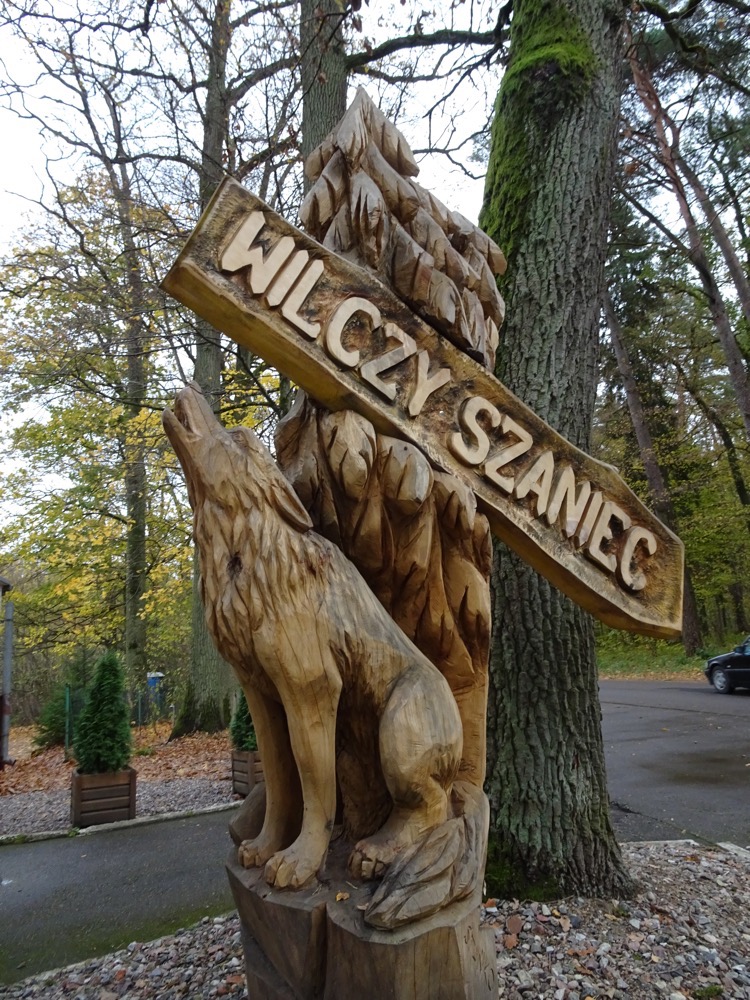
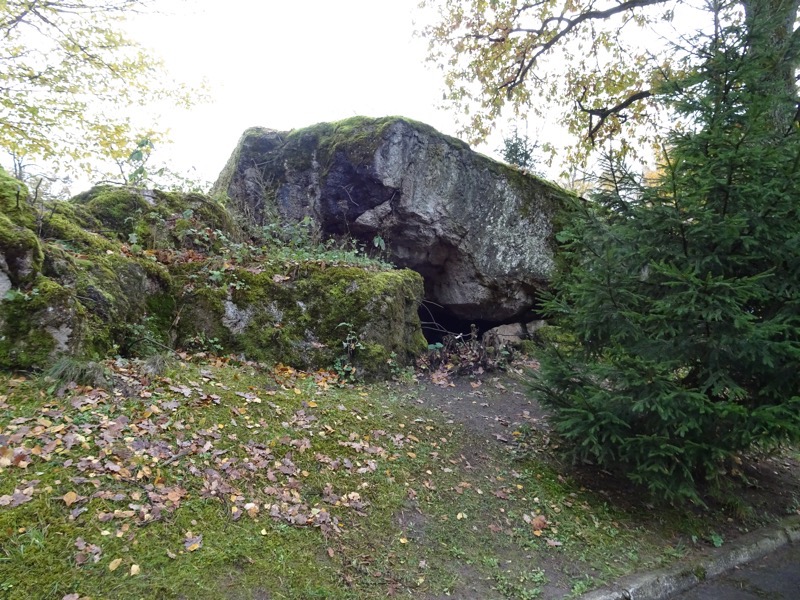
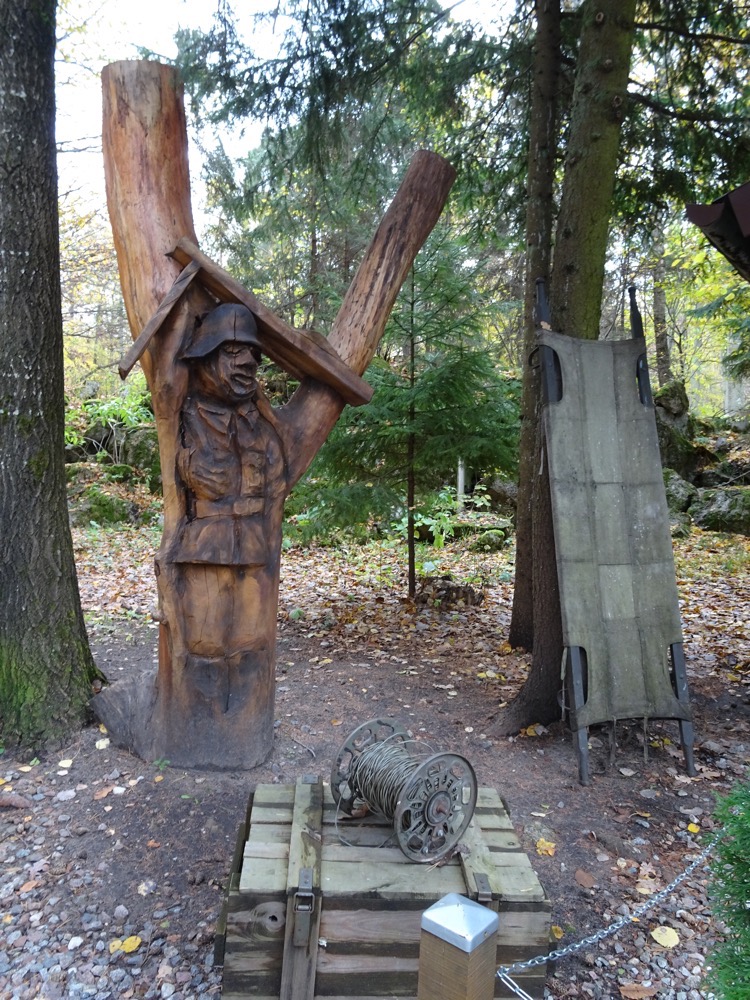
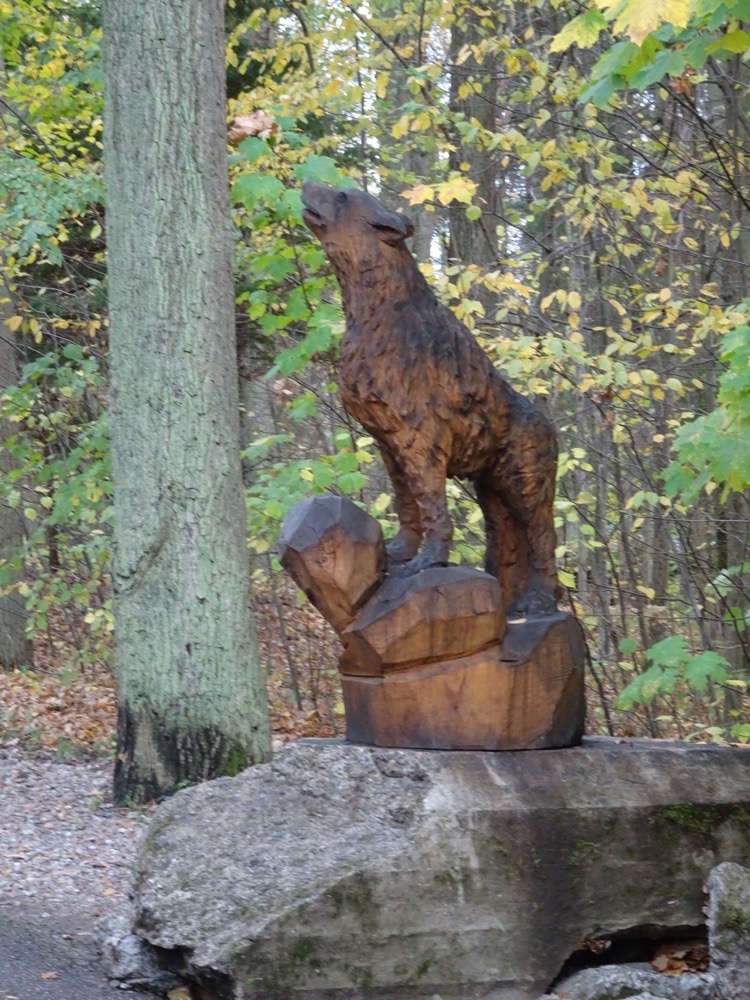 RSD Command Centre – Reichssicherheitsdienst, a Nazi SS security command post that was responsible for all aspects of security for the complex.
RSD Command Centre – Reichssicherheitsdienst, a Nazi SS security command post that was responsible for all aspects of security for the complex.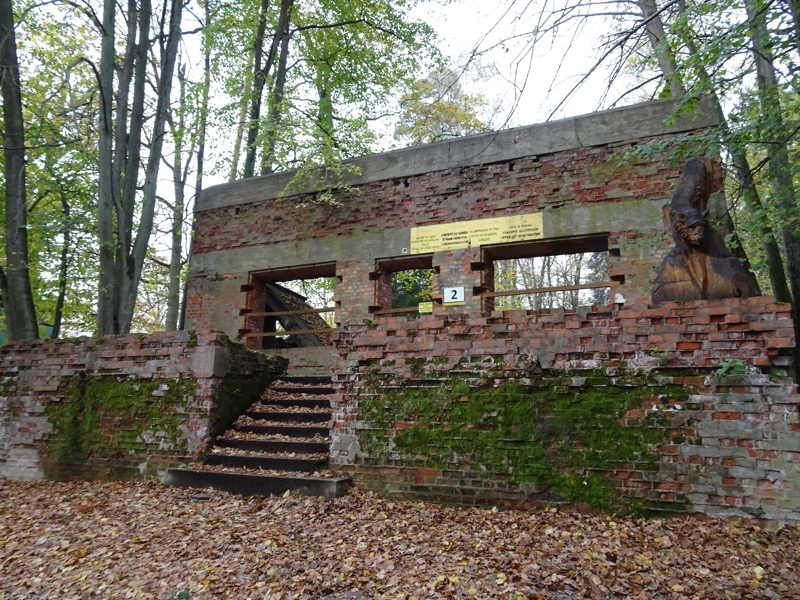 Security was arranged in three concentric circles around the compound:
Security was arranged in three concentric circles around the compound: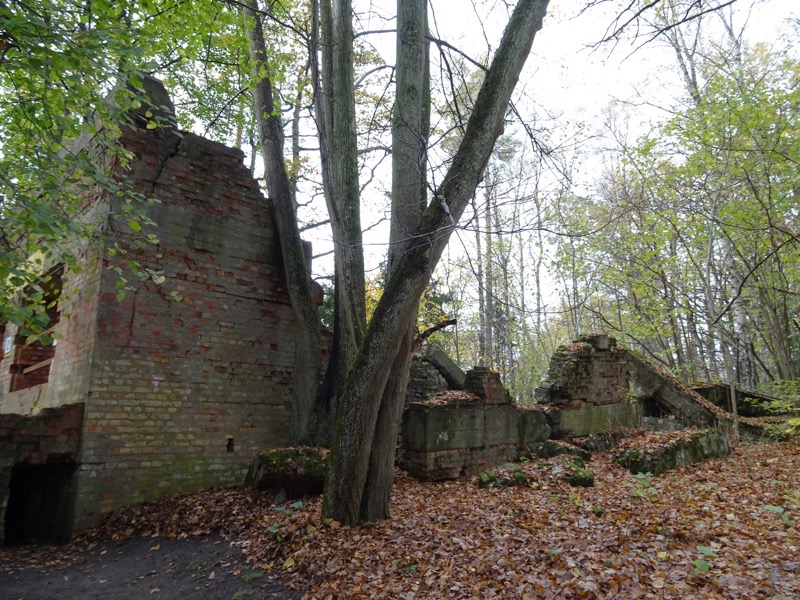 Nearly all the bunkers seem to have basement air raid shelters or armament storage underneath them.
Nearly all the bunkers seem to have basement air raid shelters or armament storage underneath them.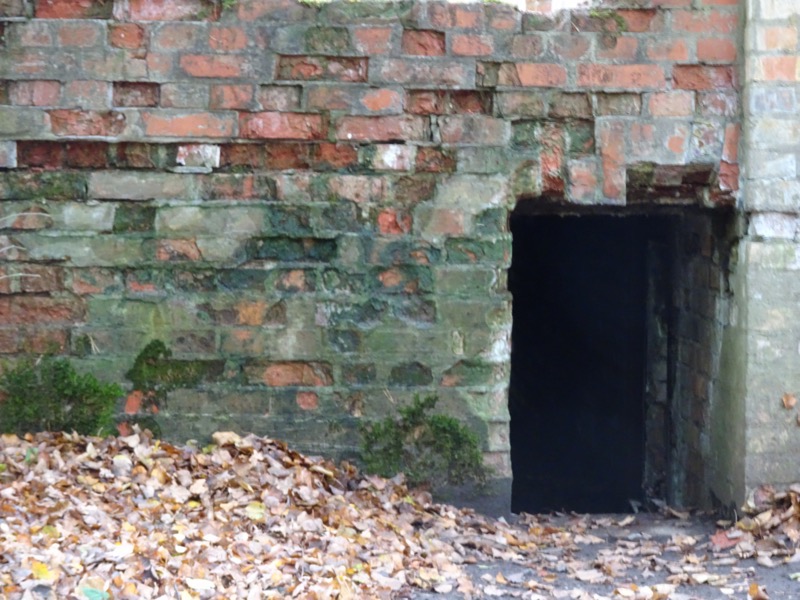 Inside the bunkers were a maze of corridors, conference rooms, workspaces and shelters.
Inside the bunkers were a maze of corridors, conference rooms, workspaces and shelters.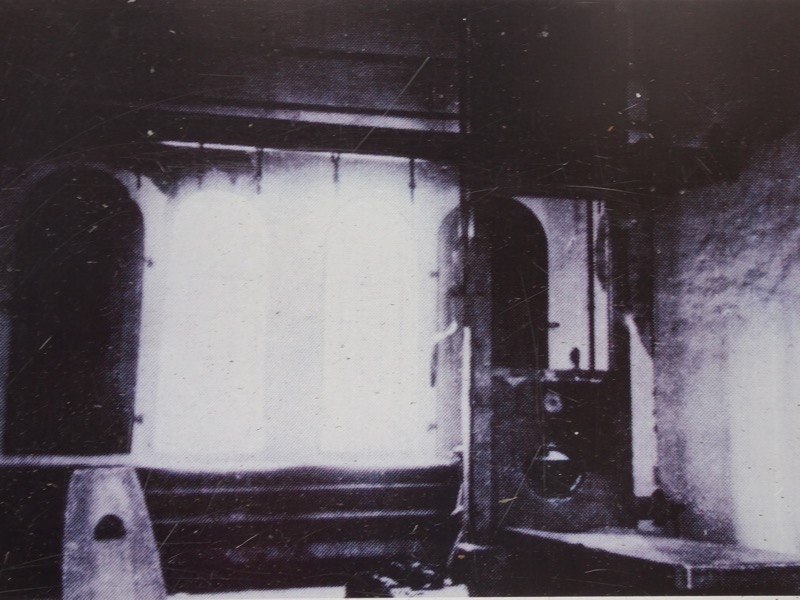
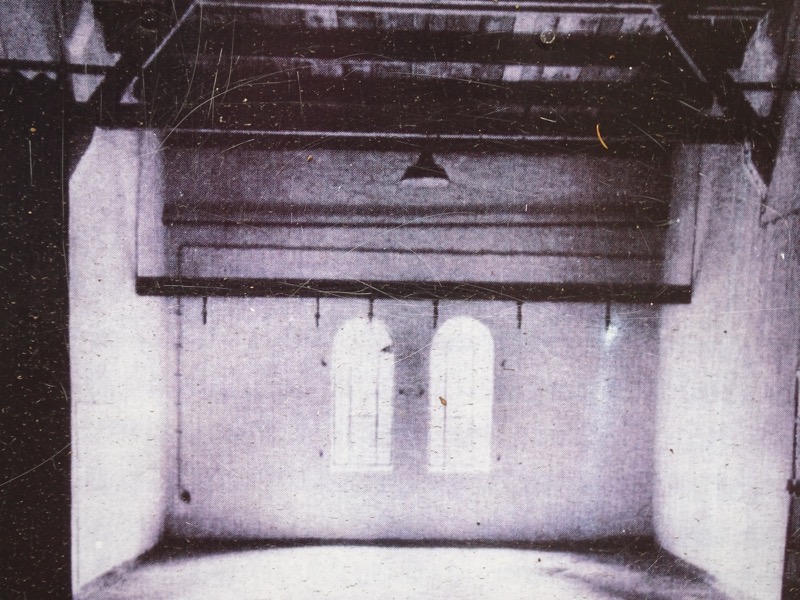
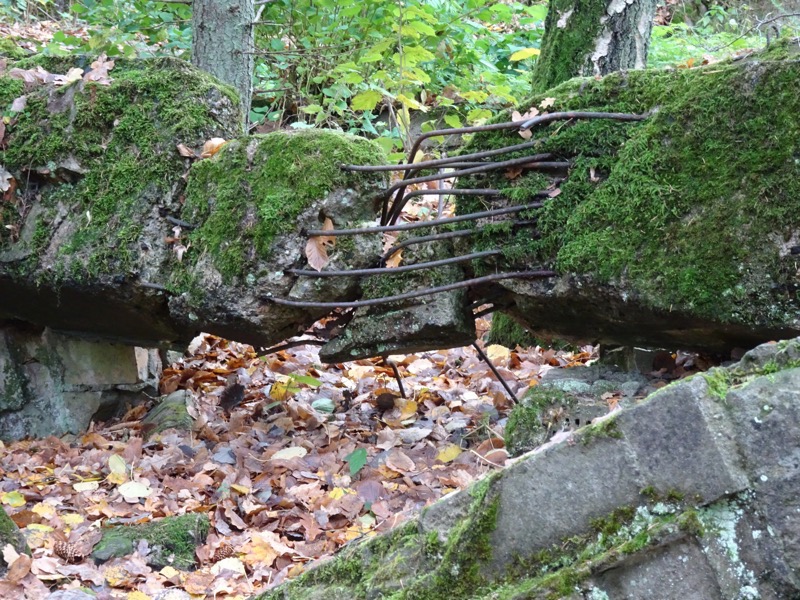 The Wolf’s Lair has several monuments and memorials that have been created to commemorate the people who were associated with this place in WWII, particularly those who did the difficult work of destroying it and making the surrounding areas safe from landmines.
The Wolf’s Lair has several monuments and memorials that have been created to commemorate the people who were associated with this place in WWII, particularly those who did the difficult work of destroying it and making the surrounding areas safe from landmines.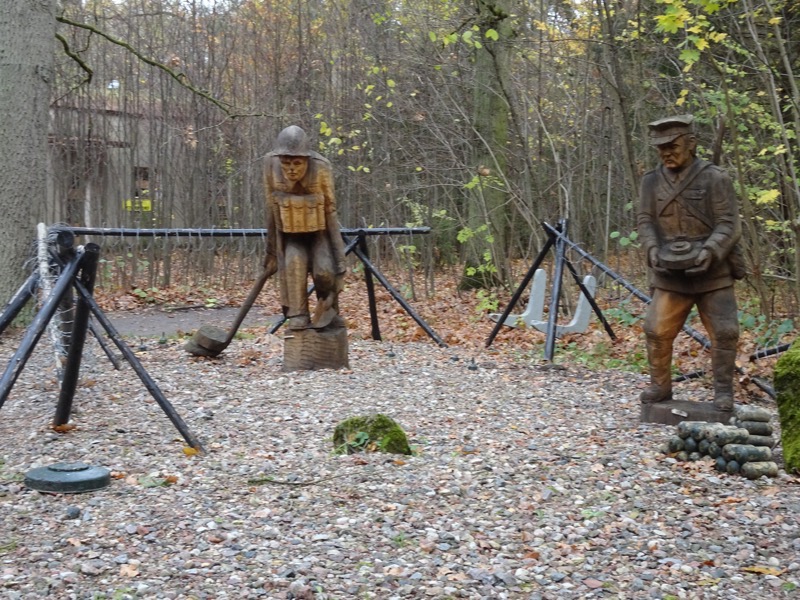
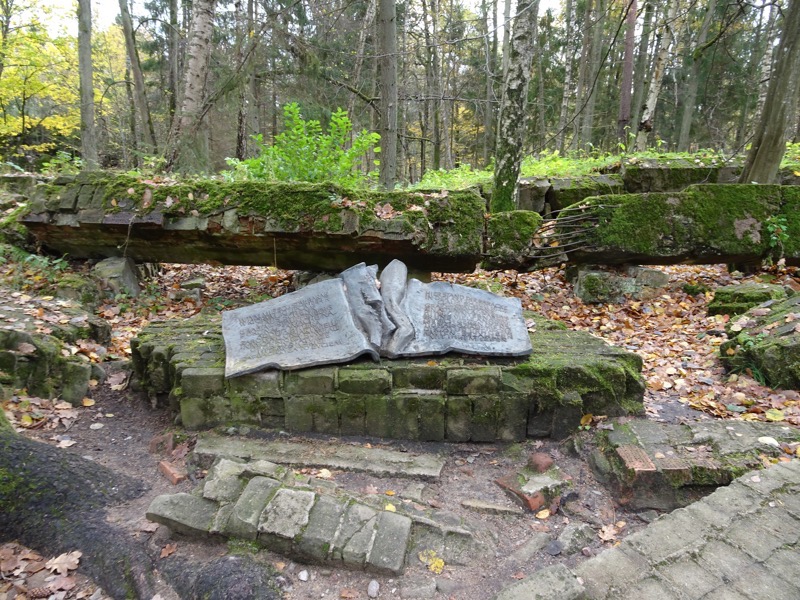
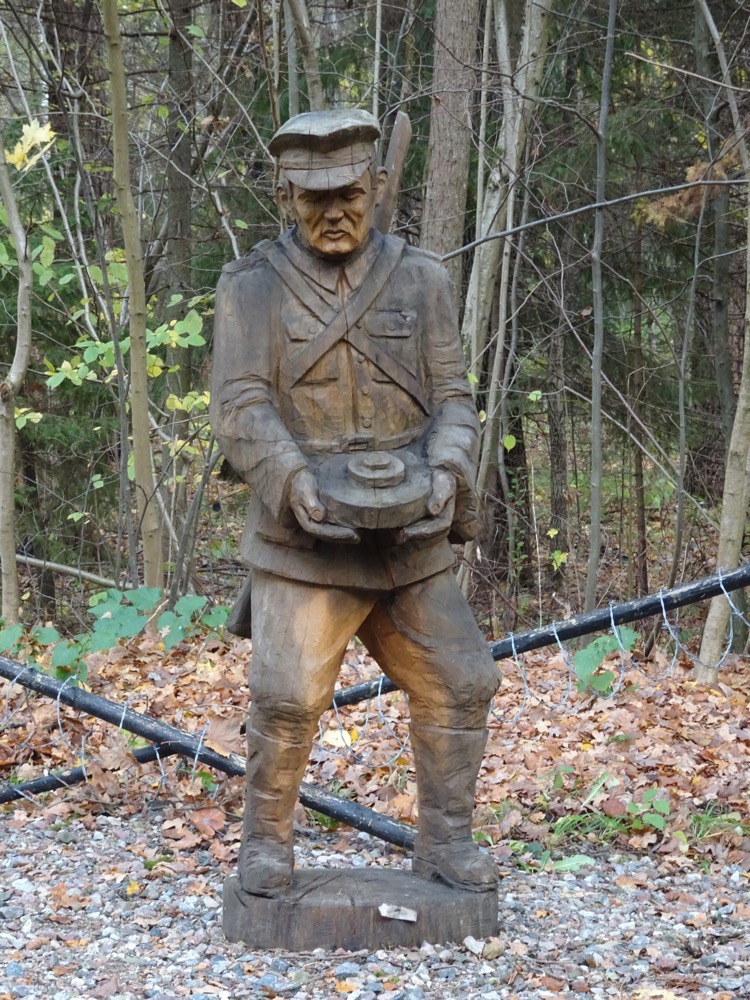
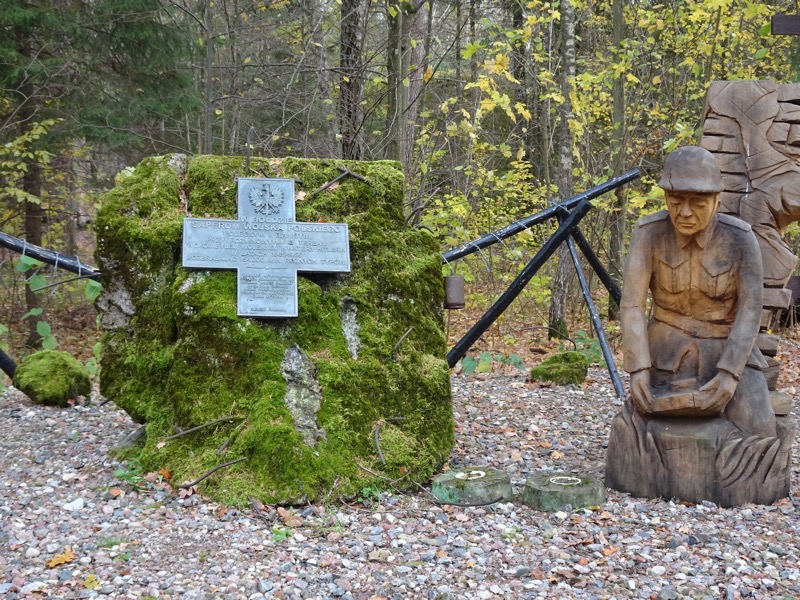
 Bunker 6 held a conference room that was the site of the 20 July 1944 assassination attempt that was organized by a group of civilians, in cohorts with some acting and retired Wehrmacht officers whose goal was to kill Hitler, end the war, and establish a new Germany government. Staff officer Colonel Claus von Stauffenberg was the primary assassin and he carried a briefcase into what was a daily conference meeting. He was supposed to place it a few feet from where Hitler would hold his meeting, but unfortunately, on the day the attempt was to be made, the meeting location was changed to a different building due to refurbishment happening in the Führer’s Bunker *and* it was rescheduled to be earlier than usual – so the attempt was unsuccessful. The bomb went off as timed, and the interior of the Bunker 6 was destroyed, four people were killed, but Hitler sustained only slight injuries.
Bunker 6 held a conference room that was the site of the 20 July 1944 assassination attempt that was organized by a group of civilians, in cohorts with some acting and retired Wehrmacht officers whose goal was to kill Hitler, end the war, and establish a new Germany government. Staff officer Colonel Claus von Stauffenberg was the primary assassin and he carried a briefcase into what was a daily conference meeting. He was supposed to place it a few feet from where Hitler would hold his meeting, but unfortunately, on the day the attempt was to be made, the meeting location was changed to a different building due to refurbishment happening in the Führer’s Bunker *and* it was rescheduled to be earlier than usual – so the attempt was unsuccessful. The bomb went off as timed, and the interior of the Bunker 6 was destroyed, four people were killed, but Hitler sustained only slight injuries.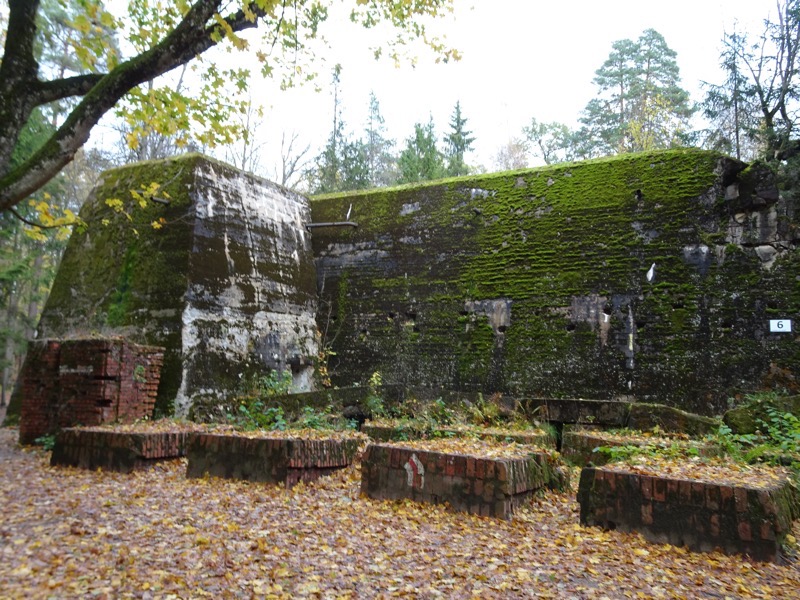 Reichsmarschall Hermann Göring surveying the conference room that was destroyed by the suitcase bomb left by Claus von Stauffenberg on 20 July 1944
Reichsmarschall Hermann Göring surveying the conference room that was destroyed by the suitcase bomb left by Claus von Stauffenberg on 20 July 1944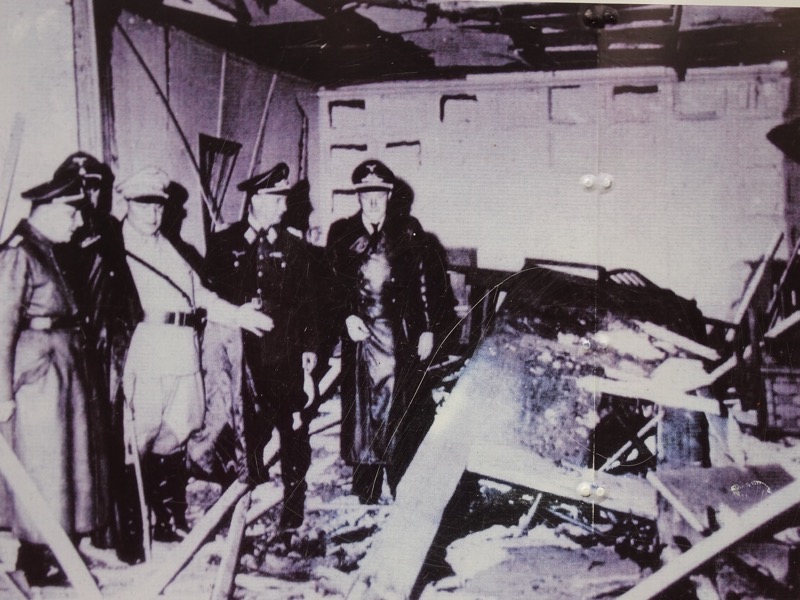
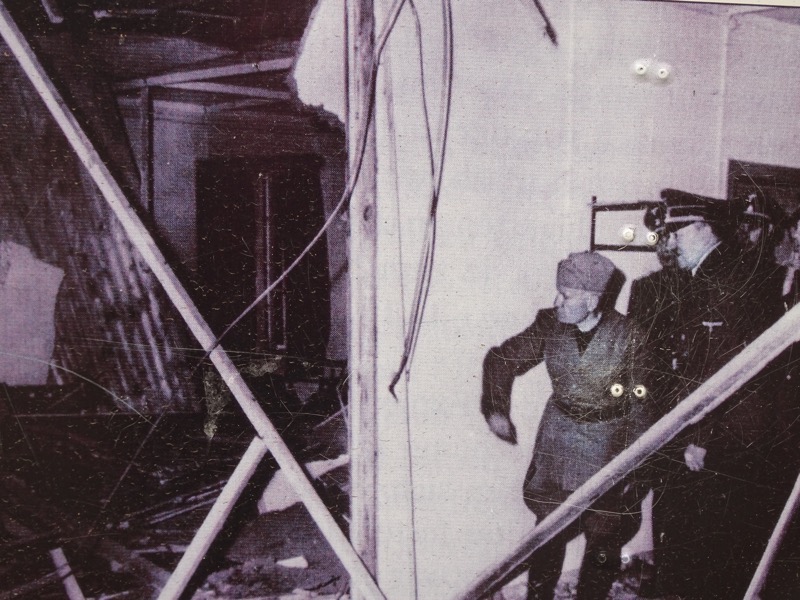
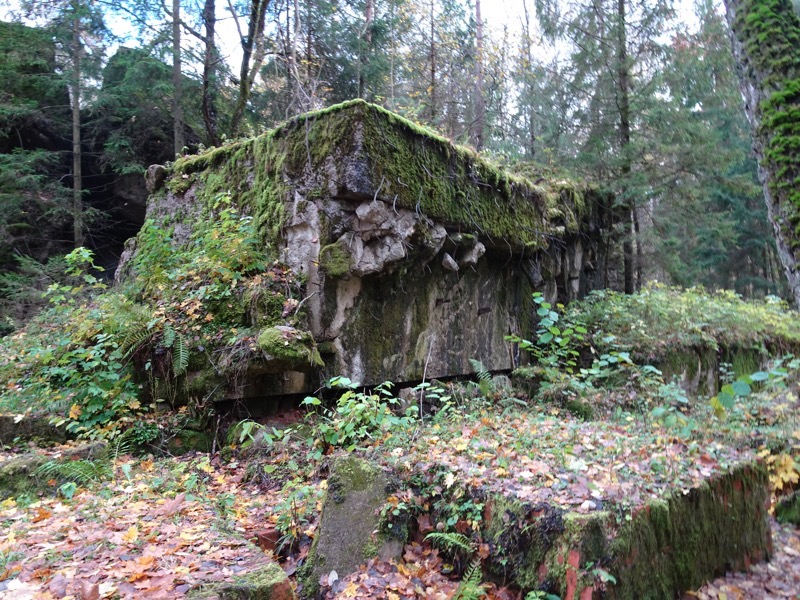
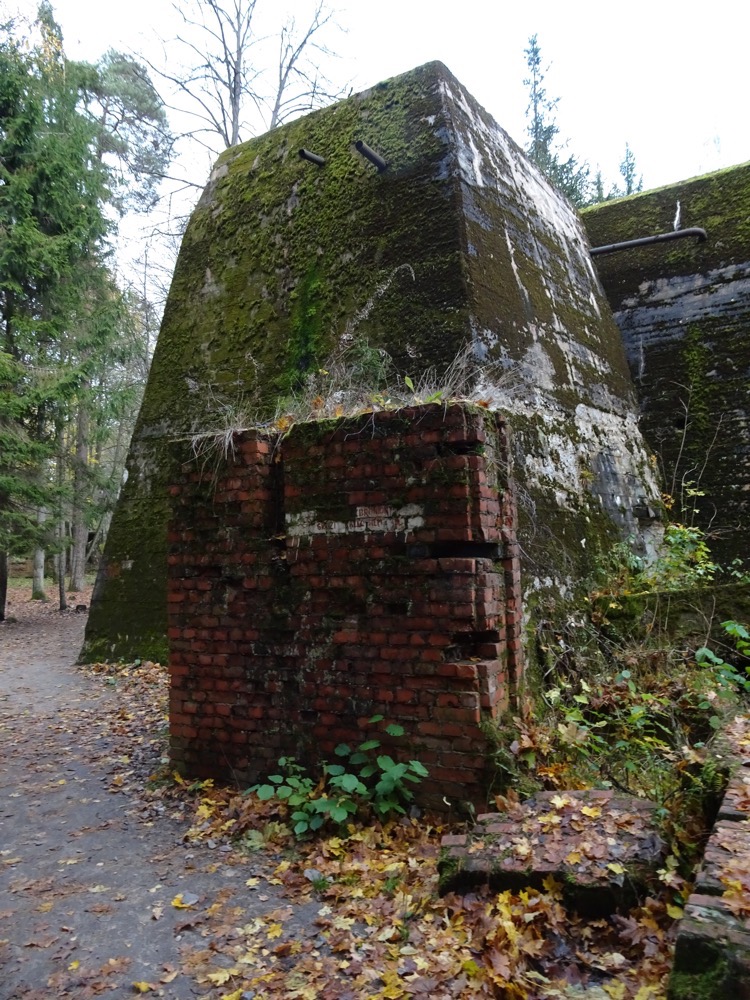
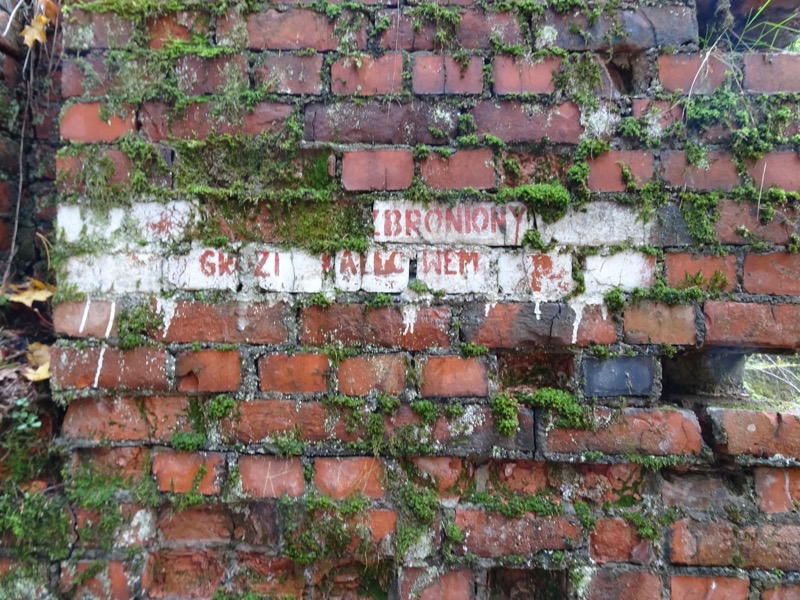 It struck me at Auschwitz-Birkenau and now again at Wolfsschanze just the sheer size and scope of the military industrial complex that was deployed by the Germans during World War II. It has been as eye-opening as the first time I went to Gallipoli – I had learned about the ANZACS and the Gallipoli military disaster during my formal education and had continued to study and gain knowledge o this topic throughout my entire life. But until I found myself looking down on ANZAC Cove and looking at the topography that the ANZAC diggers were attempting to overcome, the enormity and impossibility of it all did not really become a tangible and concrete concept in my mind.
It struck me at Auschwitz-Birkenau and now again at Wolfsschanze just the sheer size and scope of the military industrial complex that was deployed by the Germans during World War II. It has been as eye-opening as the first time I went to Gallipoli – I had learned about the ANZACS and the Gallipoli military disaster during my formal education and had continued to study and gain knowledge o this topic throughout my entire life. But until I found myself looking down on ANZAC Cove and looking at the topography that the ANZAC diggers were attempting to overcome, the enormity and impossibility of it all did not really become a tangible and concrete concept in my mind.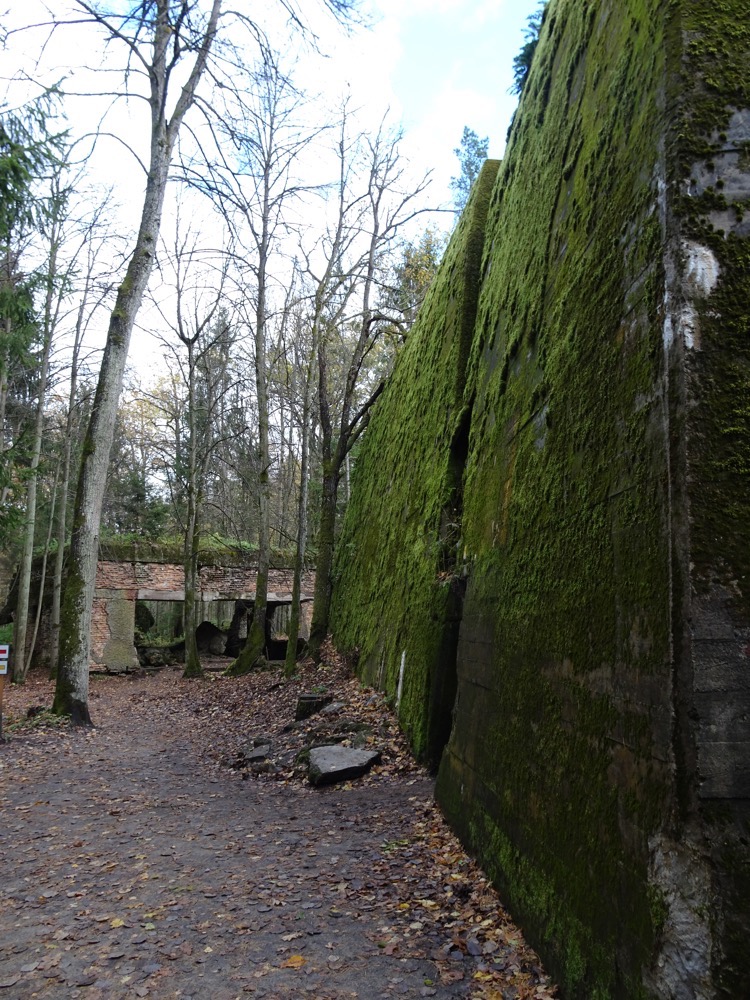 Likewise, having grown up in the ’70s and having been taught WWII history and continuing to learn more and more about the Holocaust over the years – the displacement and deportation of millions of people throughout Europe, the slave labour and abuses of the concentration camps, and of course the details of the truly horrific attempt to completely exterminate the European Jewish population in death camps – these things too have been academic concepts in my mind without concrete frame of reference to anchor them to.
Likewise, having grown up in the ’70s and having been taught WWII history and continuing to learn more and more about the Holocaust over the years – the displacement and deportation of millions of people throughout Europe, the slave labour and abuses of the concentration camps, and of course the details of the truly horrific attempt to completely exterminate the European Jewish population in death camps – these things too have been academic concepts in my mind without concrete frame of reference to anchor them to.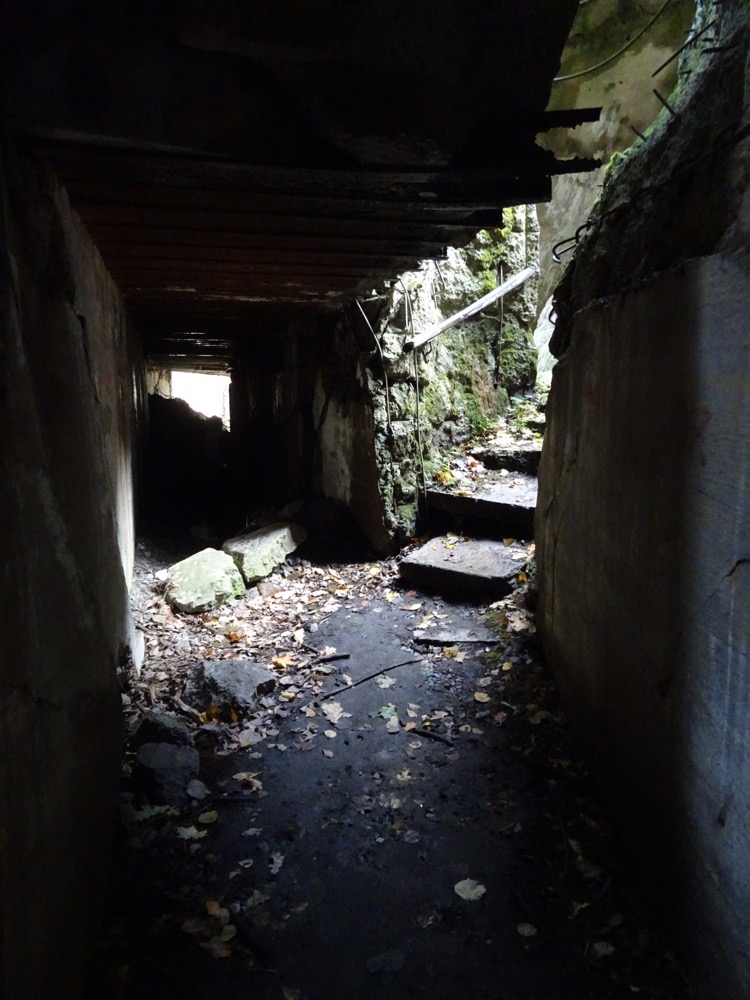 Bunker 8 was a Guest Bunker and Air Raid Shelter.
Bunker 8 was a Guest Bunker and Air Raid Shelter.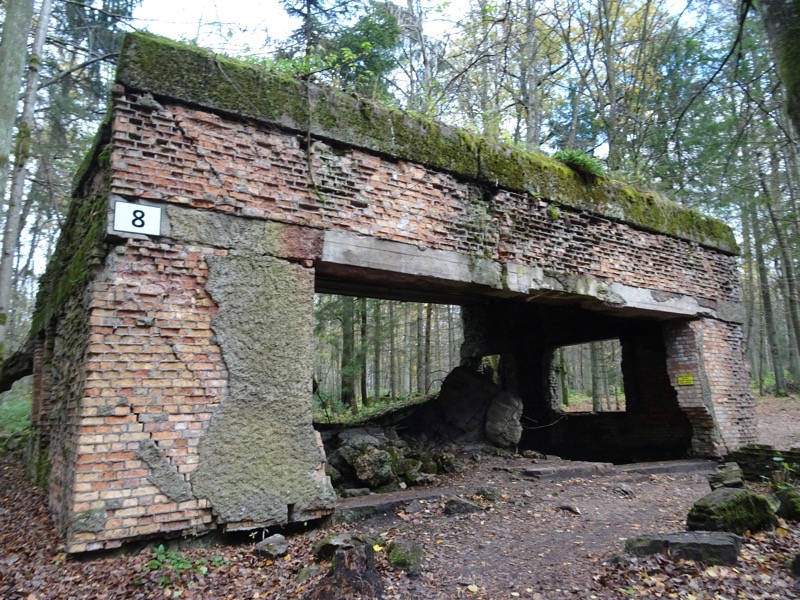
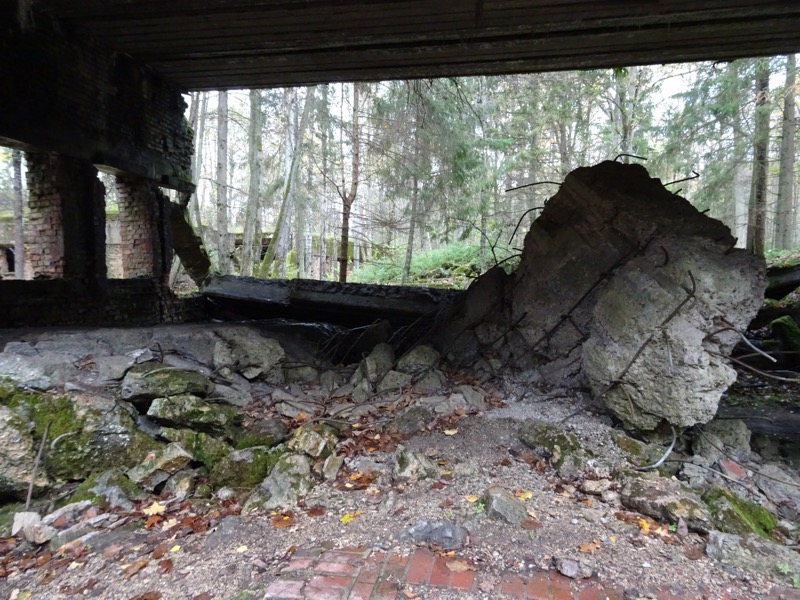
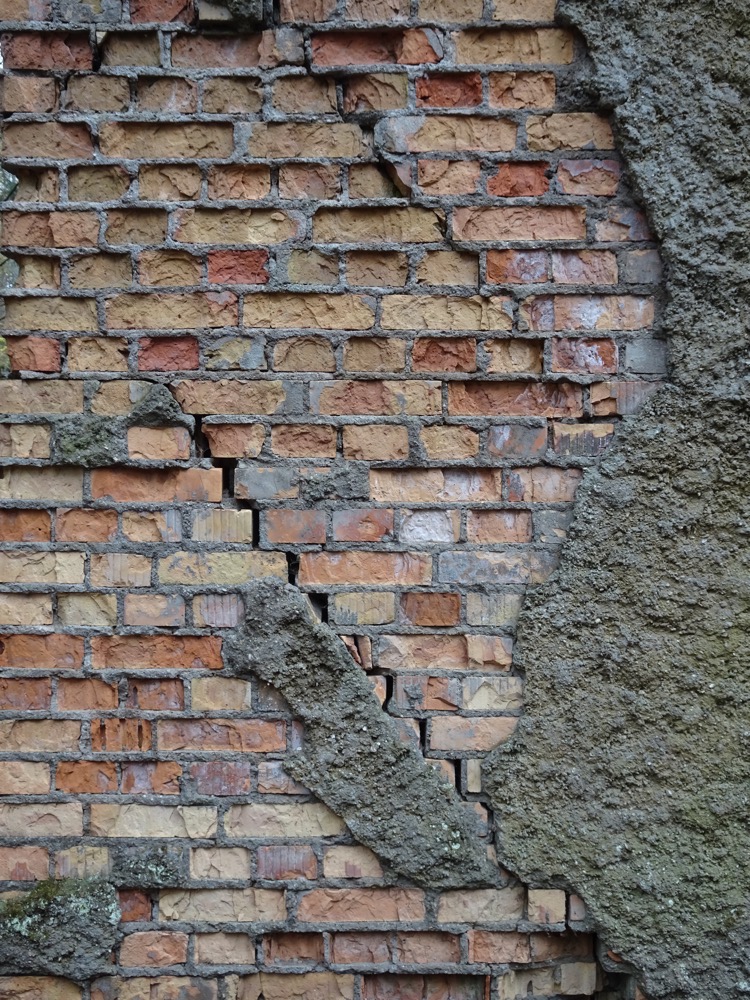 This enormous slab of concrete weighing who knows how many tonnes, looks like it is precariously balanced on just a few decaying bricks…
This enormous slab of concrete weighing who knows how many tonnes, looks like it is precariously balanced on just a few decaying bricks…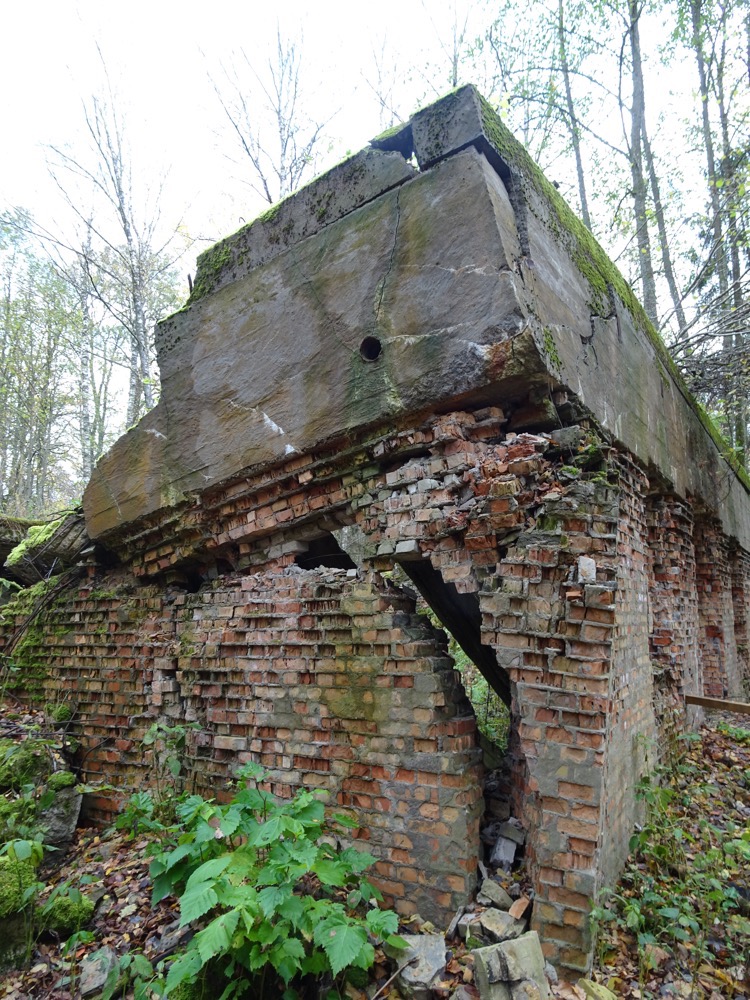
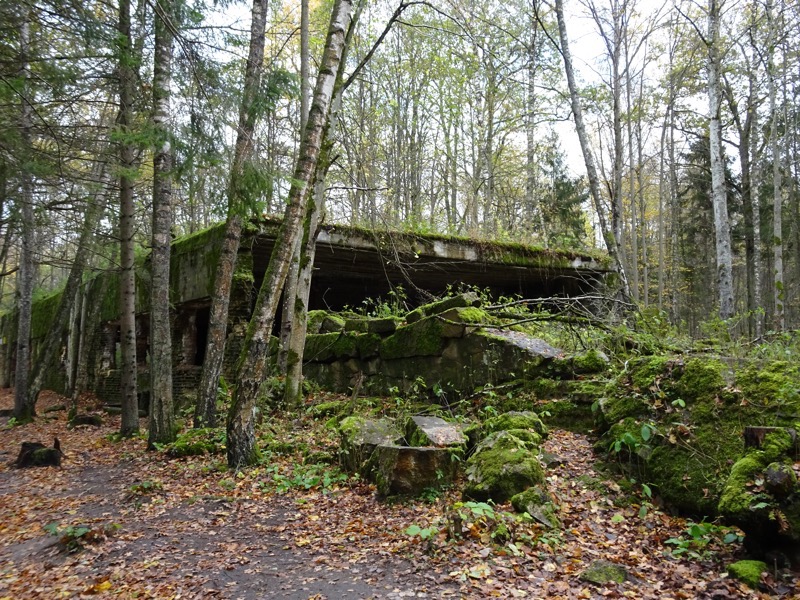
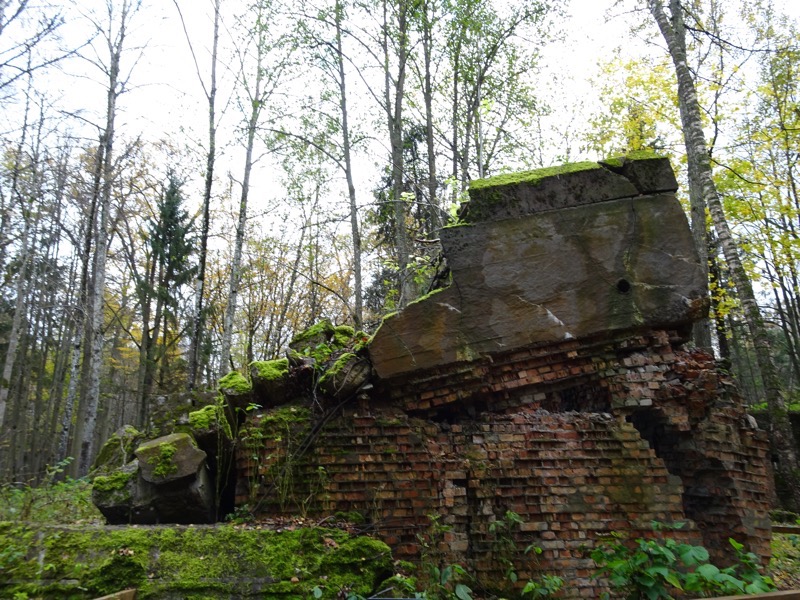 It’s not difficult to find a sombre beauty in the decay at Pripyat. Likewise, it is not difficult to find incredible textures, decaying walls and moss-covered walls at Wolf’s Lair that are similarly beautiful in their own way.
It’s not difficult to find a sombre beauty in the decay at Pripyat. Likewise, it is not difficult to find incredible textures, decaying walls and moss-covered walls at Wolf’s Lair that are similarly beautiful in their own way.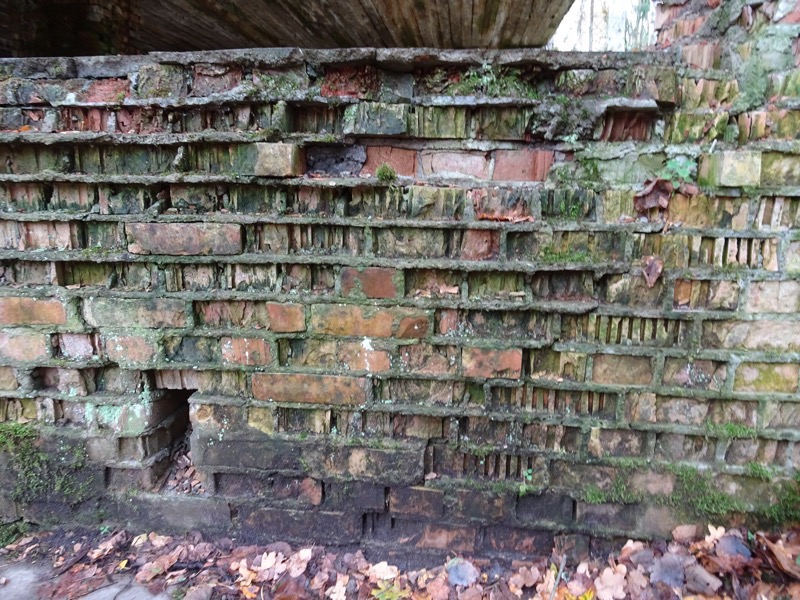
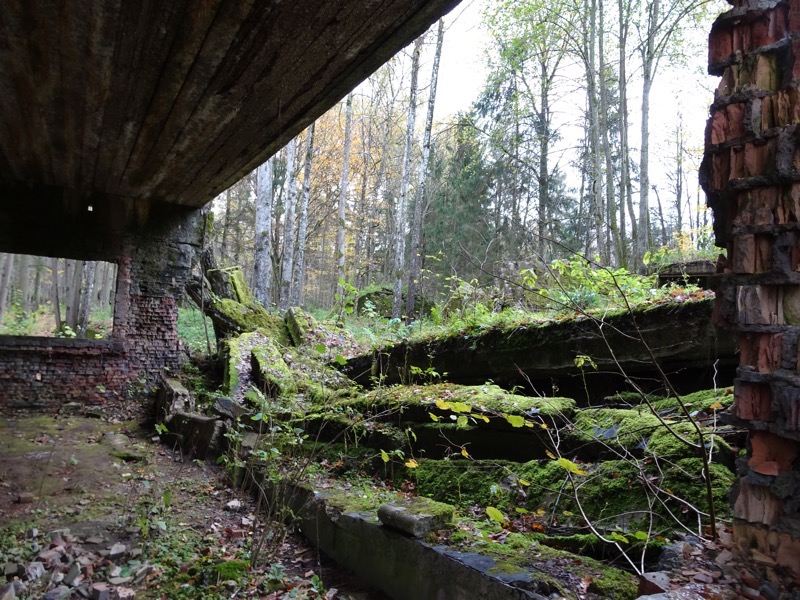
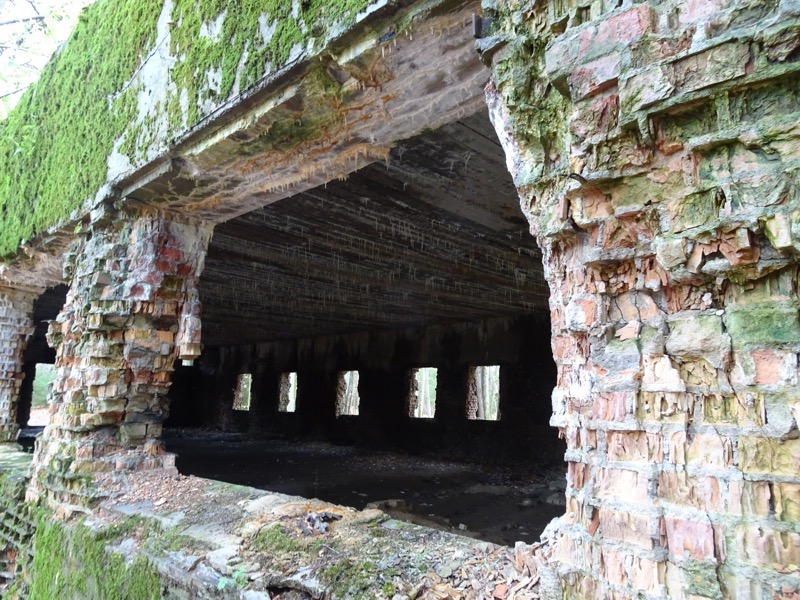
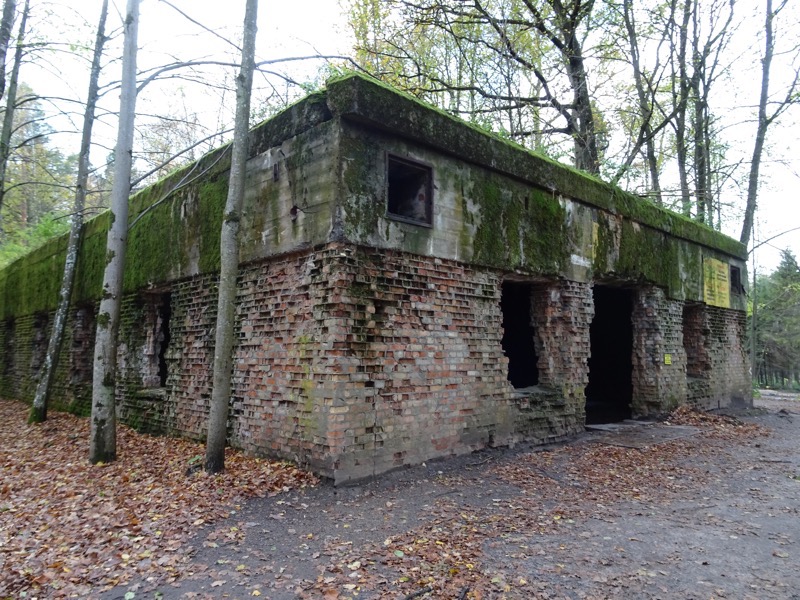
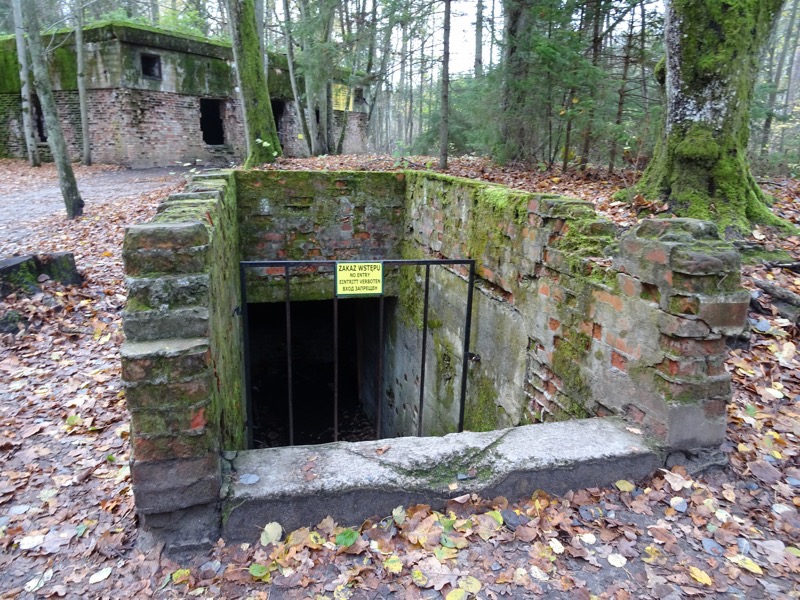 Bunker 11: Headquarters of Johann Rattenhuber, who was the Chief of the SS and head of Hitler’s security department. Also, fun fact – his headquarters doubled as the Post Office.
Bunker 11: Headquarters of Johann Rattenhuber, who was the Chief of the SS and head of Hitler’s security department. Also, fun fact – his headquarters doubled as the Post Office. 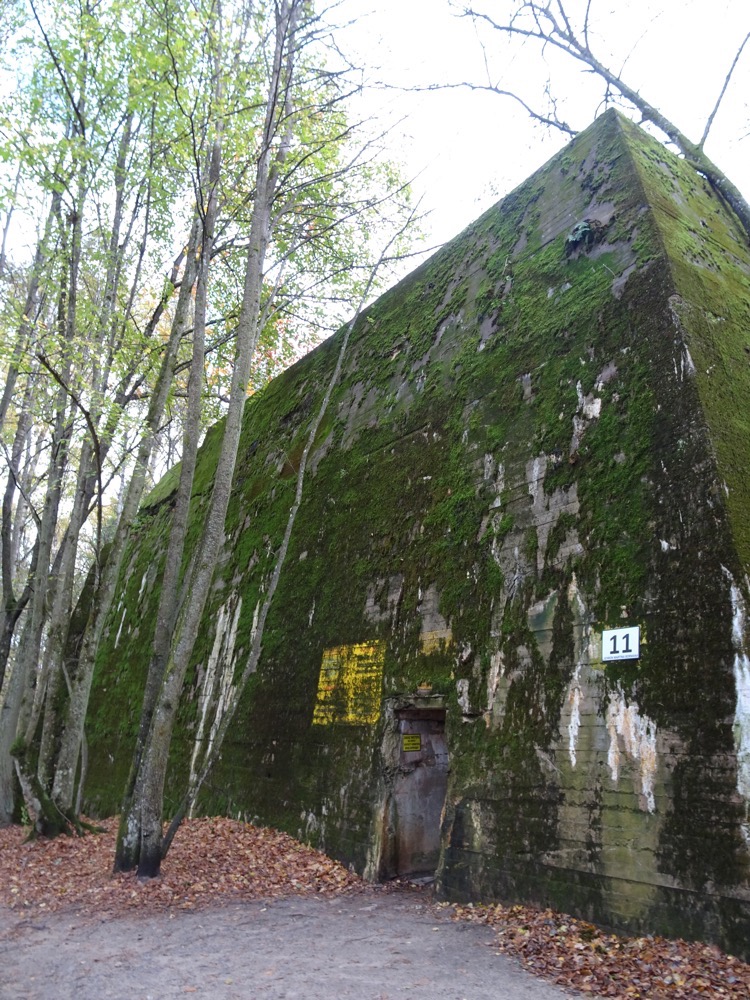
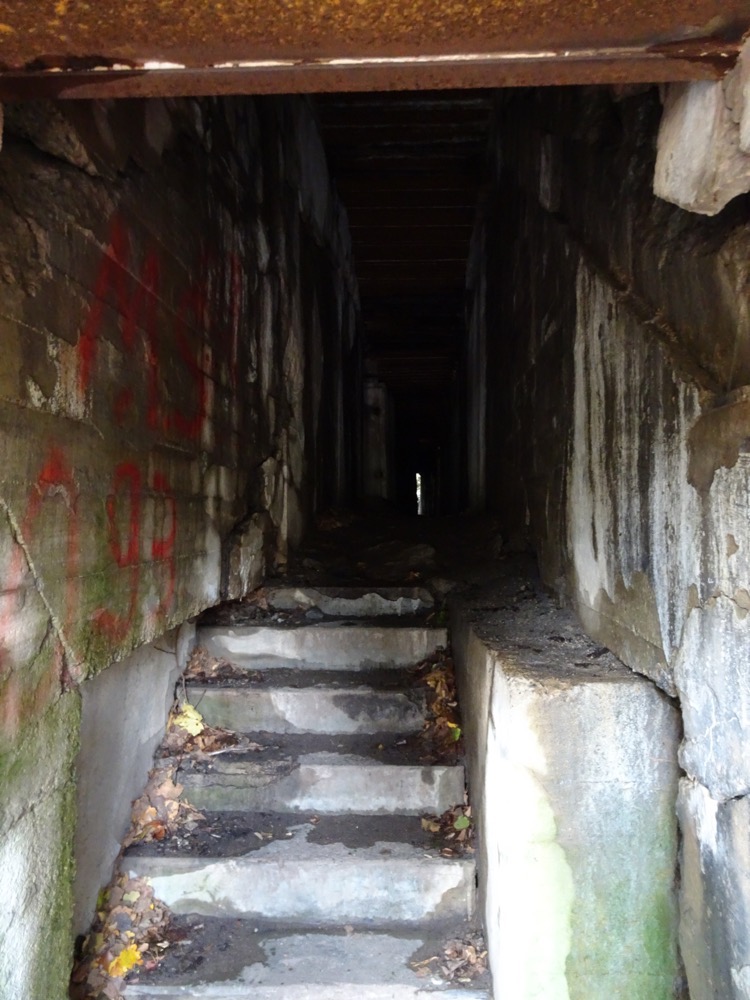
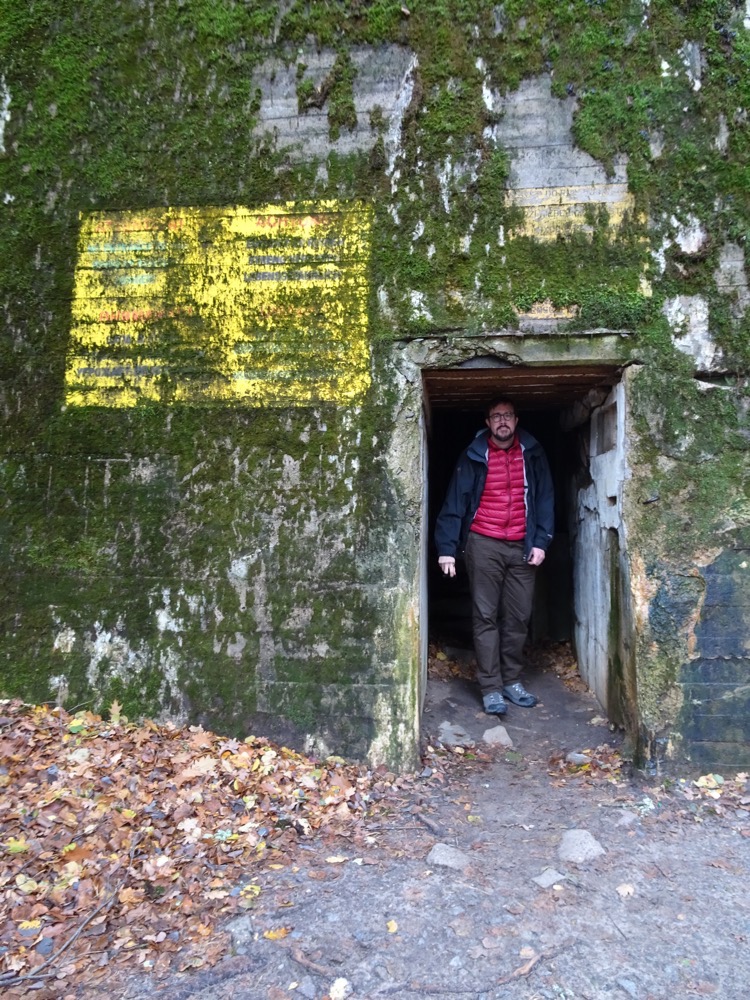
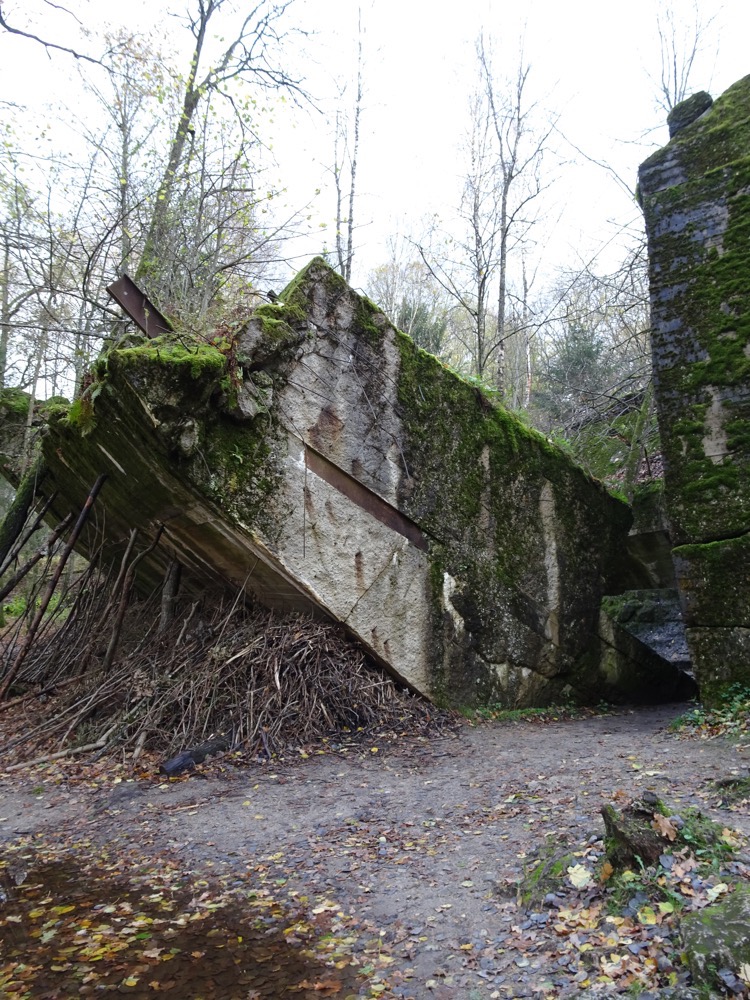 The bunkers were split wide open by explosives when the Red Army reached Eastern Prussia during the Baltic Offensive of 1944. Hitler left Wolf’s Lair for the last time on 20 November 1944 as the Soviet armies advanced. The Red Army took the site without firing a shot two days later, on the 22nd of November. Shortly after, directives were issued to destroy the complex and the demolition took place some months later in January 1945. Literally tonnes of explosives were used. Each bunker requiring approximately 8,000 kg of TNT to blast through the reinforced concrete. Given that most of these buildings have large portions still intact, even that amount of explosive was only enough to partially destroy these enormous reinforced bunkers.
The bunkers were split wide open by explosives when the Red Army reached Eastern Prussia during the Baltic Offensive of 1944. Hitler left Wolf’s Lair for the last time on 20 November 1944 as the Soviet armies advanced. The Red Army took the site without firing a shot two days later, on the 22nd of November. Shortly after, directives were issued to destroy the complex and the demolition took place some months later in January 1945. Literally tonnes of explosives were used. Each bunker requiring approximately 8,000 kg of TNT to blast through the reinforced concrete. Given that most of these buildings have large portions still intact, even that amount of explosive was only enough to partially destroy these enormous reinforced bunkers.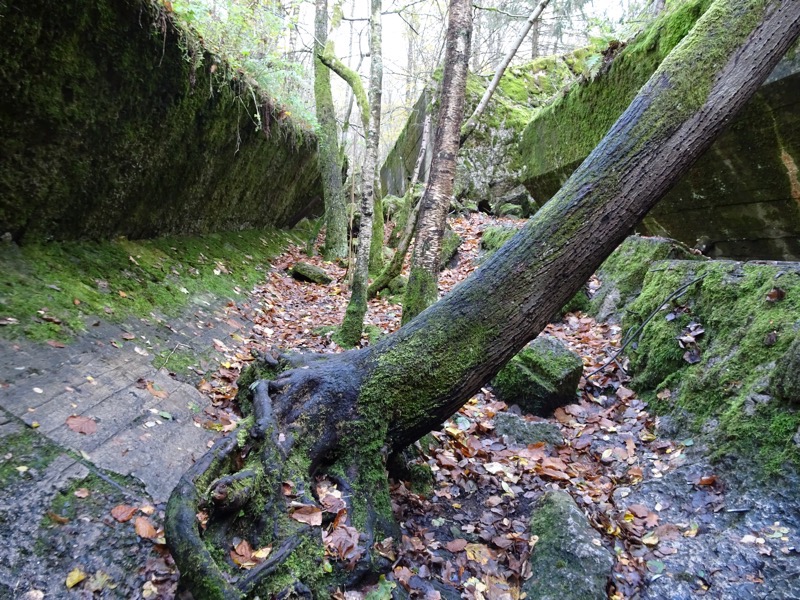


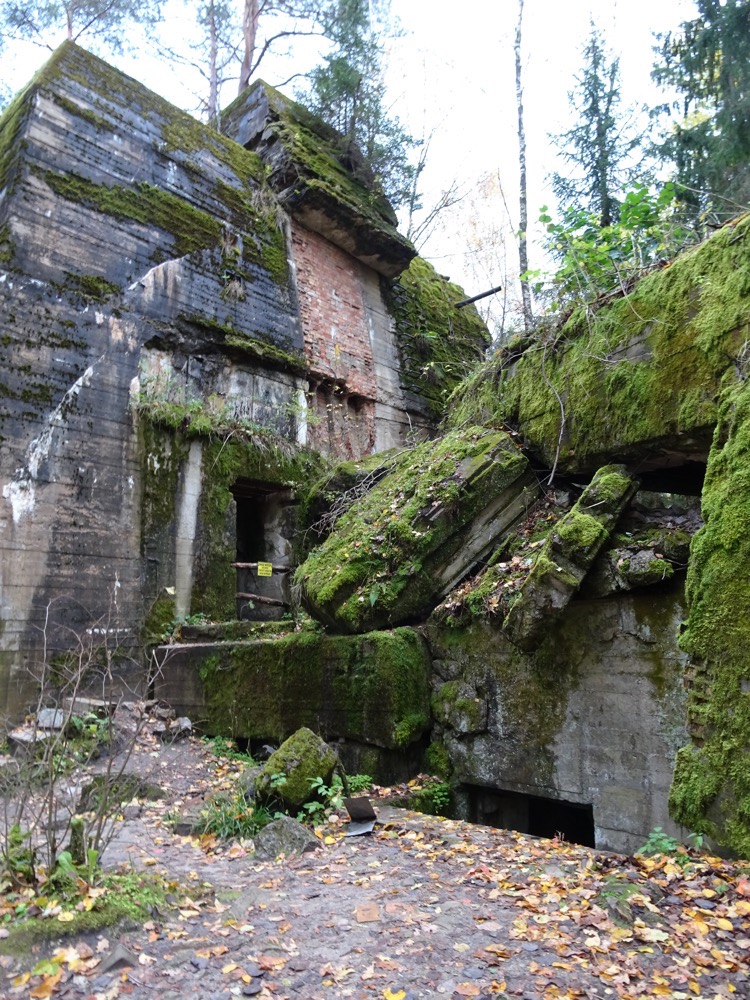
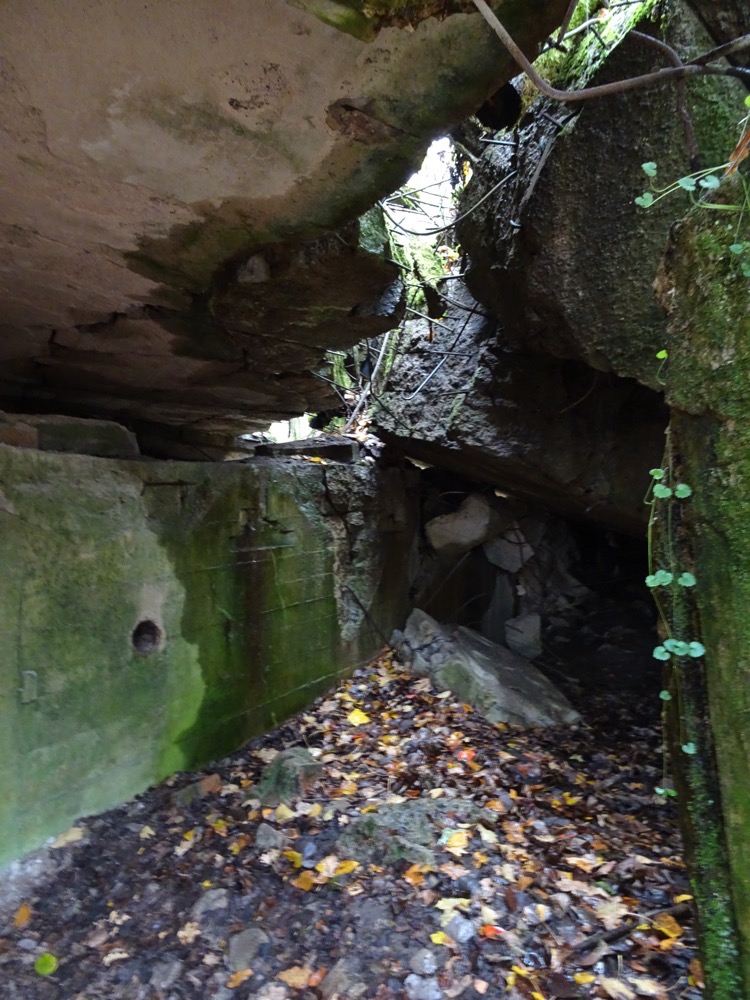
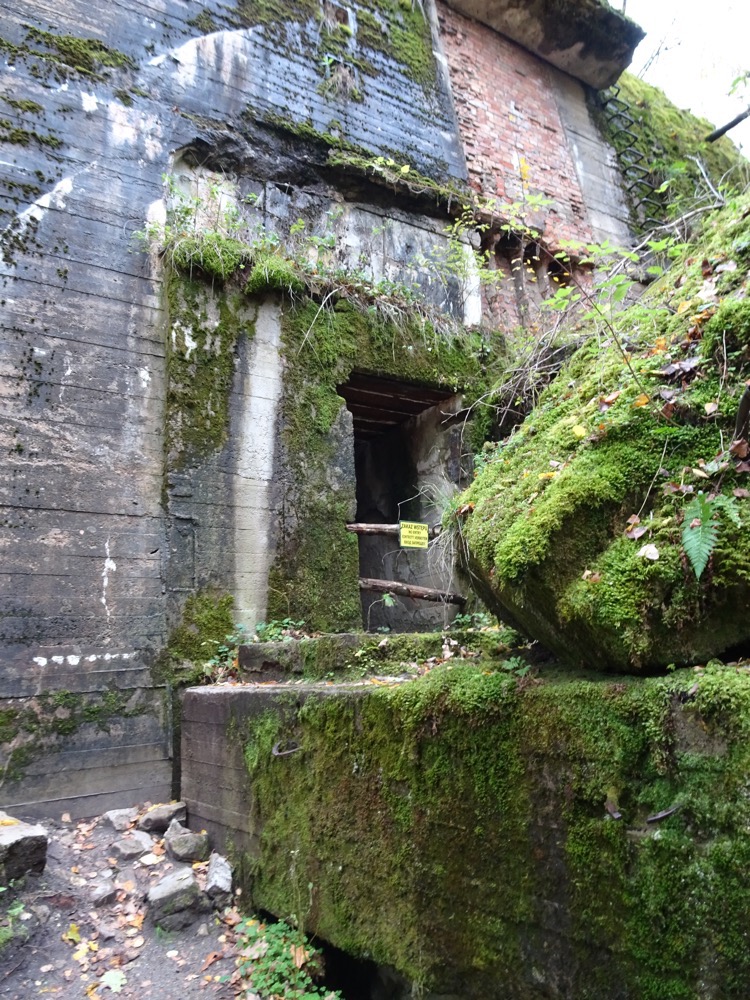
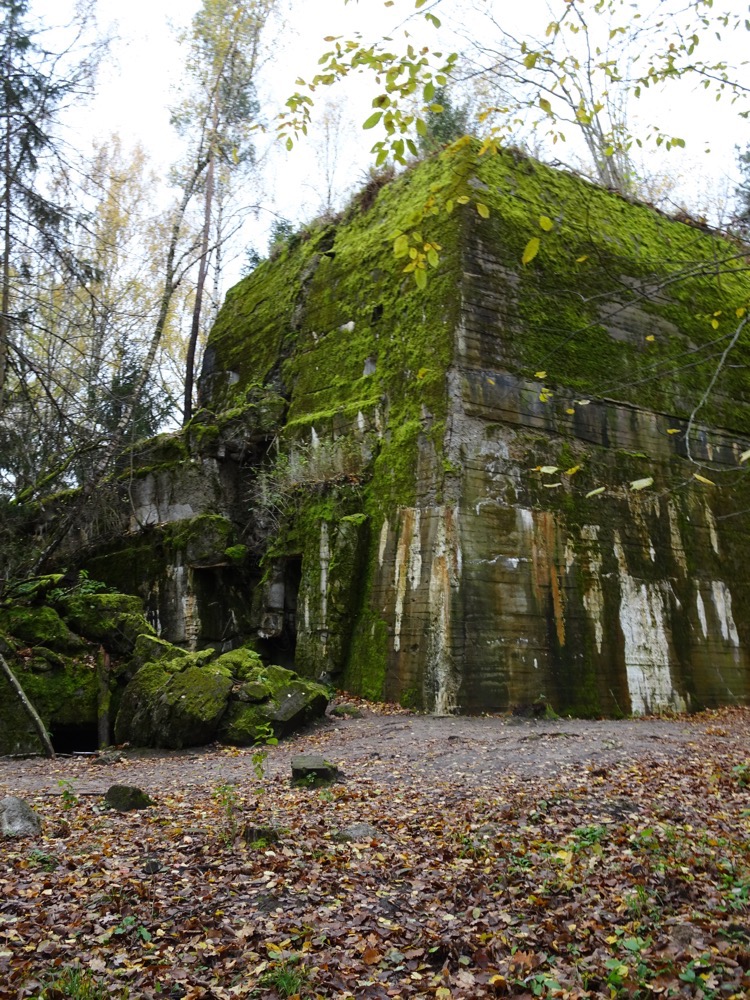
 Looking inside what was Bunker 13 from the rear.
Looking inside what was Bunker 13 from the rear.
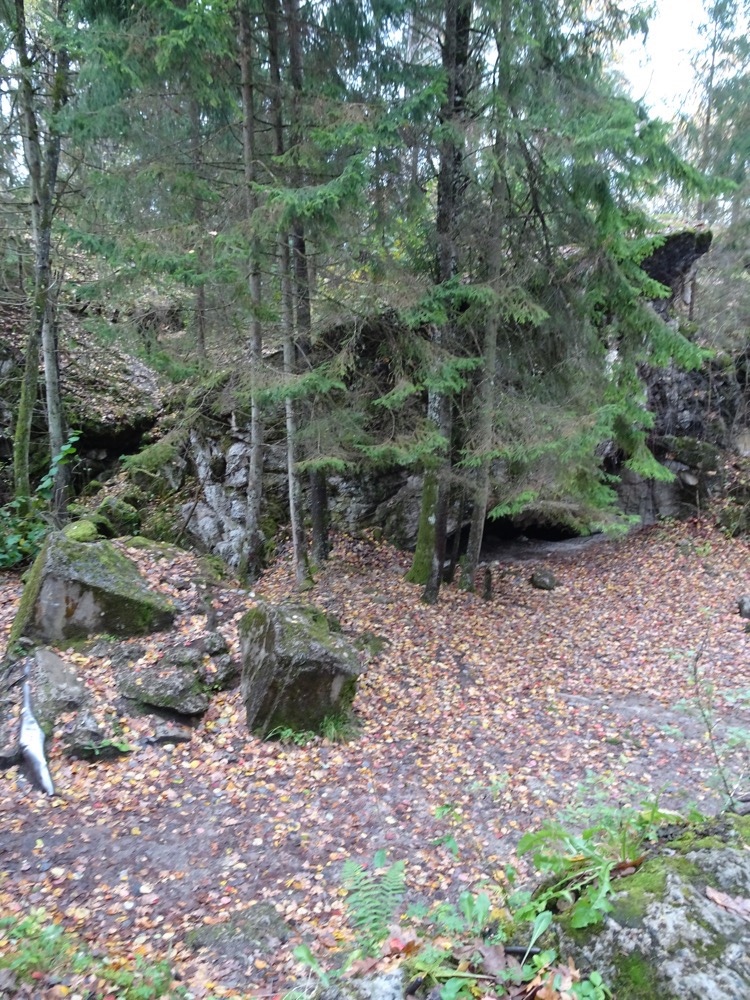
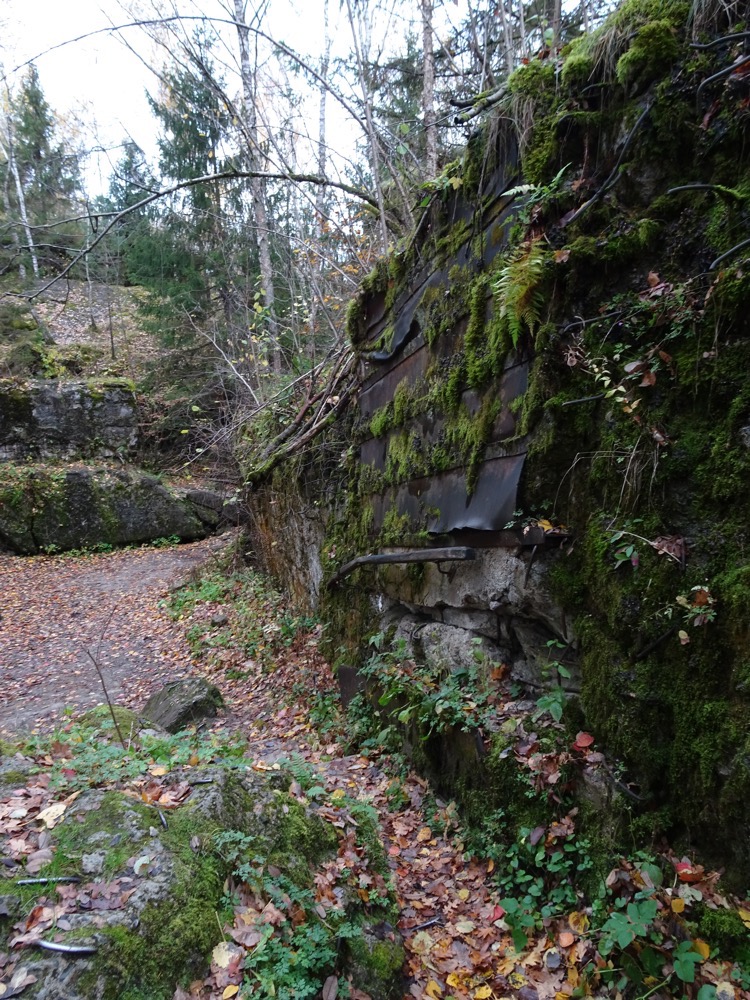
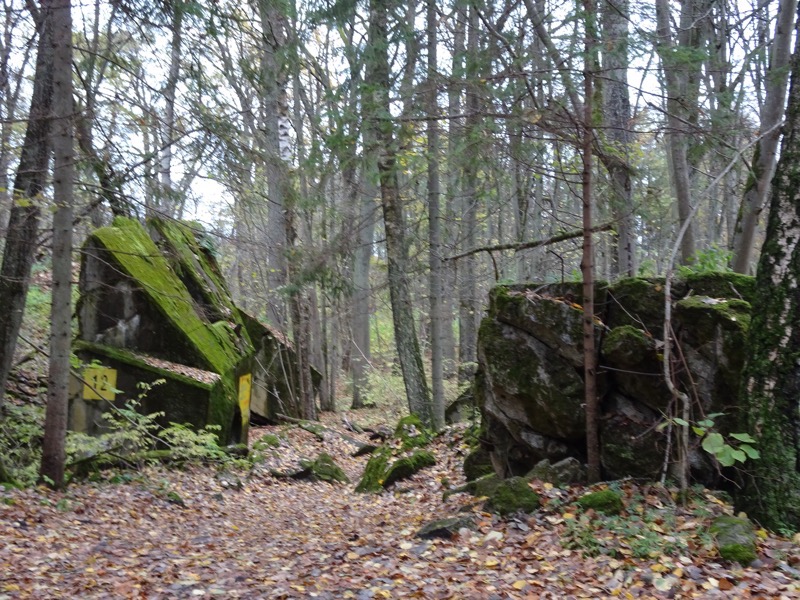
 Bunker 20 – Martin Bormann’s personal air raid shelter for him and his staff. Bormann was Hitler’s personal secretary.
Bunker 20 – Martin Bormann’s personal air raid shelter for him and his staff. Bormann was Hitler’s personal secretary.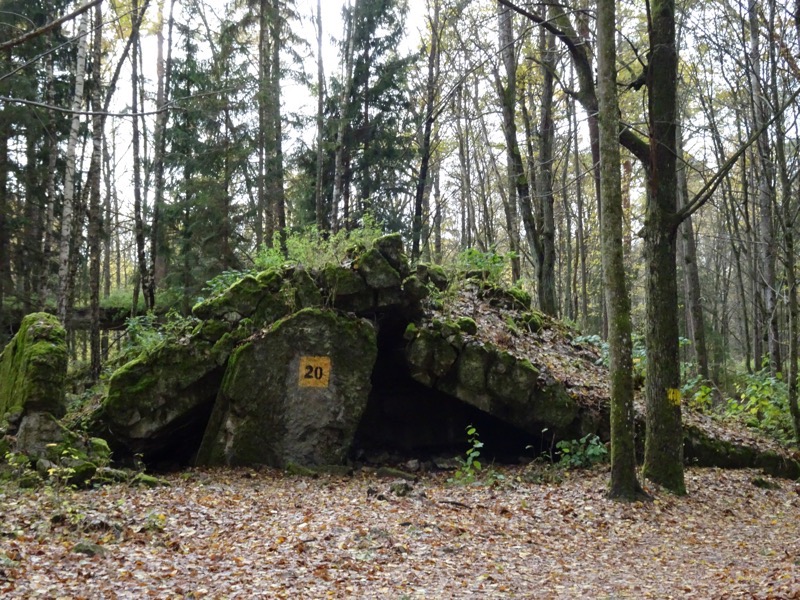 Bunker 16 was a building to house generators to provide power for the complex.
Bunker 16 was a building to house generators to provide power for the complex.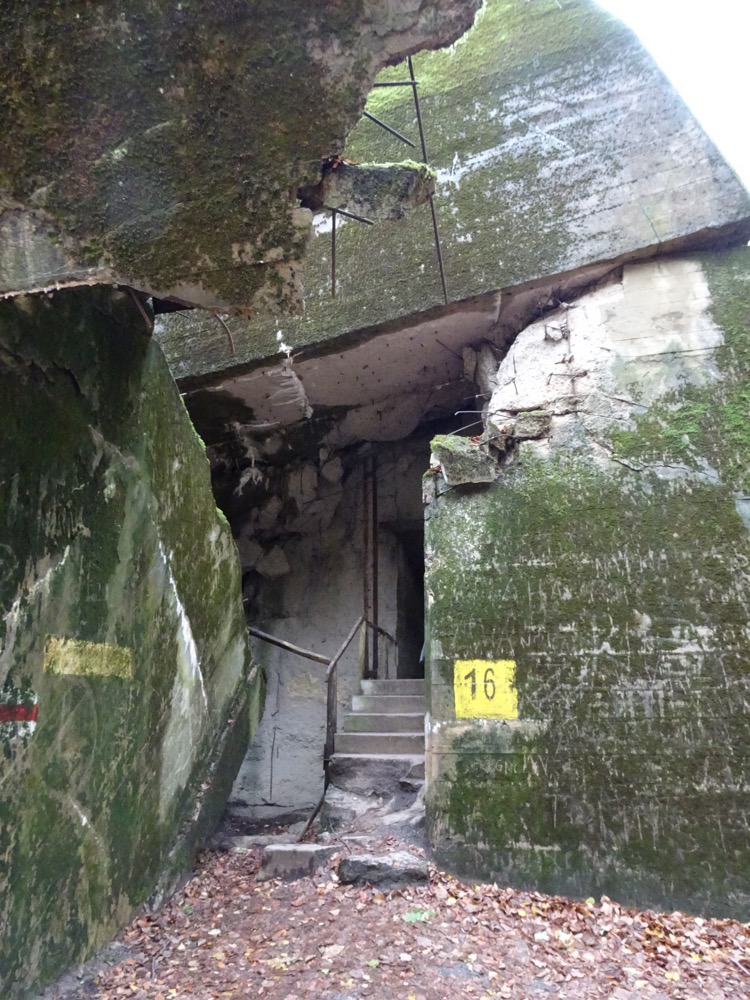
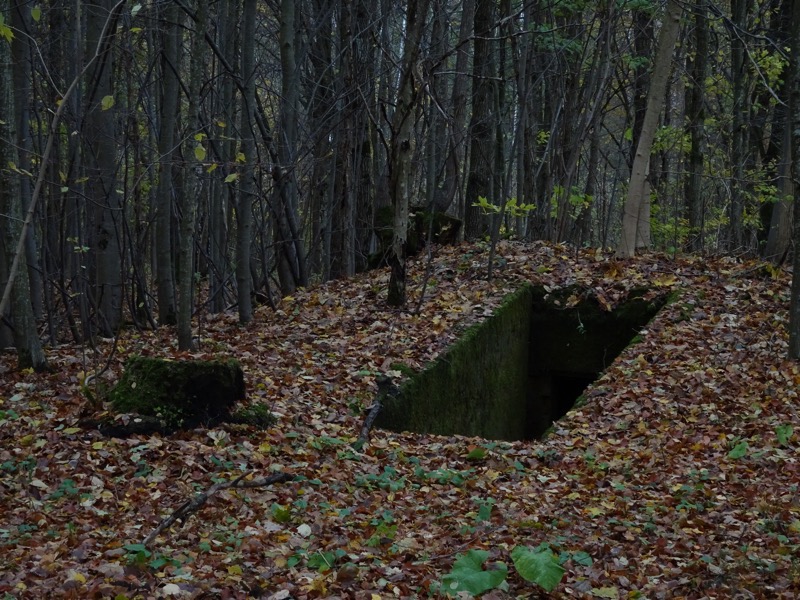 Hermann Goering’s Bunker:
Hermann Goering’s Bunker: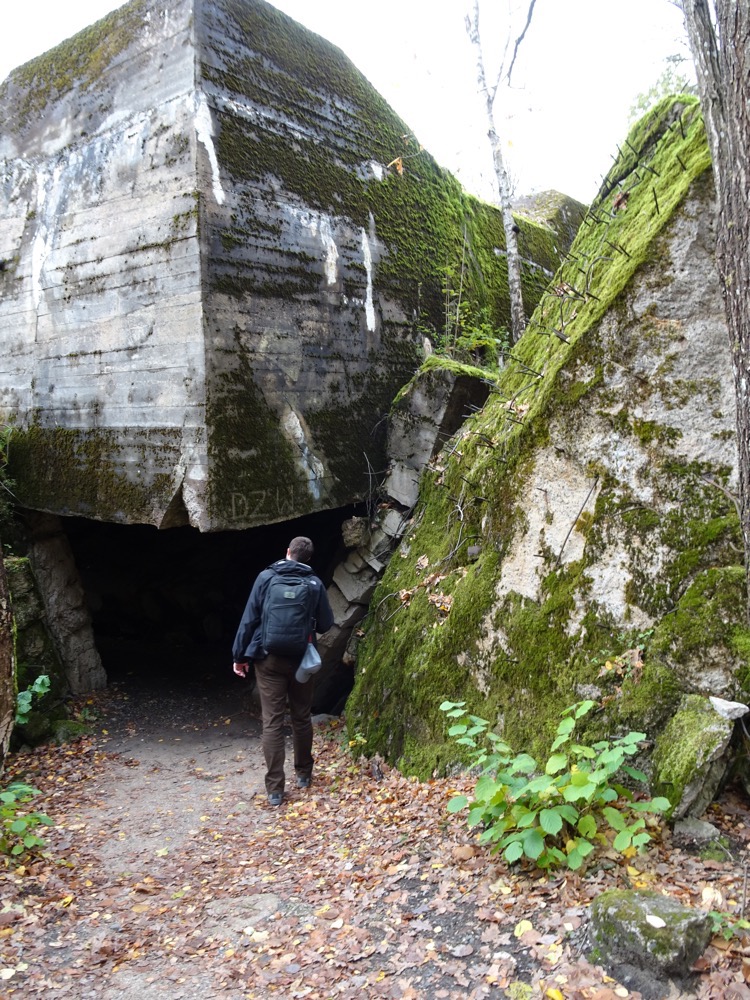 Walking under the ruins of Goering’s destroyed Bunker. It is cold, damp, and there is lots of thick rebar sticking out at all angles. Over our heads is a massive – just indescribably, massive and heavy – concrete slab over two metres thick. There are ‘no entrance’ signs everywhere but plenty of evidence that visitors have been walking through these spaces frequently.
Walking under the ruins of Goering’s destroyed Bunker. It is cold, damp, and there is lots of thick rebar sticking out at all angles. Over our heads is a massive – just indescribably, massive and heavy – concrete slab over two metres thick. There are ‘no entrance’ signs everywhere but plenty of evidence that visitors have been walking through these spaces frequently.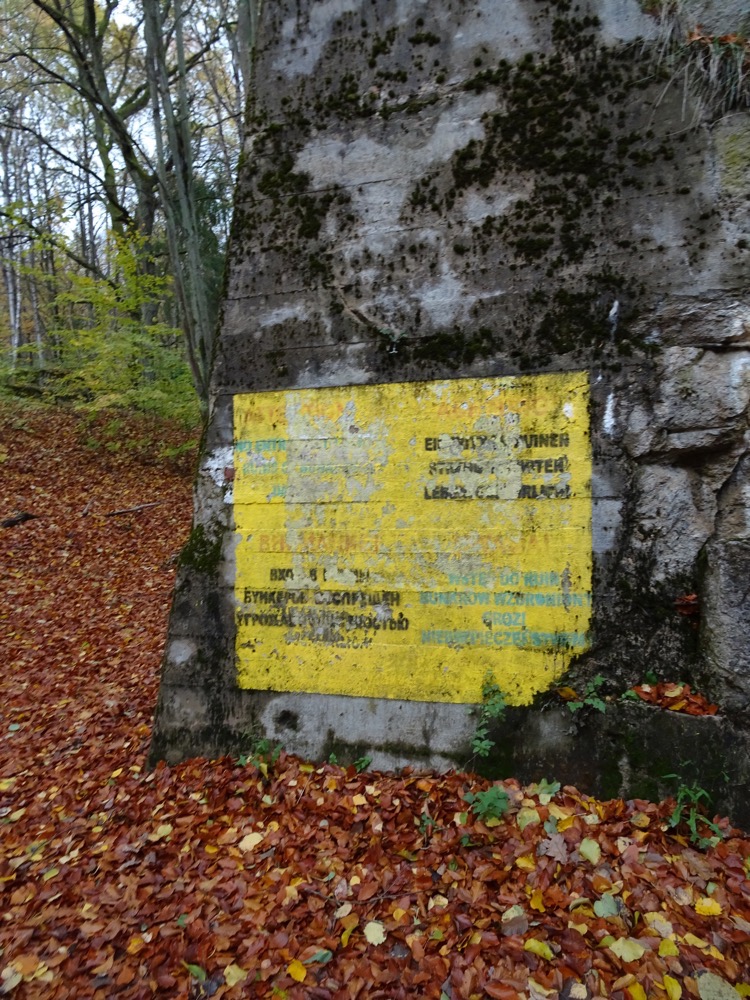 The concrete walls were indeed well thicker than 2-5m… yale for scale.
The concrete walls were indeed well thicker than 2-5m… yale for scale.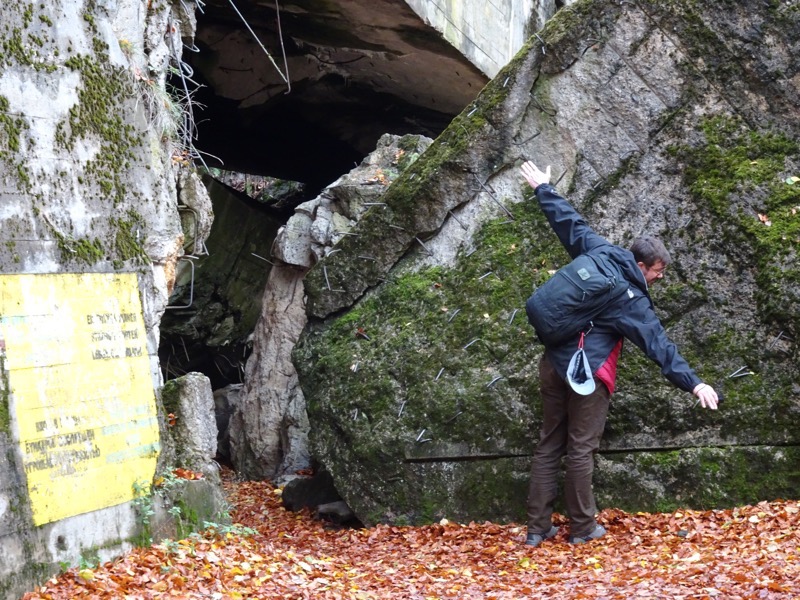 I had read that this place is not so great to visit in the summer – partly because of the crowds (though it apparently only sees 200,000 visitors a year, which is not that many compared to say, the five million plus visitors that see the Sistine Chapel each year), but also because of the foliage. In summer all the trees are still covered in their leaves, which obscure the size and shapes of the enormous bunkers. This was quite deliberate, Hitler was paranoid about the likelihood of an air bombing raid so the thick tree cover in the middle of the forest was designed to camouflage the entire complex. No major air offensive ever occurred here and it could be because the Western Allies were unaware of the Wolf’s Lair location entirely or were just unaware of its strategic importance – they have never disclosed whether they knew about it or not. The Soviet Red Army was certainly unaware of the complex’s location and scale when they discovered it during their advance towards Germany in late 1944. So anyway, from the leaf litter which is well over 20cm deep everywhere, I can imagine that in summer you would find it hard to make out the size, scale and even proximity of these buildings to each other, in the summertime.
I had read that this place is not so great to visit in the summer – partly because of the crowds (though it apparently only sees 200,000 visitors a year, which is not that many compared to say, the five million plus visitors that see the Sistine Chapel each year), but also because of the foliage. In summer all the trees are still covered in their leaves, which obscure the size and shapes of the enormous bunkers. This was quite deliberate, Hitler was paranoid about the likelihood of an air bombing raid so the thick tree cover in the middle of the forest was designed to camouflage the entire complex. No major air offensive ever occurred here and it could be because the Western Allies were unaware of the Wolf’s Lair location entirely or were just unaware of its strategic importance – they have never disclosed whether they knew about it or not. The Soviet Red Army was certainly unaware of the complex’s location and scale when they discovered it during their advance towards Germany in late 1944. So anyway, from the leaf litter which is well over 20cm deep everywhere, I can imagine that in summer you would find it hard to make out the size, scale and even proximity of these buildings to each other, in the summertime.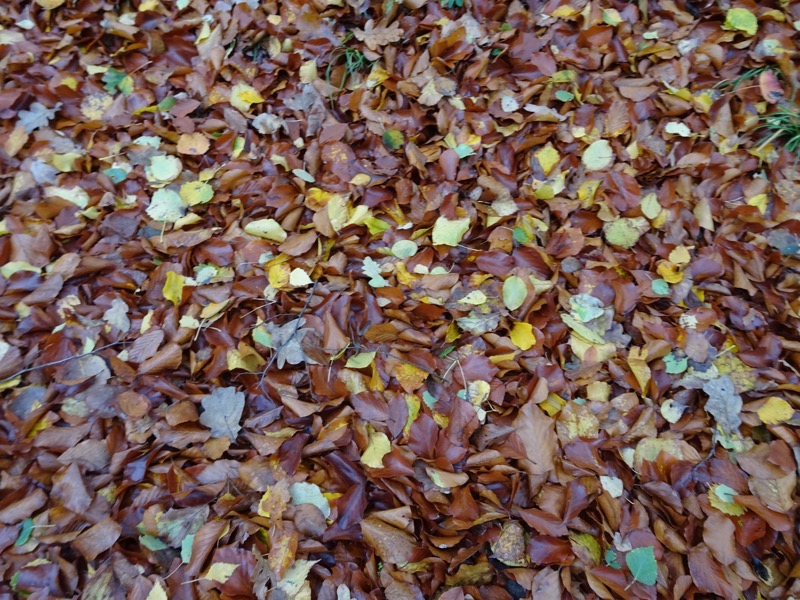 Hermann Goering’s House
Hermann Goering’s House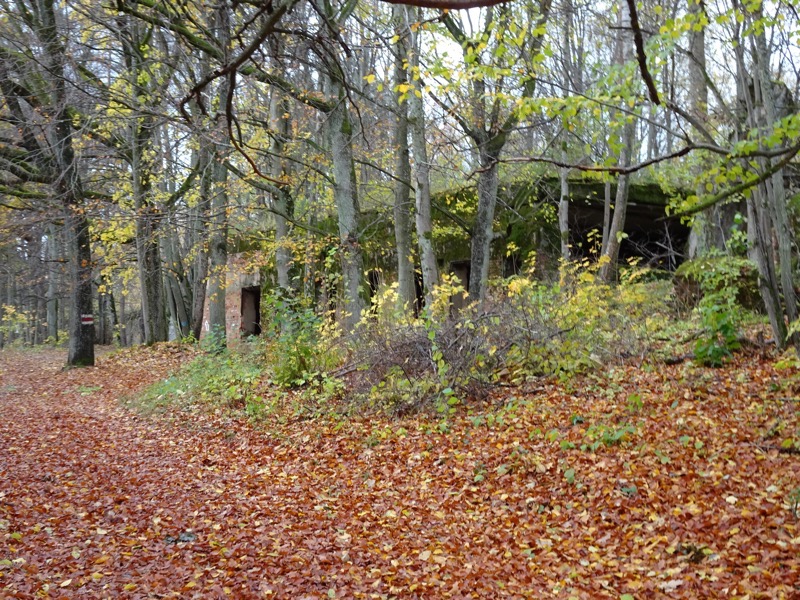
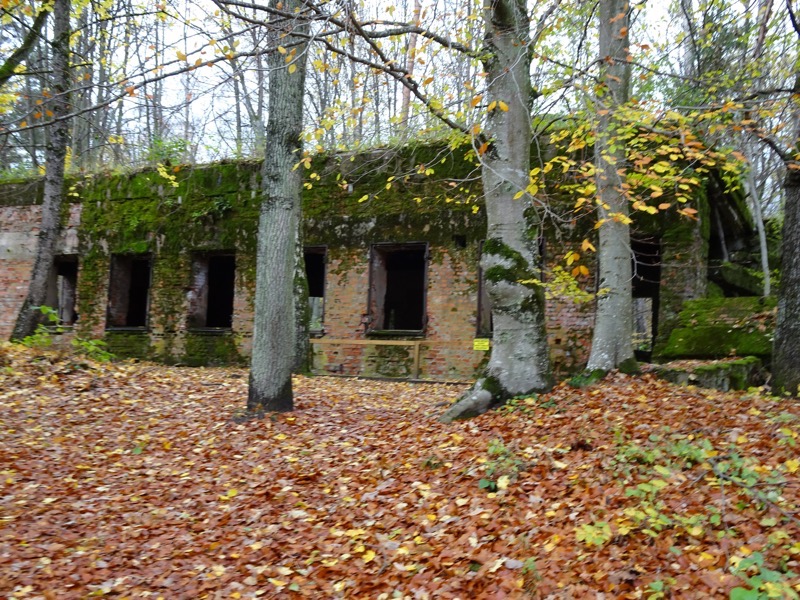

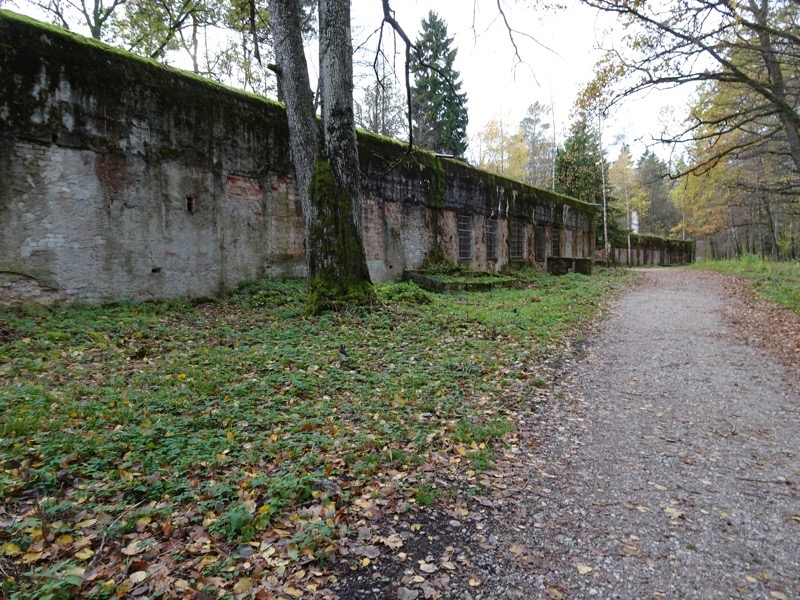
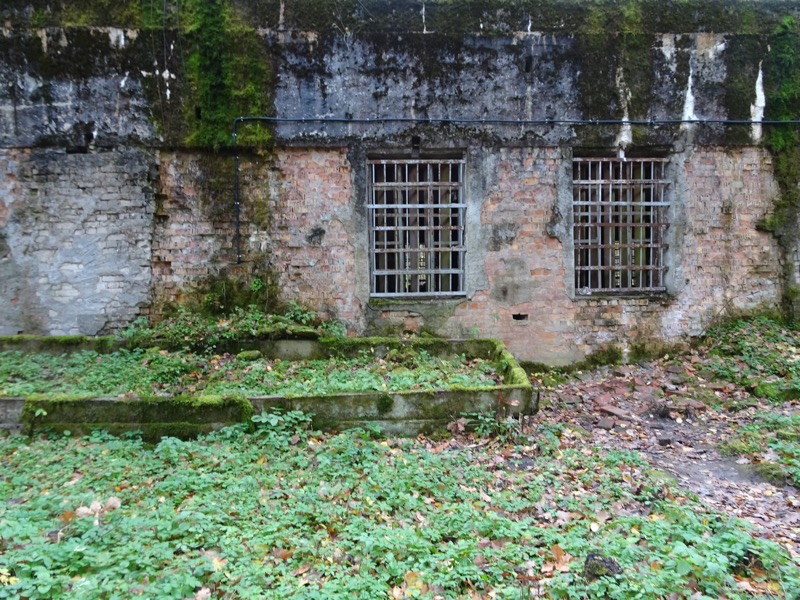 Ventilation shaft.
Ventilation shaft.
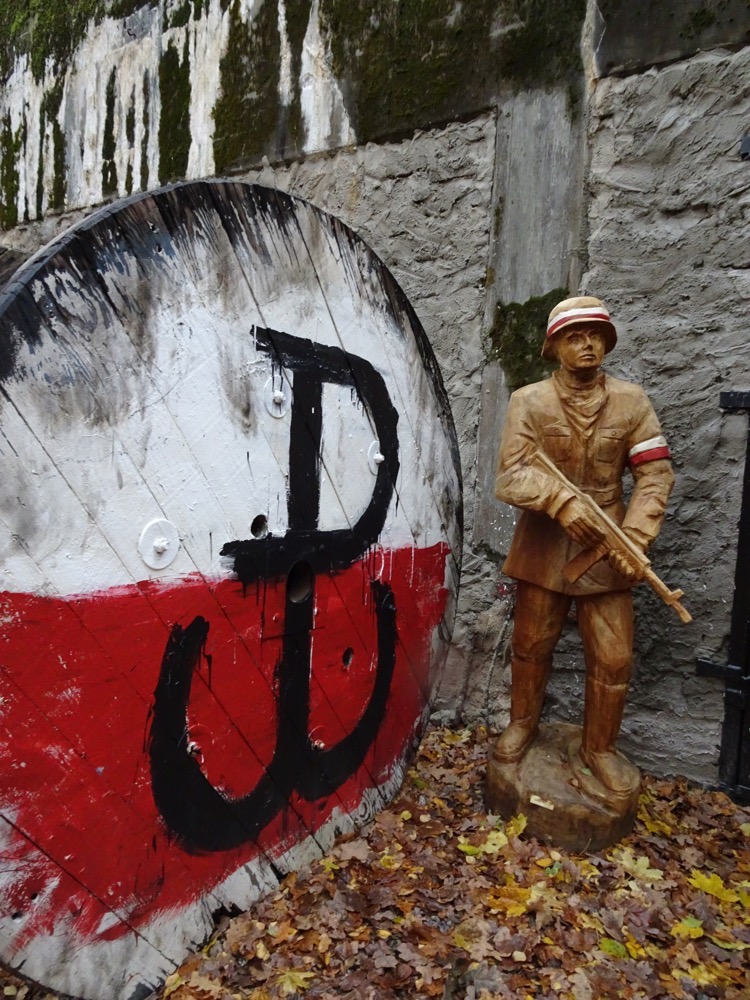 Recreated checkpoint – there were only three entrances to the complex, and each one had a checkpoint at security zone.
Recreated checkpoint – there were only three entrances to the complex, and each one had a checkpoint at security zone.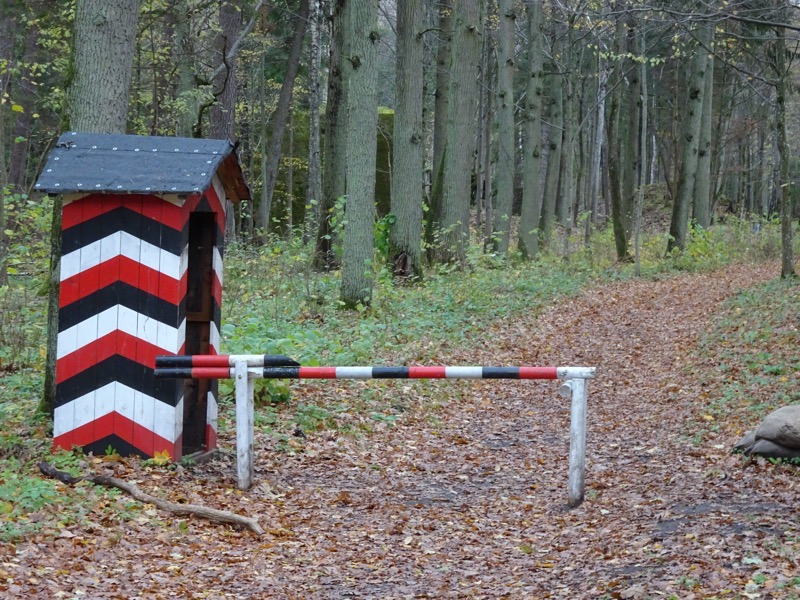 As we drove away from the Wolf’s Lair and my speed landscape photography attempted and failed to capture the forest, I couldn’t help but think that this area was once full of 54,000 landmines. Blurred and chaotic seems to work in this instance.
As we drove away from the Wolf’s Lair and my speed landscape photography attempted and failed to capture the forest, I couldn’t help but think that this area was once full of 54,000 landmines. Blurred and chaotic seems to work in this instance.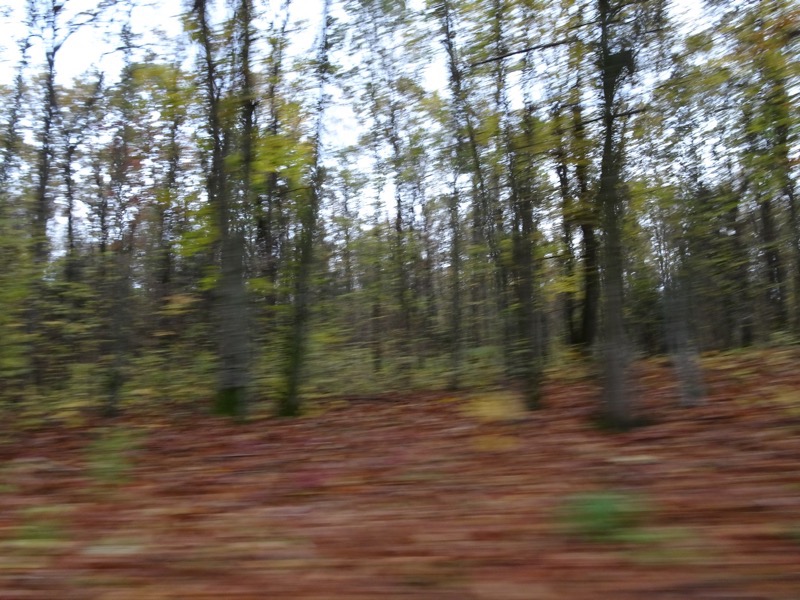 The roads became noticeable worse as we were heading through tiny little villages making out way back to the major highways on our way to Gdansk. We were hurtling along doing an average of 90kmph on some of the shittiest single lane back roads ever – I was literally holding my boobs some of the way, because I didn’t know I was going to need a sports bra to go for a drive in the countryside! Mind you, the crap conditions of the road doesn’t slow the locals down one bit – they were overtaking us at alarming breakneck speeds.
The roads became noticeable worse as we were heading through tiny little villages making out way back to the major highways on our way to Gdansk. We were hurtling along doing an average of 90kmph on some of the shittiest single lane back roads ever – I was literally holding my boobs some of the way, because I didn’t know I was going to need a sports bra to go for a drive in the countryside! Mind you, the crap conditions of the road doesn’t slow the locals down one bit – they were overtaking us at alarming breakneck speeds.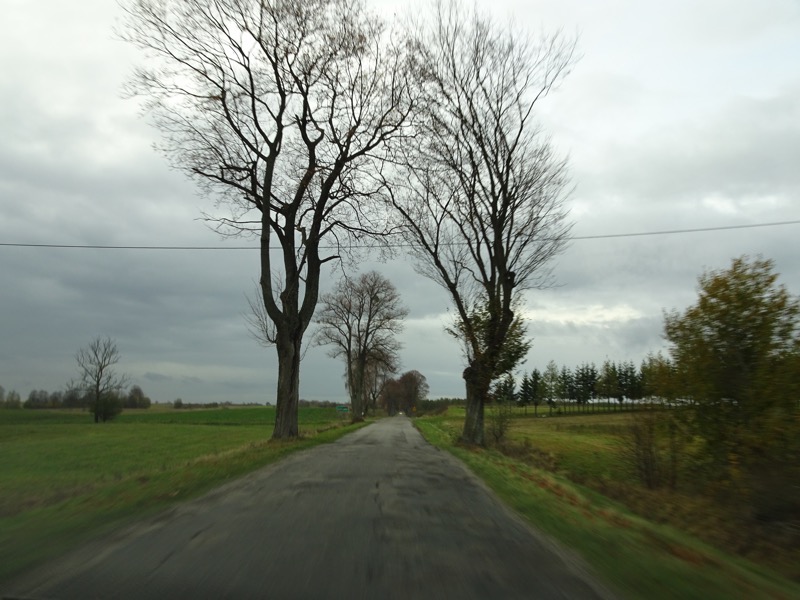 Honestly – we were doing just over 90kmph when this video was taken…
Honestly – we were doing just over 90kmph when this video was taken…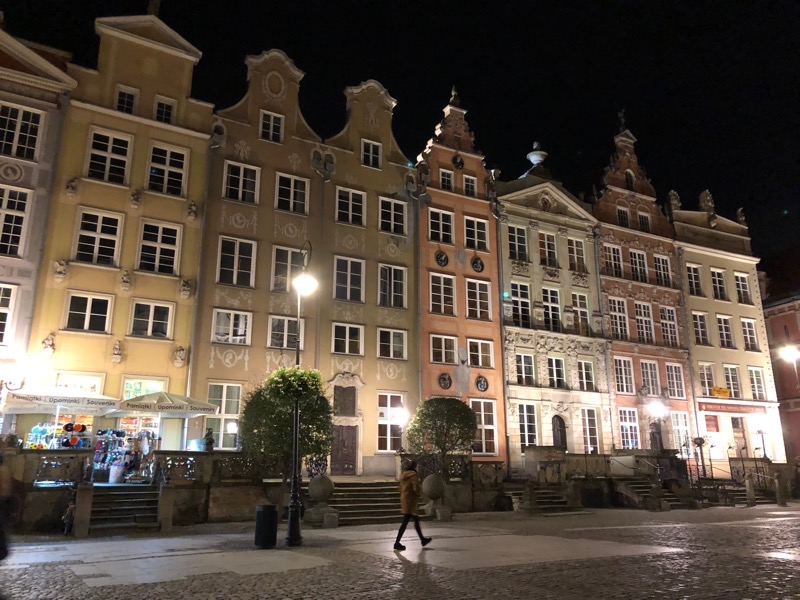 We checked in (nice hotel, actually) and then went straight back out again to find some dinner, as lunch was a dodgy service station hotdog many hours and several hundred kilometres ago. We wandered the Long Market and ended up at a restaurant called the ‘Latający Holender’ where we were met with some of the best food, but worst customer service in Poland… which is saying something really because between here, Krakow, and Warsaw, I don’t think we have met any hospitality or retail staff who were in any way welcoming, hospitable or even a little bit friendly. It’s kinda to be expected I guess – end of the tourist season, god knows I’d be over the bloody tourists too… but take heed waitpeople – winter is coming, and then we will see who is missing the tourists, their foreign currencies and their tipping habits!
We checked in (nice hotel, actually) and then went straight back out again to find some dinner, as lunch was a dodgy service station hotdog many hours and several hundred kilometres ago. We wandered the Long Market and ended up at a restaurant called the ‘Latający Holender’ where we were met with some of the best food, but worst customer service in Poland… which is saying something really because between here, Krakow, and Warsaw, I don’t think we have met any hospitality or retail staff who were in any way welcoming, hospitable or even a little bit friendly. It’s kinda to be expected I guess – end of the tourist season, god knows I’d be over the bloody tourists too… but take heed waitpeople – winter is coming, and then we will see who is missing the tourists, their foreign currencies and their tipping habits!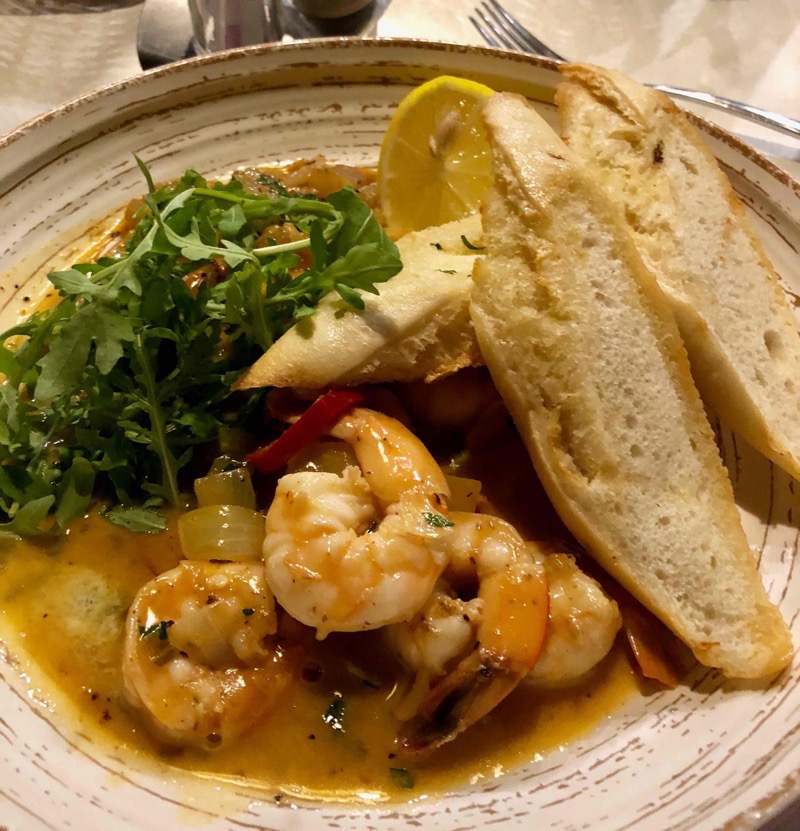 and yale ordered the Goulash soup – which was rather more watery and somewhat oilier than he had hoped. So that one was a bit hit and miss.
and yale ordered the Goulash soup – which was rather more watery and somewhat oilier than he had hoped. So that one was a bit hit and miss.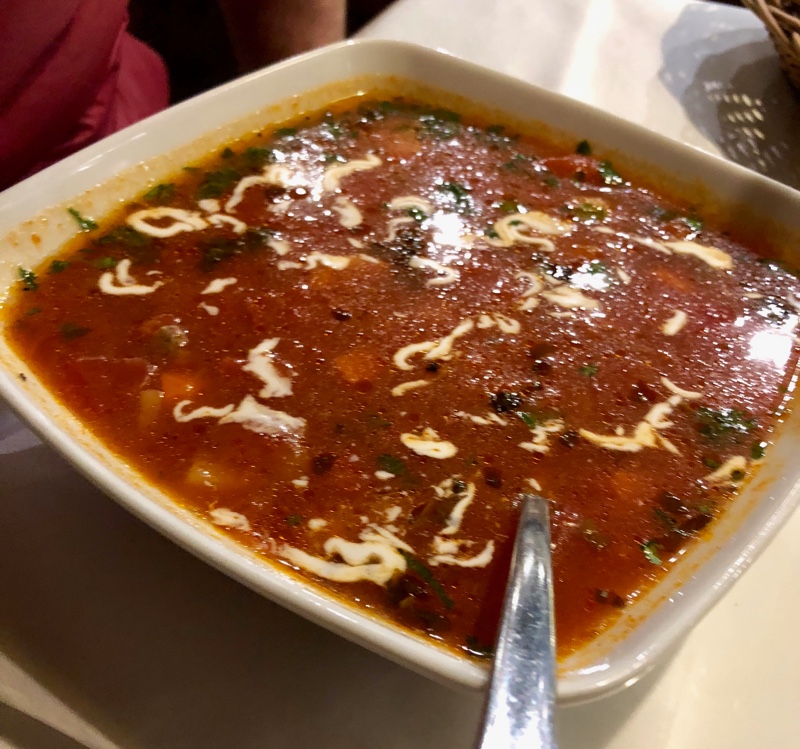 For a main, I ordered the Grilled salmon with roasted potatoes, green asparagus, butter sauce and caviar. Again, lovely though I usually prefer my salmon slightly more medium.
For a main, I ordered the Grilled salmon with roasted potatoes, green asparagus, butter sauce and caviar. Again, lovely though I usually prefer my salmon slightly more medium.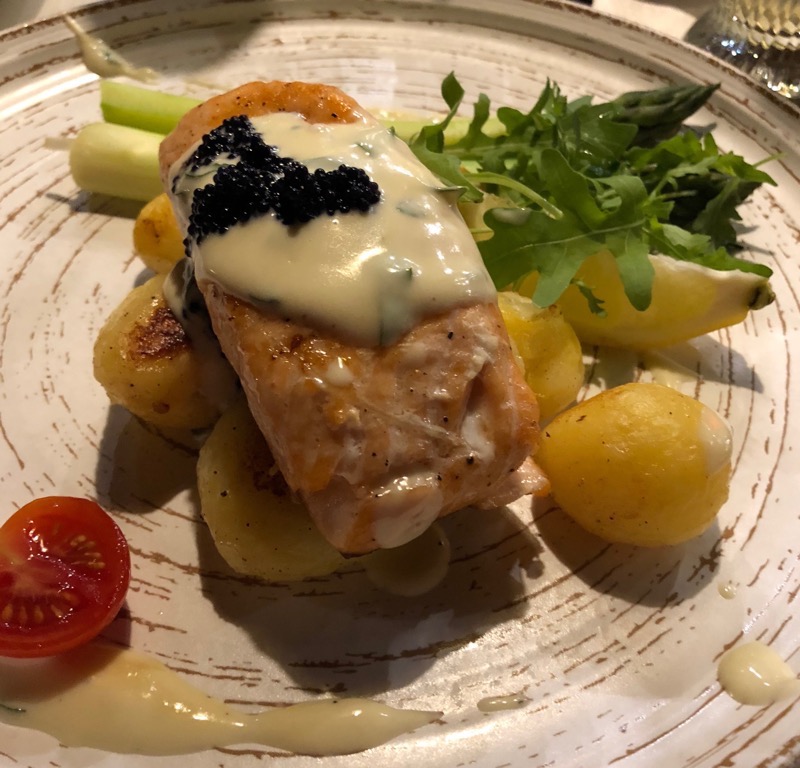 And yale seemed to commit some sort of unwritten ordering faux pas by having the audacity to order two dishes (he’s a big guy, he gets hungry), of Meat Dumplings, stuffed with beef and pork meat, smoked bacon, onion, arugula, and tomatoes. And a main dish called, Desk of Polish Sausage, comprising of a selection of Polish sausage served with bread, pickled cucumber, mustard and horseradish.
And yale seemed to commit some sort of unwritten ordering faux pas by having the audacity to order two dishes (he’s a big guy, he gets hungry), of Meat Dumplings, stuffed with beef and pork meat, smoked bacon, onion, arugula, and tomatoes. And a main dish called, Desk of Polish Sausage, comprising of a selection of Polish sausage served with bread, pickled cucumber, mustard and horseradish. Well didn’t the little man have a ‘Two dinners? How could you? Wait, how will I serve them?’ moment over that. Like I said, weird service. Great food.
Well didn’t the little man have a ‘Two dinners? How could you? Wait, how will I serve them?’ moment over that. Like I said, weird service. Great food.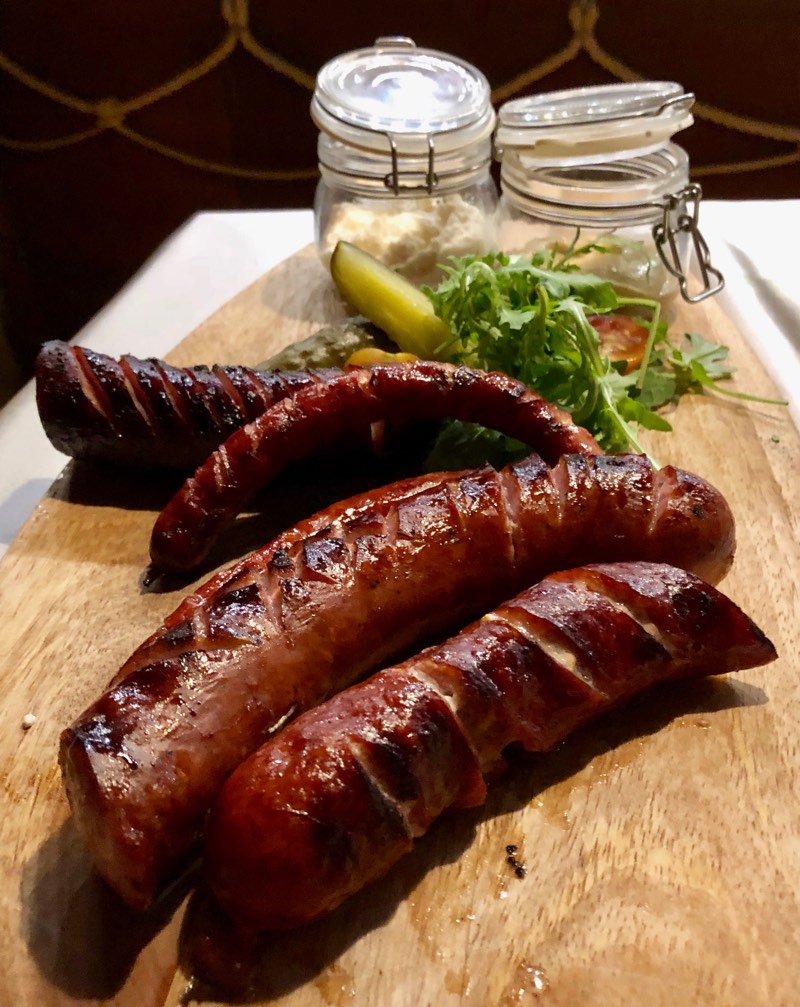 A few happy ciders later and we didn’t much care either way for the server’s attitude anyway. Dinner was nice, but I wouldn’t recommend it unless you like being treated like an inconvenience by the staff. 😛
A few happy ciders later and we didn’t much care either way for the server’s attitude anyway. Dinner was nice, but I wouldn’t recommend it unless you like being treated like an inconvenience by the staff. 😛